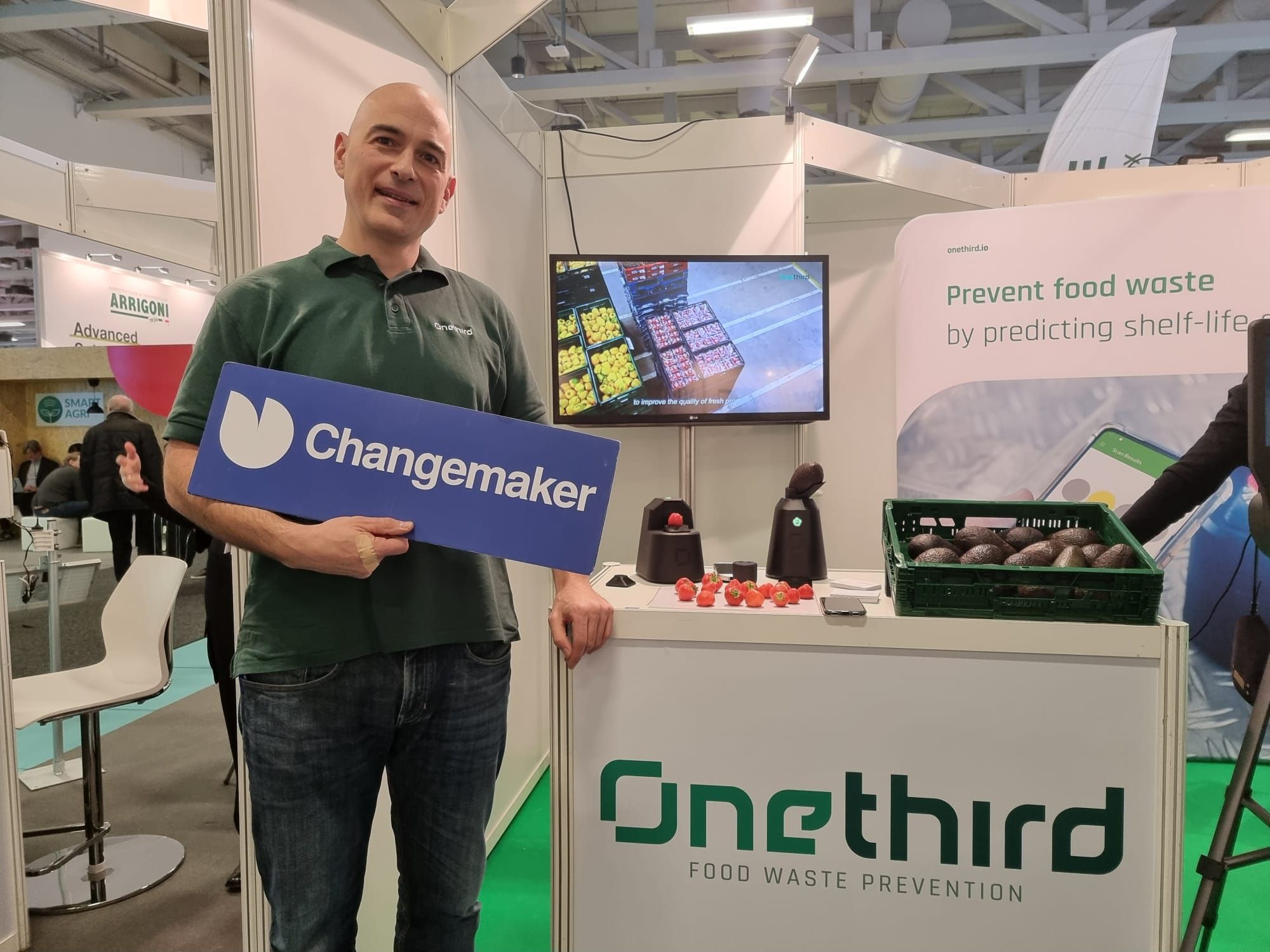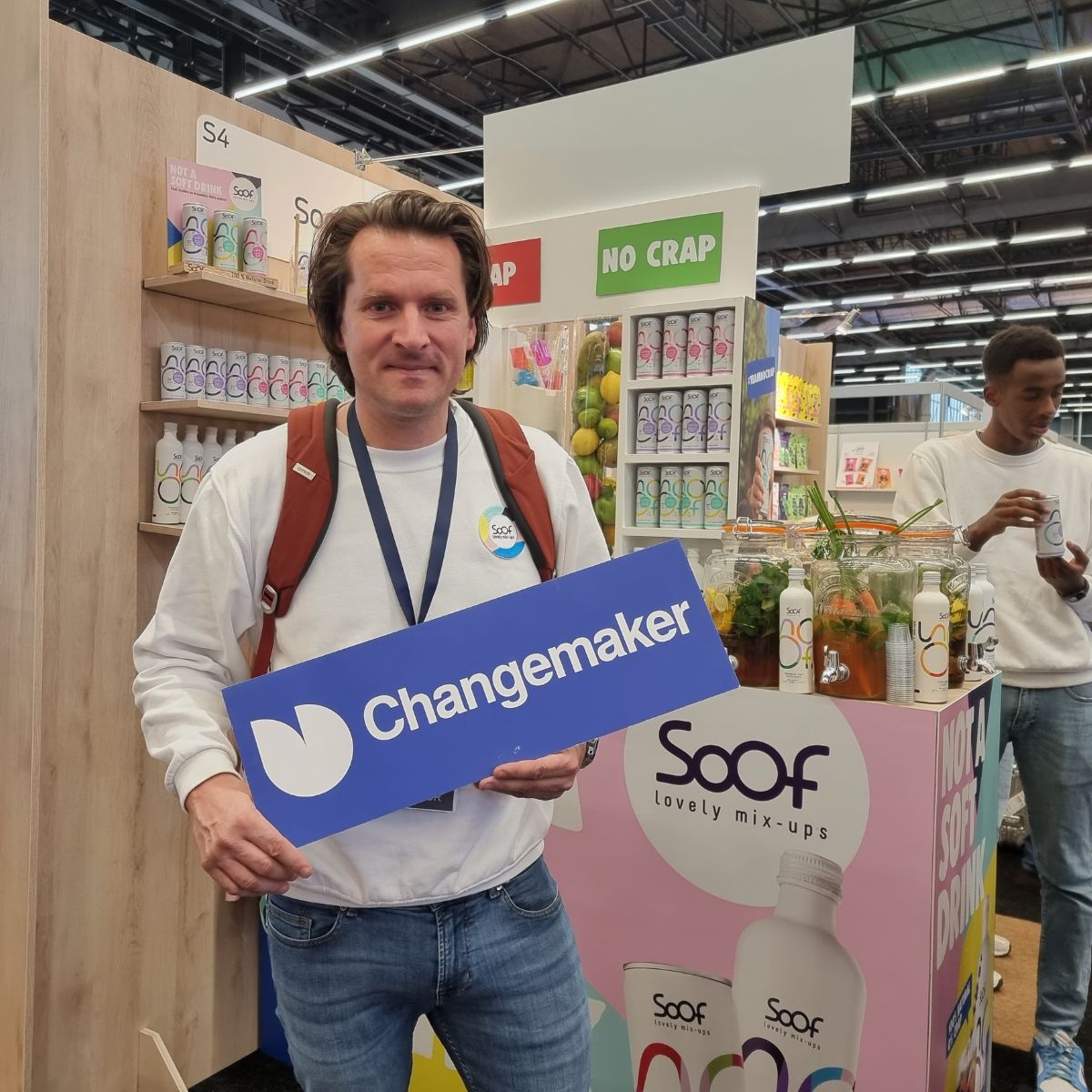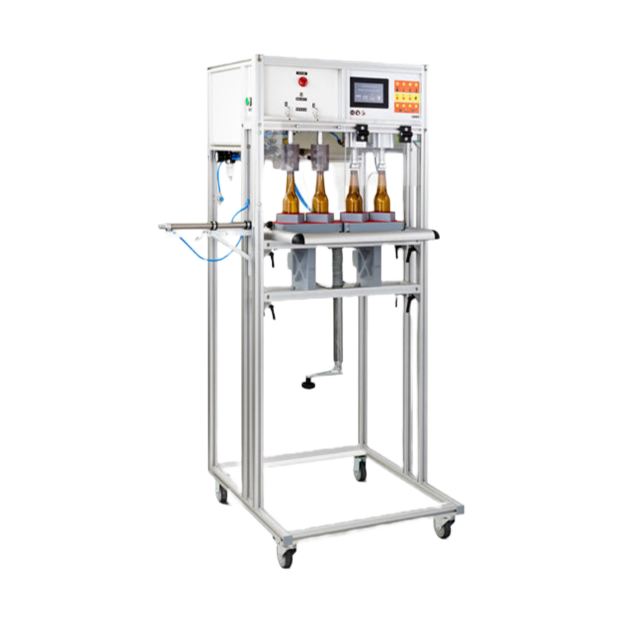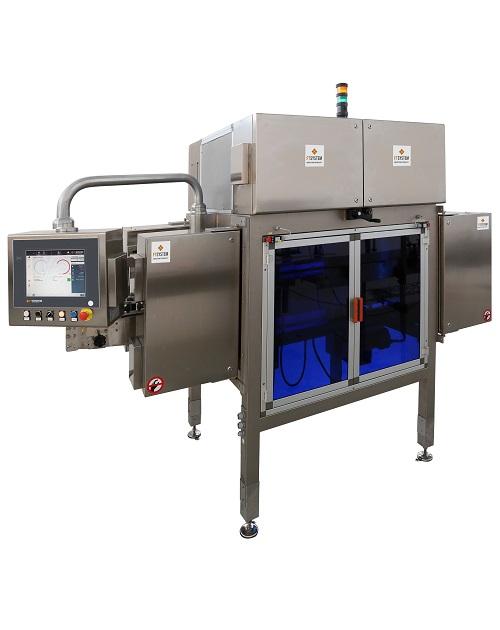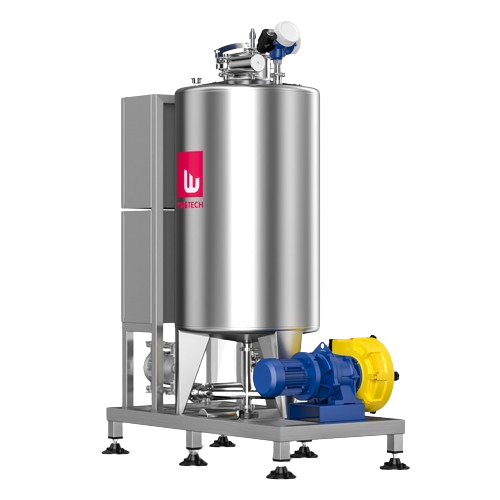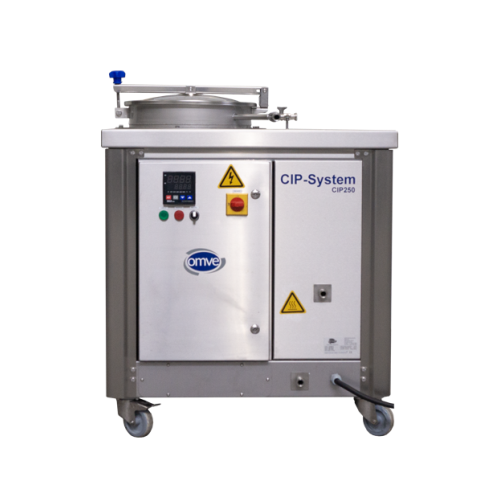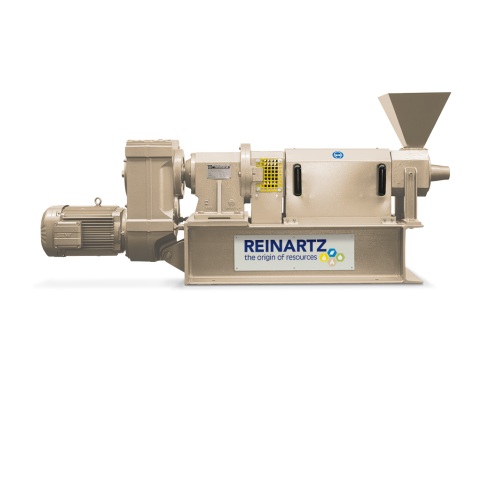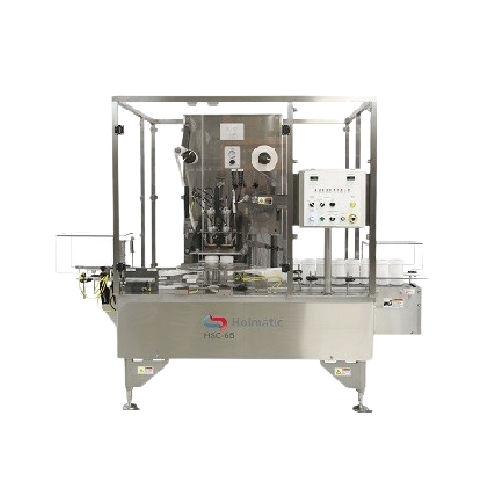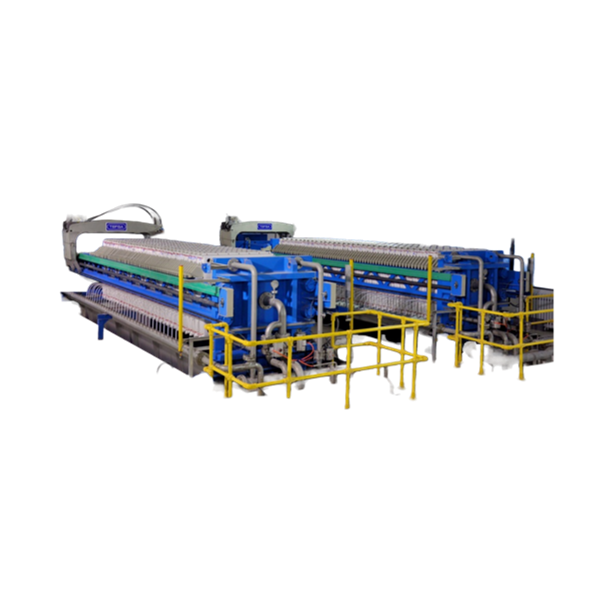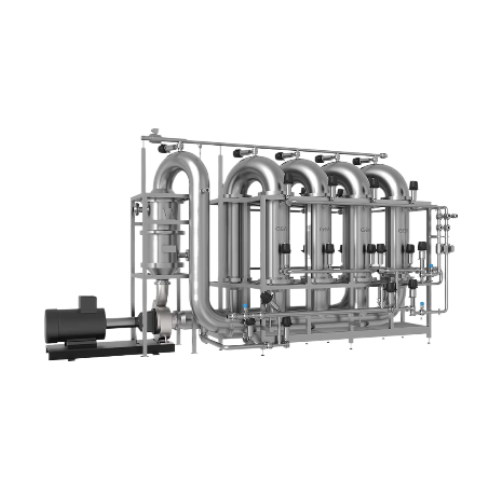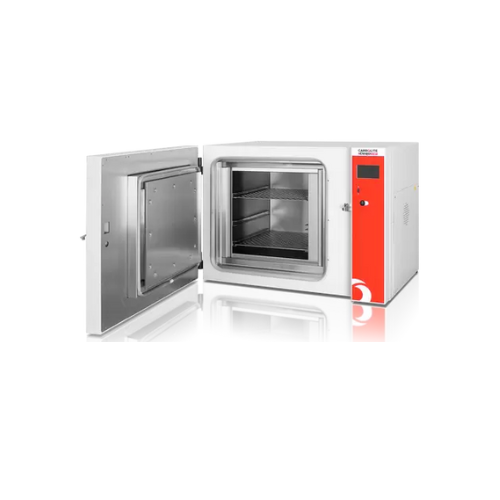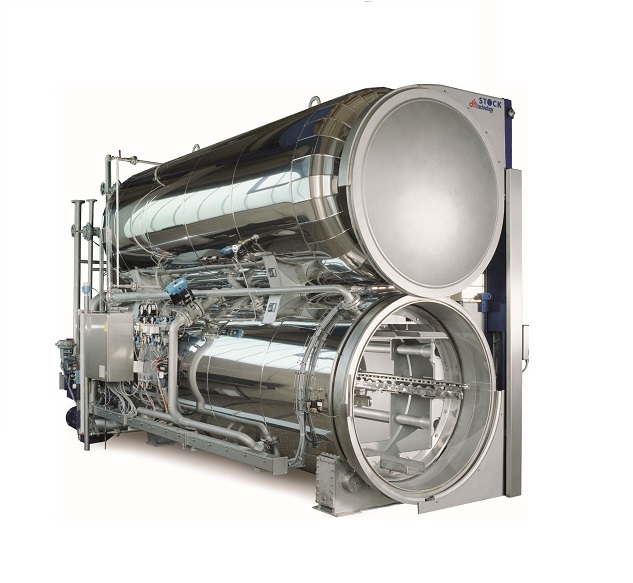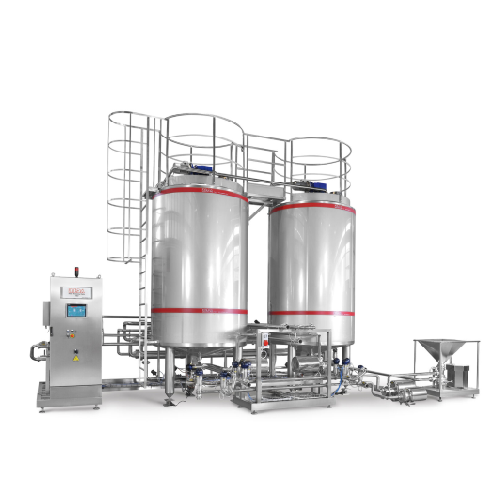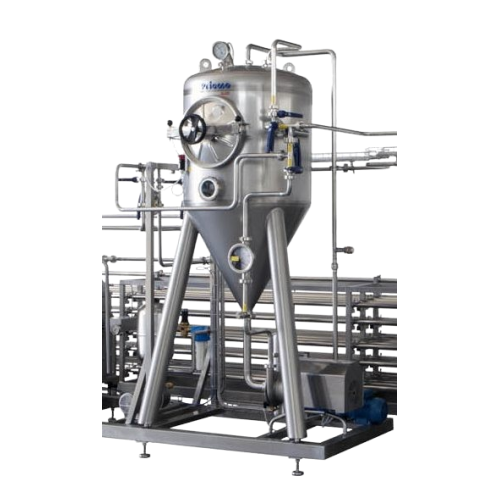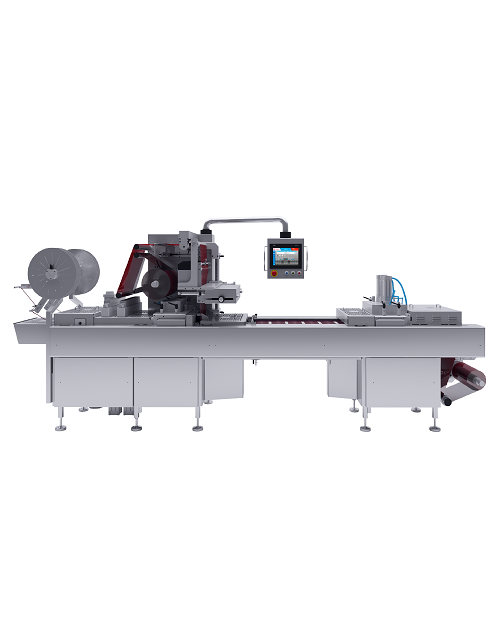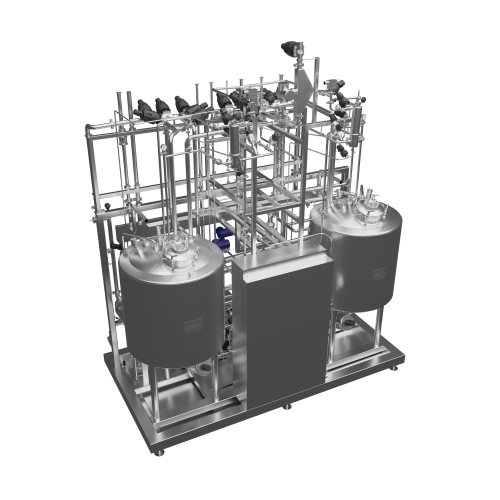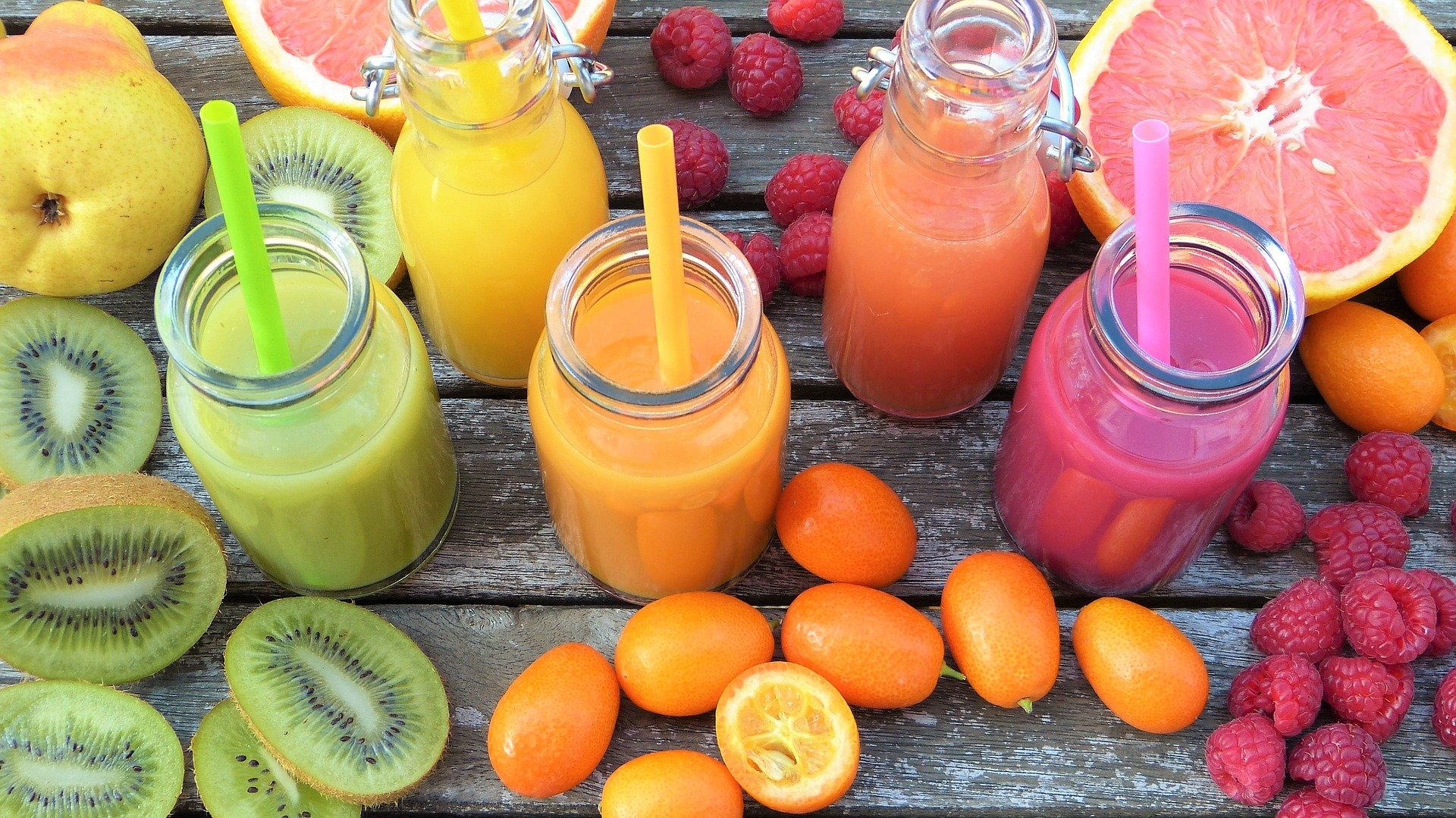
Fruit Juice Processing Equipment And Production
Find innovative production technology for making fruit juice and connect directly with world-leading specialists
Pineapples, oranges, passion fruit, you name it. A fruit juice process begins with selecting and cleaning the raw material of your choice and goes through steps like extraction and a filtration machine until it reaches market shelves in bottles. Juice processing equipment varies according to the amount of water in the fruit.
Select your fruit juice process
Tell us about your production challenge
Starting your fruit juice production process: cleaning and extraction
The first procedure is to wash the fruits. To do this, you can choose from options like a surfing washing machine, which tumbles and clean fruits with high-press water pumps; a brushing and spraying cleaning machine, in which both processes happen at the same time; or a fruit bubble washing machine, where you drown the fruits in water and soap.
After cleaning, you need to extract the juice from the fruit. Extraction highly depends on the kind of fruit you choose, and some fruits need preparation before juice extraction. Fruits with more water content usually go through a presser line, which can conduct cold, hot and freeze pressing depending on the raw material’s temperature. Dryer fruits go through solvent extraction, where you put the juice from fruits cells in a hot water extract. Extraction can also happen with centrifuge equipment. In this case, the centrifugal force from the machine separates the juice from the flesh. Another way to extract juice is to put the fruits under enzymatic treatment. This is more common in processing plants.
Filtration, clarification and mixing of fruit juices
If you are making clear juice, after clarifying it to remove pectin and other carbohydrates, you need a filtration equipment system to continue the production and remove solids. In case you are producing cloudy juice, the next steps may also be filtration or centrifugation, so insoluble particles can be left out. Concentrated juices go through evaporation to remove water; they need to be reconstituted afterward to regain the flavors lost in the process.
Fruit juice manufacturing methods can differ greatly depending on the type of juice you are making. And also, the type of machine that is being used. Whether it is for reconstitution of fruit concentrate or to mix other ingredients and reach a homogenized texture, juice mixing tanks can help reach an even mixture with the right dose of ingredients.
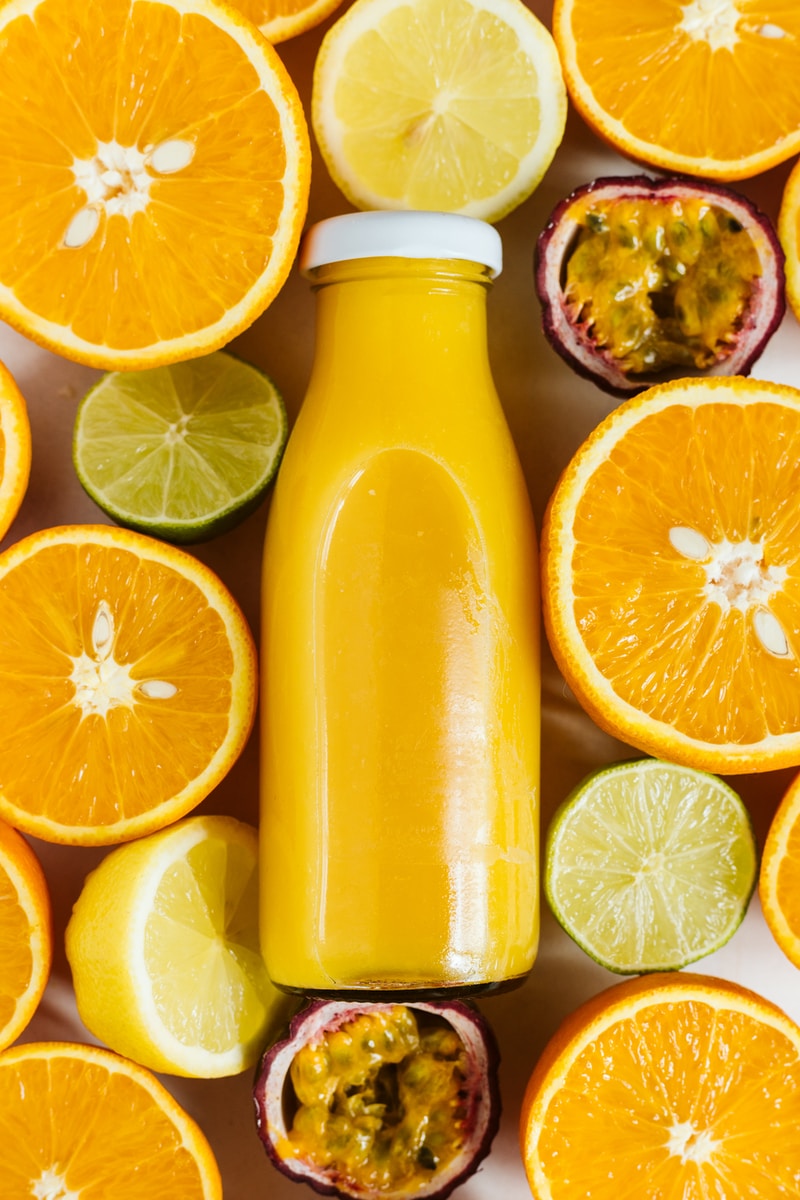
Finishing fruit juice production: pasteurization, bottling and packing
After mixing, but before filling the bottles, you need to pasteurize your fruit juice. This kills microorganisms and deactivates enzymes that can make your juice more turbid than you want it to be. Pasteurization also provides more safety for fruit juice consumption and extends its expiration date. It can also improve the quality of the end product.
A filling system machine will bottle and cap your fruit juice. Using equipment like this requires low human control. You can regulate the amount of liquid in the bottle and the speed of filling, to avoid wasting juice. The last steps are labeling and packing your fruit juice. This is generally a separate manufacturing line in a processing plant. And will require special labeling and packing equipment.
Processing steps involved in fruit juice making
Which fruit juice technology do you need?
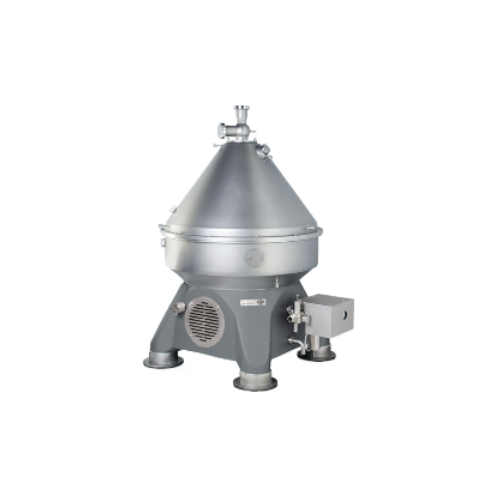
Citrus juice de-oiling separator
Achieve optimal citrus juice clarity and essential oil separation with this advanced three-...
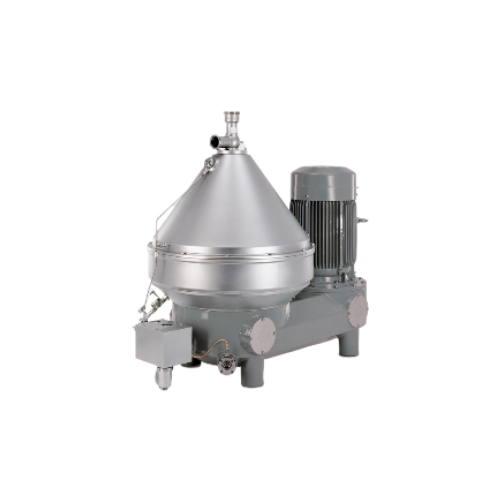
Clarifiers for biochemical separation
Achieve seamless liquid-solid separation with high-speed disk-type clarifiers, ensuri...
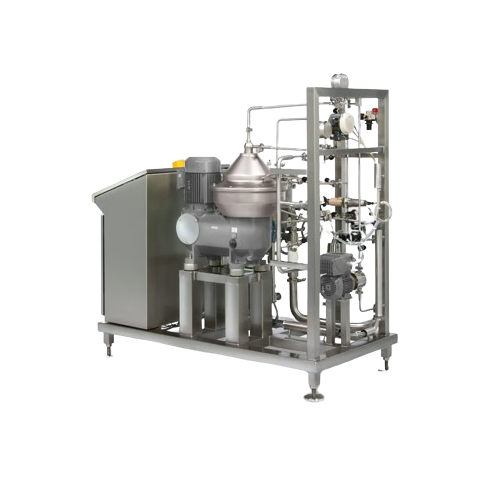
Clarifier for beverages
Enhance beverage clarity and purity with high-performance centrifugal separation, expertly designed t...
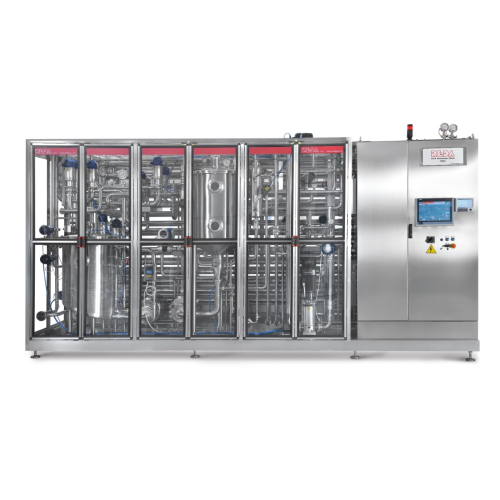
Uht sterilization for drinkable milk
Ensure long shelf-life and food safety without compromising the natural qualities of y...
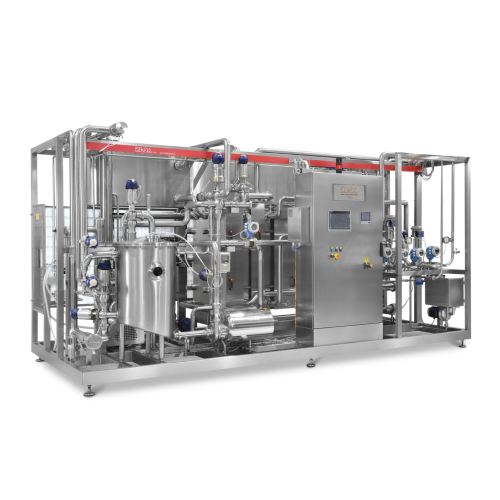
Pasteurizer for extended shelf-life (esl) milk
Extend the shelf life of milk while maintaining its taste and nutritional i...
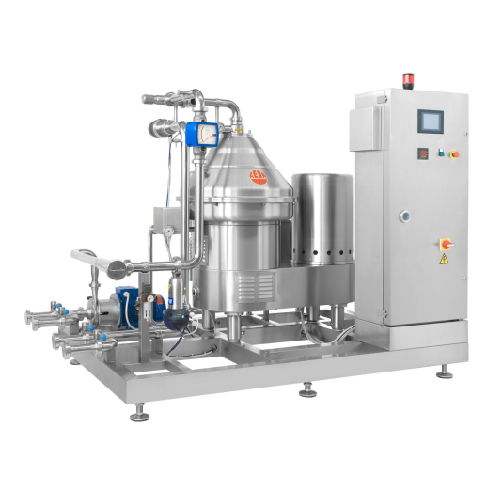
Wine clarification system
Enhance your wine production by effectively removing unwanted solids and reducing oxidation risk, ...
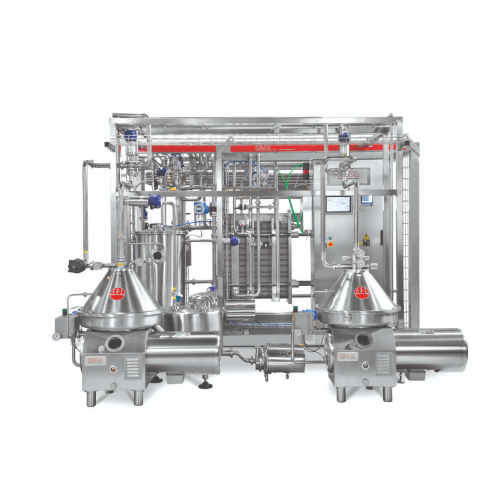
Milk pasteurizer for whey and cream
Ensure optimal product safety and quality with advanced heat exchange technology, reduc...
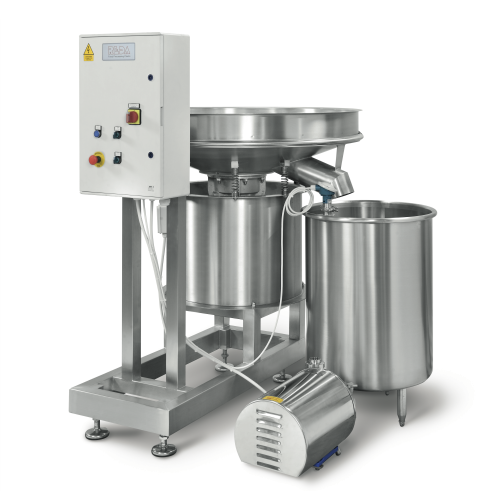
Whey processing line
Streamline whey processing by transforming byproducts into high-value proteins, catering to diverse nutr...
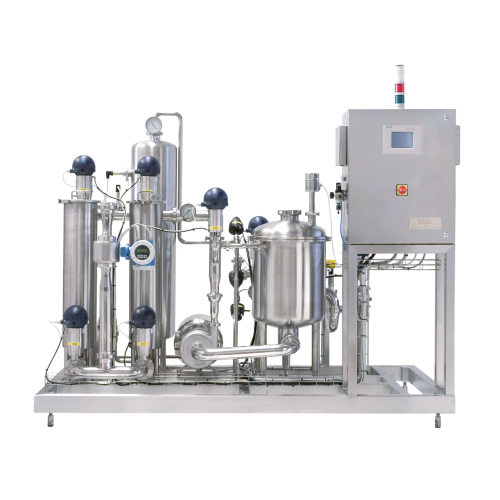
Milk collection system for bulk tankers
Optimize milk transfer and storage with a reliable system that reduces discharge ti...
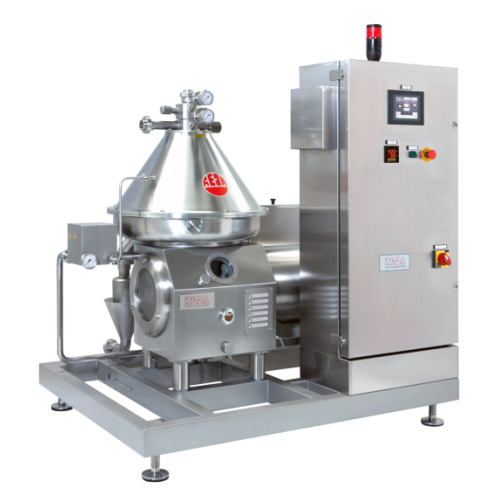
Milk skimming separators for dairy applications
Enhance dairy production with high-efficiency skimming separators that opt...
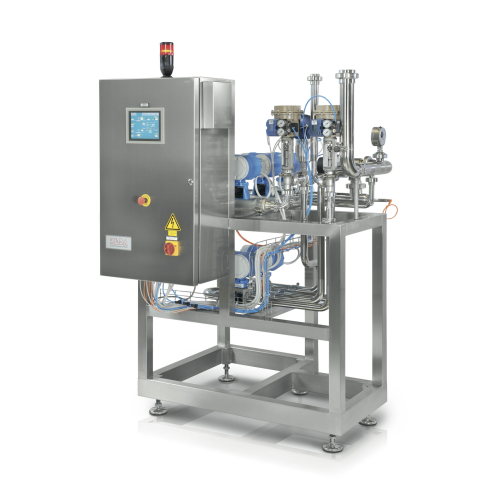
Milk standardization system
Achieve precise milk and cream fat standardization with this advanced inline system, optimizing ...
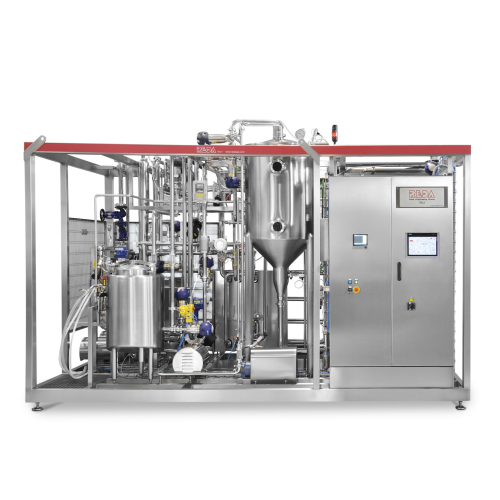
Pasteurizer for fresh milk
Ensure your dairy and beverage lines achieve optimal product safety and quality by leveraging adv...
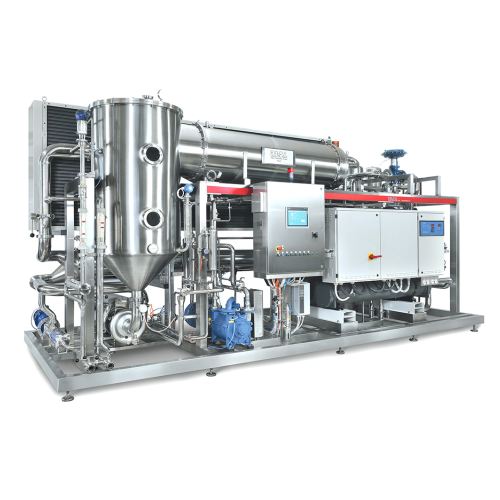
Grape must concentration solution
Optimize the alcohol content and flavor profile of your wines by efficiently concentratin...
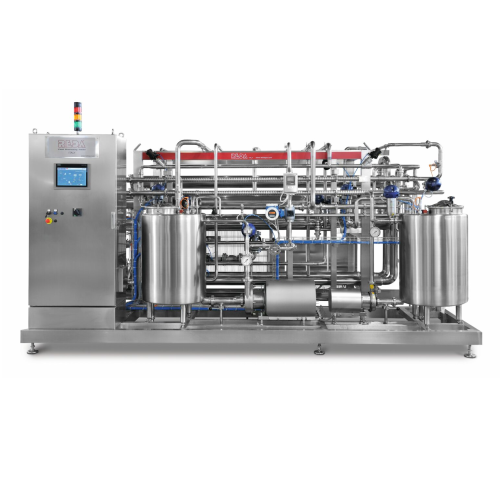
Membrane filtration for whey concentration
Enhance your liquid processing with advanced membrane filtration designed to im...
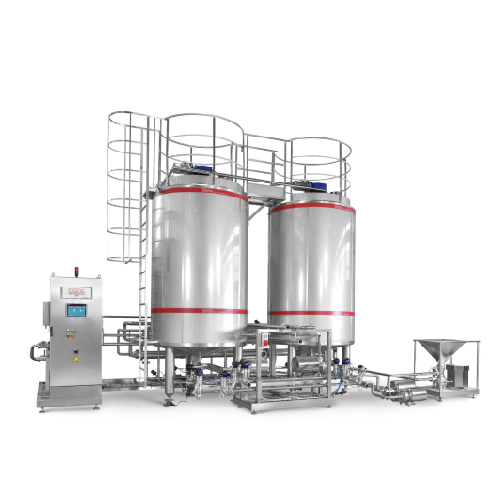
Blending and mixing unit for dairy and beverages
Achieve precise recipe control and high-quality results by seamlessly int...
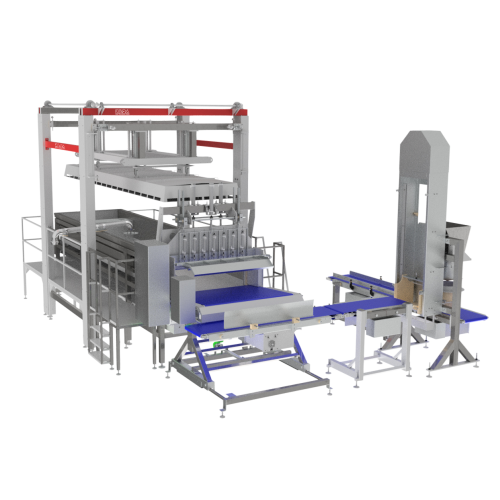
Cheese forming units for hard and semi-hard cheeses
Optimize your cheese production process with advanced moulding and pr...
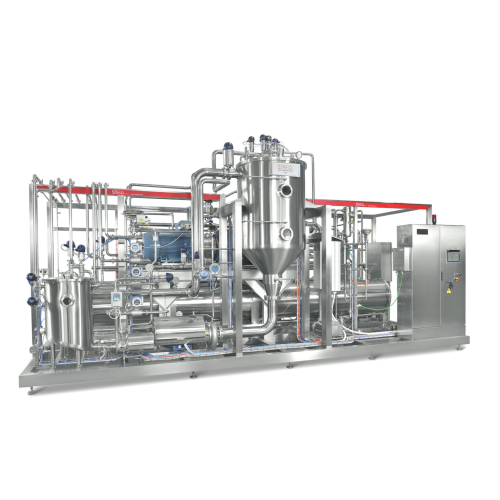
Low temperature evaporator for heat-sensitive food products
Efficiently concentrate sensitive liquid products while pres...
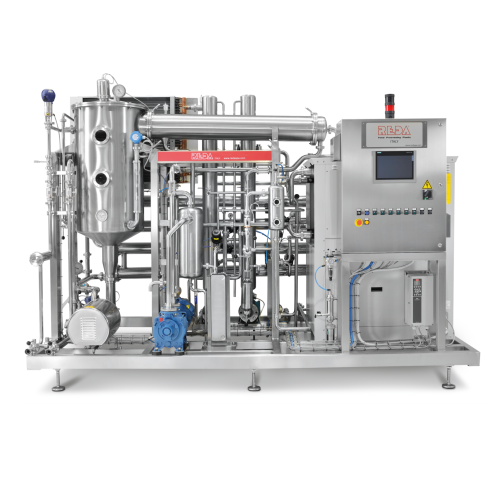
Wine dealcoholization system for low-alcohol wines
Struggling to meet market demands for low-alcohol wines? Achieve preci...
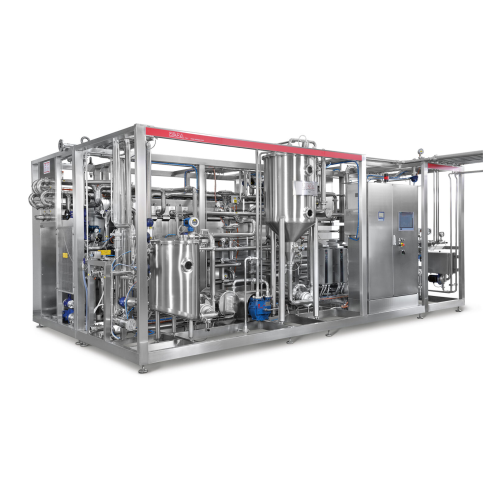
Milk evaporator for dairy industry
Optimize your liquid food production with precise control over evaporation processes, en...
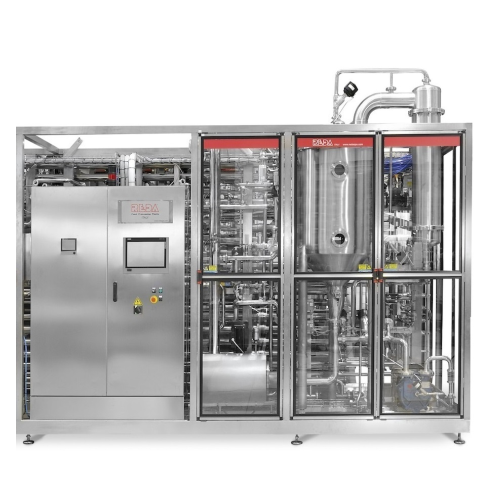
Vacuum deaeration with aroma recovery for juices
Eliminate oxygen from liquid foods to prevent oxidation while retaining v...
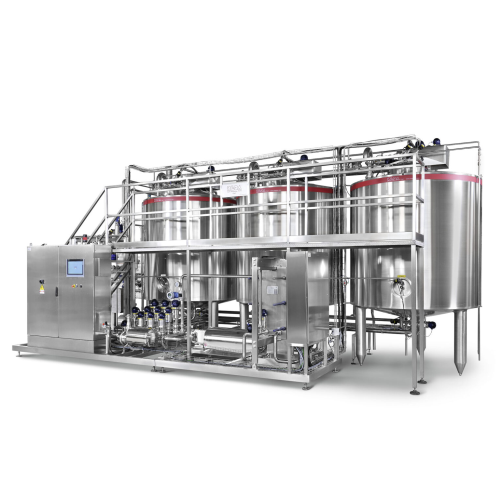
Fermentation tank for yoghurt and fermented dairy products
Optimize your dairy and plant-based drink production with eff...
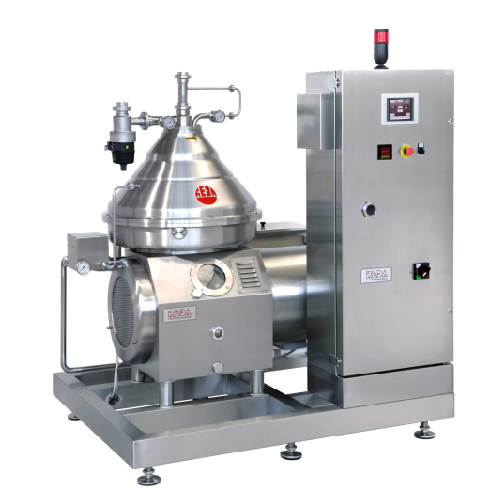
Bacteria removal separator for dairy products
Ensure top-quality dairy and plant-based products with reliable bacteria rem...
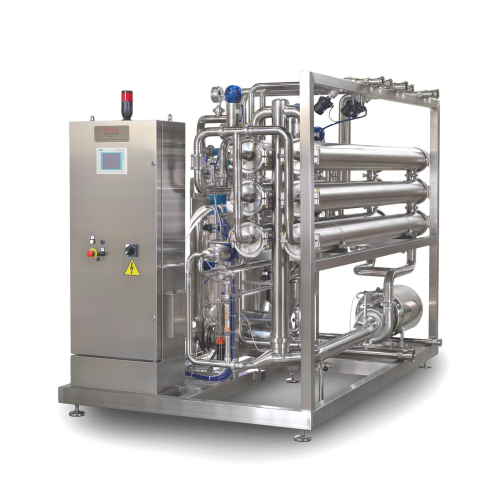
Brine purification system for reducing bacteria and molds
Ensure pristine brine quality by continuously removing bacteri...
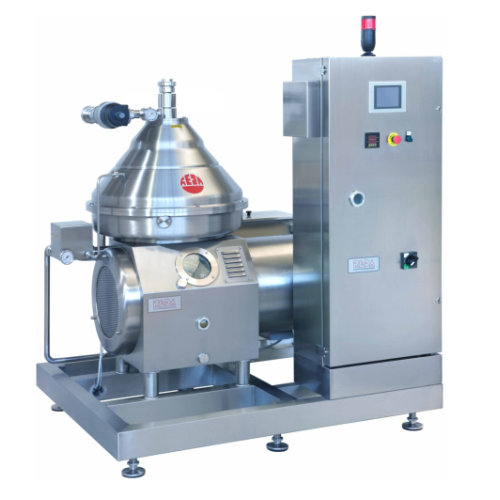
Clarifier for milk and whey
Optimize dairy and beverage production by efficiently removing fine curd residuals, ensuring hig...
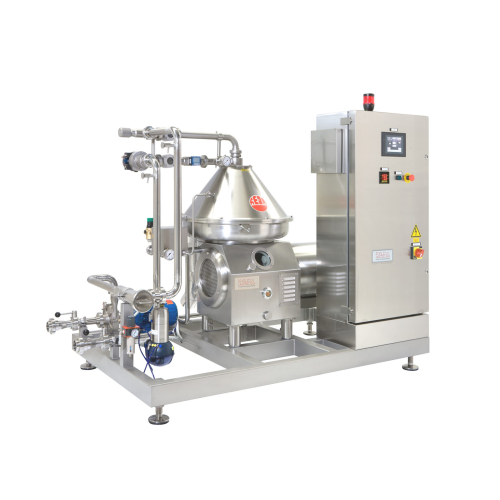
Juice clarification system
Ensure consistent beverage clarity with advanced separation technologies, enhancing production ef...
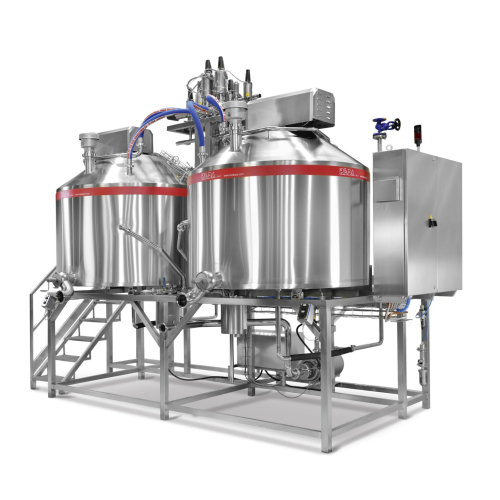
Curd making equipment for cheese production
Optimize your cheese production with versatile curd making equipment, designed...
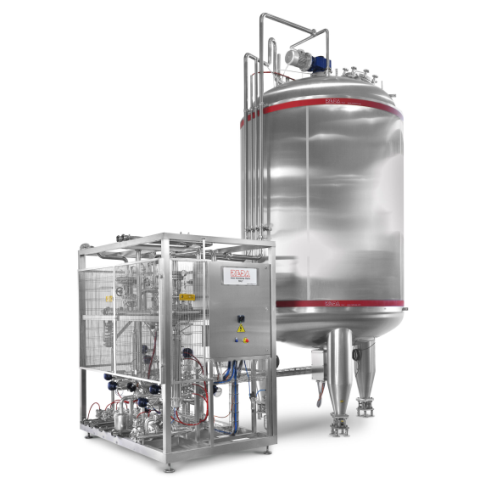
Aseptic tank for sterile liquid food storage
Ensure sterility and maximize shelf life for liquid foods by utilizing an ase...
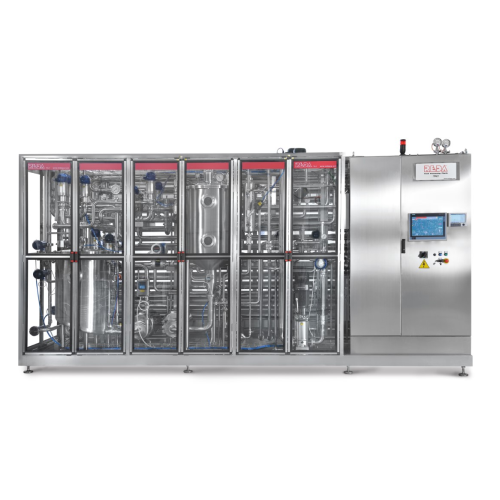
Uht sterilization for milk
Enhance your production line with advanced UHT sterilization, ensuring extended shelf-life and un...
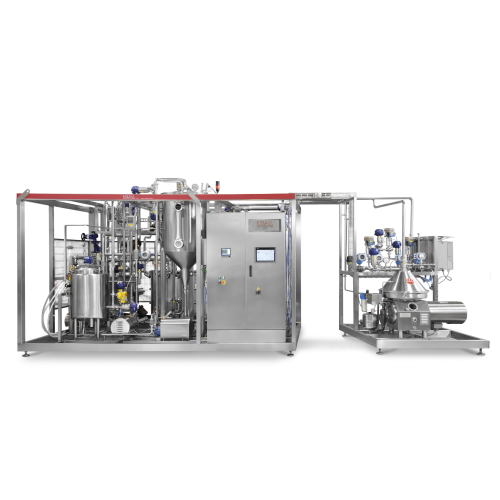
Complete milk processing lines
Optimize liquid product quality with a comprehensive processing line that integrates pasteuri...
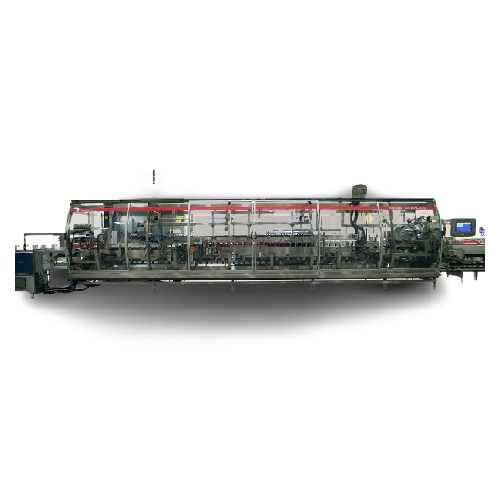
Beverage multi-pack cartoner for cans and bottles
Optimize your beverage production line with high-speed, continuous mult...
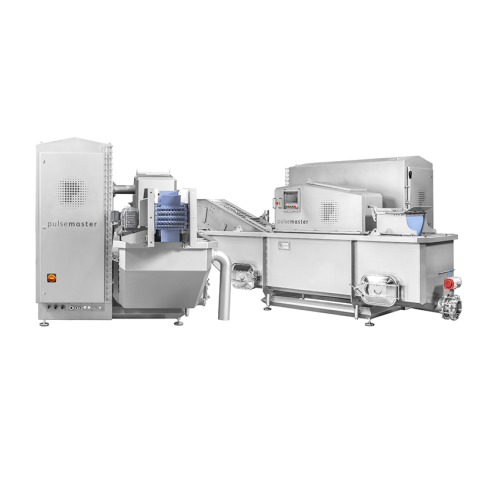
Pulsed electric field system for food preservation
Enhance your production line with technology that extends shelf life a...
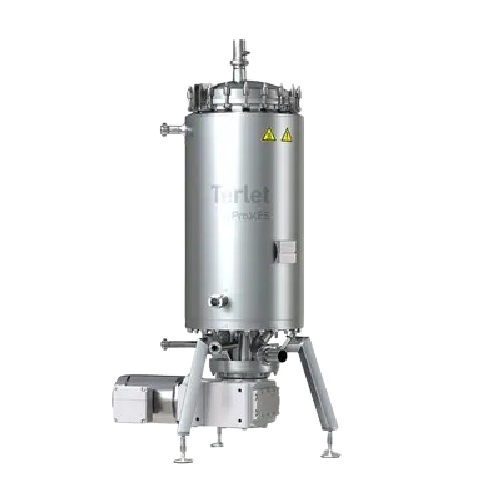
Heat exchangers for efficient heat transfer in industry
Achieve precise temperature control across diverse viscosities wi...
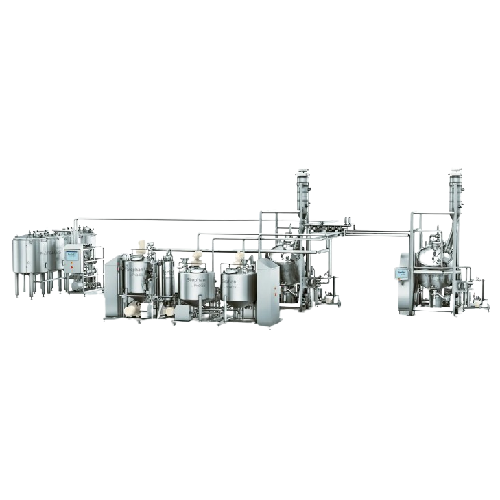
Continuous nut paste production line
Elevate your production efficiency with a versatile preparation line designed to seaml...
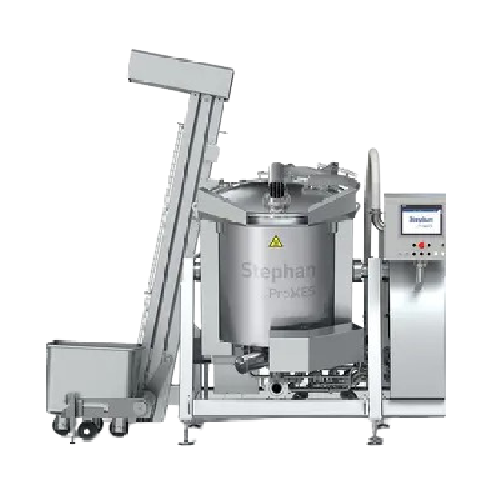
Industrial cooker for sauces and stews
When producing diverse culinary delights such as sauces and stews, achieving even he...
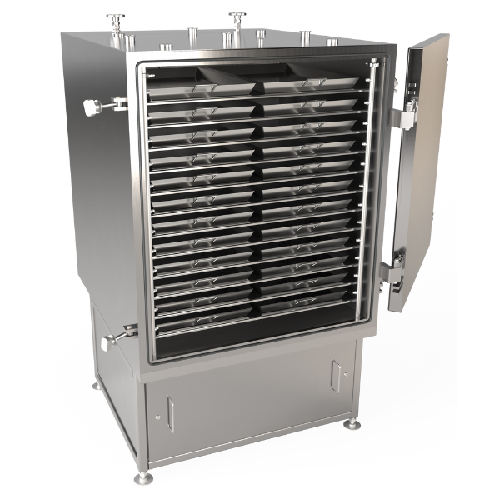
Continuous heat exchanger for soups and sauces
Optimize your soup and sauce production with a continuous heat exchanger th...
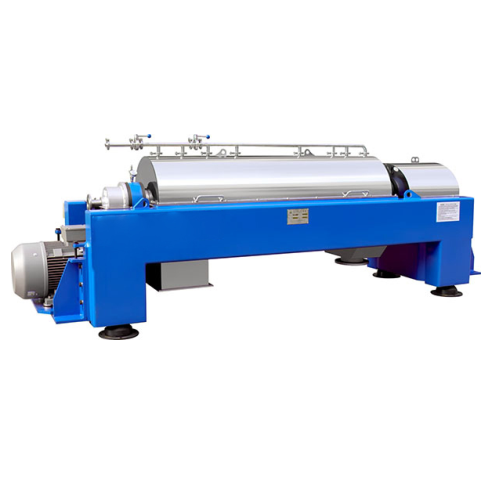
High-performance decanter centrifuge for dewatering
Achieve efficient and reliable dewatering by integrating a decanter c...
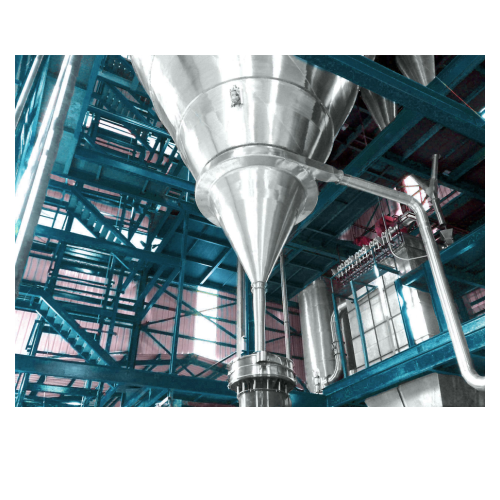
Milk powder processing plant
Achieve precise powder formulations with our state-of-the-art milk powder processing plant, ide...

Multistage mixer for emulsions and dispersions
Enhance your production with a versatile multistage mixer that ensures opti...
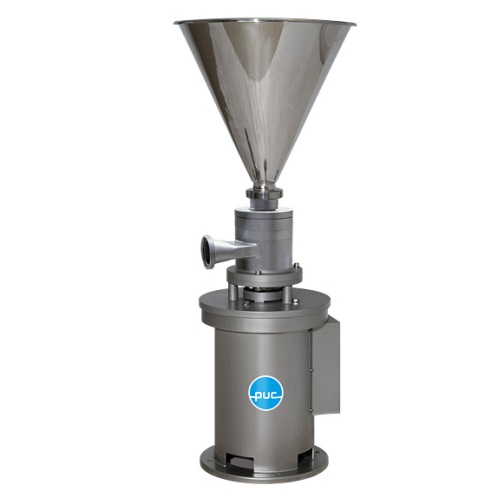
Multistage mixers for emulsions and dispersions
Experience efficient emulsification and dispersion processes with this ver...
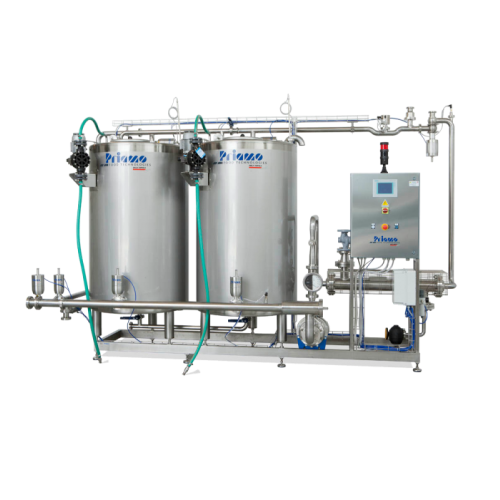
Cip systems for dairy production
Ensure consistent hygiene and sanitation levels in your production line with efficient, aut...
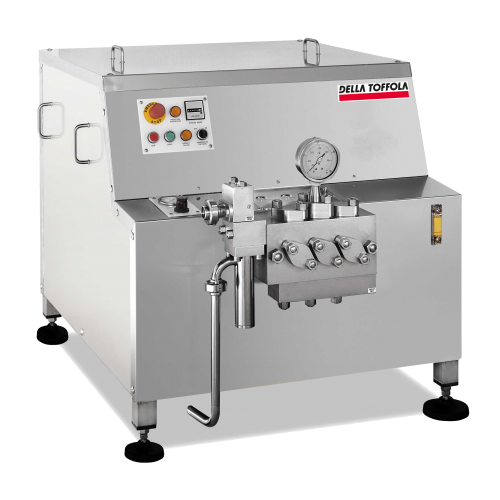
Industrial homogenizers for dairy products
Maximize consistency and quality in your production of milk products and bevera...
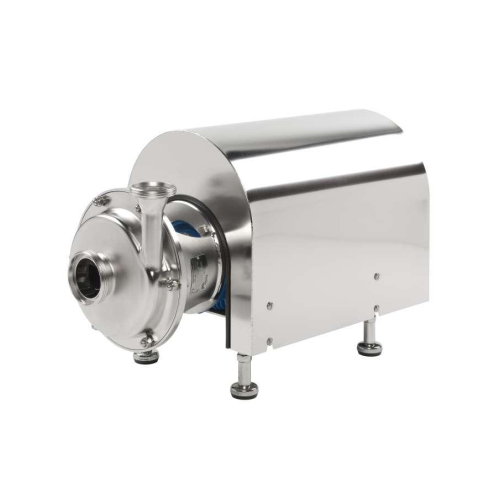
Centrifugal pumps for food & beverage and biopharmaceutical applications
Optimize your liquid transfer processes with p...
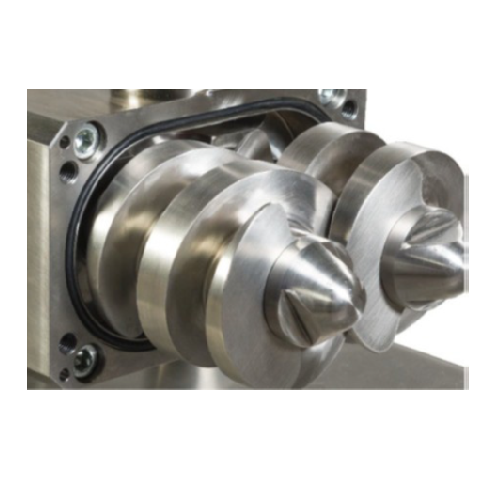
Aseptic sampling devices for biopharmaceutical applications
Secure aseptic sampling ensures your high-value biopharmaceu...
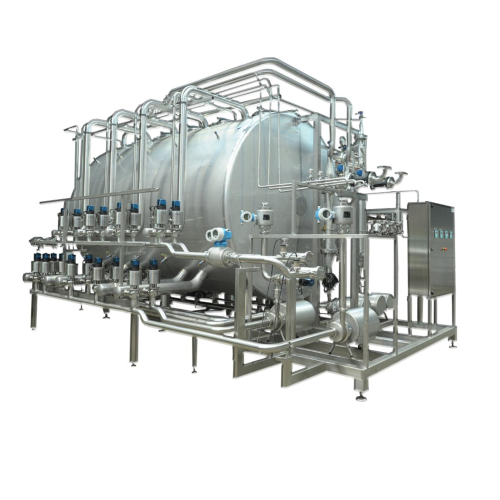
Compact cleaning in place units for food industry
Optimize your production line with a compact system designed for effici...
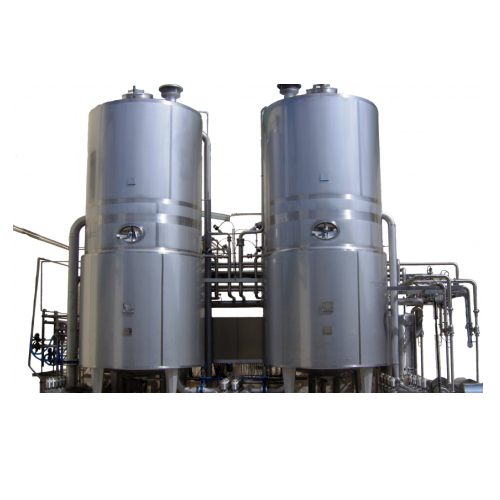
Cleaning-in-place for multiple equipment in food industry
Ensure precise hygiene and traceability with a system designed...
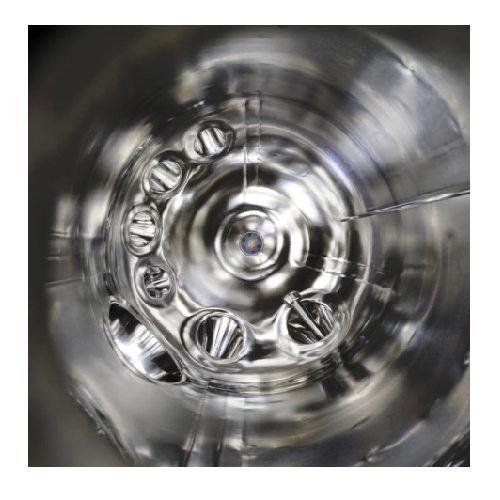
Stainless steel process vessels for biopharmaceutical applications
Ensure seamless mixing and sterilization with engine...
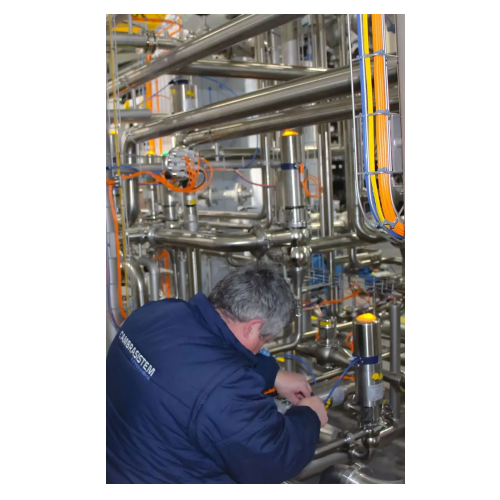
Automation for food processing
Optimize your food production with cutting-edge automation, enhancing efficiency and precisio...
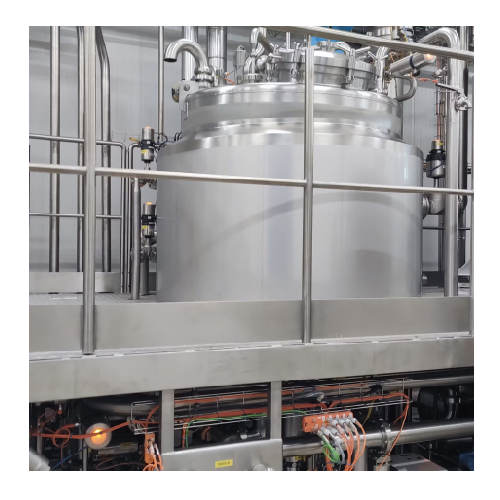
Batch processing systems for industrial applications
Optimize batch production with versatile systems that enhance energy...
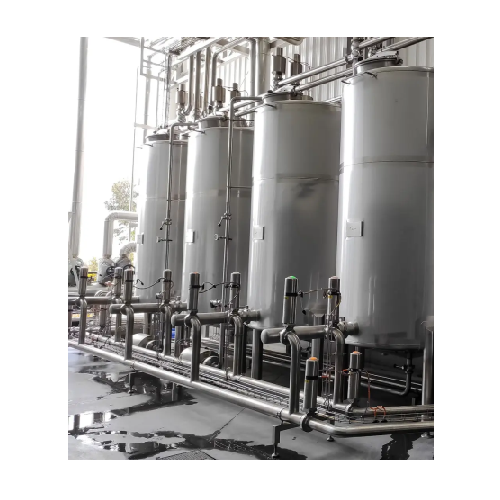
Cip cleaning systems for food and beverage industry
Optimize your cleaning operations with seamless Clean-in-Place and St...
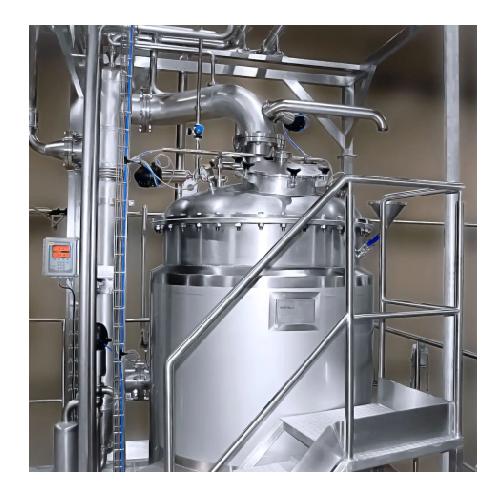
Inline processing system for food and beverage production
Optimize your production line with a versatile inline processi...
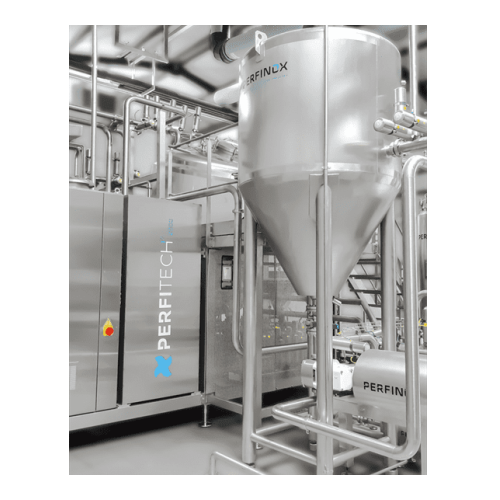
Industrial premixing system for batch and inline processing
Streamline your production with advanced premixing systems d...
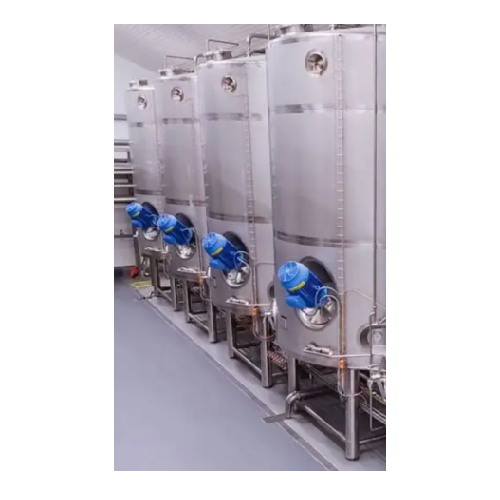
Turnkey food and beverage processing solutions
Optimize your production line with integrated processing systems designed t...
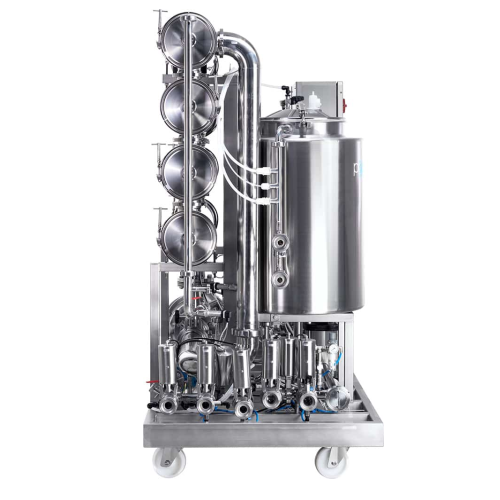
Tangential filtration system for wine production
Achieve precise filtration, purification, and concentration of compounds ...
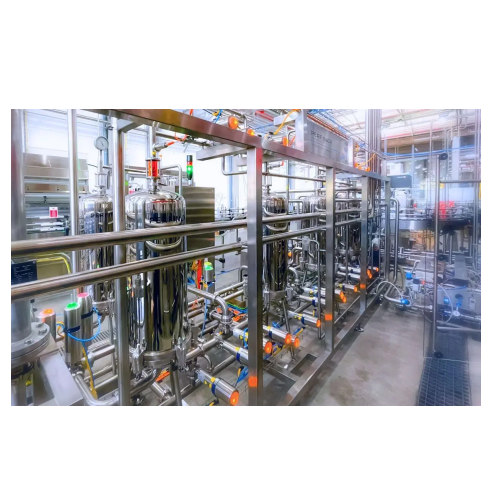
Automatic filtration system for beverage industry
Enhance your beverage production with a multi-stage filtration system t...
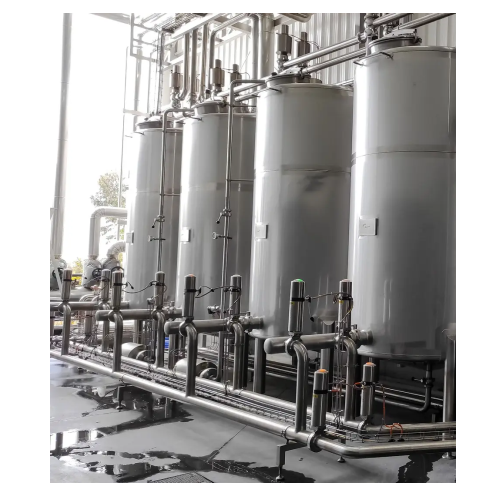
Clean-in-place system for industrial cleaning needs
Optimize your production efficiency with a system that seamlessly int...
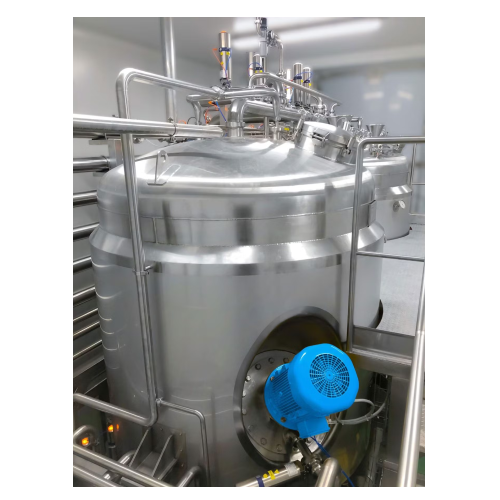
Industrial cooling vessel for ready meal components
Enhance your production with precise cooling and gentle handling of t...
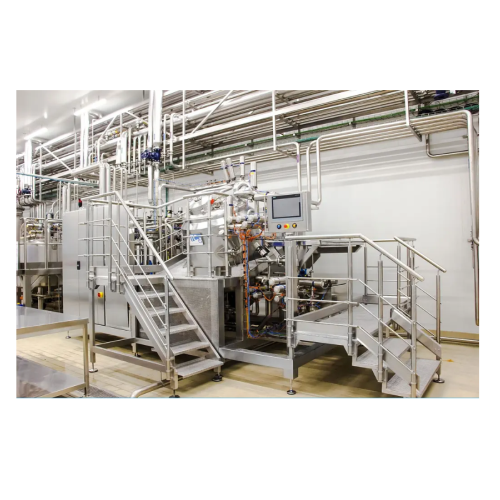
Mayonnaise production system
Ensure precise emulsification for low to full-fat mayonnaise and similar cold emulsions with a ...
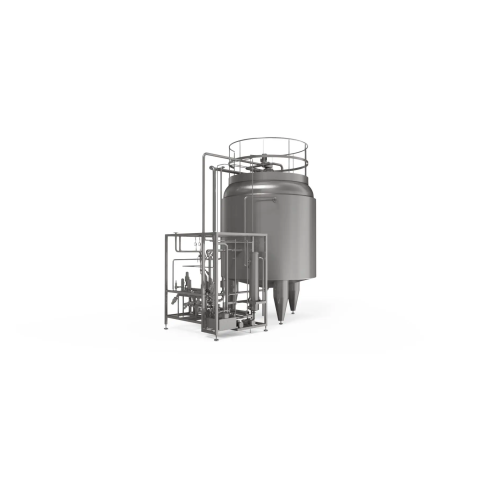
Aseptic storage tanks for high efficiency applications
Ensure consistent aseptic storage and efficient handling of variou...
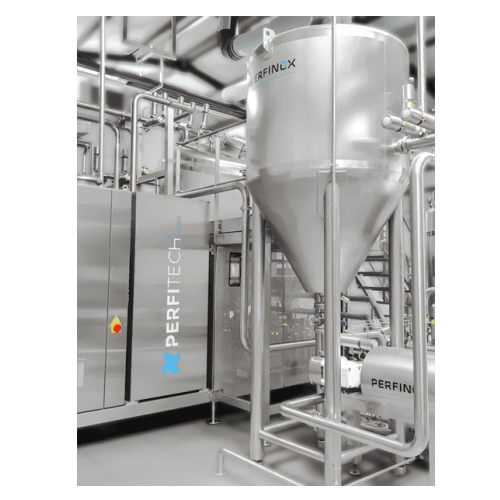
Compact production unit for liquid food products with varied viscosities
Streamline your batch production with this ver...
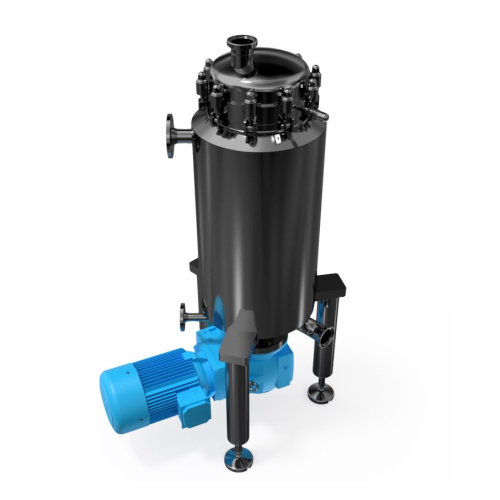
Scraped surface heat exchanger for food processing
Efficiently handle temperature-sensitive food products with a compact ...
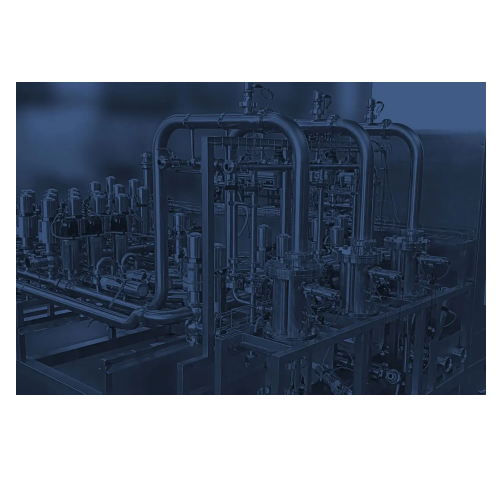
Pig systems for product recovery in food and beverage industry
Maximize yield and minimize waste with advanced PIG syste...
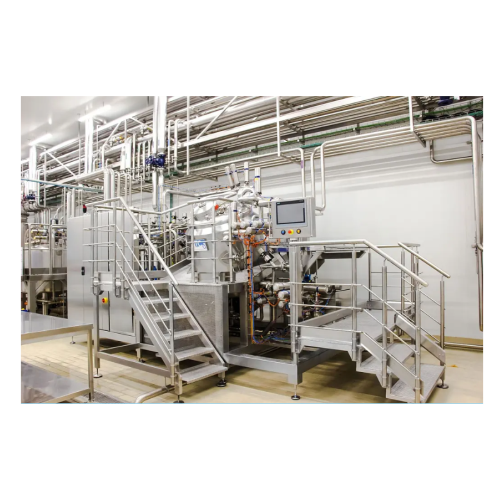
Hygienic fluid storage tanks for food industry
Ensure impeccable hygiene in fluid storage with our customizable tanks, des...
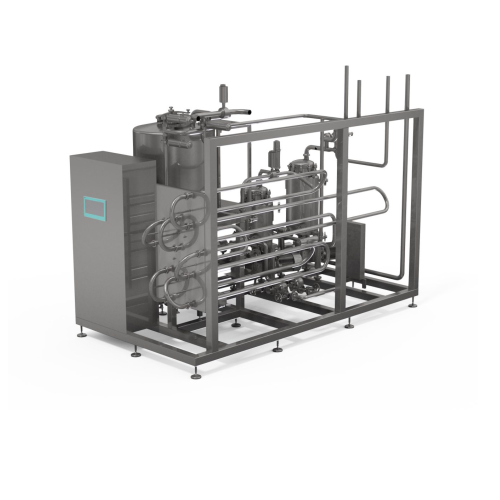
Aseptic thermal processor for high viscosity products
Optimize your processing of high viscosity products with precise te...
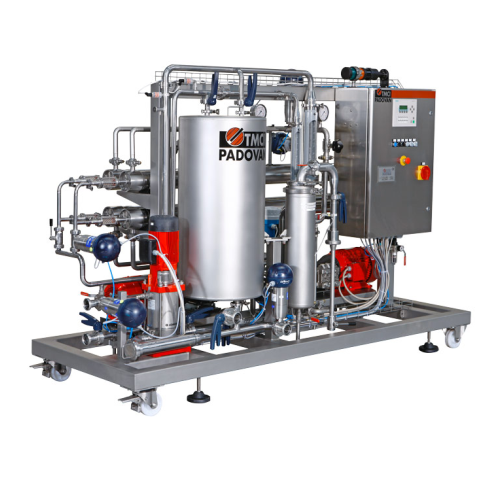
Nanofiltration and reverse osmosis for wine processing
Streamline your beverage production by effectively concentrating l...
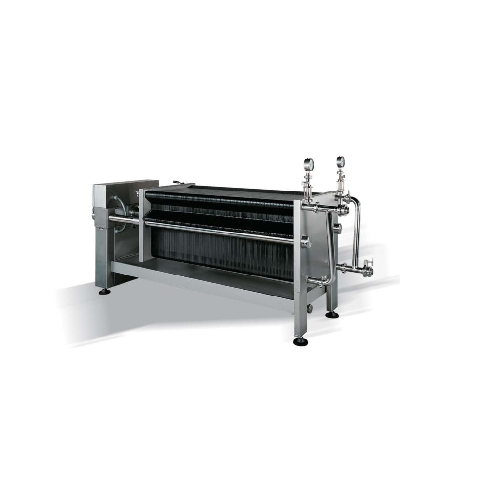
Plate and sheet filter for wine and vinegar
Optimize the filtration of liquids like wine and vinegar with this versatile s...
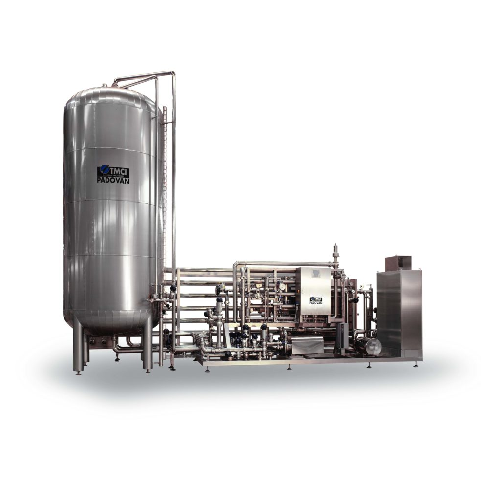
Plate flash pasteurizer for wine
Ensure optimal microbial inactivation while maintaining product quality with high-efficienc...
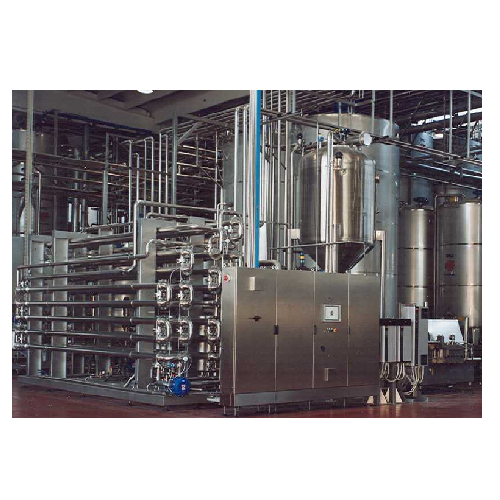
Tubular pasteurizer for wine, grape juice, and dairy
Ensure product integrity by efficiently inactivating microorganisms ...
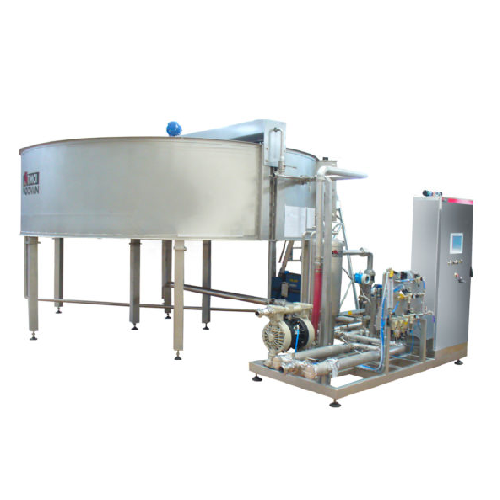
Continuous flotation unit for grape juice
Efficiently separate solids from liquids in grape and fruit juice production, ac...
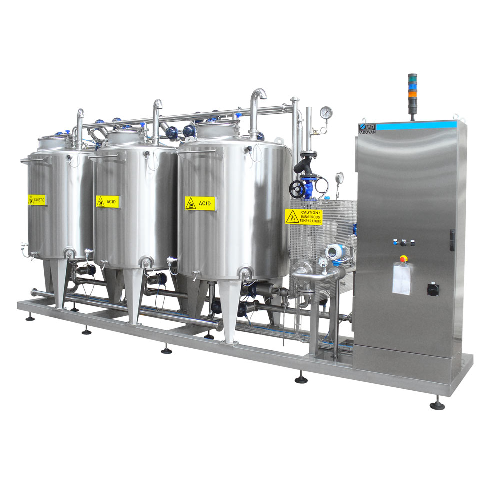
Cip system for wine, grape juice, oil, and dairy
Ensure optimal hygiene and operational efficiency in processing lines wit...
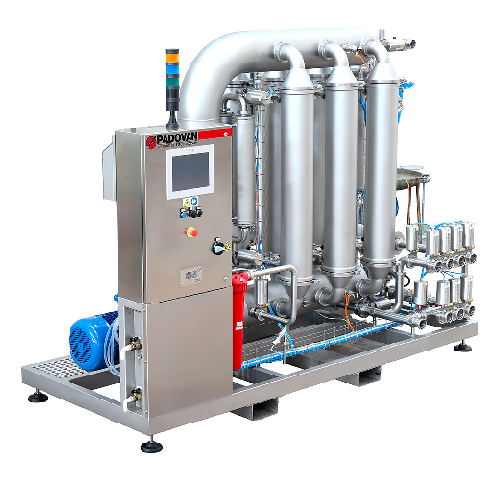
Crossflow filter for wine and grape juice
Efficiently streamline your beverage filtration process with a versatile crossfl...
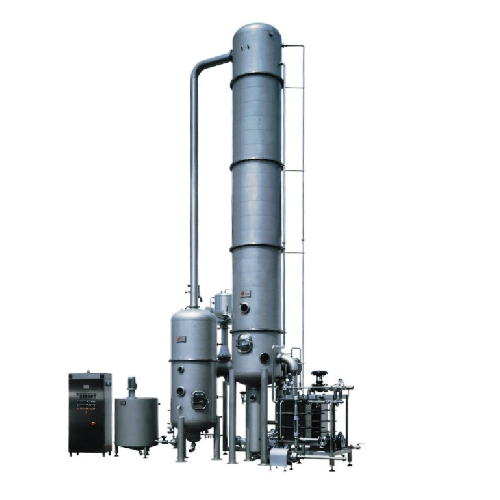
Desulphurizer for grape juice
Eliminate sulfur dioxide vapor release while preserving juice concentration, achieving purity ...
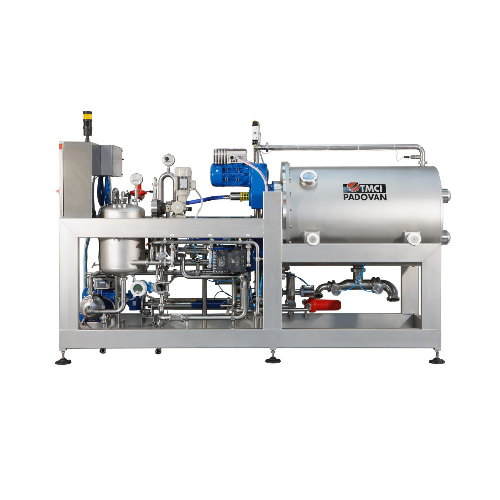
High solids crossflow filter for wine filtration
Optimize filtration efficiency while minimizing operational costs with th...
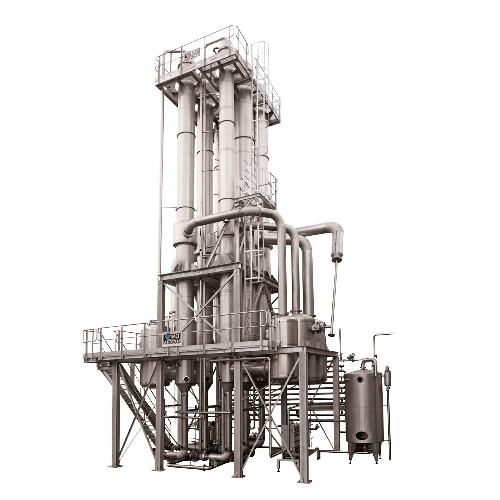
Evaporators for grape juice and dairy products
Optimize the concentration of grape juice and dairy products with precision...
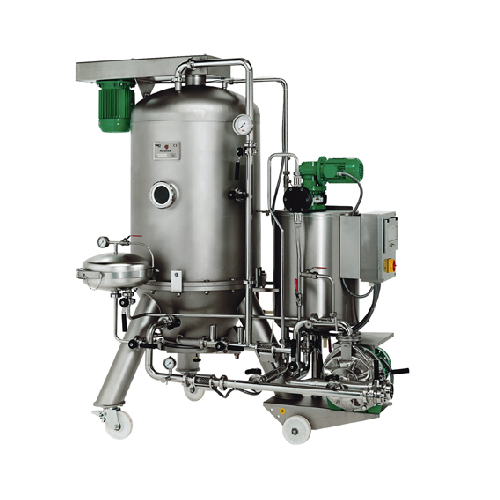
Horizontal plates d.e. filter for wine and vinegar
Optimize filtration and purification across liquids with precision, en...
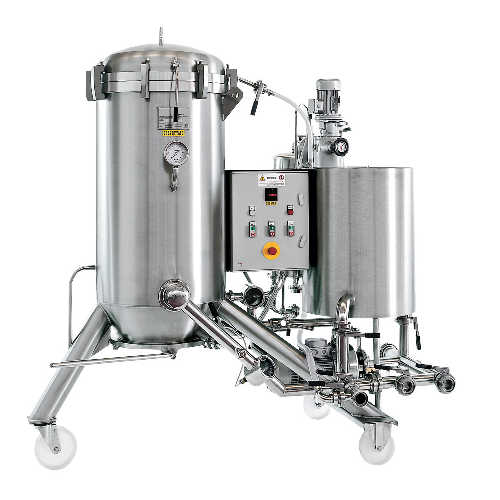
Vertical leaves pressure filter for wine and viscous liquids
Ensure optimal clarity and consistency in your liquid produ...
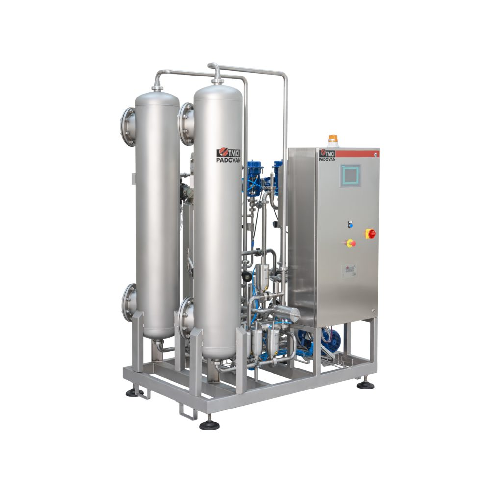
Ion exchange system for wine and grape juice stabilization
Enhance wine and grape juice quality by achieving consistent ...
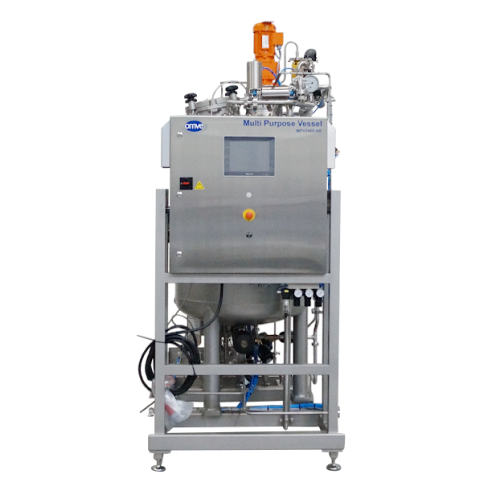
Aseptic buffer tanks for pilot scale process lines
Ensure seamless production flow and quality control in sterile environ...
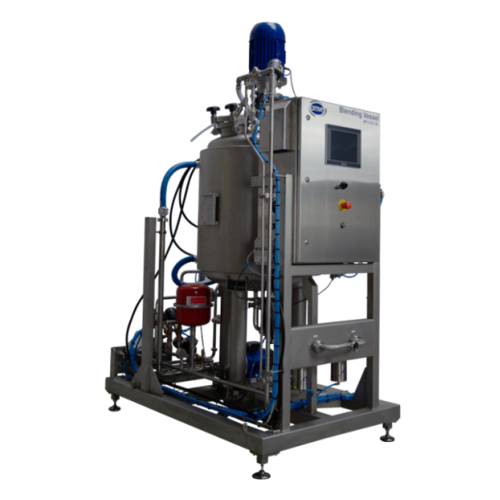
Advanced closed blending vessels for liquid food products
Enhance your production line with advanced closed blending ves...
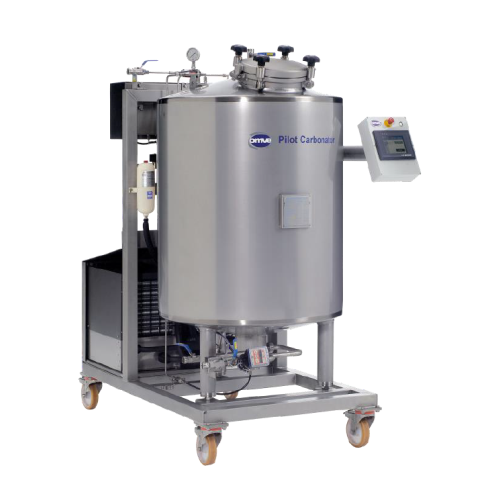
Hygienic buffer tanks for process optimization
Enhance your production flow with hygienic buffer tanks that ensure consist...
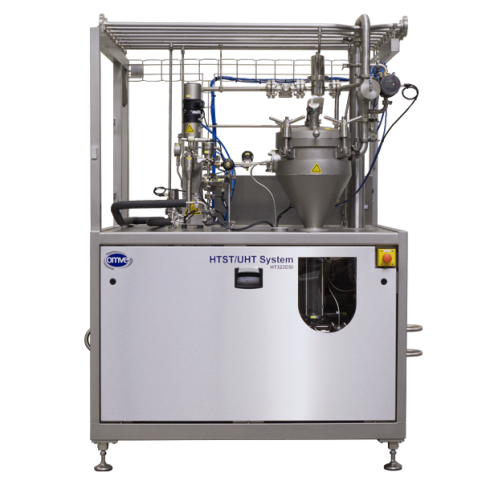
Laboratory in-line sterilization system
Ensure precise temperature control and rapid cooling for diverse liquid application...
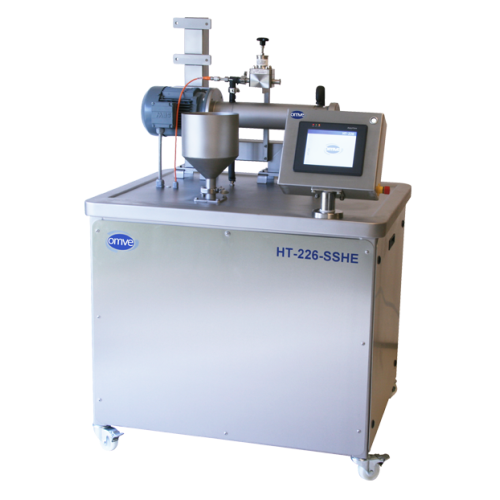
Small-scale scraped surface heat exchanger for high-viscosity products
For R&D teams tackling complex formulations...
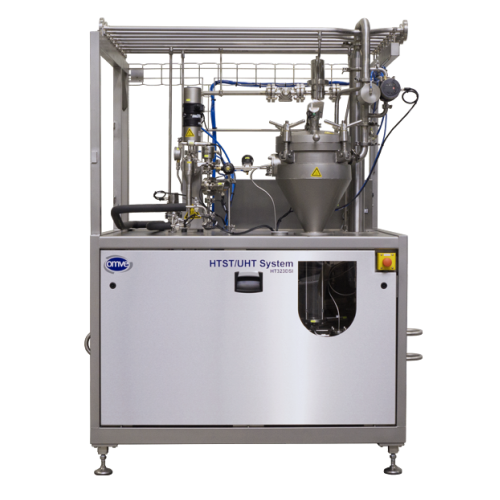
Direct steam injection Uht pilot system
Elevate your production capabilities with a sanitary UHT pilot system designed for ...
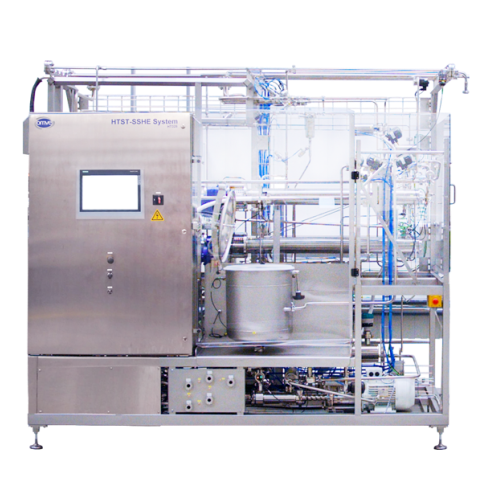
Pilot system for high-viscosity product processing
Efficiently handle high-viscosity or large particle products with this...
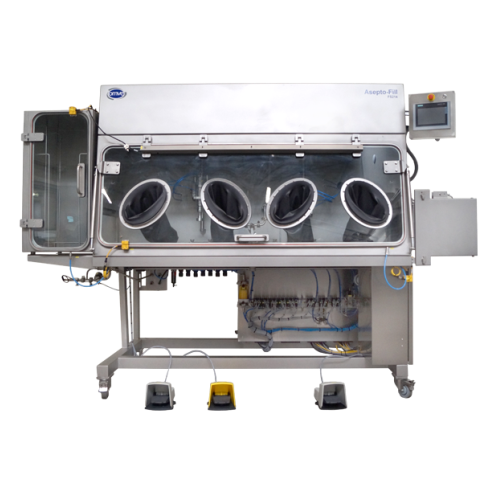
Aseptic filler for nutraceuticals
Ensure the sterility of your liquid nutraceuticals and beverages with a versatile solutio...
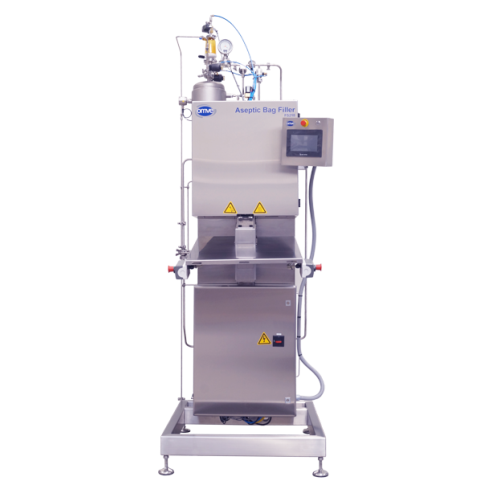
Aseptic bag-in-box filler for laboratory use
Achieve aseptic filling precision on a lab-scale with a compact solution that...

Fs closing devices for industrial packaging solutions
Streamline your packaging process with versatile closing devices, d...
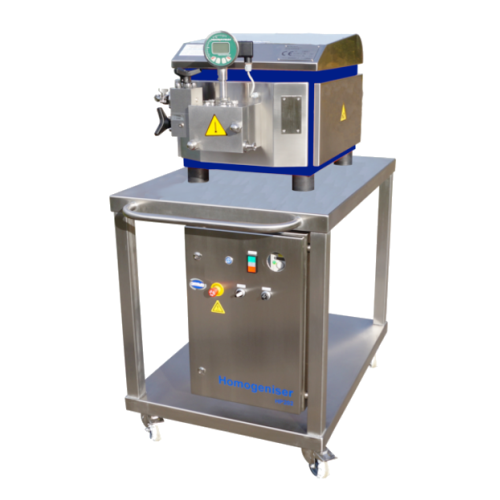
Lab-scale high-pressure homogenization solution
Optimize your lab-scale production with precision homogenization, ensuring...
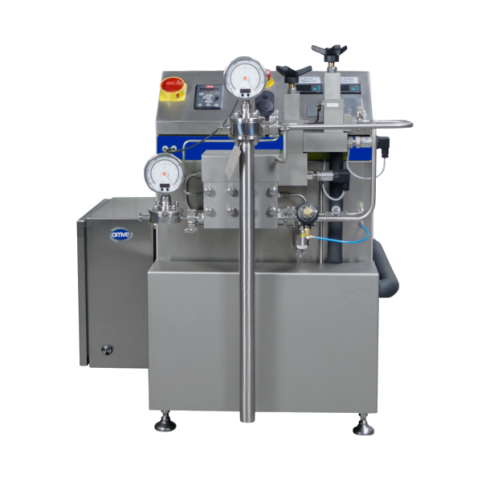
Pilot homogenizer for high-pressure inline homogenization
Achieve precise homogenization and emulsification across vario...
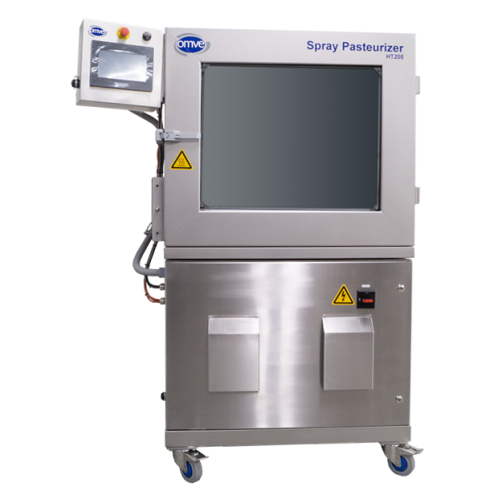
Small-scale in-container spray pasteurizer for laboratory use
Optimize your R&D processes with precise control over...
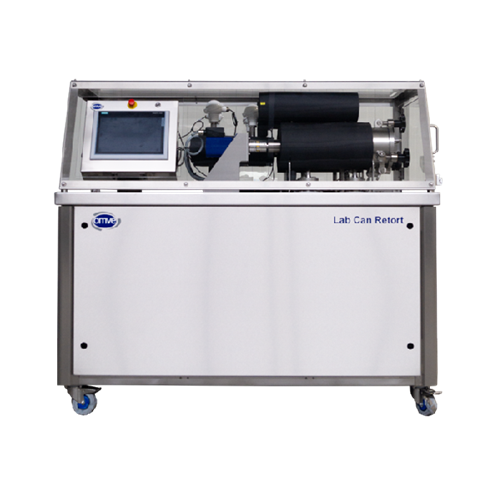
Lab can retort for precise temperature and pressure control
Achieve precision in recipe validation and packaging testing...
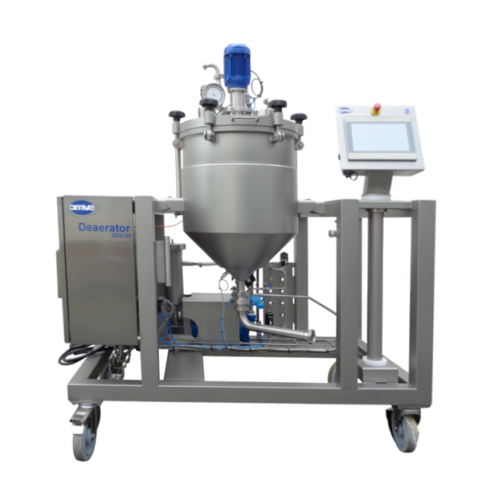
Batch deaerator for reduced oxidation in liquid processing
Optimize product shelf life and quality by efficiently removi...
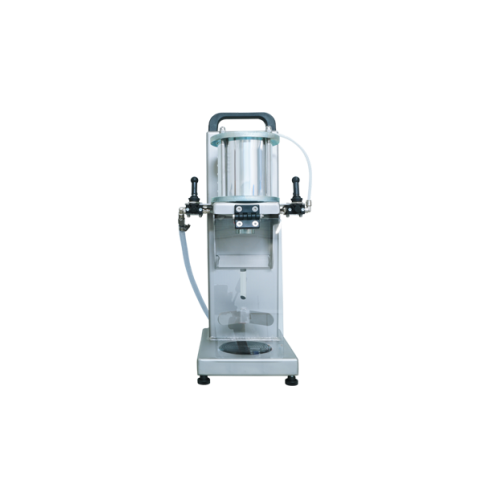
Crown cork sealer for liquid food packaging
Ensure reliable sealing for bottled beverages and dairy with a compact, table-...
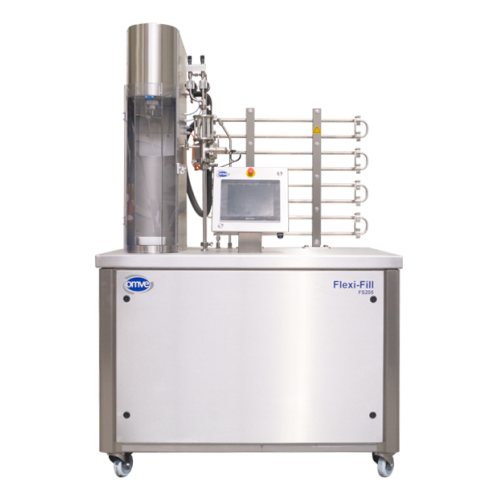
Counter-pressure filler for carbonated drinks
Enhance your carbonated beverage production with advanced counter-pressure f...
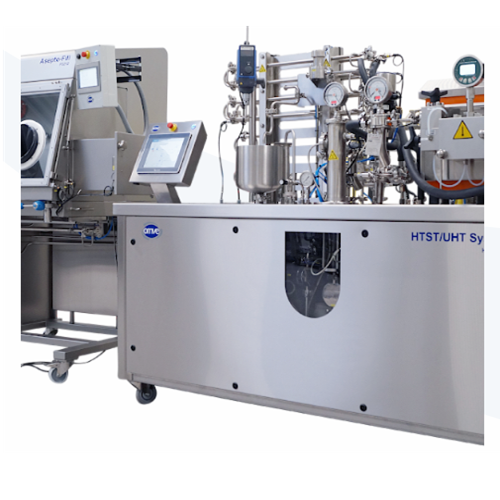
Customized process plants for plant-based beverages
Efficiently scale your production of plant-based beverages with modul...
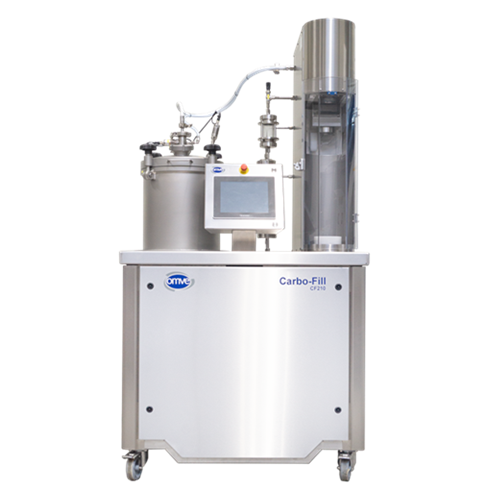
Lab-scale carbonation system for beverage filling
Streamline your beverage development with precision carbonation and ver...
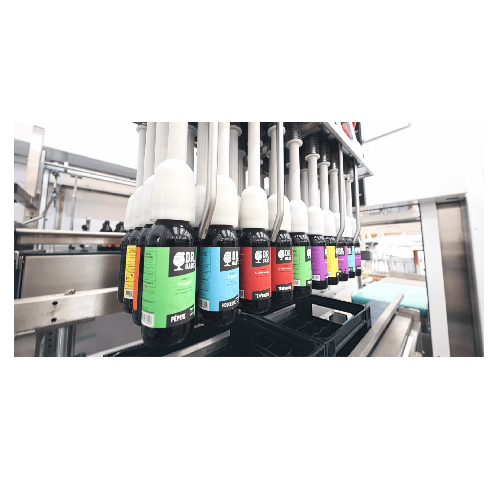
Unpacker for return bottles
Effortlessly manage return bottle operations with high-speed unpacking solutions that ensure pre...
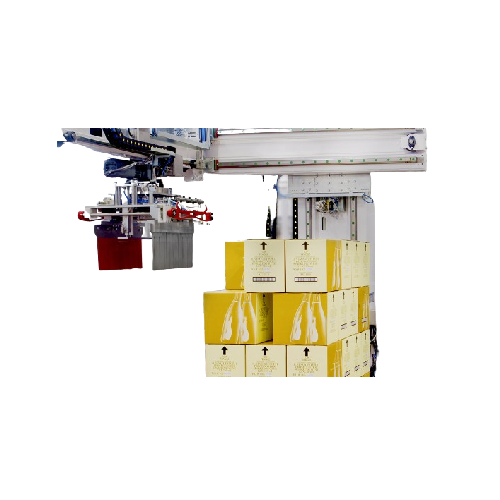
Automatic palletizer for bottle packaging lines
Streamline your bottling line with advanced palletizing solutions engineer...

Automated case erector for american cases
Streamline your packaging line by efficiently erecting American-style cases with...
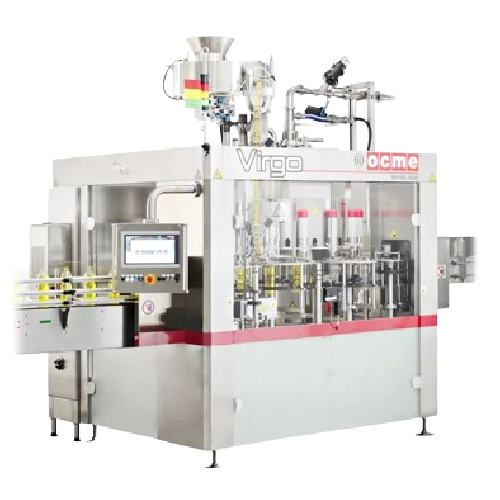
Rotary weight filler for edible oil
Optimize your liquid product filling with precise weight control, ensuring high accurac...

Rotary labeling solution for bottles and containers
Optimize your labeling process with high-speed precision, handling va...
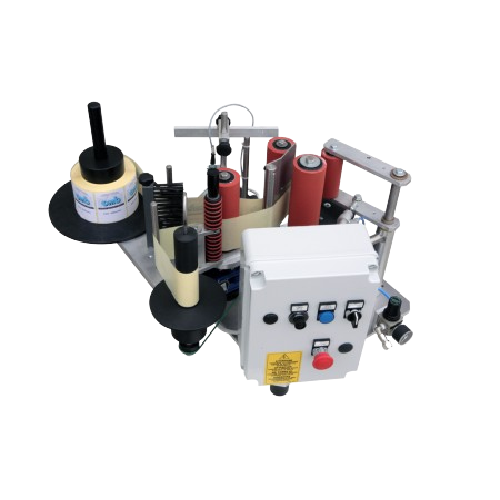
Semiautomatic labelling solution for cylindrical bottles
Effortlessly apply precise labels to various cylindrical and squ...
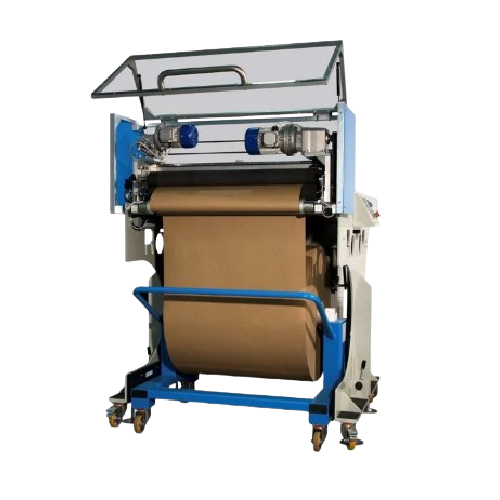
Interlayer sheet dispenser for palletizing
Enhance your palletizing efficiency by integrating a compact interlayer sheet d...
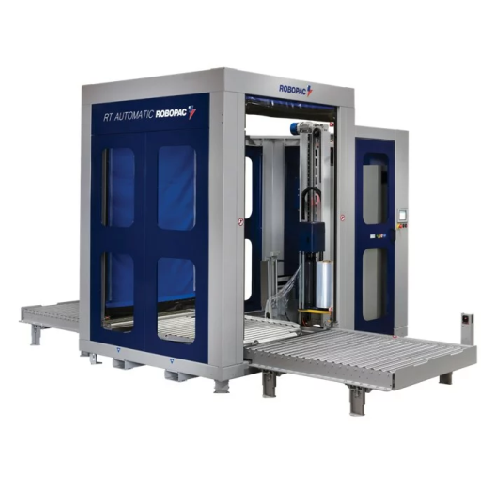
Automatic stretch wrapper for food and beverage industry
Optimize your packaging line with a high-speed stretch wrapper t...
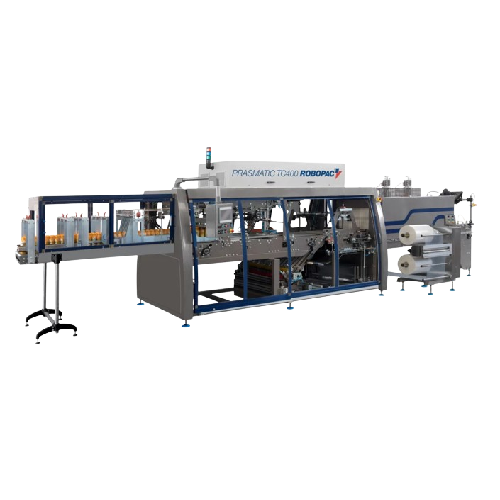
Medium-speed shrink-wrapping solution for various packaging types
Streamline your end-line packaging with a modular shr...
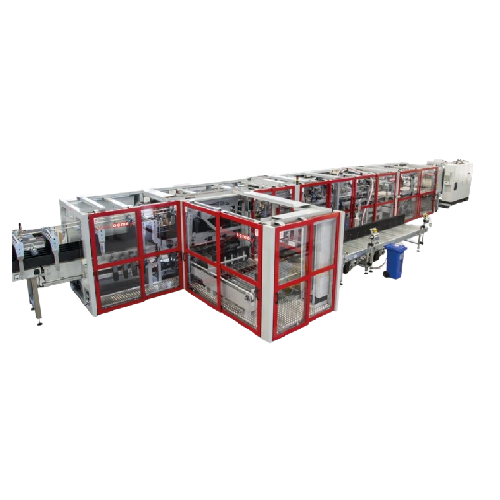
Combined packaging solution for shrink wrapping and wrap-around cartons
Elevate your packaging line with an integrated ...
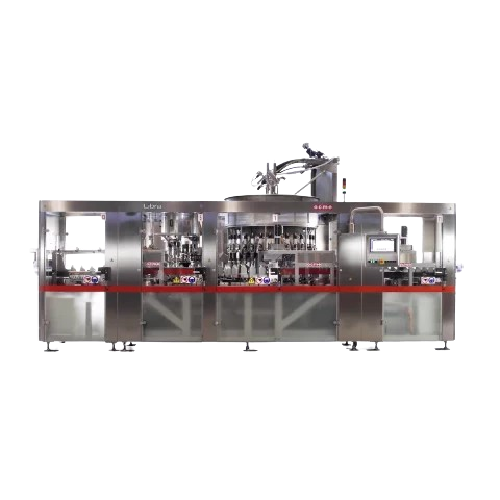
Rotary weight filler for Pet and Hdpe bottles
Enhance your production line with precise weight-based filling, ensuring rap...
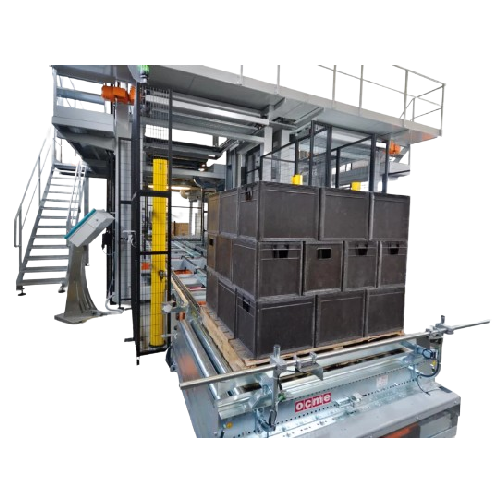
Depalletizer for cases and crates
Efficiently streamline your high-speed production line by seamlessly transferring cases a...

Shrink wrapping solution for low-speed packaging
Achieve seamless low-speed packaging with a shrink wrapping solution desi...
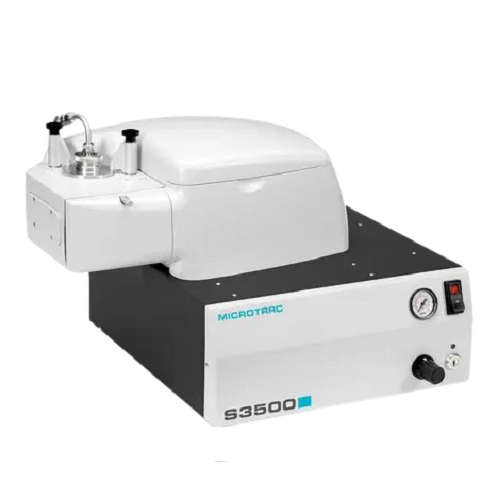
Laser diffraction particle size analyzer
Achieve precise particle size analysis with laser diffraction technology, ensuring...
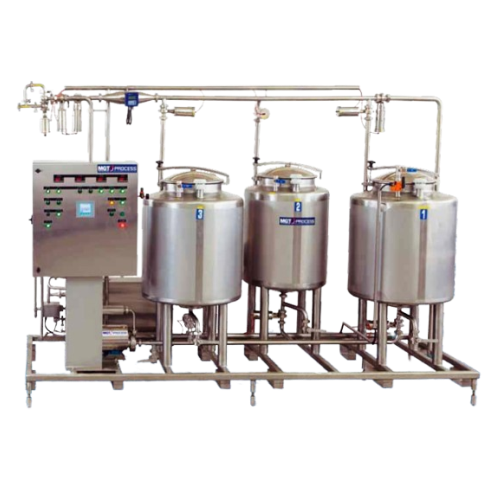
Cleaning-in-place (cip) systems for hygienic processing
Elevate hygiene standards in your liquid processing line with an ...
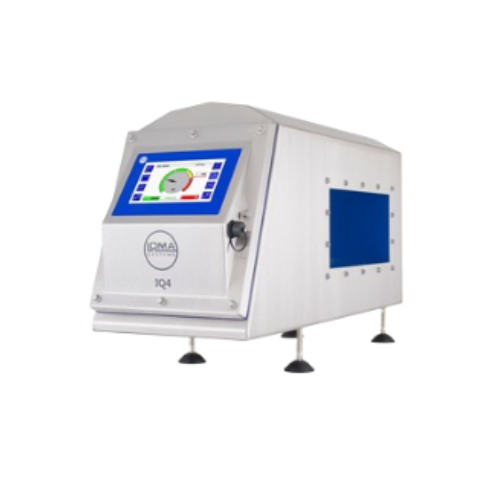
Industrial metal detector for food production lines
Ensure product safety and compliance by seamlessly detecting metal co...

Gravity fed metal detector for dried foods
Ensure product purity and safety with metal detection between gravity feed hopp...
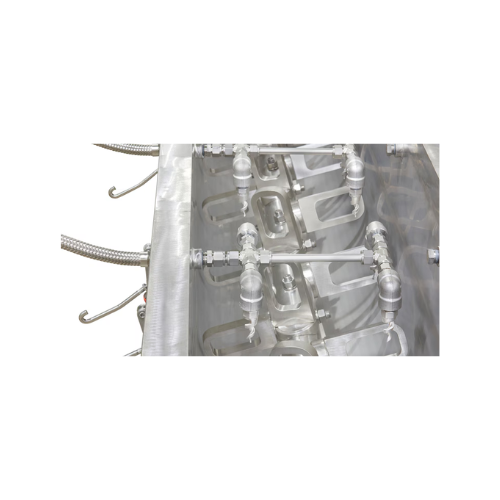
Cryogenic chilling systems for food processing
Efficiently maintain precise temperatures to enhance product quality and sa...
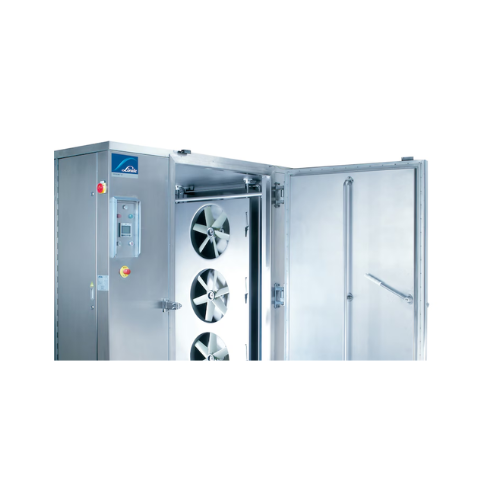
Cryogenic freezer for food industry applications
Efficiently tackle high-speed freezing and chilling challenges with a ver...
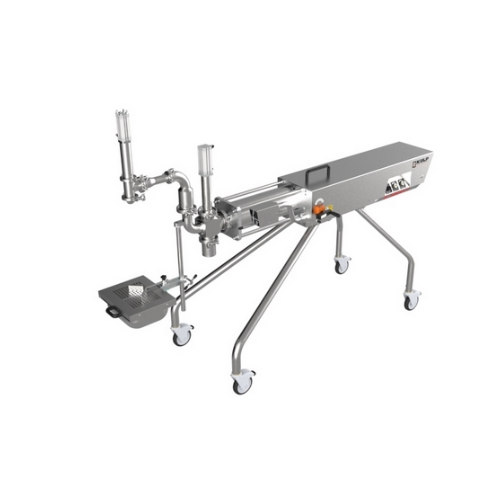
Volumetric filler for liquid and viscous products
Achieve precise and adaptable filling for a wide variety of liquid and ...

Jar sealing system for plastic and glass containers
Achieve precise and efficient sealing of plastic and glass jars with ...
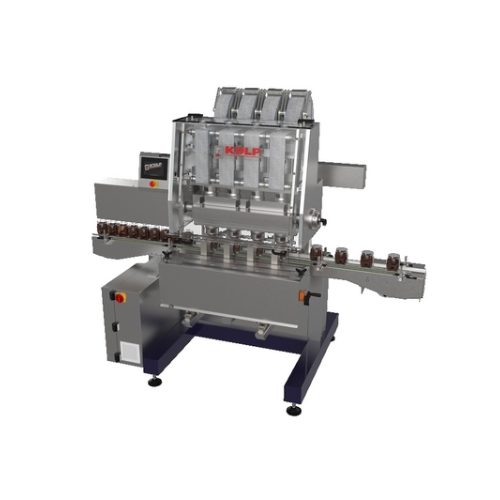
4 head sealing system for plastic and glass jars
Achieve precision sealing for jars of various materials with this high-sp...
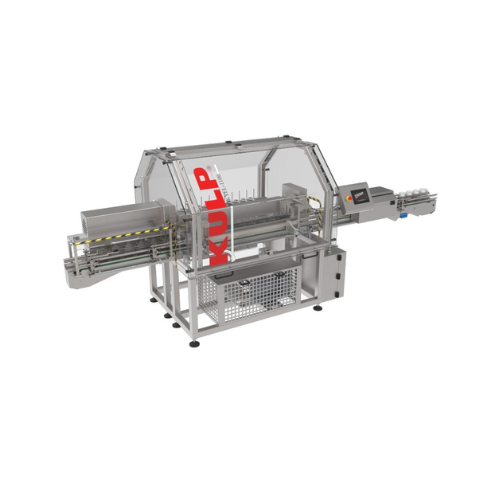
Jars and bottles rinsing solution
Ensure impeccable hygiene and particle-free cleanliness for your jars and bottles by inte...
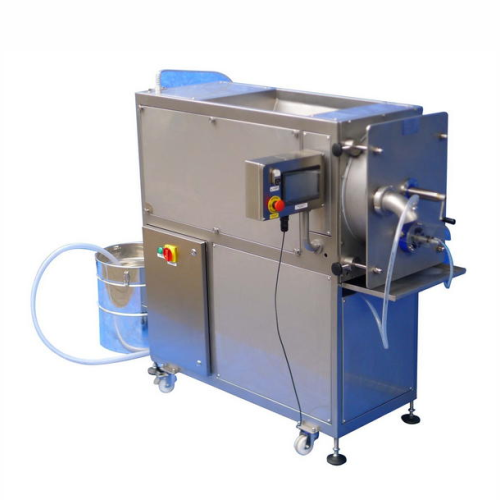
Semi-automatic packaging system for sauerkraut and vegetables
Efficiently tackle the challenge of packing sticky product...
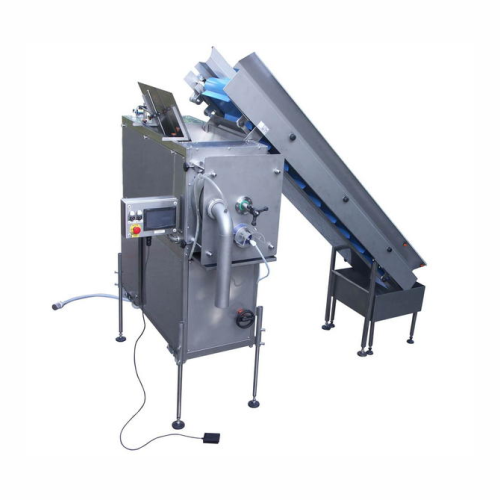
Automatic dosing and packing system for cabbage and sauerkraut
Streamline your vegetable processing line with a robust, ...
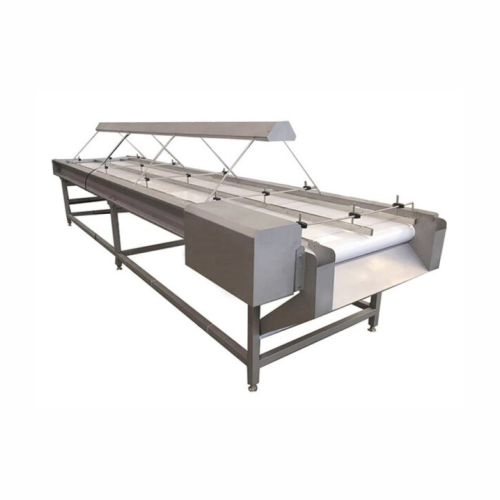
Inspection table for vegetables and fruits
Streamline your quality control with an efficient inspection table designed for...
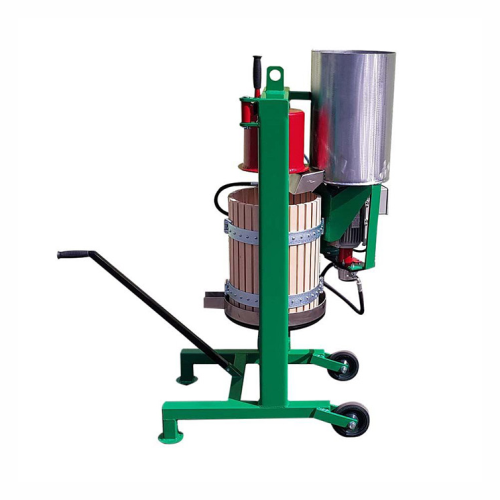
Hydraulic juice press for fruit and vegetables
Streamline your juicing operations with this hydraulic solution, expertly d...
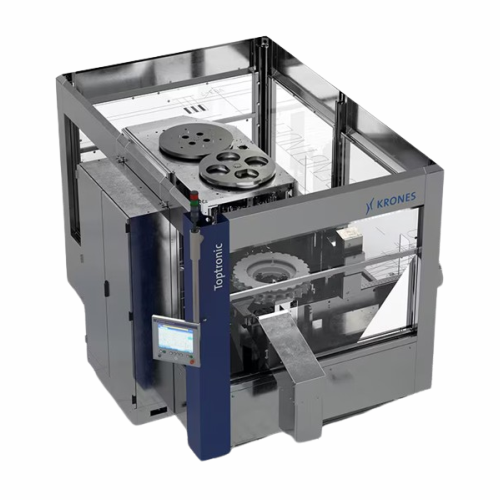
Inspection system for returnable glass containers
Ensure the safety and quality of your beverage containers with a precis...
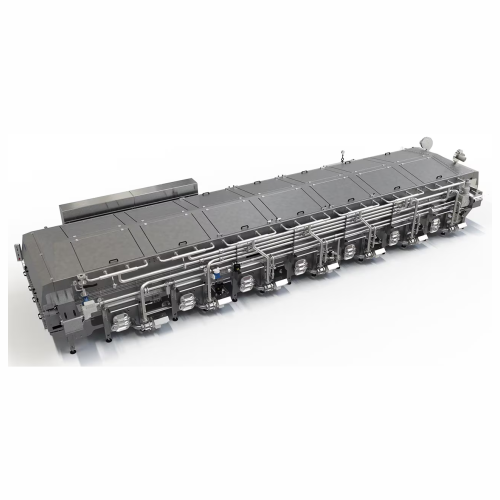
Compact tunnel pasteuriser for beverages
Ensure beverage safety with precise pasteurisation in a compact design that integr...
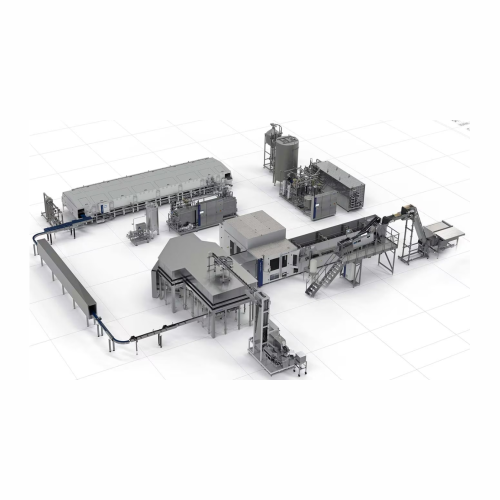
Intelligent pre-dosing system for fruit juices
Optimize your beverage production by minimizing fruit piece damage and ensu...
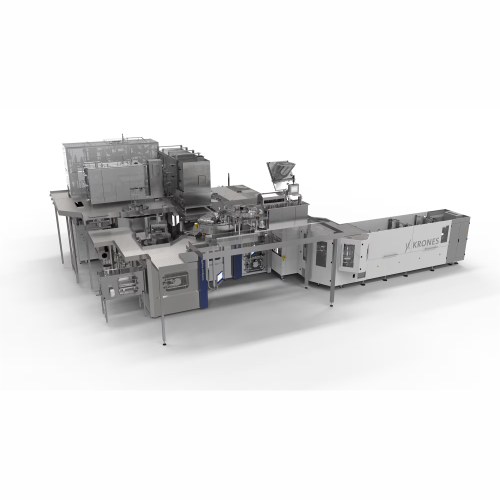
Ultrahygienic block for aseptic filling
When handling sensitive beverages, ensuring microbiological safety and quick produc...
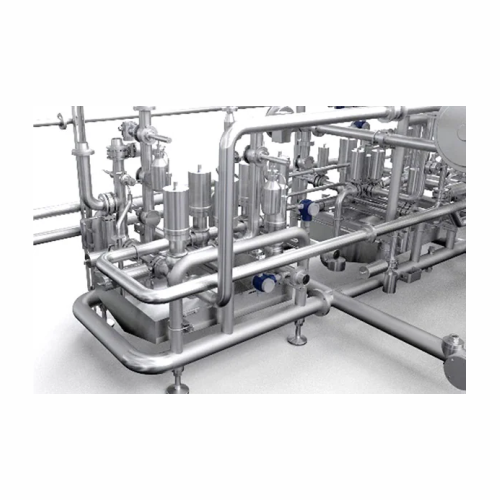
Flash pasteuriser for juices
Ensure the highest quality of juices and beverages with a versatile system that offers precise ...
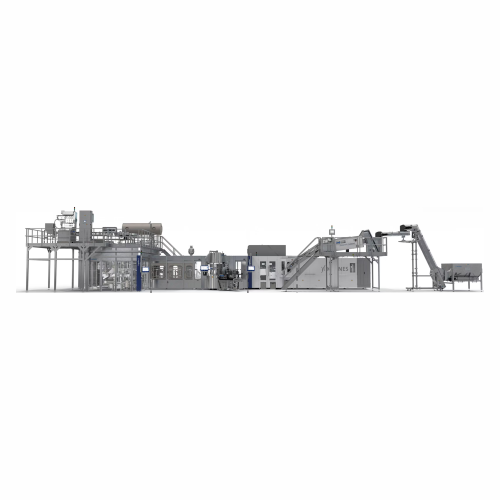
High-performance stretch blow moulding and labelling system
Maximize space and efficiency with this compact system that ...
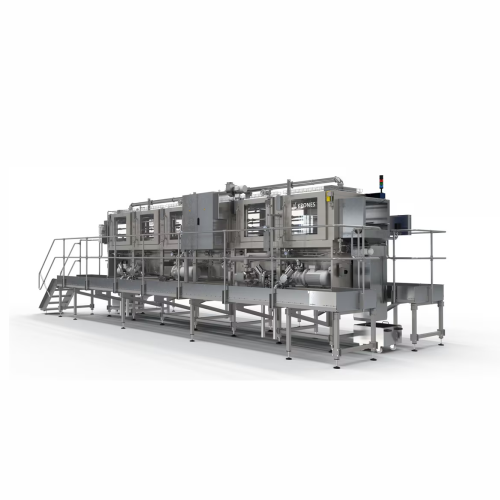
Crate washer with adaptive jetting units
Ensure consistent cleanliness of beverage crates with a washer that adapts to vary...
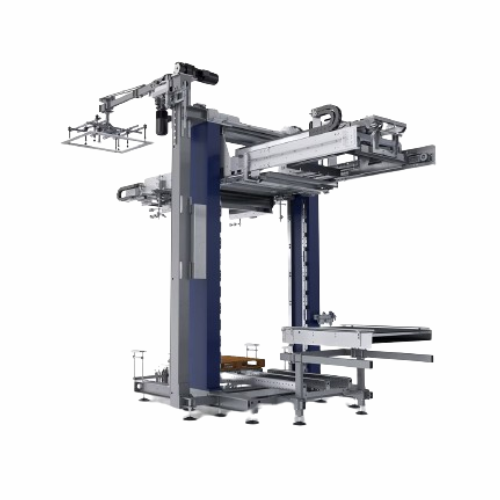
Container sweep-off depalletiser
Enhance your beverage production line efficiency with a high-performance depalletising solu...
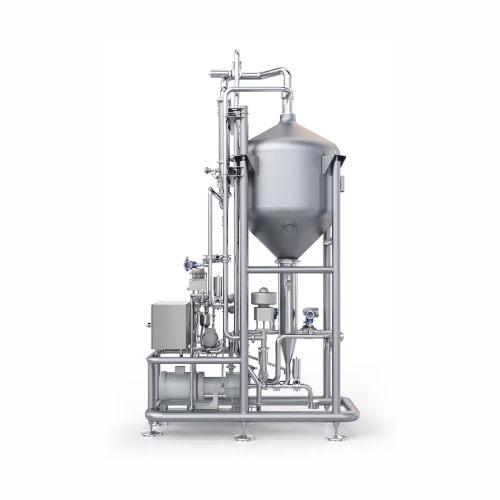
Juice product deaerator
Ensure high-quality filling without foam formation through efficient deaeration, perfect for manufact...
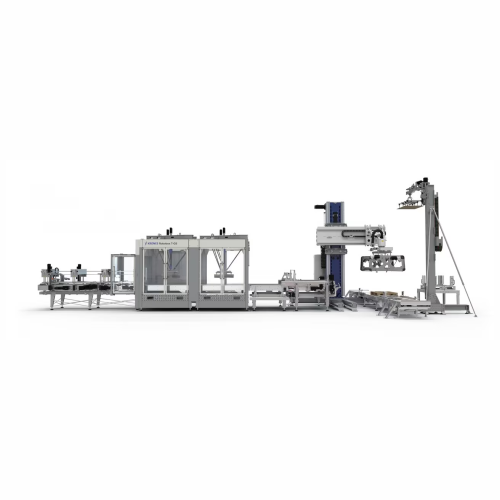
Palletizing grouping system for non-returnable packs
For beverage and packaging lines, precise and rapid palletizing of n...
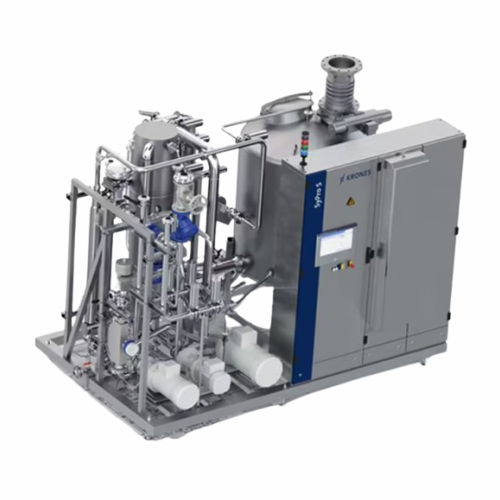
Syrup room for customized beverage ingredient preparation
Achieve unparalleled flexibility in beverage production with a...
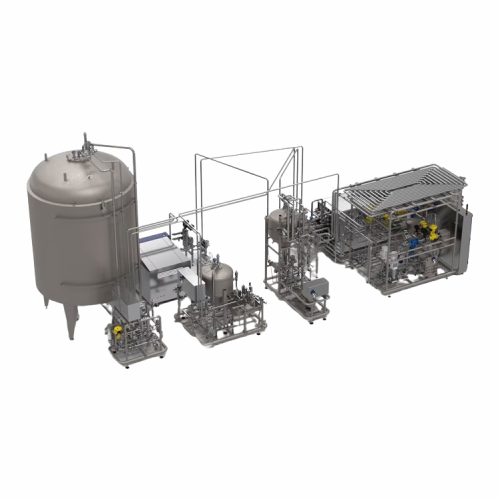
Uht system for milk products
Achieve optimal product safety and quality for dairy and plant-based beverages with precise UHT...
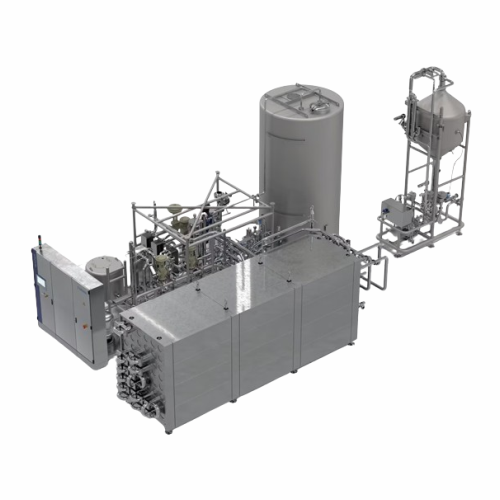
Flash pasteuriser for juice production
Ensure the microbiological safety and quality of your juice products with precise th...
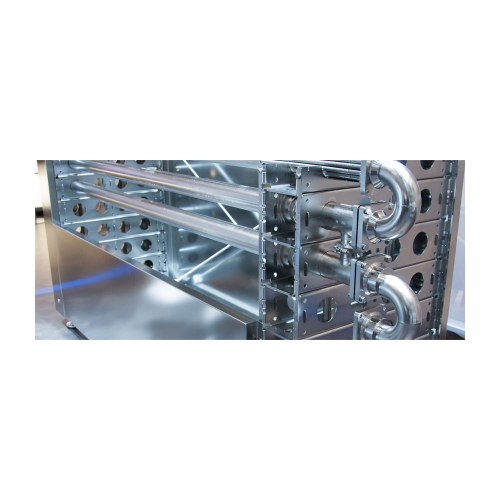
Heat exchanger for beverage production
Ensure your beverages maintain their quality and safety with a versatile heat exchan...
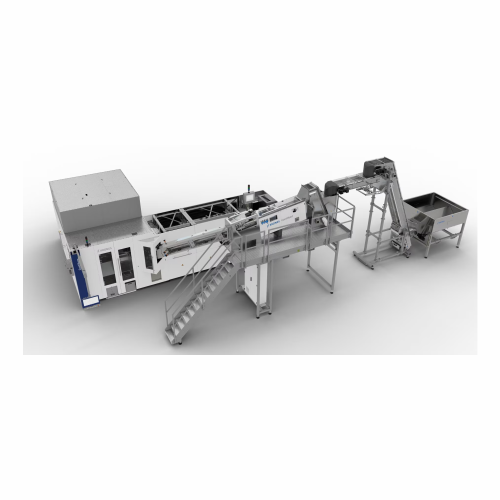
Stretch blow moulder for Pet containers
Optimize energy efficiency and production versatility with this stretch blow moulde...
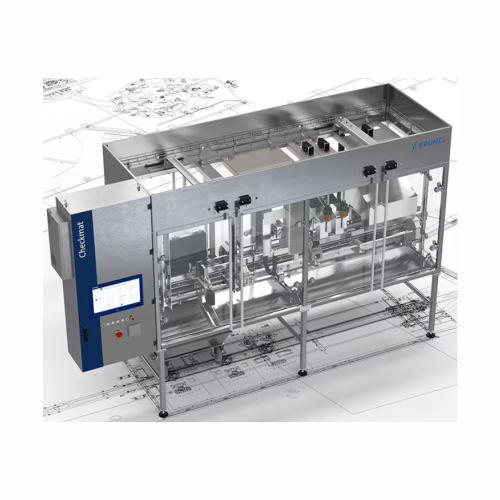
Compact fill level and cap inspection system
Ensure flawless beverage quality by integrating a compact system for precise ...
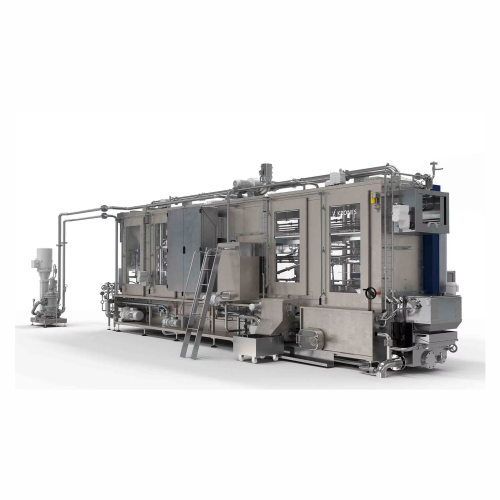
Crate washer for beverage manufacturers
Ensure thorough cleaning of beverage crates with an advanced washing system featuri...
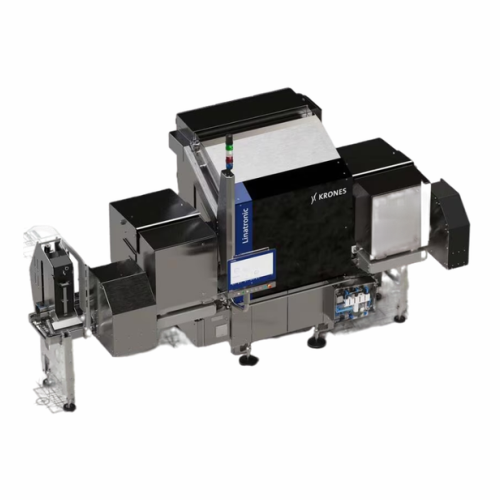
Empty bottle inspector with deep learning
Ensure that every beverage container in your production line is pristine with cu...
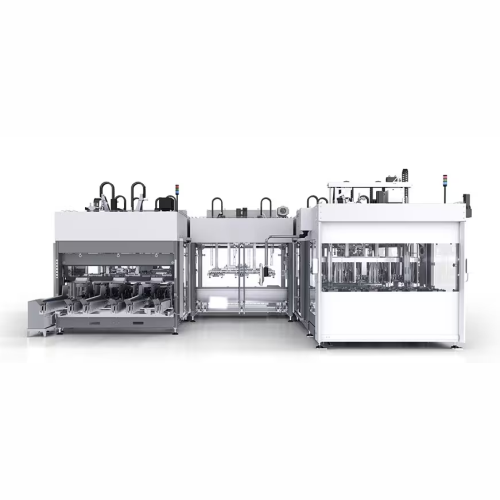
Flexible packaging line for beverage production
Streamline your beverage production with a flexible system capable of hand...
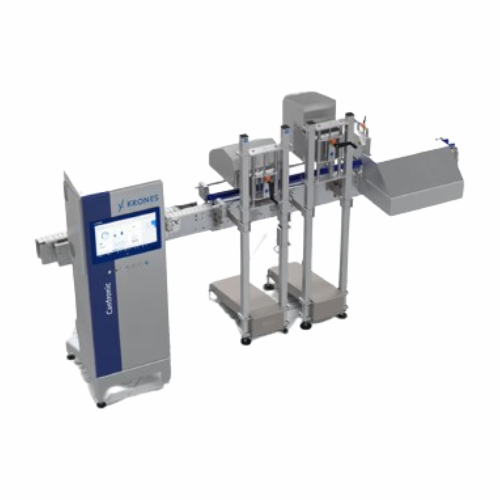
Can inspection unit for quality control
Ensure the integrity of your beverage cans with precise defect detection and qualit...
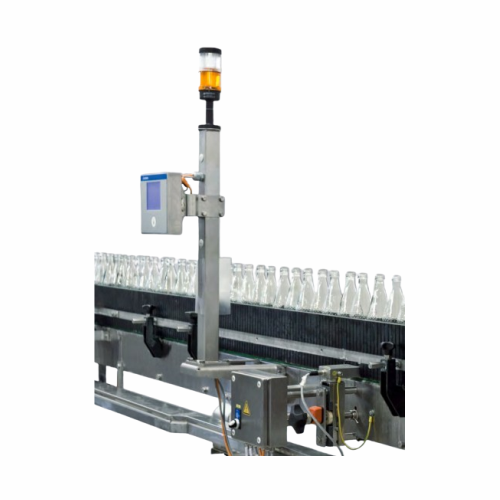
Caustic residue detection for bottle washing
Ensure product purity by detecting and eliminating residual caustic in return...
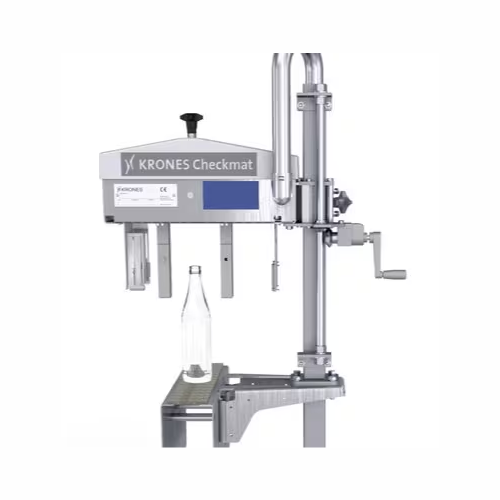
Inspection systems for fillers and cappers
Ensure precise fill levels and secure cap placements with advanced inspection s...
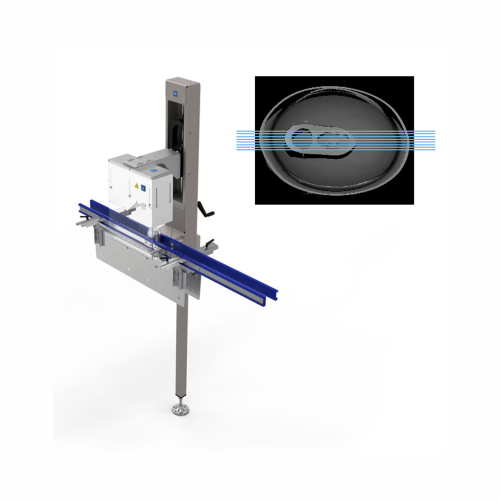
Leakage detection for beverage cans
Ensure each canned beverage leaves your facility ready to impress, with precise leak de...
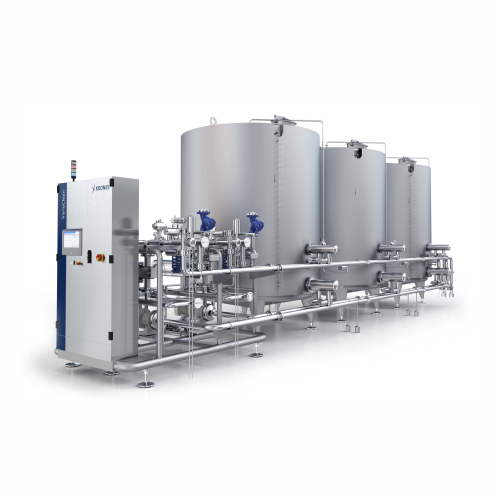
Cip system for cleaning bottling lines and processing sections
Ensure a sterile production environment by integrating a ...
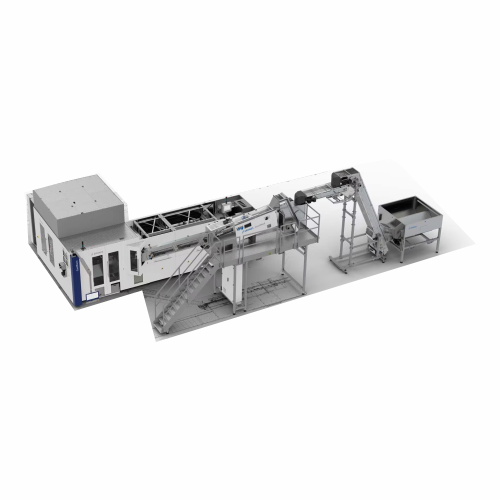
Preform and container inspection system
Ensure only flawless preforms and bottles continue in your production line with an ...
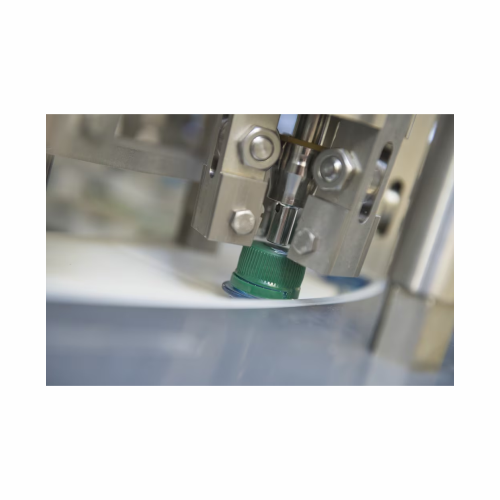
Decapper for removing screw caps
Efficiently unscrew caps from various bottle types without damaging the threads, even under...
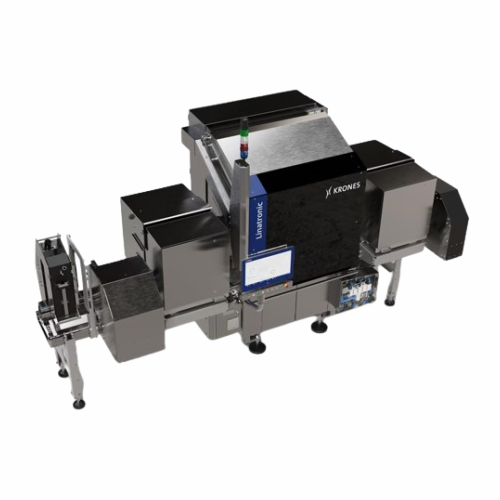
Bottle inspection system for foreign particles detection
Ensure your beverage products remain uncontaminated with high-pr...
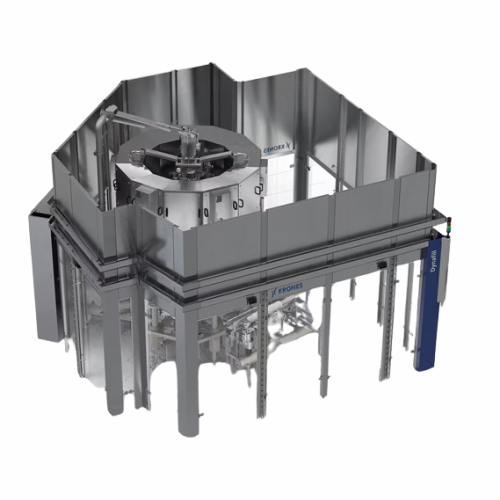
Innovative beer filling and capping technology
Revolutionize your filling process with an integrated system that combines ...
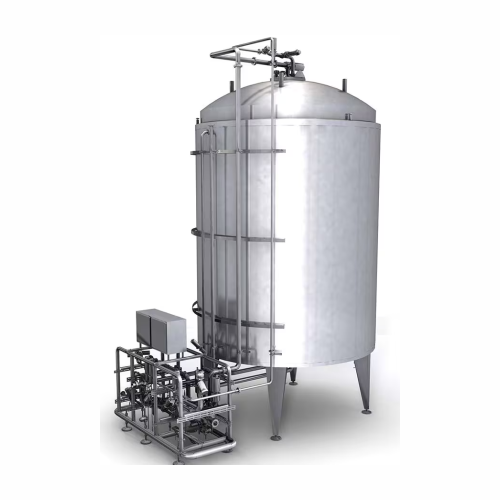
Sterile tank system for aseptic processing
Optimize your production with aseptic tank systems that ensure sterile storage ...
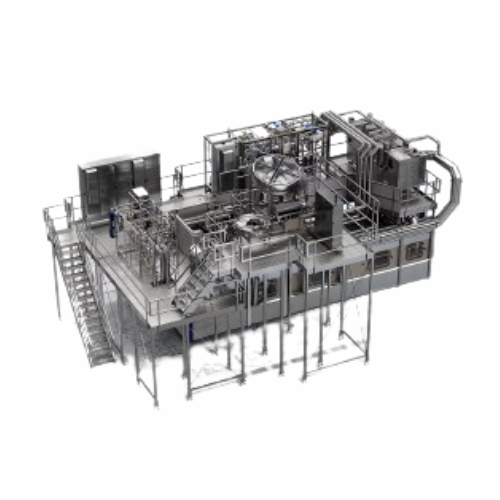
Aseptic bottle sterilisation system for Pet containers
Ensure aseptic integrity and high-speed efficiency in beverage pro...
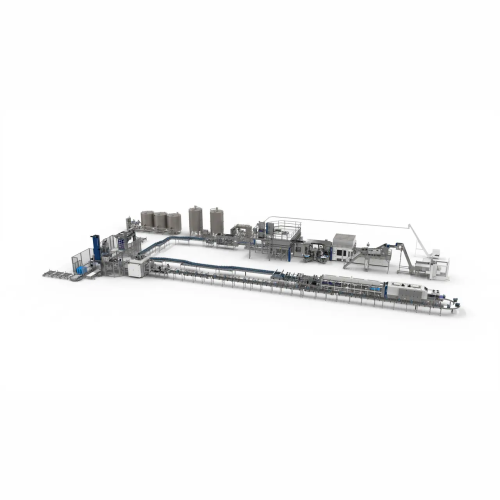
Automated product change-over system
Maximize your production line efficiency by reducing downtime during product changeove...
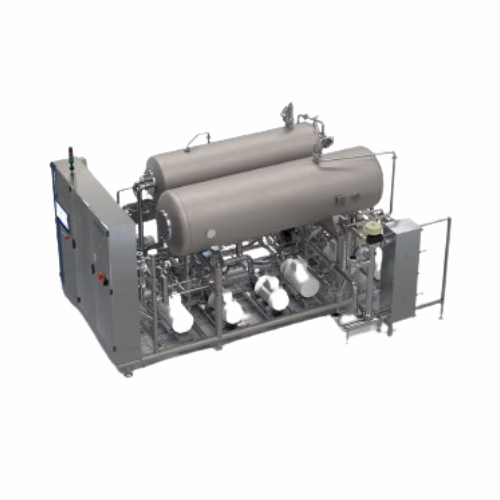
Mixer for carbonated and non-alcoholic drink production
Efficiently mix and carbonate a variety of beverages while optimi...
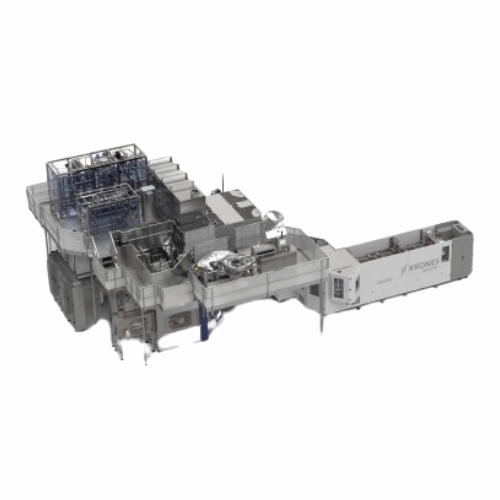
Aseptic filling system for Pet containers
Ensure your beverage products maintain sterility and longevity with a high-speed...
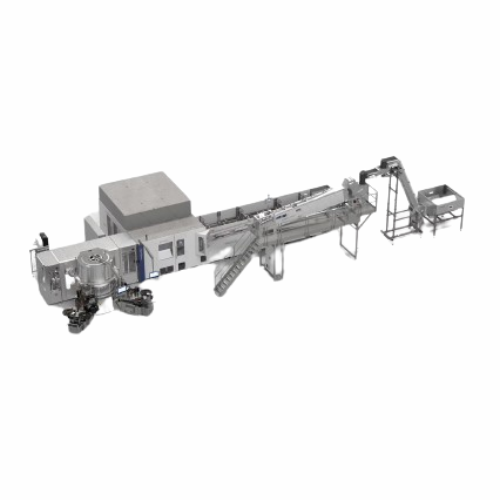
Blow-moulder and labeller integration for Pet bottles
Streamline and enhance your PET bottle production with seamless blo...
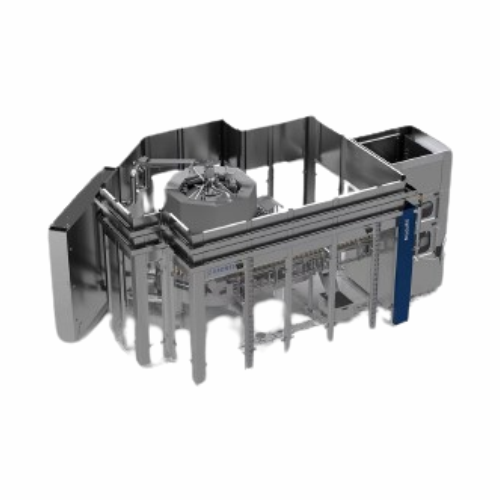
Filler-seamer block for cans
For high-speed beverage production, this solution integrates filling, seaming, and cleaning in ...
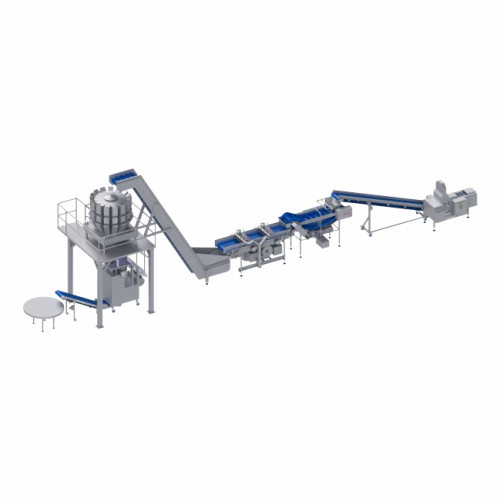
Fruit processing and packaging line
Streamline your fruit and vegetable processing with this semi-automatic system designed...
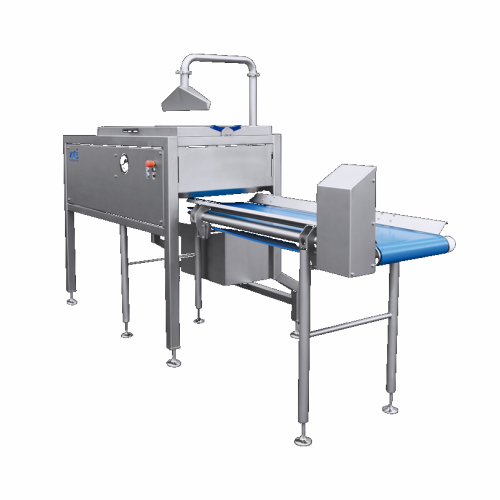
Grape destemming solution for efficient fruit processing
Streamline your fruit preparation process with a versatile machi...
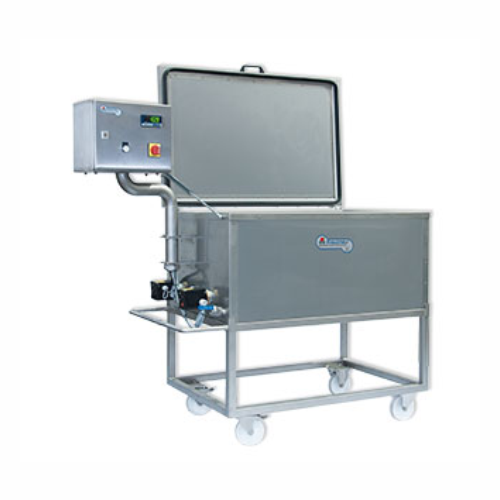
Pasteurizing units for fruit and vegetable juices
Ensure your juices and purees remain fresh and safe by effectively past...
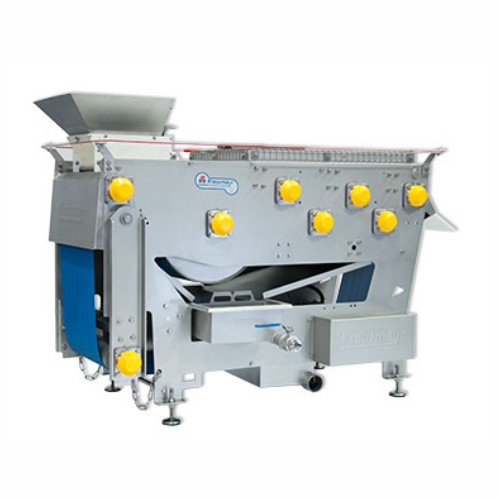
Stationary belt press for fruit juice extraction
Achieve optimal juice yield from fruits and vegetables through precise co...
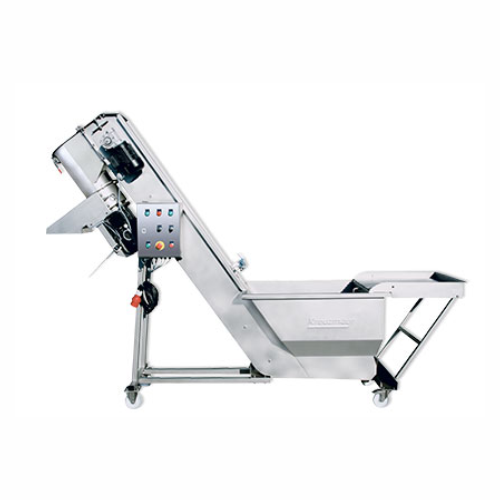
Washing and grinding system for fruit and vegetables
Efficiently wash and grind fruits and vegetables to streamline your ...
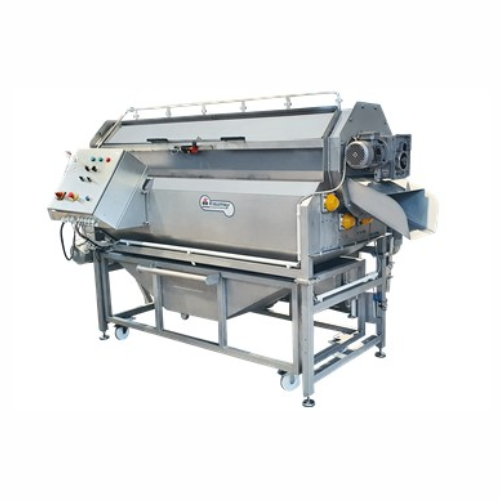
Citrus fruit juicing system
Efficiently extract and refine citrus juices and oils with a streamlined system designed to hand...
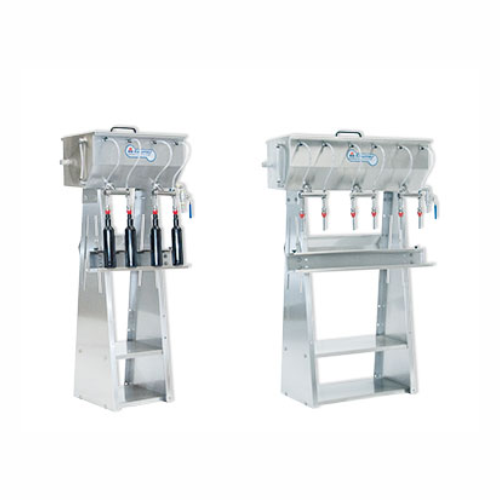
Juice bottle and bag-in-box filling systems
Streamline your juice production with versatile filling solutions that accommo...
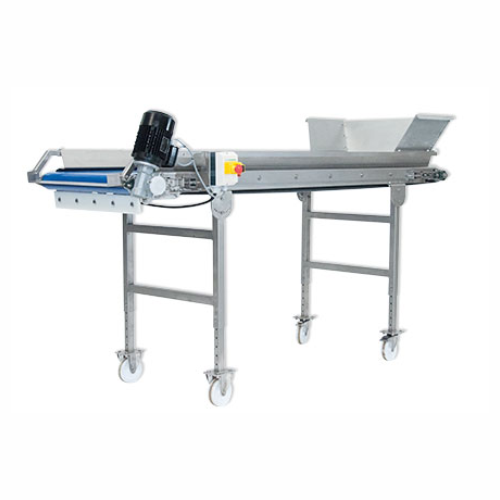
Fruit bin tipper for processing intake
Efficiently transfer fruits and vegetables from standard bins into your processing l...
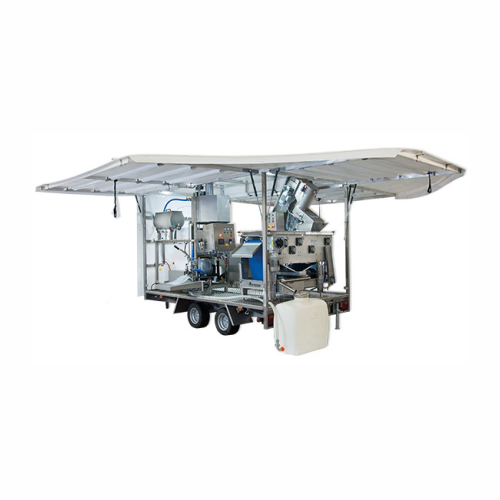
Mobile juice processing units
Transform your fruit harvest into fresh, pasteurized juices directly on-site, ensuring optimal...
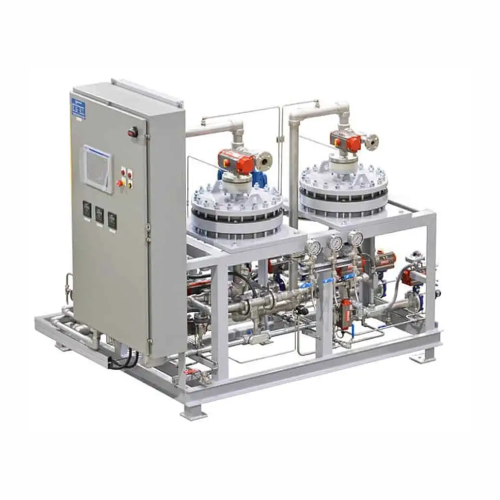
Ultrapure water demineralizer for critical boilers
Achieve high-purity water production with minimal chemical usage and a...
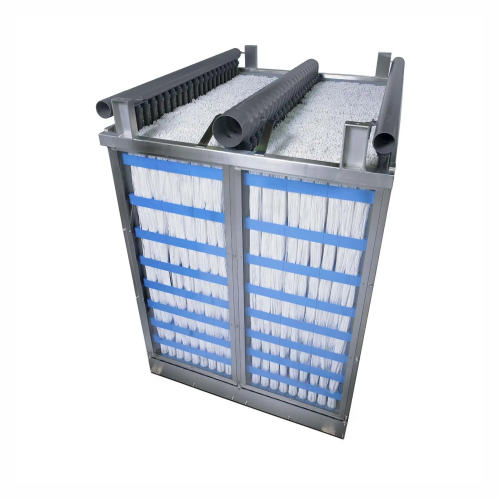
Mbr module for wastewater treatment
Optimize your wastewater management with efficient membrane bioreactors, designed to en...
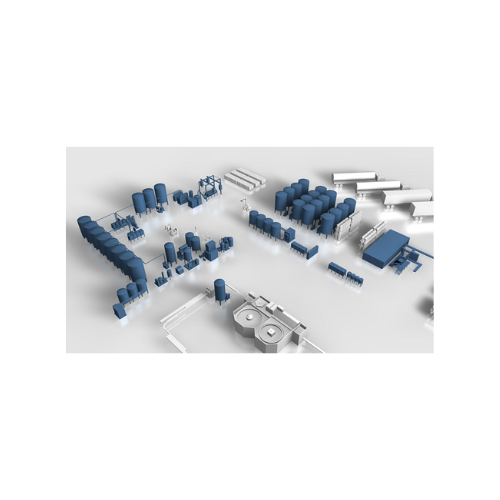
Versatile syrup room systems
Streamline beverage production with a system that expertly handles dissolving, mixing, and past...
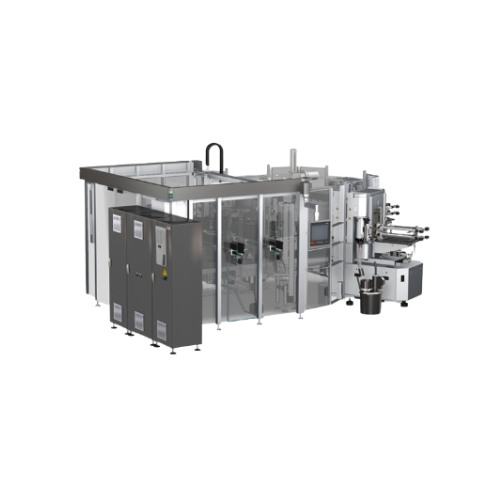
Flexible labeling system for returnable and non-returnable containers
Achieve precise labeling and enhanced alignment w...
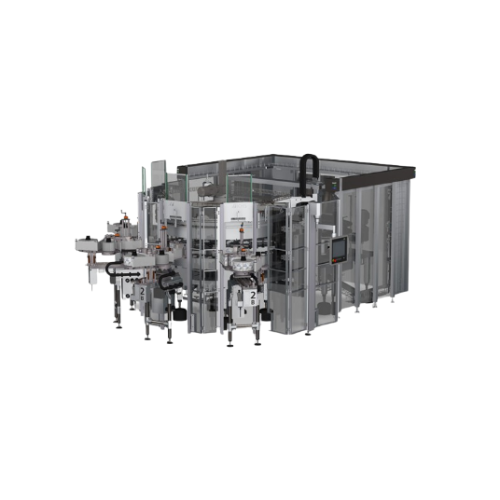
Self-adhesive labeling for glass and Pet bottles and beverage cans
Maximize your production efficiency with a labeling ...
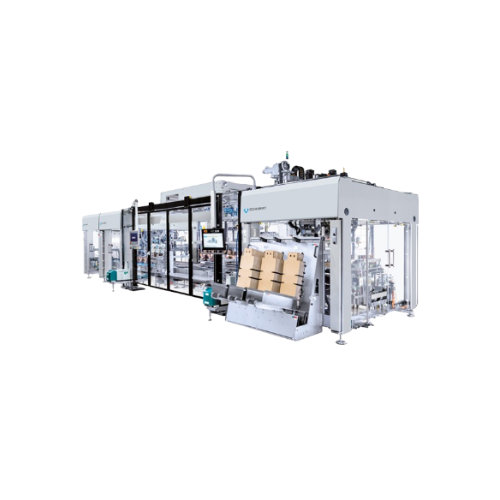
Flexible packaging system for beverage containers
Streamline your packaging process with a modular system that adapts sea...
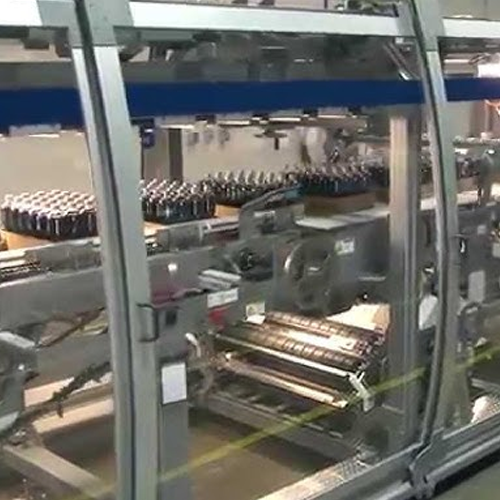
Enclosed film packaging solution
Eliminate the need for corrugated trays and minimize packaging waste with a robust solution...
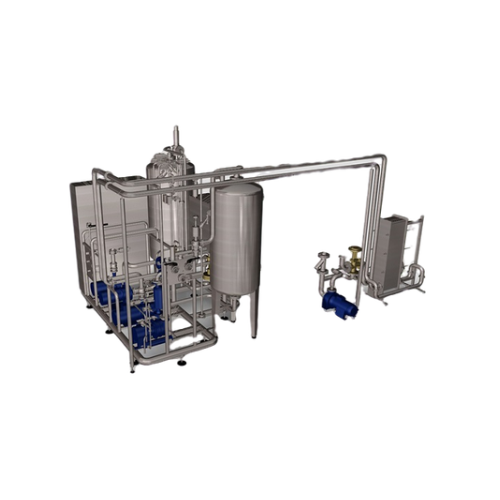
Demineralization and carbonation for bottled table water
Ensure consistent carbonation and precise blending for beverage ...
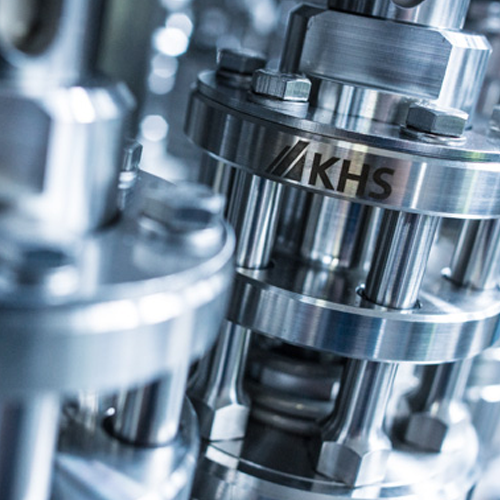
Batch sugar dissolver for syrup production
Streamline your syrup production with precise control over sugar dissolution, w...
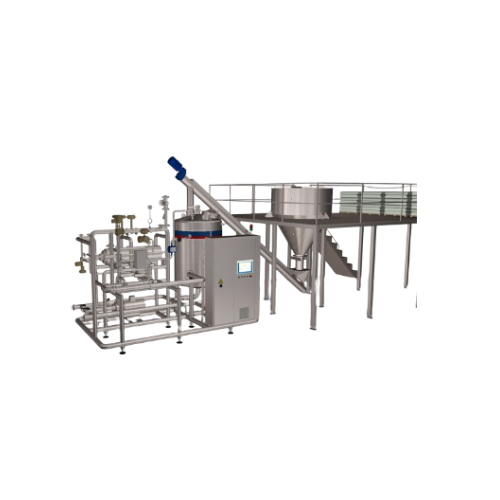
Continuous sugar dissolver for syrup production
Effortlessly convert crystal sugar into high-quality syrup with a system d...
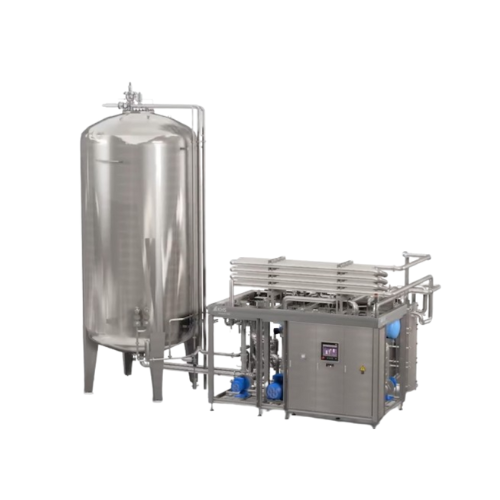
Bright beer tank cellar for beer storage
Enhance your beverage production efficiency with a fully automated solution that m...
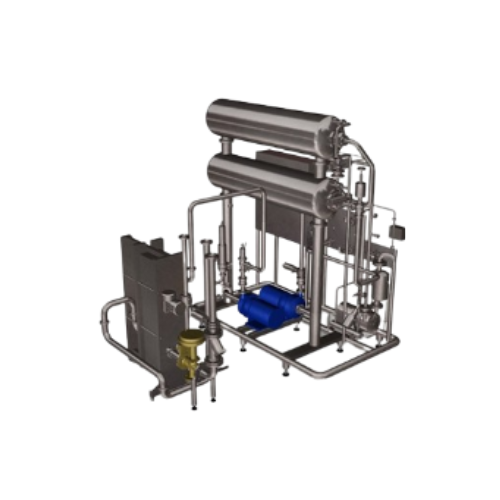
Water deaerator for beverage production
Enhance the quality and extend the shelf life of your beverages with our cutting-ed...
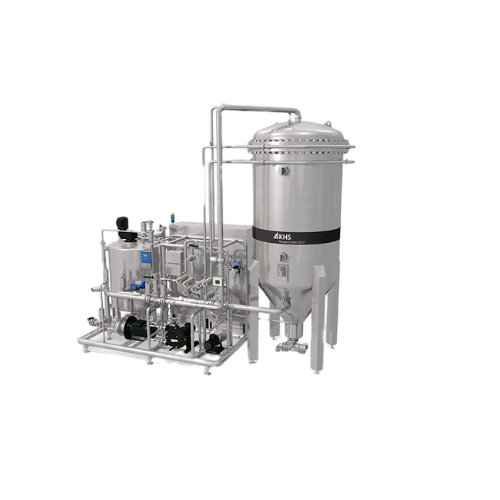
Filter system for beverage stabilization and clarification
Ensure your beverages are crystal clear and stable with a ver...
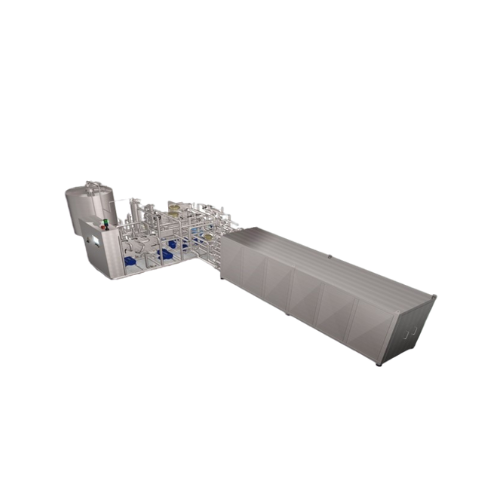
Energy-efficient hot filling system for beverages
Optimize your beverage filling processes with a system that ensures pre...
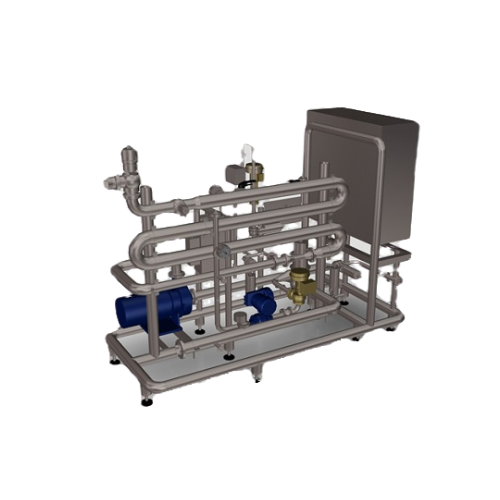
Blending system for fine adjustment of original gravity in beer
Ensure precise control over your beer’s original gravity...
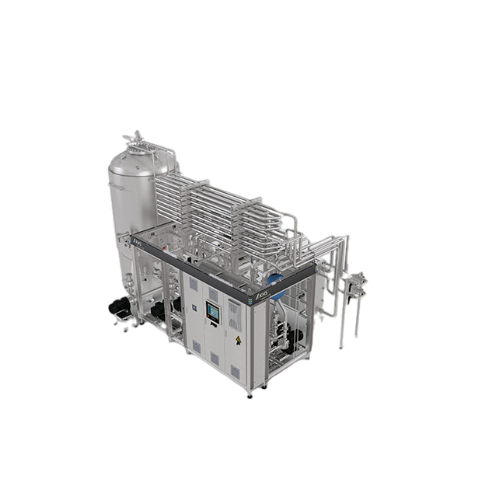
Continuous flash pasteurizer for beverage shelf life extension
Maximize beverage shelf life with precise microbial and e...
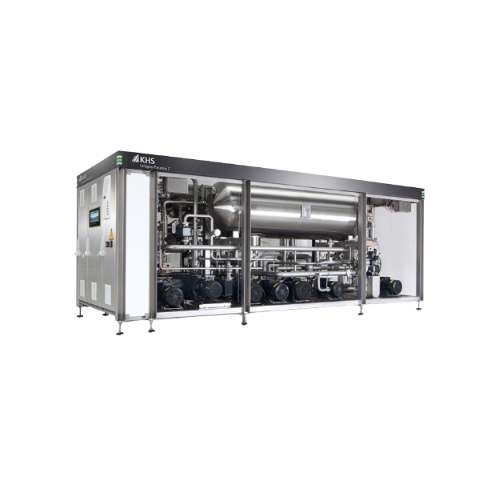
Blending system for deaeration and carbonation of beverages
Achieve precise blending, efficient deaeration, and accurate...

Aseptic linear filler for sensitive beverages
Experience unparalleled versatility and efficient aseptic filling with advan...
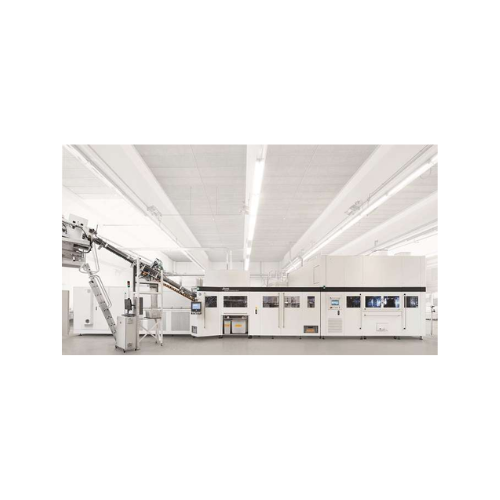
Stretch blow molding with integrated coating for Pet bottles
Enhance product longevity and quality by integrating stretc...
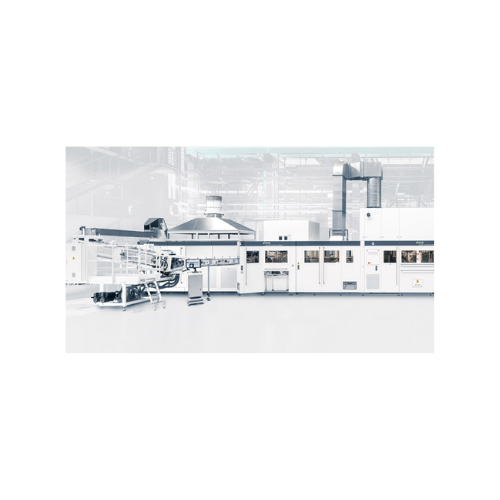
Pet bottle stretch blow molding with coating and filling
Extend the shelf life of your beverages and liquid products with...
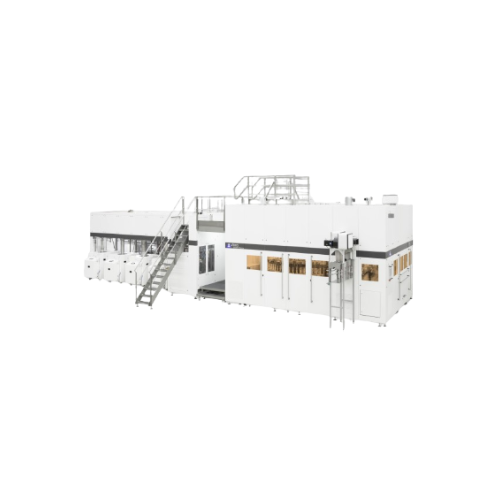
Transparent glass barrier coating for Pet bottles
Ensure the longevity of sensitive beverages and liquid foods with glass...
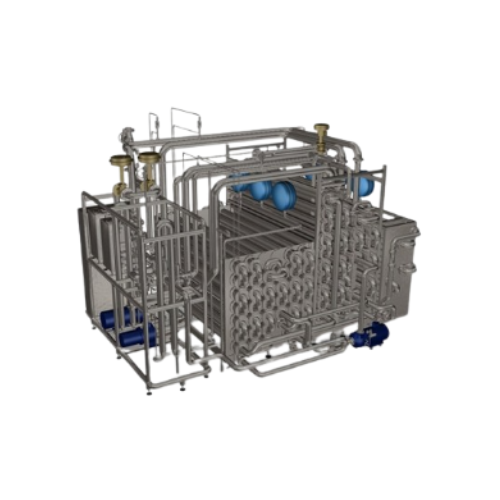
Cold aseptic filling system for beverages
Ensure microbiological safety and high product quality with a versatile cold ase...
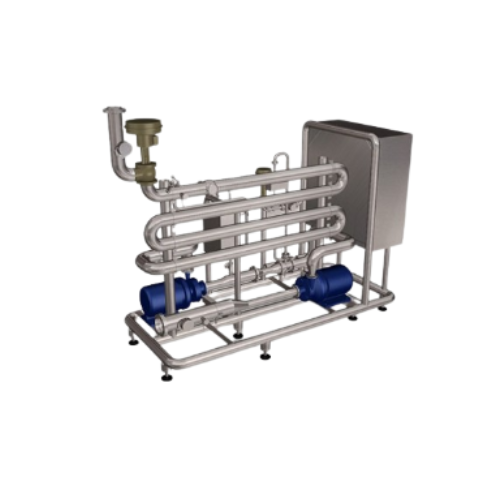
Carbonating solution for precise Co2 content in beverages
Enhance your beverage production with seamless CO2 integration...
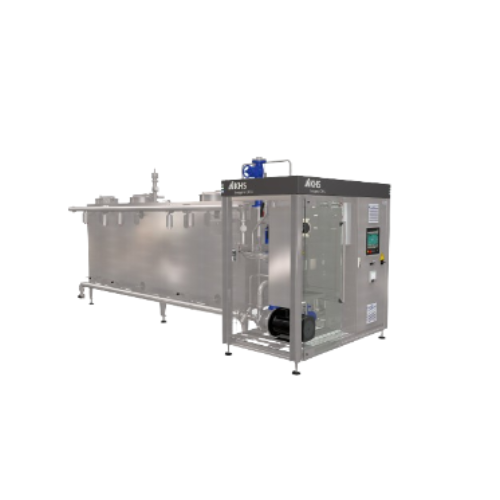
Compact cleaning system in container format
Optimize your production lines with a space-saving cleaning system capable of ...
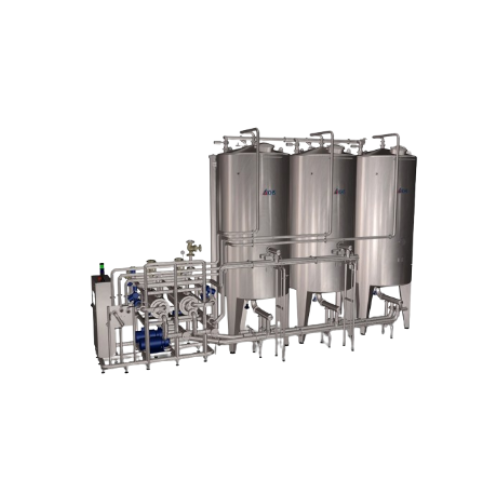
Cip cleaning system for food and beverage production lines
Ensure microbiological safety and maintain quality standards ...
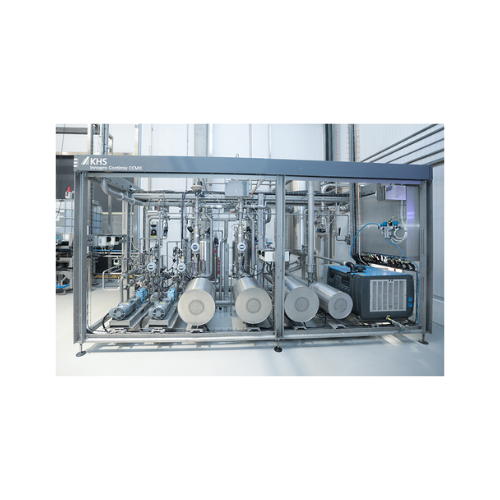
Dosing and blending system for beverage production
Enhance your beverage production with a flexible system capable of pre...
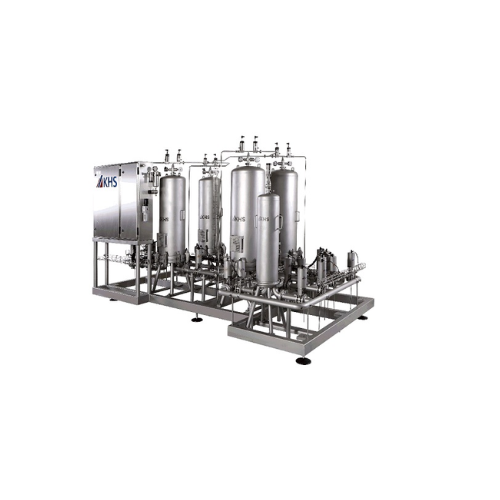
Multifunctional filter system for beverages and gases
Achieve precise filtration across multiple beverage and gas mediums...
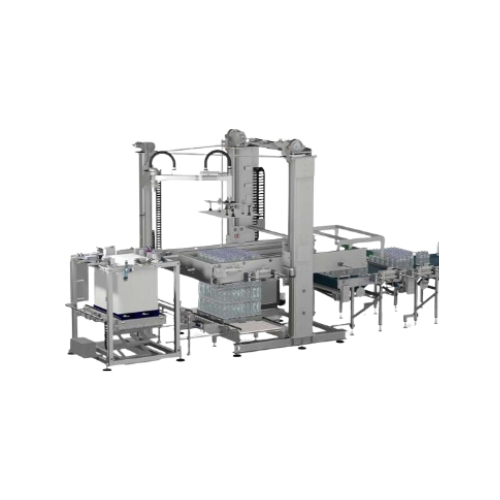
Twin-column palletizer for flexible packaging feed
Optimize your production line with flexible and high-speed palletizing...
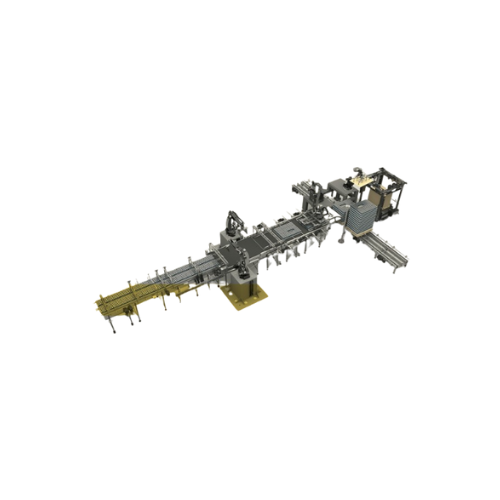
High-performance palletizer for cans, Pet, and glass containers
Elevate your palletizing efficiency with cutting-edge ro...
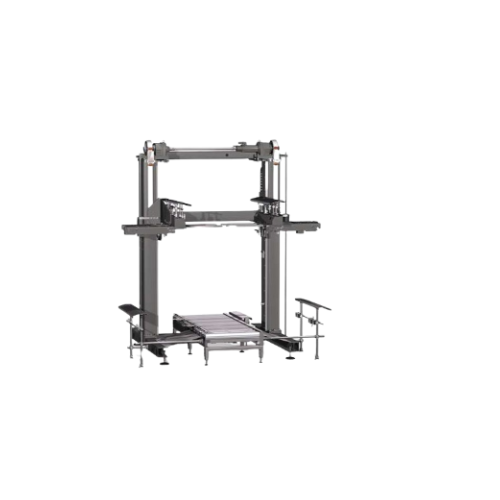
Pallet stacker/destacker for separator pallets
Optimize your pallet flow with an advanced stacking and destacking system d...
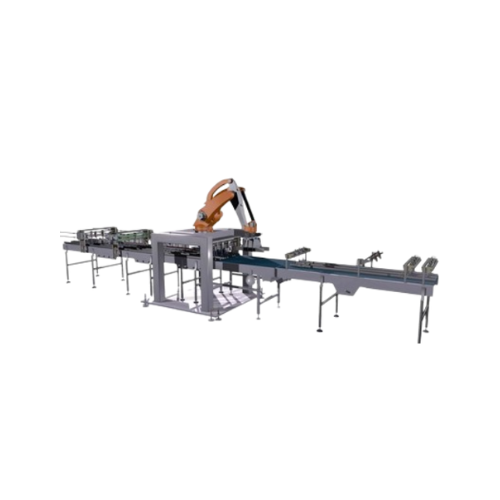
High-performance distribution and combining system
Streamline your packaging operations with a versatile system designed ...
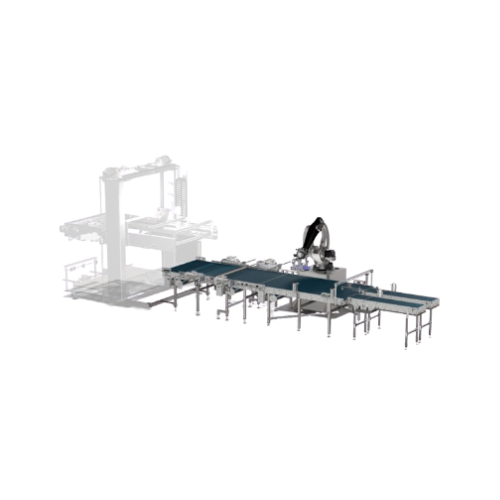
Robotic layer grouping system for container distribution
Streamline your packaging line with precise, high-speed containe...
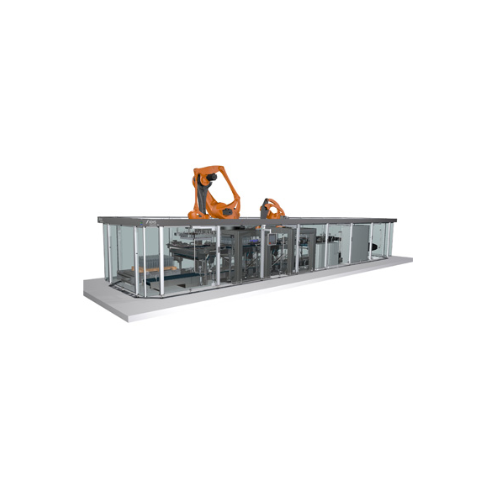
360° palletizing and depalletizing robot
Optimize your packaging flow with a robot offering seamless 360° operation for pre...
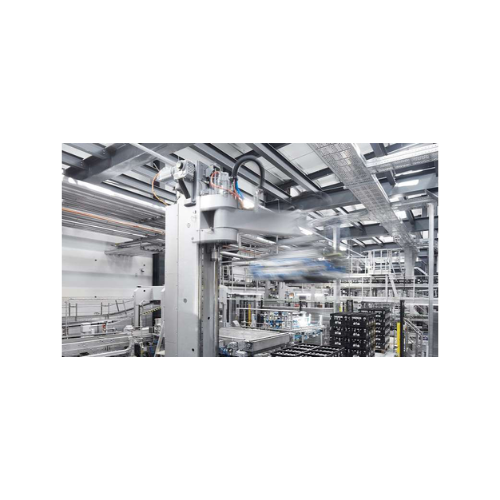
180° palletizing robot for automated palletizing and depalletizing
Optimize your production line with a versatile solut...
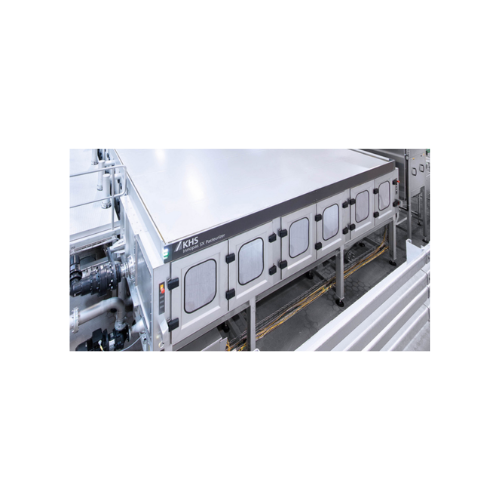
Flexible tunnel pasteurizer for beverage sterilization
Maximize product safety and flexibility in your production line wi...
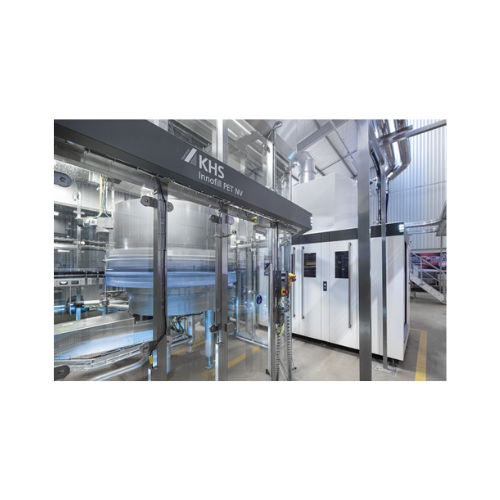
Pet bottle filler for hot and cold still beverages
Achieve high-speed precision in filling and capping for various bevera...
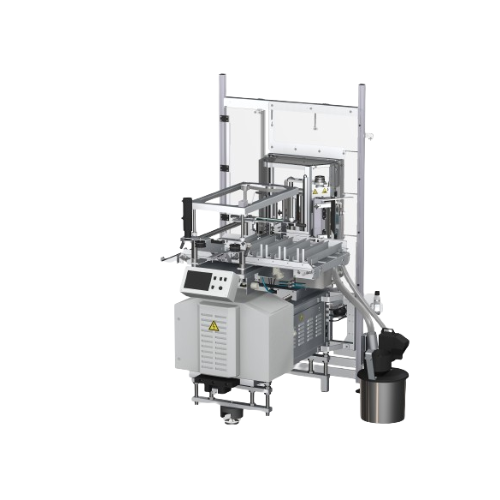
Modular labeling system for beverage containers
Easily adapt to evolving labeling needs with this flexible system, designe...
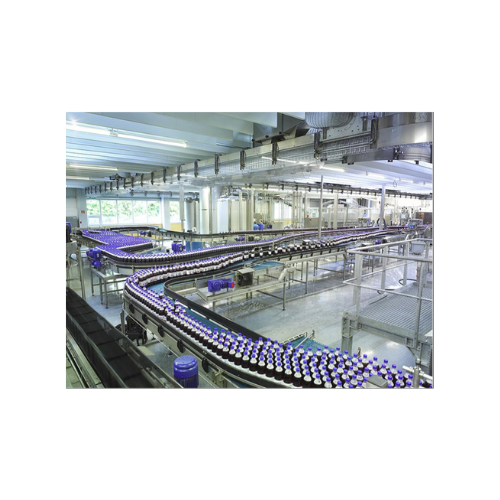
Gentle container conveyor for bottles and cans
Achieve seamless container flow with minimal noise and enhanced precision, ...
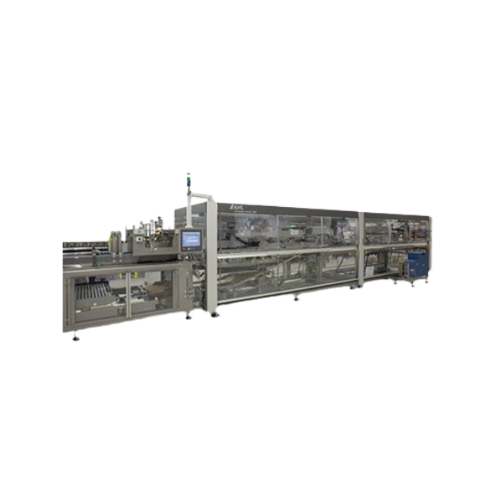
Wrap-around packer for cartons and trays
Effortlessly streamline your packaging process with a high-speed solution designed...
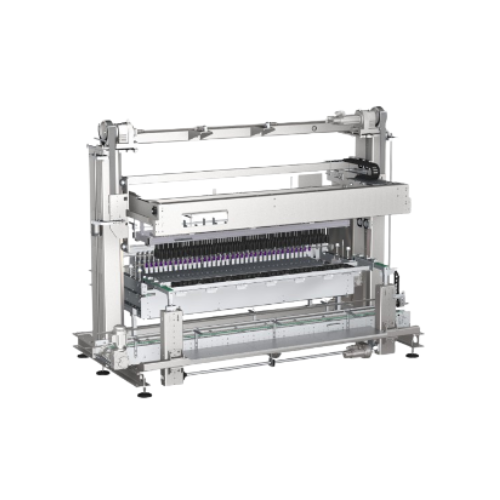
Multifunctional packing system for beverage containers
Maximize your facility’s packing efficiency with a versatile...
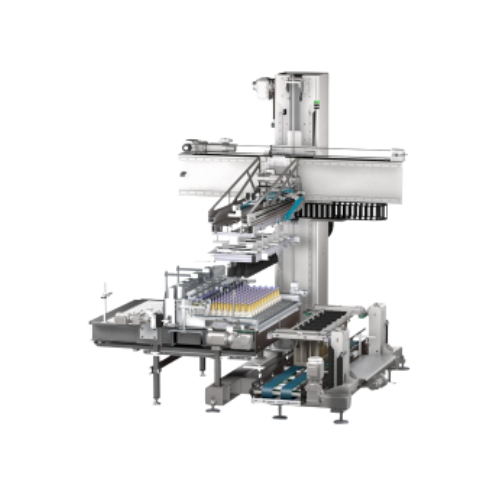
Packer and unpacker for returnable and non-returnable containers
Streamline your packaging line with a versatile machine...
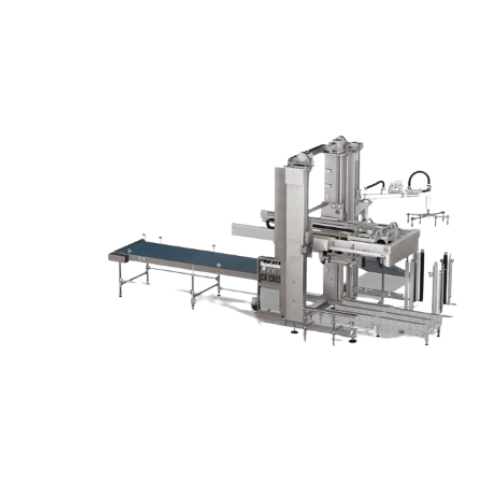
Depalletizer with accurate level compensation
Optimize your high-speed assembly line with a depalletizer designed for prec...
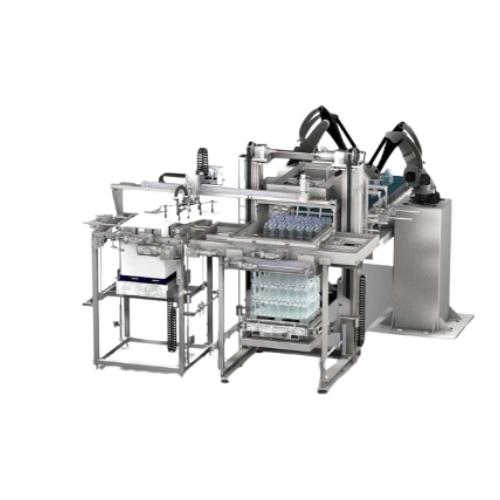
High-speed beverage industry palletizer
Optimize your palletizing process with a flexible, high-speed solution that adapts ...
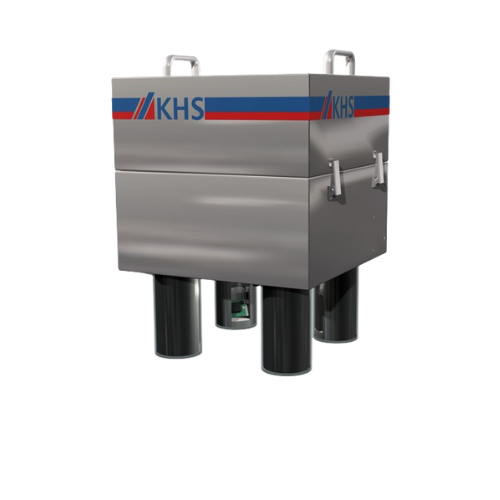
Closure inspection system for crown corks and metal caps
Ensure product integrity with high-speed 360° closure inspection...
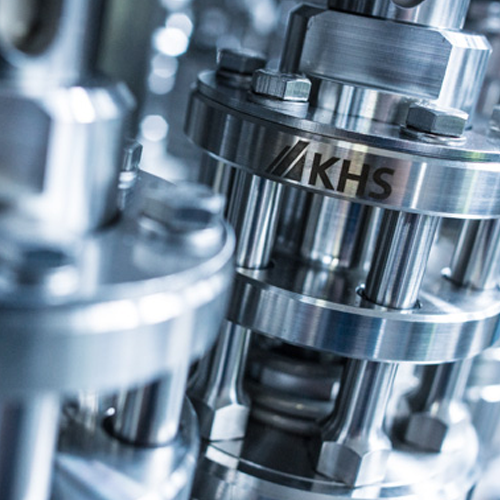
Industrial code verification system for product packaging
Ensure flawless packaging integrity with high-speed code verif...
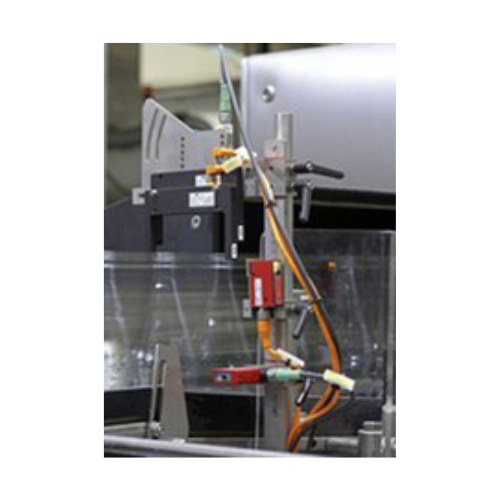
Closure inspection system for beverage caps
Ensure complete closure integrity in high-speed beverage production lines with...
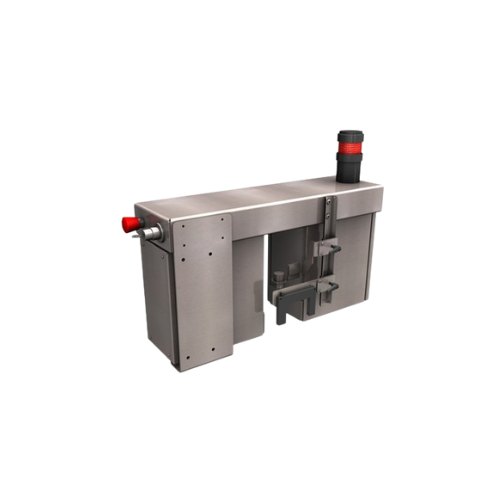
High-precision fill level checker for beverages and containers
Ensure precise fill levels and prevent product wastage by...
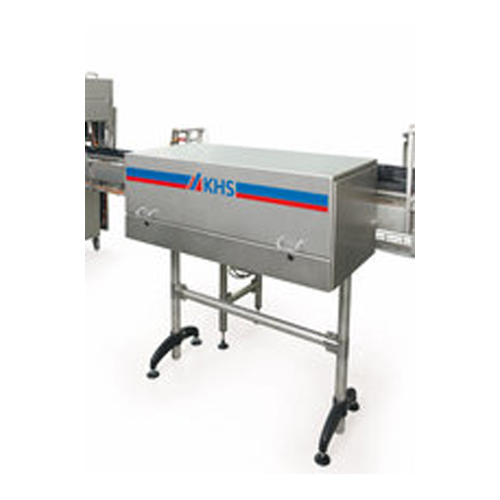
Rejection system for standing bottles and cans
Ensure seamless quality control by precisely rejecting defective bottles an...
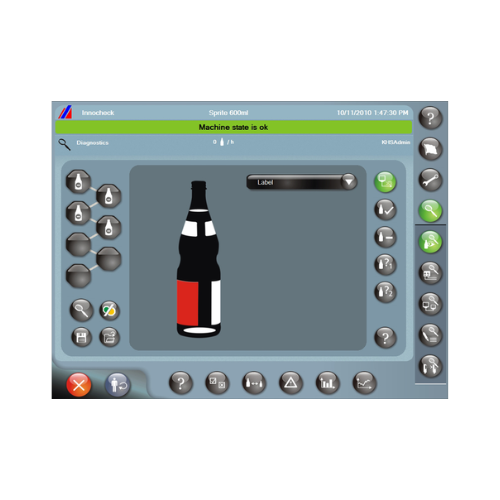
Label inspector for beverage and food containers
Ensure precise label application with high-speed inspection, crucial for ...
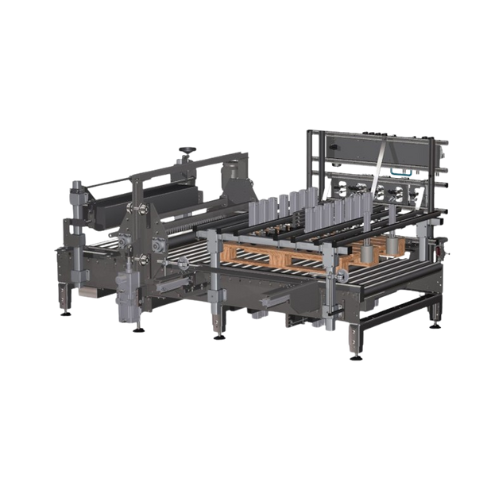
Pallet inspection system
Ensure the stability and integrity of diverse pallets with a high-speed inspection system that minim...
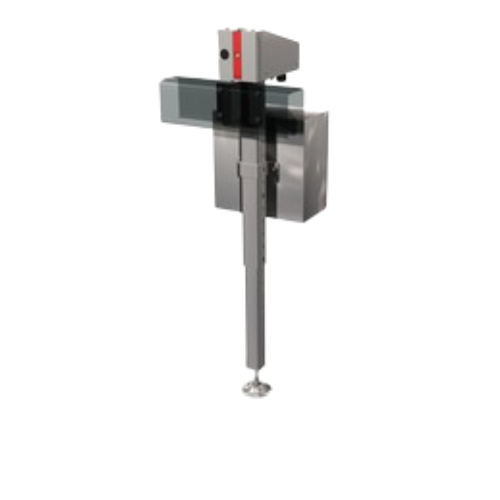
Container rejection system for high-speed operations
Ensure product safety by swiftly removing defective containers at hi...
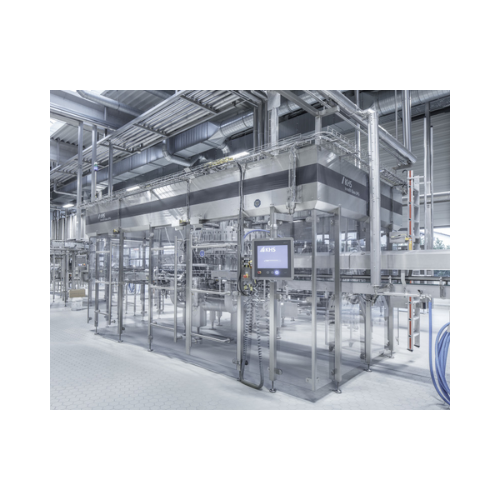
Bottle filler for beer and soft drinks in glass bottles
Achieve precision in bottling with reduced CO2 emissions and low ...
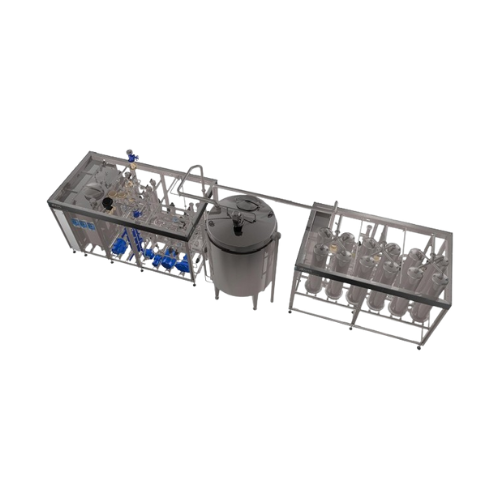
Pvpp beer stabilization system for breweries
Reduce beer hazing and extend shelf life with this advanced stabilization sys...
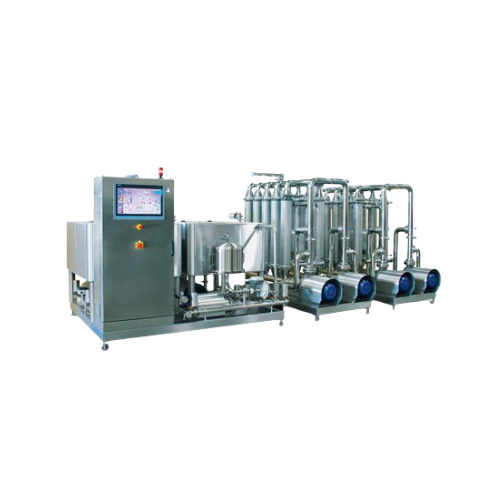
Crossflow filter for liquid filtration in food industry
Enhance your liquid filtration process with a versatile crossflow...
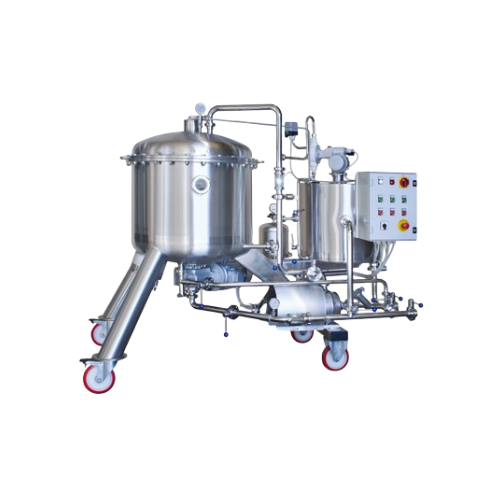
Horizontal element kieselgur filters
Enhance your production with a filtration system that ensures effective separation of ...
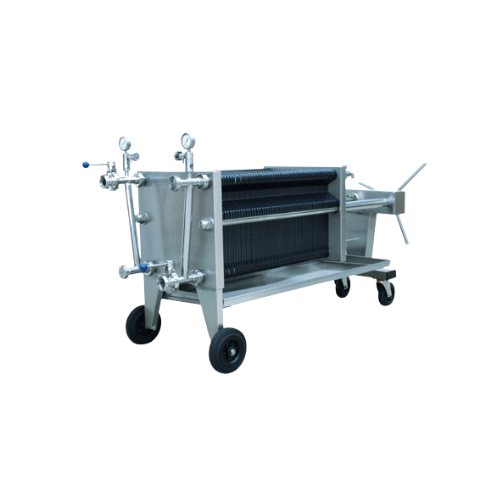
Industrial sheet filter for liquid filtration
Optimize your liquid product purity with precise filtration, maintaining int...
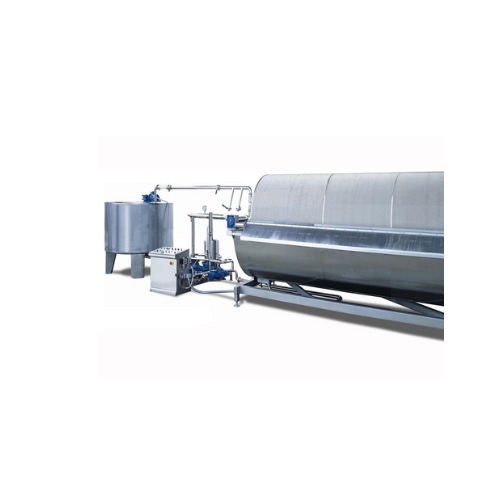
Vacuum rotary filter for liquid filtration
Enhance your production line’s efficiency with precise filtration, ensuri...

Htst pasteurization system for liquid foods
Ensure your liquid products are safe and long-lasting with high-temperature-sh...
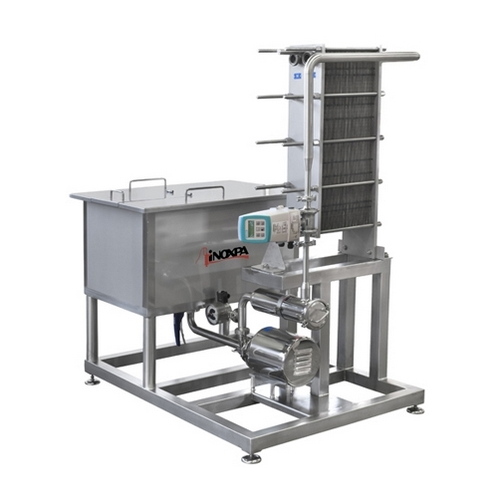
Industrial skids for liquid processing
Efficiently manage large-scale liquid and solid processing in your production line w...
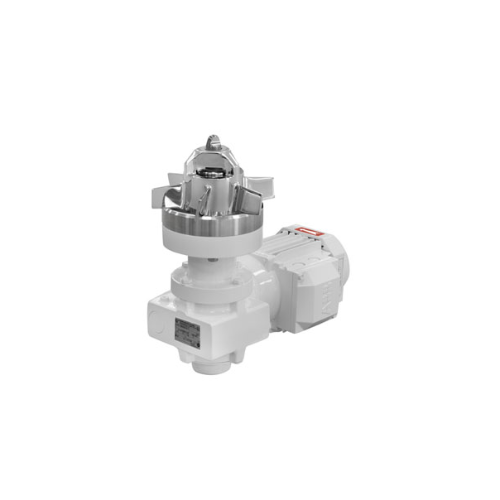
Industrial magnetic agitator for homogenizing pharmaceutical products
Achieve precise dispersion and homogenization in ...
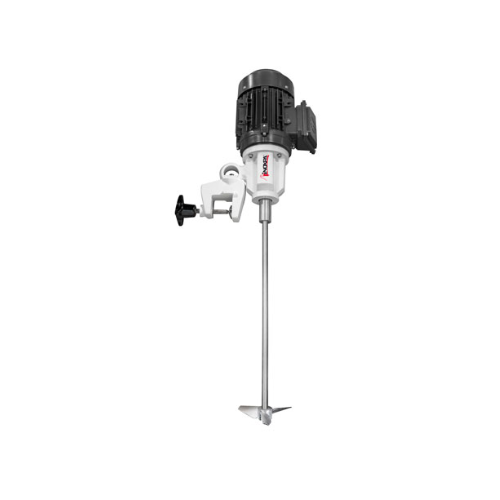
Portable agitator for high-speed mixing
Enhance your liquid formulation processes with an efficient solution for rapid mixi...
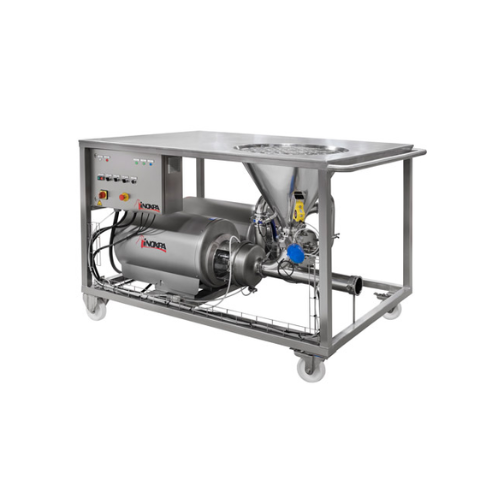
Powder blender for liquid mixing applications
Optimize your process with a compact blender designed to efficiently dissolv...
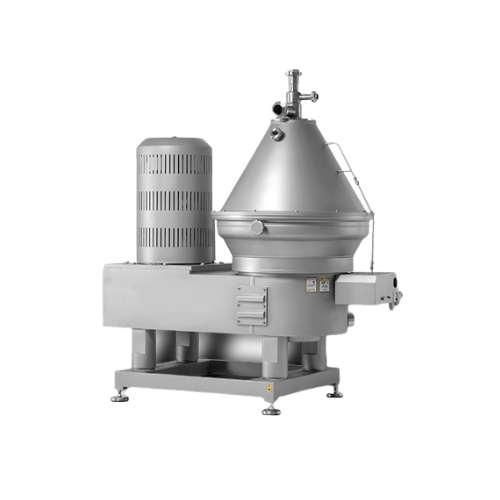
Centrifugal separators for dairy products
Enhance your liquid food product quality with centrifugal separators designed fo...
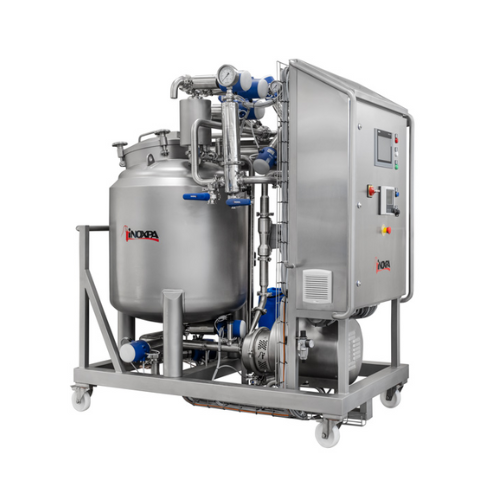
Automated Cip system for small facilities
Ensure impeccable hygiene with a mobile cleaning system designed to efficiently ...
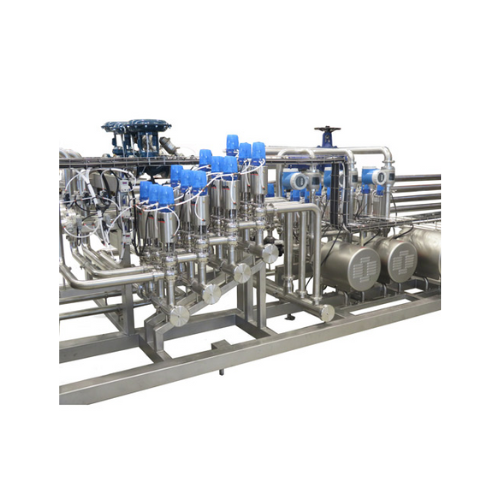
Cip cleaning system for dairy industries
Ensure hygienic operation with this system, designed to maintain optimal cleanline...
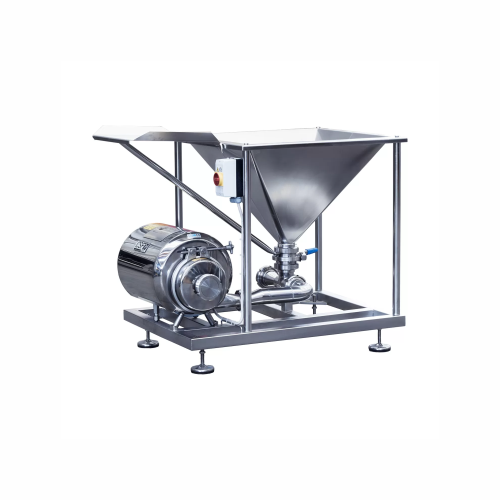
Sugar dissolving system for industrial applications
Efficiently dissolve sugar and low-viscosity blends to achieve perfec...
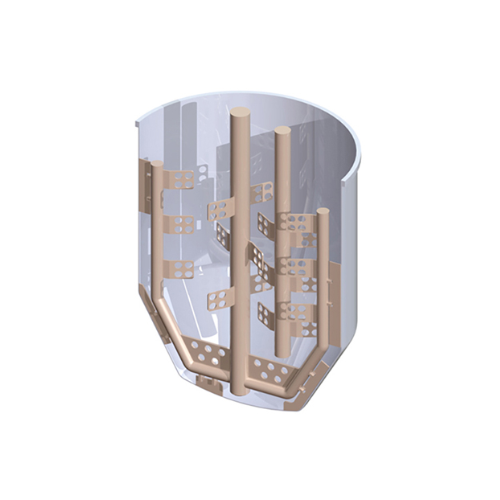
Agitators for mixing tanks
Optimize mixing operations with versatile agitators designed for various viscosities and fluid ty...
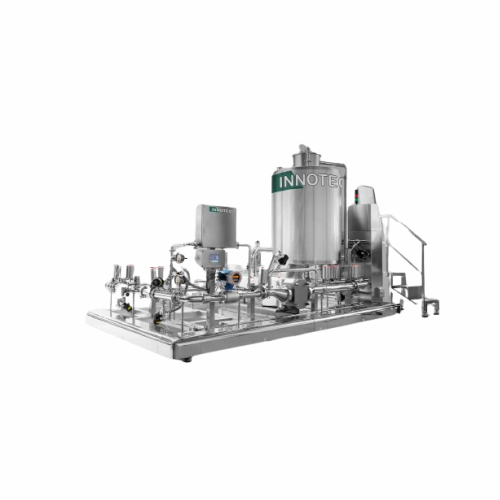
Oxygen and carbon dioxide monitoring and elimination system
Achieve precise control over dissolved gases with a system t...

In-line additive dosing systems for beverages
Ensure precision and safety in beverage production by integrating in-line do...
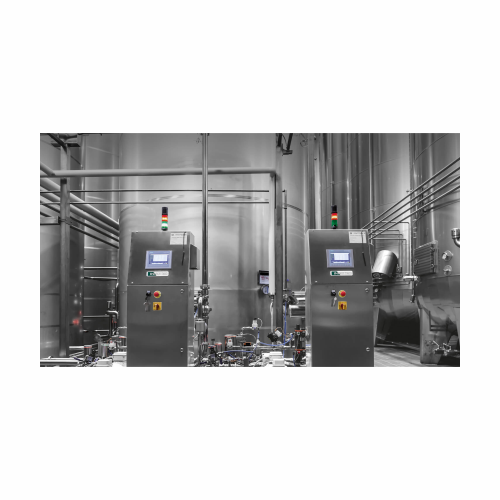
Piping discharge system for product separation in transfer lines
Optimize your beverage production by preventing product...
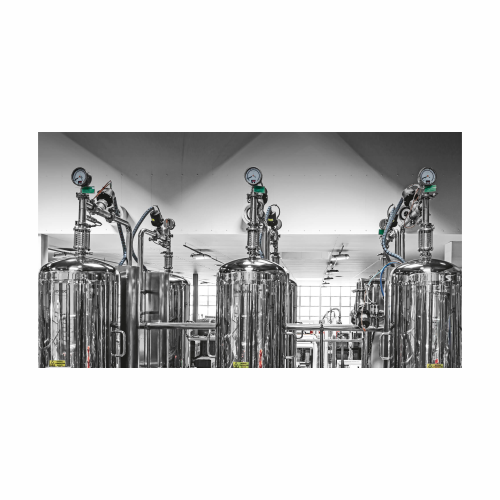
Micro-filtration system for beverage industry
Achieve microbiological stability at cold temperatures with our micro-filtra...
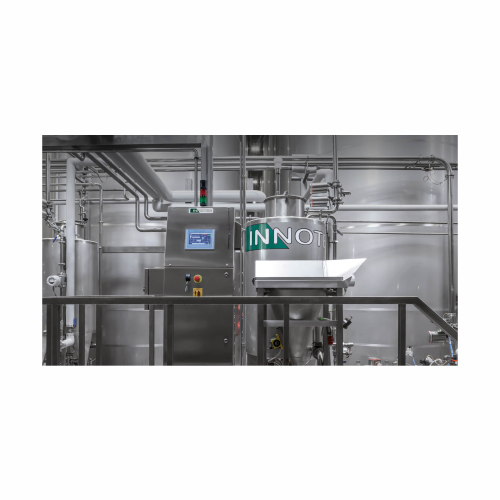
Powder mixing system for beverage industry
Enhance your beverage production with an advanced powder mixing system that ens...
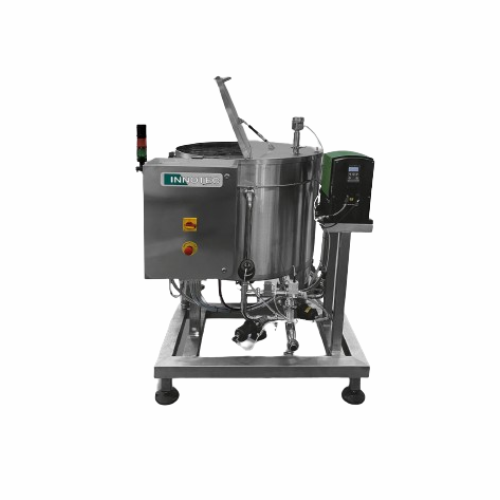
Wine recovery system for bottling processes
Streamline bottling operations by recovering and re-dosing valuable wine, redu...
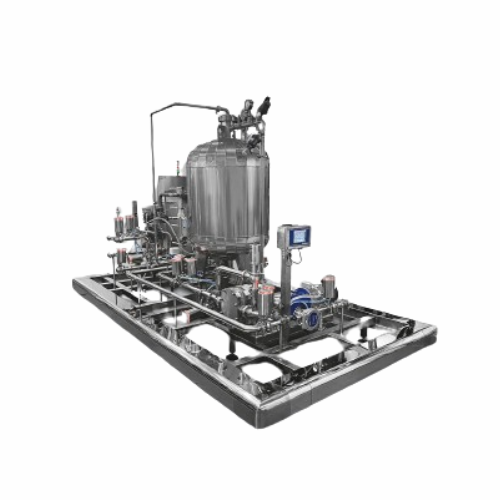
Co2 dosing system for effervescent beverage bottling
For beverage manufacturers requiring precise carbonation, this solut...
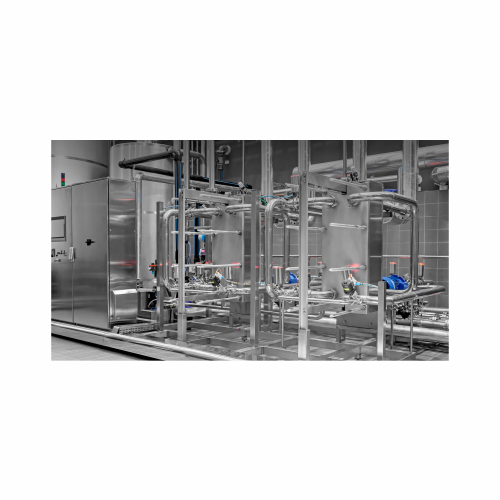
Automated system for cleaning in place (cip)
Ensure thorough, efficient cleaning of your production equipment with a syste...
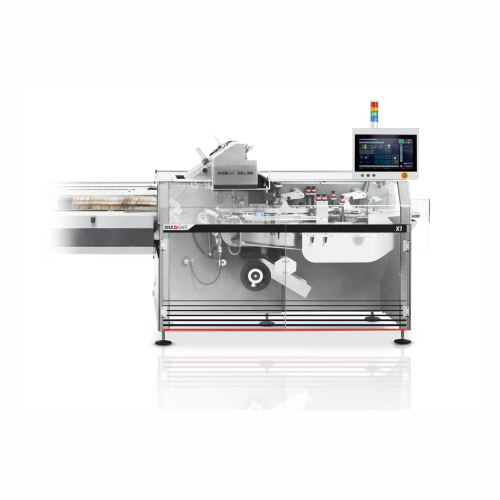
Intermittent motion cartoner for pharma packaging
Streamline your packaging line with versatile cartoning solutions that ...
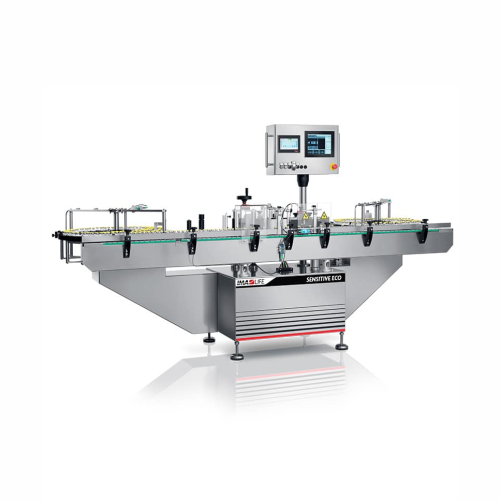
Linear labelling system for vials and bottles
Streamline your labelling process with a compact solution designed for preci...
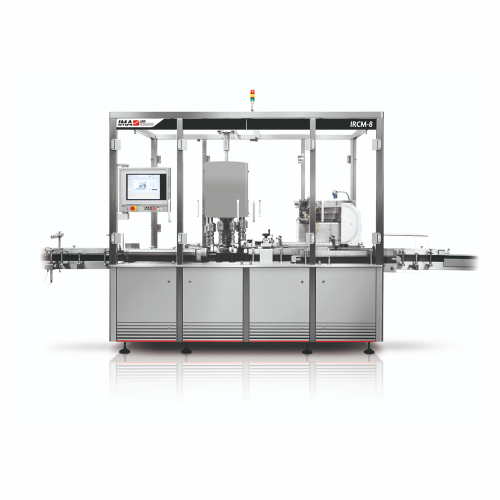
Rotary capper for round and irregular shaped containers
Efficiently cap round and irregular containers with precision and...
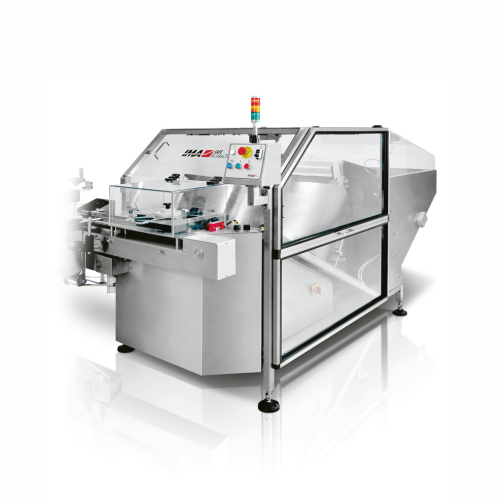
Rotary unscrambler for plastic bottles
Streamline your bottling process with a solution that efficiently sorts, orients, an...
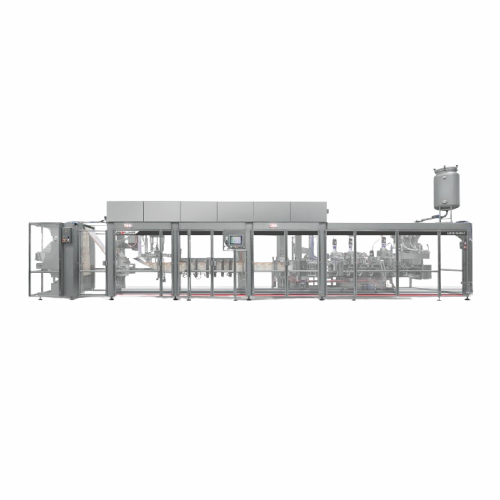
High-speed drift-dwell motion doypack forming system
Optimize your liquid packaging efficiency with a dual-motion system ...
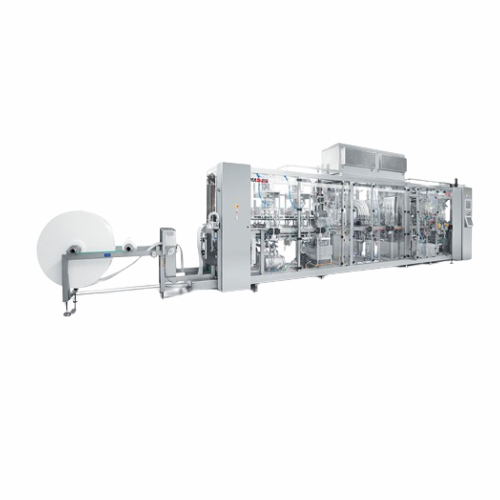
Form fill and seal solution for liquid and pasty products
Enhance your production efficiency with high-speed forming, fi...
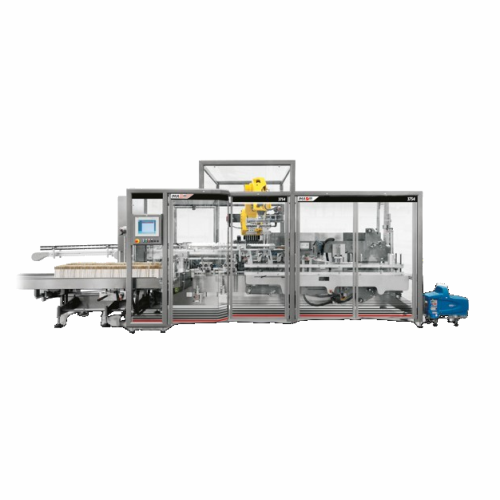
Top loading case packer for loose or bundled bottles
Effortlessly handle and pack both standard and uniquely shaped bottl...
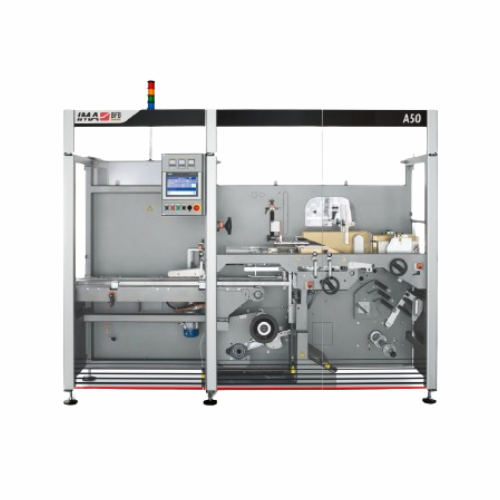
Over wrapping solution for foodstuffs and beverages
Optimizing film over wrapping for challenging thin materials, this co...
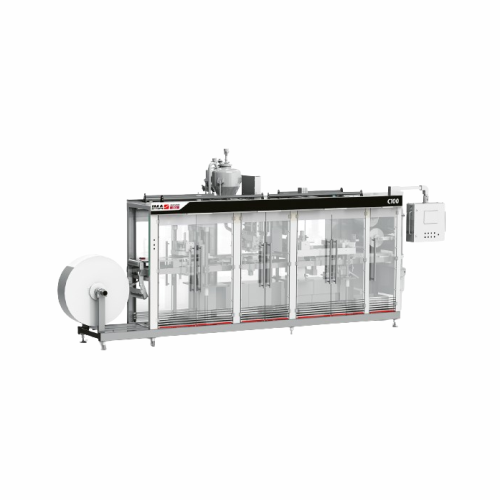
Cup forming, filling, and sealing solution
Optimize your cup production with a compact solution designed for precise formi...
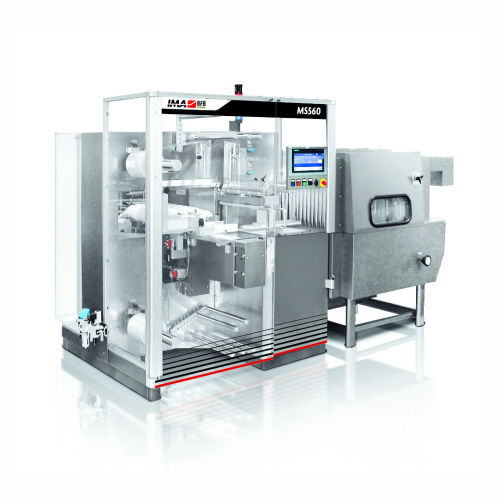
Bottle bundling and shrink wrapping system
For high-speed beverage packaging, streamline your process with advanced bundli...
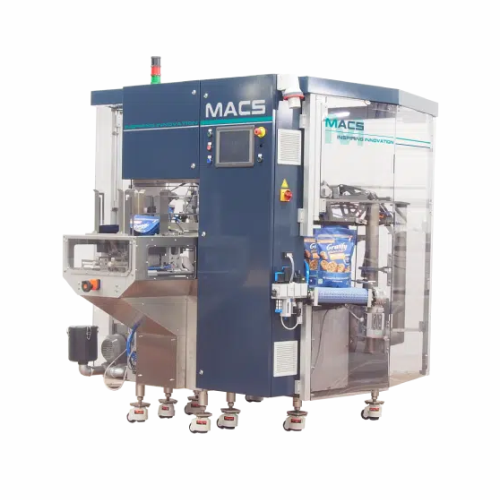
Rotary doypack packaging system for various materials
Enhance your packaging line with versatile doypack machines designe...
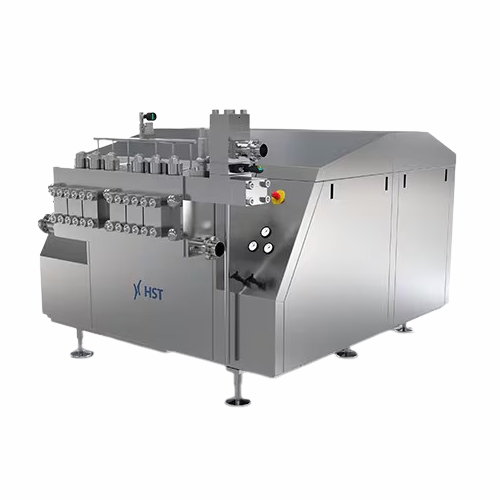
High-pressure homogenizers for liquid products
Achieve consistent emulsions and stable dispersions with high-pressure homo...
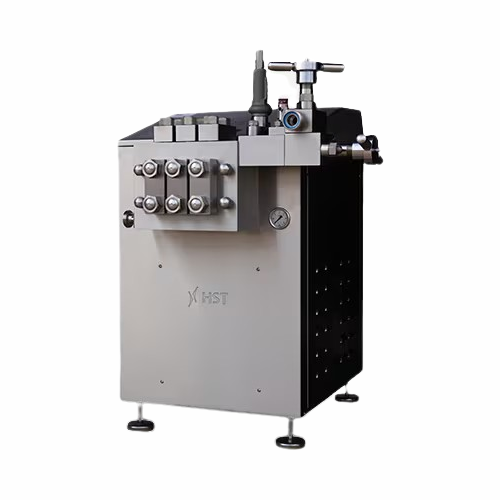
Homogenizer for high-pressure homogenization
Optimize your production with high-pressure homogenization, essential for ach...
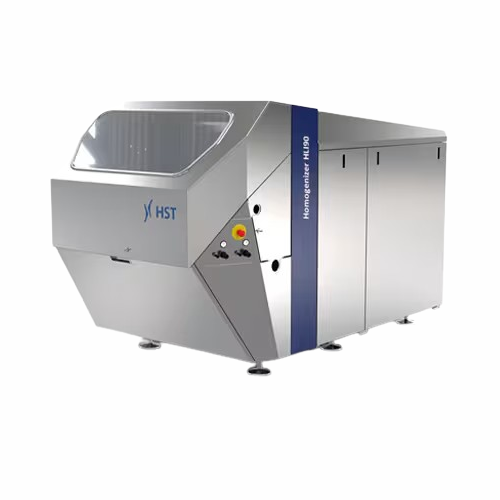
High-pressure homogenizer for food and pharmaceuticals
Achieve unparalleled consistency and stability in emulsions and di...
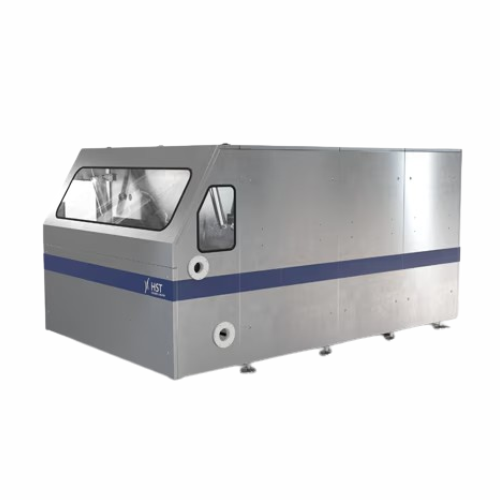
Homogenizers for high-pressure applications
Achieve unparalleled product consistency and stability with precision-engineer...
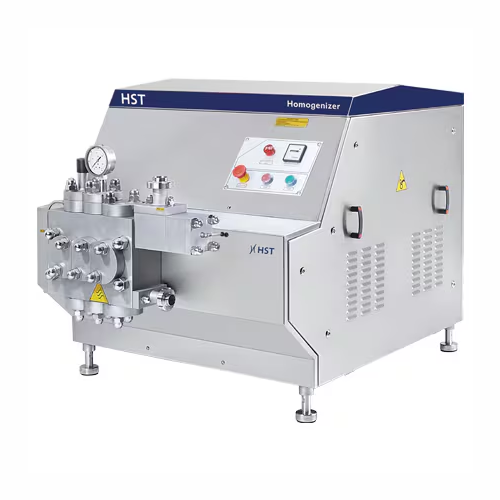
High-pressure homogenizers for dairy and food products
Achieve consistent texture and stability in your liquid products w...
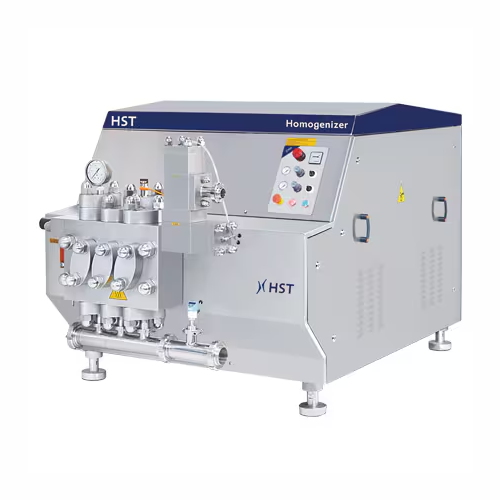
High-pressure homogenizers for dairy and beverage industries
Achieve precise emulsion stability and consistent particle ...
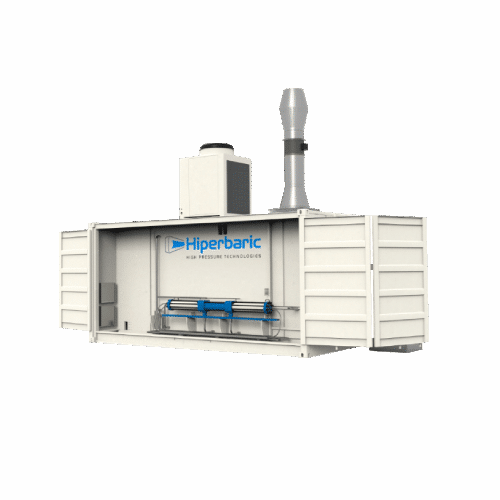
Hydrogen compression solution for refueling stations
For operations demanding efficient hydrogen compression, this modula...
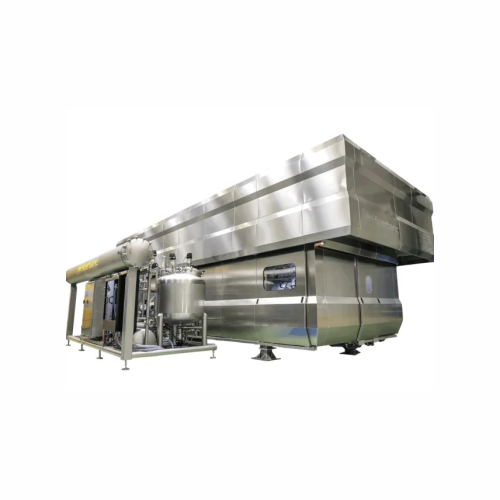
High pressure processing for bulk liquid beverages
Streamline your liquid processing with high-pressure in-bulk technolog...
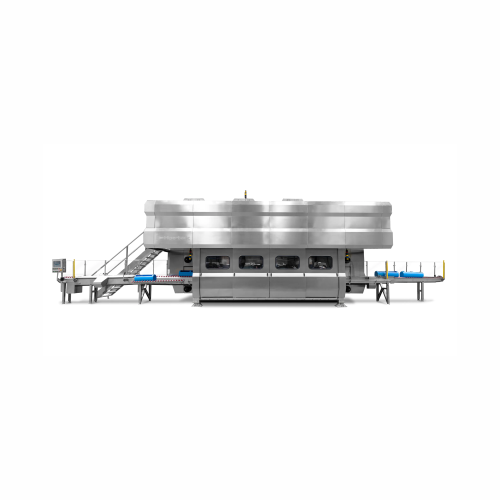
High pressure food processing system
Achieve extended shelf life and enhanced food safety with a cutting-edge high-pressure...
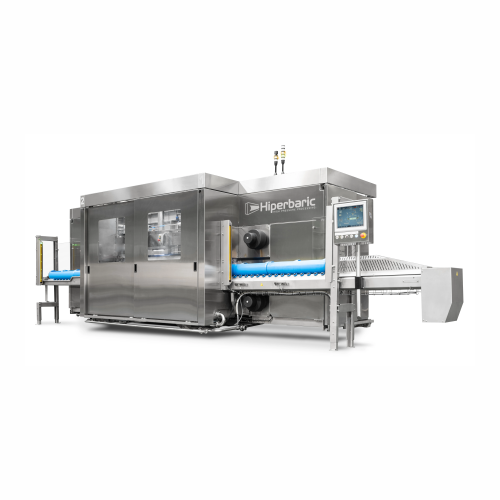
Hpp system for small-scale food production
Enhance food safety and prolong shelf life with this compact high pressure proc...

Compact full product inspection system for pharmaceuticals
Easily detect fill level inaccuracies, closure misalignments,...
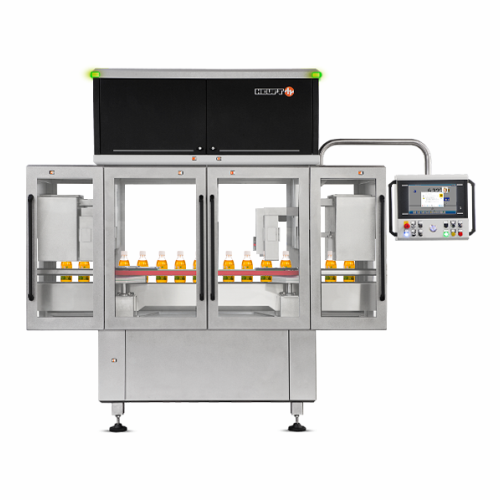
Leak detection for pharmaceutical containers
Ensure the integrity of your liquid products in high-speed production by dete...
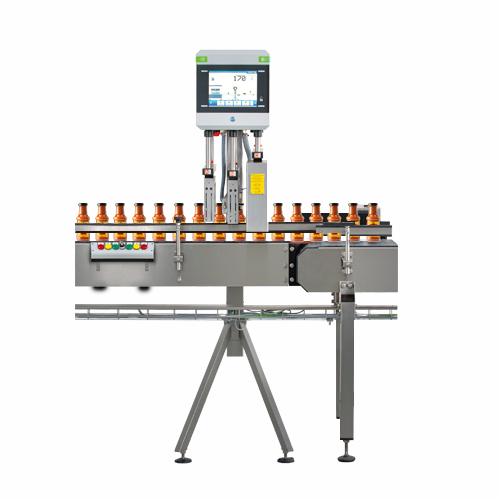
Full container check for fill level and closure inspection
Ensure the integrity of your liquid products with this advanc...
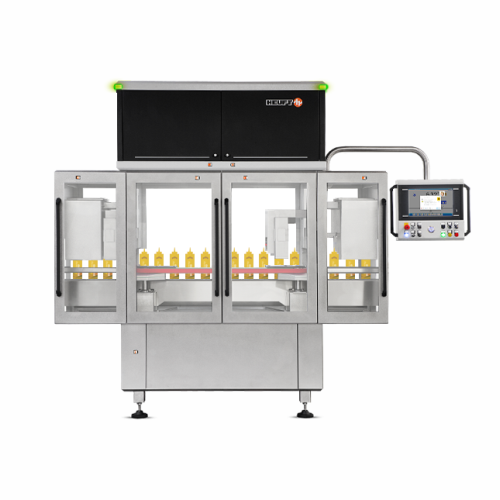
Leak detection system for plastic containers
Ensure product integrity and prevent costly recalls with this advanced system...
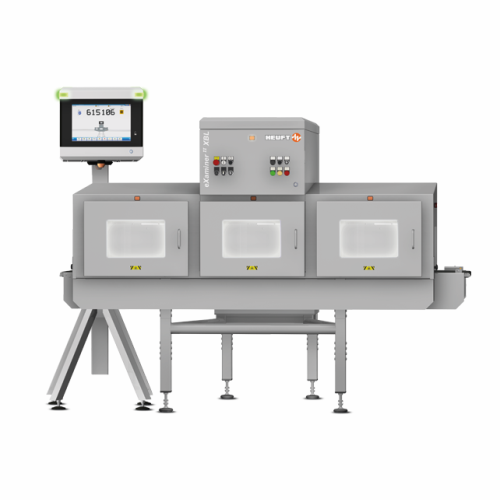
Pulsed x-ray foreign object inspection for food packaging
Ensure your packaged goods are free from dangerous contaminant...
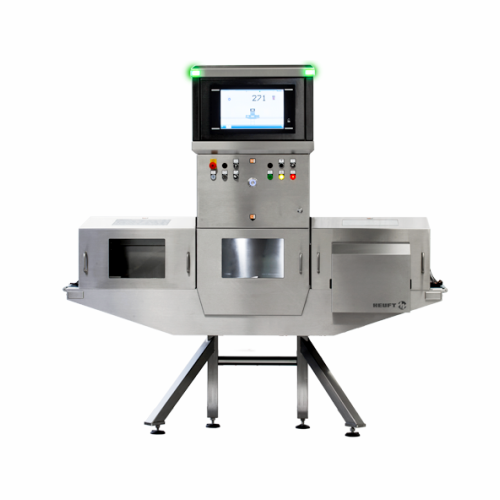
Foreign object detection for packaged and unpackaged food
Ensure the integrity of packaged and unpackaged foods by detec...
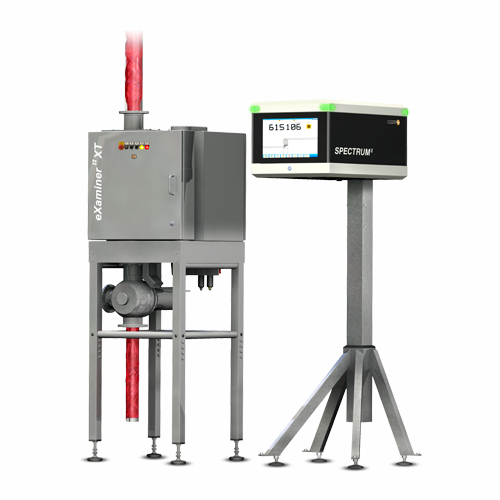
Pipeline inspection for liquid and paste-like products
Ensure your liquid and paste-like products are free from foreign o...
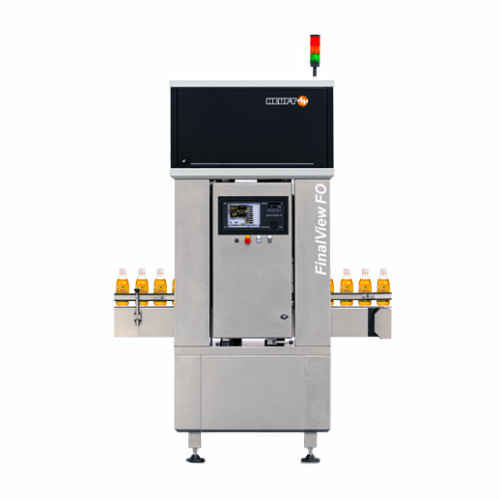
Final product inspection system for pharmaceutical containers
Ensure the integrity and precision of packaged pharmaceuti...
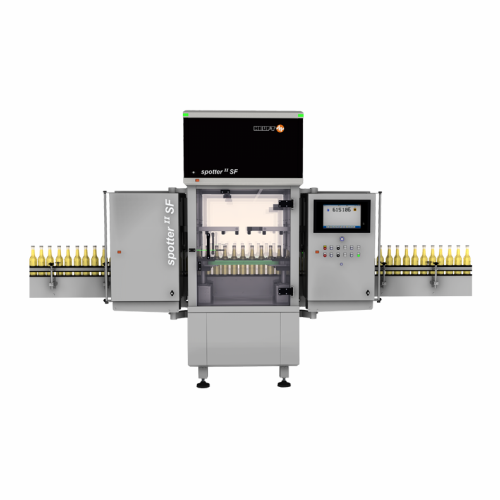
Full container inspection for glass and Pet bottles
Ensure the highest product quality by detecting foreign objects and m...
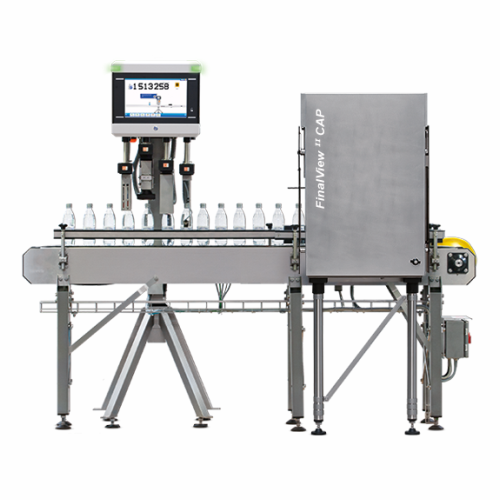
Closure inspection for beverage containers
Ensure the integrity of your bottled products with precision closure inspection...
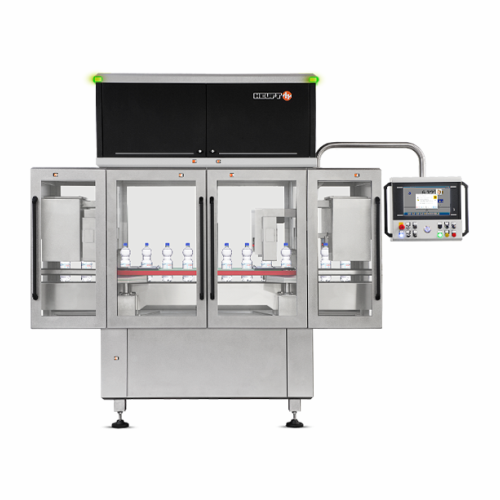
Automatic leakage detection for Pet bottles
Ensure the integrity of bottled beverages by detecting even the smallest leaks...
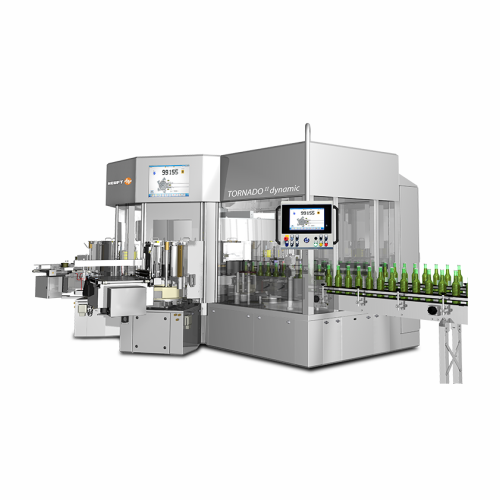
Semi-modular labeller for precise beverage bottle labelling
Achieve millimeter-precision bottle labelling with seamless ...
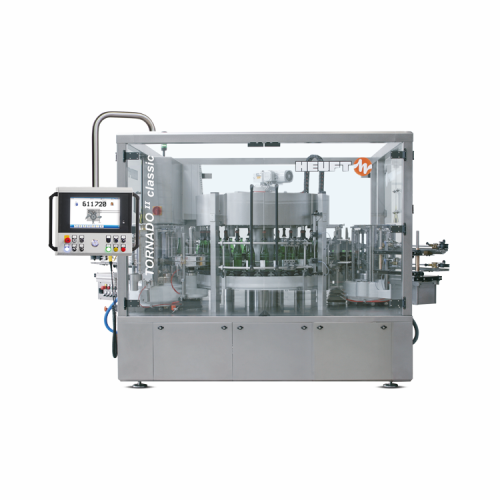
Versatile labeller for food industry
Enhance your packaging line with a versatile labelling machine capable of applying wra...
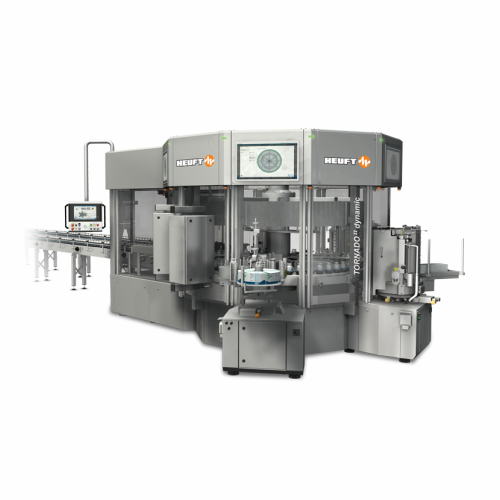
Labelling solution for food and beverage containers
Optimize your packaging line with precision labelling technology that...
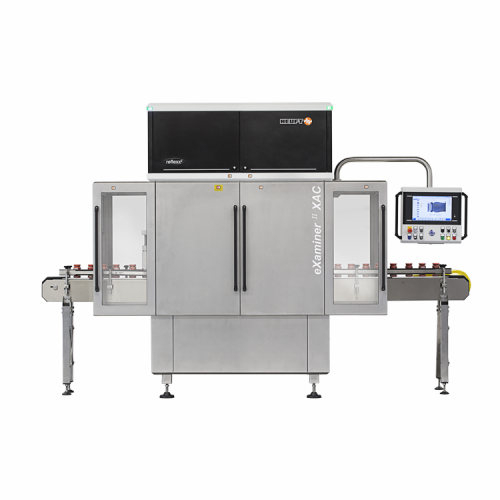
Foreign object inspection for full containers
Detect and remove minute foreign objects from liquid and paste-like products...
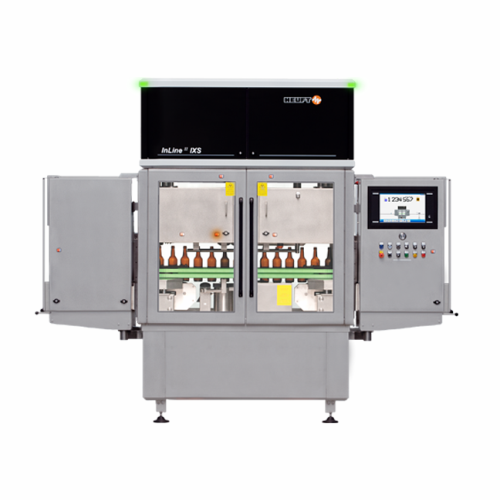
X-ray assisted empty bottle inspection
Enhance your production line with advanced X-ray and optical technology to ensure pr...
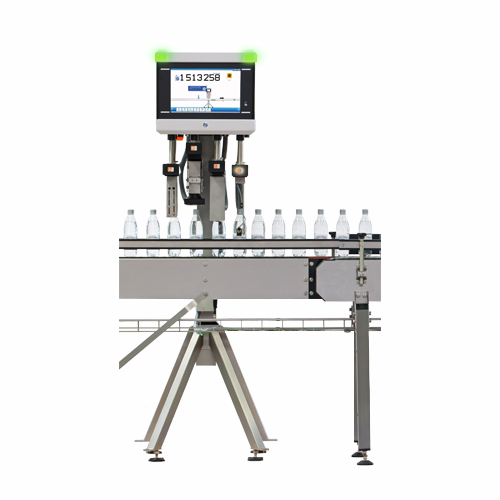
Fill level and closure inspection system
Ensure precise fill levels and secure closures in high-speed liquid packaging envi...
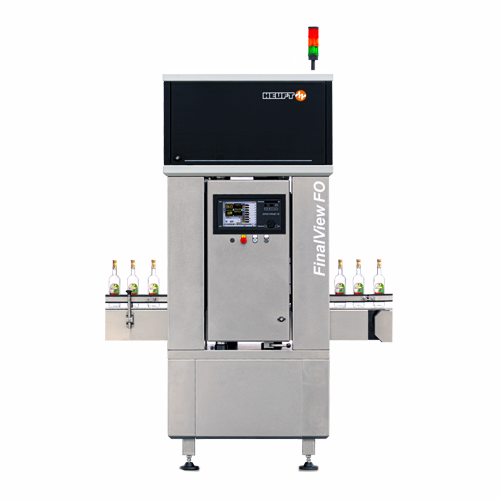
Final container inspection for beverages
Ensure flawless product presentation and secure branding by detecting misaligned l...
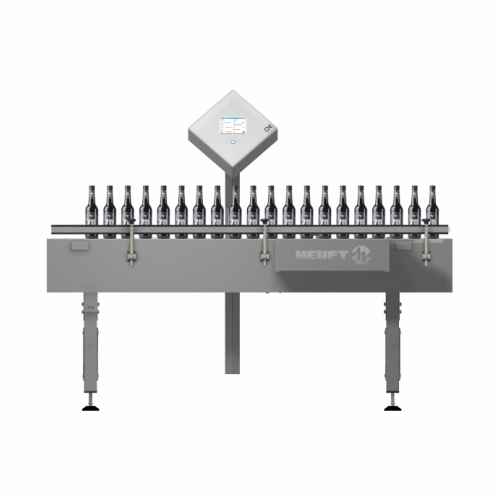
Full container inspection system
Ensure the quality and safety of your products with a compact solution that performs precis...
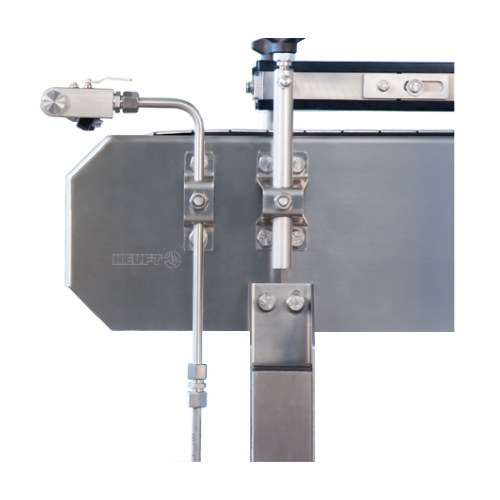
Conveyor system for efficient container transport
Optimize your filling line with a versatile container transport system ...
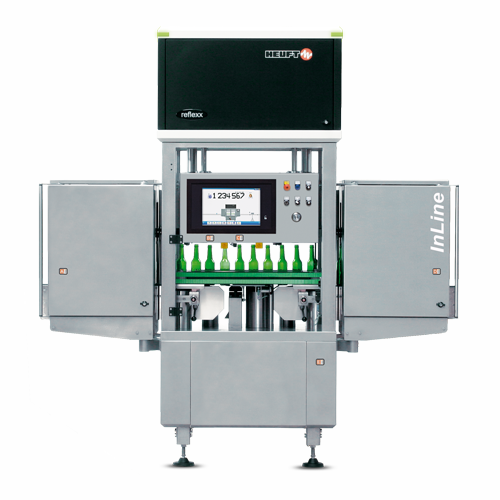
Empty bottle inspection for beverages
Ensure high quality control and prevent contamination in beverage production lines wi...
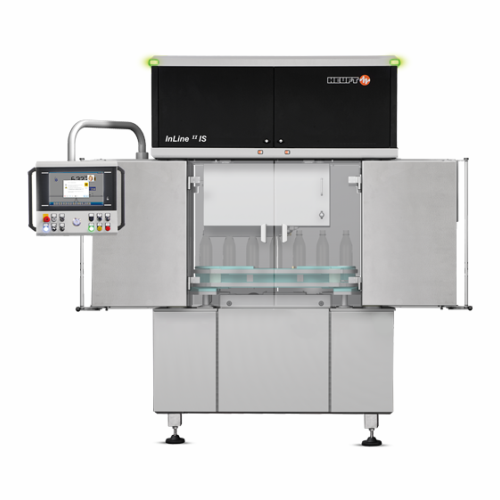
Empty bottle inspector for beverage industry
Ensure flawless quality control by thoroughly inspecting empty bottles for de...
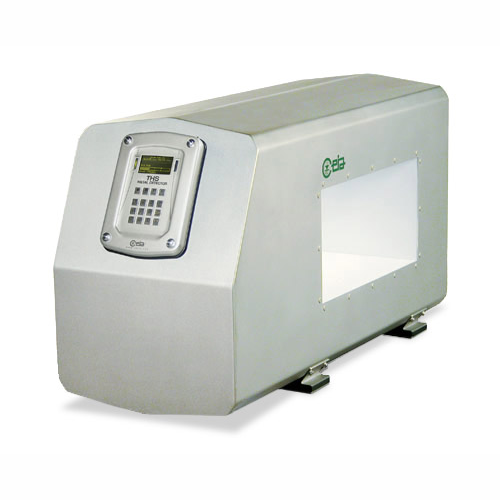
Ferrous-in-foil metal detection system
Enhance quality control for foil-packaged goods with precise ferrous metal detection...
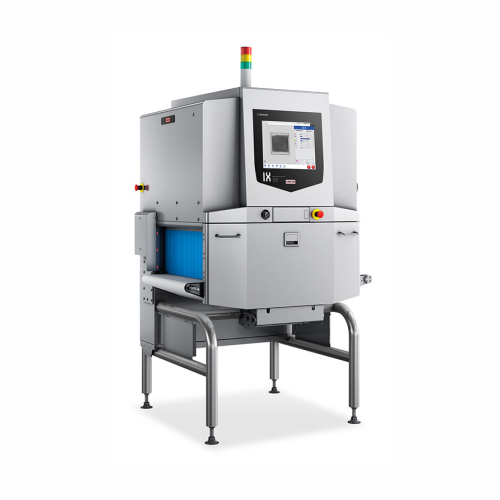
X-ray inspection system for contaminant detection
Detect and eliminate foreign contaminants in a wide range of food produ...
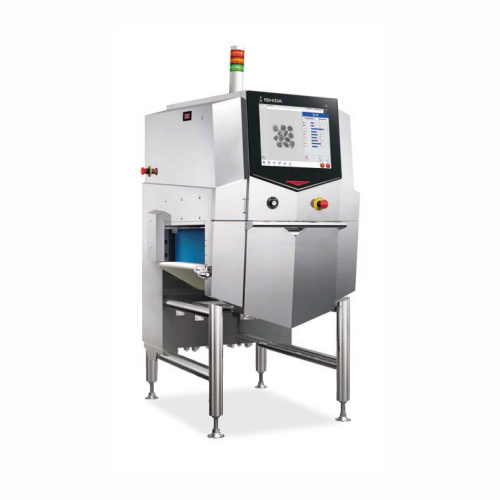
X-ray inspection system for low-density foreign objects
Enhance your inspection capabilities with advanced X-ray technolo...
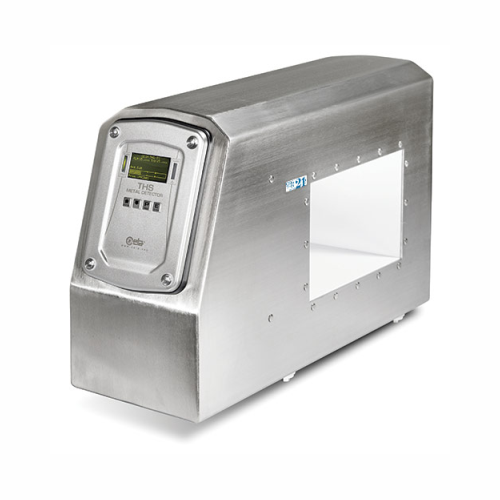
Advanced metal detection for food processing
Maximize your production line’s safety and efficiency with a cutting-ed...
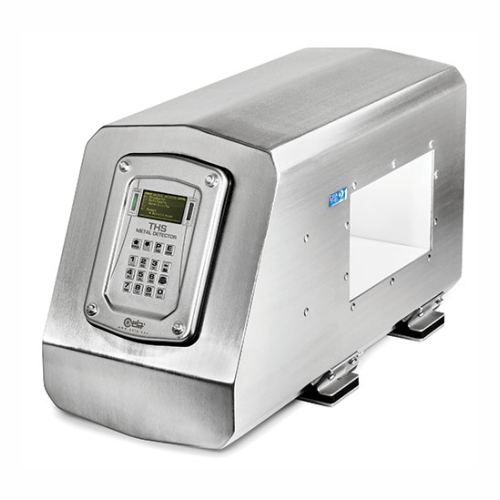
Multi-spectrum metal detector for food industry
Achieve unmatched detection accuracy in your food processing line with thi...
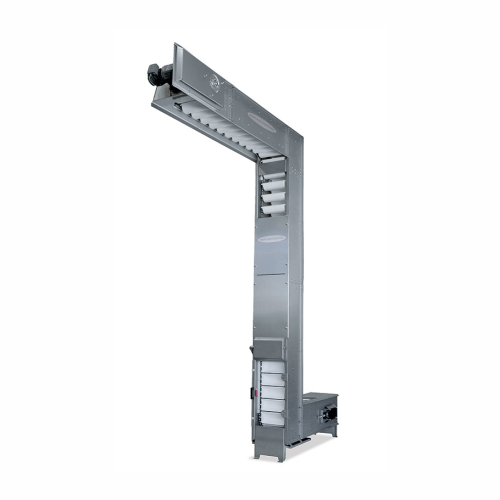
Bucket conveyor for wet and dry free-flowing products
Seamlessly elevate, lower, or convey free-flowing products without ...
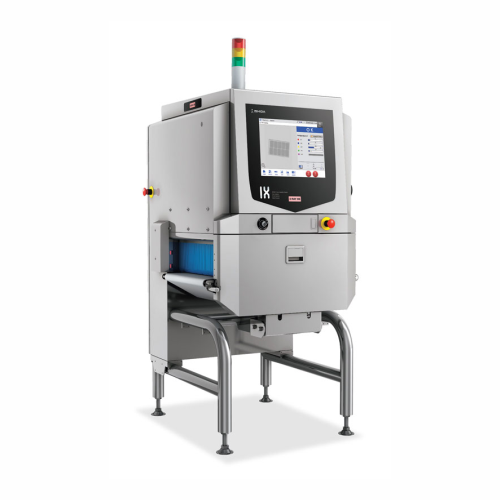
X-ray inspection system for identifying foreign bodies in food products
Ensure precise detection of foreign materials i...
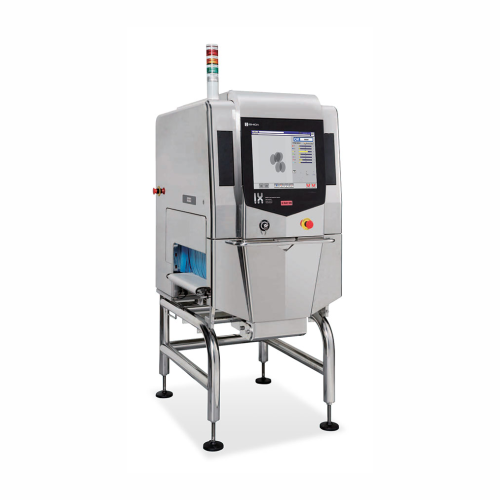
X-ray inspection system for detecting foreign objects in food products
Ensure product safety and quality by detecting e...
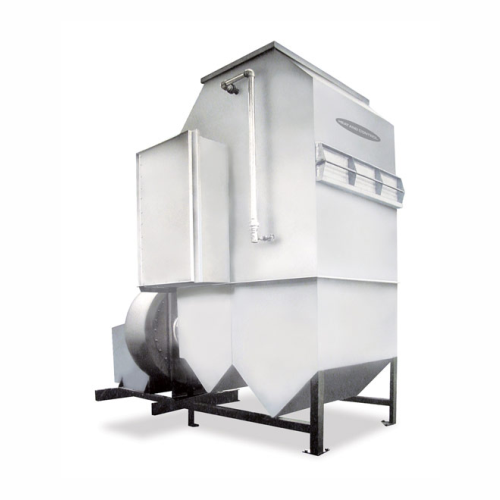
Industrial heat recovery system
Transform exhaust heat from fryers into usable energy, reducing operational costs and boosti...
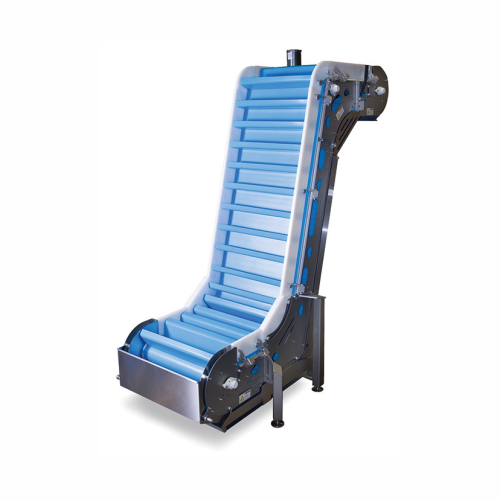
Incline transfer conveyors for dry, fresh, and frozen food products
Efficiently transfer a variety of solid and granule...
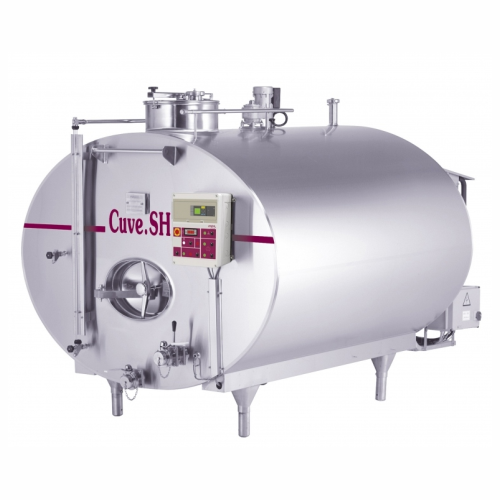
Thermal treatment units for wine processing
Optimize your wine and spirits production with precise temperature control, en...
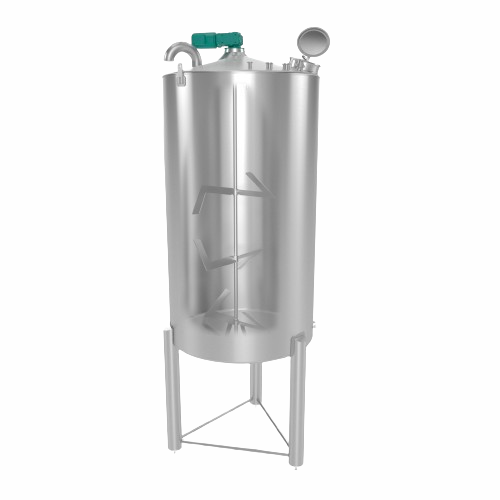
Juice storage tank with hygienic and cooling options
Ensure optimal freshness and stability of juices and beverages with ...
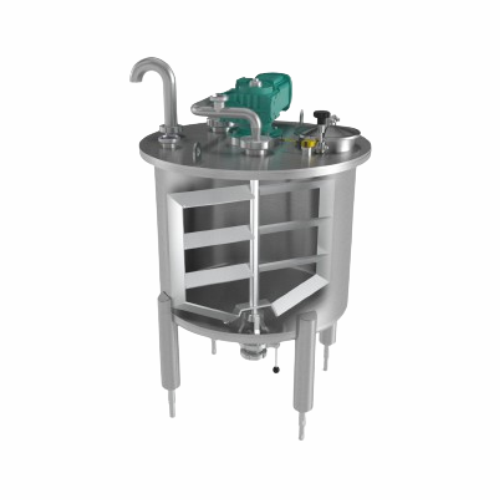
Stainless steel buffer tanks for food, pharma, and cosmetics
Ideal for maintaining process fluidity, these stainless ste...

Industrial continuous distillation system
Enhance product purity and efficiency with a robust continuous distillation syst...
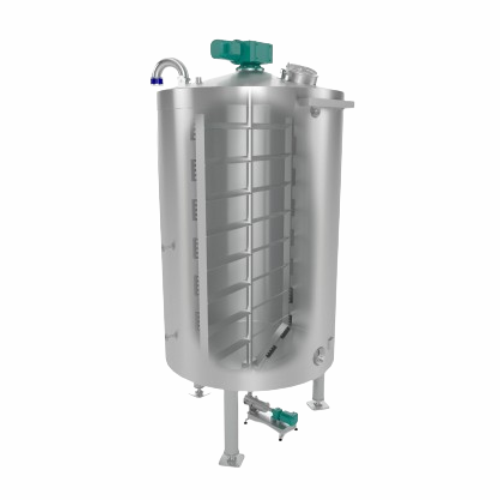
Stainless steel chocolate tank for storage and processing
Efficiently control temperature and consistency for chocolate ...
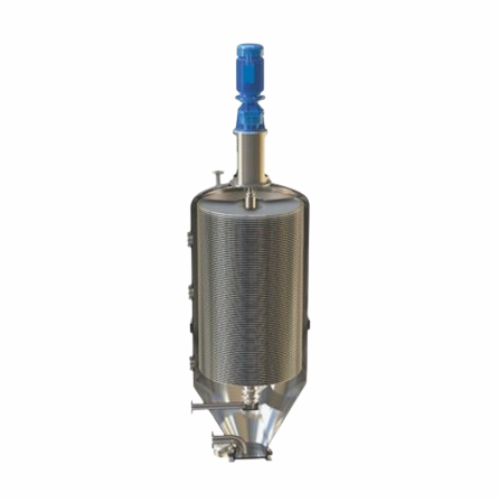
Centrifugal disc filter for solid-liquid separation
Optimize solid-liquid separation in your processing line with an adva...
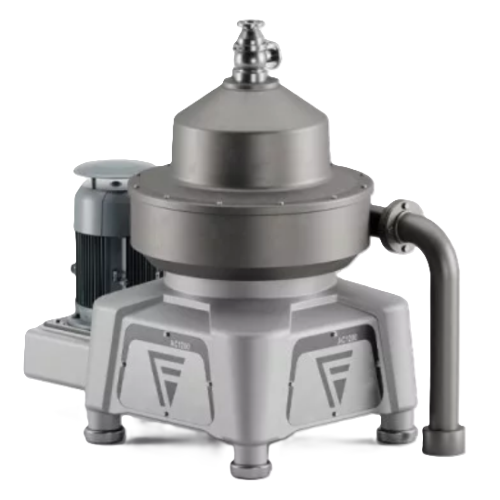
2-phase separator for clarifying liquids
Efficiently refine and clarify liquids while minimizing waste. This 2-phase separa...
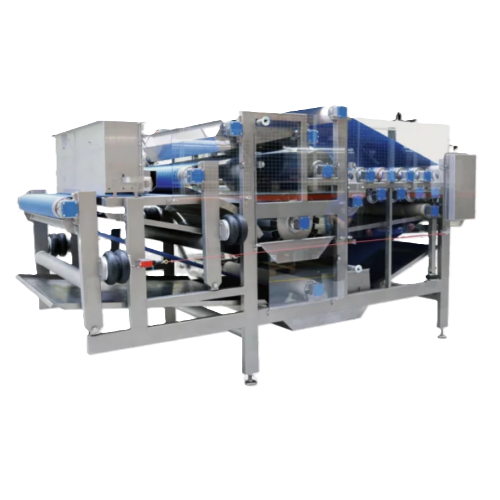
Industrial belt press for fruit and vegetable processing
Optimize your juice yield and reduce drying costs in starch and ...
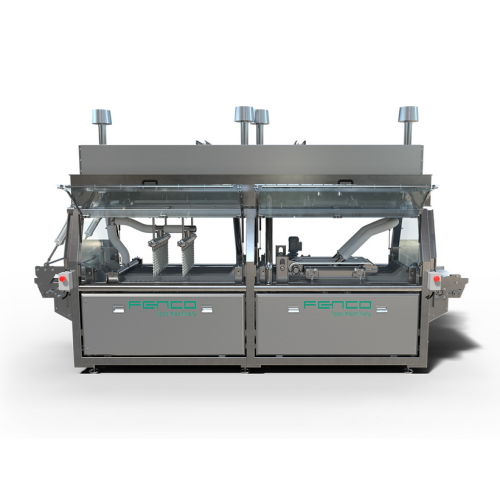
Efficient drying solution for food packaging pouches
Optimize your packaging line with precise moisture control, ensuring...
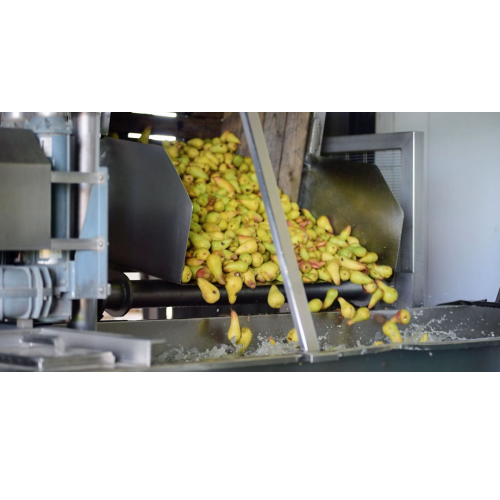
System for receiving, sorting, and destoning fruit
Enhance your fruit and tomato processing efficiency with an integrated...
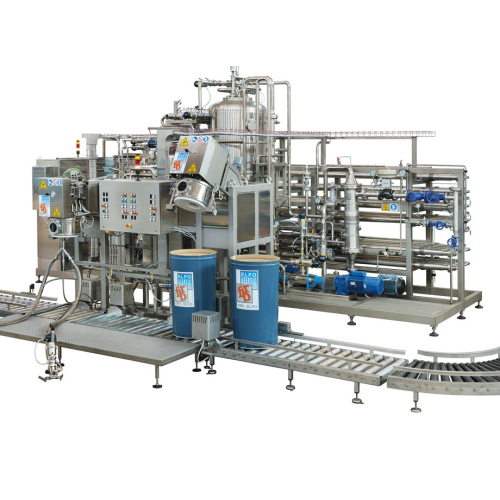
Aseptic sterilizer for fruit-based products
Ensure product safety and extend shelf life with advanced sterilization techno...
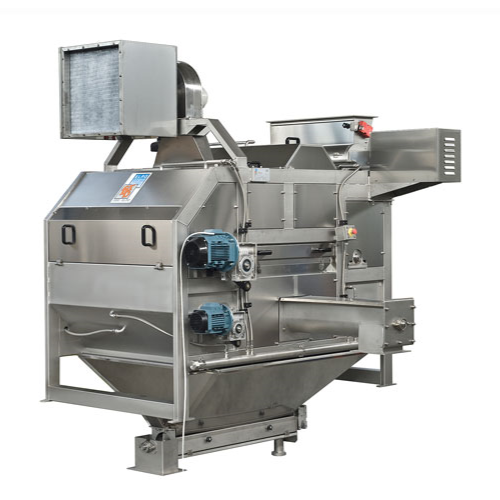
Industrial dicer and peeler for fruit processing
Achieve seamless integration in your processing line with a dicing and pe...
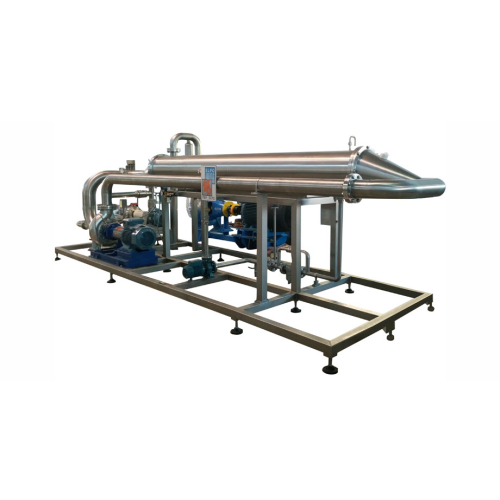
Enzyme inactivators for tomato processing
Efficiently inactivate enzymes to preserve nutritional value and organoleptic qu...
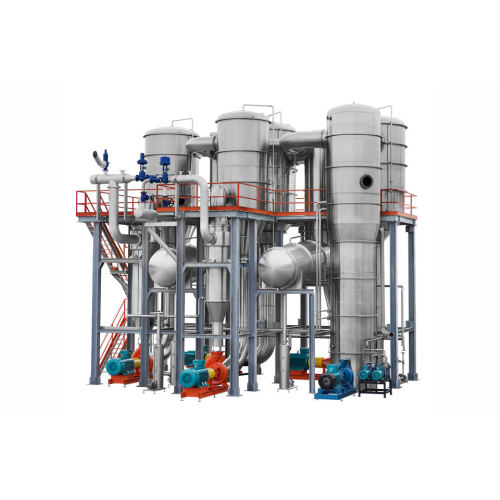
Forced circulation evaporators for tomato concentration
Achieve significant energy savings and enhance production efficie...
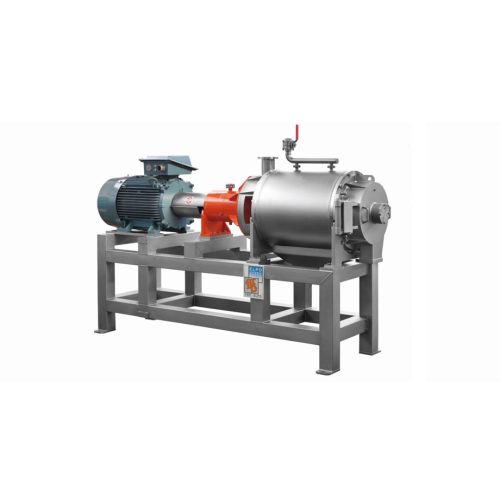
Tomato juice extractor
Achieve optimal juice extraction with efficient separation and minimal waste—ideal for producers aimin...
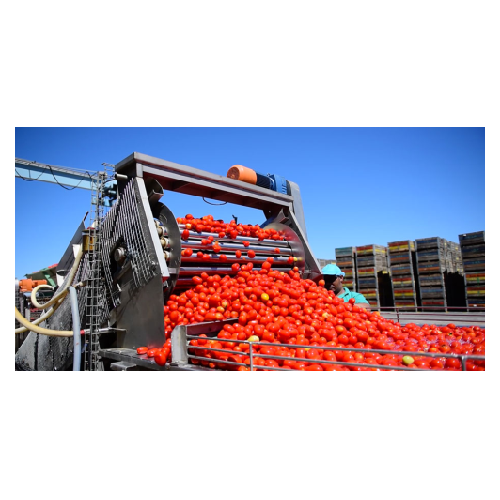
Tomato receiving and sorting system
Ensure top-quality tomato products by efficiently handling unloading, washing, and sort...

Aseptic sterilizers for tomato products
Ensure your tomato-based and fruit products remain safe and shelf-stable with advan...
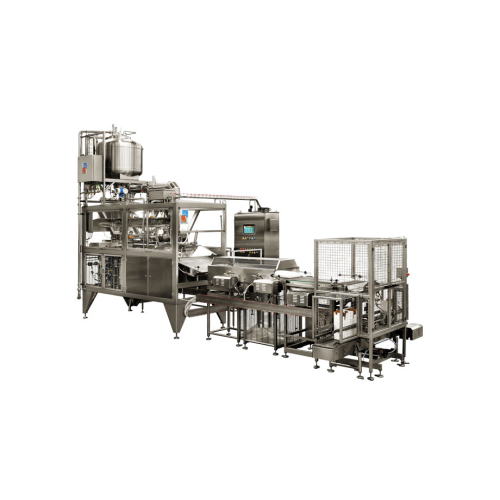
Aseptic filler for bag-in-box packaging
Achieve unparalleled product safety and quality in liquid packaging with our advanc...
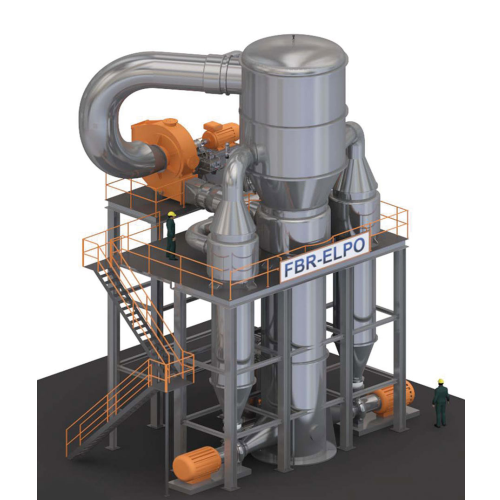
Fruit juice pre-concentrator
Enhance your juice concentration process with a system that increases brix levels efficiently, ...
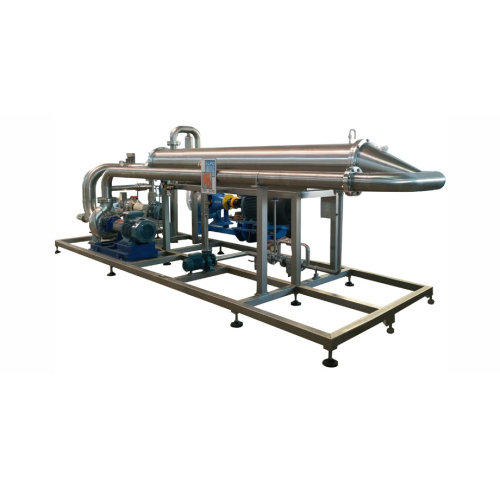
Enzymatic inactivators for fruit juice extraction
Optimize your fruit juice extraction process by ensuring precise contro...
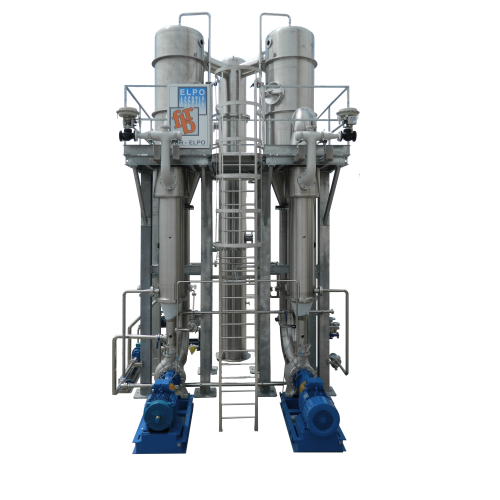
Evaporator for pulpy juice concentration
Achieve efficient concentration with reduced energy consumption, thanks to innovat...
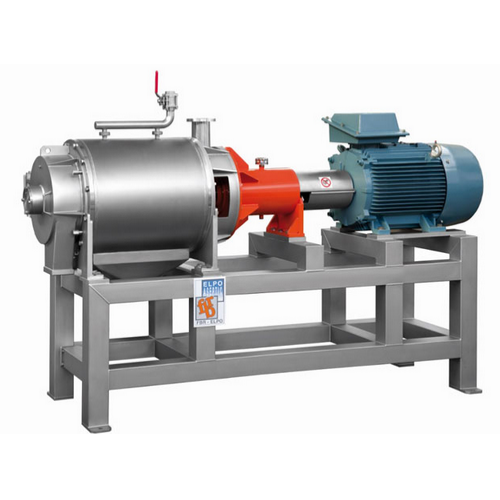
Juice extractor for fruit and vegetable processing
Maximize juice yield and enhance pulp quality with high-performance ex...
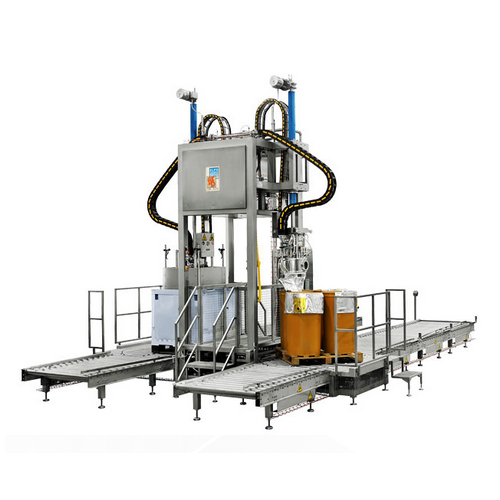
Aseptic filler for large bags
Ensure safe and sterile packaging of liquid and slurry products in large formats with this ase...
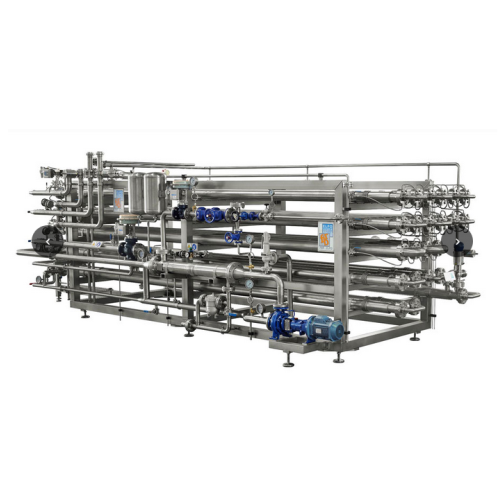
Sterilizer for liquid and viscous products
Effortlessly process and sterilize diverse liquid products, from concentrated j...
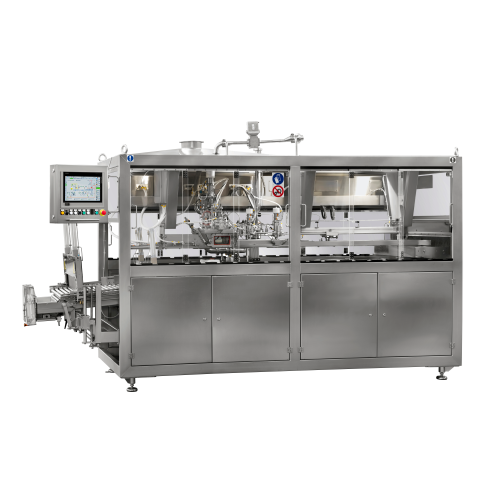
Aseptic filling system for bag-in-box packaging
Efficiently fill a range of liquid products into pre-sterilized bags while...
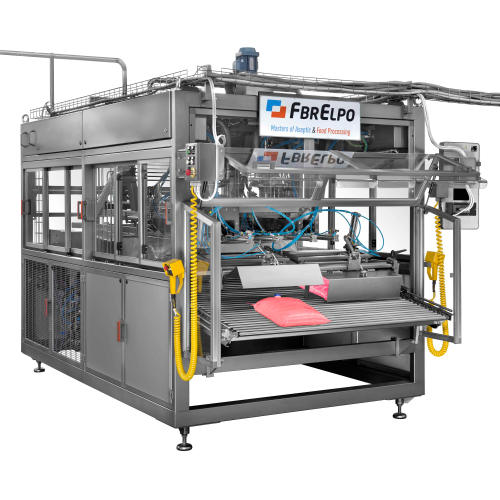
Aseptic filler for bag in box packaging
Optimize your bag-in-box packaging process with high-speed aseptic filling, ensurin...
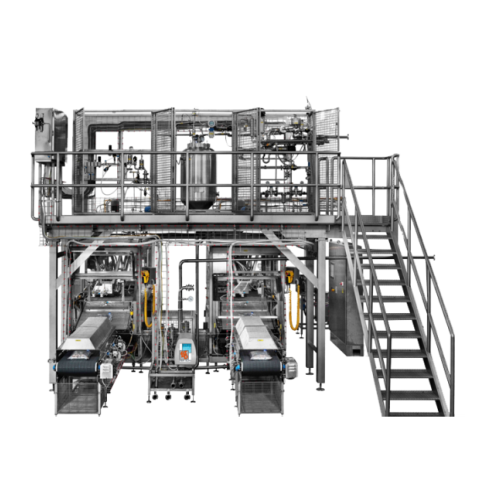
Aseptic bag-in-box filler for juices and purees
Enhance your filling operations with a high-speed aseptic solution designe...
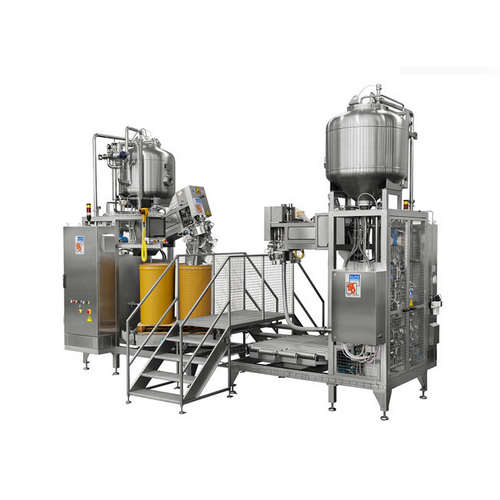
Aseptic filler for liquids and semi-concentrates
Ensure maximum sterility and precision when filling liquids, concentrates...
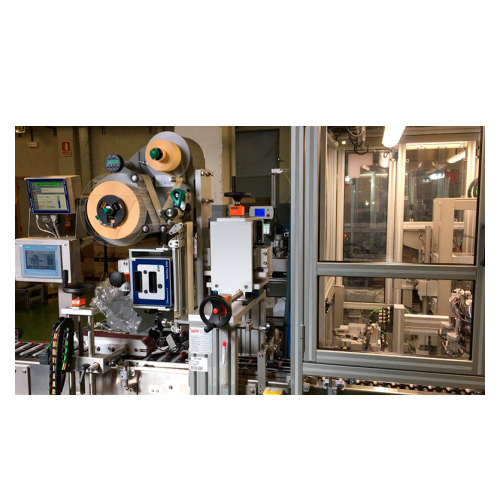
Self-adhesive labeling system for unstable cylindrical containers
Ensure precise labeling of unstable cylindrical conta...
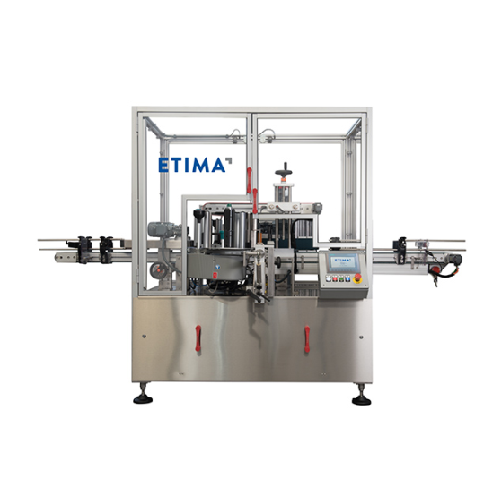
Self-adhesive labeling for multi-format containers
Ensure precision on diverse container shapes with a high-speed, self-a...
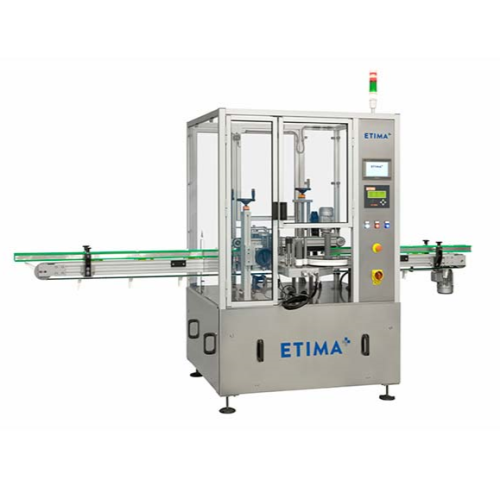
Linear self-adhesive labeller for cylindrical and flat containers
Optimize your labelling process with precision applic...
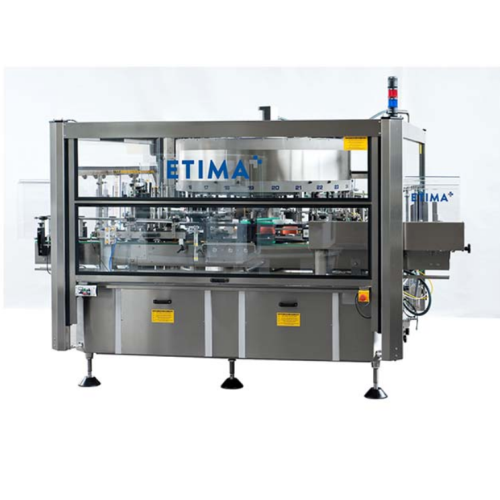
Cold glue label applicator for pre-cut labels
Optimize your packaging line with high-speed labeling for a variety of conta...
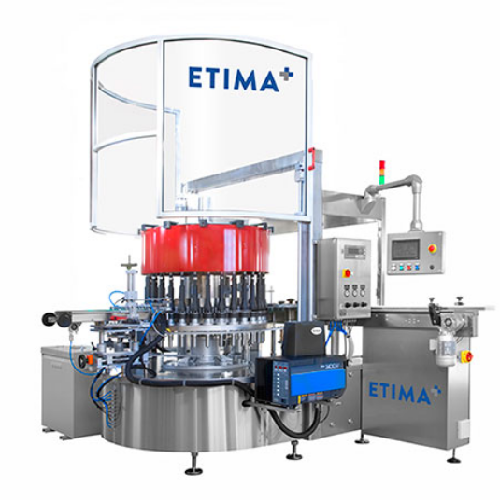
Rotary hot melt labeller for pre-cut labels
Achieve precise high-speed labelling of diverse containers with enhanced adhes...
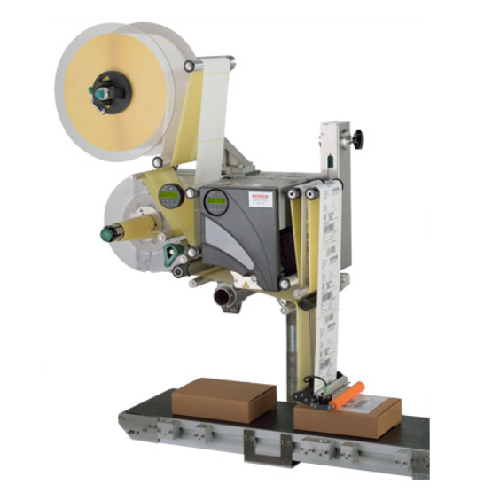
High-speed labeling heads for industrial applications
Enhance your production line efficiency with high-speed labeling he...
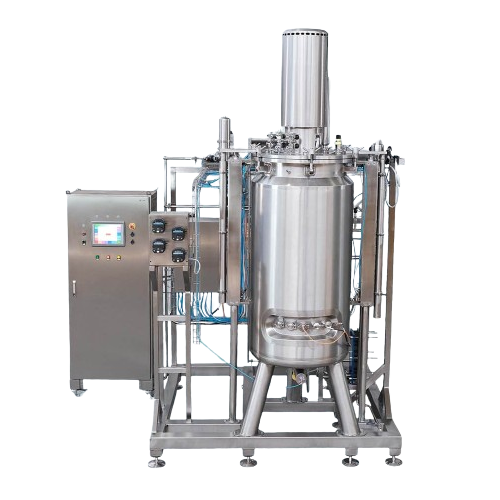
Fermenter for microbial fermentation processes
Optimize your fermentation and biopharmaceutical production with stainless ...
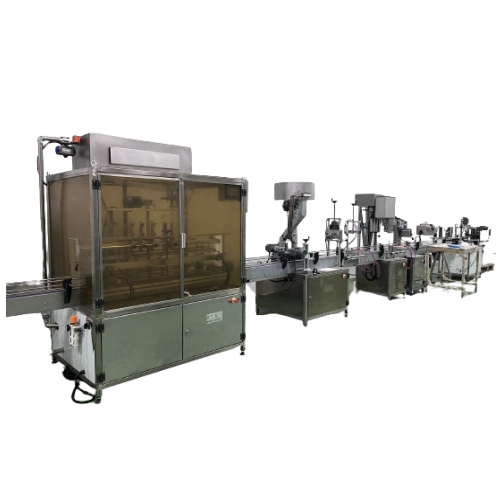
Liquid food filling solutions
Maximize efficiency in your packaging line with versatile filling machines designed for precis...
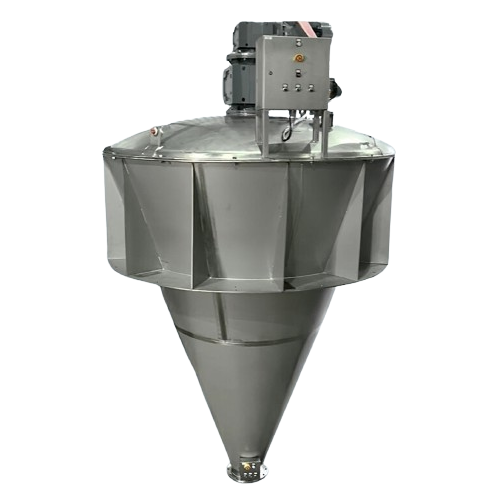
Conical powder mixer for uniform powder blending
Achieve consistent powder blending while preserving the integrity of deli...
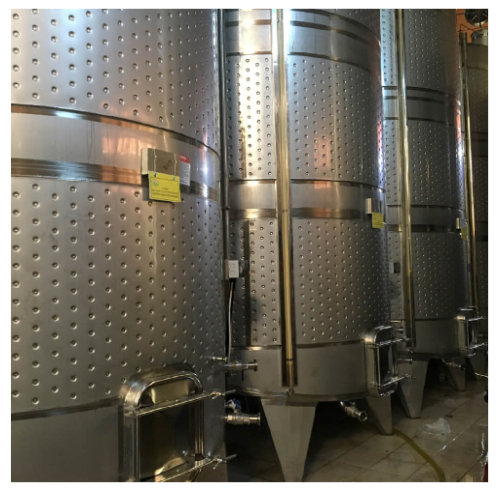
Stainless steel fermentation tanks
Optimize your fermentation efficiency with stainless steel tanks that provide precise te...
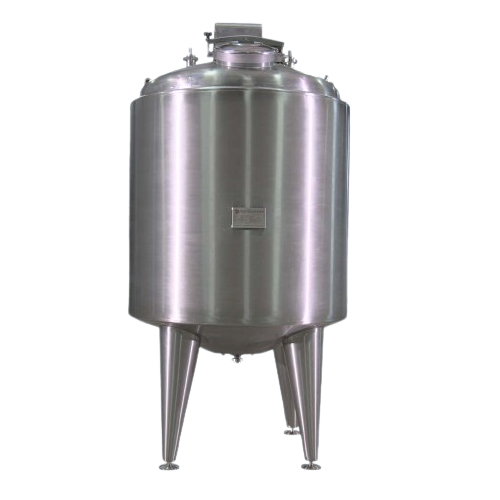
Ultraclean aseptic storage tanks for hygienic liquid food
Ensure your liquid products remain uncontaminated and maintain...
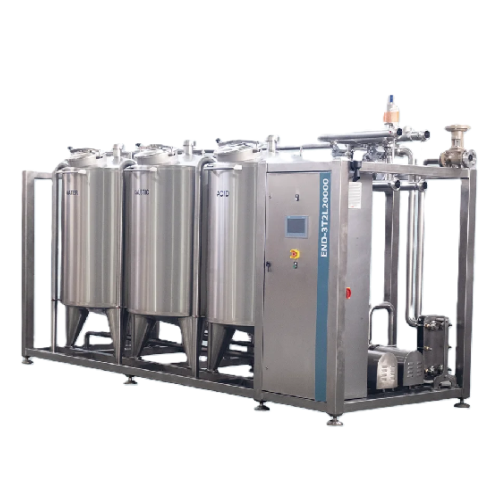
Automated cleaning in place (cip) systems for beverage processing
Optimize your production with automated CIP systems t...
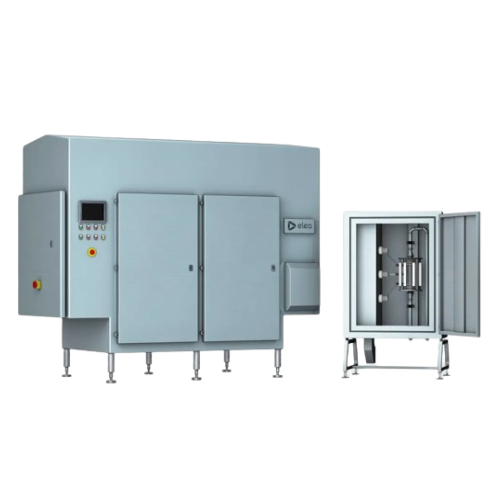
Pulsed electric field system for olive oil processing
Enhance extraction efficiency and product quality with this advance...
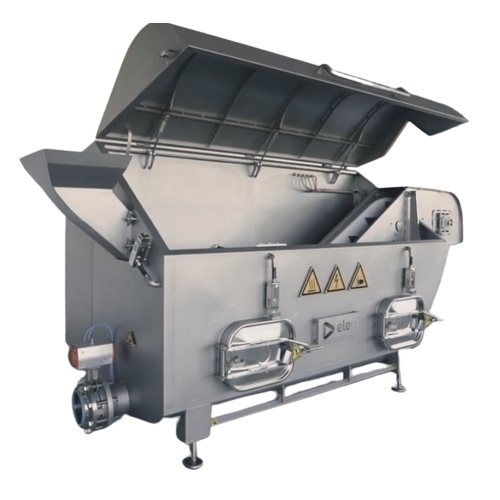
Compact pulsed electric field treatment for french fries
Reduce oil absorption and enhance product texture with this inno...
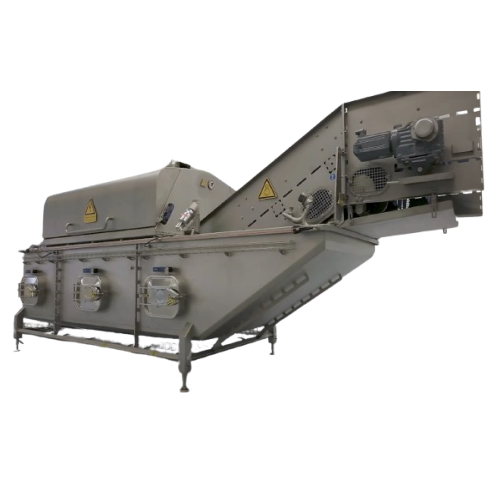
Pulsed electric field treatment for roots, tubers, and fruits
Enhance your production line with advanced pulsed electric...
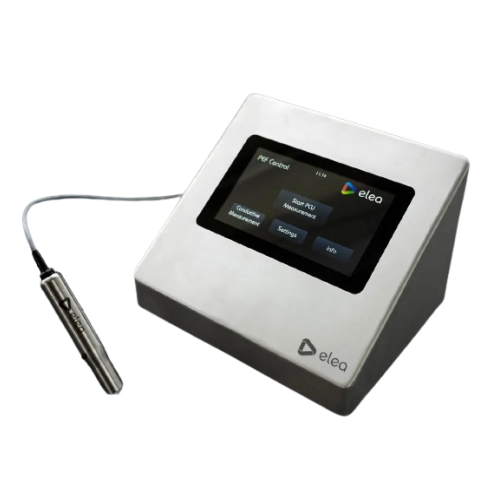
Cell disintegration measurement tool for food products
Ensure precise measurement of cell disintegration across food prod...
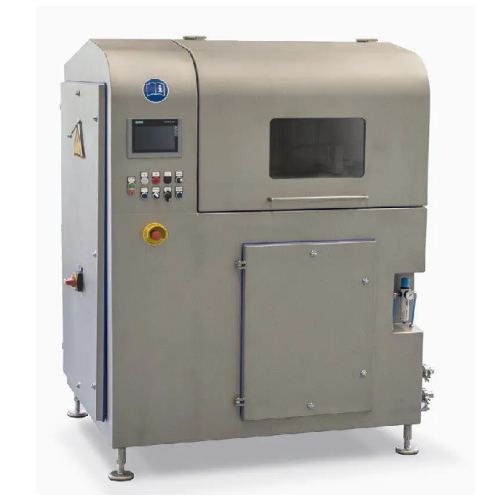
Modular pulsed electric field system for food processing
Enhance your food processing efficiency with a modular system th...
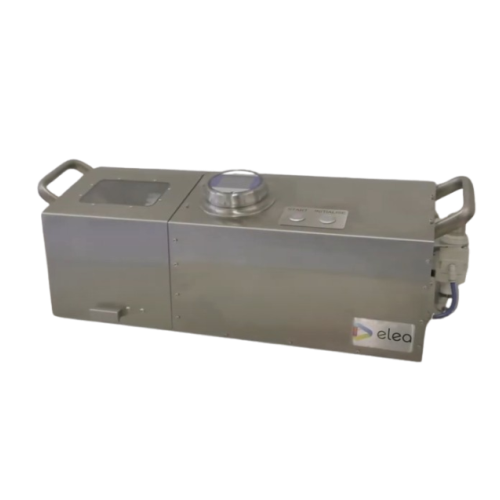
Precision quality control for potato and vegetable cutting
Optimize cutting precision and improve product quality by ins...
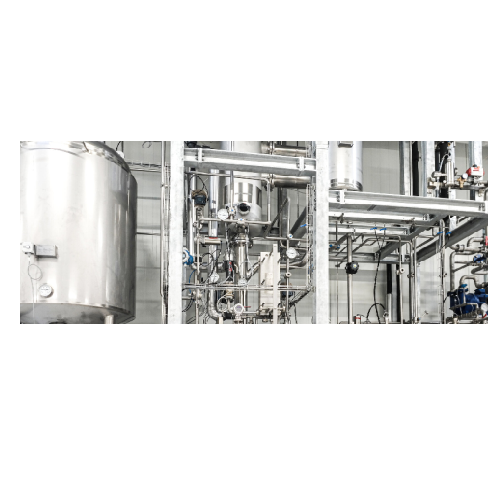
Evaporation plant for liquid mixtures
Achieve precise thermal separation of multi-component liquid mixtures, optimizing con...
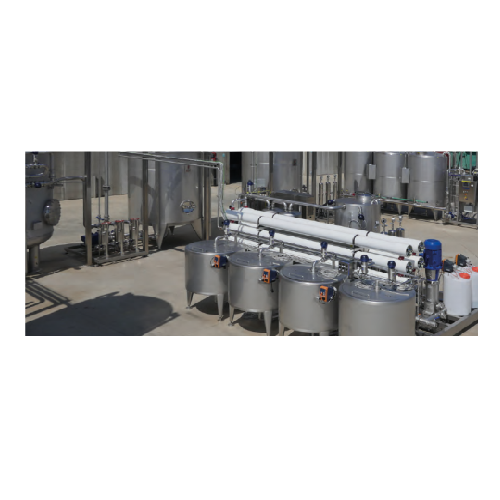
Reverse osmosis with remineralization for drinking water production
Enhance your beverage production with precise water...
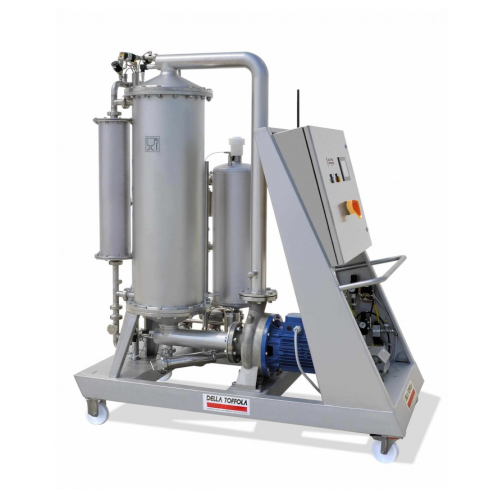
Crossflow filtration with ceramic membranes for wines
Enhance filtration efficiency and durability with ceramic membranes...
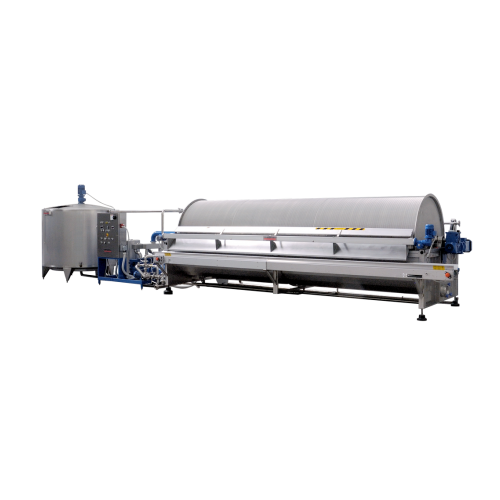
Rotary vacuum filters for wine and lees filtration
Achieve high-precision liquid filtration and separation with continuou...
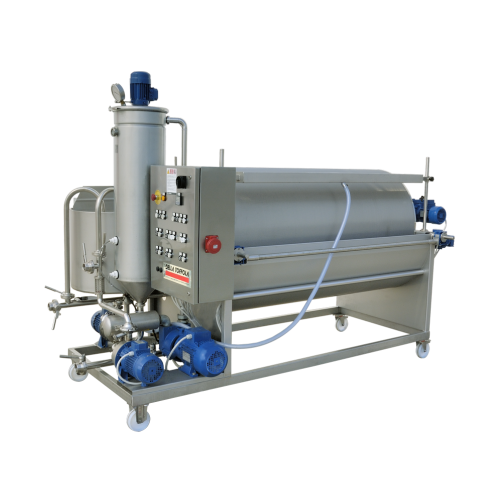
Rotary vacuum filters for wine and beverage filtration
Efficiently filter and clarify wines, juices, and industrial fluid...
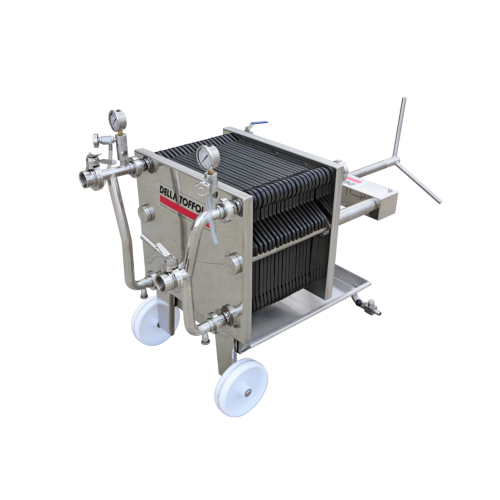
Industrial sheet filters for diverse liquid filtration applications
Achieve precise liquid filtration with adaptable sh...
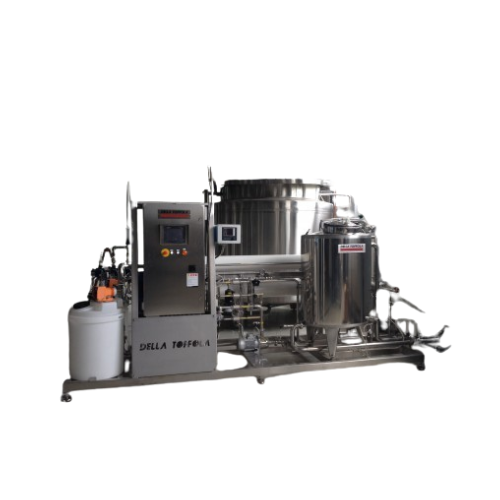
Nanofiltration systems for water pretreatment
Achieve precise water quality with advanced nanofiltration systems designed ...
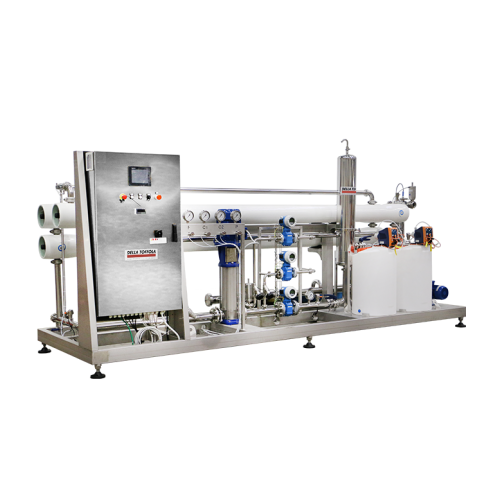
Reverse osmosis systems for industrial water treatment
Achieve optimal water purification in beverage production lines wi...
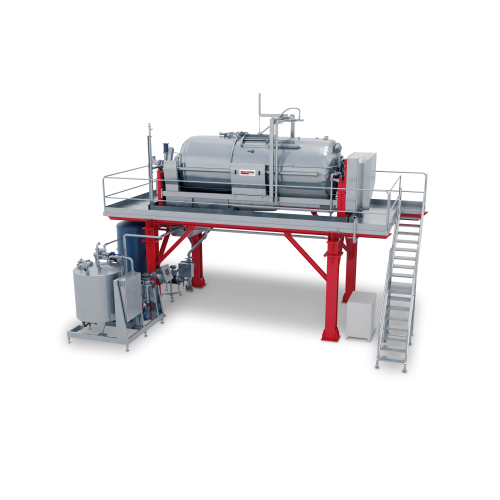
Fully automatic continuous flow wine press
For winemakers seeking to optimize operations, this advanced pneumatic pressing...
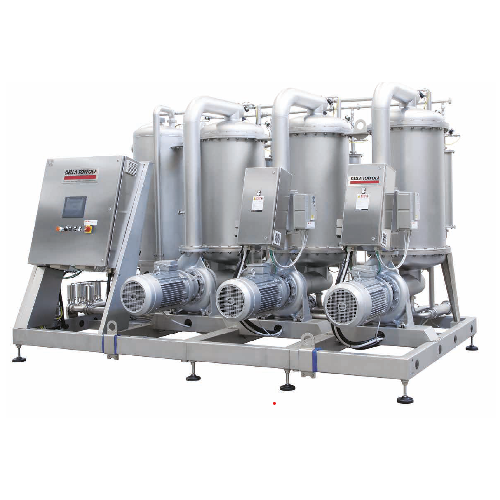
Industrial crossflow filters with ceramic membranes
Achieve precise filtration with robust ceramic membranes, ideal for h...
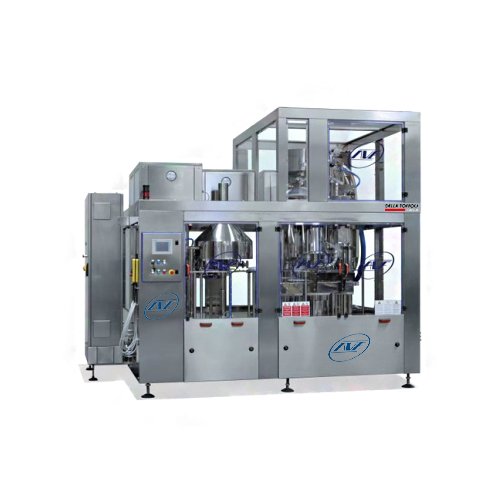
Electronic filling system for non-carbonated beverages
Optimize your bottling process with precision filling technology t...
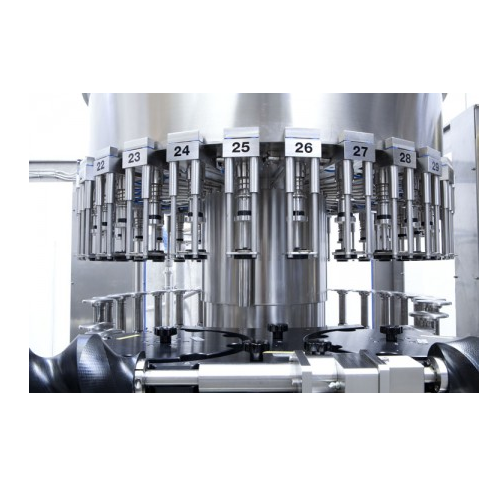
Gravity filling systems for still beverages
Ensure precise and clean filling for still beverages with gravity systems that...
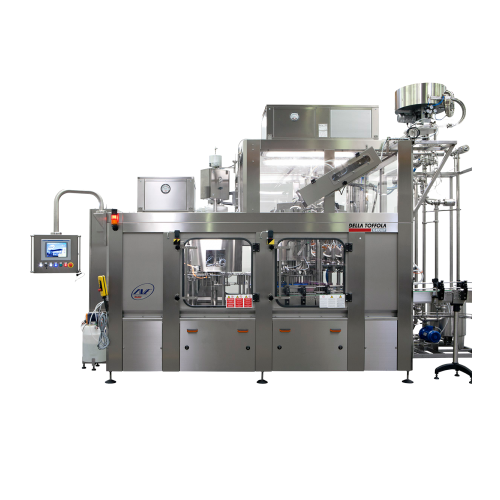
Hot beverage gravity filling system
Ensure precise hot filling of beverages with gravity-fed accuracy, handling liquid temp...
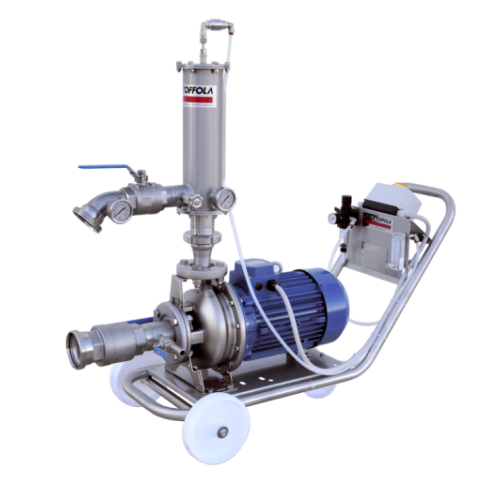
Wine clarification flotator
Achieve superior wine clarity efficiently by integrating a single-tank flotation solution that s...
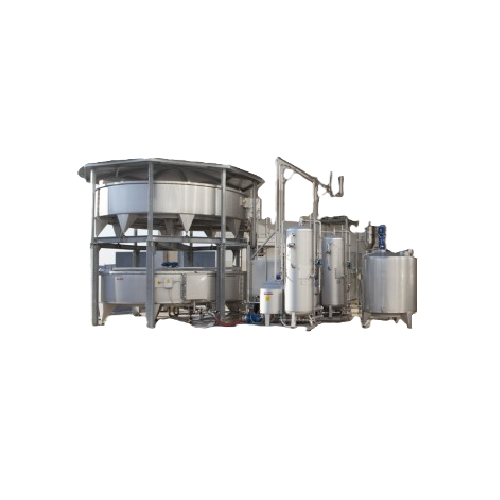
Continuous wine flotation unit for must clarification
Enhance your must clarification process with a continuous flotation...
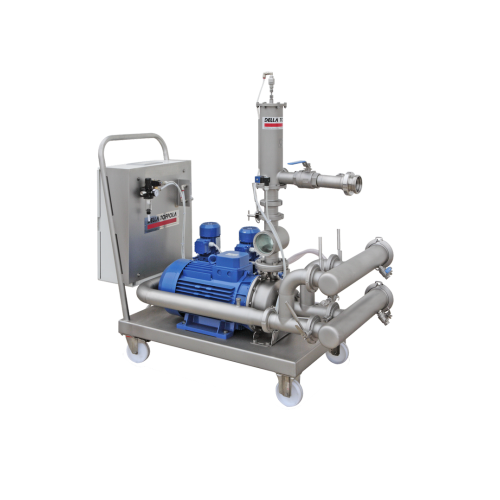
Continuous flotation units for wine clarification
Optimize your wine and juice production with our advanced flotation uni...
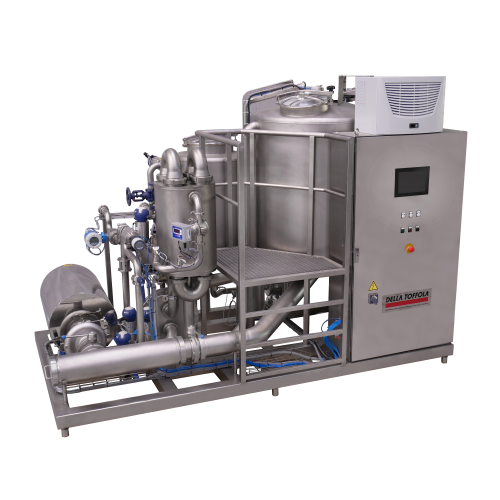
Continuous sugar dissolving system for beverage production
Effortlessly transform granulated sugar into a consistent, hi...
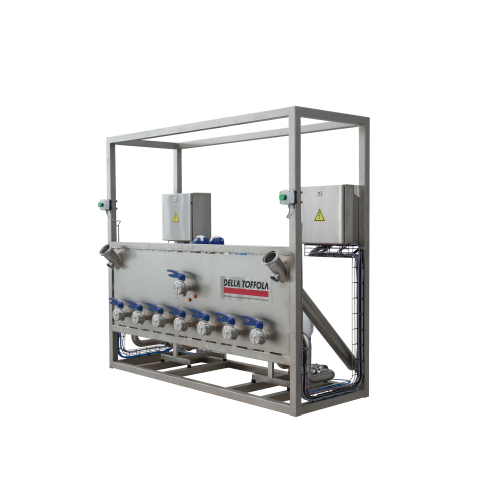
Concentrate drum emptying system
Efficiently extract every drop of fruit concentrate from your drums with precision and ease...
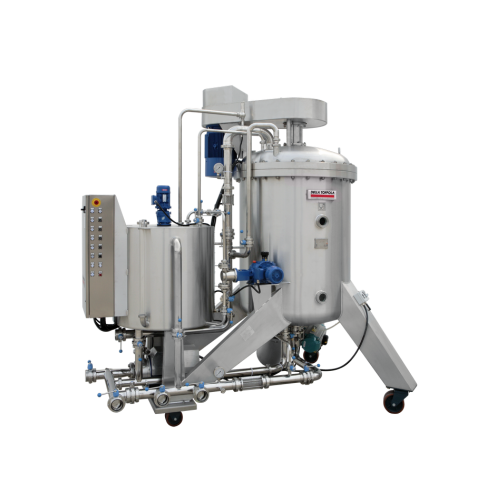
Kieselgur filter for beer filtration
Achieve crystal-clear beer without compromising flavor through efficient kieselgur fil...
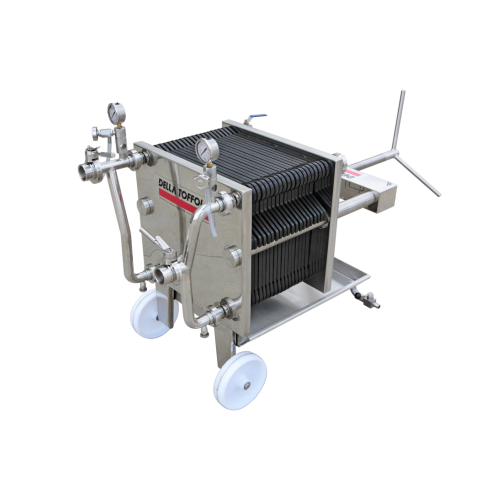
Sheet filters for wine and beer filtration
Enhance your filtration process with reliable sheet filters designed for high-q...
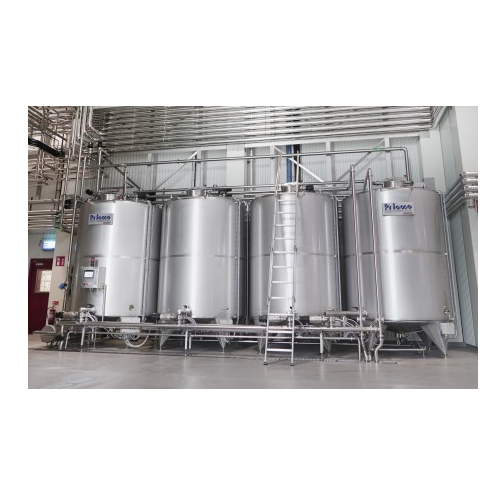
Automated Cip systems for beverage and food industry
Ensure high hygiene standards in your production line with advanced ...
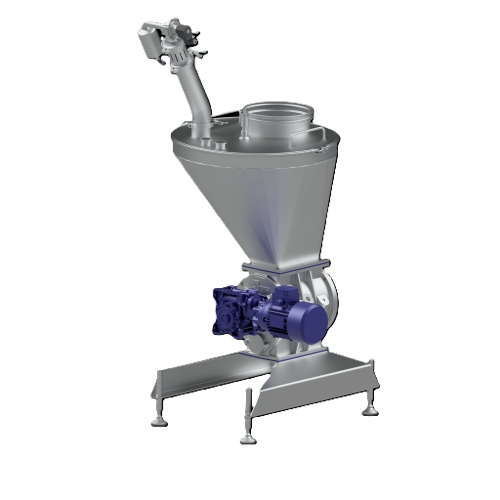
Dilute-phase conveying solution for powder handling
Efficiently transfer powders and granules with robust leak containmen...
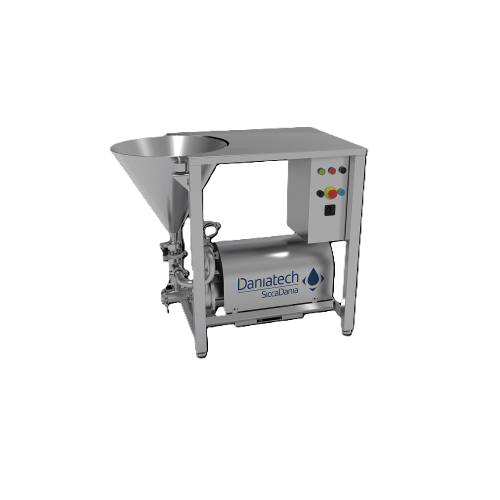
Inline high-shear mixer for powders and liquids
Achieve efficient mixing and homogenization in your production line with a...
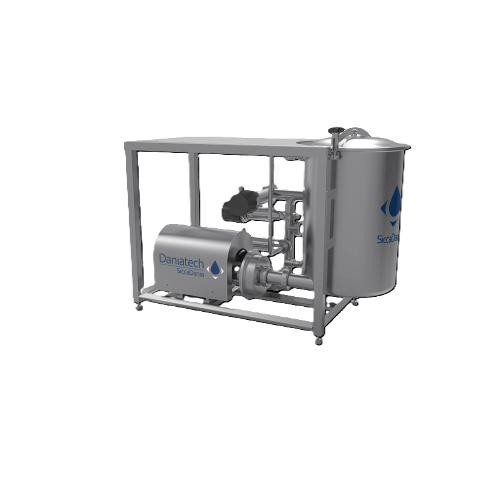
Mixer for low to medium viscosity products
Optimize your mixing, dosing, and homogenization processes with a versatile mix...
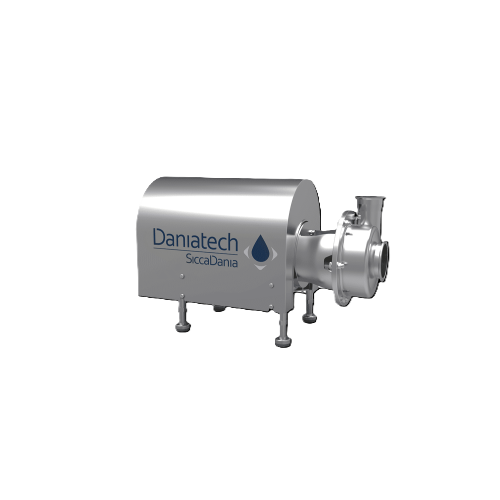
Inline high shear mixing unit for low to medium viscosity products
Achieve precise emulsification and size-reduction wi...
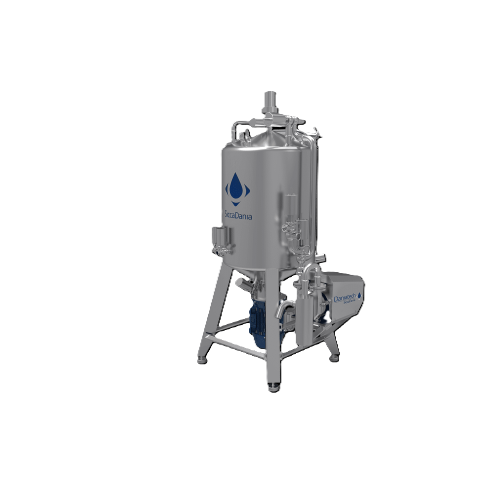
Vacuum high shear mixer for medium to high viscosity products
Achieve flawless blending and air-free consistency in visc...
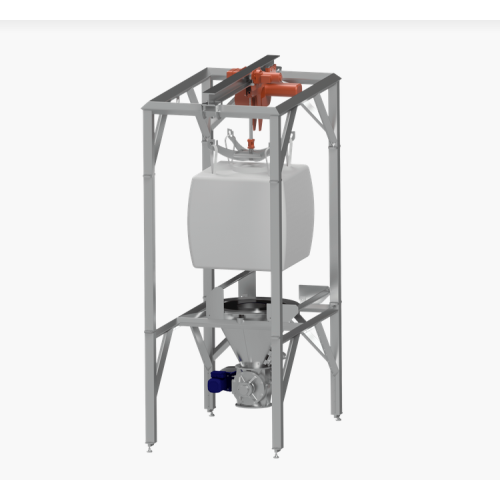
Bigbag discharge system for food, chemical, and pharmaceutical industries
Ensure precise and dust-free handling of bul...
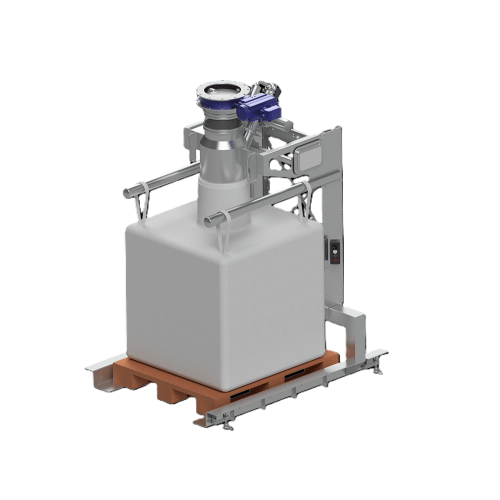
Bigbag filling system for powder and bulk materials
Ensure precise and dust-free bigbag filling with this versatile syste...
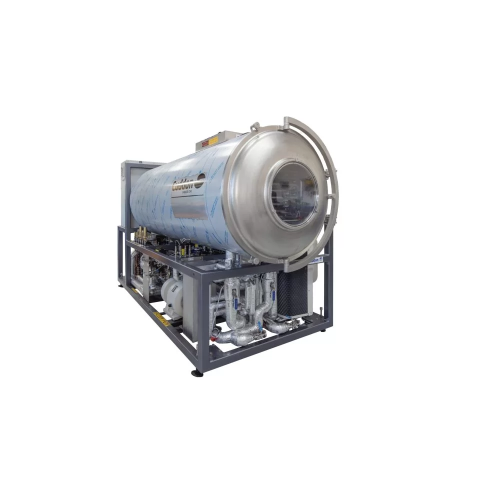
Freeze dryer for high sugar or acid content products
Achieve precise moisture control for challenging high sugar or acid ...
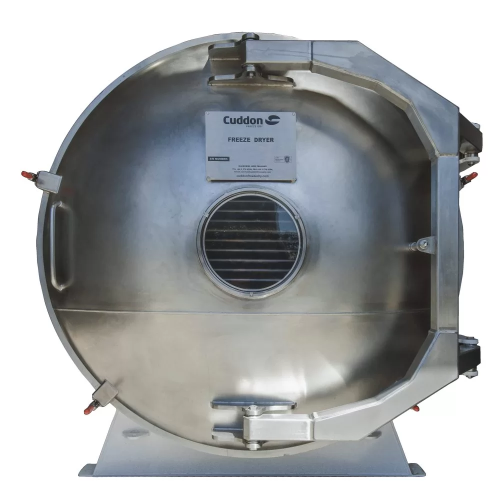
Industrial low temperature freeze dryer for high sugar or acid content products
For processing challenging high sugar ...
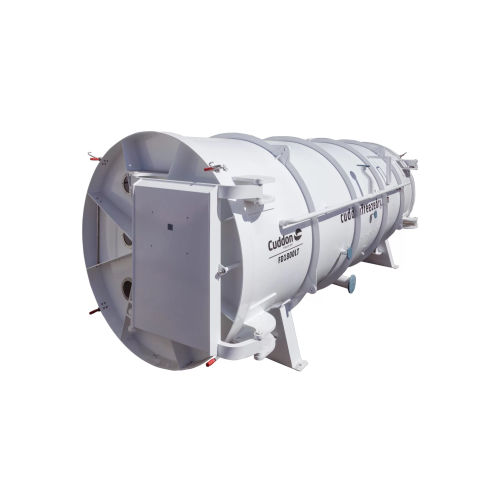
Low temperature freeze dryer for high sugar or acid content products
Perfect for producing freeze-dried goods from food...
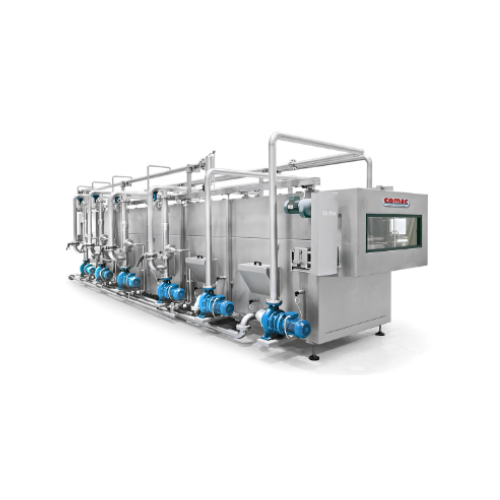
Tunnel pasteurizer for beverages
Optimize your beverage production with precise pasteurization control, ensuring product qua...
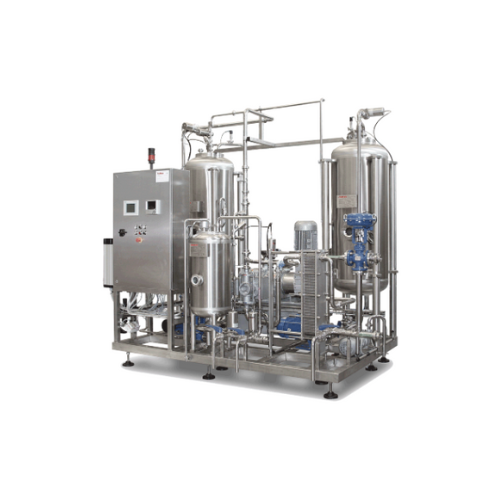
Premix system for carbonated beverages
Ensure precise carbonation and blending for your beverage lineup with this advanced ...
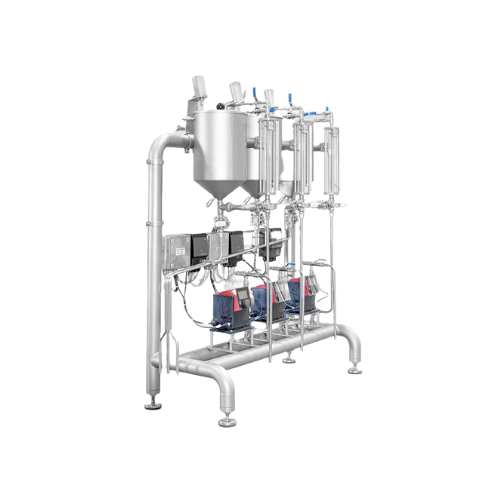
Liquid confectionery metering system
Effortlessly integrate precision and flexibility in candy production by accurately met...
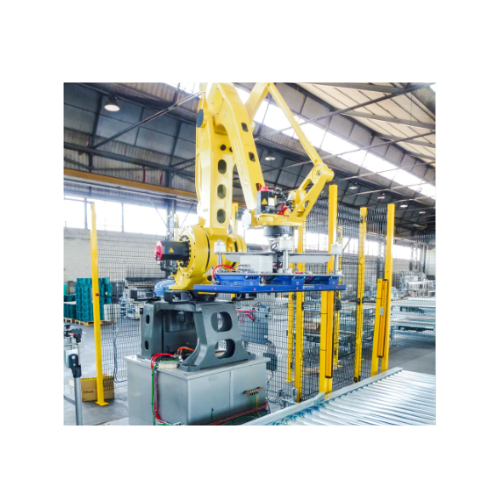
Robotic palletizer for material handling
Experience seamless and efficient palletizing with advanced robotic solutions desi...
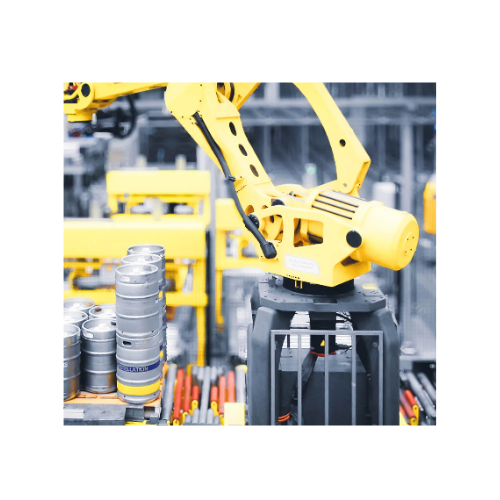
Robotic handling systems for beverage containers and bins
Streamline your container handling with precision-engineered r...
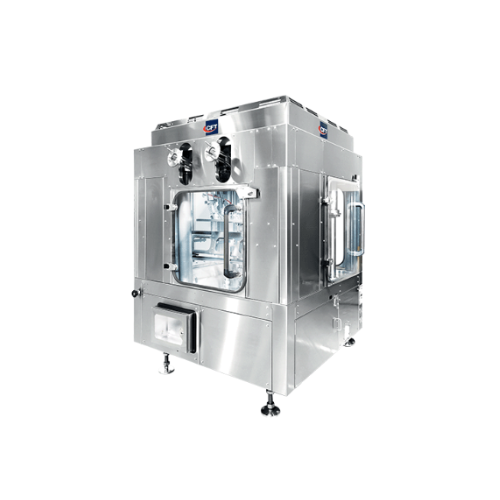
Industrial can seamers for food and beverage packaging
Streamline your canning process with precision seaming solutions d...
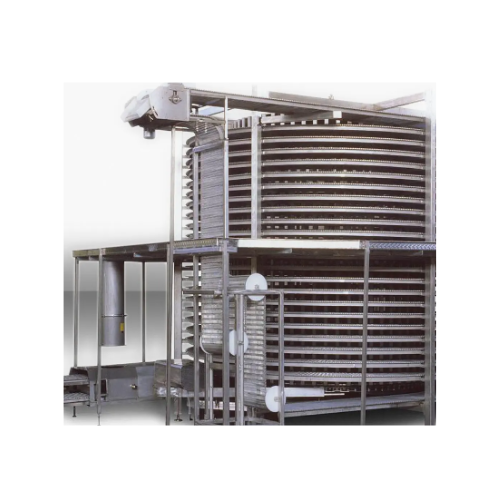
Industrial spiral freezing system
Optimize your food processing line with a reliable spiral system, designed to efficiently...
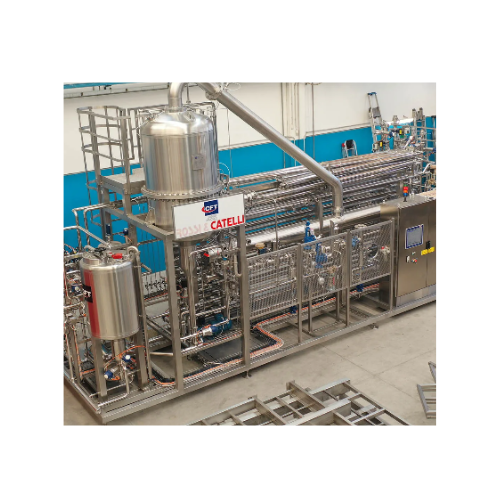
Sterilizers and pasteurizers for industrial food processing
Optimize thermal processing for viscous foods and beverages ...
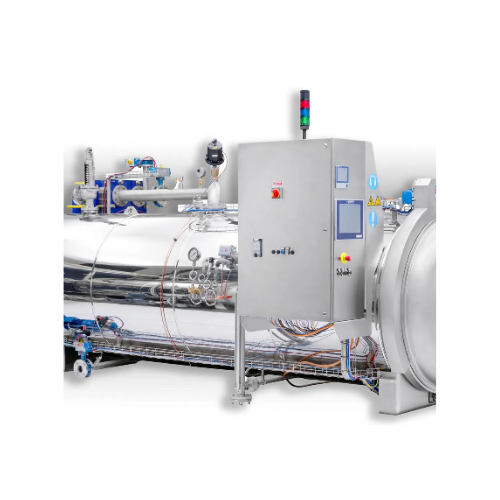
Batch retorts for food sterilization and pasteurization
Achieve optimal sterilization and pasteurization of packaged food...
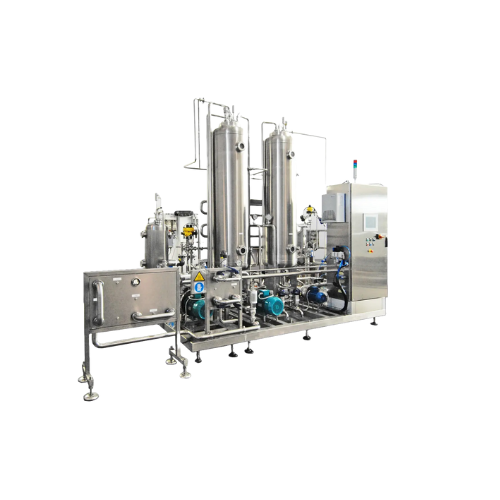
Powder dissolution unit for beverage production
Achieve precise and rapid dissolution of powders like sugar and acids, opt...
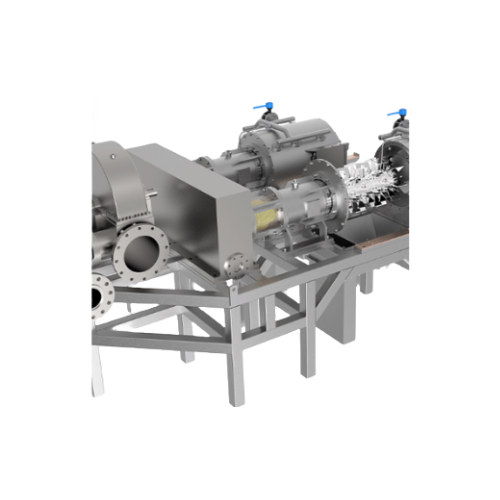
Tomato processing crushing mill
Optimize your production line with efficient chopping and refining, ensuring uniformity and ...
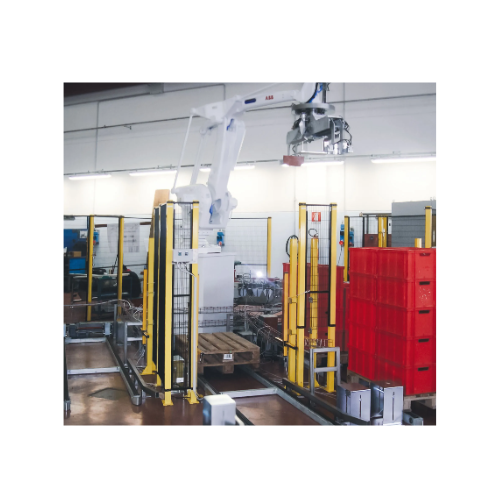
Robotic depalletizers for bins
Efficiently optimize your warehouse space while ensuring precise and adaptable material handl...
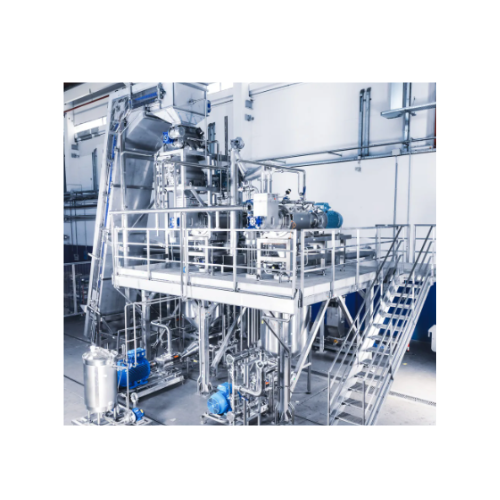
Enzymatic inactivation system for fruits and vegetables
Achieve optimal product quality by maintaining vivid color, robus...
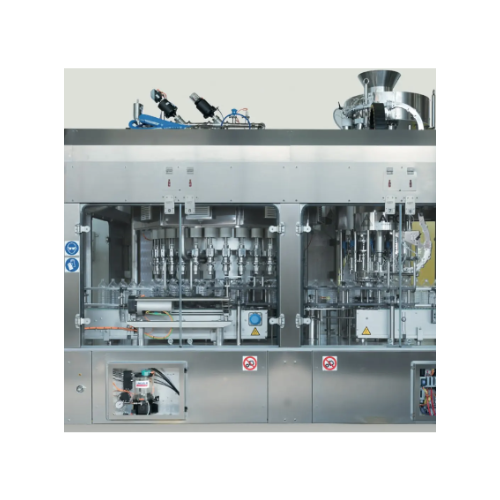
High-precision rotary weight filler for edible oils and sauces
Achieve exceptional filling precision with solutions desi...
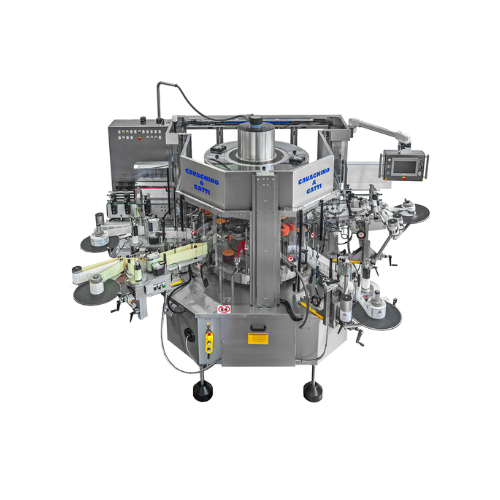
Self-adhesive labelling system for bottles
Enhance your bottling line with a versatile labelling system that supports medi...
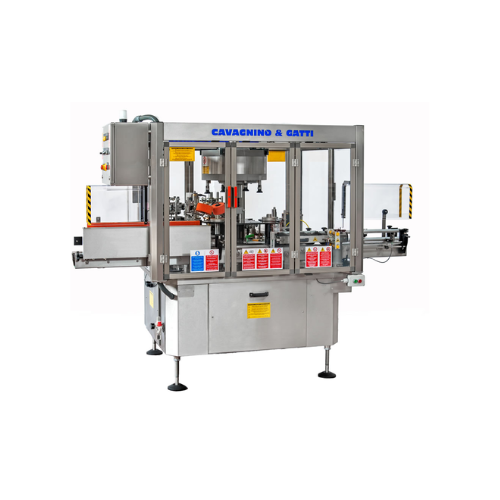
Compact wet glue labeling system for low volume production
Achieve precise, high-quality labeling with compact machinery...
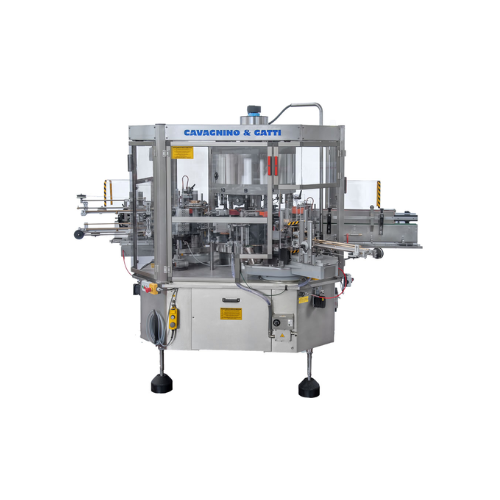
High-speed wet glue labelling system
Ensure precise labelling on diverse bottle types with our versatile rotary labelling s...
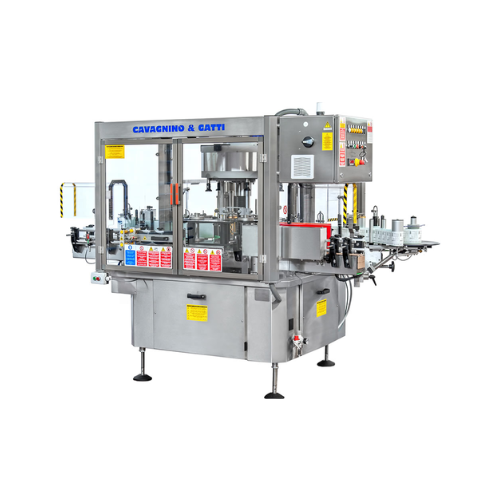
Compact combined labelling solution for bottling lines
Optimize your bottling line with a versatile, compact labelling so...
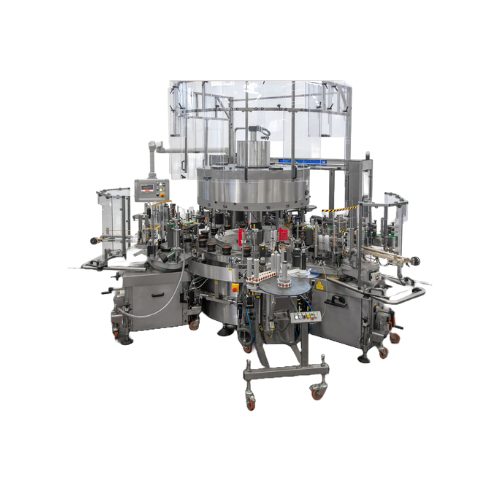
Combined wet glue and self-adhesive labeling system
Achieve seamless labeling with combined wet glue and self-adhesive te...
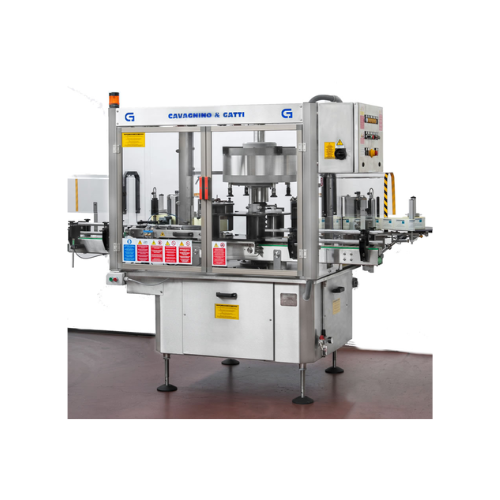
Self-adhesive labeling system for bottles
Streamline your bottling operations with high-precision labeling that enhances p...
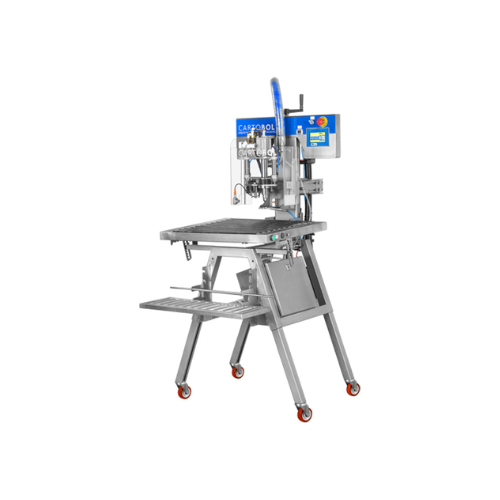
Semi-automatic filler for bag-in-box packaging
Streamline your liquid packaging process with a versatile filler that integ...
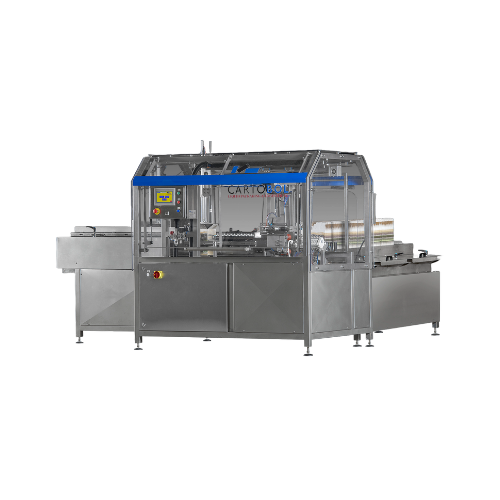
Bag-in-box carton erector
Experience seamless carton erection with advanced servomotor technology, enhancing both efficiency...
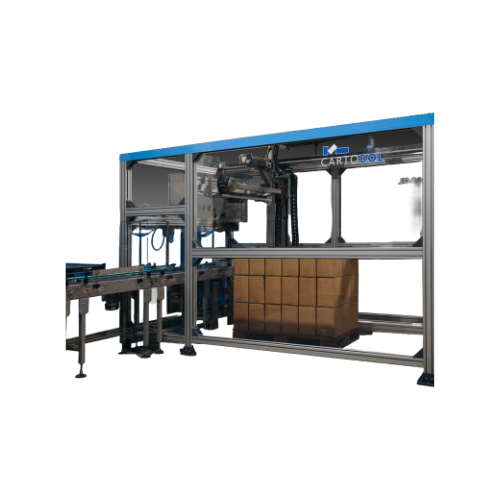
Automatic palletiser for bag-in-box packaging line
Streamline your packaging process with a cartesian palletiser designed...
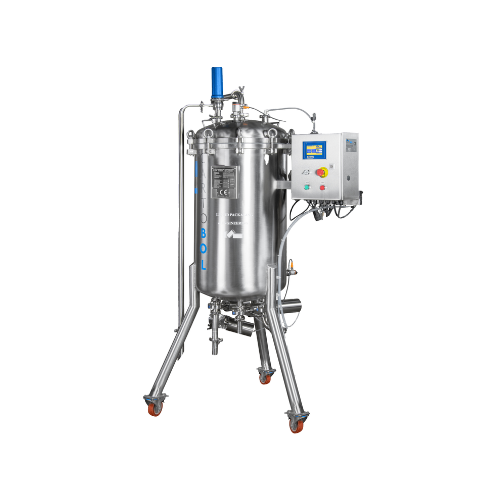
200l buffer tank for bag-in-box fillers
Ensure precise filling and consistent flow control with this stainless steel buffer...
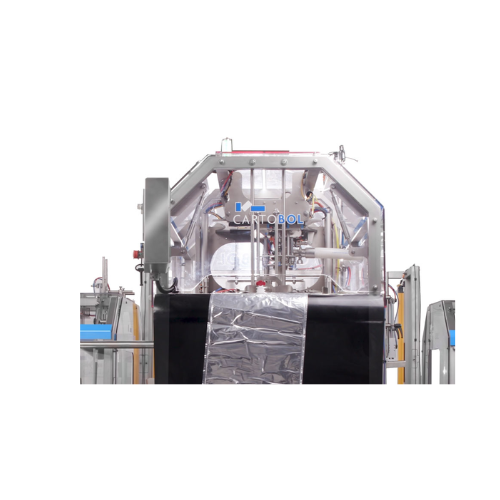
Bag-in-box fully automatic filling line
Streamline your liquid packaging operations with a modular system designed to enhan...
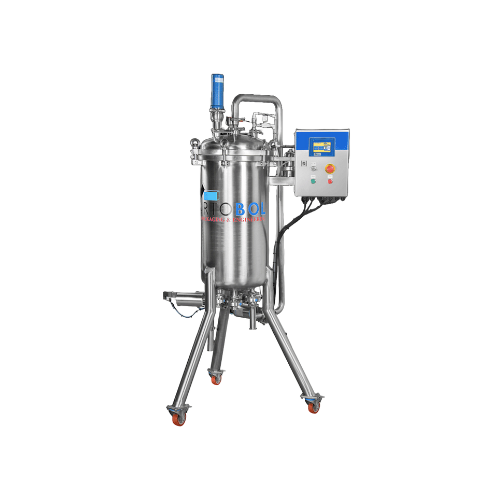
Buffer tank for bag-in-box filling
Optimize your liquid packaging with precise flow control and pressurization, ensuring st...
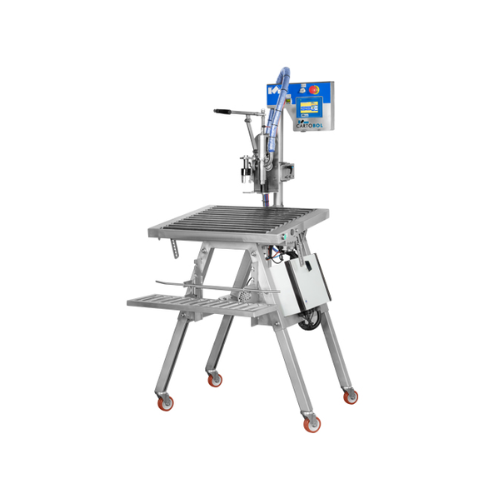
Manual bag-in-box filling solution
Streamline your liquid packaging with a compact, easy-to-operate filling system that sim...
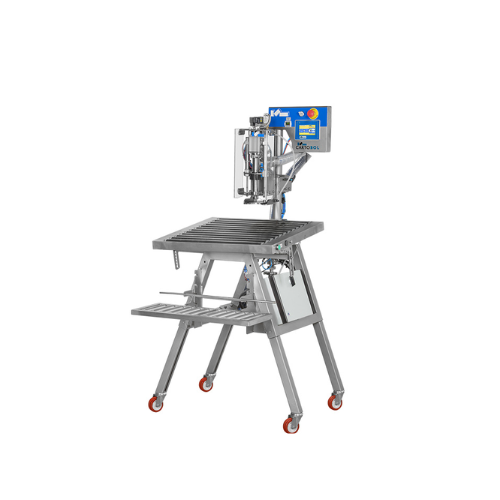
Manual filling system for bag-in-box packaging
Streamline your liquid filling process with a manual system designed for pr...
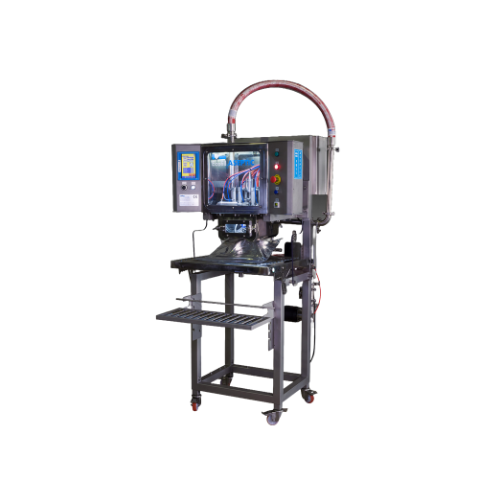
Semi-automatic aseptic filler for single bags
Ensure aseptic integrity and flexibility for your liquid and semi-liquid pro...
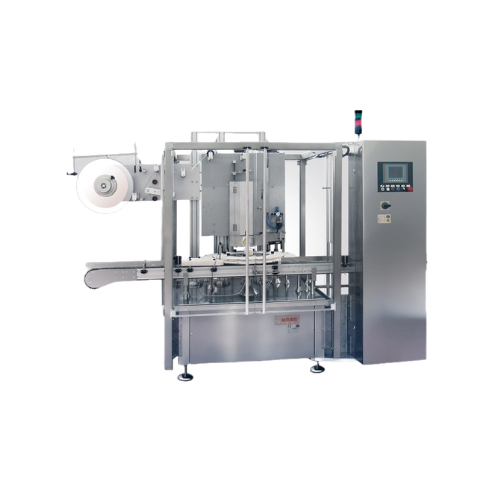
Shrink-sleeve application system for packaging
Enhance your packaging line with efficient, precise shrink-sleeve applicati...
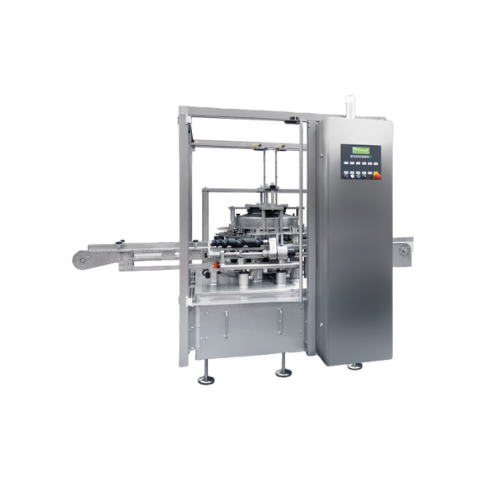
Rotary continuous motion bottle cleaning solution
Ensure pristine product integrity by effectively eliminating particles ...
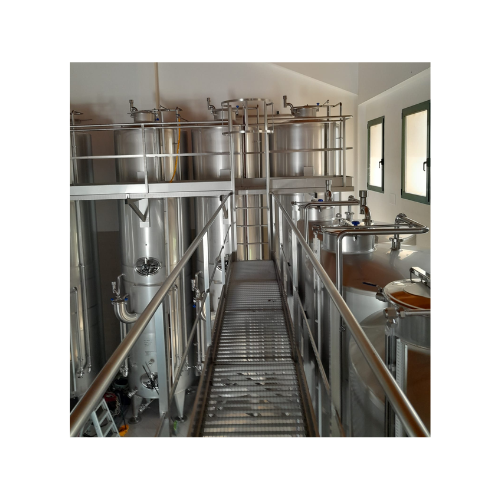
Storage tanks for wine preservation
Ensure optimal preservation of beverages with robust storage solutions featuring precis...
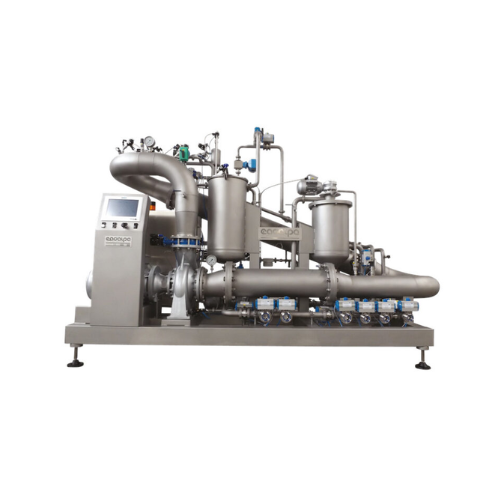
Cross-flow lees filter for wine and juice lees
Optimize your beverage filtration process by ensuring high-quality output a...
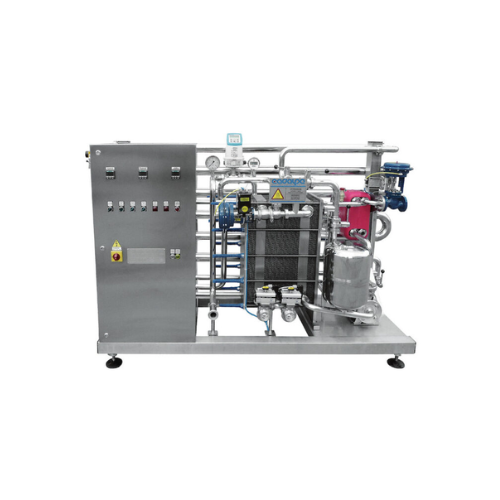
Thermostabilizer for beer and wine sterilization
Ensure biological stability in beverages by efficiently inactivating yeas...
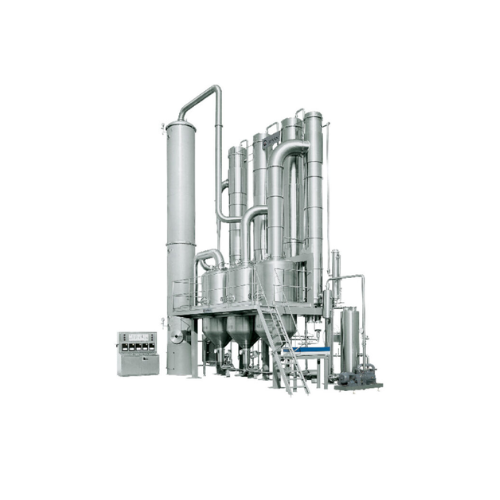
Vacuum concentrator for juice and chemical processing
Reduce energy and concentration costs significantly while enhancing...
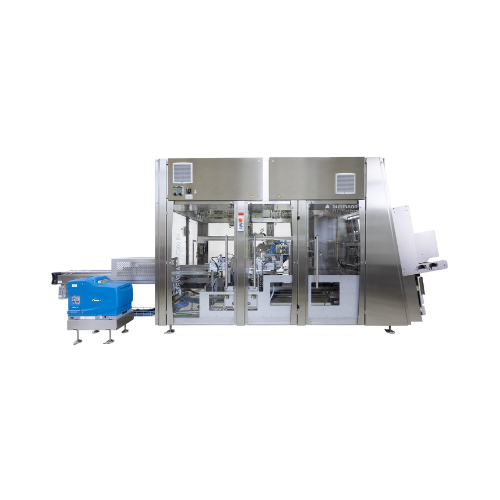
Tray lid packer & case erector for packaging lines
Efficiently manage packaging lines by seamlessly integrating tray lid ...
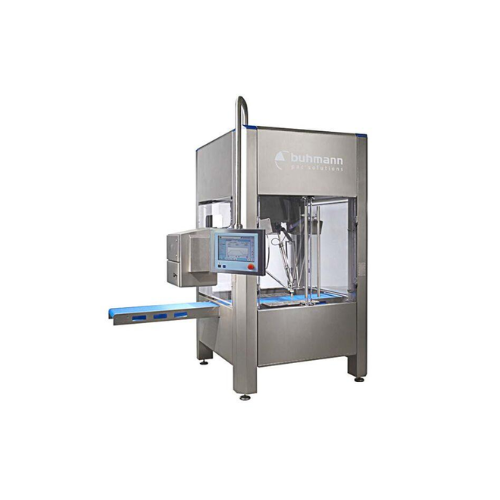
Robot module for aligning sorting and loading products
Optimize your packaging line with a versatile robot module that al...
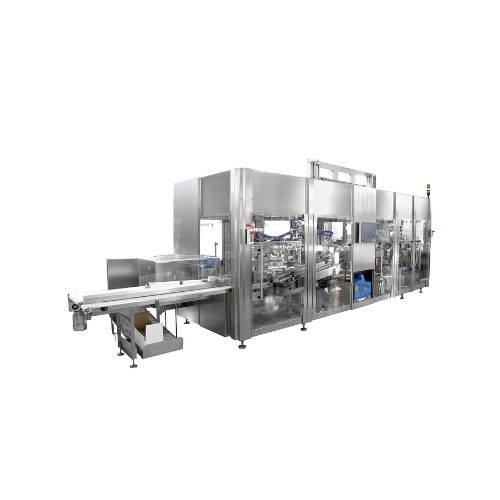
American case packer & case erector for Rsc cartons
Streamline your end-of-line packaging by efficiently erecting and pac...
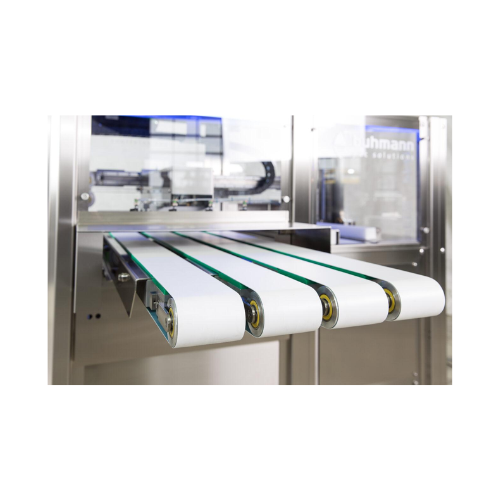
Conveyor system for aligning, sorting, and transporting products
Streamline your packaging line by efficiently aligning,...
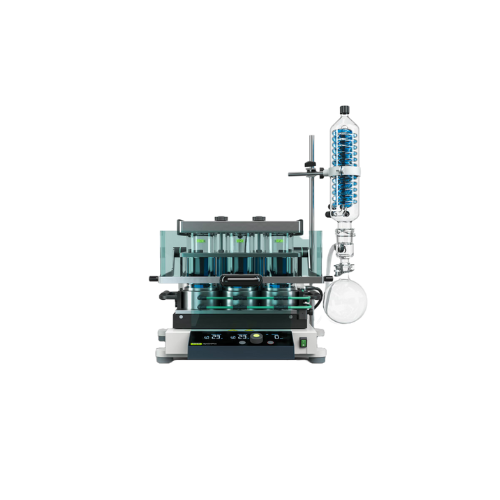
Parallel evaporation system for laboratory sample preparation
Achieve precise sample concentration and drying with autom...
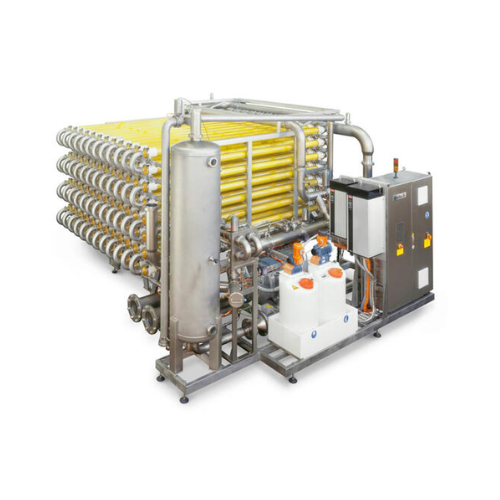
Cross-flow filtration unit for clarifying juice and wine
Achieve optimal clarity and yield with this semicontinuous cross...
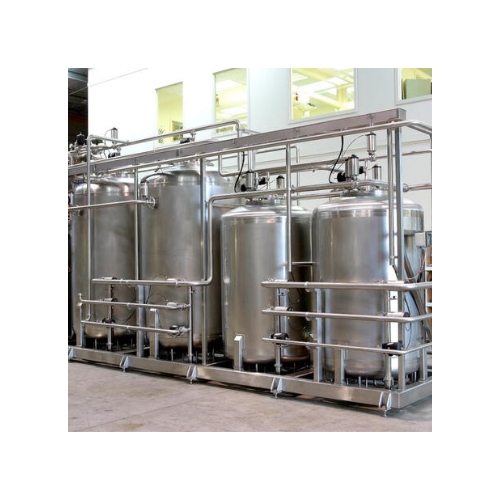
Ion exchange system for fruit juices and syrups
Enhance juice quality and optimize sugar processing with efficient ion exc...
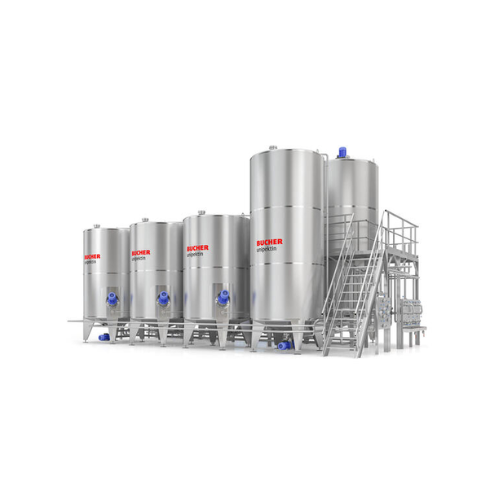
Commercial juice mixing station
Streamline your beverage production with precise mixing and dosing, ensuring consistently hi...
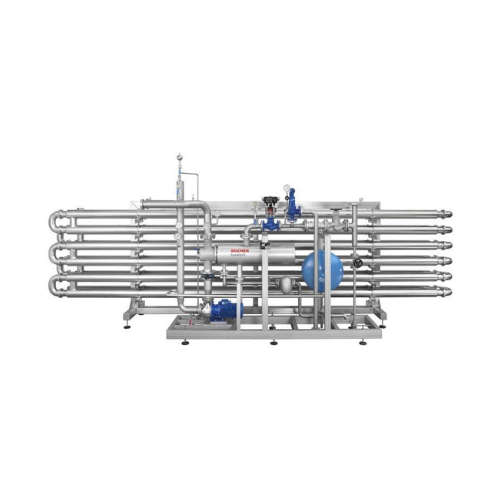
Mash heater for core fruits and berries
Improve juice extraction and color yield in your fruit processing line with this in...
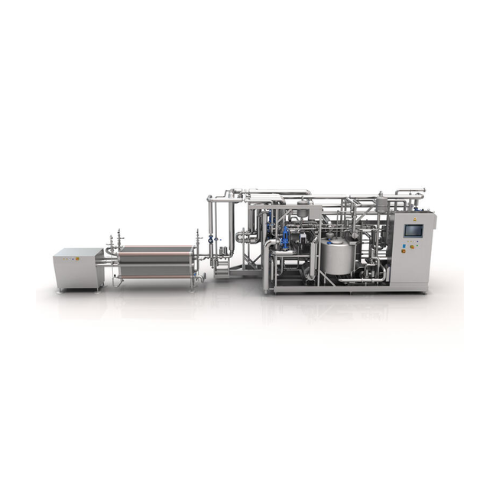
Aseptic filtration system for juice production
Ensure the microbiological quality and turbidity of juices and concentrates...
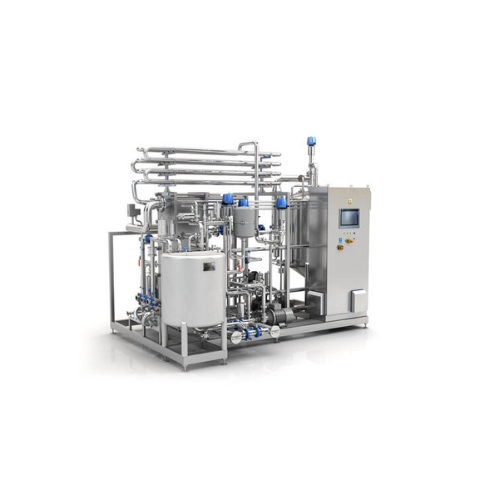
Industrial pasteurizer for juice, dairy, and vegetable purees
Ensure product safety and extend shelf life with this comp...
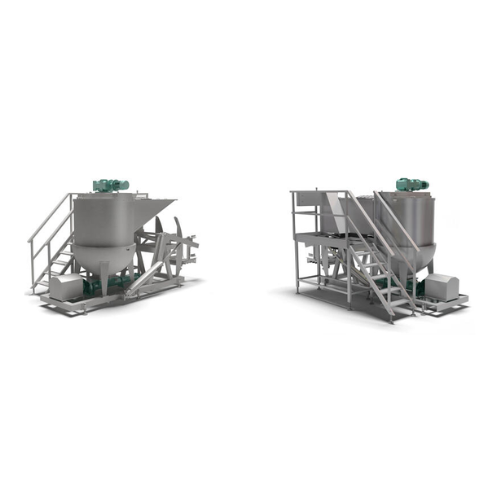
Crusher system for frozen juice processing
Effortlessly process frozen juices and concentrates by efficiently crushing, me...
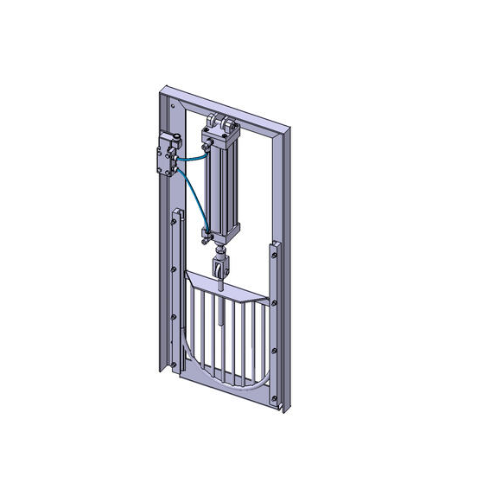
Pneumatically controlled dosing slide for pome fruit silos
Ensure consistent and controlled fruit discharge in your proc...
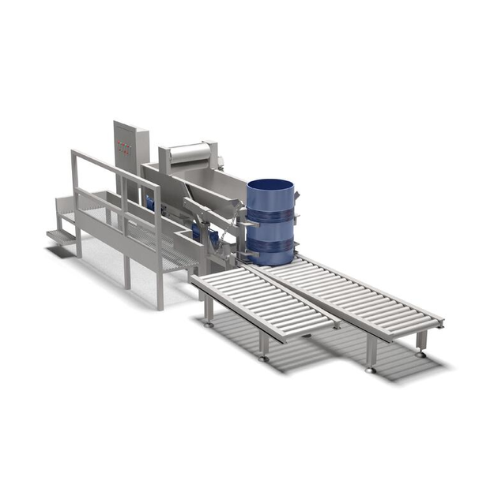
Drum dumper for emptying liquid juice drums
Streamline liquid juice extraction by efficiently emptying and transferring dr...
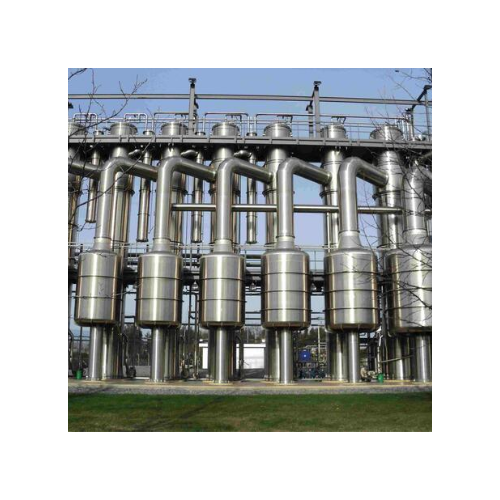
Tubular falling film evaporator for fruit juice concentrates
Optimize your fruit juice concentration process with seamle...
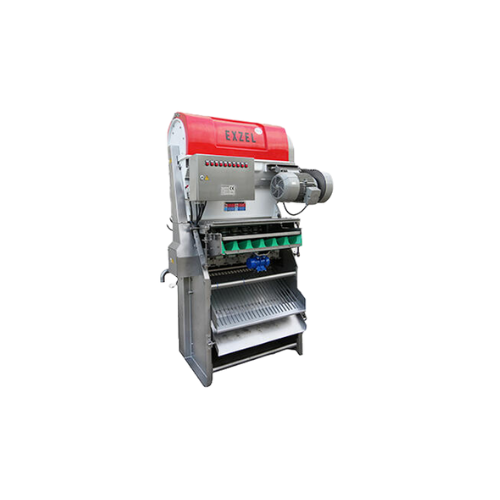
Citrus juice extractor
Achieve unparalleled juice purity and essential oil separation with a system that elevates your fruit ...
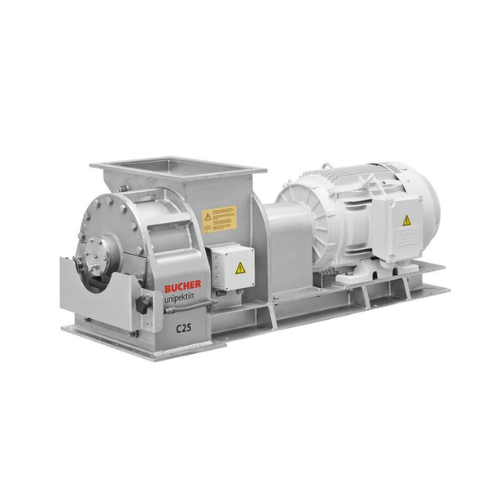
Grinding mill for apple and pear mash
Optimize your fruit and vegetable processing with a high-speed, energy-efficient grin...
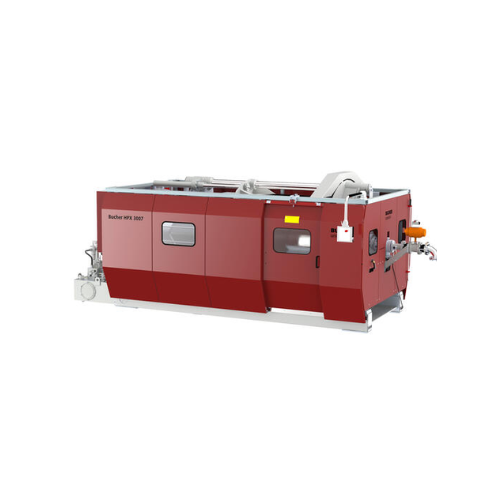
Hydraulic press for juice extraction from apples
Optimize juice yield and purity with a robust hydraulic pressing system, ...
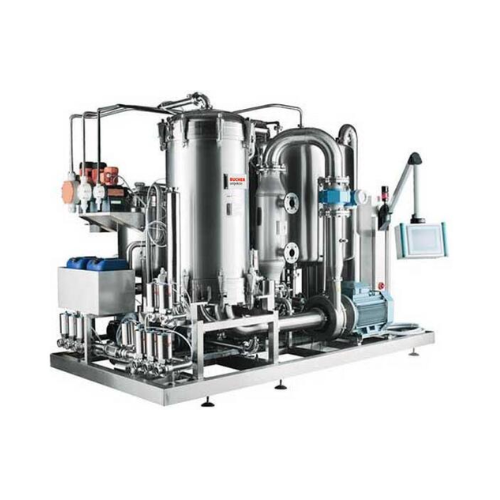
Cross-flow filtration for wine and fruit juice
Achieve high-quality filtration and purification for liquid and slurry prod...
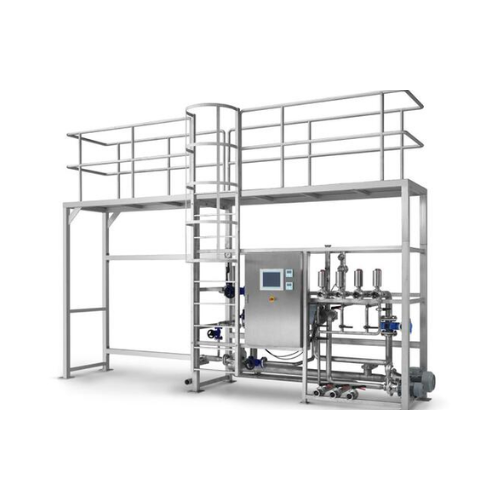
Industrial Cip system for fruit juice production lines
Ensure optimal hygiene and operational efficiency with advanced CI...
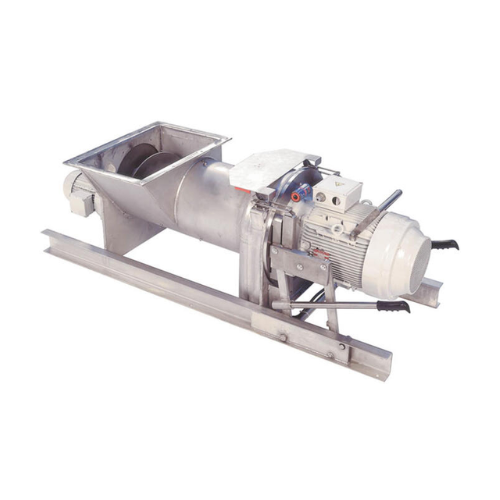
Grinding mill for apples and pears
Optimize juice yield with tailored grinding for a variety of fruits and vegetables, ensu...
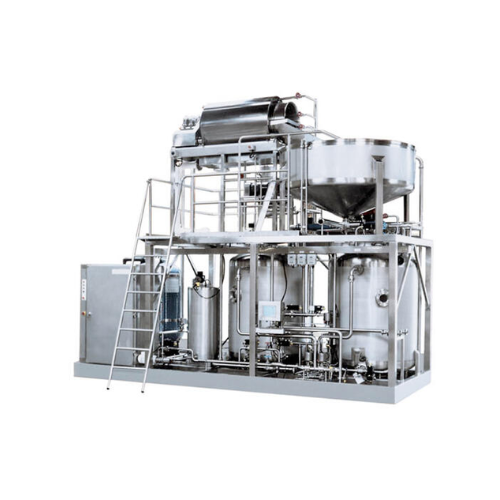
Adsorber for haze stabilisation in clear fruit juices
Achieve precise haze stabilization and debittering in fruit juices ...
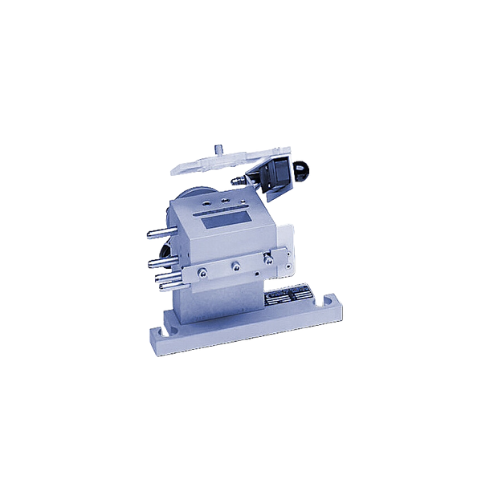
Measuring mixer for small grain samples
Optimize the precision of your formulation processes with a solution designed for p...
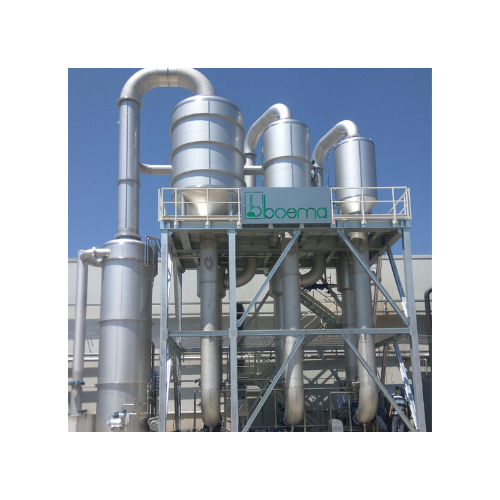
Evaporator for juices and purees
Efficiently concentrate liquid products like apple juice, tomato puree, and chocolate sauce...
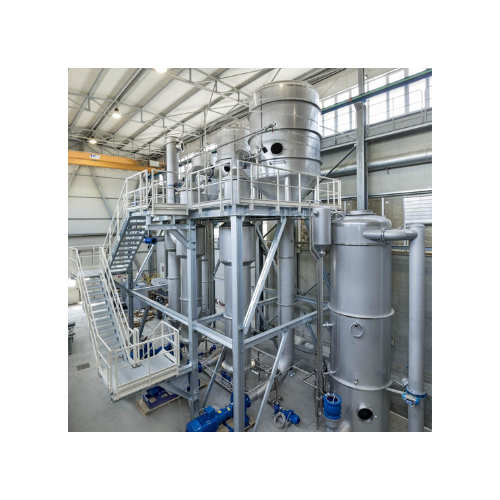
Evaporators for fruit and vegetable juices and purees
Optimize your juice and puree production with advanced evaporators ...
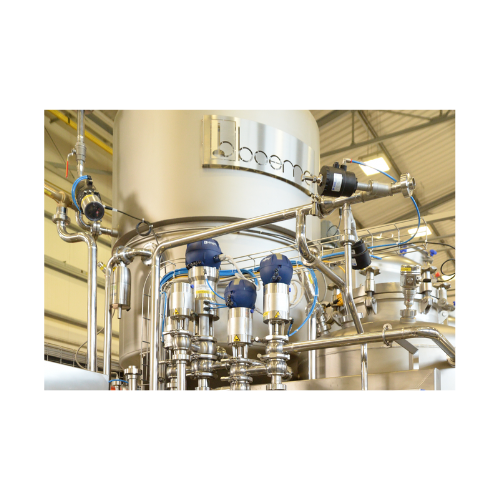
Vacuum degasser for juices and purees
Enhance the quality of your liquid products with efficient degassing and flavor recov...
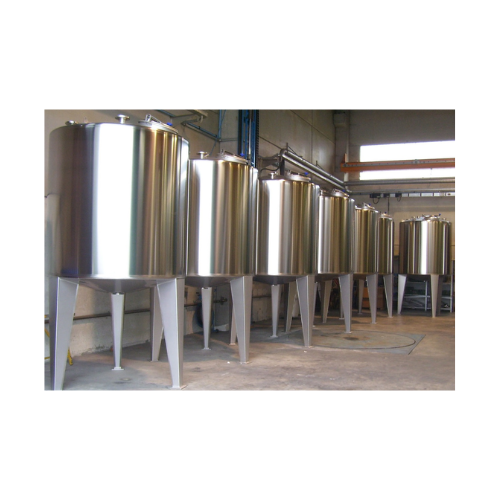
Storage tank for dairy products and juices
Designed for optimal preservation and hygiene, these storage tanks prevent sedi...
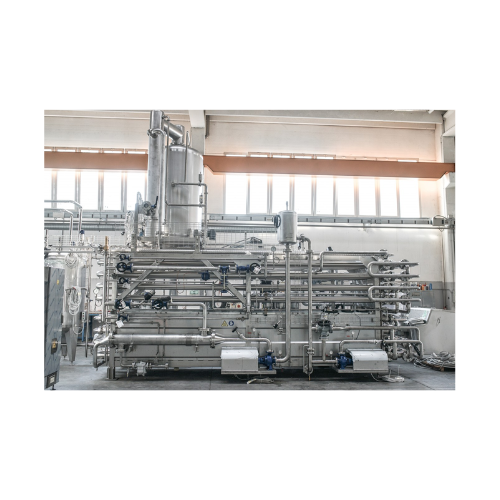
Pasteuriser and cooler for fruit and vegetable juices
Ensure optimal thermal treatment for your fruit and vegetable produ...
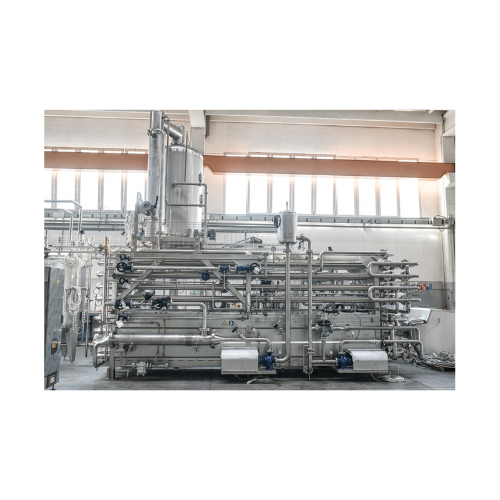
Pasteurizer and sterilizer for fruit and vegetable juices
Ensure the safety and quality of your fruit and vegetable juic...
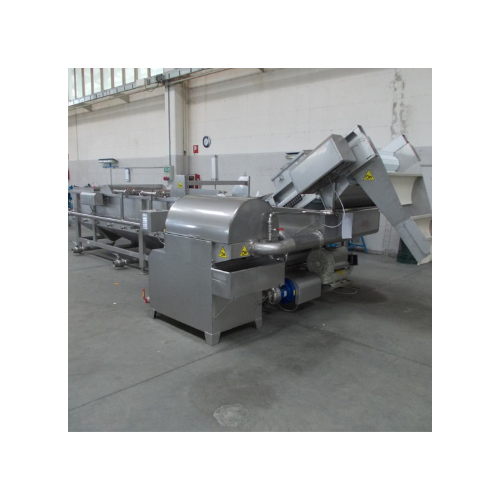
Fruit and vegetable washing solution with agitating action
Experience efficient dirt removal and product agitation for f...
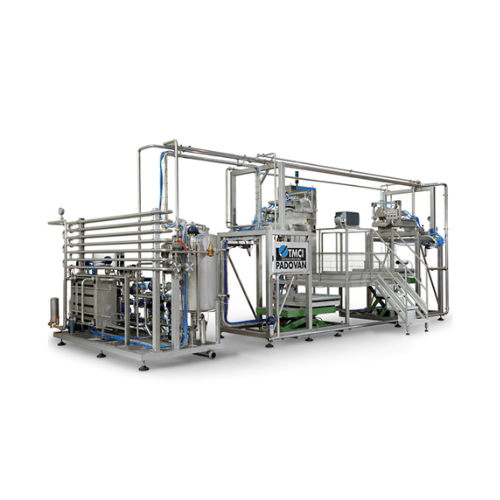
Aseptic filling system for fruit juices and nectars
Effortlessly integrate aseptic filling into your beverage production ...
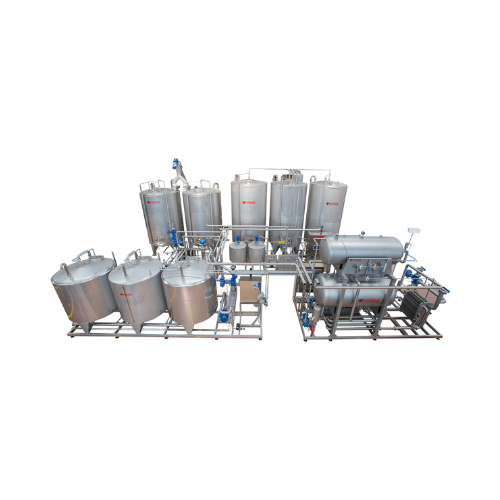
Syrup room for beverage production
Optimize your beverage production with advanced syrup room solutions, offering precise c...
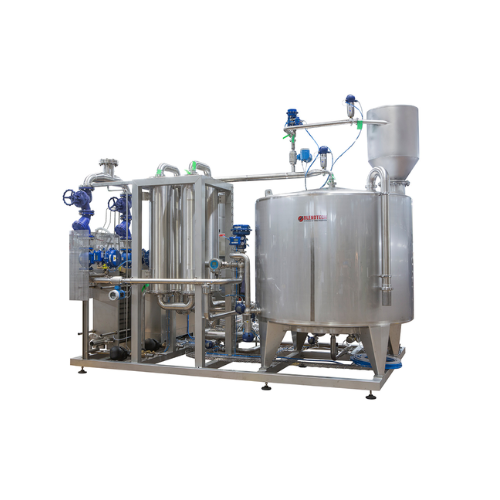
Industrial sugar dissolver for soft drink and juice production
Effortlessly produce high-quality sugar syrup essential f...
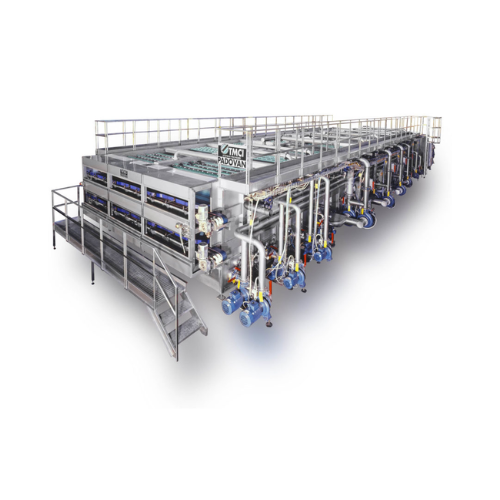
Tunnel pasteurizer, heater, recooler for fruit juices and soft drinks
Optimize your beverage production with a versatil...
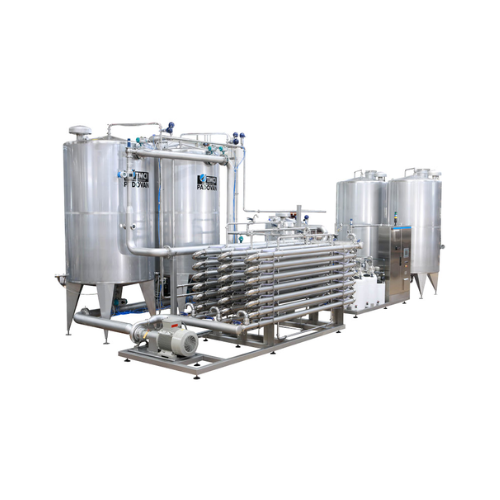
Ultrafiltration for fruit juices and nectars
Optimize your juice and nectars production with precise ultrafiltration, ensu...
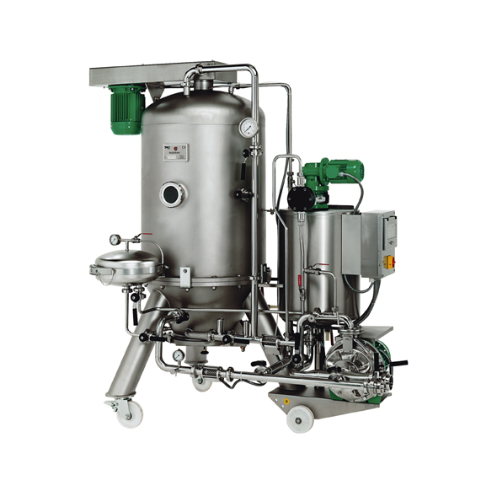
Horizontal plate filtration for fruit juices
Ensure optimal clarity in beverage production with a filtration unit that exp...
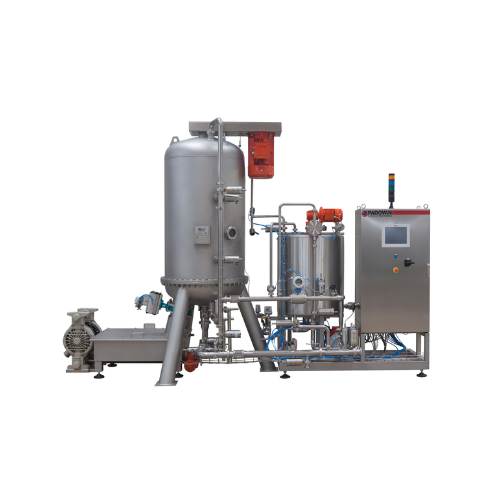
Diatomaceous earth pressure filter for fruit juices and soft drinks
Achieve exceptional clarity and taste in your bever...
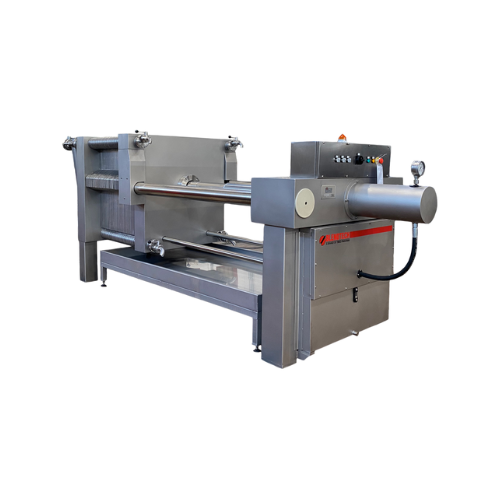
Plate and sheet filter for fruit juices
Ensure precision and clarity in your beverage production by utilizing this advanced...
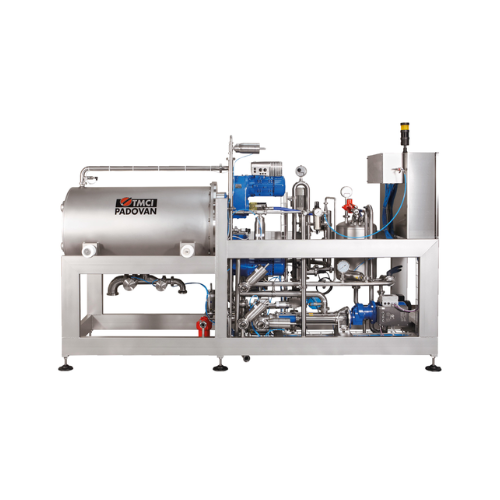
High solids crossflow filter for fruit juices and nectars
Eliminate the challenges of suspended solids in beverage produ...
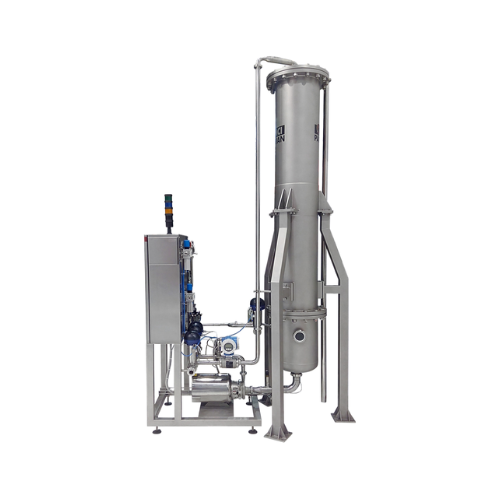
Deaeration system for fruit juices and soft drinks
Enhance your beverage quality by efficiently deaerating and carbonatin...
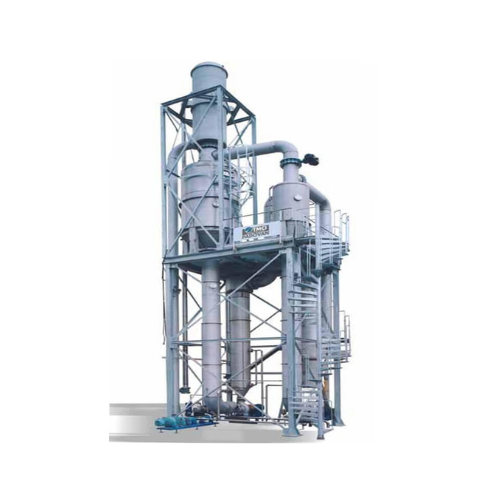
Enzyme inactivation for fruit juices and nectars
For fruit juice and nectar production, ensuring product quality starts wi...
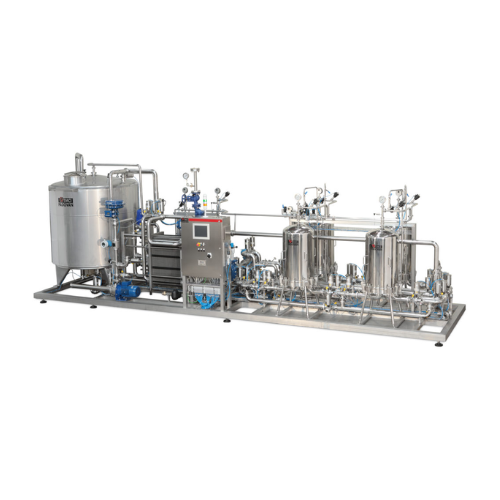
Microfiltration system for fruit juice and soft drinks
Ensure optimal purity and flavor retention in your beverages with ...
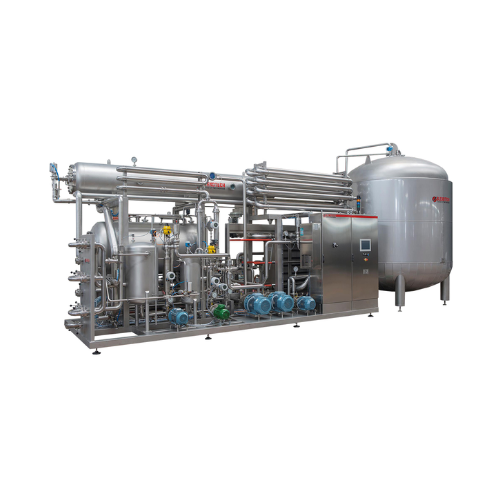
Mixer-pasteurizer-carbonator for soft drinks and juices
Optimize your beverage production with a versatile system that se...
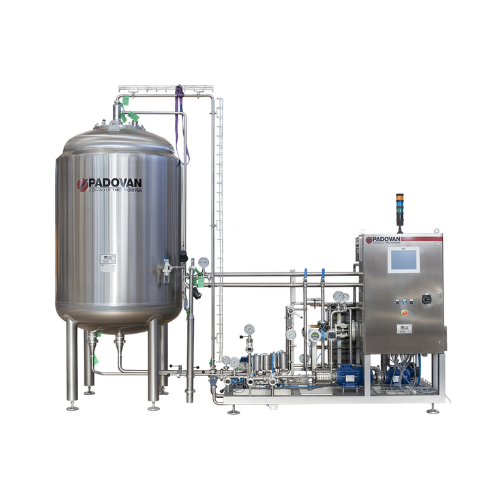
Plate flash pasteurizer for fruit juices and soft drinks
Ensure the purity and safety of your beverages with precision th...
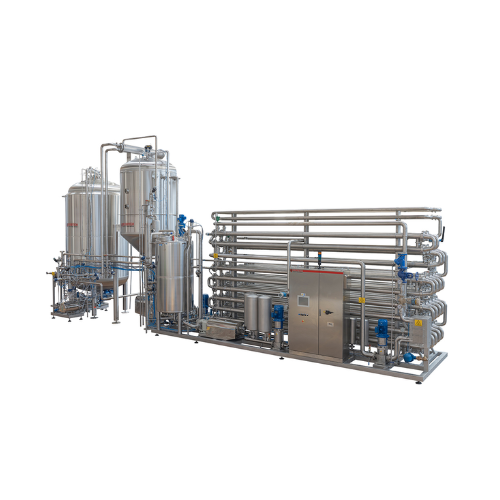
Tubular pasteurizer for fruit juices and nectars
Preserve flavor and ensure safety in your beverage production with high-e...
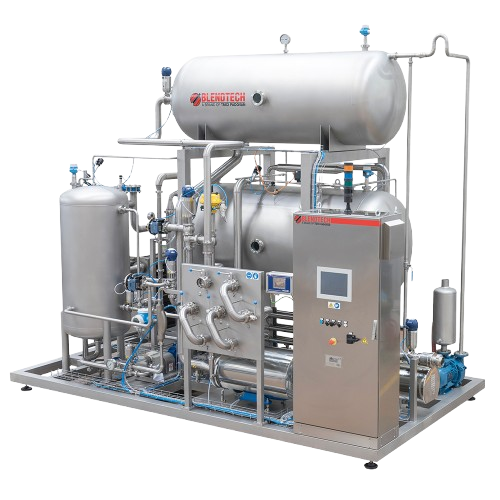
Blending system for fruit juices and soft drinks
Optimize your beverage production with precise blending and carbonation, ...
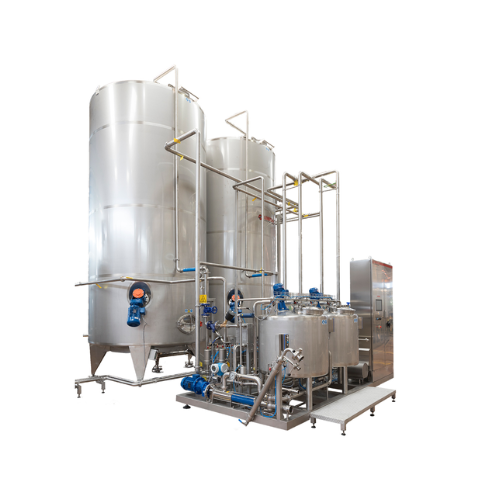
Aroma-batch blender for beverage production
Optimize your beverage formulation process with precise aroma dosing and effic...
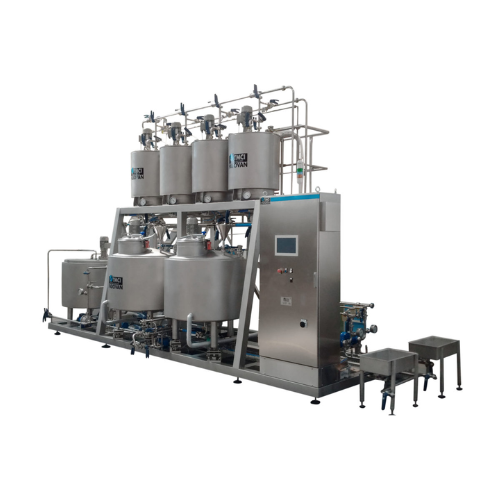
Batch blenders for fruit juices and nectars
Achieve precise ingredient ratios and uniform mixing in beverage production wi...
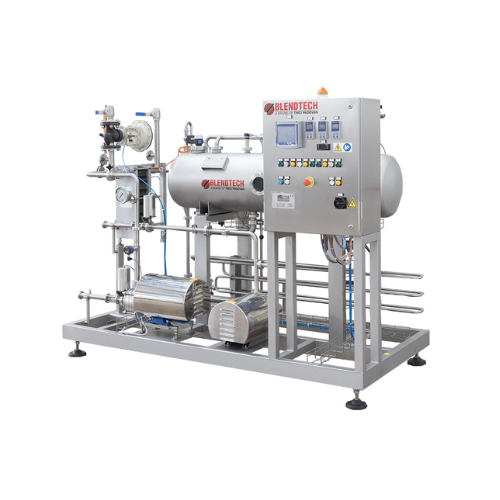
Carbonators for fruit juice and soft drinks
Achieve optimal carbonation in your beverages with precise CO2 dosing equipmen...
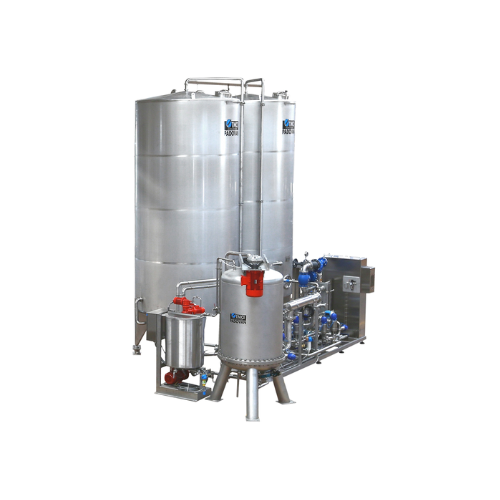
Syrup clarification for fruit juices and soft drinks
Enhance the clarity and quality of your beverages by efficiently rem...
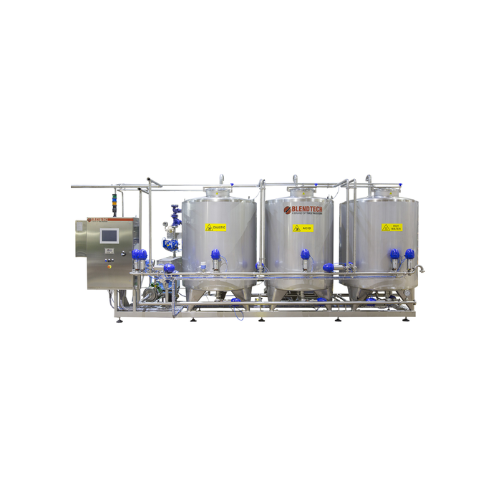
Cleaning in place for fruit juices and soft drinks
Ensure maximum hygiene and reduce downtime in your beverage production...
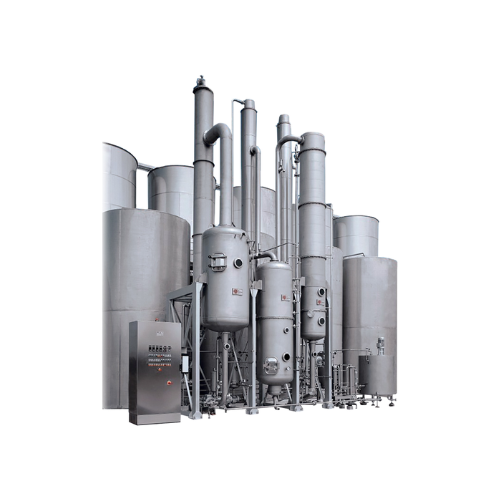
Desulphurizer for fruit juices and nectars
Enhance beverage quality by efficiently removing sulphur dioxide from fruit jui...
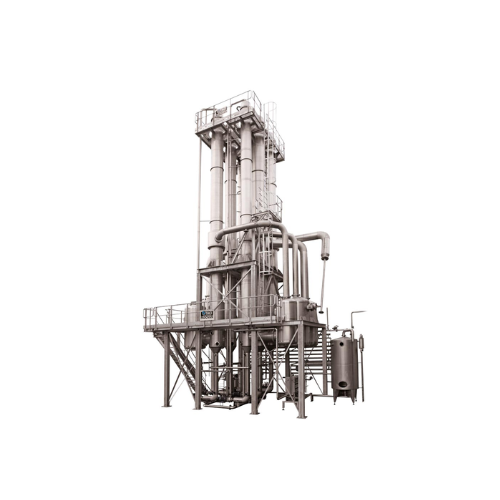
Evaporators for fruit juices and syrups
Optimize your beverage production line with advanced evaporators designed to effici...
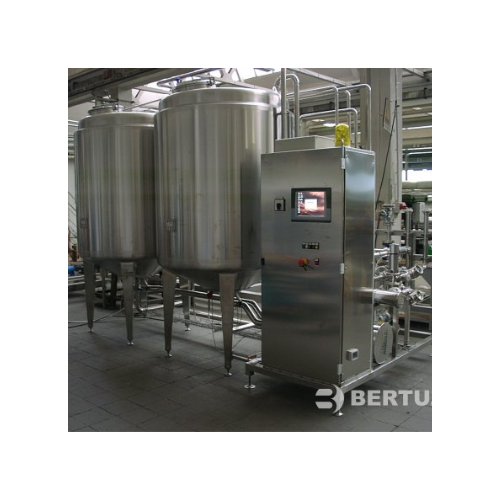
Apple processing equipment for juice and puree production
Efficiently process apples and pears into high-quality juice a...
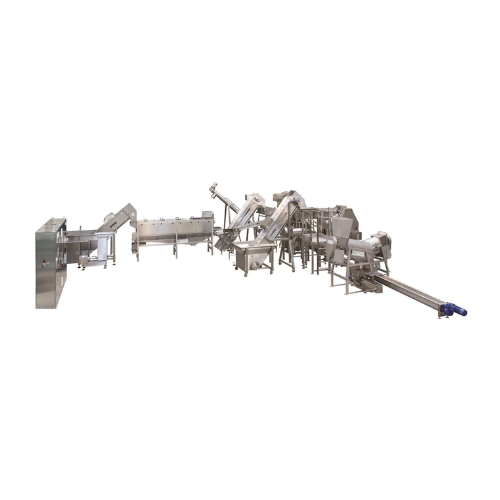
Fruit juice extraction technology for Nfc and freshly squeezed juices
Optimize your juice production with advanced extr...
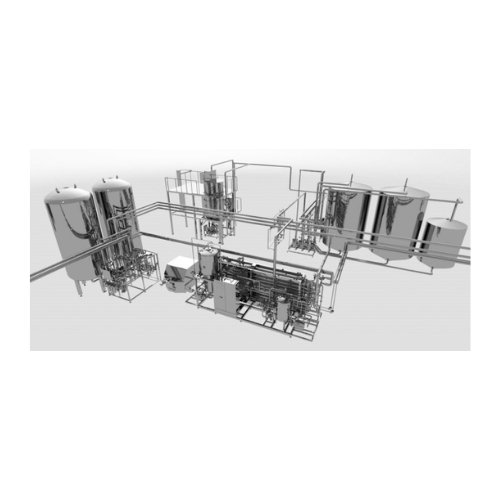
Juice reconstitution equipment for concentrated juice
Revolutionize your beverage production with advanced equipment desi...
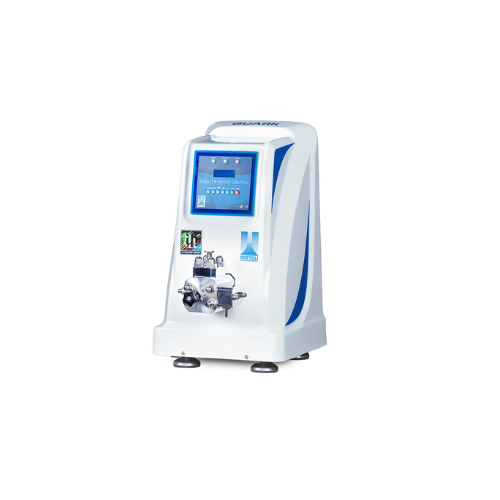
Laboratory homogenizer for pharmaceutical and biotech applications
Achieve precise homogenization for your laboratory n...
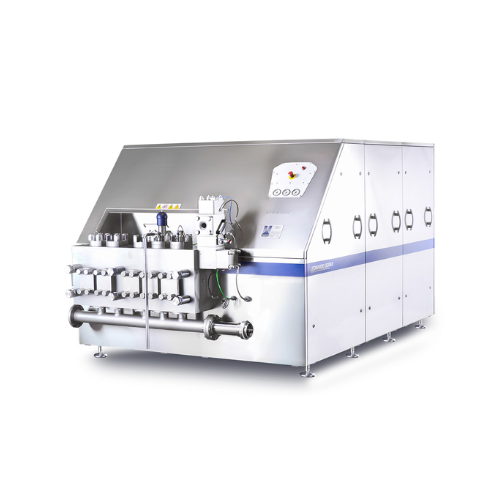
High-pressure homogenizer for dairy and food production
Optimize your product consistency and stability with a high-press...
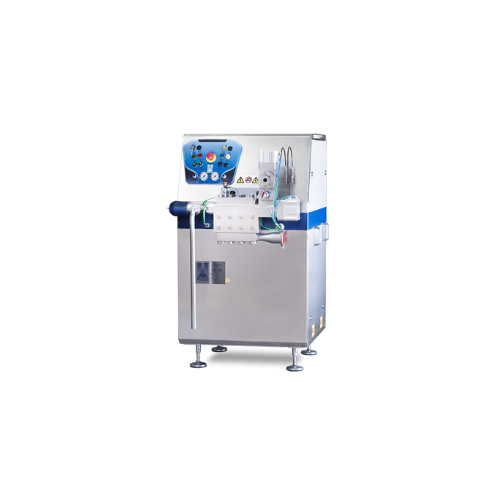
Industrial homogenizer for high pressure applications
Achieve consistent product texture and stability for your emulsions...
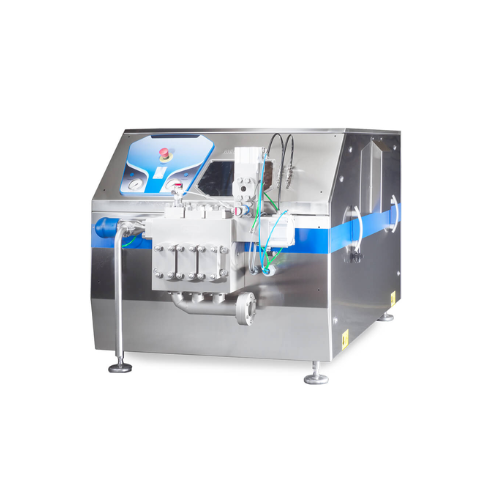
Industrial homogenizers for high-pressure applications
Optimize homogenization with high-pressure solutions designed for ...
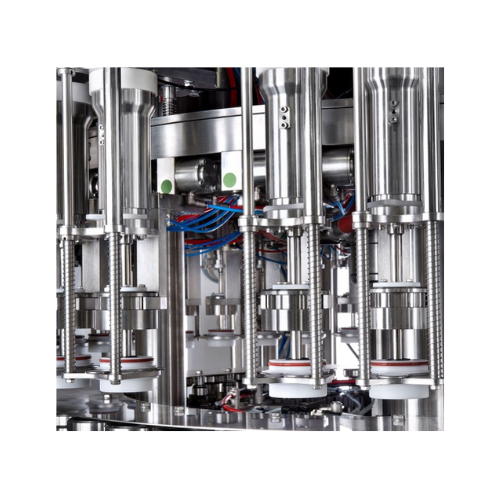
No-oxygen wine filler
Ensure product integrity with advanced no-oxygen filling systems, designed to preserve delicate flavors...
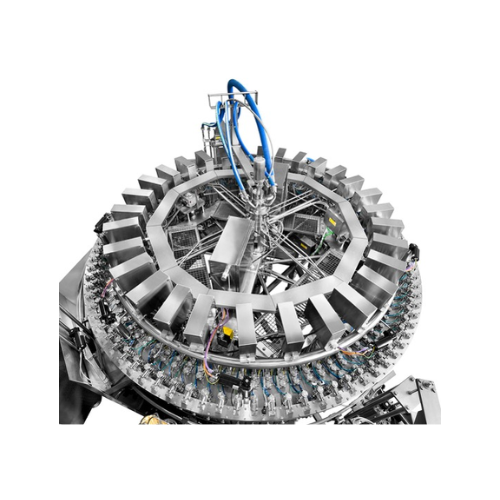
No-oxygen filler for wine bottling
Enhance liquid bottling with seamless integration that minimizes oxygen exposure, ensuri...
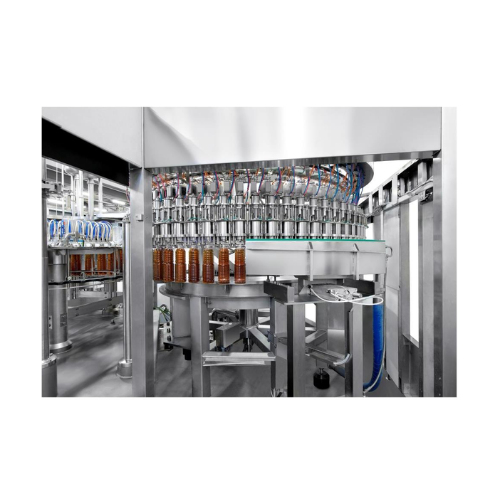
High-capacity no-oxygen wine filler
Ensure optimal flavor retention and prevent oxidation in your bottling process with adv...
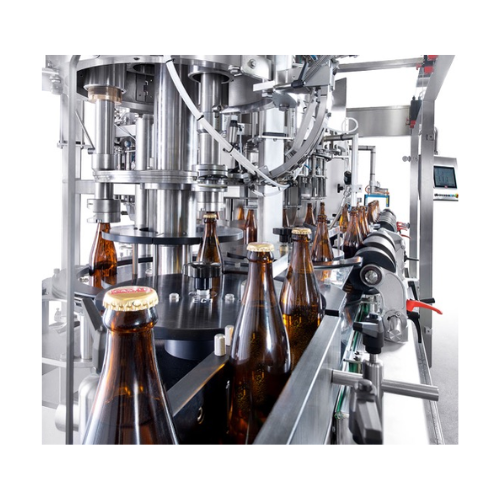
Industrial solutions for cap closures on bottles and containers
Achieve precise sealing for diverse bottle types with ou...
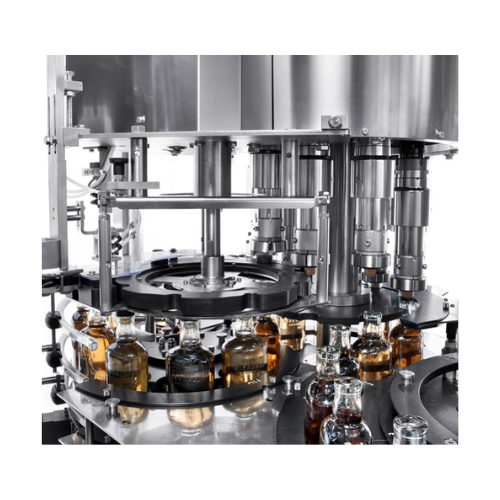
Industrial capping systems for bottling lines
Optimize your bottling process with versatile capping solutions designed for...
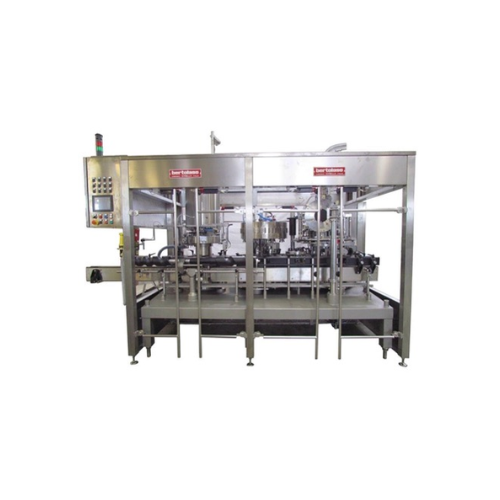
Industrial bottle cap closer for various caps
Ensure seamless closures for liquid products with versatile equipment design...
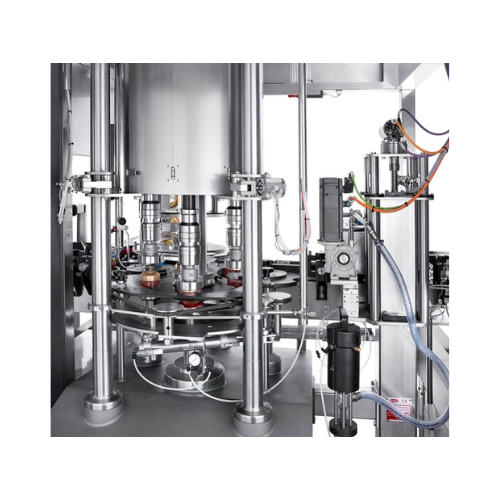
Cork and cap closures for bottling industry
Enhance your bottling efficiency with versatile corking and capping solutions ...
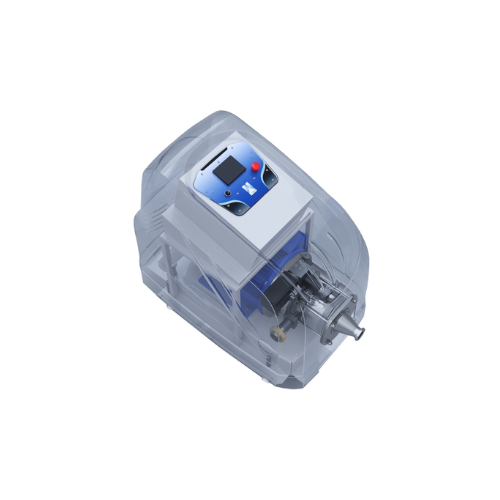
Colloidal mill for industrial homogenization
Achieve consistent emulsification, size reduction, and uniform particle distr...
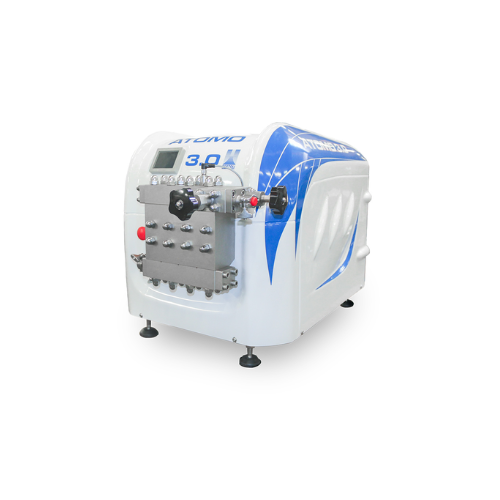
Laboratory homogenizer for dairy and biotech applications
Ensure precise particle size reduction and consistent texture ...

Smoothies production line for fruits and vegetables
Optimize your smoothie production with a line designed for efficient ...
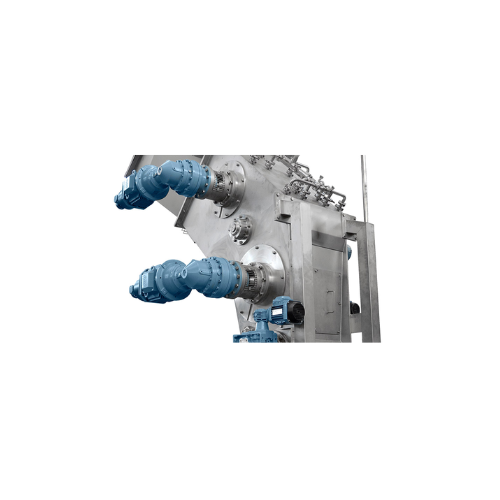
Industrial liquefying and crunching solution for frozen fruits and vegetables
Efficiently transform frozen produce int...
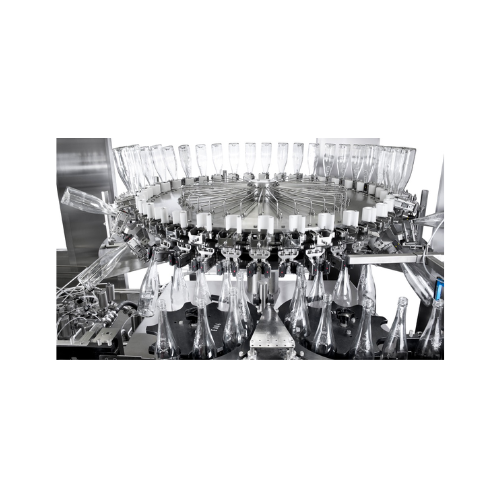
Industrial bottle rinsing systems
Ensure pristine bottle hygiene and maintain high production standards with advanced rinsi...
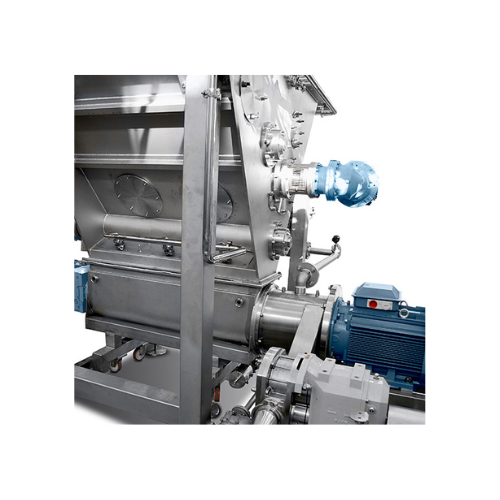
Crunching and dosing solution for frozen fruits and vegetables
Streamline your processing line with a versatile system d...
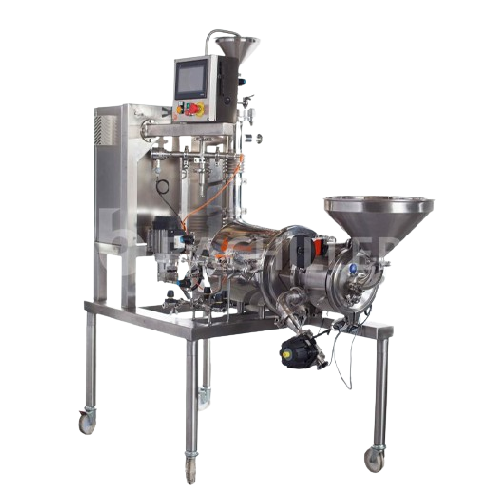
Colloidal mill for fine grinding and homogenisation
Optimize your liquid and semi-solid processing by achieving precise p...
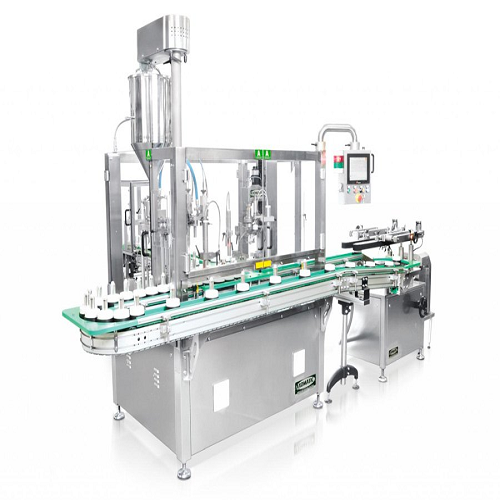
Alternate movement bottle filling and capping system
Enhance your production line with a versatile filling and capping so...
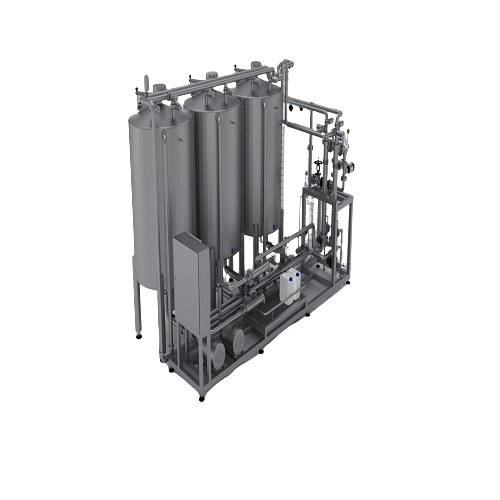
Cip cleaning system for industrial processing lines
Ensure thorough removal of residue and contaminants from your product...
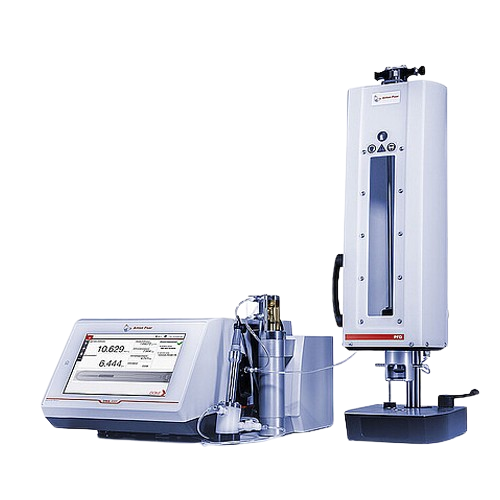
Co2/o2 beverage filling device
Ensure precise beverage analysis by maintaining carbonation integrity with a system that tran...
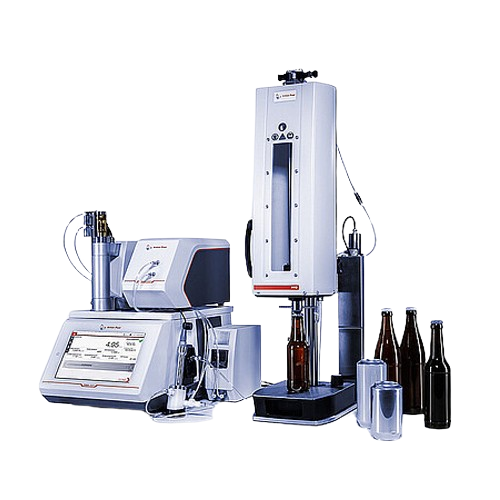
Packaged beverage analyzer for alcohol and Co2
Ensure precise beverage analysis with a streamlined solution that integrate...
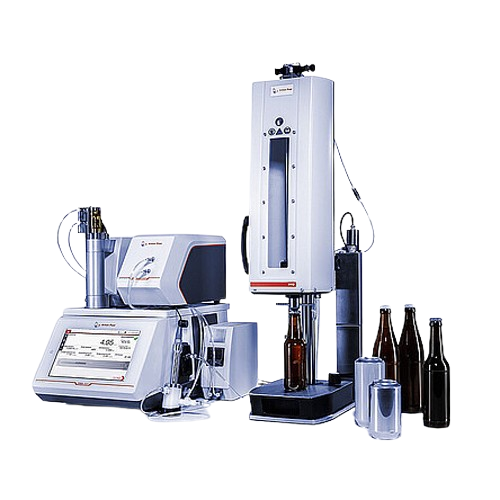
Packaged beverage analyzer for beer, wine, and cider
Ensure precision in beverage quality control with rapid, direct samp...
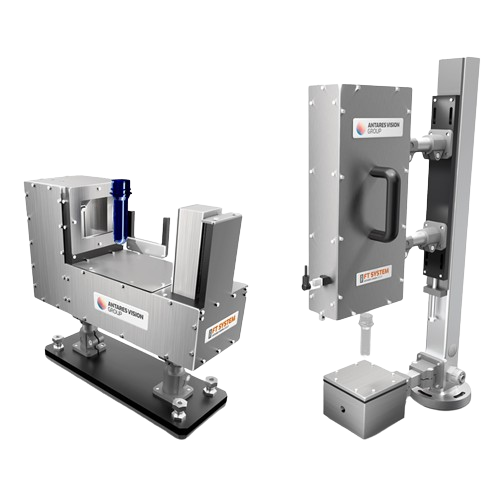
Preform inspection system for blown containers
Ensure defect-free blown containers and minimize line jams with a robust pr...
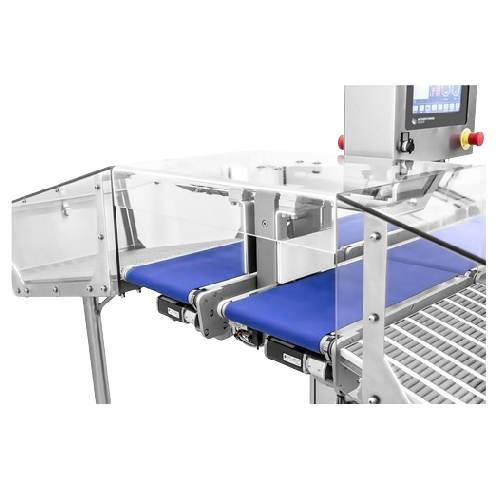
Special checkweighers for industrial applications
Enhance your production line efficiency by precision weighing your prod...
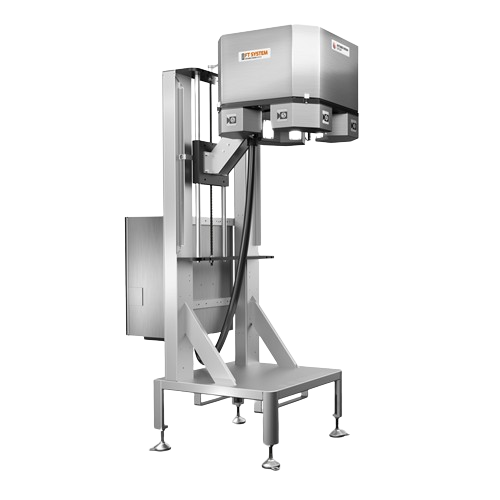
Thread neck inspection for beverage bottles
Ensure bottle closure integrity by detecting subtle thread defects, such as cr...
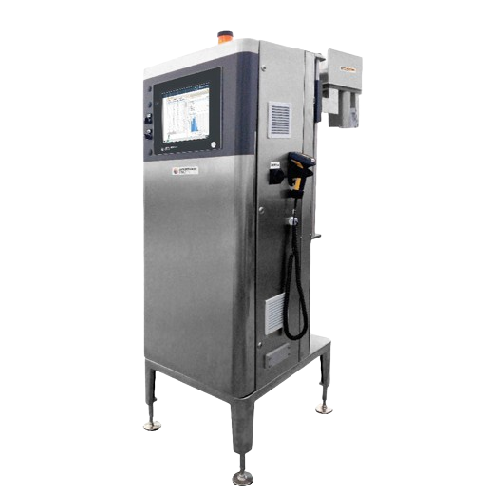
Fill level inspection system for beverage bottling
Ensure compliance and optimize quality control with a system that accu...
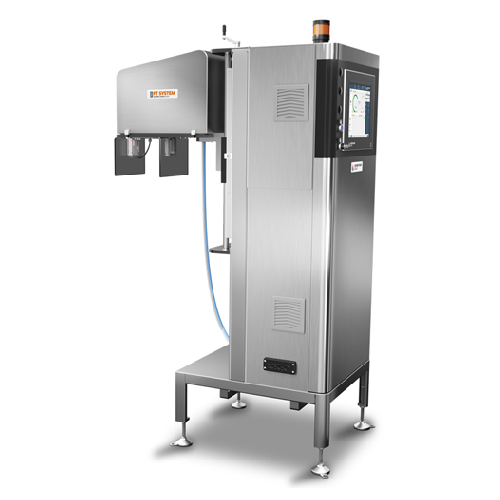
Empty can inspection system for beverage industry
Quickly identify defects in empty cans to ensure quality and safety bef...
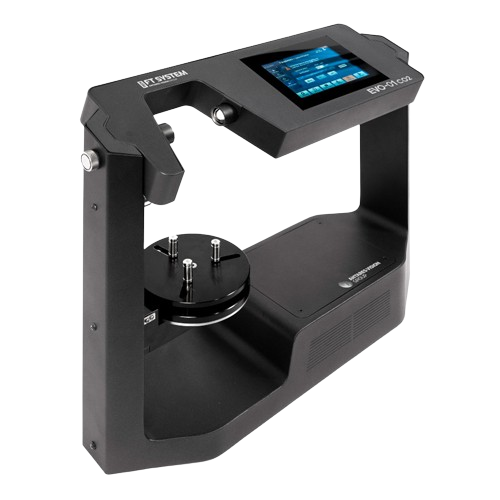
Co2 monitoring for dairy product contamination
Ensure product safety by rapidly detecting microbial contamination in dairy...
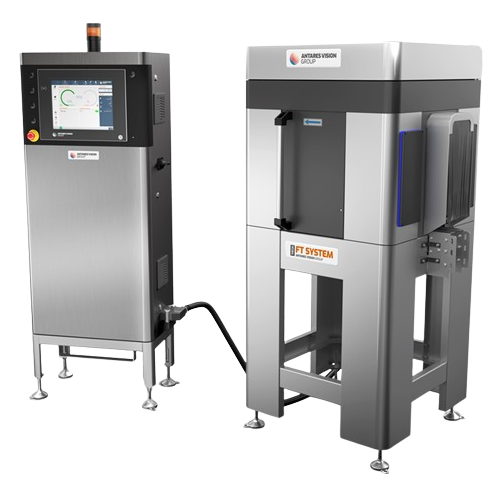
Full label inspection system for not-oriented containers
Ensure precise label application and integrity on any container ...
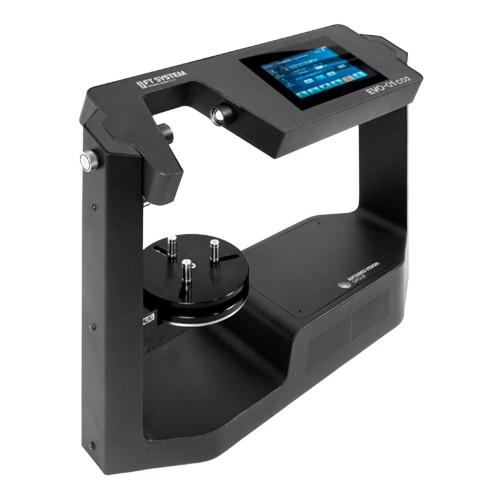
Oxygen concentration analyzer for beverage bottles
Accurately measure oxygen levels in your bottled beverages with non-de...

Gas analyzer for beverage bottle vacuum level
Ensure precise vacuum level measurement in bottle headspace with non-destruc...
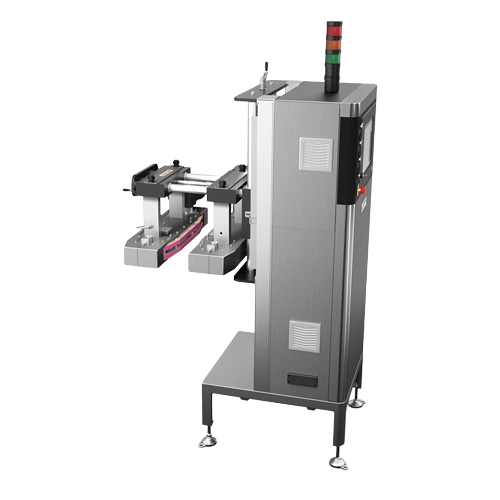
Leak detection system for cans
Ensure the integrity and shelf-life of canned goods with precise leak detection, pressure mea...
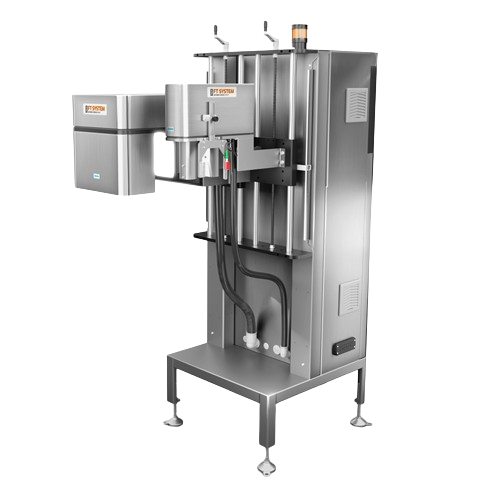
Cap inspection and fill level inspection system for beverage containers
Ensure precise cap application and fill level m...
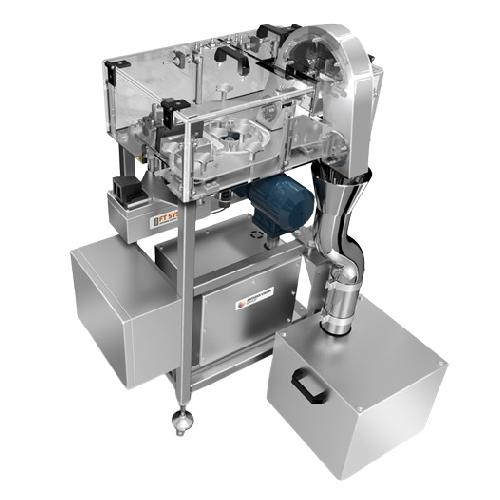
Cap quality inspection system for beverage industry
Ensure flawless cap performance and prevent production disruptions wi...
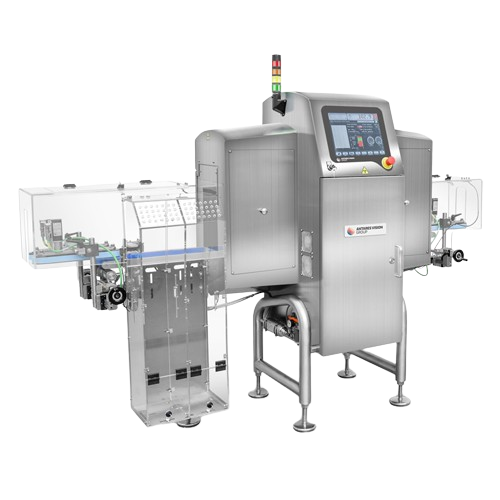
Combi x-ray and checkweigher for vertical products
Ensure accurate weight control and safety by detecting foreign bodies ...
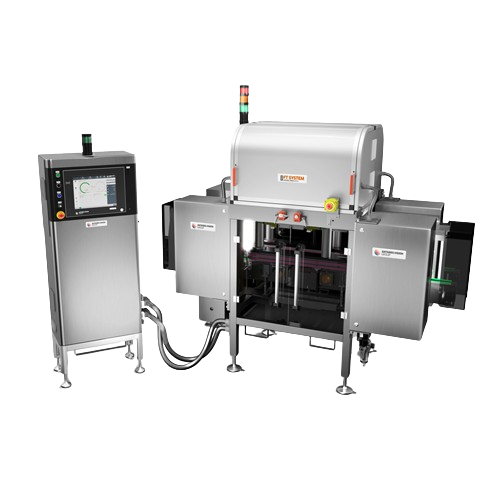
Empty bottle inspection system for beverage industry
Enhance your production line’s efficiency by detecting defects...
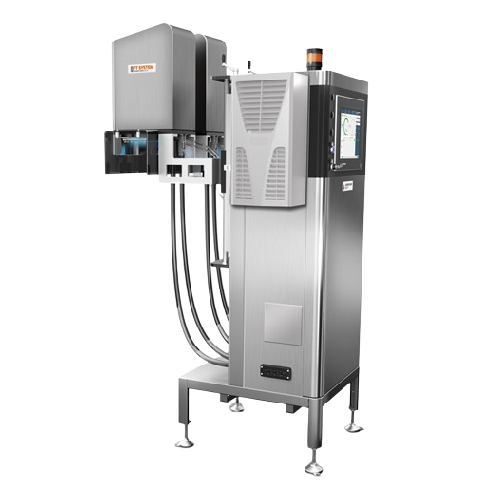
Application angle inspection for Pet bottle caps
Ensure perfect cap alignment on PET bottles to prevent leaks and ensure e...
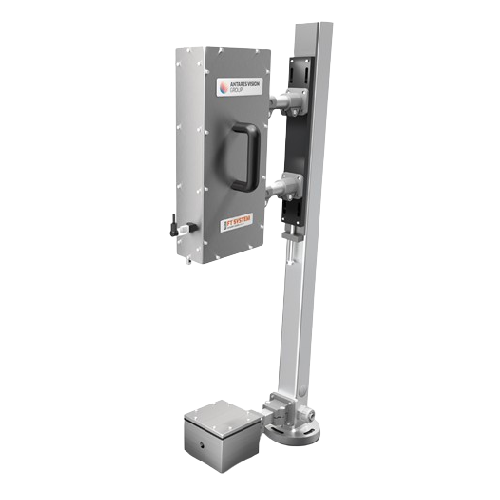
Blown bottle inspection system
Ensure the integrity and quality of your plastic containers with a high-speed inspection syst...
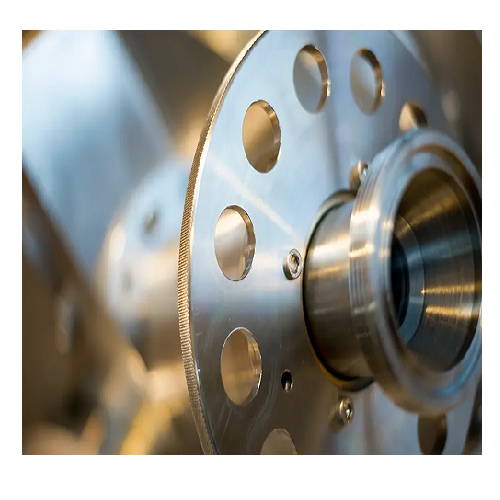
Decanter centrifuge for food industry separation
Achieve precise separation and ensure optimum product quality with our ad...
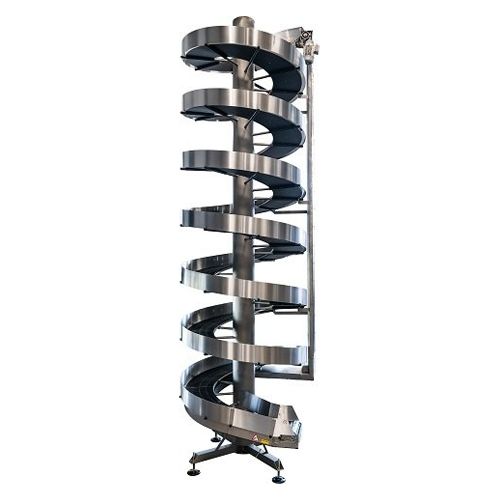
Spiral conveyor for logistics and packaging
Ensure seamless elevation and transportation of diverse products with this ver...
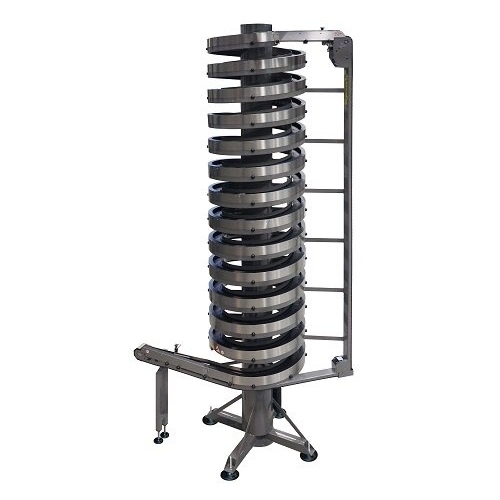
Narrow belt spiral conveyor for small packages
Optimize your production flow with this compact spiral conveyor system, des...
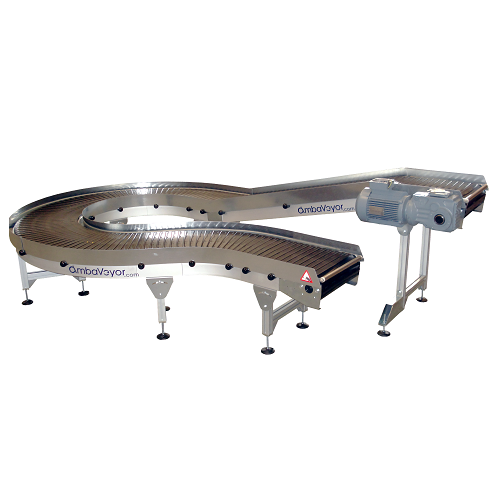
Modular conveyor system for internal unit load transport
Optimize your production line with a versatile conveyor system t...
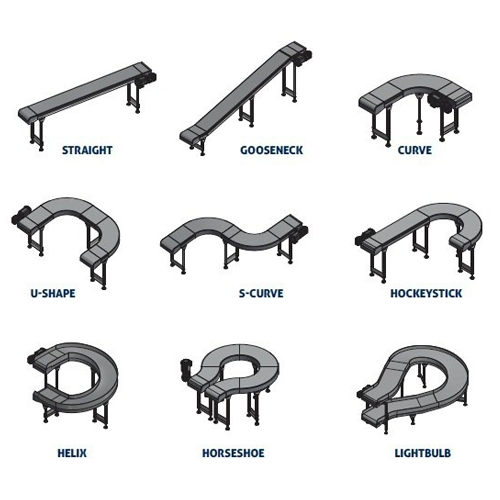
Curved conveyor for logistics and packaging
Efficiently tackle space constraints in your production line with a flexible c...
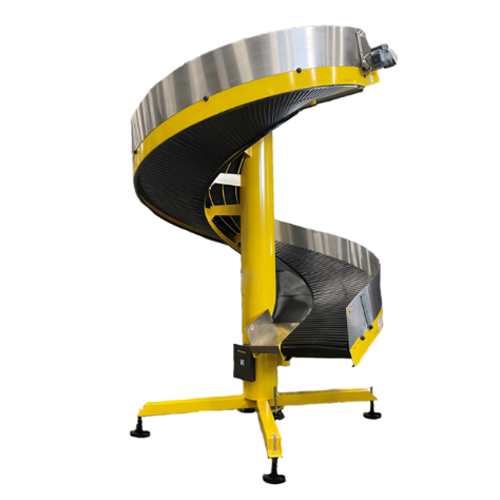
Controlled spiral conveyor for logistic centers
Efficiently manage parcel flow and minimize product damage with this spira...
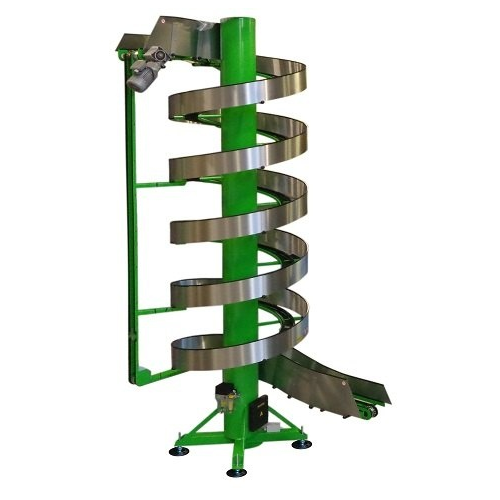
Spiral conveyor for repeating size cases
Optimize your line’s efficiency by elevating rigid items at higher inclines,...
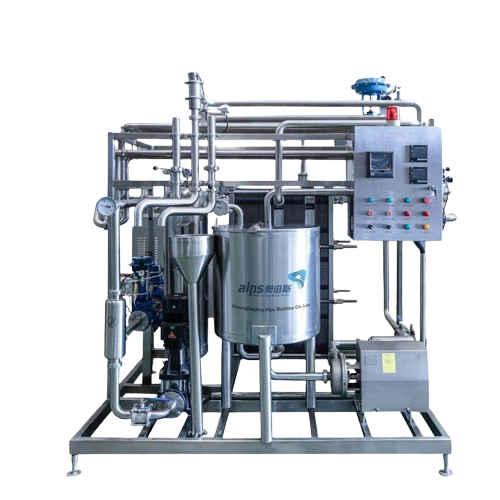
Plate type pasteurizer for juice and tea drinks
Ensure optimal heating, sterilization, and cooling for juice and tea produ...
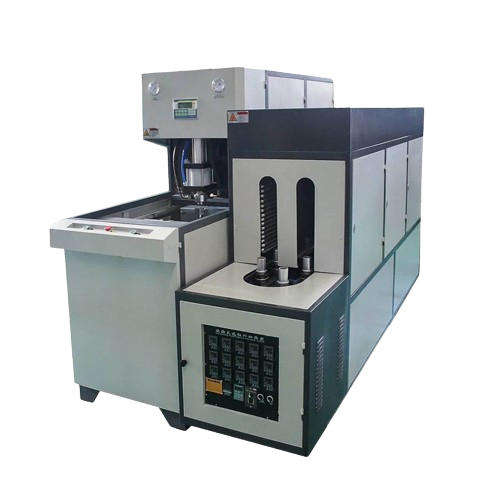
Semi-automatic Pet bottle blow molding solution
Optimize your production with precise and efficient blow molding for creat...
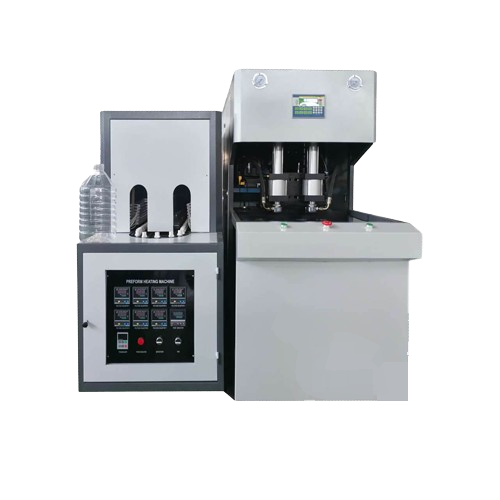
Semi automatic Pet bottle blow molding for 5l bottles
Maximize production efficiency by precisely forming PET containers ...
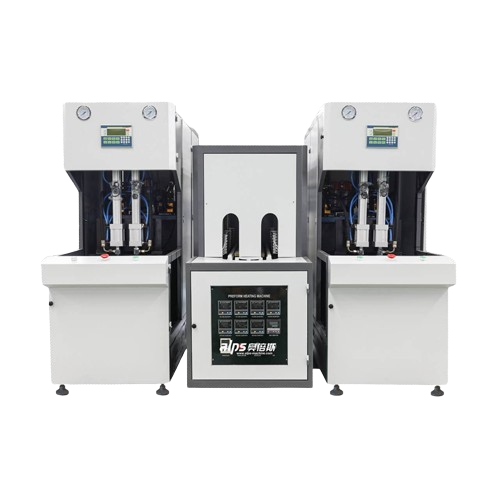
Semi automatic Pet bottle blow molding solution
Streamline your production with a semi-automatic solution designed for eff...
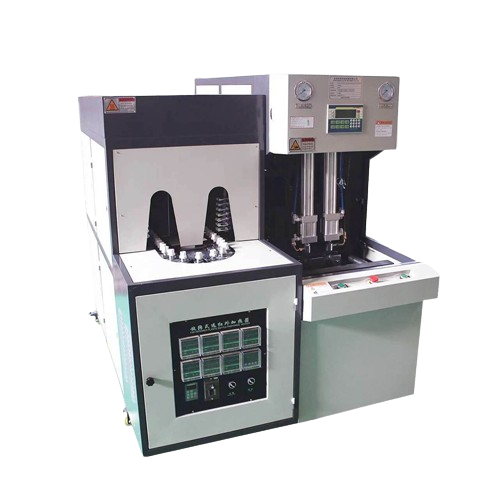
Semi automatic Pet bottle blow molding system
Enhance your production efficiency with a versatile blow molding system that...
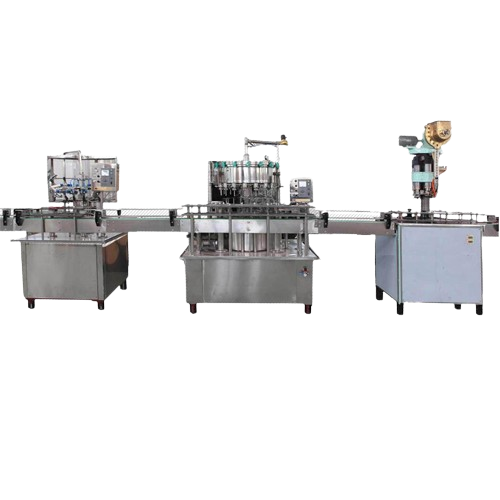
Small bottle linear type beverage filling production line
Optimize your bottling efficiency with a high-speed solution d...
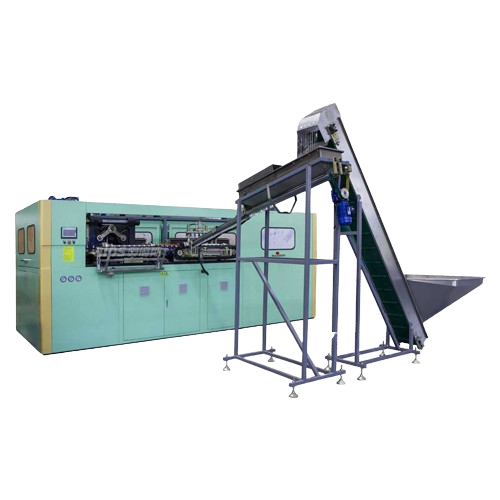
Automatic Pet bottle blowing solution
Achieve precise PET bottle molding with high-speed, automated operations that seamles...
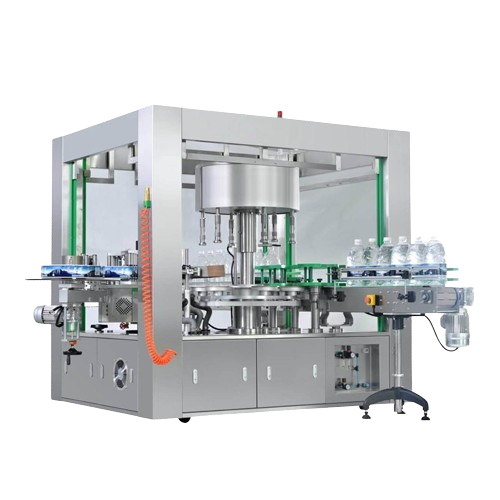
Automatic wrap around hot melt glue labeling for Pet bottles
Enhance your production efficiency with a glue labeling sol...
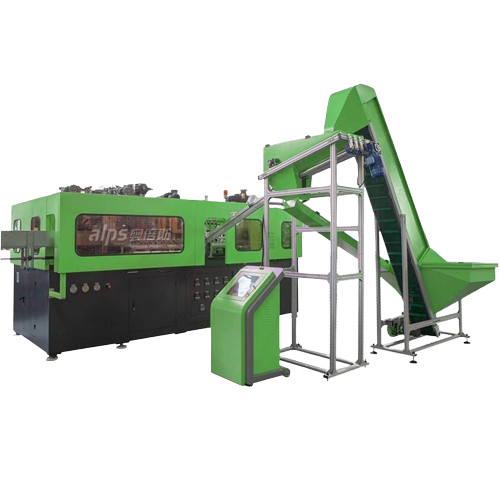
Servo type Pet bottle blowing molding solution
Optimize your production with high-speed PET bottle molding, designed to st...
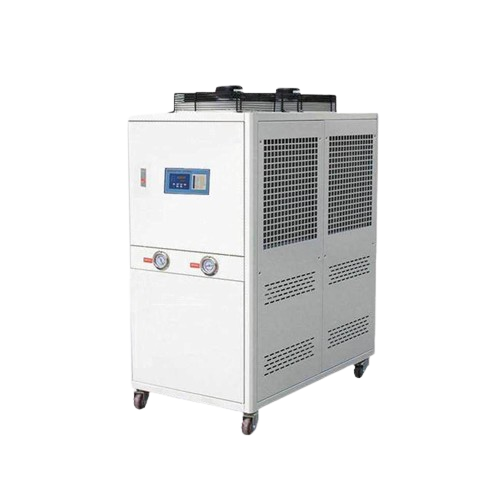
Industrial air cooled chiller for carbonated beverages
Optimize your beverage production with precise temperature control...
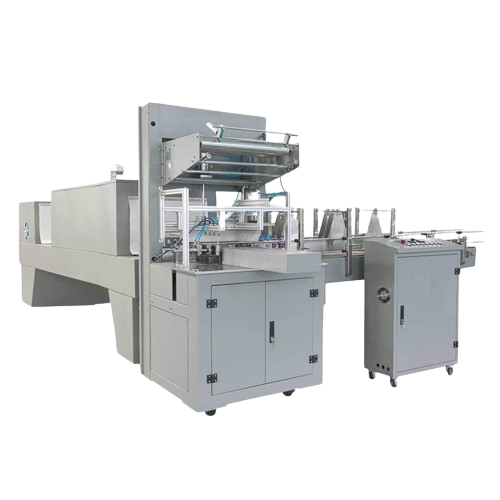
Automatic beverage bottle shrink packaging solution
Optimize your beverage packaging process with advanced shrink wrappin...
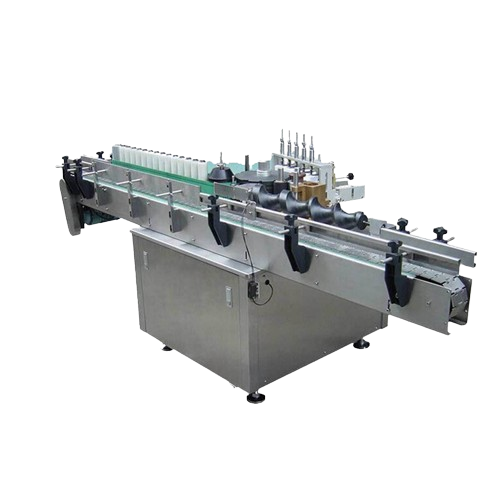
Automatic bottle cold glue labeling solution
Achieve precise labeling for diverse container types, enhancing your producti...
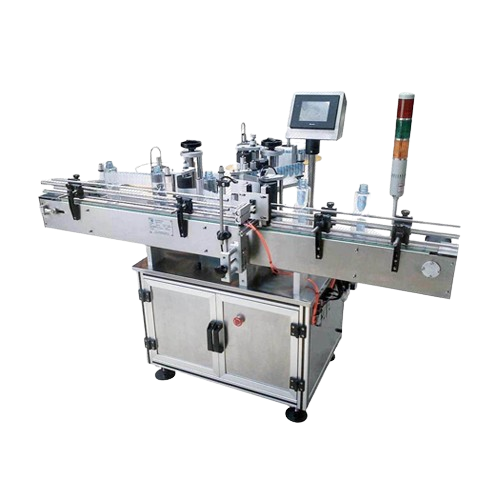
Automatic bottle self adhesive labeling solution
Enhance your production line with precision labeling for diverse containe...
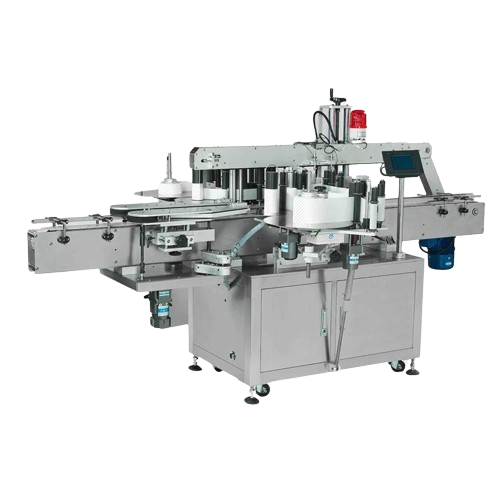
Double sides adhesive sticker labeling solution
Achieve seamless and precise double-sided labeling on bottles and containe...
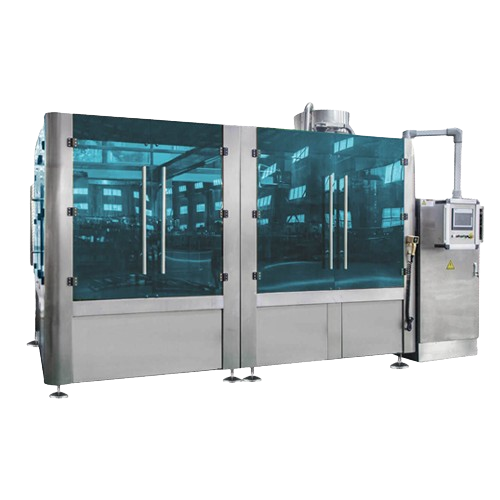
8000bph fruit juice filling system
Optimize your beverage production line with a high-speed fruit juice filling system, des...
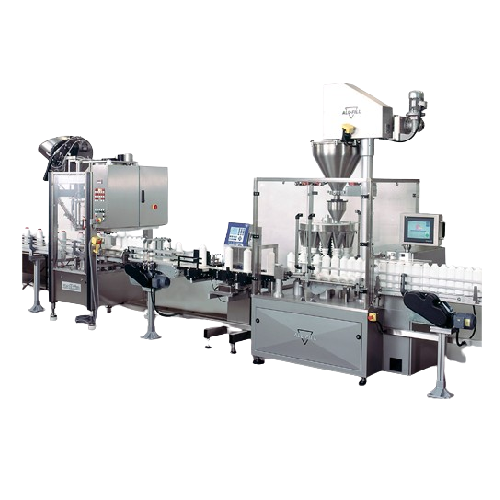
Turnkey filling lines for packaging solutions
Optimize your production line with our turnkey filling solutions, designed t...
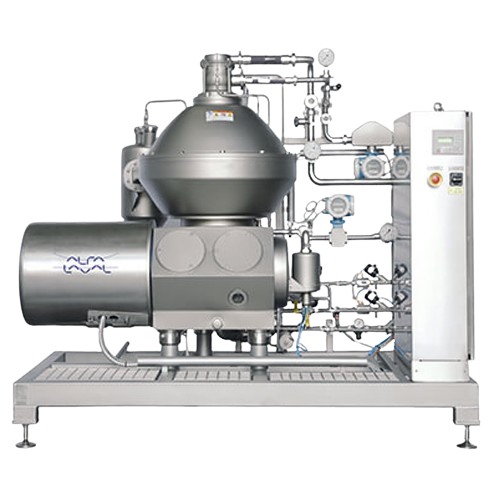
Centrifuge for citrus juice clarification
Optimize your juice production line with advanced centrifuge technology that ens...
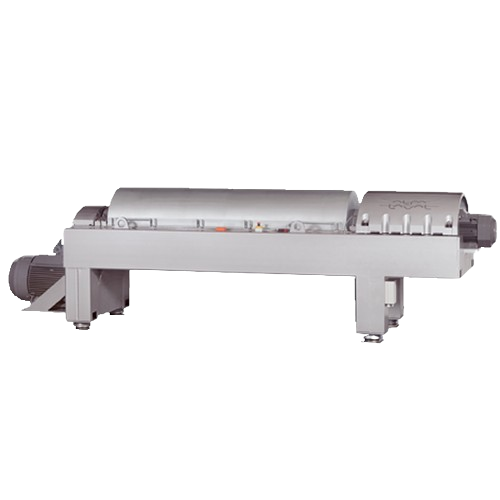
Starch processing decanter centrifuge
Optimize starch and protein recovery with a versatile decanter centrifuge, ensuring h...
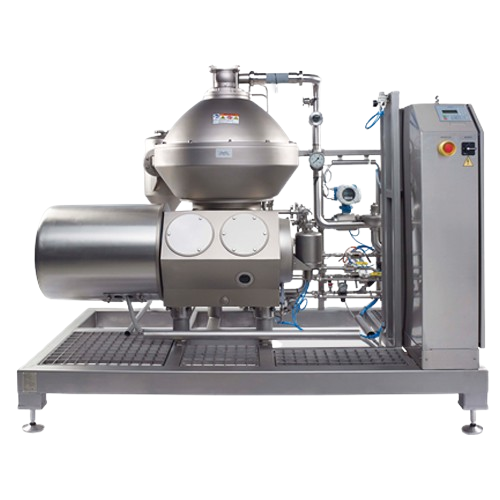
Centrifuge separator for food and beverage clarification
Ensure high efficiency and minimal product loss in your producti...
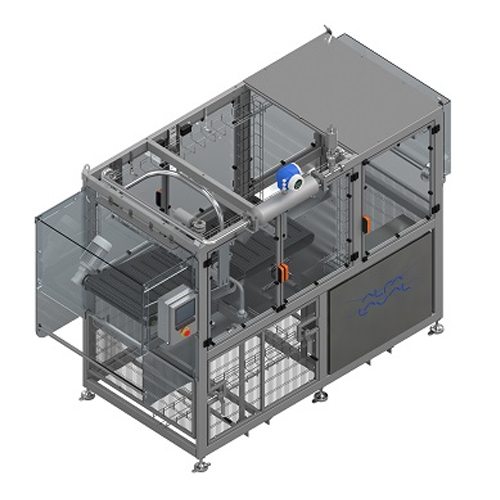
Bag-in-box filling solution for non-aseptic products
Maximize your production line’s efficiency with a high-speed f...
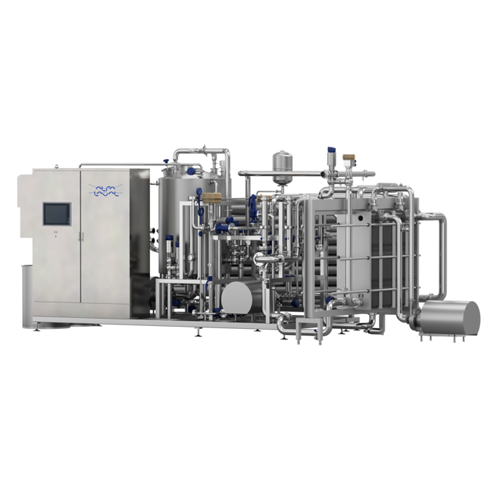
Plate heat exchanger sterilizer for food products
Ensure consistent product quality and microbiological stability in your...
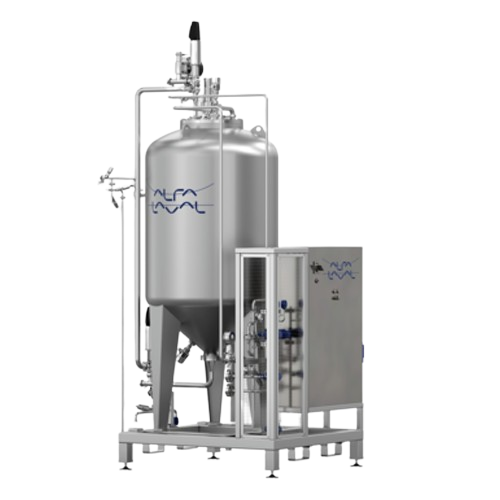
Aseptic tank module for liquid food storage
Ensure safe storage of sterilized liquid foods with a customizable tank module...
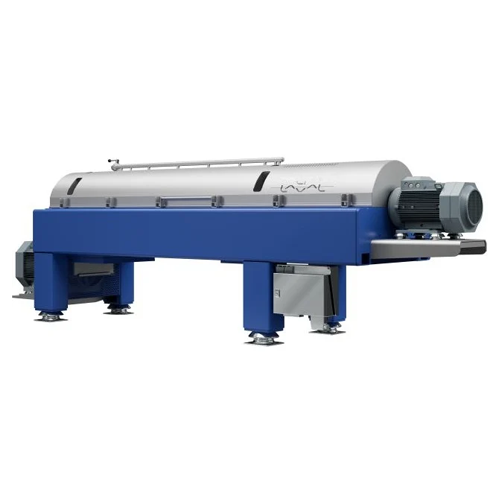
Foodec decanter centrifuge for food processing
Achieve high yields and clear liquid separation in your food processing lin...
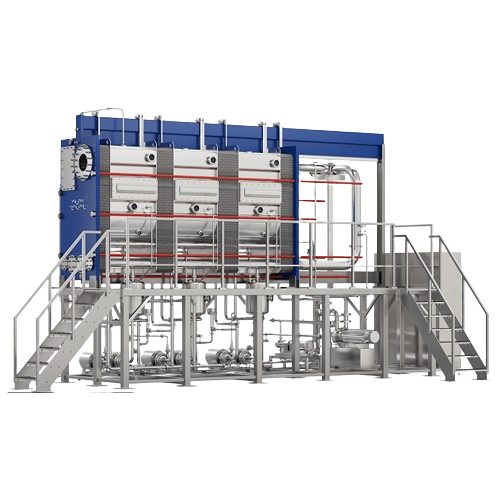
Climbing film plate evaporator for food industry
Efficiently concentrate heat-sensitive liquids while minimizing product e...
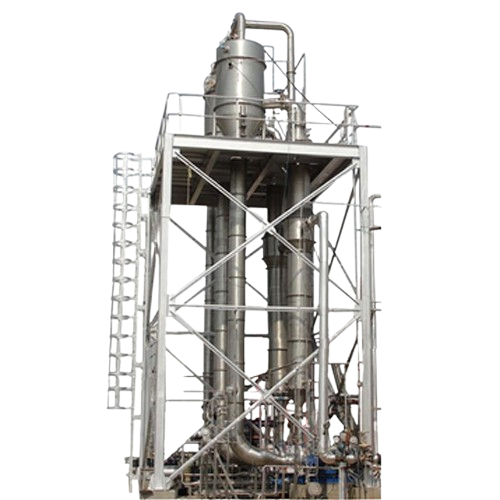
Forced circulation evaporator for high viscosity liquids
Optimize your production by efficiently concentrating viscous an...
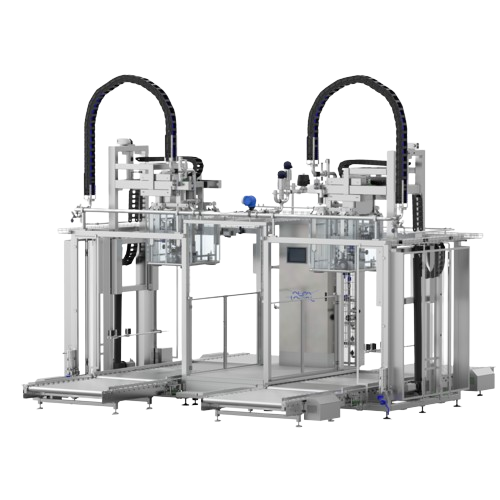
Thousand-litre aseptic filler
Ensure the aseptic filling of bulk liquid and viscous food products, reducing contamination ri...
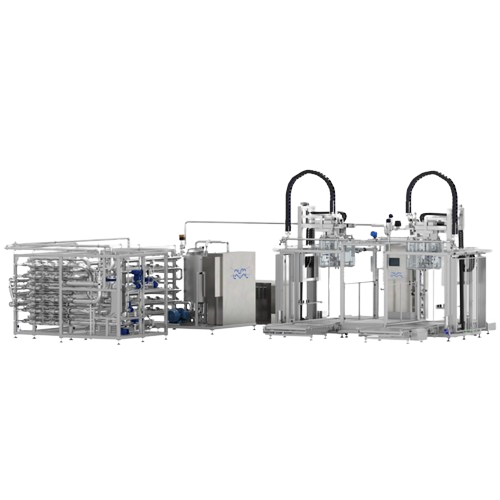
Aseptic processing equipment for food products
Optimize aseptic processing to ensure microbiological stability and product...
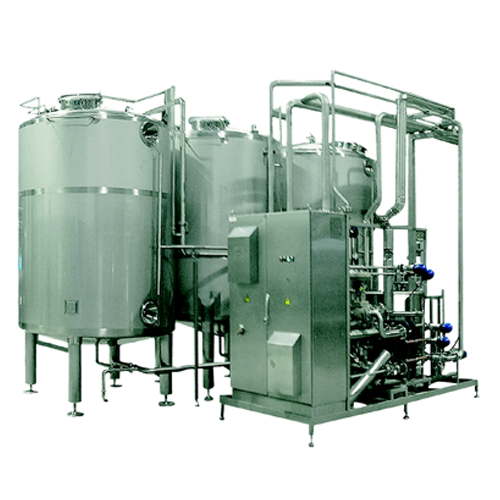
Automated Cip station for brewery cleaning
Ensure thorough hygiene and product integrity in your brewing process with a ve...
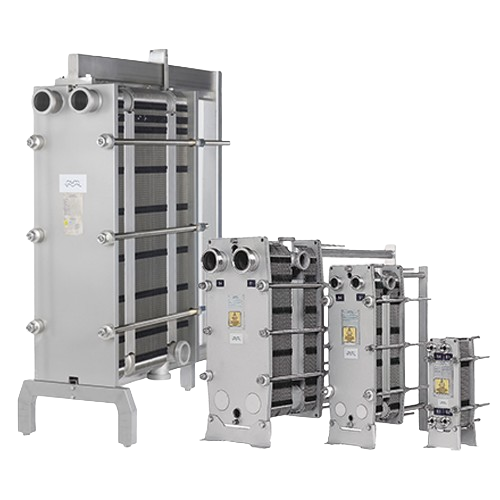
Gasketed plate heat exchangers for hygienic applications
Ensure optimal hygiene and thermal efficiency in your processing...
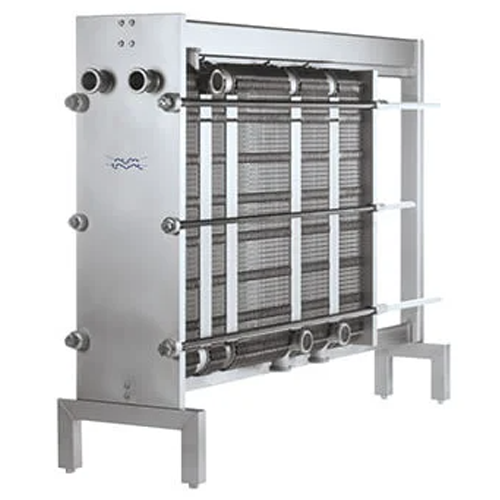
Gasketed plate heat exchanger for hygienic applications
Achieve precise temperature control for sensitive products with a...
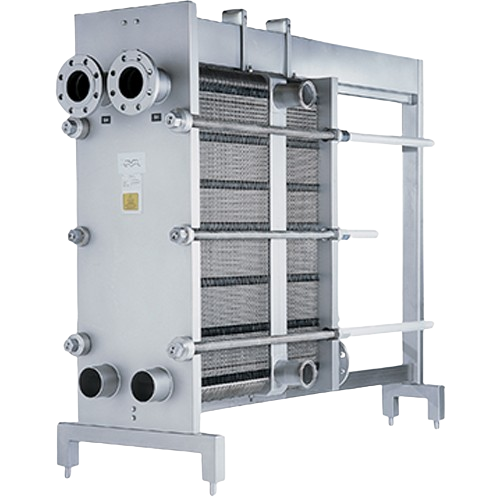
High pressure gasketed plate heat exchangers for carbonated beverages
When ensuring high-pressure handling in your past...
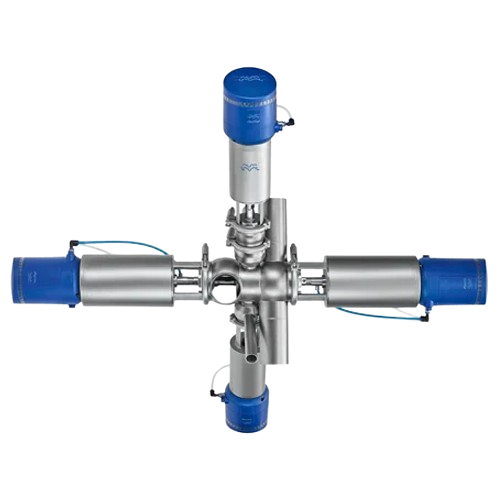
Aseptic mixproof valve for sterile processing
Ensure absolute product safety and optimize cleaning efficiency in sterile p...
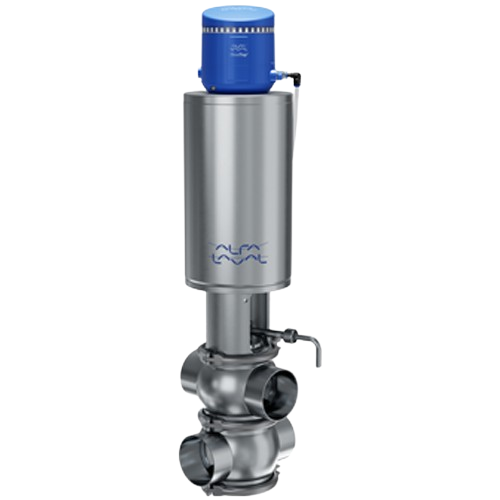
Mixproof valve for cleaning-in-place control
Streamline your cleaning processes and ensure product safety with a versatile...
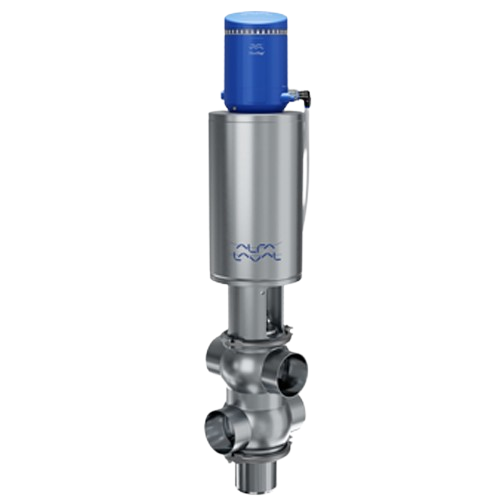
Double seat valve for hygienic processing
Eliminate cross-contamination risks and enhance efficiency with a modular valve ...
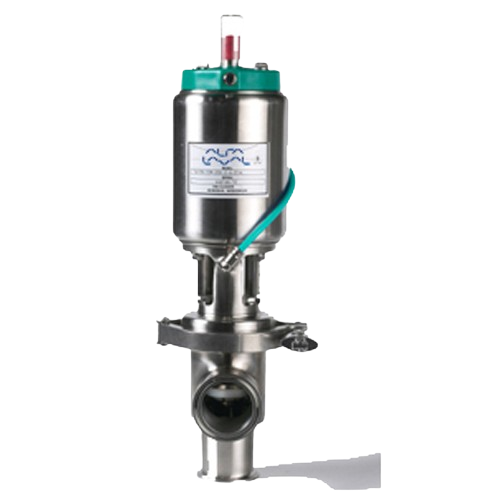
Air-operated single-seat valves for food and beverage industries
Achieve precise flow control and elimination of downtim...
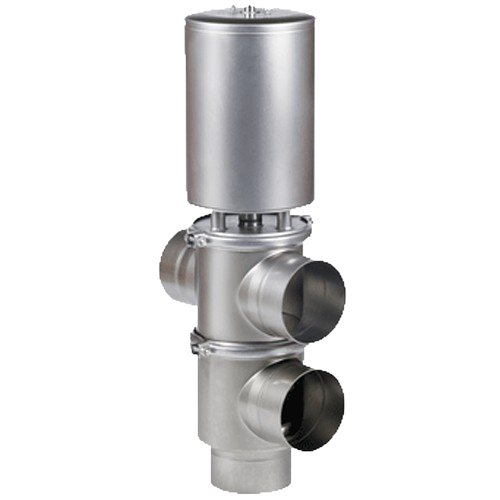
Single seat valve for hygienic applications
Ensure optimal hygiene and safety with a versatile pneumatic valve designed to...
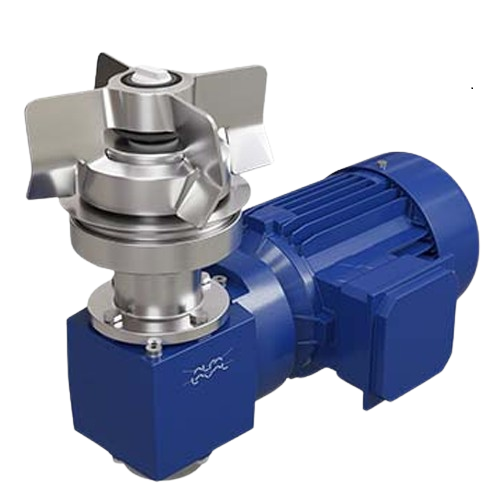
Aseptic magnetic mixer for hygienic production
Experience seamless mixing to the last drop with advanced levitating impell...
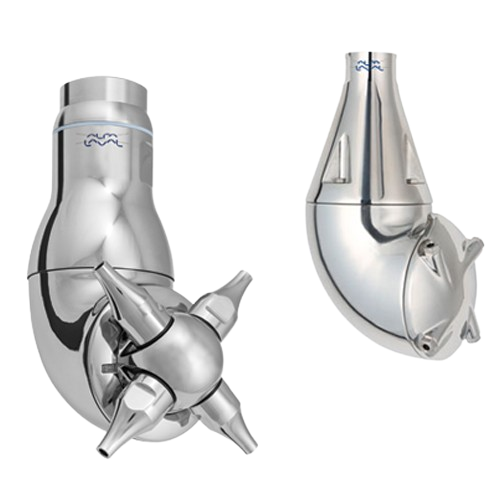
Rotary jet head tank cleaning system for food and beverage industry
Reduce your tank cleaning costs by up to 70% with a...
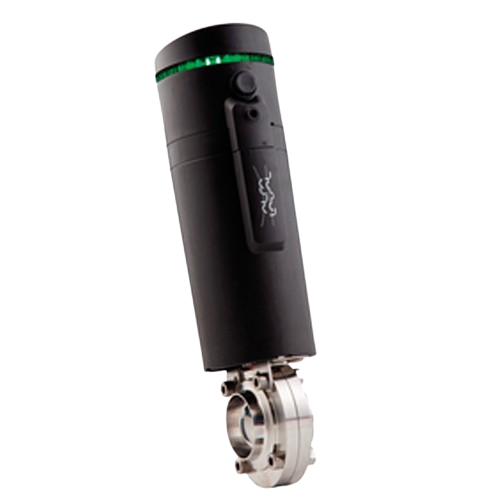
Automated butterfly valve actuator for hygienic processing
Streamline your flow control operations with a robust and mai...
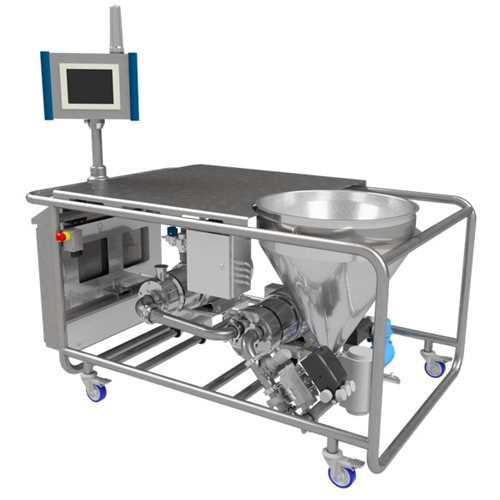
Automated powder induction and dispersion system for industrial mixing
Achieve rapid and efficient incorporation of pow...
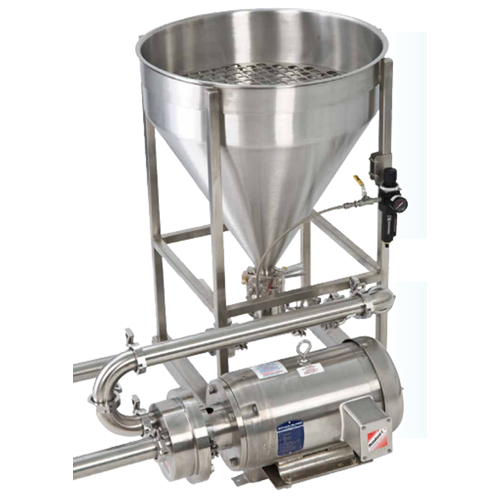
Atmospheric powder induction system
Enhance your mixing efficiency with a system designed for rapid powder induction and th...
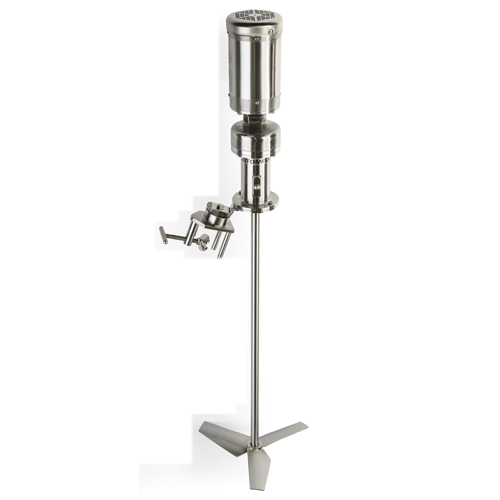
Low-shear portable mixer
For processes demanding strict hygiene, this mixer eliminates rust and chipped coatings by offering ...
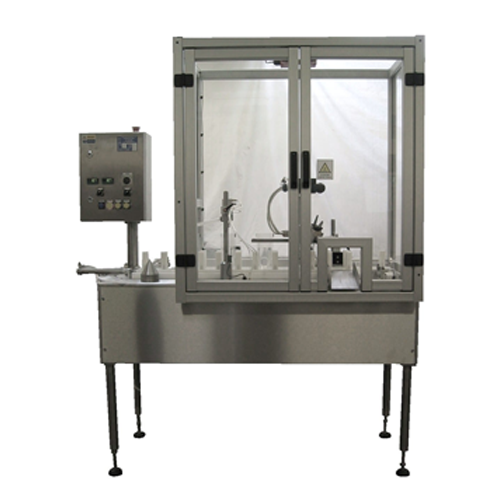
Bag and pouch filling solution for liquid products
Efficiently package diverse liquid products with precision and speed, ...
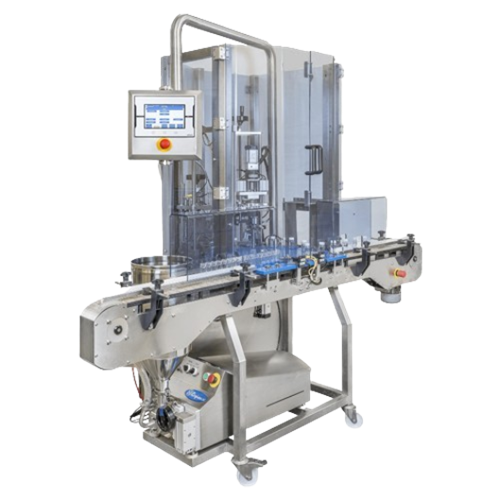
Filler and capper for bottles and jars
Optimize your production with a compact filling and capping solution that delivers f...
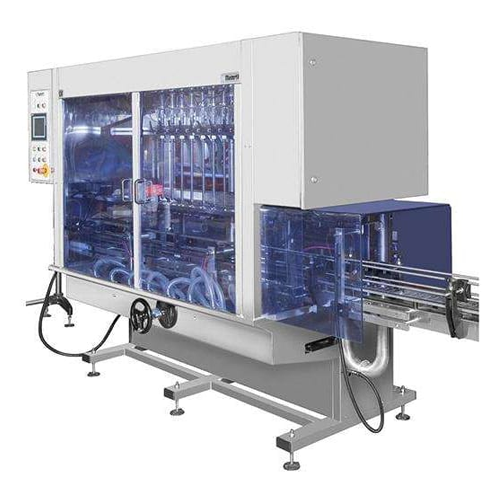
Automatic flowmeter filler for liquid packaging
Streamline your liquid production with precise filling capabilities, reduc...
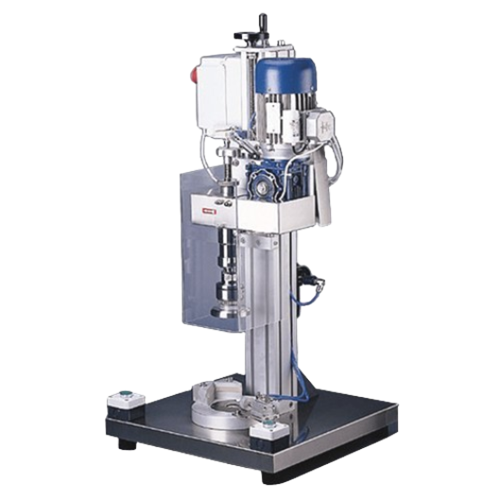
Benchtop screw capper for diverse bottle sizes
Ensure precision and efficiency in your capping process with this adaptable...
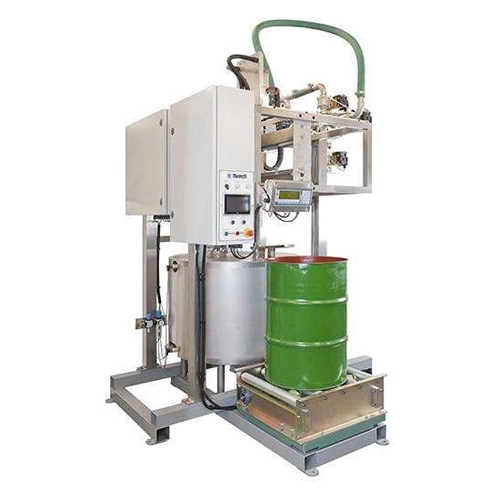
Drum decanting unit for high viscosity liquids
Efficiently decant high viscosity liquids like solvent-based paints and ess...
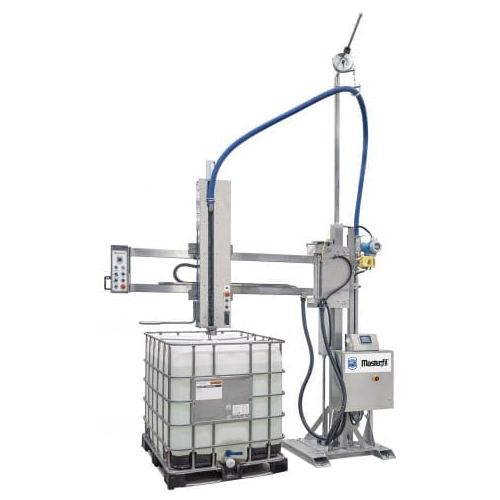
Semi-automatic flowmeter boom filler for large volume containers
Effortlessly handle large volume liquid filling with pr...
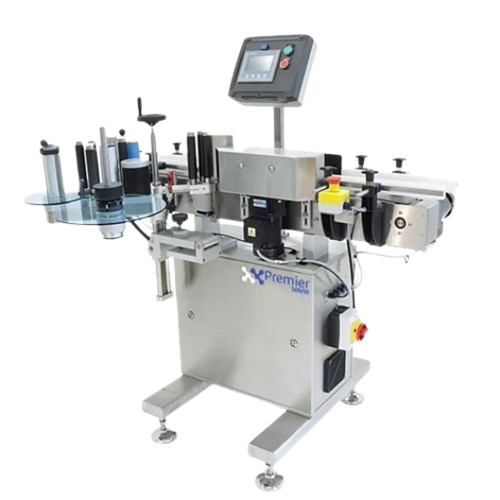
Compact wraparound labelling system for bottles
Streamline your packaging process with a fast and reliable wraparound labe...
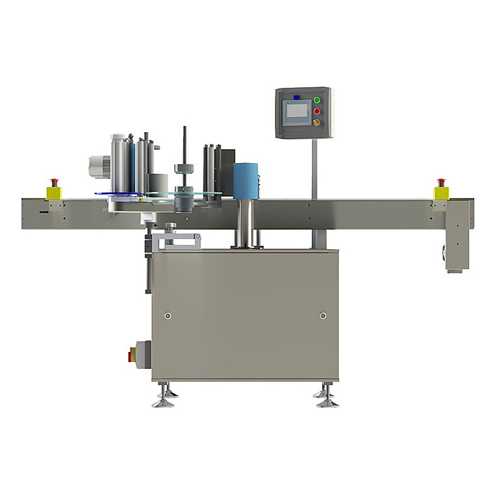
High precision three-roller wraparound labeller
Achieve precise label placement on round containers effortlessly with a th...
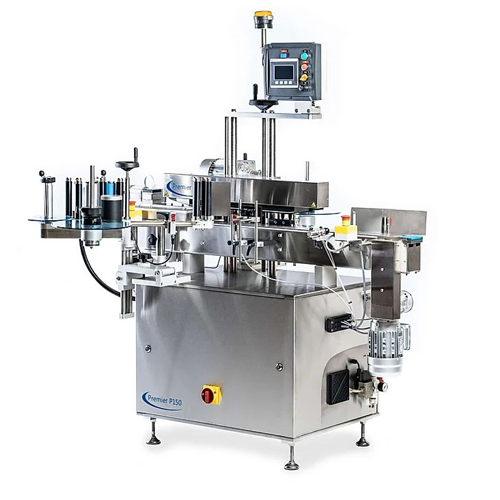
Front and back labelling for small production lines
Streamline your labelling process with precise front and back applica...
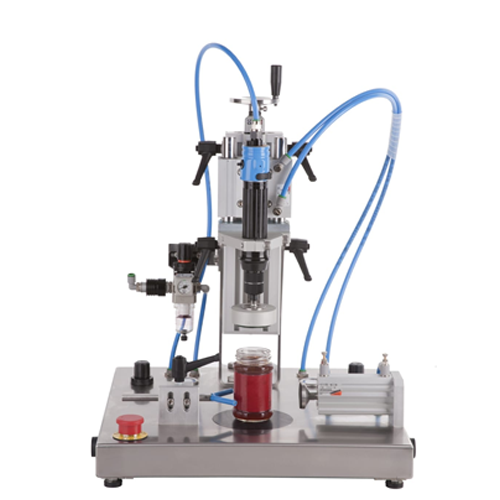
Pneumatic bottle capping solution
Efficiently secure a variety of bottle caps with ease, using a pneumatic system that acco...
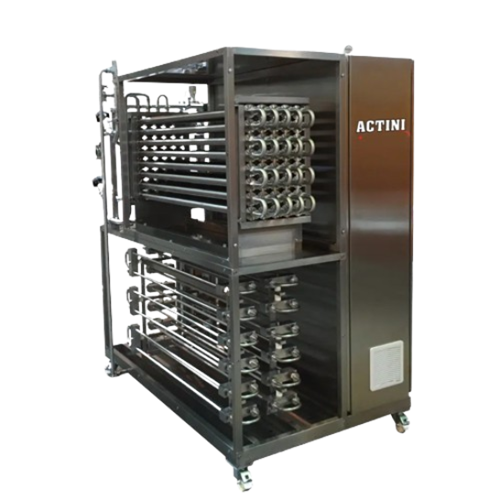
Sterilization pilot systems for small batch heat treatment
Optimize product safety and quality in small batch production...
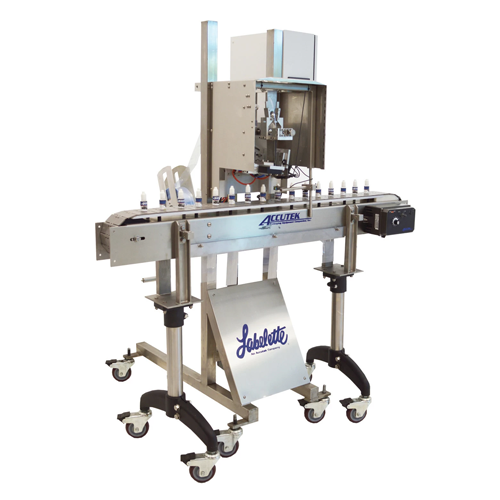
Tamper evident banding system
Ensure product integrity with a high-speed system designed to apply tamper-evident bands effic...
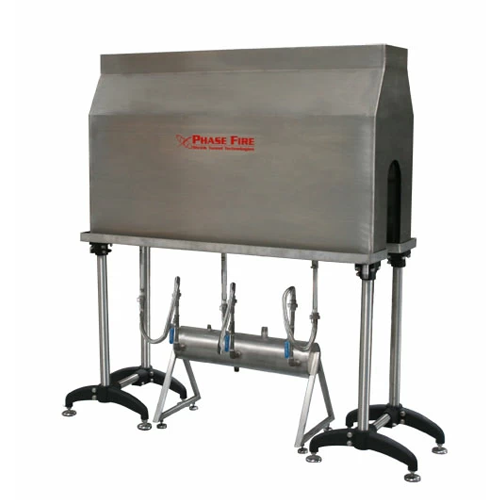
Steam shrink tunnels for versatile packaging
Enhance your packaging efficiency with this adaptable steam shrink tunnel, de...
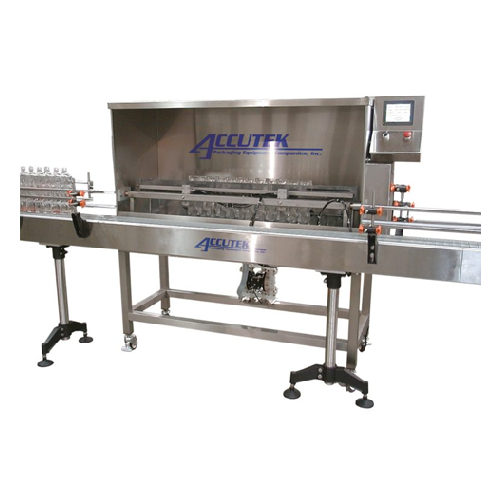
Automatic bottle washer for packaging lines
Ensure your bottles are impeccably clean and ready for filling, as this soluti...
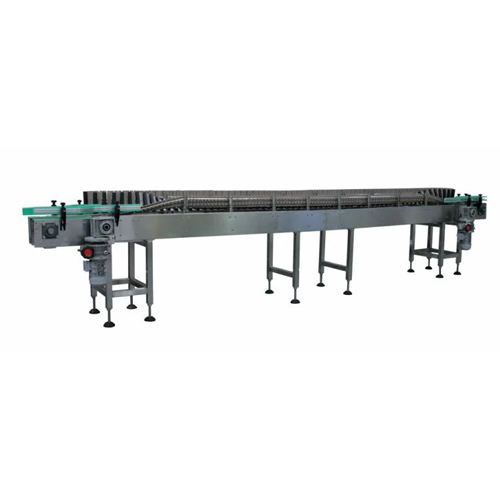
Inversion sterilizing conveyor for hot beverage bottle sanitation
Ensure sanitary filling of hot beverages by utilizing...
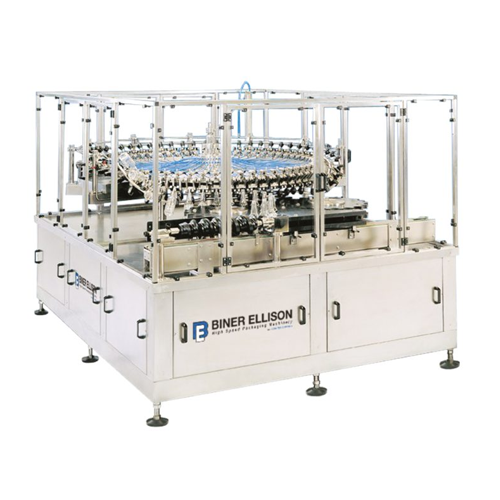
Rotary bottle rinser for high-speed production lines
Ensure thorough cleaning and preparation of containers with a high-s...
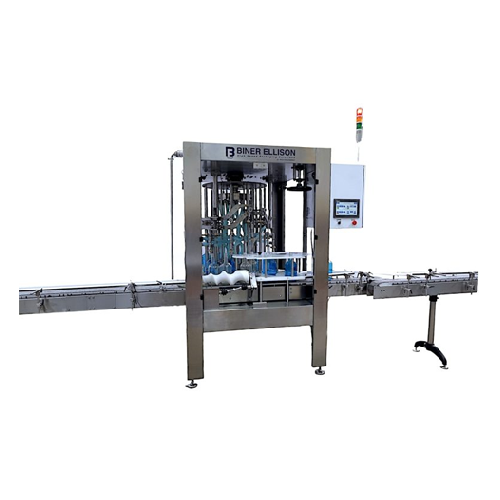
Rotary overflow filler for non-carbonated liquids
Achieve precise fill levels effortlessly with a high-speed rotary overf...
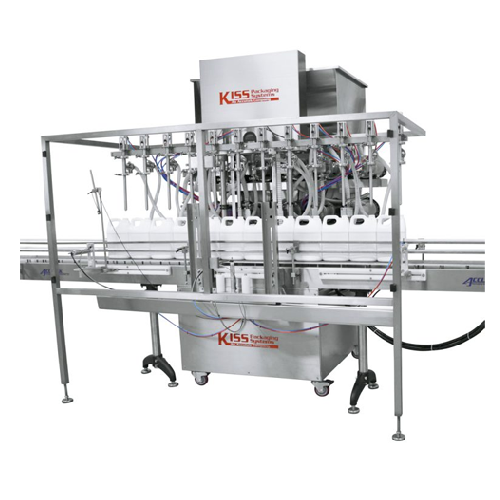
Automatic positive displacement filler for various liquids
Achieve precision and versatility in liquid filling operation...
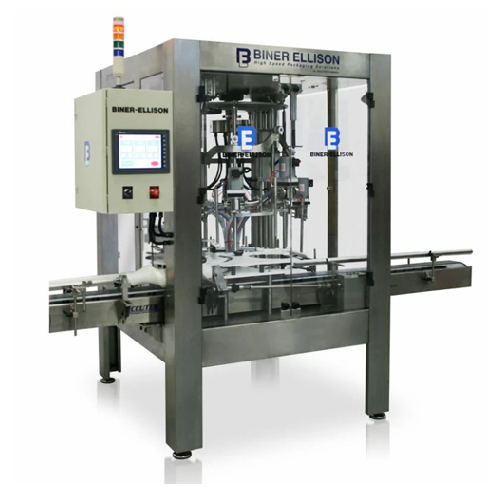
Automatic positive displacement bottle filler
Streamline your liquid filling operations with precision and flexibility, id...
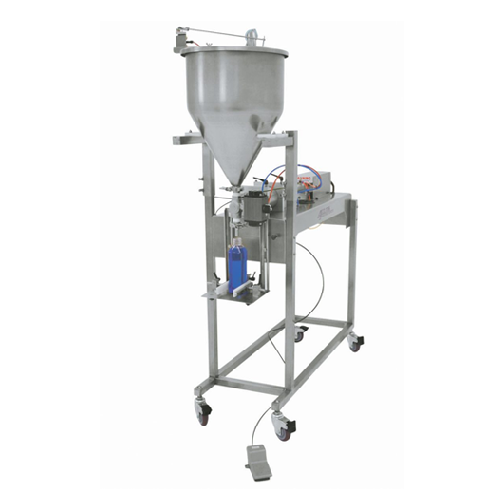
Semi-automatic volumetric piston filler
Achieve precise filling of diverse liquids and viscous products while minimizing wa...
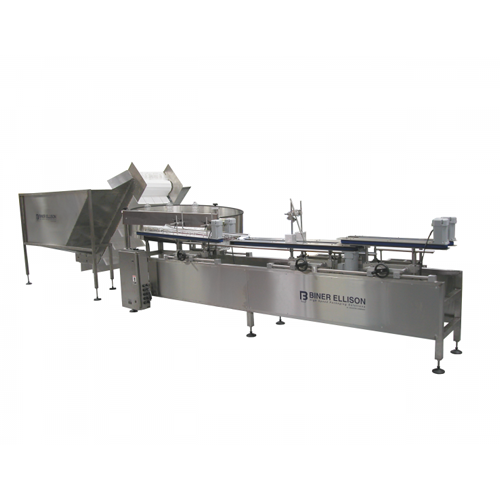
High-speed bottle orientator
Efficiently streamline your bottling process by ensuring containers are swiftly and accurately ...
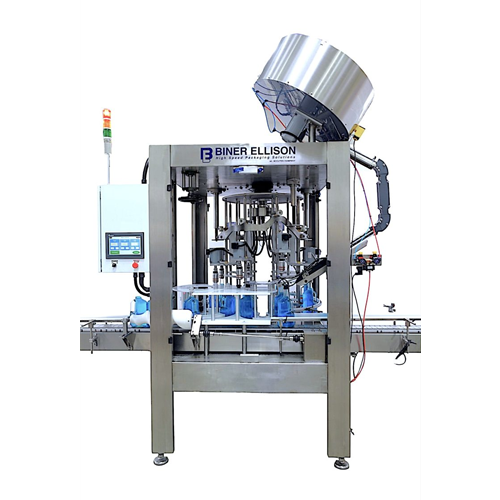
Rotary capper for high-speed bottling
Streamline your bottling process with a rotary capper designed to ensure accurate and...
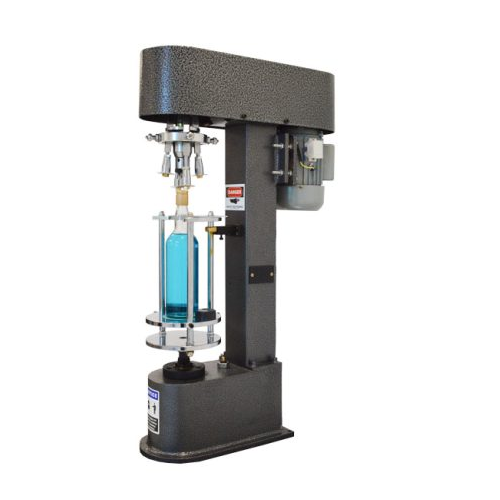
Roll-on bottle capping solution for aluminum caps
Ensure precise threading and sealing of aluminum caps on diverse bottle...
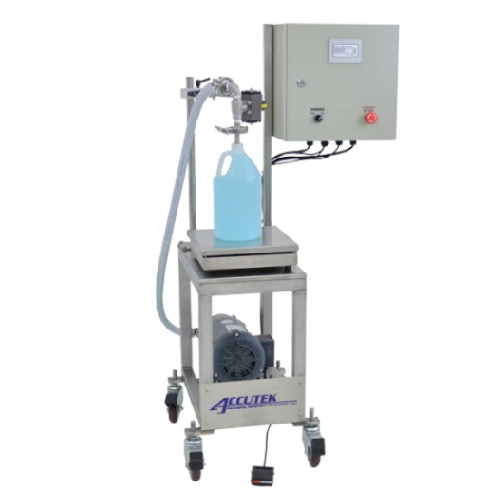
Accurate net weight filling for liquid and semi-liquid products
Ensure precise filling of diverse viscosities, from thin...
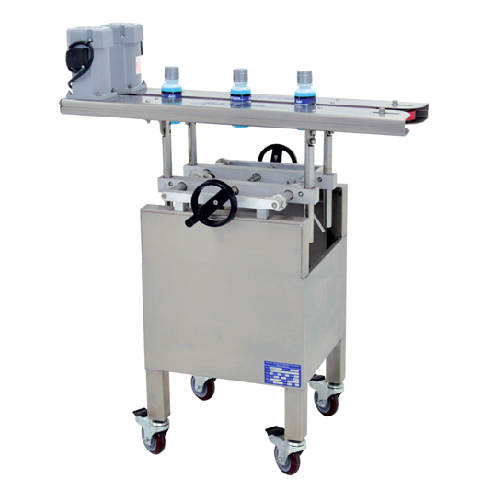
Bottomless conveyor for 90° bottle transfer and coding
Efficiently connect disparate production systems in your bottling ...
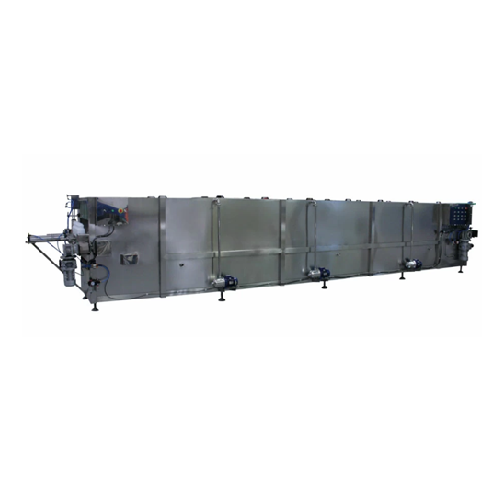
Cooling tunnel for Pet container hot fill cooling
Ensure product integrity with a cooling tunnel that swiftly reduces PET...
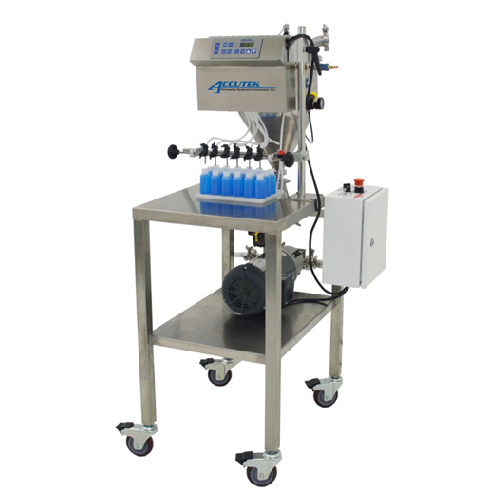
Semi-automatic timed flow filler for aqueous solutions
Handle diverse liquid filling needs with precision, from thin oils...

Semi-automatic overflow liquid filler
Optimize your production line with a reliable filling solution for low to medium visc...
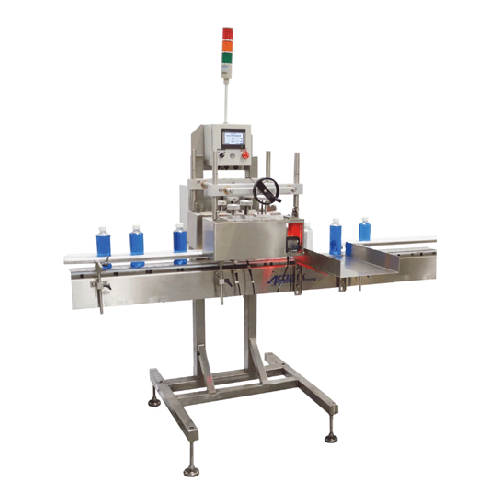
Inspection-rejection station for bottled products
Ensure your bottled and packaged products ship defect-free by automatic...
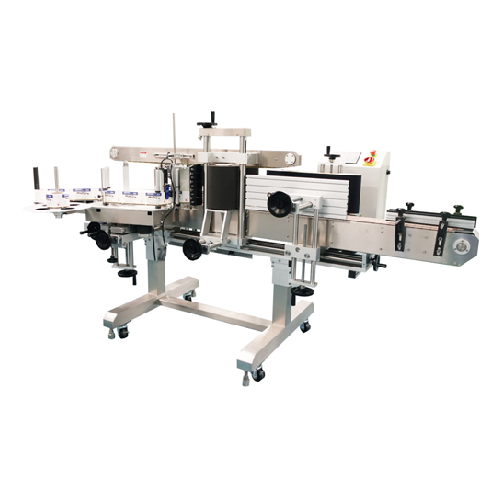
Automatic pressure sensitive labeling system
Enhance your production line’s efficiency with a versatile labeling sys...
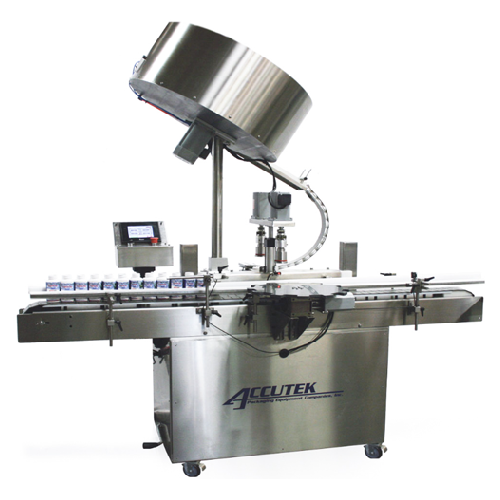
Automatic capper for dual head o-ring chuck
Ensure precise cap application with dual-head precision, handling various bott...
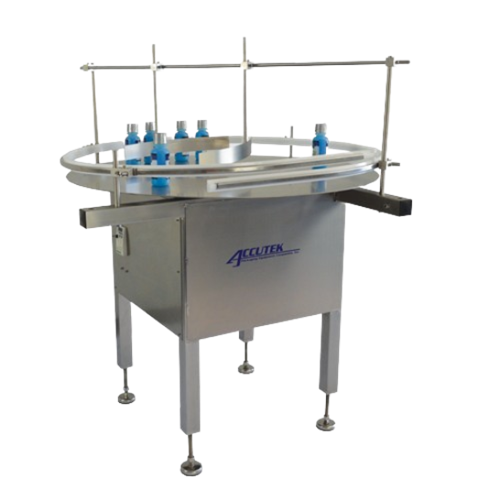
Container unscrambler for filling lines
Streamline and automate the loading of containers onto your production line with th...
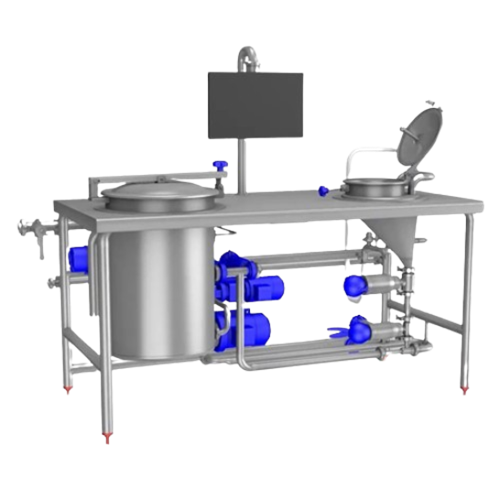
Water remineralization system for mineral and flavored water production
Achieve precision in mineral content with a sys...
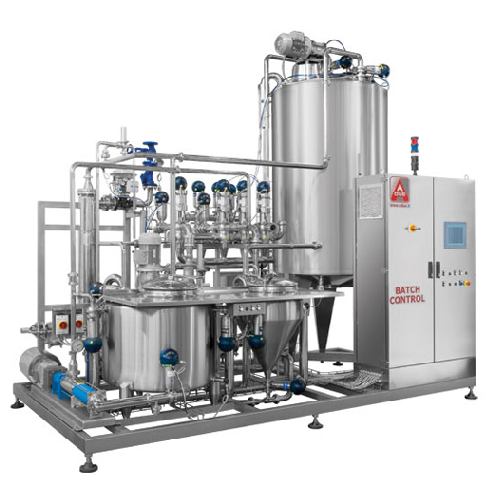
Ingredient management system for beverage production
Efficiently manage a diverse range of solid and liquid ingredients t...
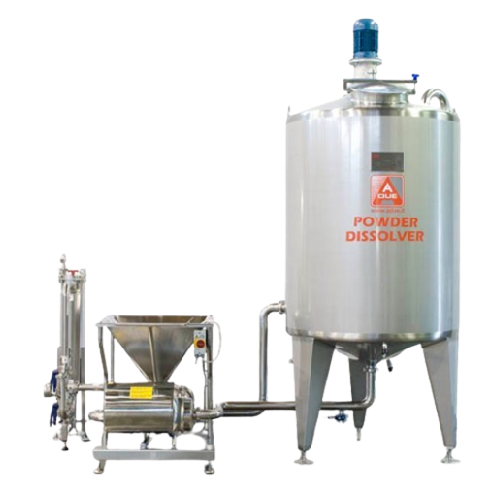
Stabilizer dissolver for beverage production
Achieve optimal dispersion and hydration of stabilizers in beverages to enhan...
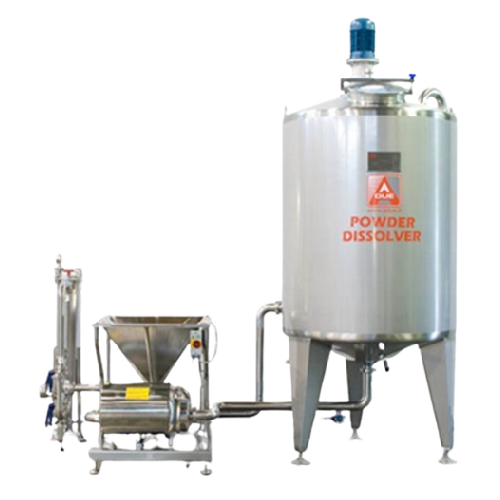
Stabilizer dissolving system for beverage production
Optimize drink consistency and shelf life with advanced stabilizer d...
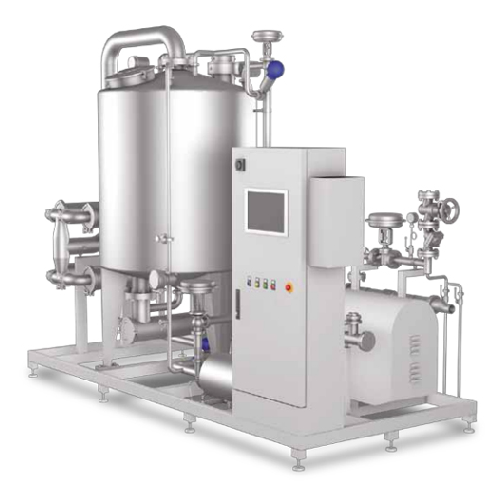
Continuous sugar dissolving system for beverages
Optimize your beverage production with an efficient sugar dissolving solu...
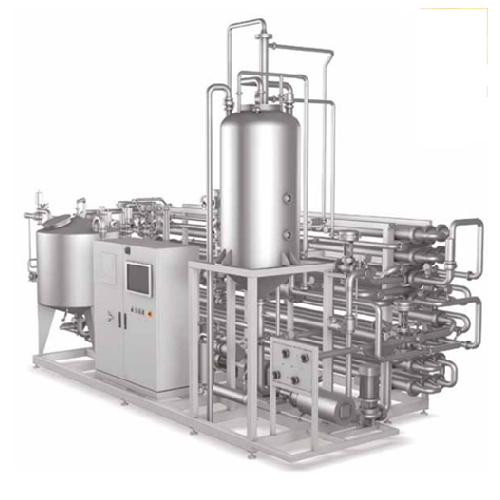
Sugar syrup treatment system
Ensure your sugar syrups meet quality standards by eliminating impurities and maintaining optim...
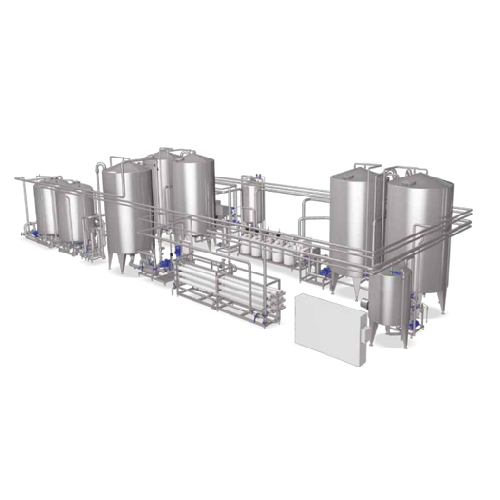
Versatile industrial water disinfection system
Ensuring optimal water disinfection is crucial for beverage manufacturers s...
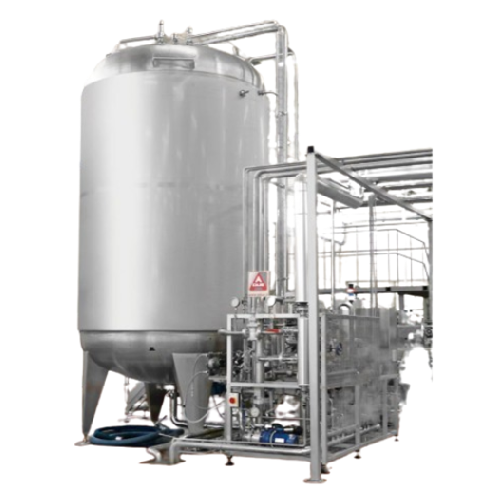
Aseptic storage tank for beverage industry
Ensure product sterility with advanced aseptic storage that compensates for fil...
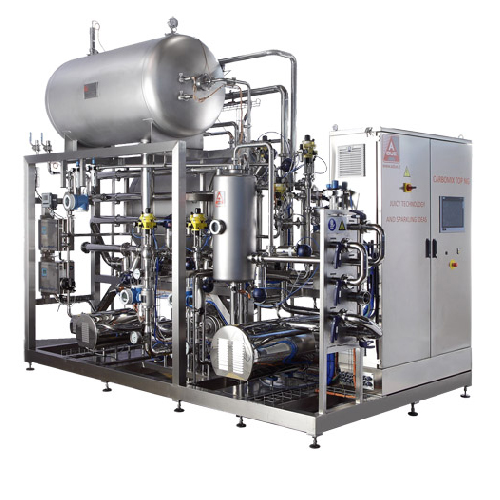
Beverage deaeration, carbonation and mixing system
Streamline your beverage production process with an efficient solution...
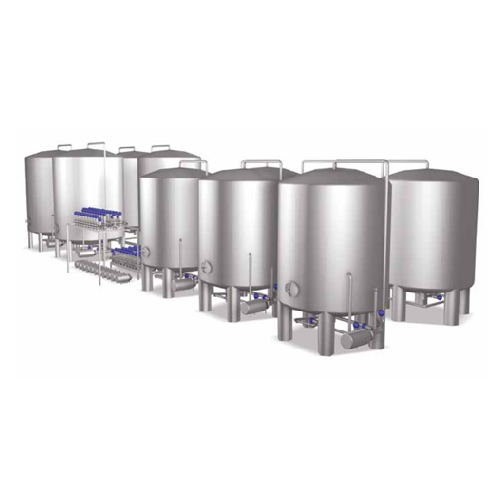
Industrial beverage preparation systems
Optimize beverage production with integrated systems designed for seamless mixing, ...
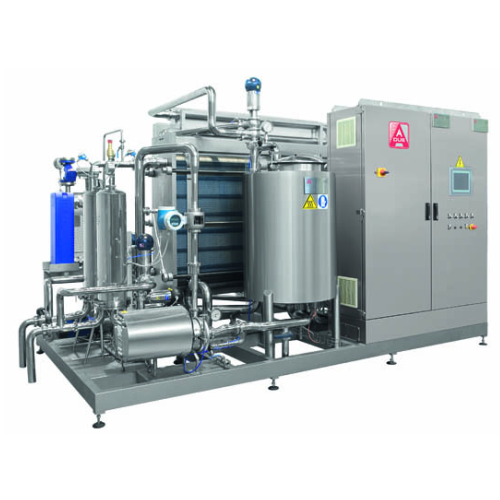
Beverage thermal treatment systems
Optimize beverage production by ensuring precise thermal treatment, enhancing flavor sta...
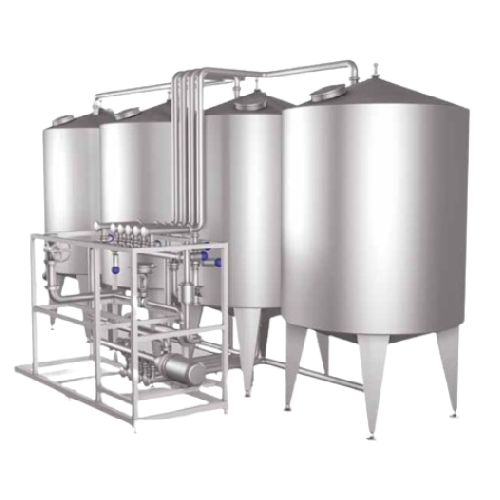
Cleaning in place system for beverage production
Ensure maximum hygiene and efficiency in beverage production with a modul...
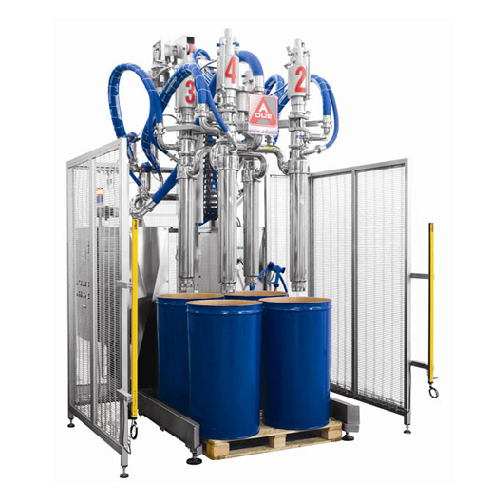
Fruit pieces handling for juice production
Achieve perfect fruit piece integration in juice with a system designed to prev...

Industrial swirl bath washer for sliced vegetables
Achieve optimal cleanliness with a delicate touch—this advanced swirl ...
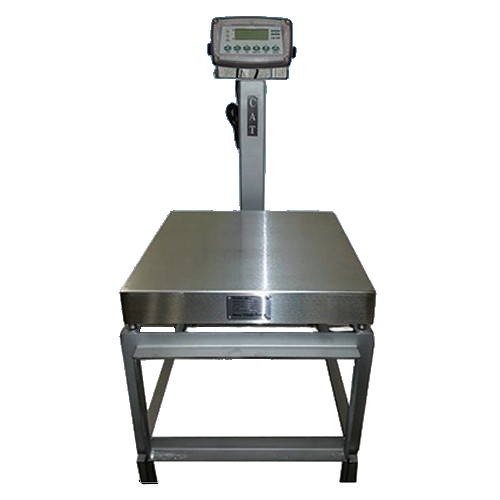
Compact digital bench weighing scale for food processing
Ensure precise portioning with this compact and durable digital ...
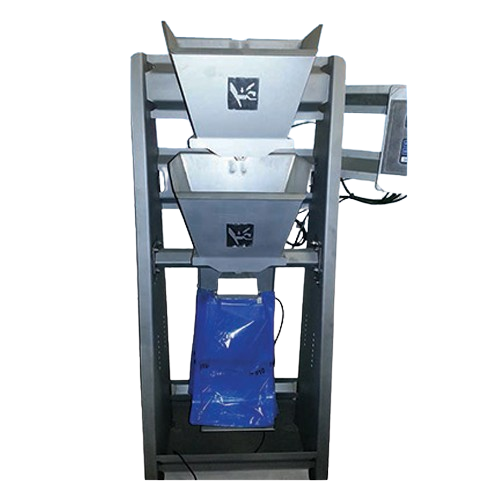
Industrial bagging system for high-speed processing
Optimize your packaging line with this engineered-to-order bagging sy...
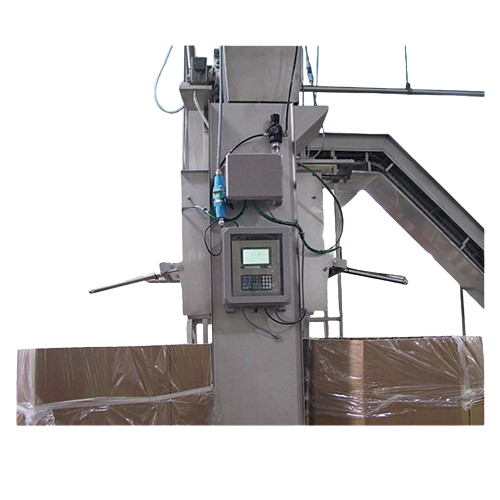
Bi-directional frame scale for industrial weighing
Achieve precise product accumulation and streamlined batch processing ...
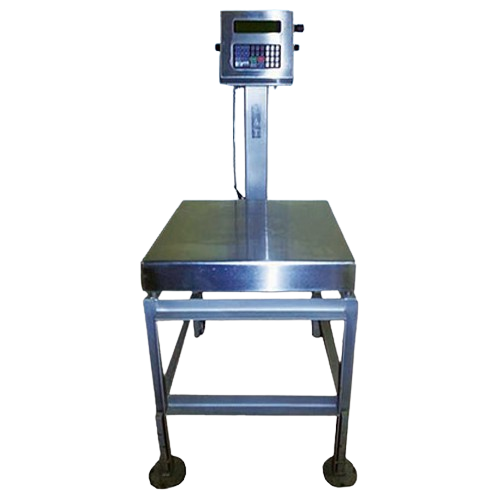
Industrial weight tracking system for injected products
Optimize your production line by accurately tracking product weig...
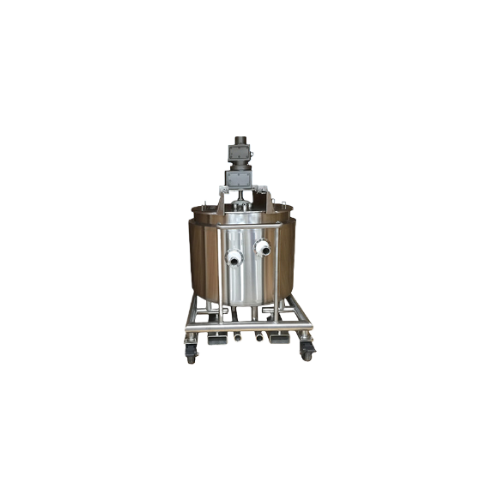
R&d vessels for research and development centers
Optimize your R&D operations with versatile vessels designed to hand...
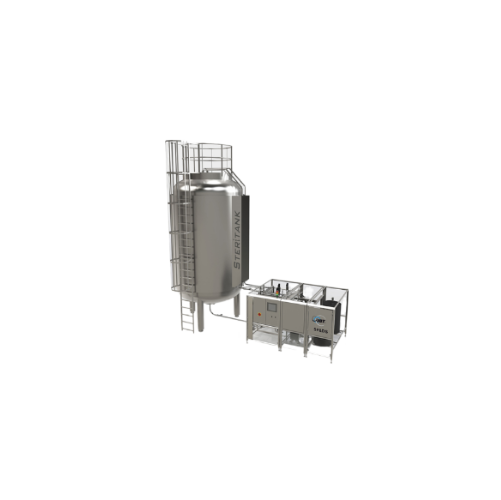
Aseptic storage tank for sterile liquid products
Ensure the sterile safety of your liquid products with a reliable storage...
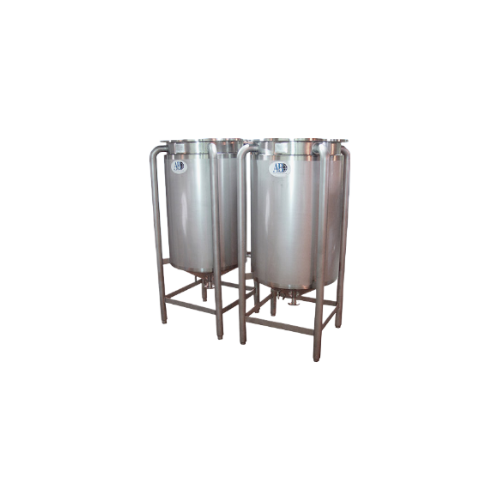
Customizable storage tanks for industrial use
Optimize your production with versatile storage tanks designed for precise c...
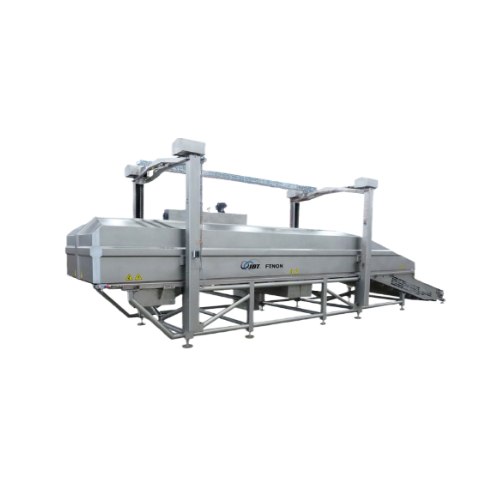
Energy efficient steaming for fresh produce
Achieve exceptional product quality while minimizing energy use by up to 90% w...
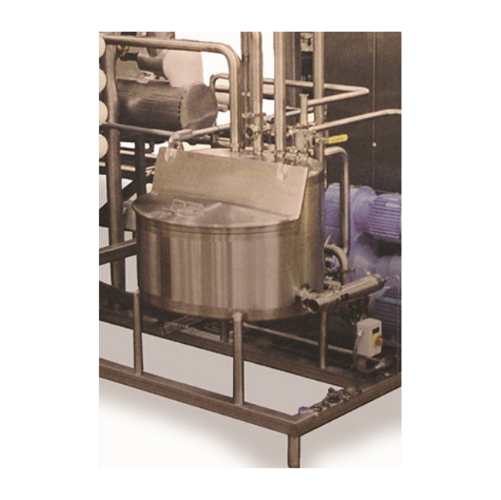
Balance tank for pasteurization systems
Ensure consistent product quality with precise liquid holding and heating capabilit...
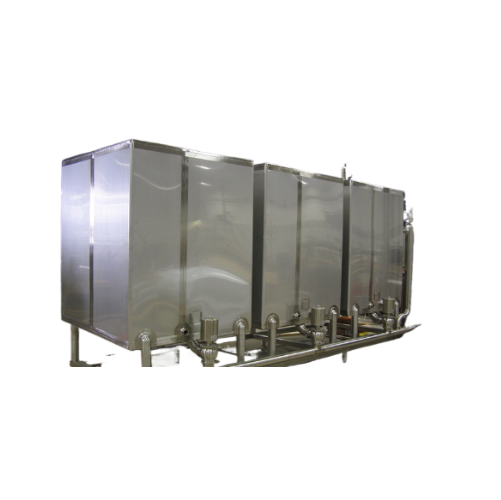
Clean-in-place tanks for industrial sanitation
Optimize your sanitation processes with clean-in-place tanks, designed to r...
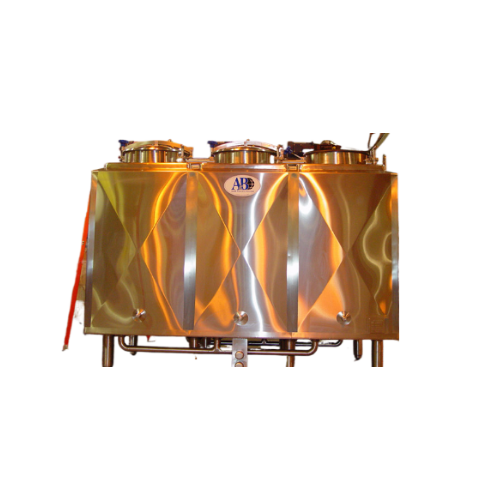
Flavor vats for ice cream and food production
Maximize your product line versatility with customizable flavor vats, design...
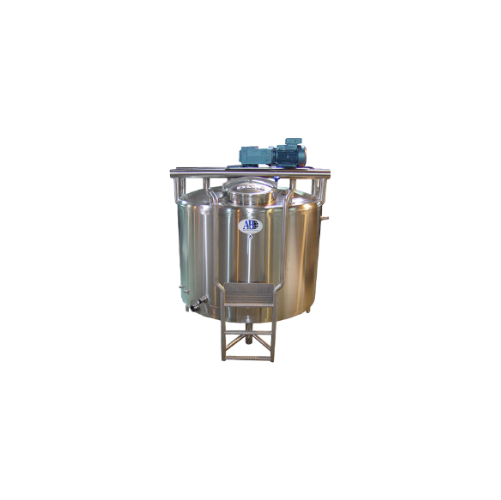
Industrial mixing tanks for liquid, slurry, and gas dosing
Optimize your production with versatile mix tanks, designed t...
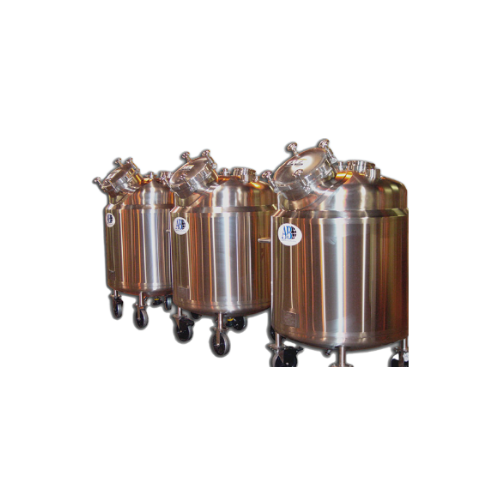
Industrial pressure vessels
Ensure product integrity and regulatory compliance with engineered-to-order pressure vessels, de...
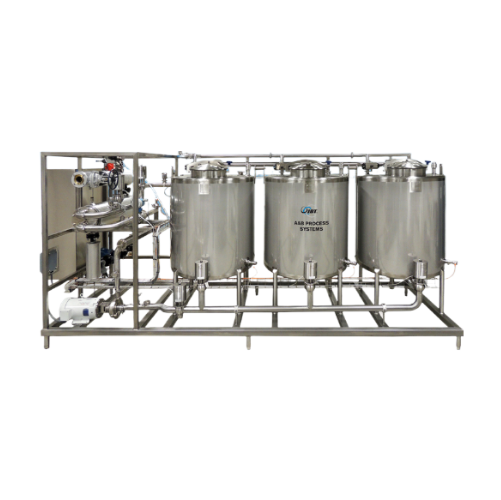
Clean-in-place system for diverse processing needs
Ensure the precision and consistency of your cleaning cycles with a ro...
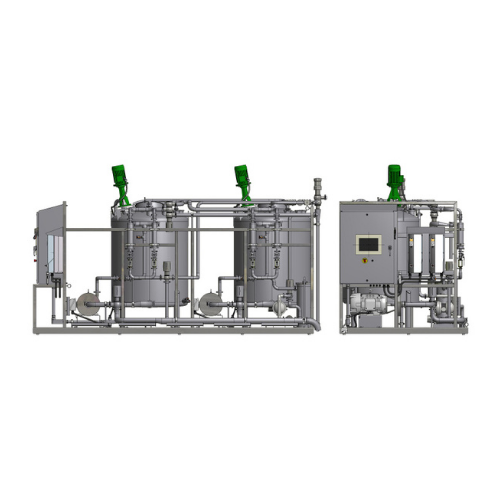
Two-stage defect removal system for citrus juice
Ensure your juice production achieves maximum yield and purity with a two...
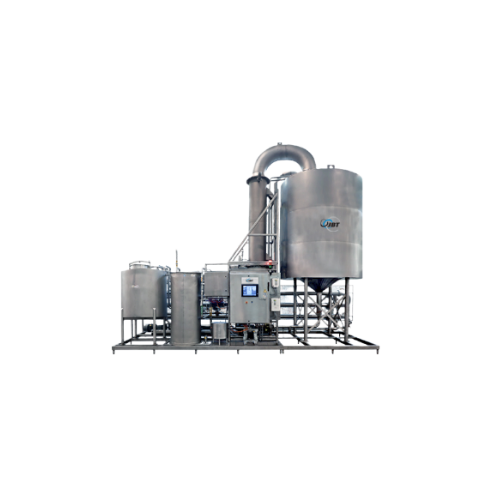
D-limonene extraction system for citrus processing
Enhance your citrus processing capabilities by efficiently extracting ...
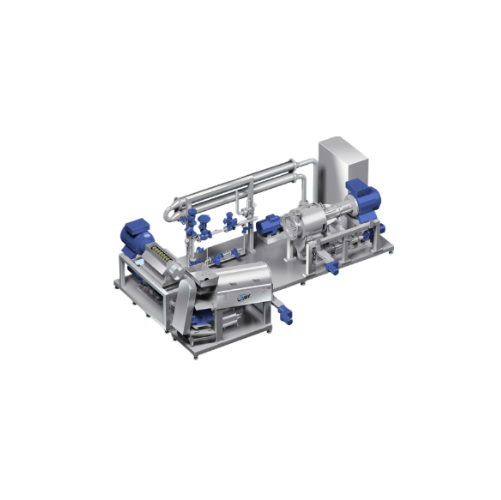
Industrial extraction line for fruits and vegetables
Optimize your fruit and vegetable processing with a highly flexible ...
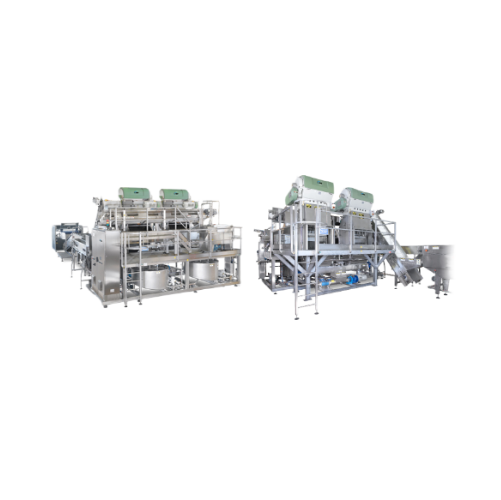
Citrus juice extraction system
Optimize your citrus juice processing with a compact, flexible system that efficiently extrac...
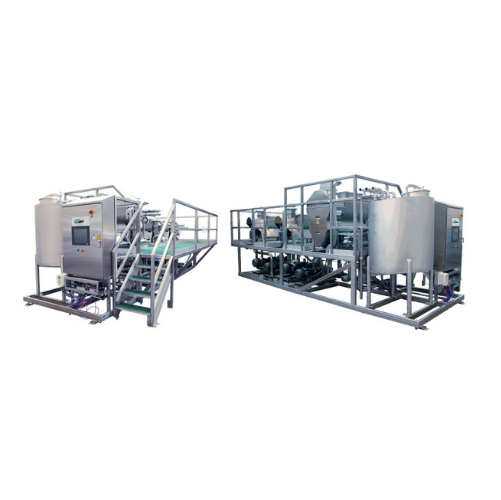
Secondary solids recovery system for citrus pulp
Optimize your juice yield and enhance efficiency with a streamlined four-...
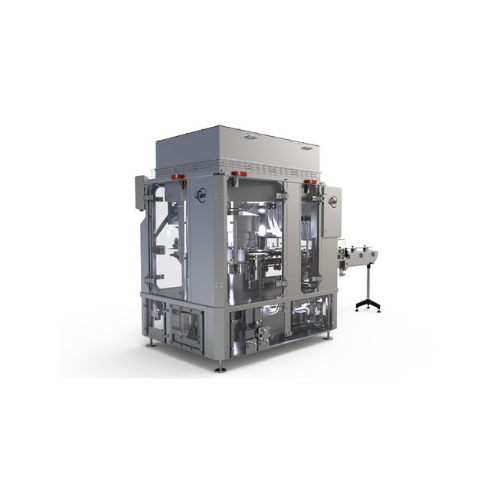
Powder can seamer for nutraceutical and beverage powders
Achieve precision and hygiene with this can seamer designed for ...
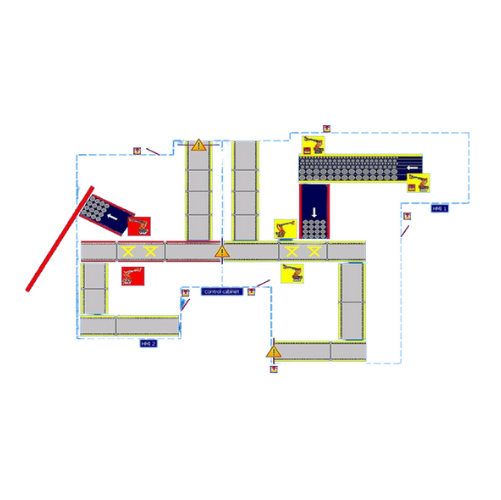
Basket tracking system for automated batch retort systems
Efficiently manage and monitor your batch processing with a sy...
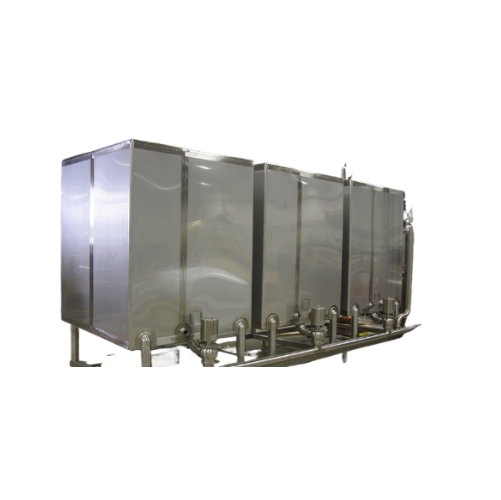
Industrial clean-in-place (cip) system
Ensure seamless cleaning and sanitation in your production line with innovative CIP ...
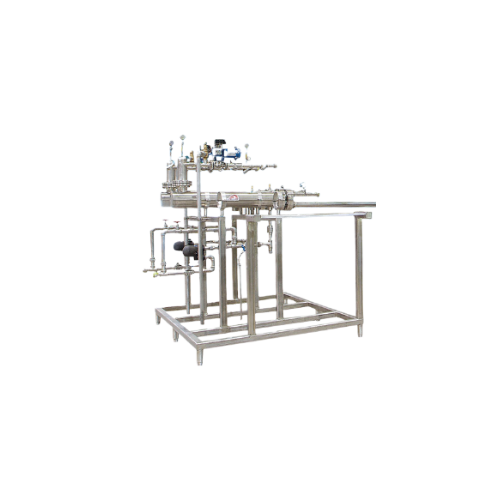
Industrial hot water heating system
Optimize your production line’s efficiency with precise water temperature control...
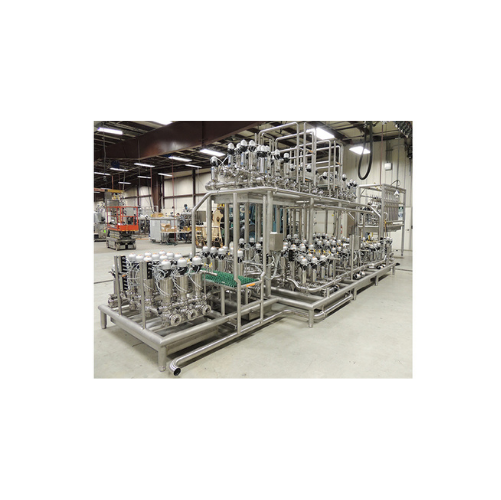
Automated valve manifolds for clean-in-place solutions
Optimize your production efficiency with automated valve manifolds...
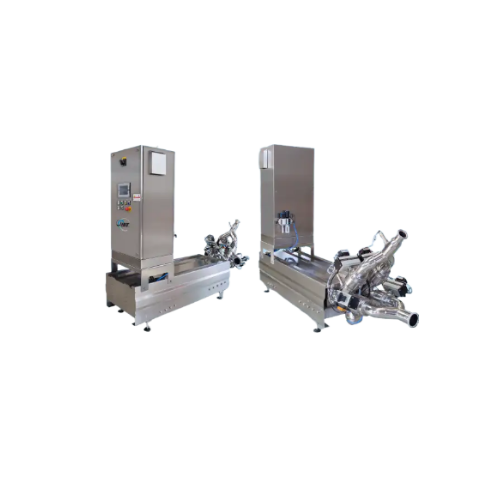
Pump for products with large particulates
When handling products with large particulates, maintaining integrity is paramou...
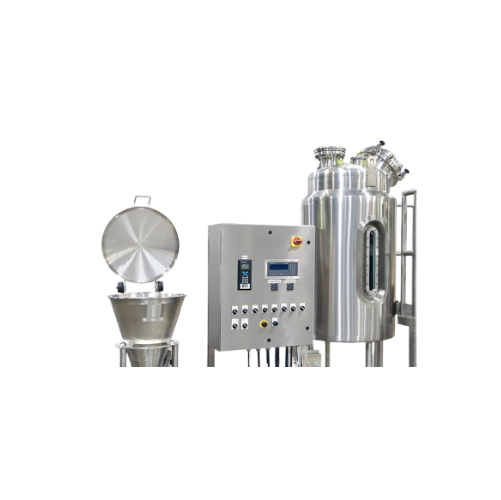
Powder induction system for efficient liquid powder mixing
Achieve precise and dust-free powder incorporation into liqui...
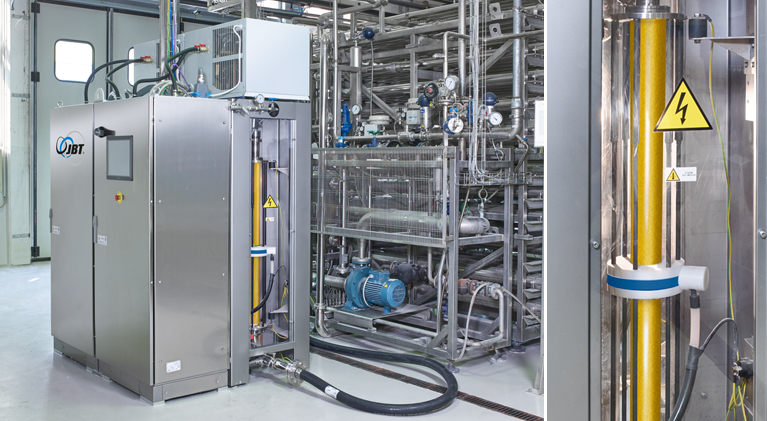
Ohmic heat exchanger for high viscosity foods
Optimize the thermal processing of heat-sensitive foods with precise ohmic h...
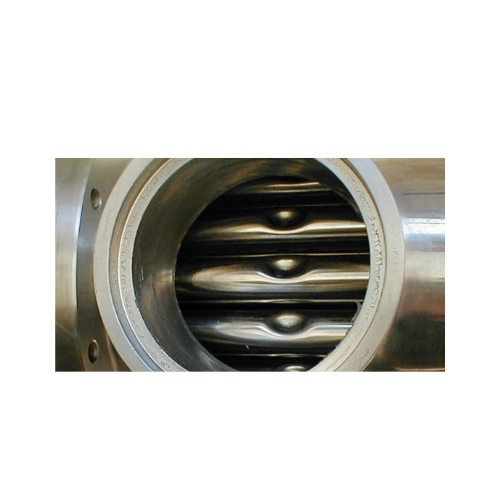
Tube-in-shell heat exchanger for low viscosity products
Enhance your beverage and food processing efficiency with a cutti...

Custom efficiency solutions for poultry processing
Enhance your production line efficiency with cutting-edge solutions th...
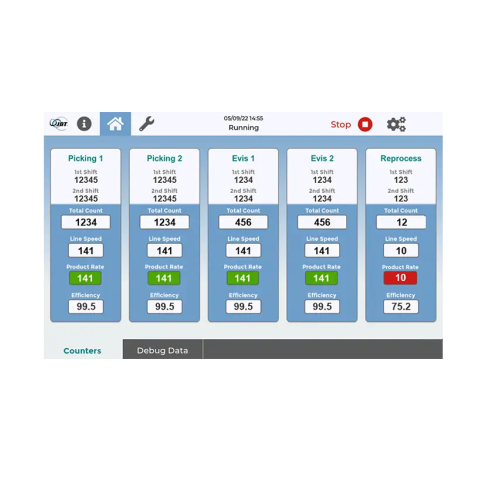
Poultry processing efficiency monitoring system
Maximize production efficiency with real-time monitoring and precise track...
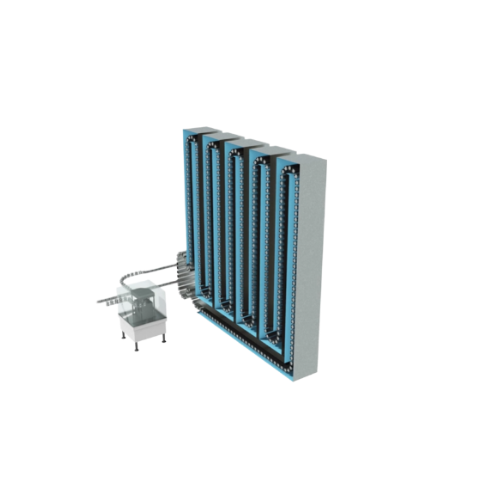
Hydrostatic sterilizer for continuous food processing
Maximize your production line’s efficiency with a continuous ...
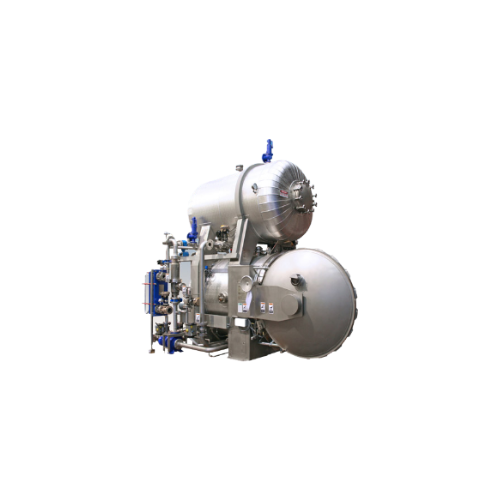
Multi-purpose laboratory sterilizer for food processing
Achieve precise thermal process design and flexibility with a ste...
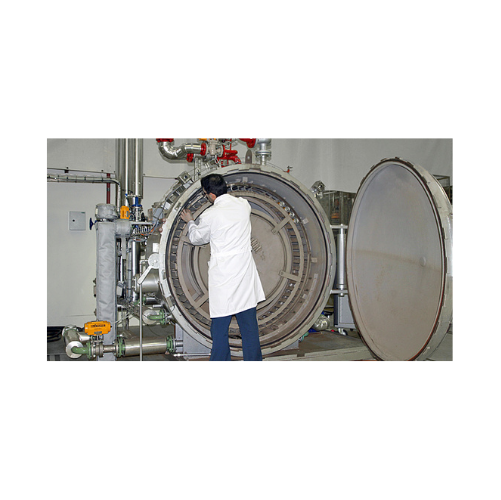
Pilot rotary retorts for laboratory sterilization
Optimize your prototype testing with precision thermal simulations to p...
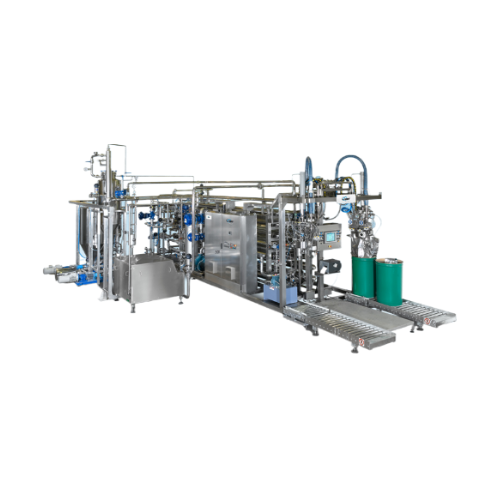
Aseptic processing system for food products
Streamline your food processing line with an efficient aseptic processing syst...
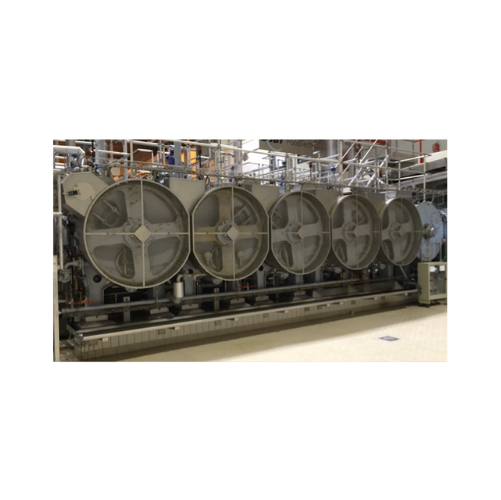
Rotary pressure sterilizer for canned food products
Streamline your canning operations with continuous high-speed sterili...
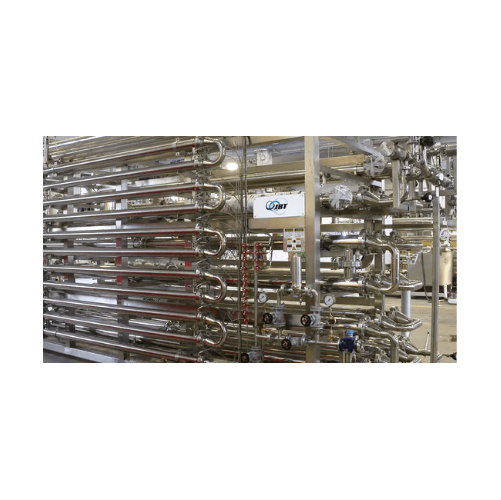
Heat exchanger for dairy and beverage applications
Optimize your liquid product thermal processing by directly regenerati...
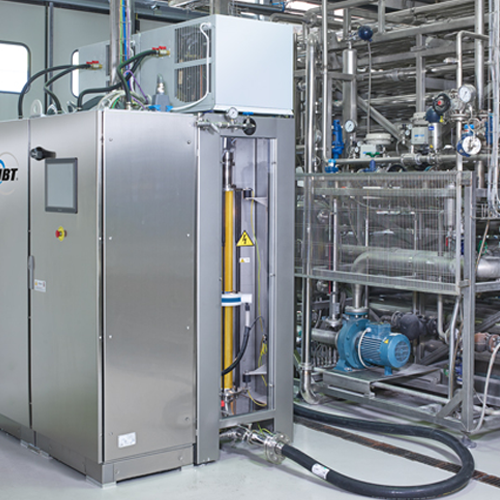
Heat exchanger for liquid and semi-liquid foods
Optimize your heating and cooling processes with superior heat transfer ef...
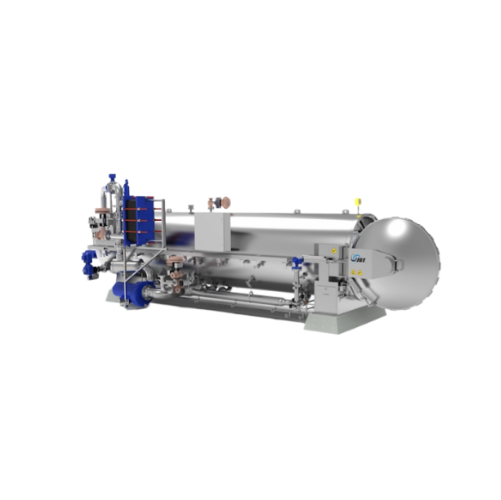
Agitating batch retort for food sterilization
Ensure superior heat distribution and precise control in your sterilization ...
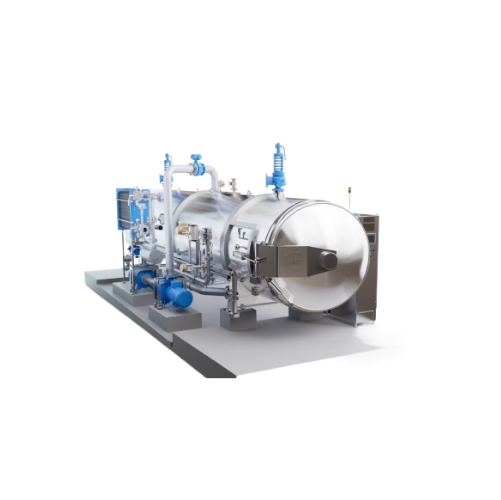
Industrial retort for food sterilization
Achieve uniform sterilization and cooling in your batch production processes while...
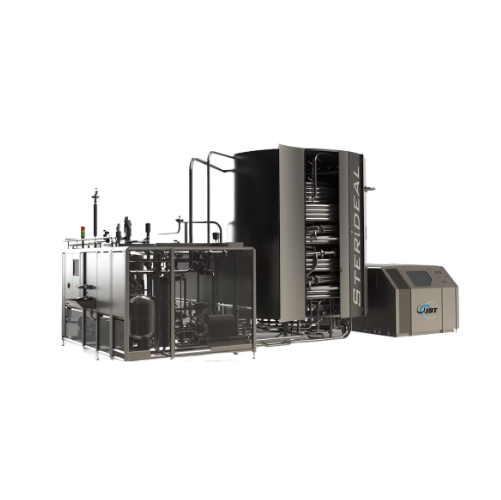
Coil heat exchanger for dairy and beverage processing
Quickly sterilize and retain product quality with this coil heat ex...
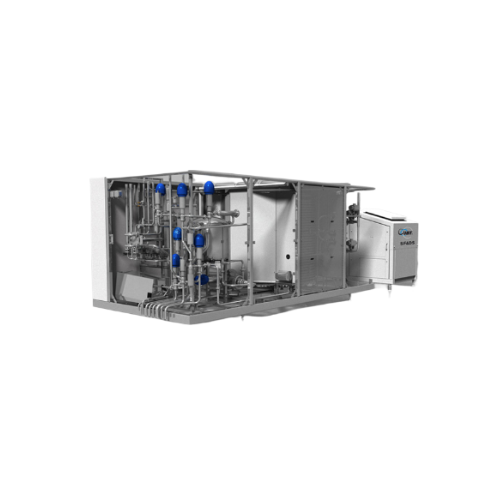
Uht sterilizer for dairy and high-viscosity products
Optimize your production of dairy alternatives and fruit-based drink...
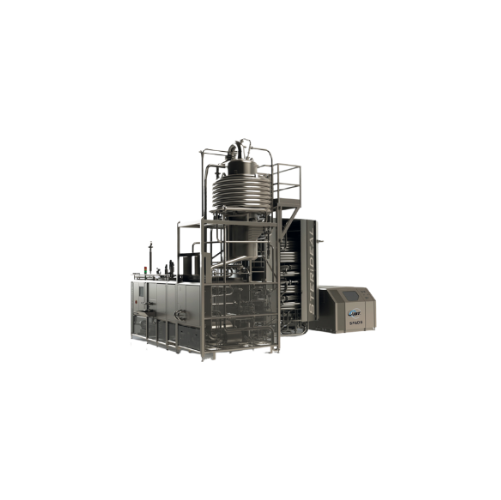
Dual heating coil for dairy and beverage processing
Achieve precise temperature control for your liquid products with a s...
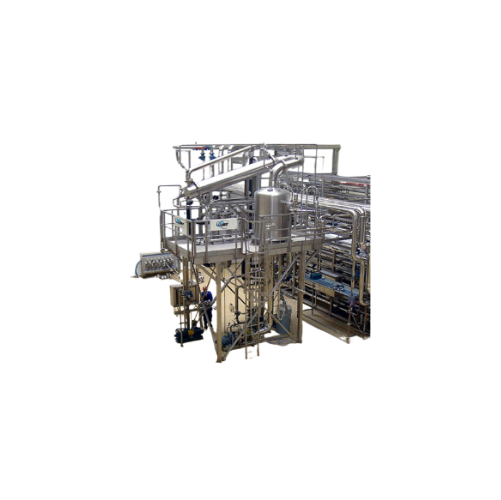
Deaerator for juices and dairy processing
Ensure the quality and shelf-life of liquid foods by effectively removing entrap...
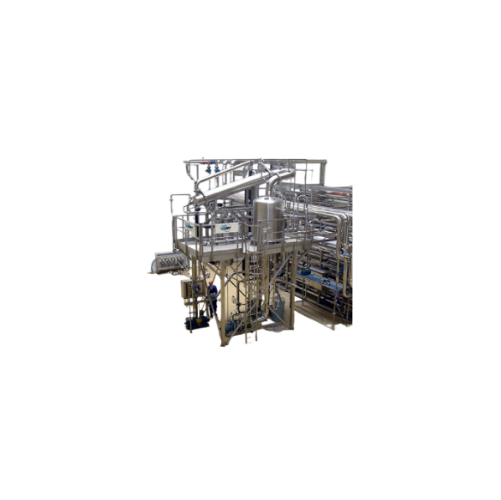
Aseptic flash cooling for tomato and fruit concentrates
Achieve seamless aseptic processing while minimizing product degr...
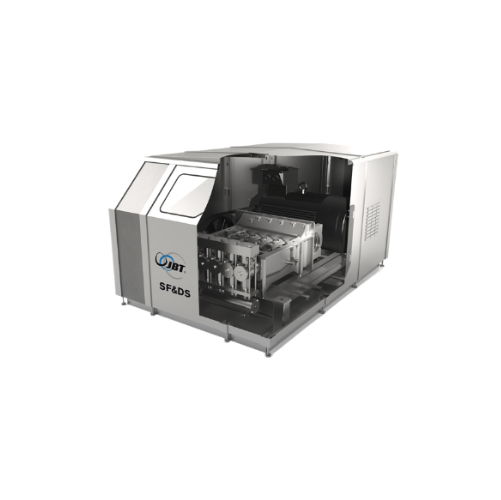
Industrial homogenizer for Uht sterilization systems
Achieve smoother product consistency with high-pressure homogenizati...
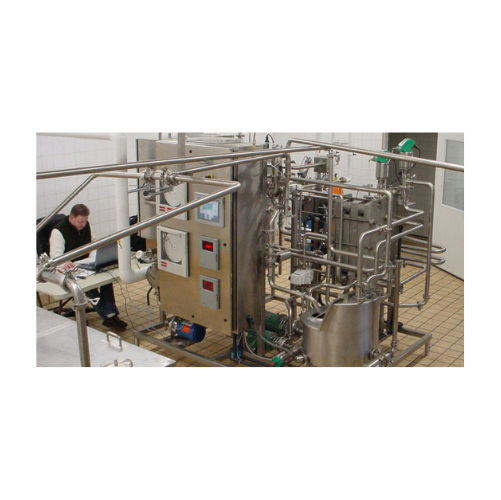
High temperature short time (HTST) dairy pasteurization system
Ensure precise pasteurization with advanced heat transfer...
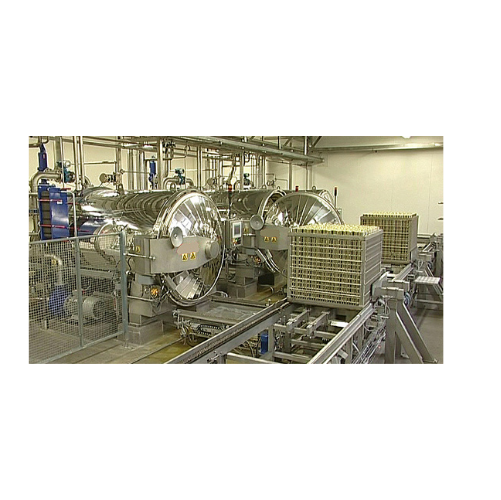
Automated batch retort system for food sterilization
Optimize your sterilization process with seamless transportation fro...
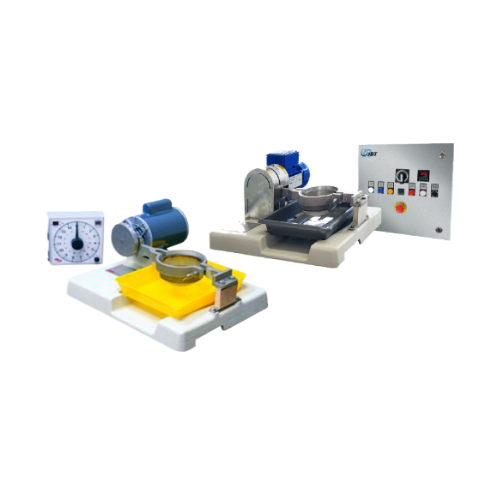
Laboratory apparatus for quick fiber determination in citrus juice
Streamline your citrus juice production with precise...
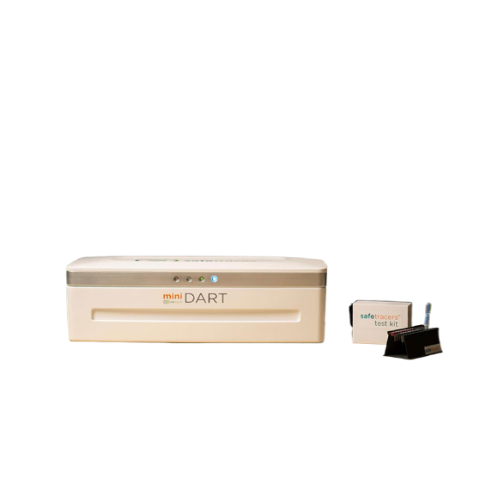
On-food traceability technology for produce
Enhance your product authenticity with a revolutionary traceability technology...
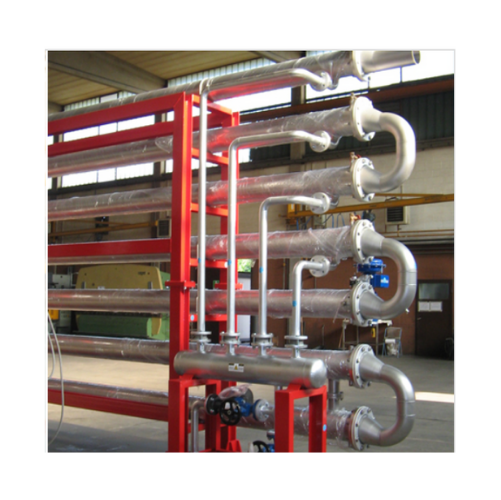
Cold break system for tomato processing
Enhance product quality and consistency in liquid processing by utilizing precise t...
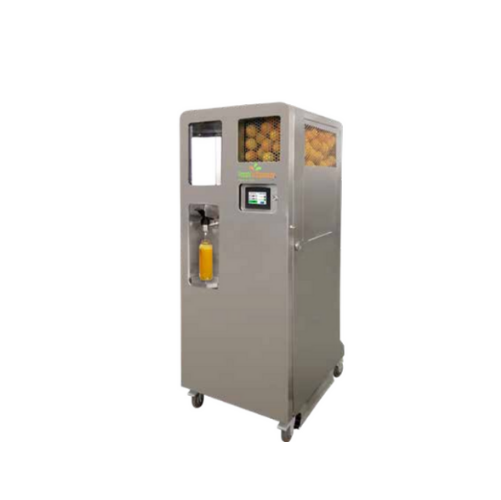
Point-of-sale orange juice juicer for freshly squeezed juice
Maximize your beverage offerings with a point-of-sale juice...
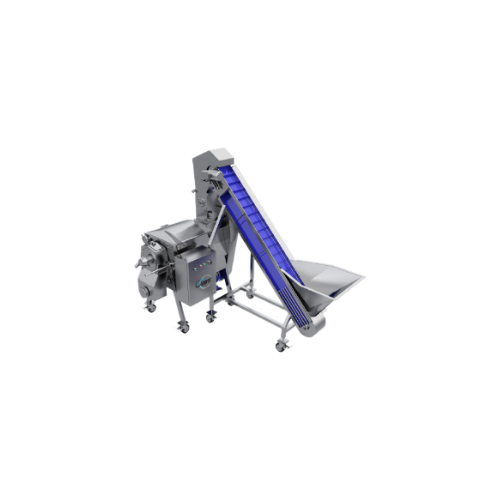
High speed fruit and vegetable juicer
Optimize your production with a high-capacity juicer designed to efficiently process ...
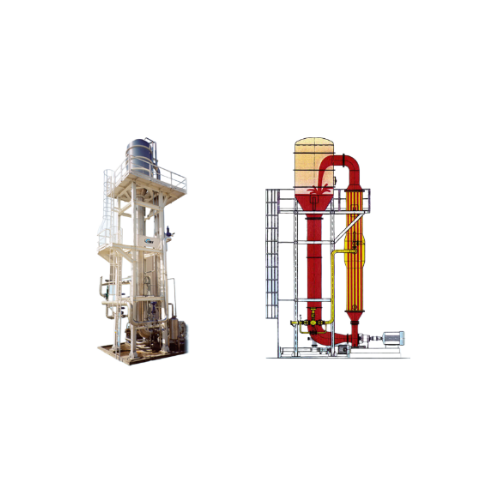
Thermal treatment system for tomato purees
Eliminate pectin enzyme activity and prevent syneresis in your purees and conce...
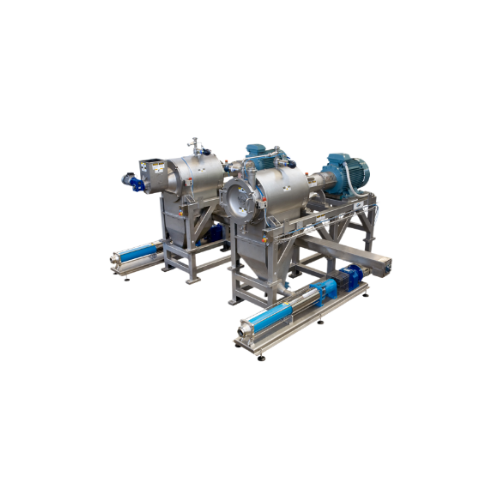
Juice extractors for variety of fruits and vegetables
Streamline your juice and puree production with advanced extraction...
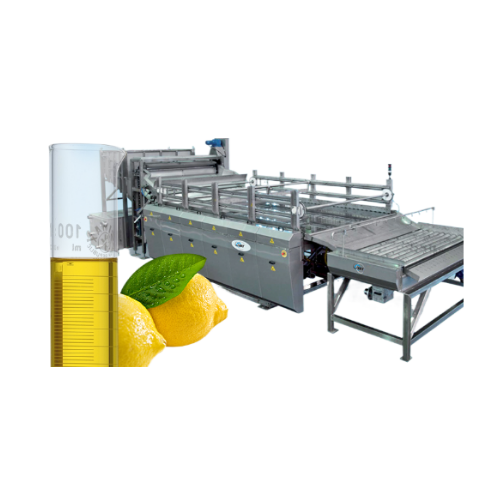
Modular oil recovery extractor for citrus essential oils
Achieve maximum yield and purity in citrus essential oil extract...
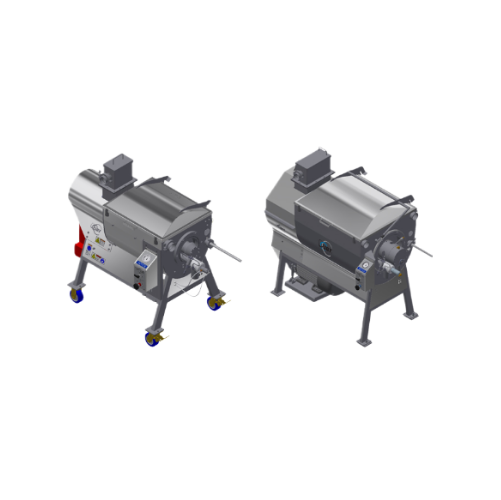
Screw finishers for citrus processing
Optimize your production line with screw finishers designed to efficiently separate l...
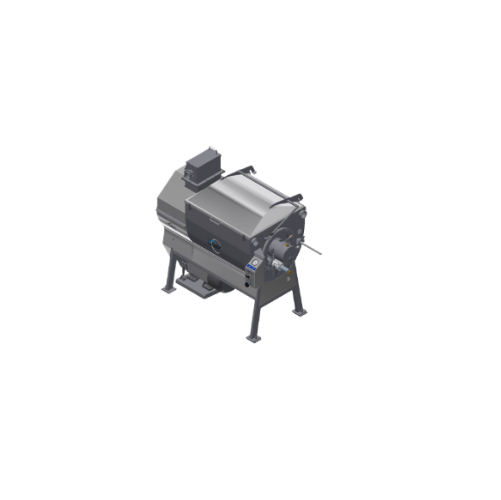
Citrus juice finisher
Optimize your juice and essential oil production with precision separation and finishing technology, en...

Vegetable and fruit processing skid
Optimize your fruit and vegetable processing with a compact skid that seamlessly integr...
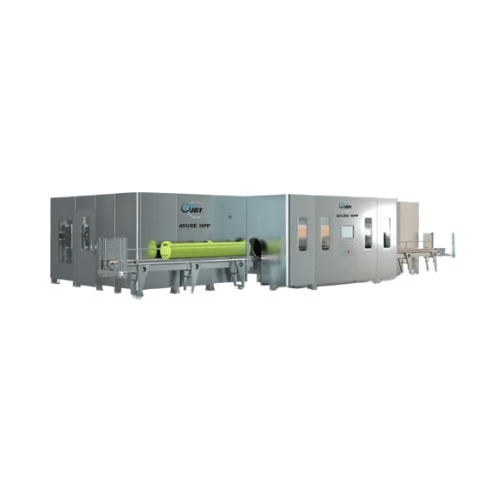
Expandable high pressure processing system
Optimize your production line with an expandable high-pressure processing syste...
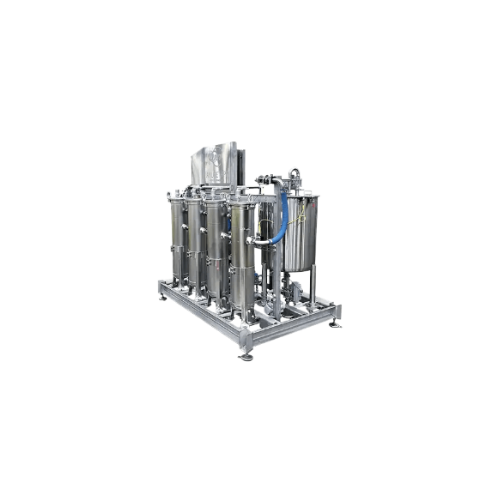
High pressure processing water filtration system
Ensure super clear water after high pressure processing to protect your s...
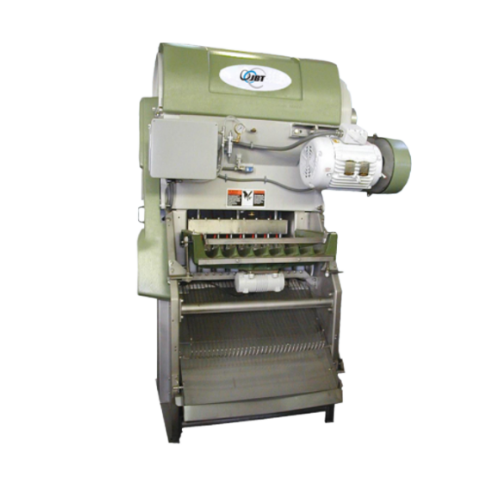
Citrus juice extractor for industrial juice production
Maximize juice yields while preserving exceptional quality with ou...
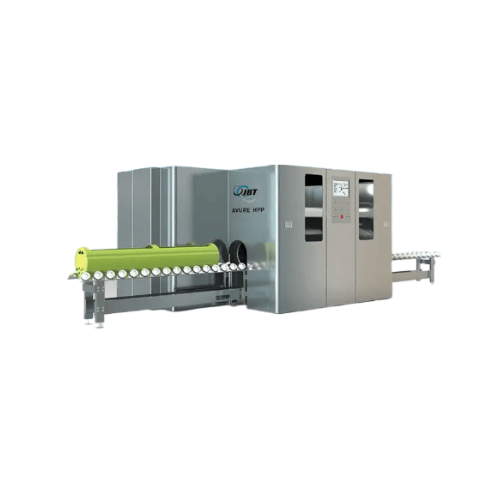
High pressure food processing solution for medium-scale producers
Achieve reduced operational costs with high-pressure ...
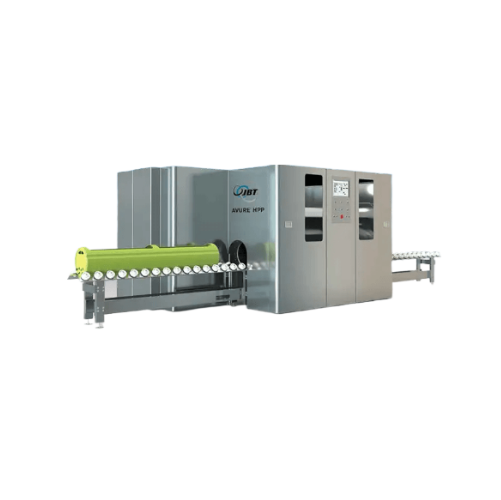
High pressure processing for diverse food products
Maximize production versatility and ensure product safety with a high-...
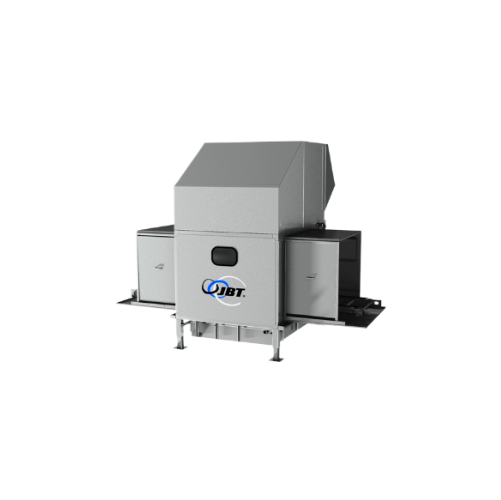
Industrial bin scrubbing system for fresh produce
Enhance food safety and operational efficiency with a bin scrubbing sys...
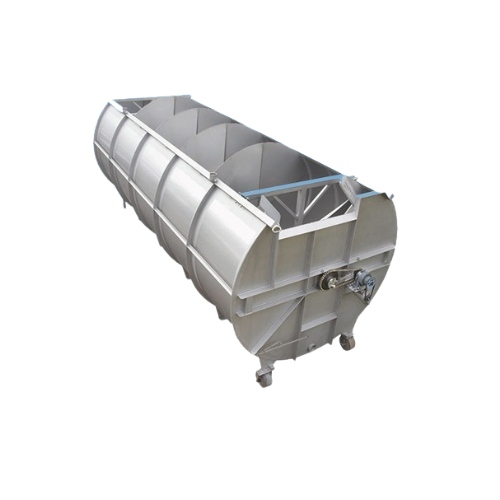
Industrial poultry chillers
Optimize temperature control with advanced chilling technology designed to maintain product inte...
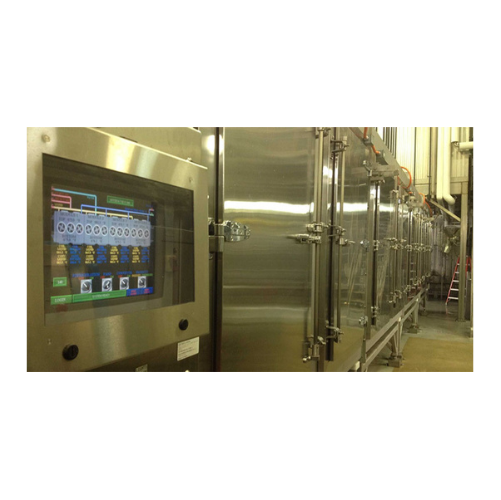
Fast crusting freezer for poultry products
Ensure optimal product integrity by rapidly sealing moisture in seconds, preven...
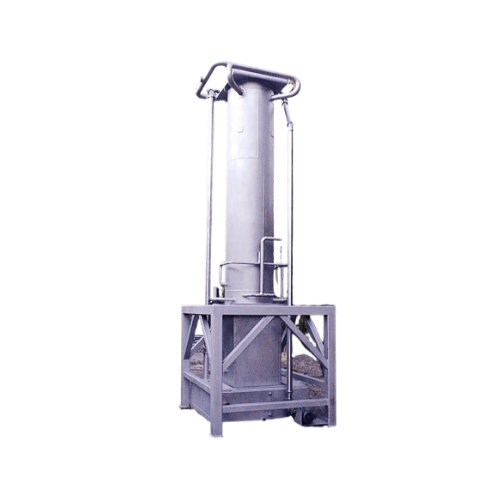
Industrial ice maker for high-volume production
Achieving precise temperature control and maximizing product quality, this...
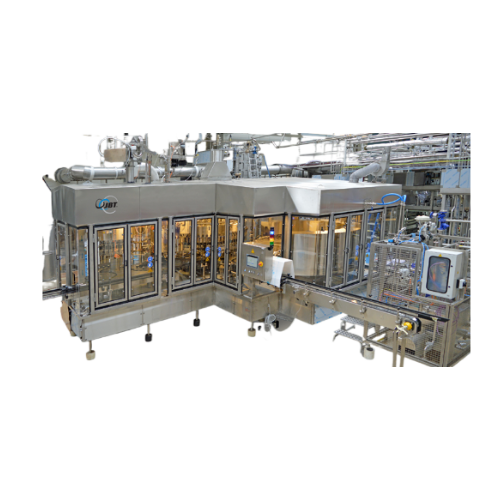
Rotary level filler for low to high viscosity liquid products
Ensure precise fill levels and enhance production efficien...
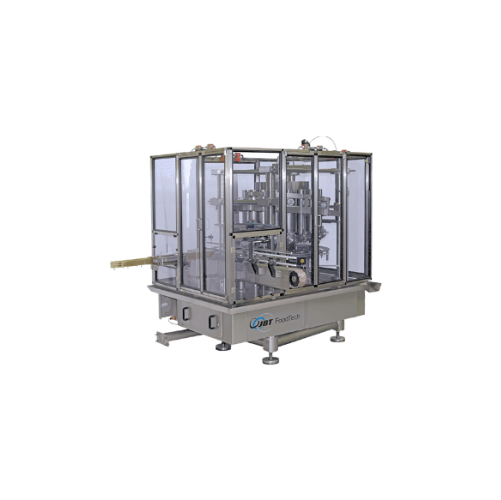
Volumetric piston filler for liquid and viscous products
Achieve precise volume control and enhance product integrity wit...
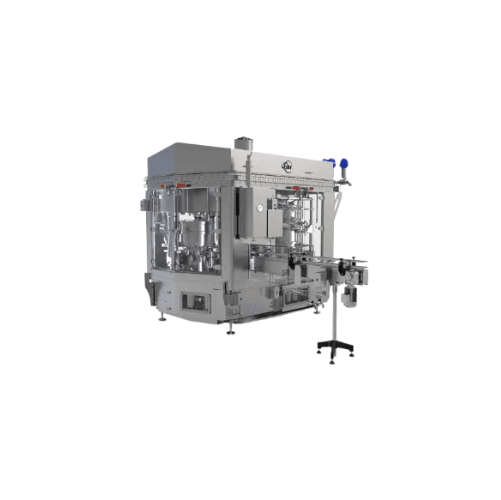
Rotary can filler and closer for metal cans
Achieve seamless integration in your production line with a solution that sinc...
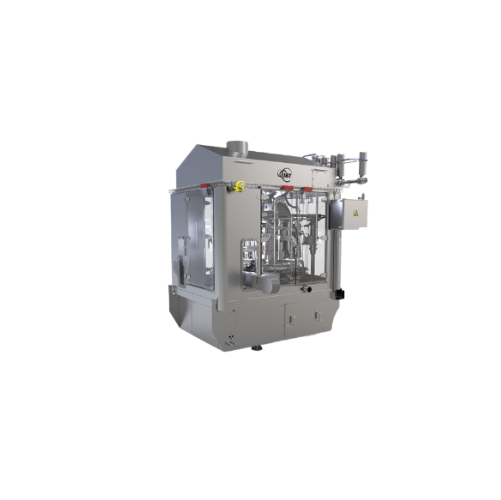
Volumetric filler for various food products
Achieve high precision and flexibility in your filling processes with a volume...
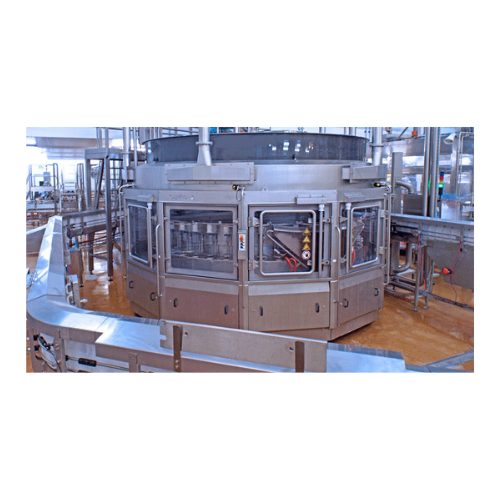
Industrial weight filler for bottles and jars
Achieve precise product filling with our weight filler system, expertly desi...
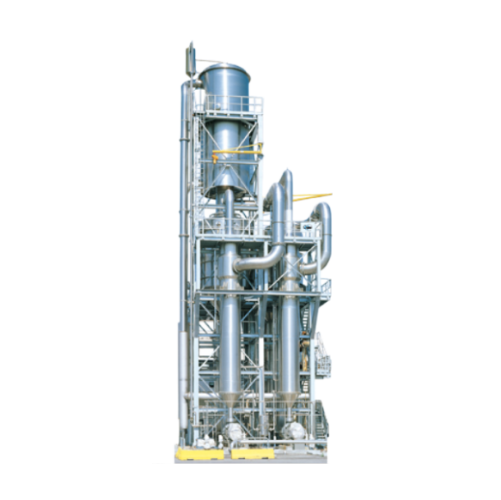
Forced circulation evaporator for tomato and fruit paste
Optimize your high-viscosity tomato and fruit paste production w...
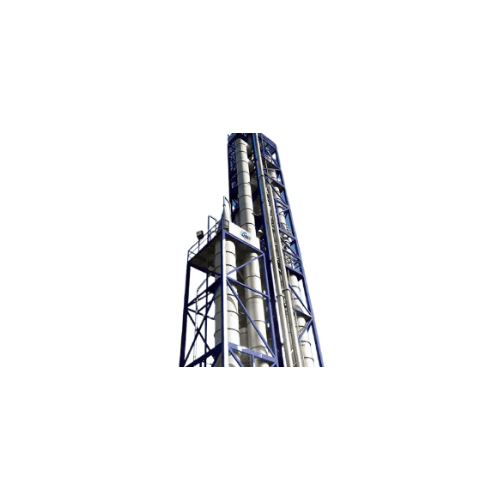
Hybrid evaporator for highly viscous tomato concentrate
Achieve superior concentration and energy efficiency with a versa...
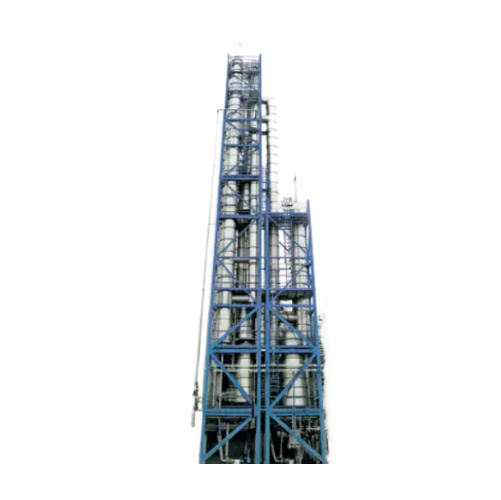
Evaporator for citrus juice concentrate
Optimize juice concentration and reduce thermal damage with advanced short-time eva...
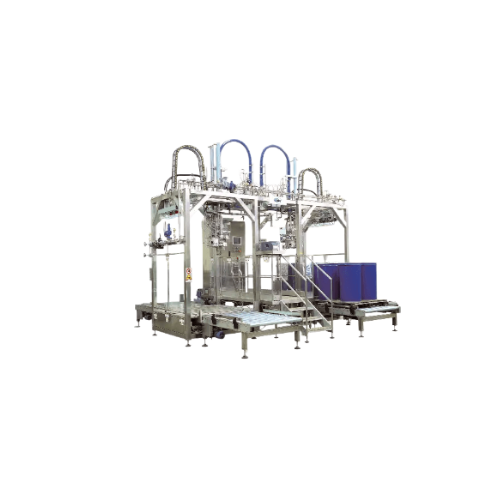
Aseptic filler for fluids, concentrates, and particulates
Optimize your fluid and concentrate filling process with a hig...

Aseptic filler for juices and beverages
Ensure sterile packaging with precision. This aseptic filler offers high-speed, con...
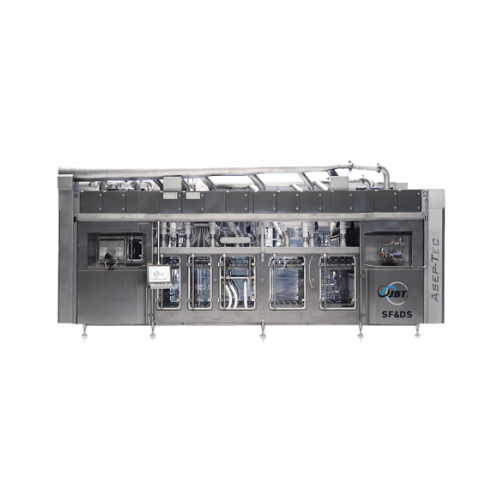
Aseptic filler for packaged dairy and beverages
Ensure product sterility and extend shelf life efficiently with high-speed...
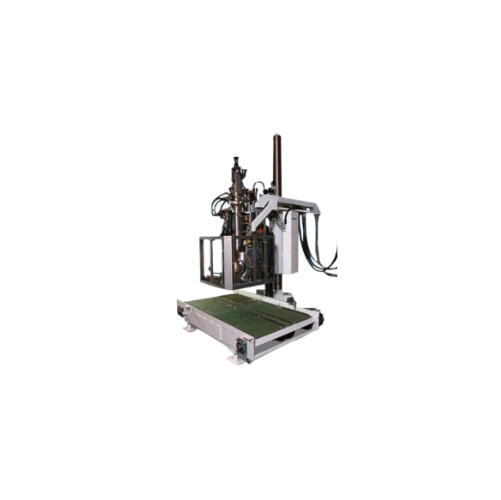
Aseptic bag filler for bulk containers
Eliminate spoilage events and ensure sterility in high-speed filling of bulk aseptic...
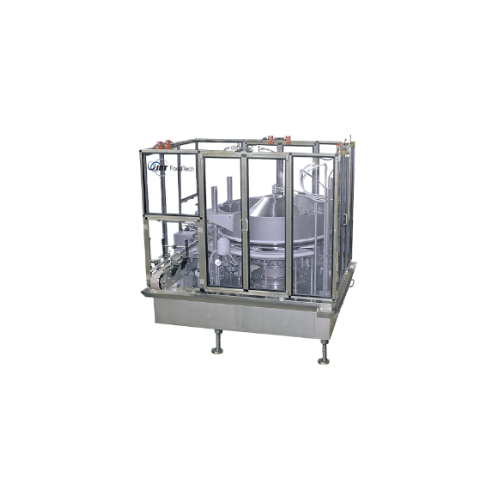
Granular filler for wide mouth containers
Ensure precise filling and minimize product loss with this granular filler, expe...
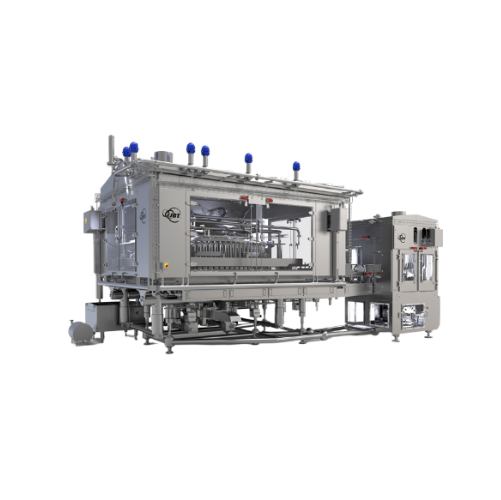
High capacity volumetric filler for pumpable products
When you need high-speed, precise filling for diverse liquid and sl...
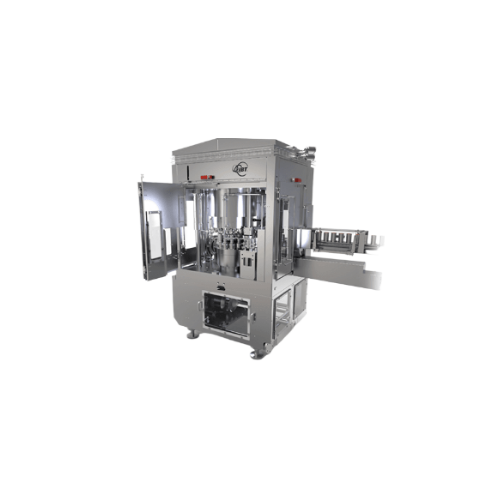
Can seamer for high-speed liquid applications
Ensure consistent seal integrity and maximize throughput with this advanced ...
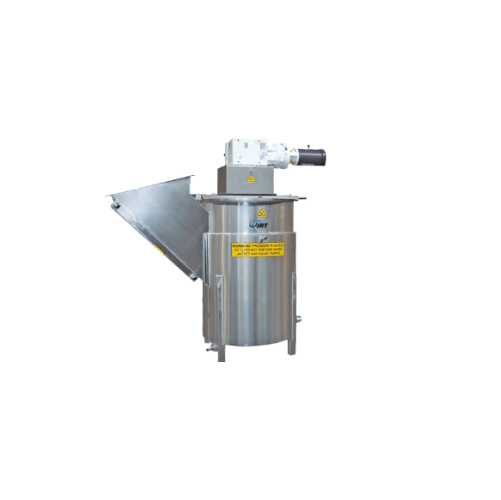
Industrial chopper/blender for frozen fruit processing
Efficiently transition frozen fruits and concentrates into a manag...
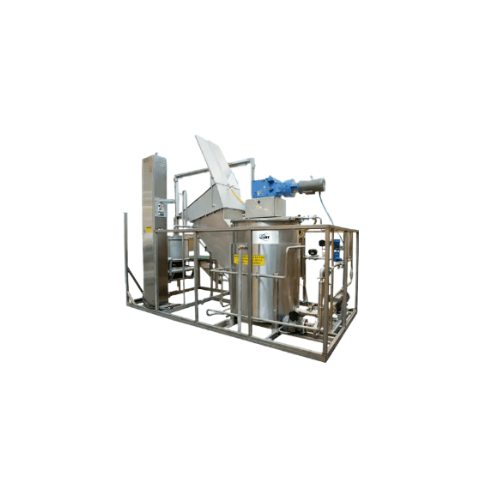
Industrial-scale chopper and blender for frozen juice processing
Eliminate lengthy thaw times for frozen concentrates wi...
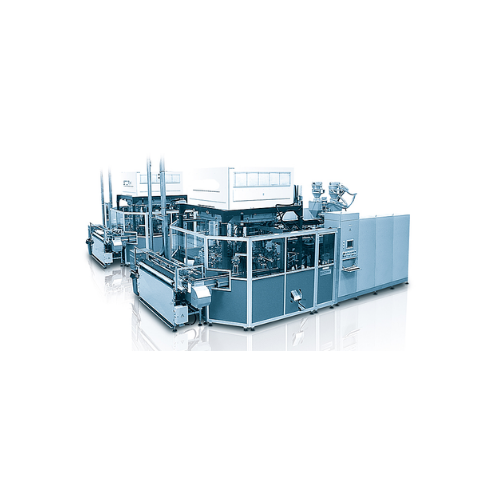
Extrusion blow molder for custom bottles
Enhance your production line by creating versatile and customized bottles with sea...
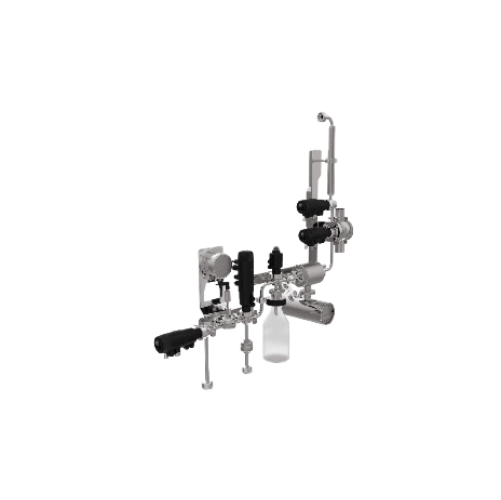
Aseptic sampling system for industrial applications
Achieve reliable, aseptic sampling with precision and safety during c...
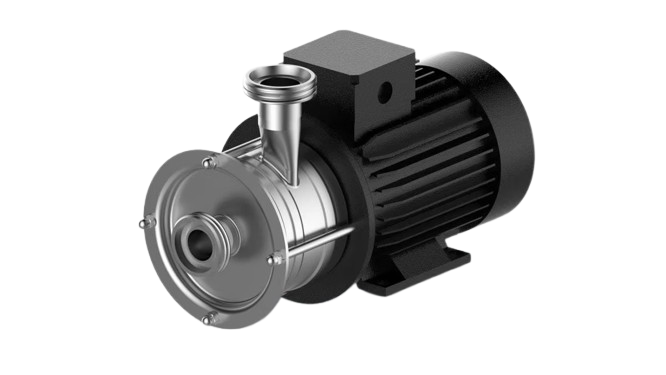
Multi-stage centrifugal pump for hygienic applications
Ensure optimal hygiene and performance in your liquid processing w...
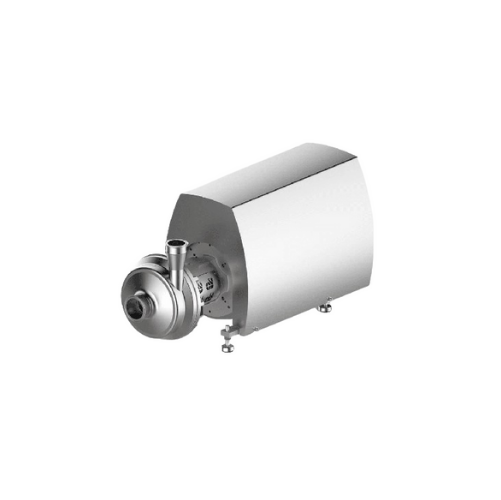
Centrifugal pump for high-pressure systems
Designed for high-pressure systems, this centrifugal pump ensures precise filtr...
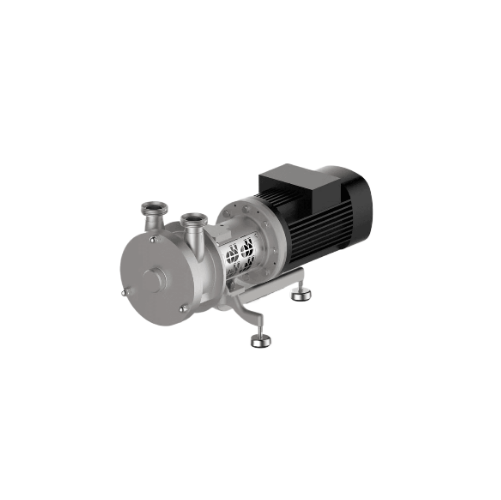
Self-priming side channel pump for high gas content media
When handling media with high gas content, achieving efficient...
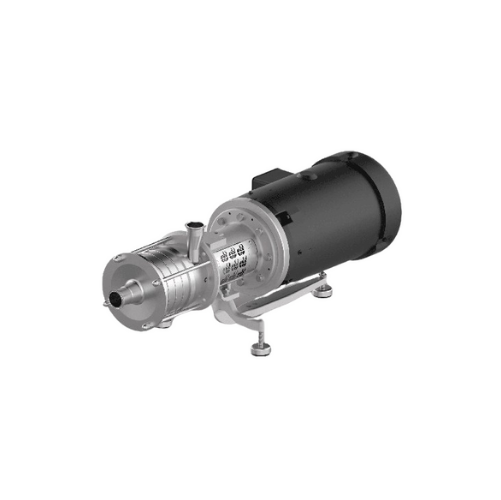
Hygienic pump for beverage and pharmaceutical industries
Engineered to meet stringent hygiene demands, this versatile pum...
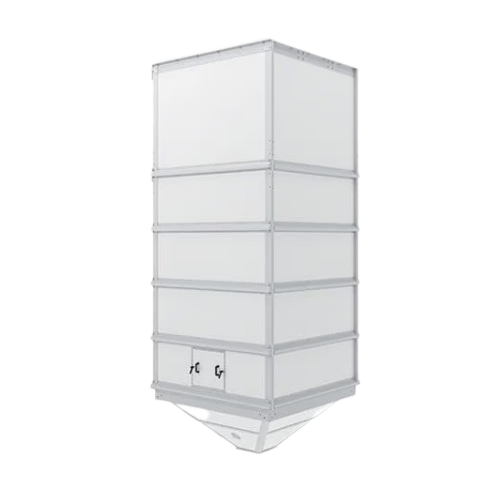
Finished product storage silos for industrial applications
Optimize your storage capabilities with silos that ensure saf...
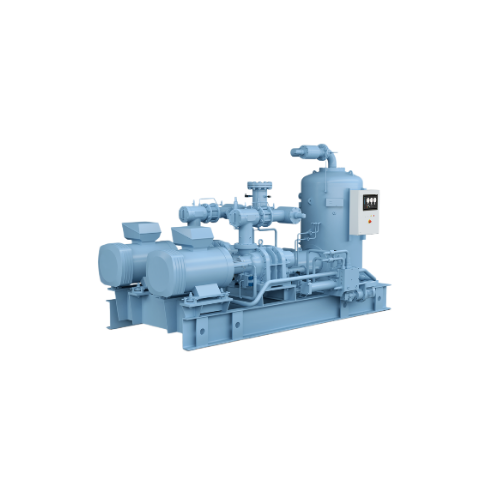
Industrial screw compressor systems for cooling applications
Maximize energy efficiency and system redundancy with paral...
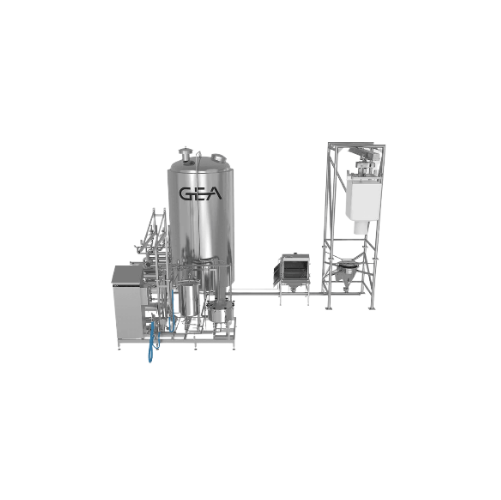
Modular batch mixing system for beverages
Streamline your beverage production with a flexible solution that manages comple...
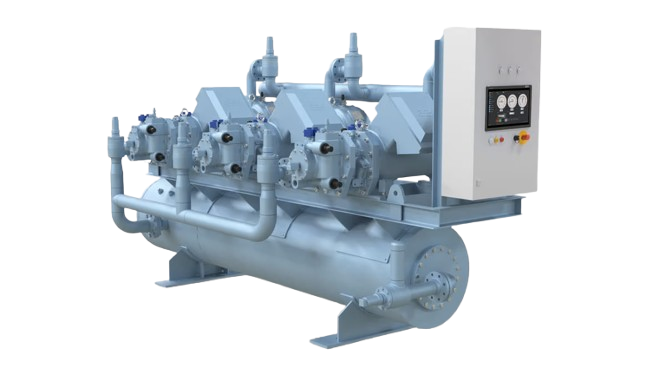
Screw compressor package for efficient industrial cooling
Optimize your cooling processes with a flexible, space-saving ...
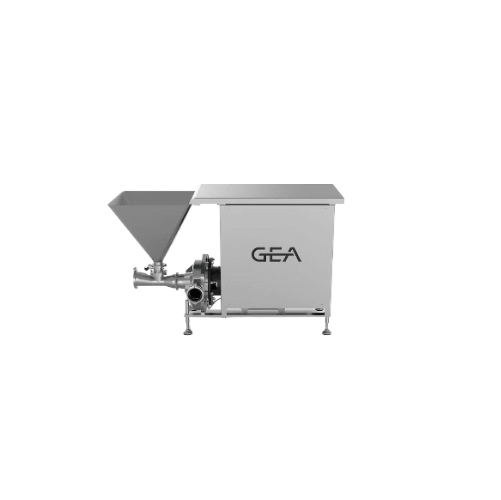
High shear powder dissolver for homogeneous products
Achieve consistent powder-liquid blends effortlessly with a compact ...
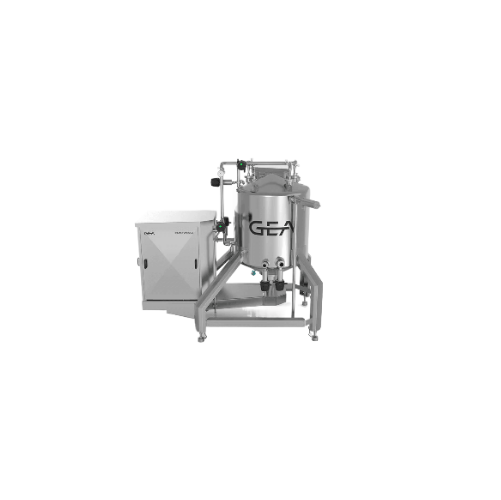
High shear mixer for low viscosity products
Achieve precise mixing and dispersion for diverse liquid applications with a h...
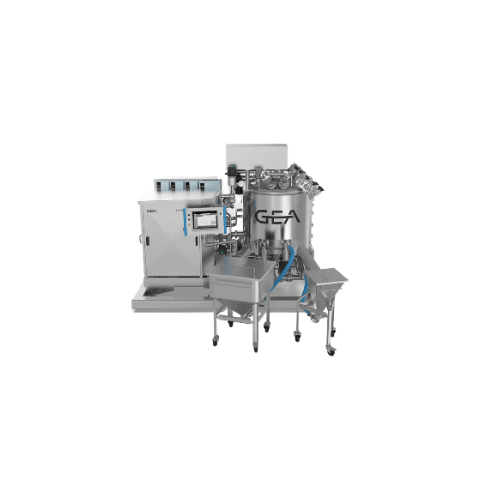
High shear test mixers for developing new products
Streamline product development with high shear test mixers, allowing y...
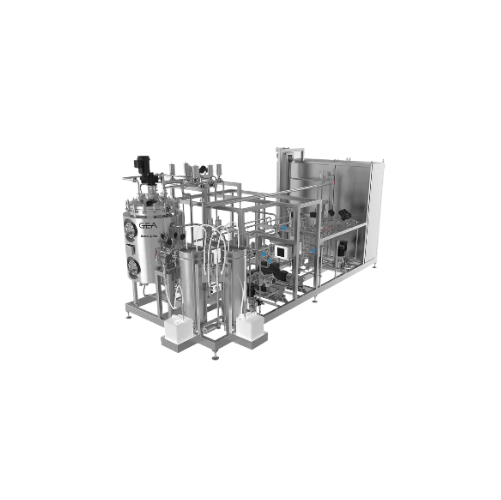
Sugar reduction skid for fresh juice
Transform the way you produce juice with enzymatic technology that reduces sugar conte...

Uht plant for aseptic product treatment
Ensure optimal product quality and production safety with versatile UHT solutions f...
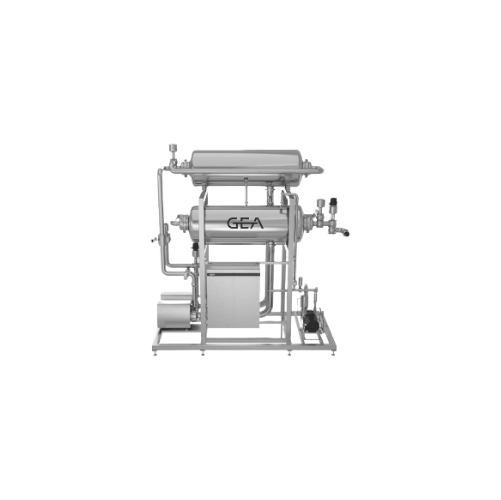
Water deaeration system for beverages
Achieve ultra-low oxygen content in beverage water to enhance taste and prolong shelf...
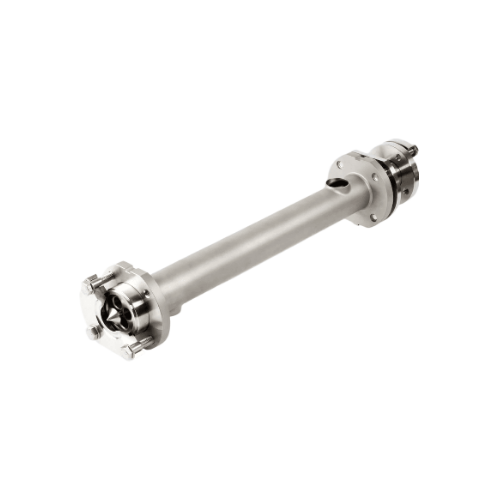
Tubular heat exchanger for thermal treatment of viscous products
Optimize efficiency in heating, cooling, and pasteuriza...
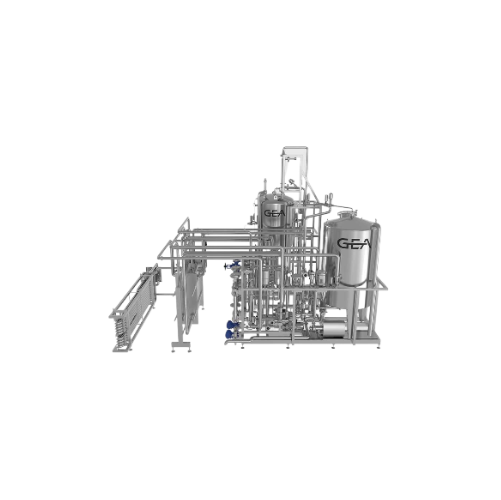
Pasteurizer for non-alcoholic beverages
Ensure microbiological safety and extend shelf life of your non-alcoholic beverages...
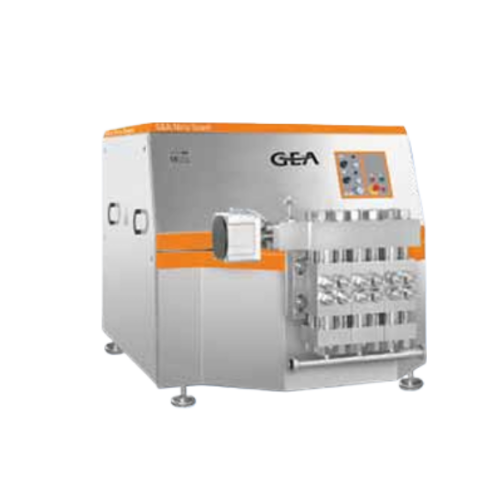
Very high pressure homogenizer compression block
Experience reliable performance at extreme pressures with a compression b...
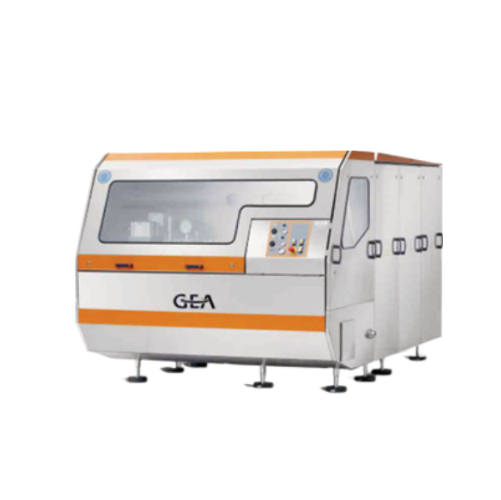
Industrial homogenizer for dairy, beverage, and pharmaceutical applications
Enhance your production efficiency with a ...
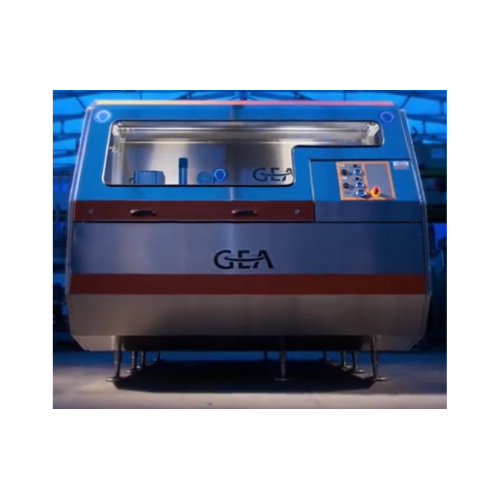
Industrial high-pressure homogenizer
Achieve precise homogenization with superior flow rates and efficiency, ensuring optim...
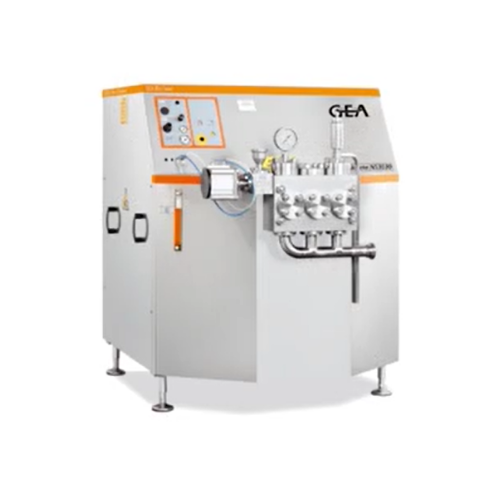
High pressure industrial homogenizer
Enhance liquid formulations with precision and efficiency—our high-pressure homogenize...
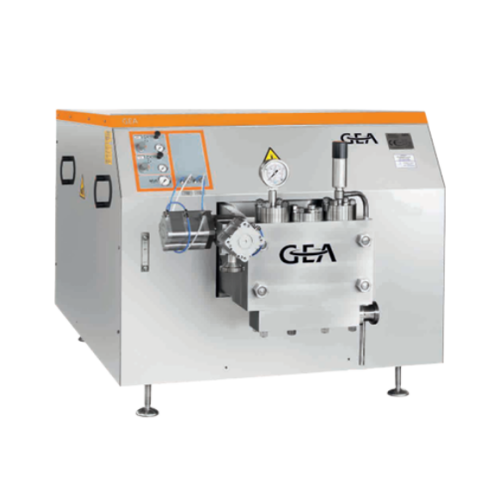
Industrial homogenizer for small and medium production
Enhance product stability and extend shelf life with our high-pres...
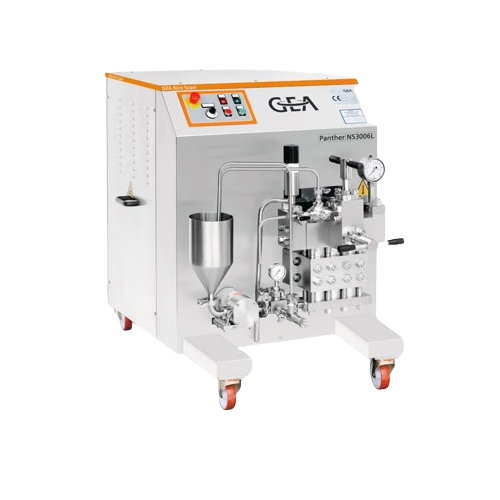
Pilot plant homogenizer for continuous operation
Achieve consistent fluid textures and prolonged shelf life with high-pres...
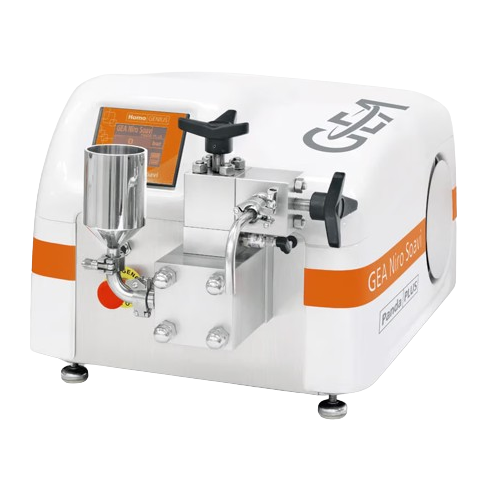
Laboratory homogenizers for nanoparticles and emulsions
Tackle the challenge of achieving consistent nano-scale dispersio...
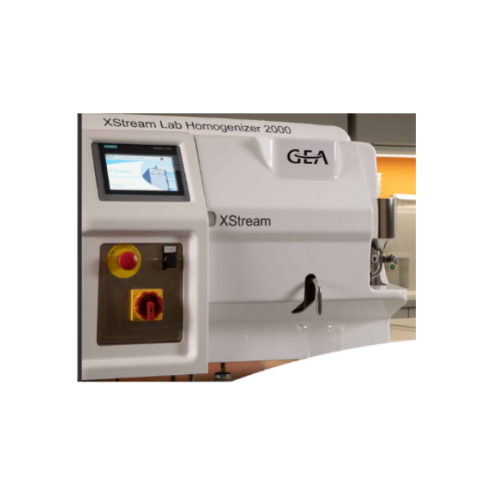
Laboratory homogenizer for scaling nisox-valve benefits
Achieve reliable scaling from lab to production with this precise...
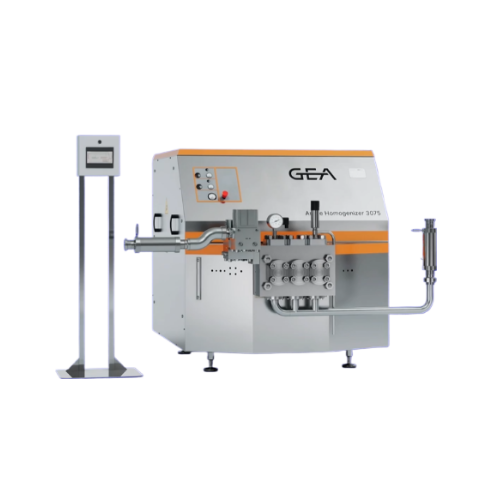
Inline real-time fluid quality monitoring system
Optimize fluid quality control with continuous, inline measurements that ...
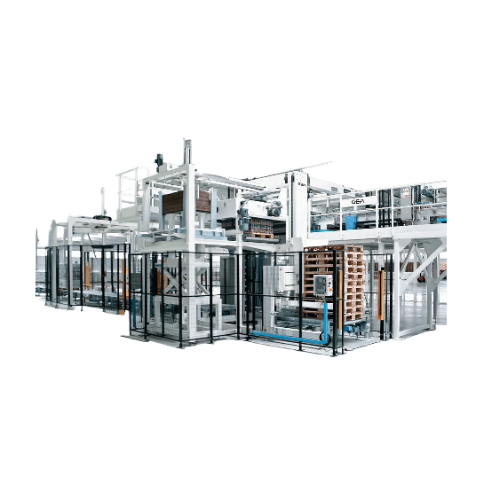
Palletizer for medium to high production capacity
Optimize your packaging line with a compact machine designed for high-s...
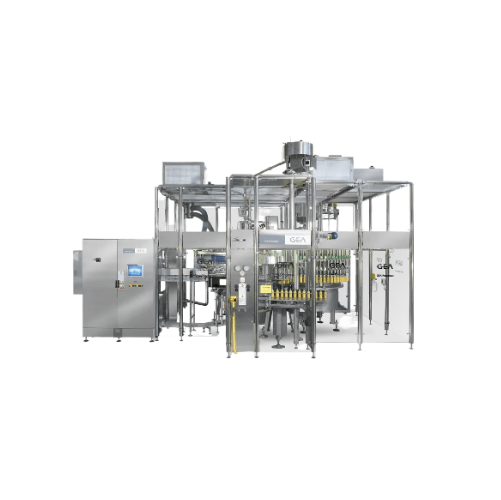
Hot fill gravity filler for beverages
Achieve precise hot filling with versatile gravity filling technology that maintains ...

Rotary volumetric filler for still drinks
Optimize your bottling line with a versatile rotary volumetric filler, designed ...
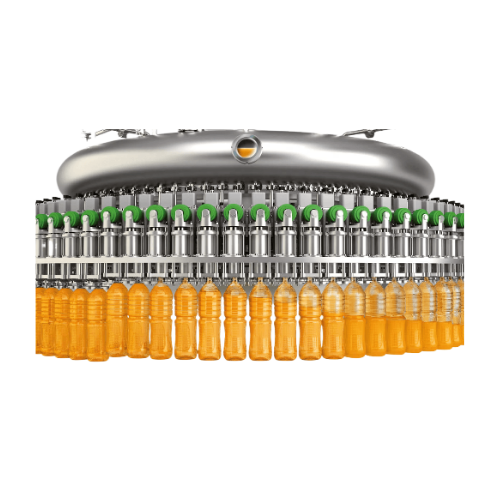
Bottle filler for still and carbonated drinks
Maximize efficiency in your bottling process by seamlessly filling both stil...
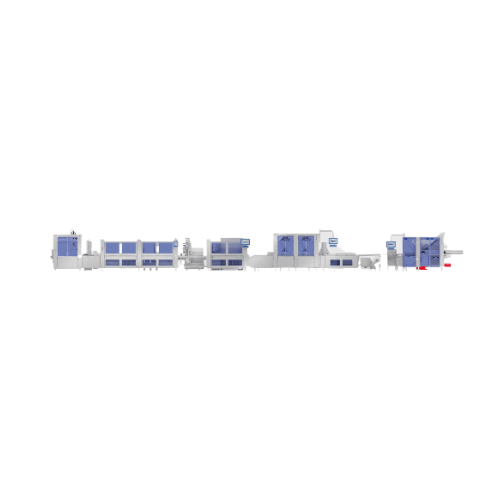
Modular separation and sorting system
Ensure consistent package quality by swiftly sorting and rejecting defective packages...
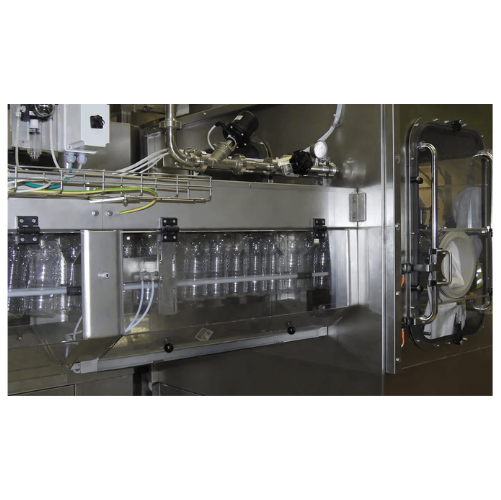
Air conveyor for empty Pet bottles
Optimize your bottling line with an advanced air conveyor that reduces energy consumptio...
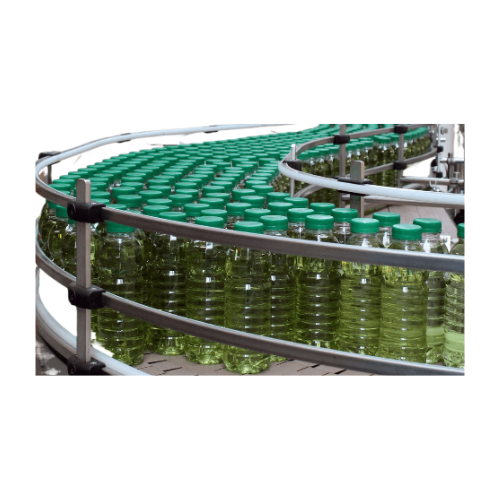
Loose package conveyor systems for packaging lines
Optimize your packaging line operations with advanced conveyor systems...
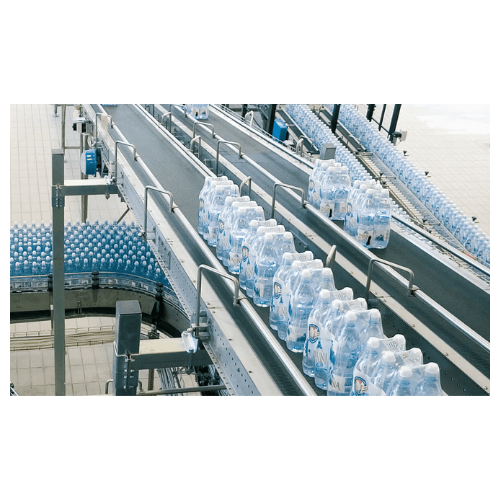
Pack conveyors for secondary packaging
Optimize your production line with intelligent pack conveyors, designed to seamlessl...
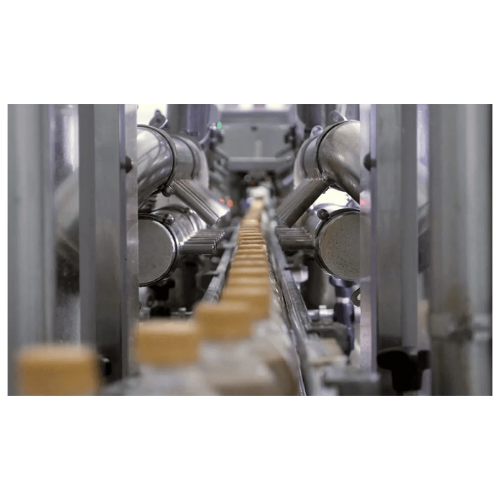
Container drying system for packaging lines
Ensure precise label applications by efficiently removing moisture from the su...
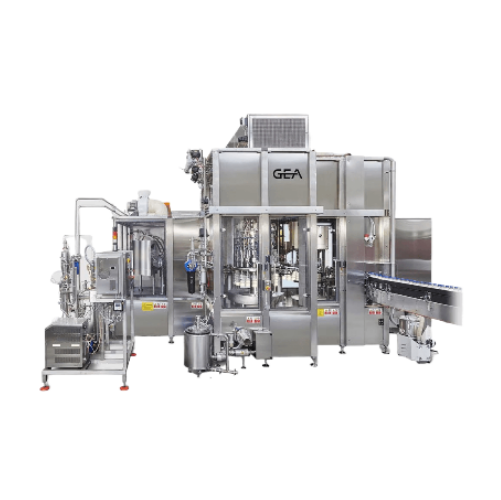
Esl beverage filling system
Ensure extended shelf life and maintain beverage quality with sterile filling and decontaminatio...
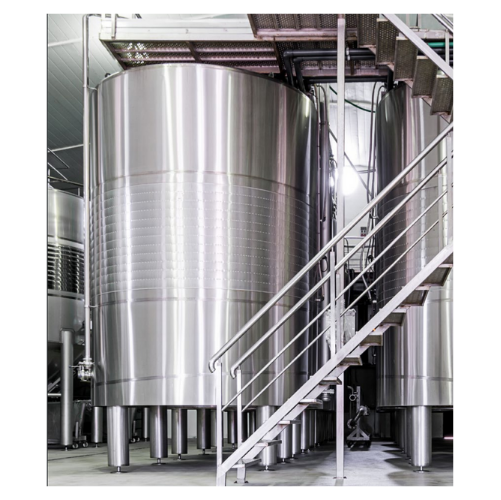
Reverse osmosis dealcoholization technology
Elevate your beverage production capabilities with advanced dealcoholization t...
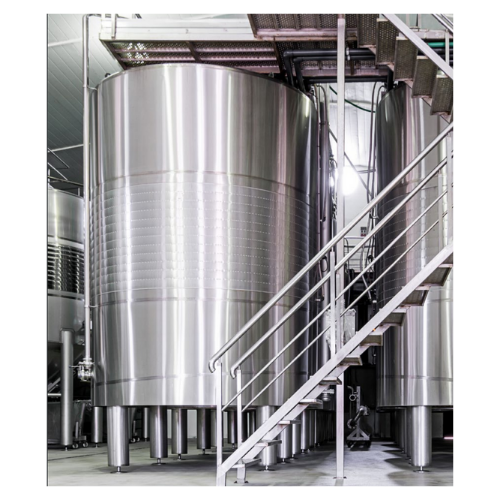
Centrifuge for beverage clarification
Elevate your beverage production with enhanced clarification, ensuring your drinks me...
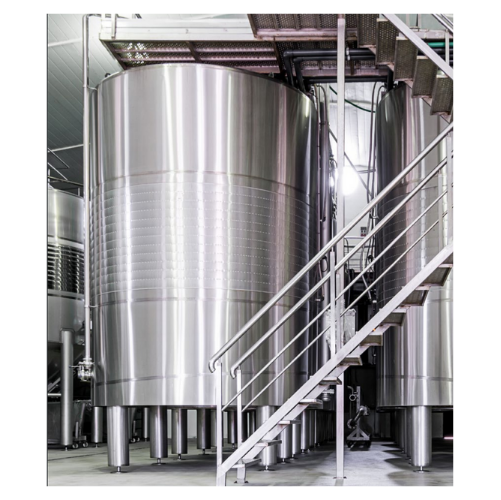
Reverse osmosis dealcoholization technology for beer
Achieve consistent flavor profiles in your non-alcoholic beer produc...
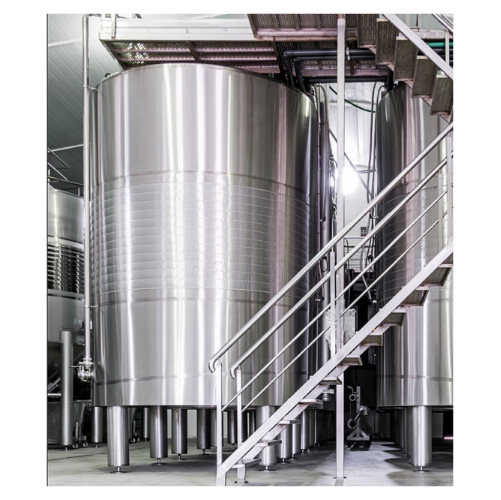
Reverse osmosis beer dealcoholization technology
Achieve precise alcohol removal from beer while preserving flavor integri...
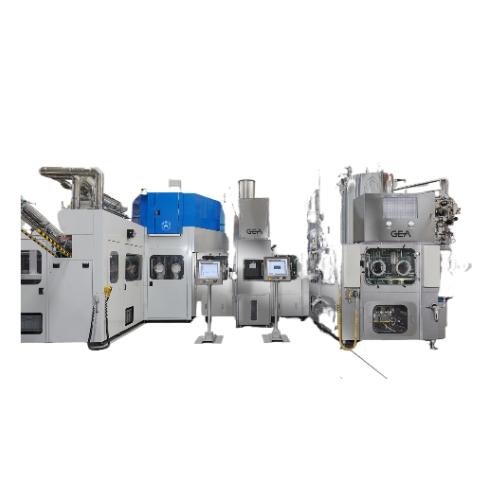
Aseptic blow fill system for beverage bottling
Designed for high-speed aseptic bottling, this system ensures sterility thr...
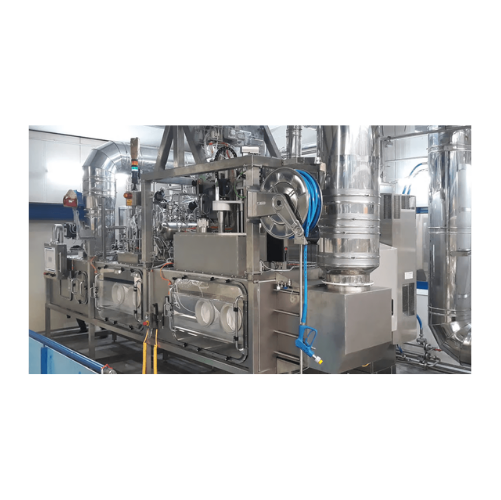
Aseptic filling system for sensitive beverages
Optimize your beverage production with an aseptic filling system that ensur...
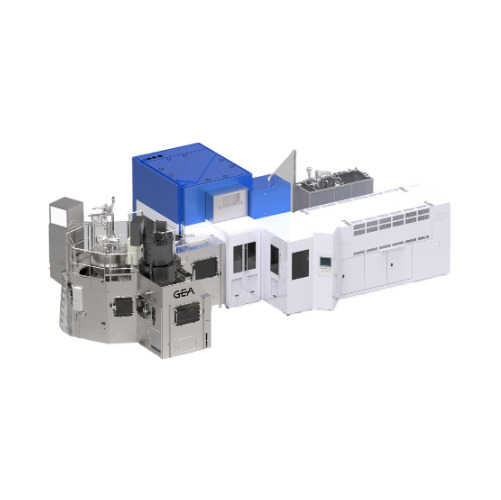
Decontamination blow fill system for beverages
Optimize your beverage production with a technology that integrates preform...
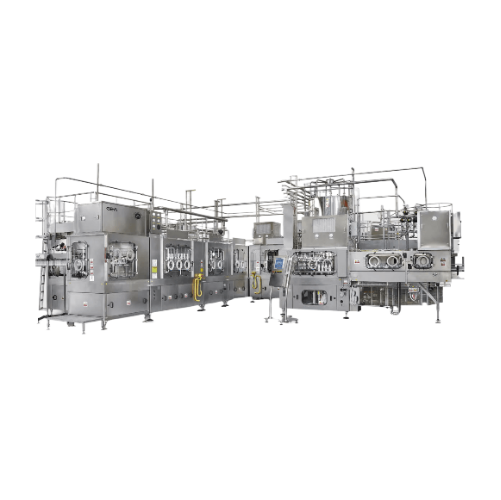
Advanced aseptic filling system for beverage bottles
Seeking a sterilization and filling system that maximizes sterilizat...
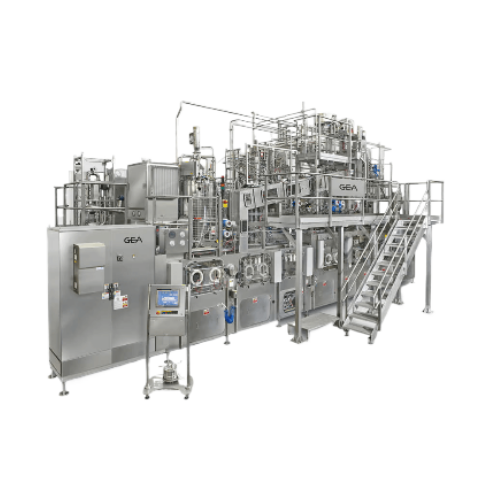
Aseptic filling for high and low acid beverages
Ensure aseptic integrity while maximizing operational efficiency with a co...
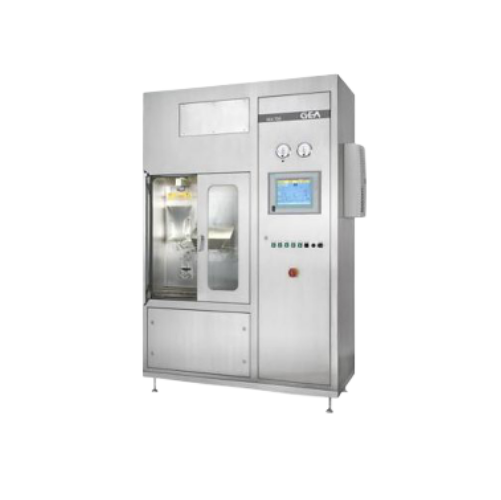
Aseptic liquid dosing system
Ensure precise, sterile dosing of aseptic liquid products, enhancing product integrity and exte...
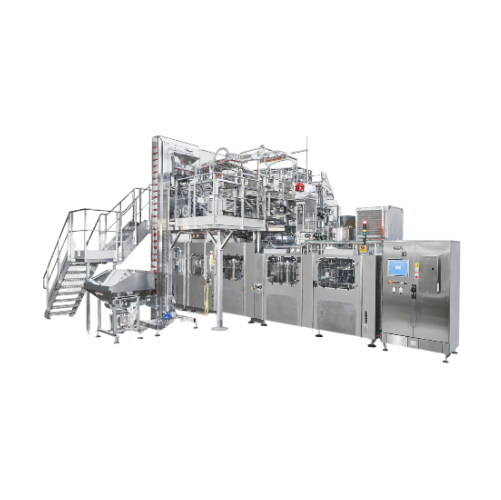
Aseptic filling system for milk-based drinks
Ensure sterile bottling of milk-based and sensitive beverages with this syste...
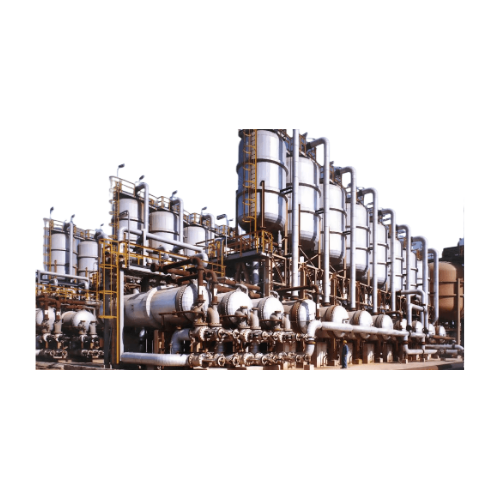
Multi-flash evaporators for alumina industry
Experience efficient thermal separation with enhanced heat recovery, ideal fo...
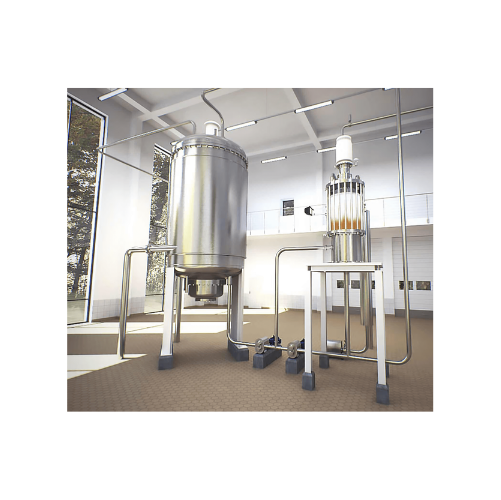
Freeze concentration system for liquid food products
Achieve precise concentration while preserving volatile components a...
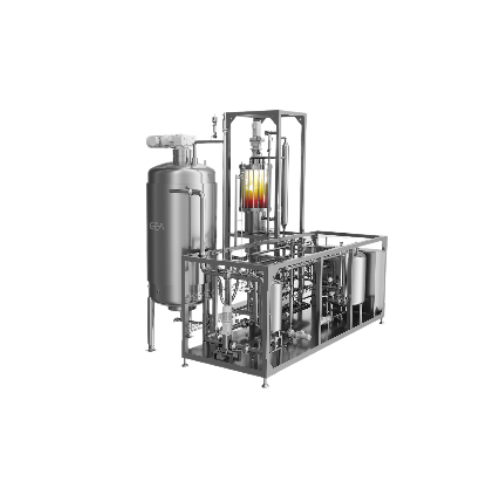
Freeze concentration system for liquid food concentrates
Achieve superior concentration of liquid food products while pre...

Industrial distillation testing services
Ensure optimal purity and performance by utilizing advanced pilot and mobile disti...
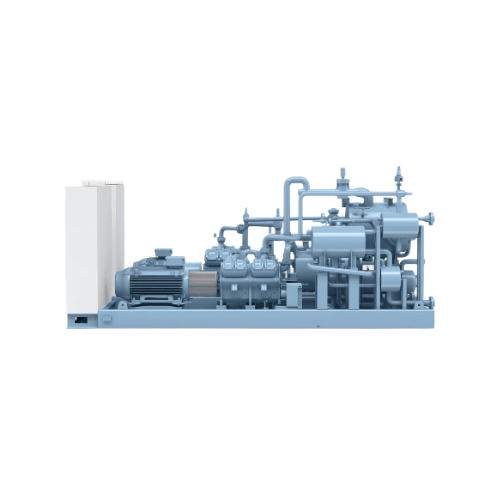
Combined heating and cooling solution
Optimize your production with a dual-purpose system designed to efficiently manage bo...
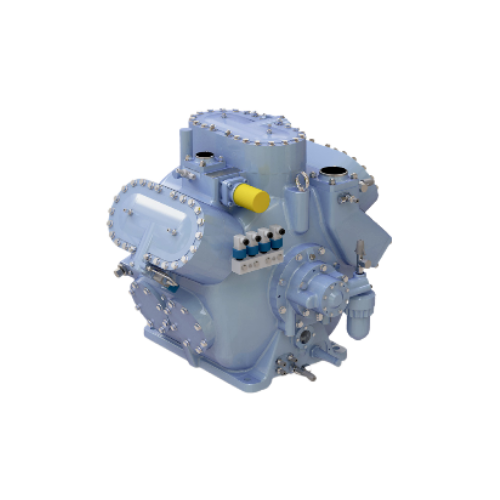
Compressors for Co₂ freezing applications
Optimize your cooling and heating processes with advanced reciprocating compress...
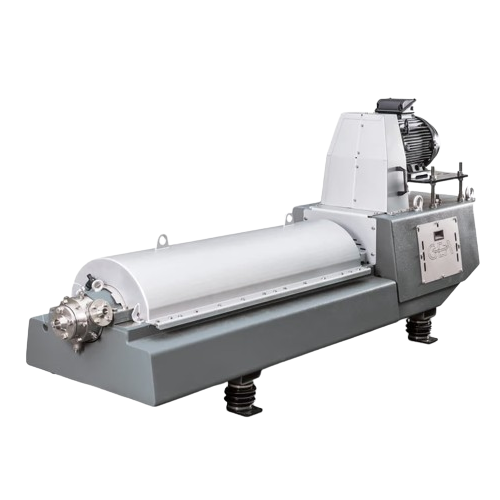
Clarifying decanter for starch recovery
Ensure optimal dewatering and separation of starch, pulp, and fibers with this high...
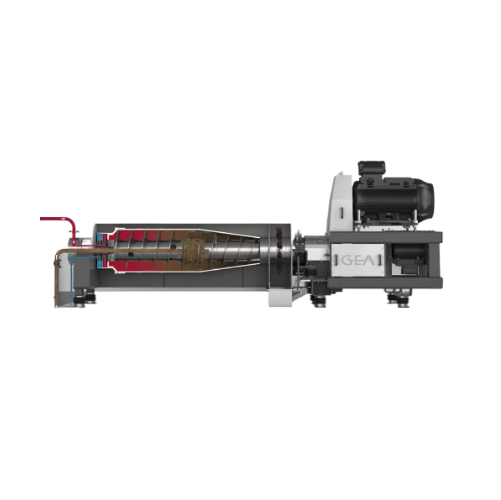
Wine decanting and clarification system
Streamline your wine production with a multi-functional decanting system designed t...
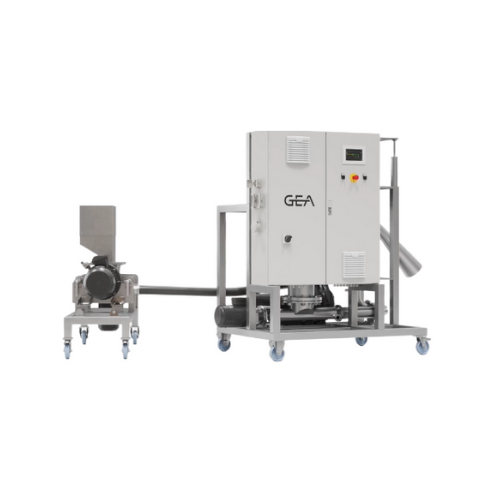
Vacuum juicing for fruits and vegetables
Achieve superior juice quality with minimal oxidation and maximum nutrient retenti...
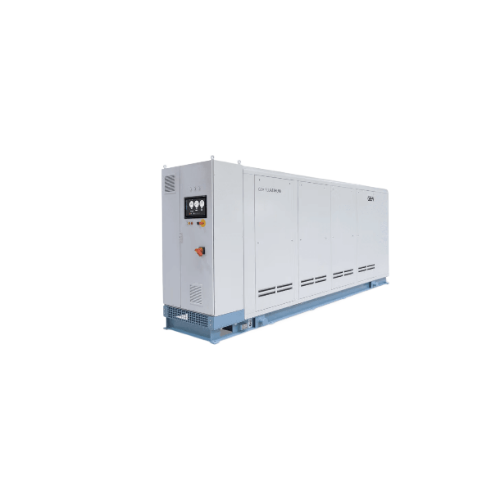
Compact industrial chiller for small spaces
Optimize your space and energy use with this chiller, designed for seamless in...
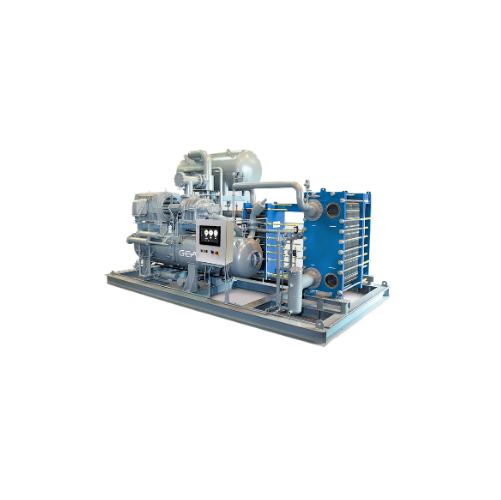
High-efficiency ammonia chiller package for industrial applications
Optimize your cooling and refrigeration processes w...

Fruit treatment lines for juice and pulp extraction
Optimize your juice production line by efficiently extracting, proces...
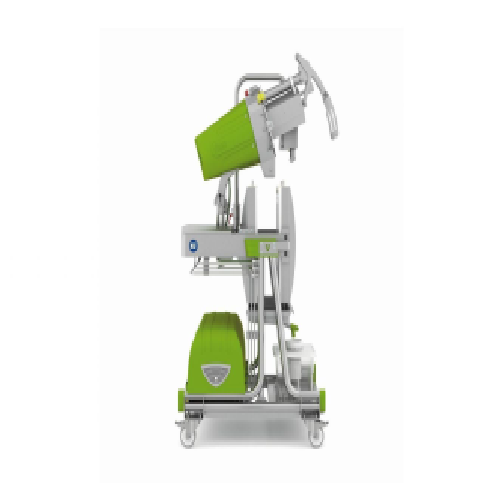
Commercial cold press juicer for fruit and vegetable juices
Efficiently crush, press, and juice a diverse array of fruit...
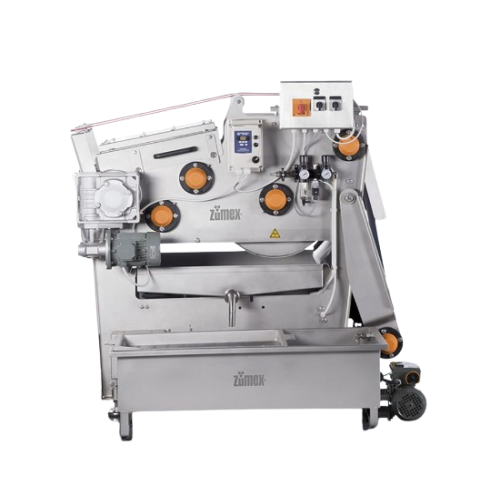
Industrial fruit juice extractor
Maximize juice yield from a wide range of fruits and vegetables with precise extraction and...
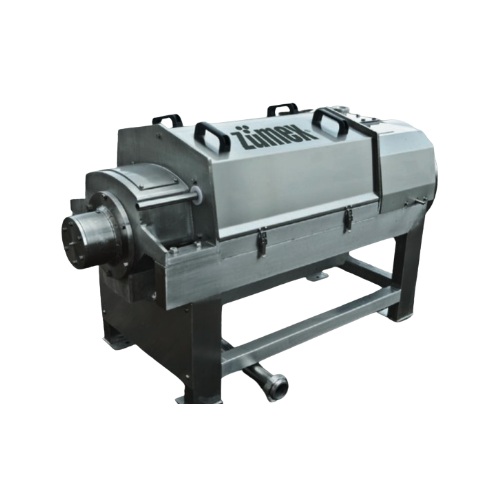
Pulp separation system for citrus and pomegranate juices
Efficiently refine and separate pulp from juice to enhance produ...
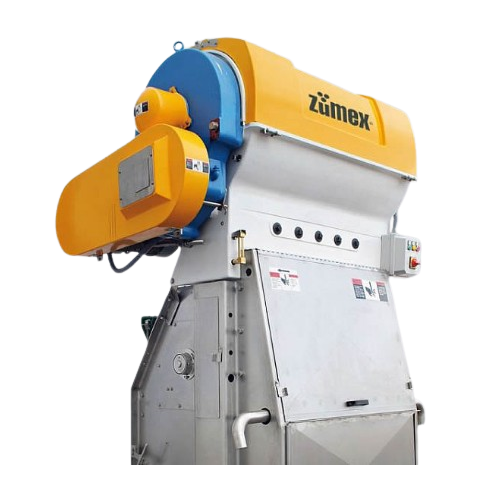
Industrial citrus juice extractor
Achieve high-yield juice extraction with reduced oil content, delivering premium quality ...
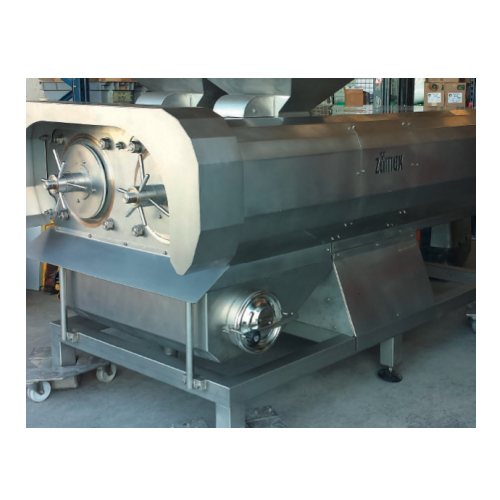
Industrial screw press for juice extraction
For juice manufacturers aiming for optimal yield and efficiency, this screw pr...
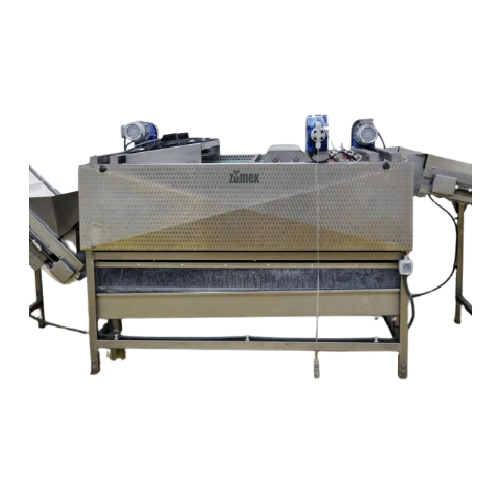
Industrial fruit washing and loading hopper system
Streamline your juice production by ensuring optimal fruit preparation...
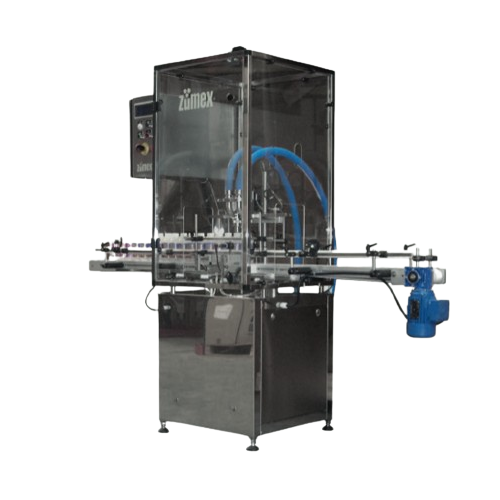
Semi-automatic filling solution for natural juices
For juice producers needing precision and adaptability, this semi-auto...
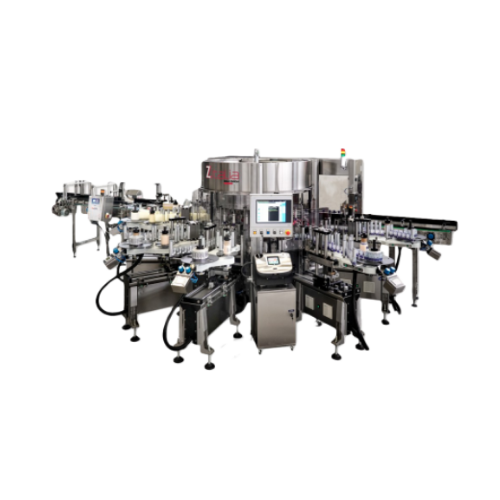
Glass bottle washing and delabelling system
Effortlessly transform used bottles into pristine, reusable containers with th...
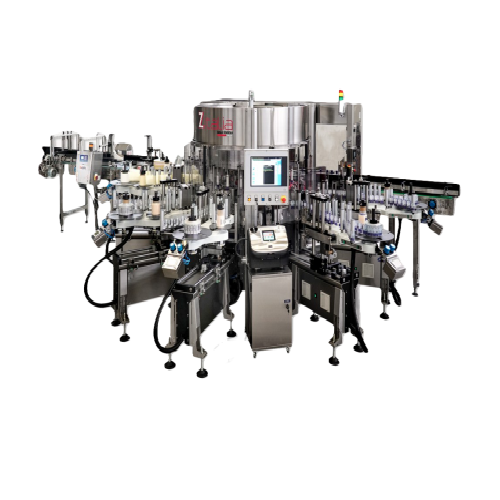
Self-adhesive label applicator for cylindrical and shaped containers
Achieve precise and high-speed labelling of variou...
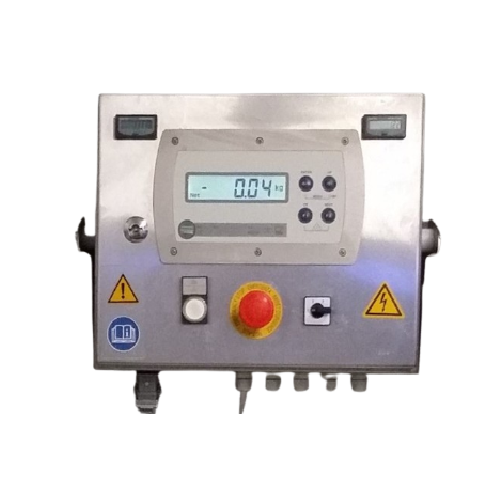
Bag in box bottling system for fruit and vegetable juice
Streamline your juice production with precise filling and packag...
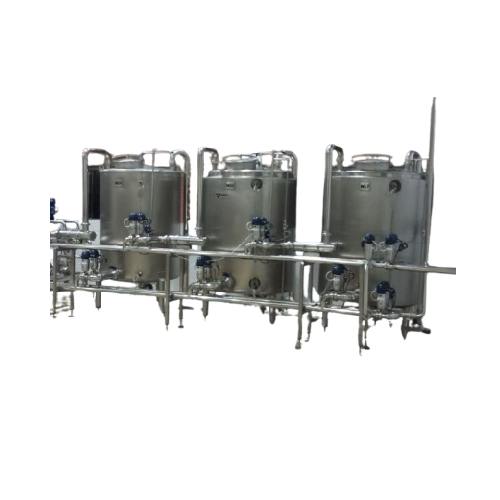
Cip cleaning system for food industry facilities
Ensure optimal hygiene in juice production lines with an advanced CIP cle...
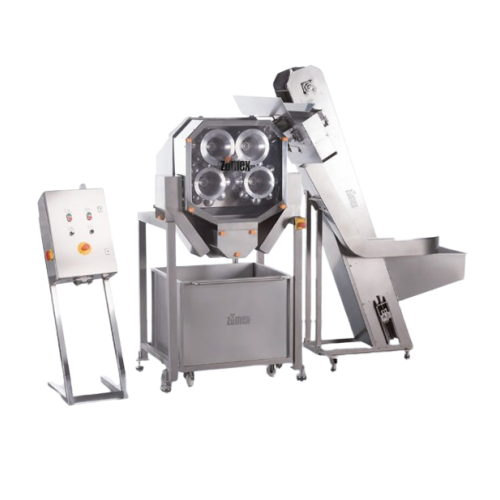
Industrial citrus juice extraction system
Streamline your juice production with a versatile system that efficiently extrac...
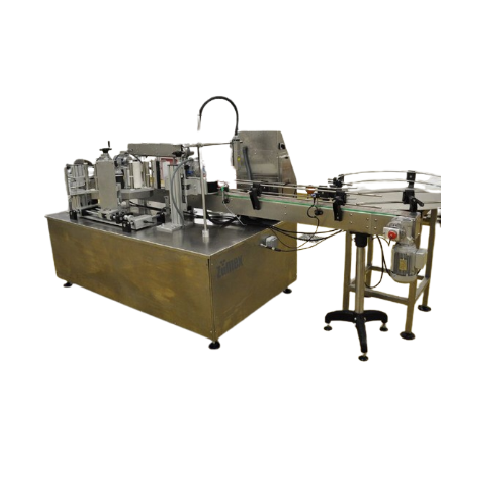
Automatic packing, capping, and labelling line for juice products
Streamline your juice production process with an inte...
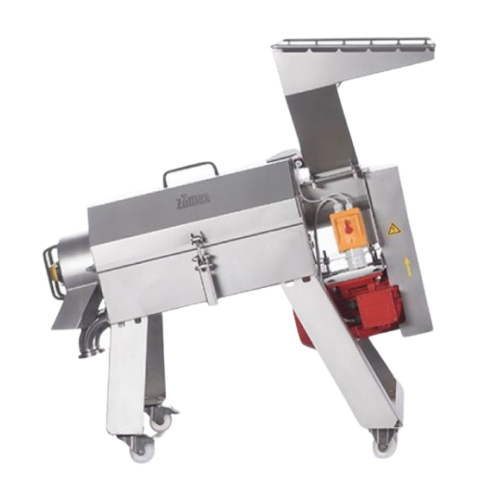
Depulper for efficient fruit and vegetable juice extraction
Streamline your juice production with equipment designed for...
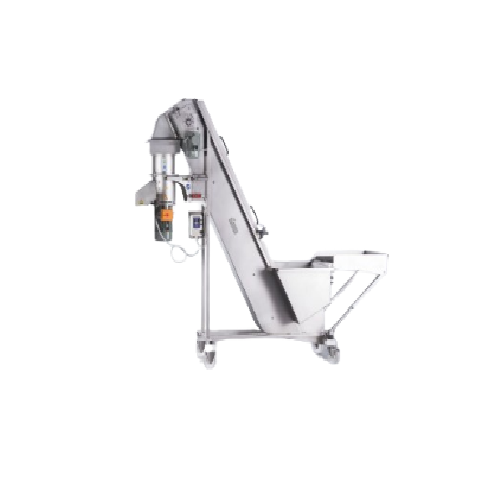
Industrial fruit elevator crusher
Maximize juice yield and streamline processing with efficient fruit crushing and elevatio...
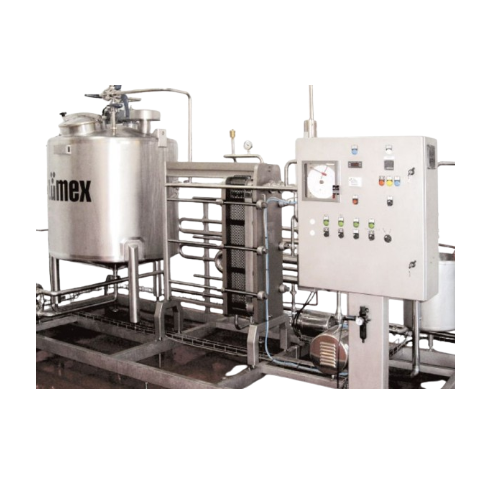
Flash pasteuriser for high-quality fresh juice
Achieve superior juice quality and extended shelf life with precision paste...
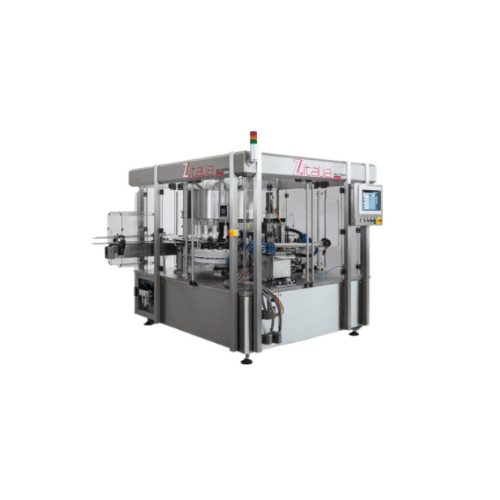
Modular and combined labeling machines for bottling
Achieve high-speed labeling with unmatched flexibility, combining mul...
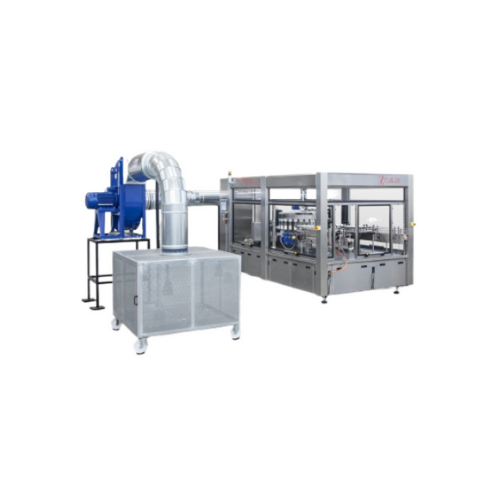
Pre-cut hot-melt label applicator for bottles
Optimize efficiency and precision in your labeling process with this advance...
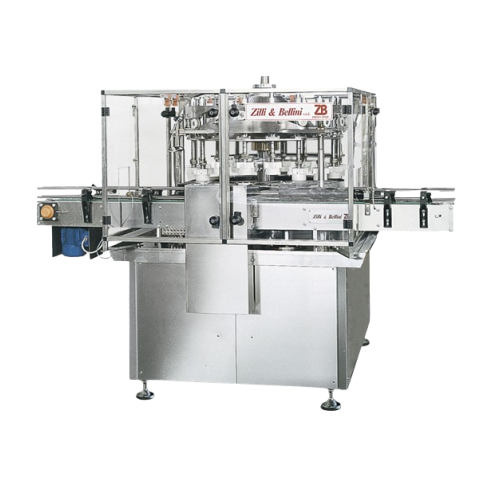
Rotary tampers for metal and glass containers
Optimize your food production line with high-speed rotary tampers, designed ...
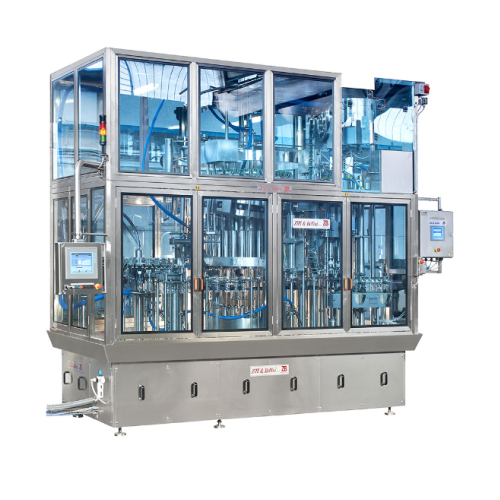
Integrated filling and capping system for food and soft drinks
Streamline your bottling operations with an integrated sy...
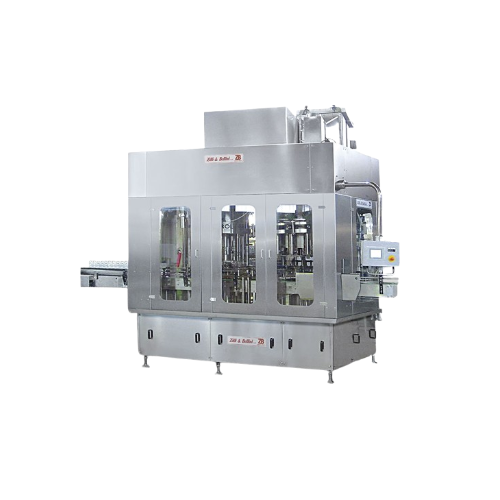
Ultraclean filling monoblocks for food industry
Enhance product safety and quality with monoblocks designed for ultraclean...
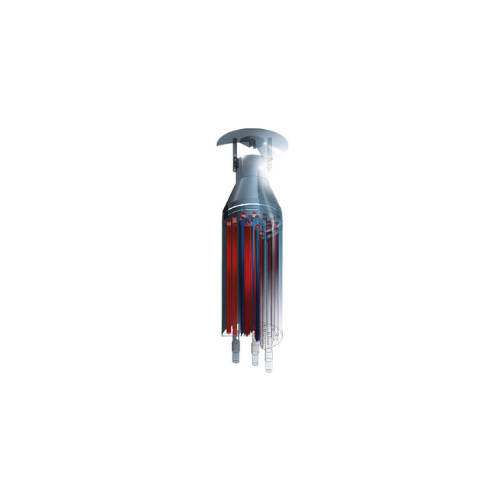
Internal wort boiler for precision boiling in brewing
Achieve consistent wort quality with precision boiling, designed to...
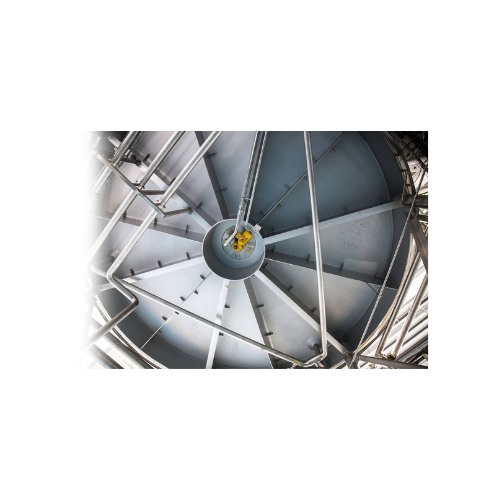
Grist milling unit for breweries and distilleries
Optimize your milling process with a versatile unit capable of handling...
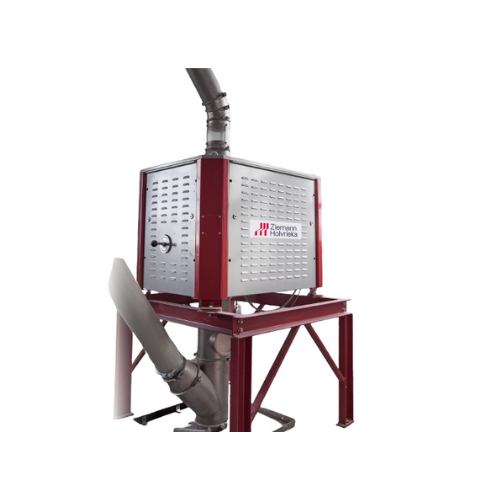
Optimal whirlpool vessel for wort treatment
Enhance your wort quality with a vessel that optimizes trub cone formation, re...
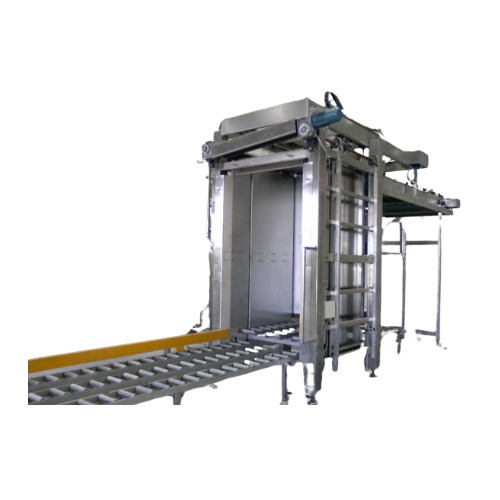
Complete filling and closing line for food containers
Optimize your production line with a versatile solution that ensure...
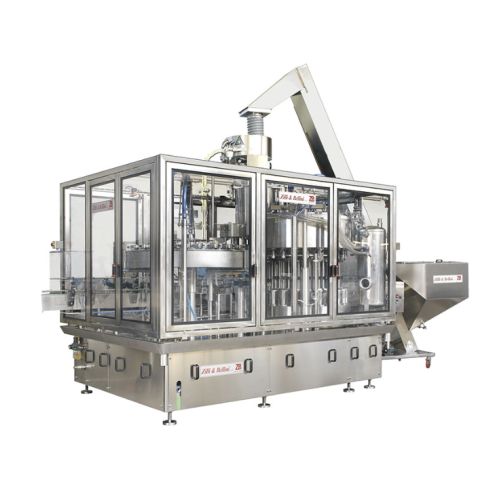
Rotary gravity fillers for diverse liquid products
Achieve precise filling and optimal packaging efficiency for a wide ra...
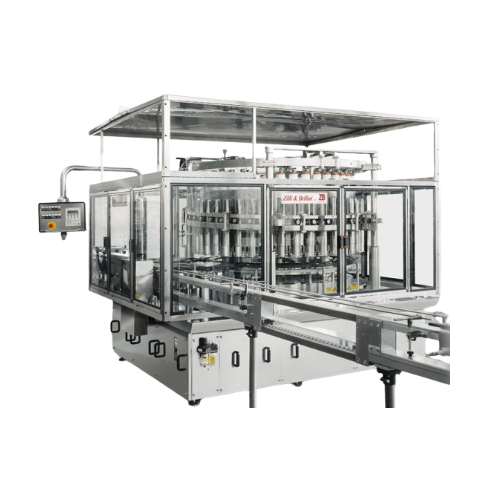
Rotary piston fillers with plunger for viscous products
Optimize your filling process with high-speed, rotary piston fill...
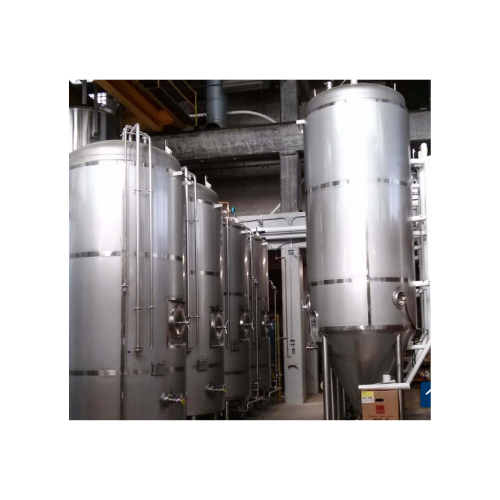
Bright beer tanks for breweries
Enhance your beverage production with precise carbonation and conditioning, ensuring excepti...
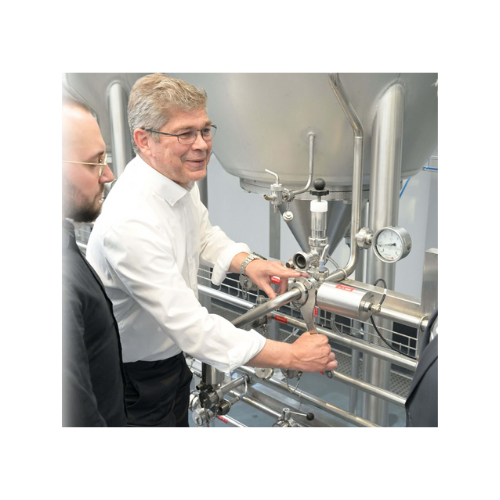
Cold block process technology for breweries
Optimize your fermentation and storage with integrated cold block process tech...
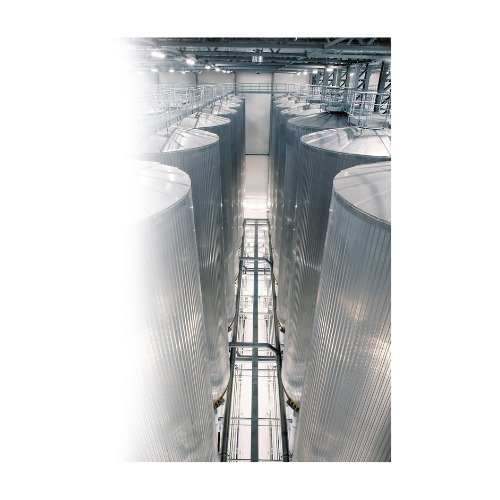
Fermentation and storage solutions for breweries
Enhance your brewing process with robust fermentation and storage tanks d...
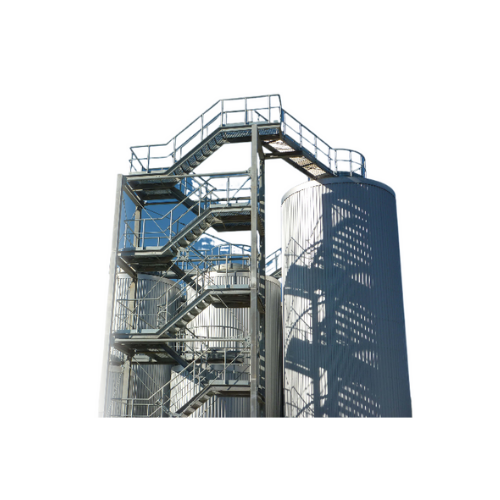
Large-volume stainless steel brewery tanks
Optimize your fermentation and storage operations with precision-crafted tanks,...
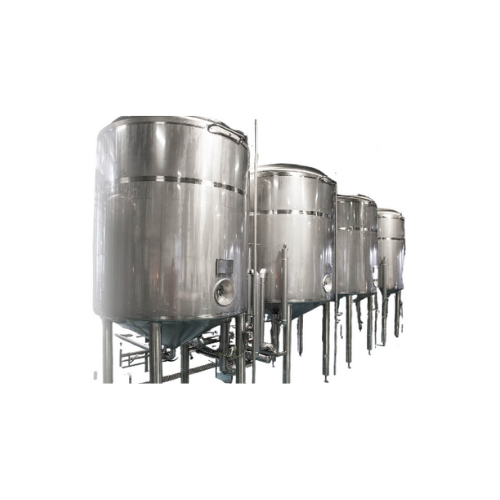
Yeast management for brewing high-quality beer
Ensure consistent beer quality and optimize your brewing process with advan...
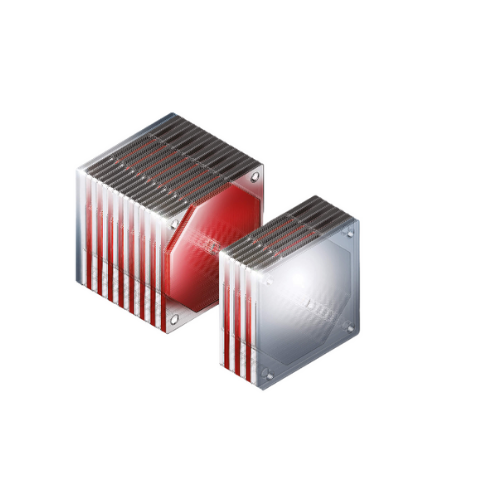
Membrane mash filter for brewing
Optimize your brewing process with advanced membrane filtration, ensuring maximum yield and...
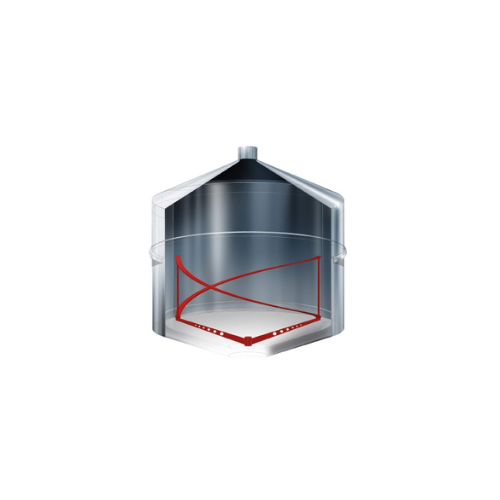
Efficient mash agitator for breweries
Enhance your mashing process with an agitator designed to optimize heat transfer and ...
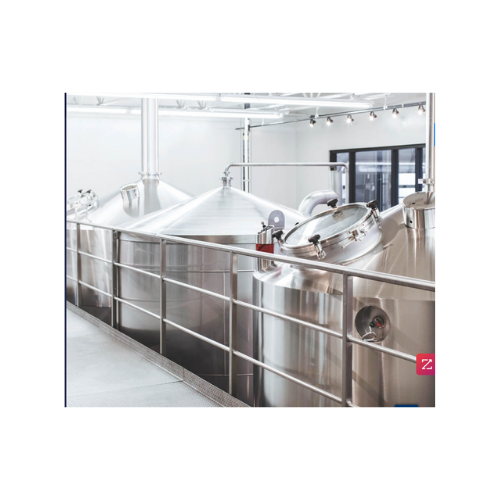
Lauter tun for enhanced lautering efficiency and yields
Achieve faster lautering and higher yields with optimized spargin...
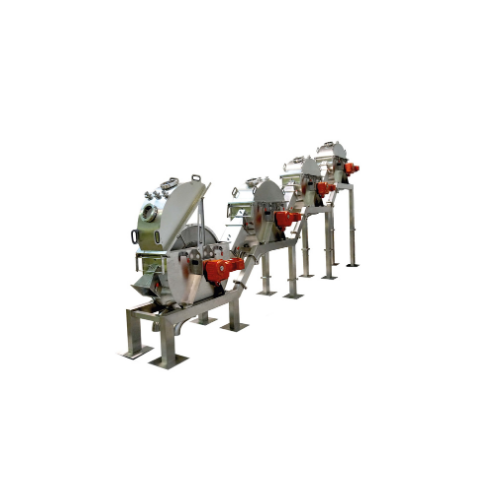
Continuous mash filtration system for breweries
Optimize your production line with continuous mash filtration that revolut...
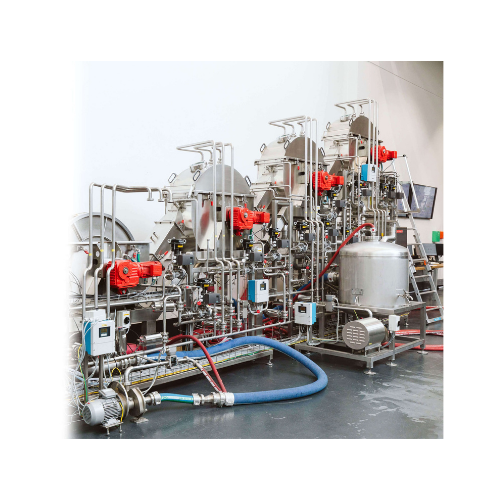
Innovative brewing process for optimized wort quality
Revolutionize your brewing operations by optimizing subprocesses fo...
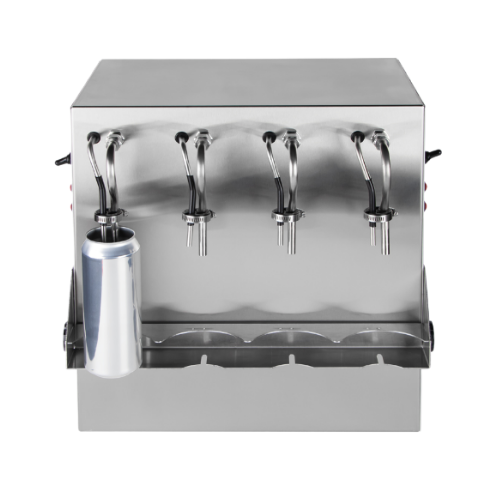
Carbonated beverage can filler - 4 spout open fill
Optimize canning carbonated beverages while minimizing CO2 loss with t...
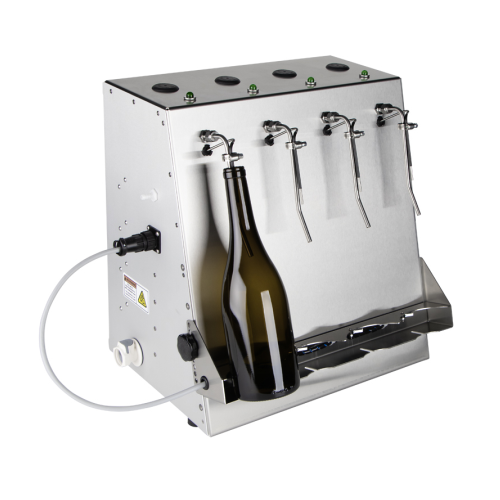
Hot fill bottling unit for juices and isotonic beverages
Ideal for producers handling delicate or specialty liquids, this...
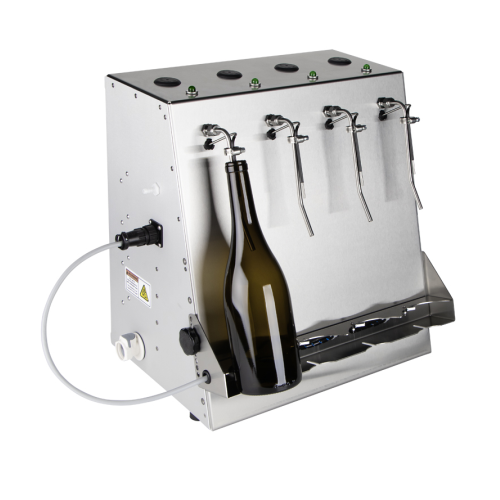
Level bottle filler for wine and spirits
Achieve consistent fill levels with precision sensor technology, ideal for ensurin...
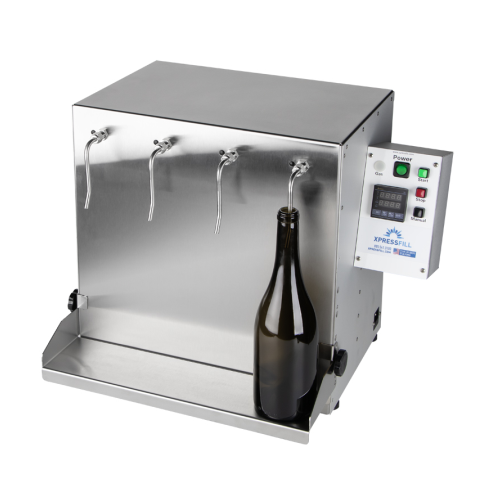
Volumetric bottle filler for distilled spirits
Ensure precise volume control and compliance with regulatory standards in y...
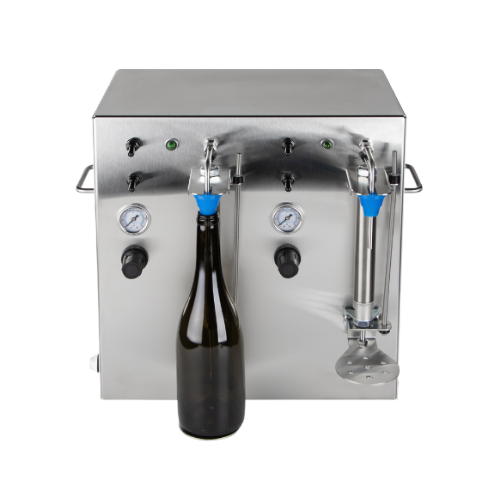
Counter pressure filler for carbonated beverages
Ensure optimal carbonation and minimal oxygen exposure during bottling, e...
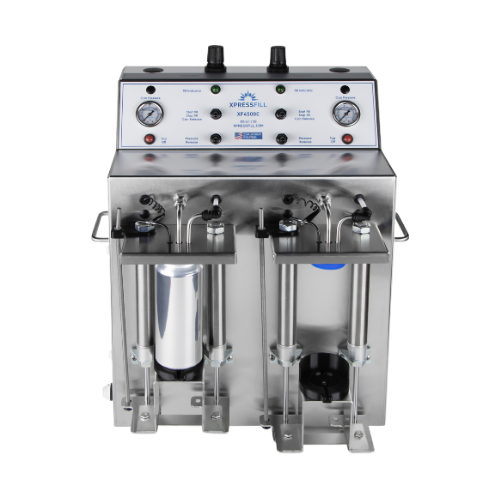
Counter pressure can filler for carbonated beverages
Achieve precise carbonation levels and minimal oxygen exposure in ca...
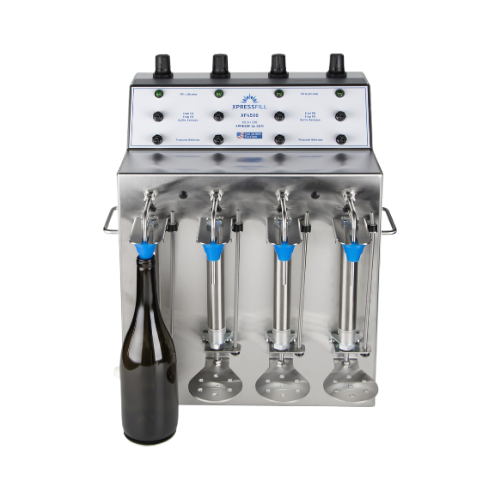
Counter pressure bottle filler for carbonated beverages
Maintain carbonation levels while filling bottles efficiently, en...
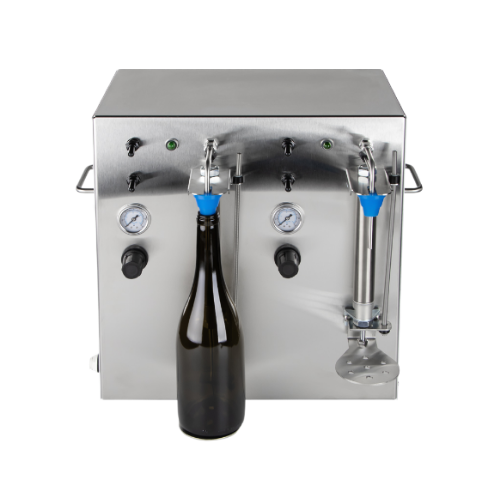
Counter pressure bottle filling system for carbonated beverages
Enhance your bottling efficiency with a versatile counte...
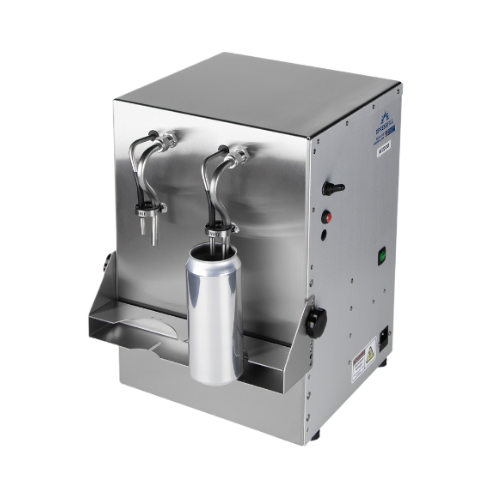
Carbonated beverage can filler for beer and kombucha
Looking to enhance your beverage production efficiency? This can fil...
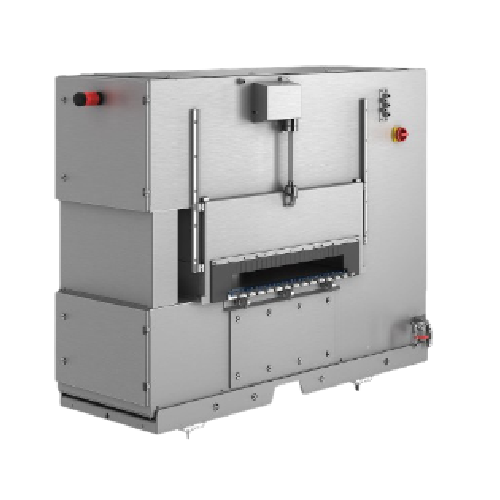
X-ray scanner for sealed container inspection
Ensure the integrity and quality of sealed containers while seamlessly integ...
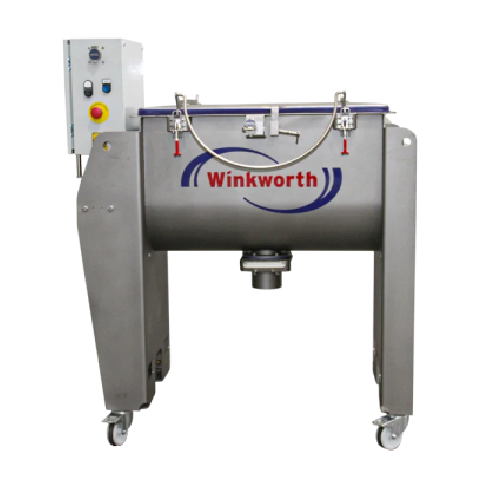
Horizontal shaft mixer for free-flowing materials
Achieve consistent mixing of diverse free-flowing materials with a reli...
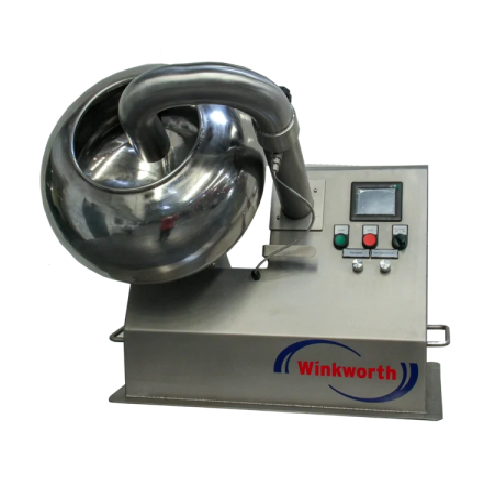
Industrial coating pan for food and pharmaceutical products
Optimize your production with precision mixing and coating, ...

Silo overfill protection valves
When abnormal pressure threatens your silo’s integrity, reliable pressure relief becom...
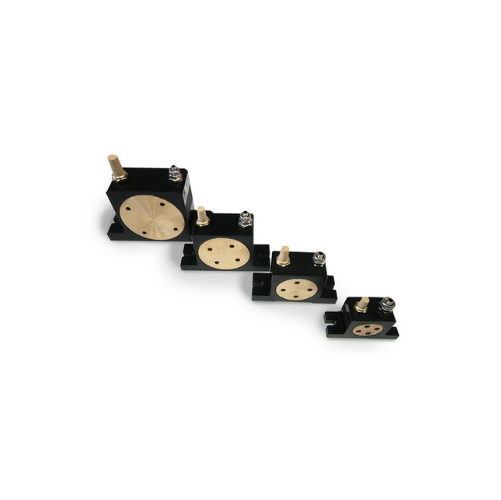
Rotary roller vibrators for material flow assistance
Enhance material flow efficiency in your production line with high-f...
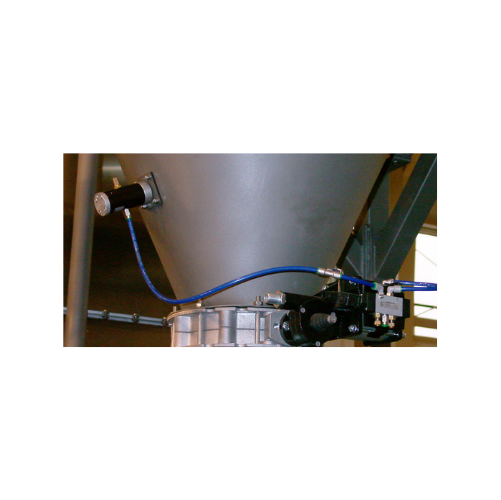
Cushioned pneumatic linear vibrators for bulk solids
Combat material bridging and rat-holing with silent vibratory techno...
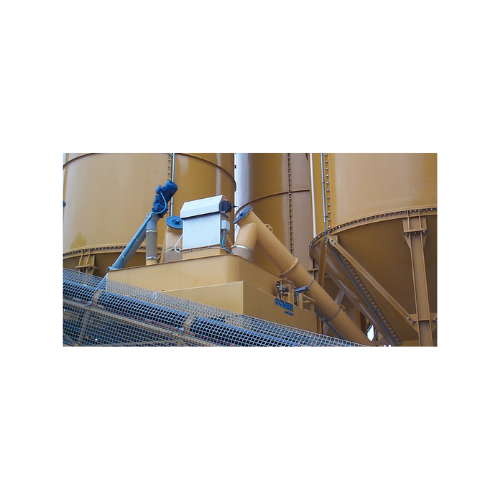
Hopper venting filter for efficient dust filtration
Achieve superior dust control and efficient material handling with a ...
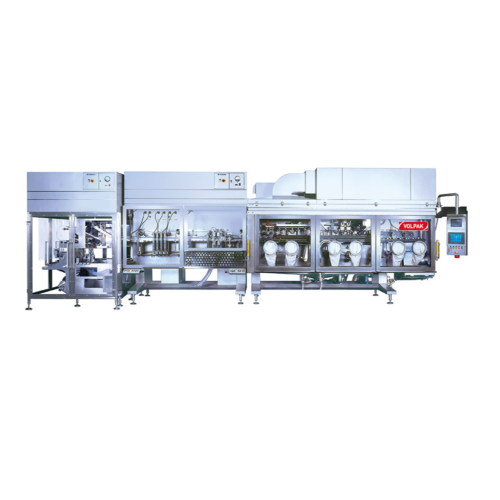
Horizontal stand-up pouching for beverages, dairy, and pet care
Optimize your liquid product packaging with rapid, high-...
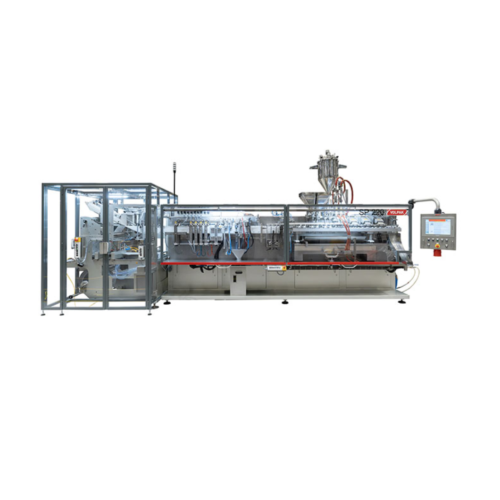
Stand-up pouch packaging for various industries
Elevate your packaging capabilities with a high-speed horizontal pouching ...
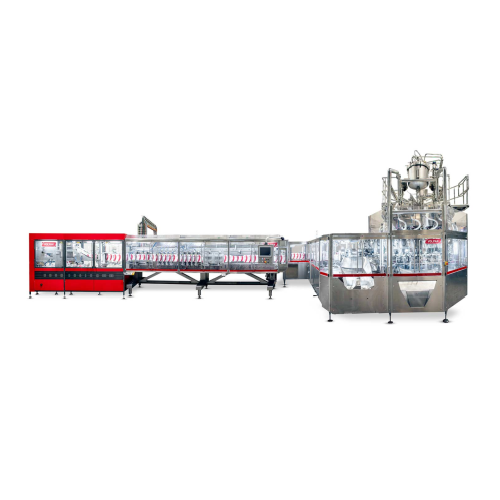
Continuous stand-up pouching solution for up to 1000ml
Maximize efficiency in high-speed production lines with precise st...

Industrial tank mixer for high-volume containers
Optimize your mixing processes with a robust solution designed for high-v...
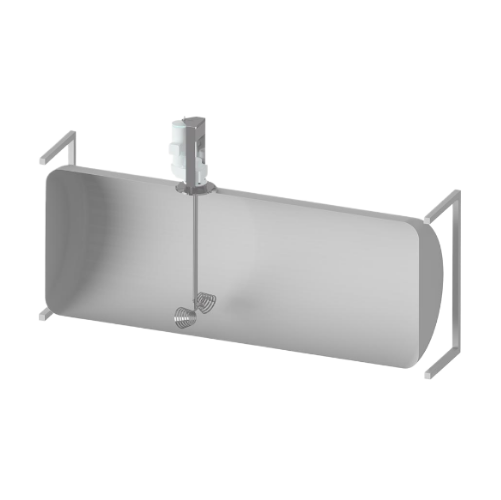
Agitator for horizontal storage tanks
Efficiently blend various viscosities in horizontal tanks, ensuring optimized flow pa...
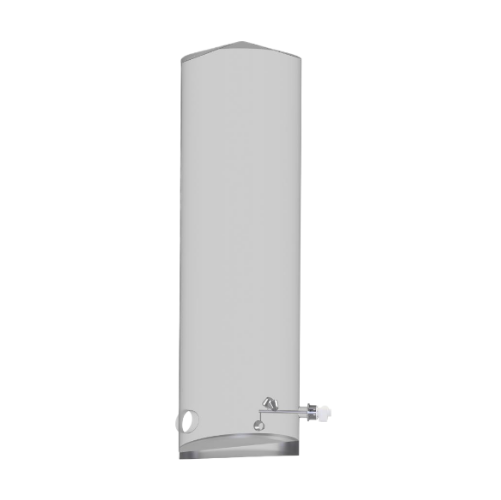
Industrial side-mounted agitator for efficient mixing
Enhance your production line with a side-entry agitator designed fo...
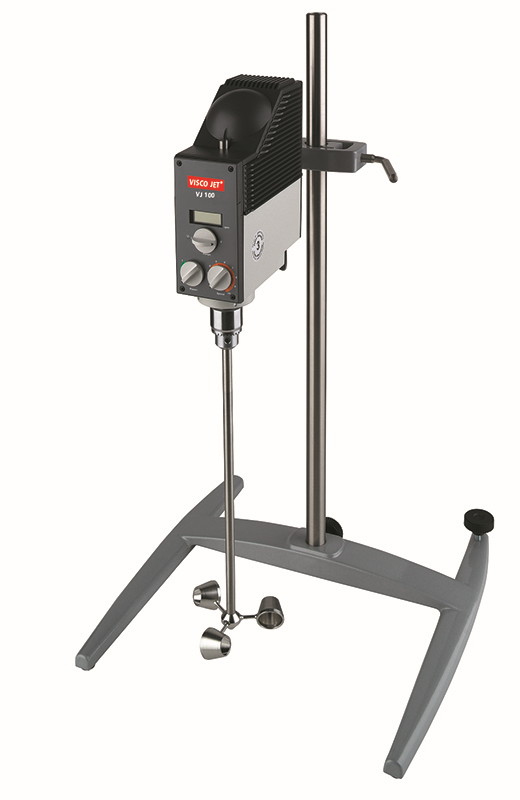
Laboratory stirrer for high-viscosity materials
Streamline your laboratory mixing processes with a powerful stirrer design...
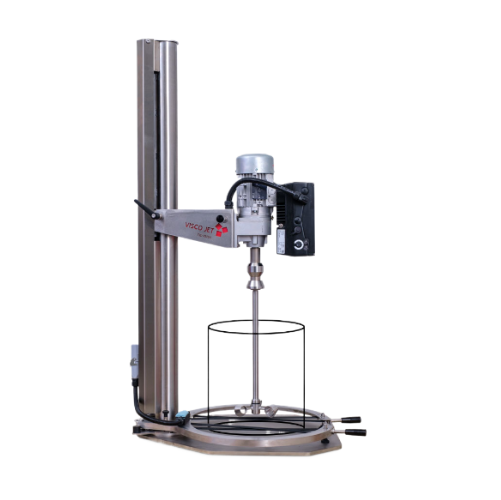
Laboratory stirrer for small batch mixing
Achieve consistent mixing and blending in small-scale environments with minimal ...
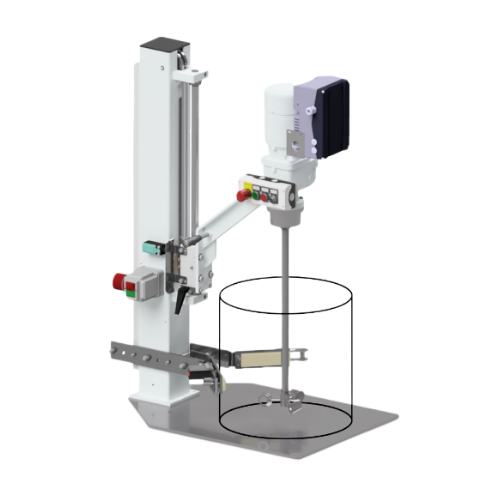
Laboratory stirrer for research and small-scale production
Optimize your research and scale up your production with a ve...
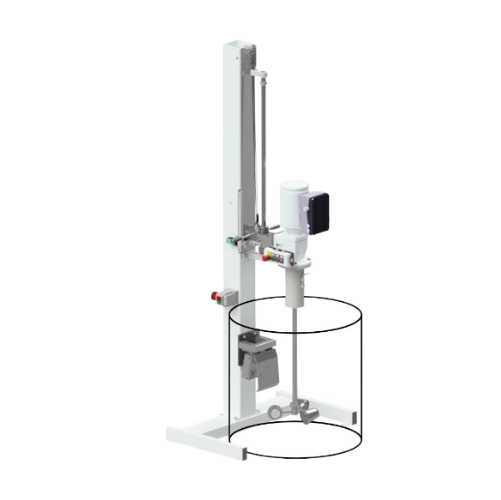
Laboratory and production agitator for medium-sized containers
Streamline your mixing and agitation processes with a ver...
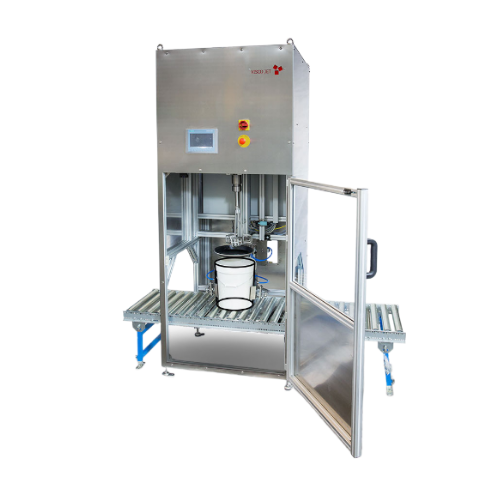
Industrial mixer for facade paint and plaster
Optimize your facade paint and plaster production with this mixer designed f...
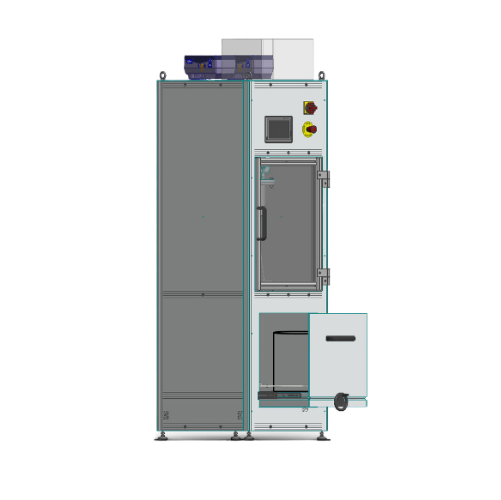
Semi-automatic stands blender for facade paints
Optimize your paint production with a versatile stirring system designed f...
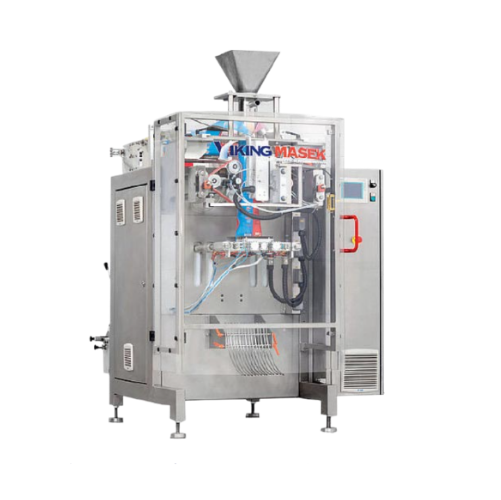
Continuous motion liquid packaging system
Achieve precise and clean liquid packaging with advanced servo-driven squeegee s...
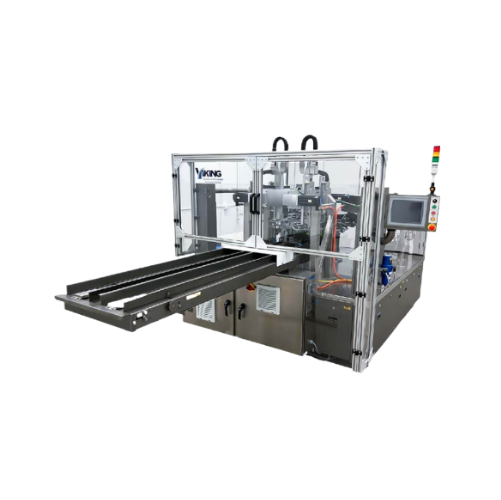
Rotary premade pouch filler and sealer
Maximize production efficiency by seamlessly filling and sealing diverse pouch sizes...
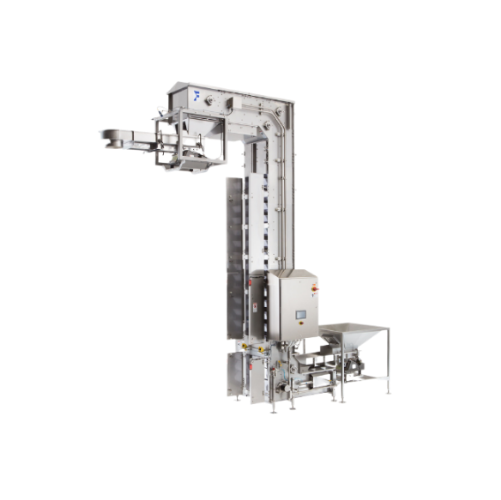
Automated infeed and outfeed systems for packaging lines
Streamline your production line by integrating reliable infeed a...
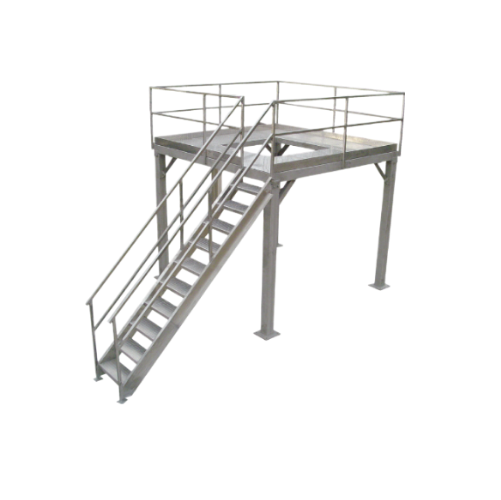
Support structures for packaging lines
Enhance safety and efficiency in your production line with robust support structures...
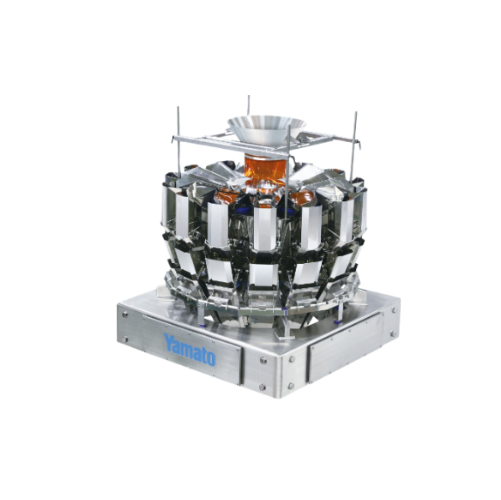
Industrial product fillers for precise packaging
Achieve consistent package weights and volumes with precision filling sol...
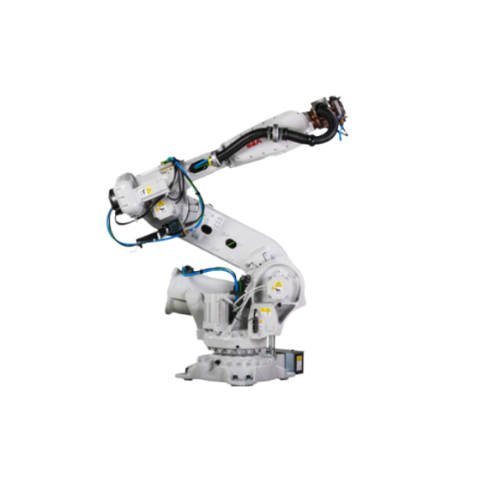
Robotic packaging integration for automated systems
Enhance your production line efficiency with seamless robotics integr...
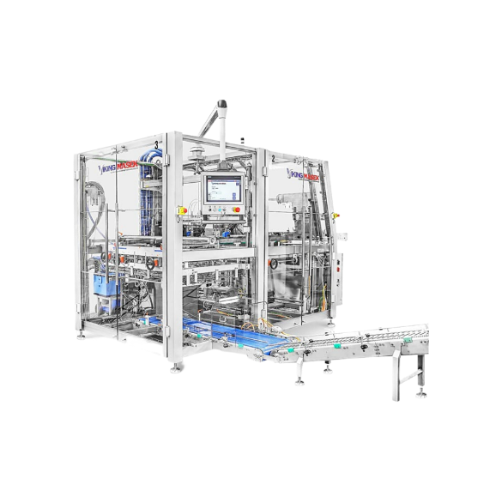
High-performance tray erector for packaging
Streamline your packaging process with a versatile tray erecting machine that ...
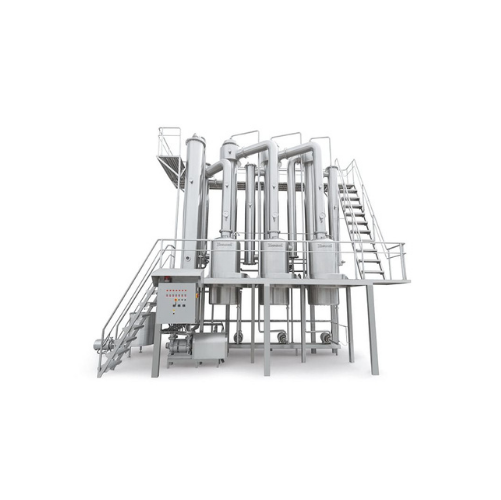
Falling film evaporator for food processing
Optimize your liquid concentration process with a vacuum-operated system desig...
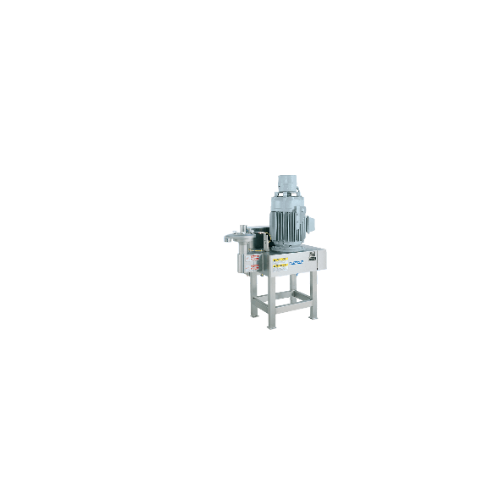
Viscous and liquid product processor
Optimize your production of viscous slurries and liquid formulations with a versatile ...
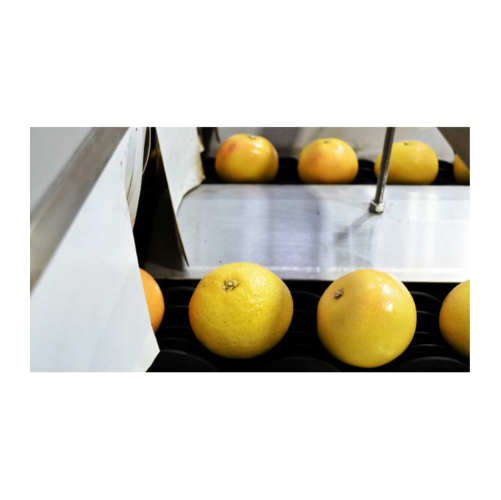
Grapefruits sorting & grading system
Achieve unparalleled precision in grapefruit processing by eliminating manual selectio...
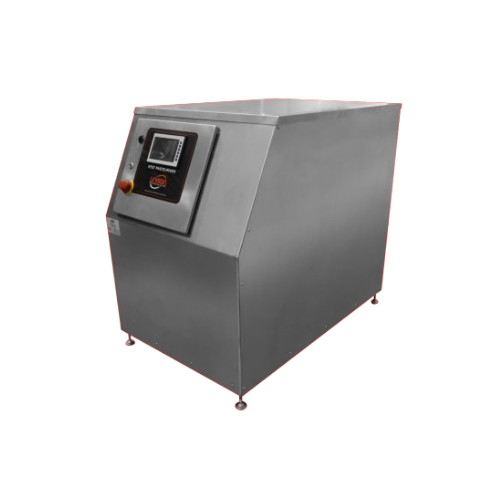
High performance industrial pasteurizers
Enhance your liquid processing with fully autonomous pasteurizers that ensure opti...
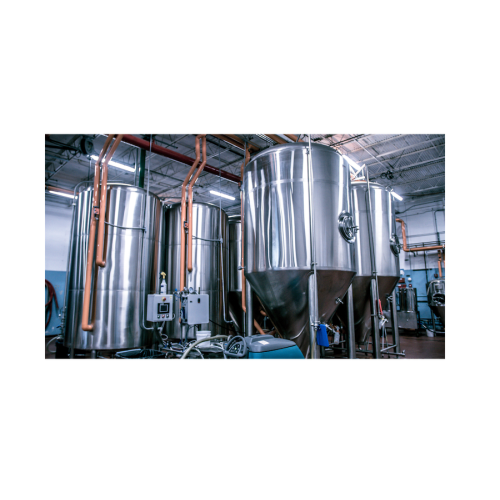
Turnkey stainless steel tanks
Optimize your liquid processing with versatile stainless steel tanks designed for efficient st...
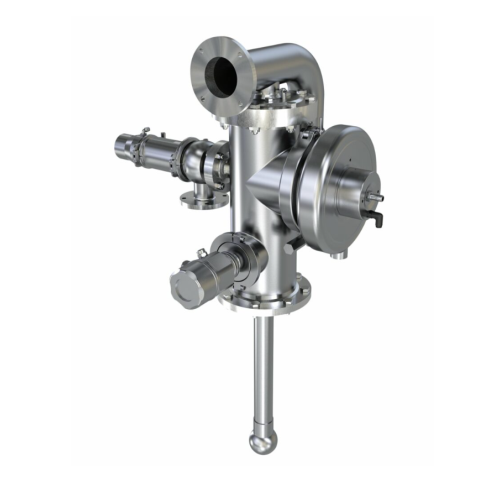
Vessel dome fittings for tank protection
Ensure seamless production by preventing tank damage due to overpressure or vacuum...
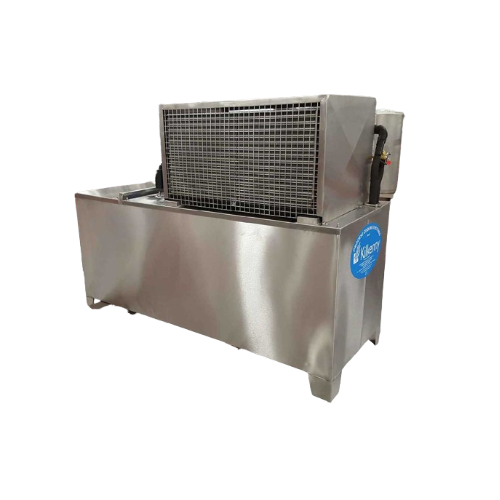
Industrial chiller systems for processing cooling
Optimize your production line with advanced chiller systems designed to...
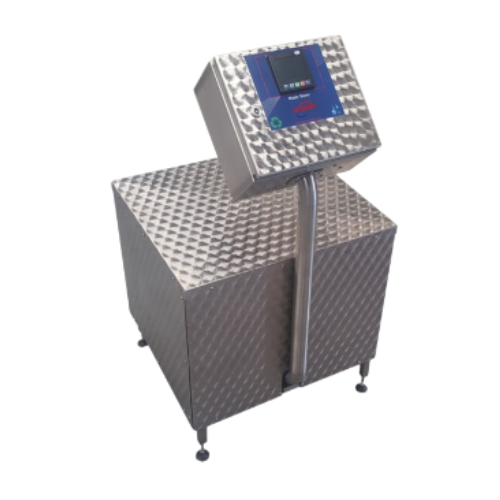
Industrial water recycling system
Reduce excess water consumption in your process line by recycling and reusing up to 96% o...
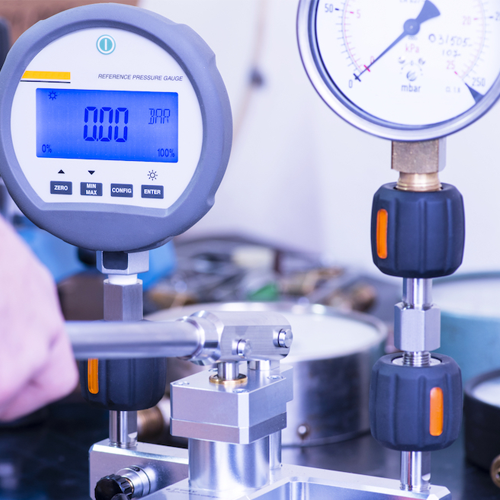
Instrumentation calibration services for accurate measurements
Ensure precise control over your production variables by ...
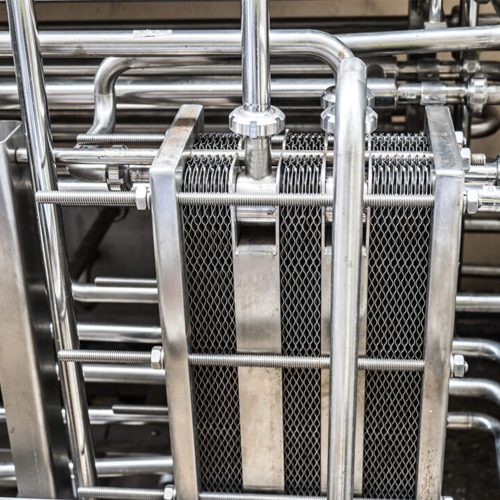
Hygienic plate heat exchanger
Optimize temperature control for liquid processing with precision-engineered heat exchangers, ...
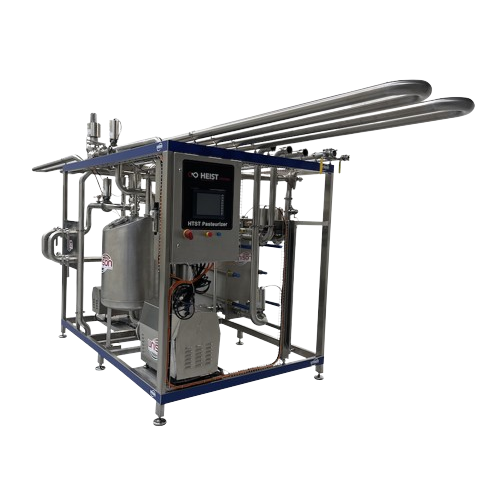
Holding time verification for pasteurizers
Ensure your pasteurized products meet safety standards by verifying they’...
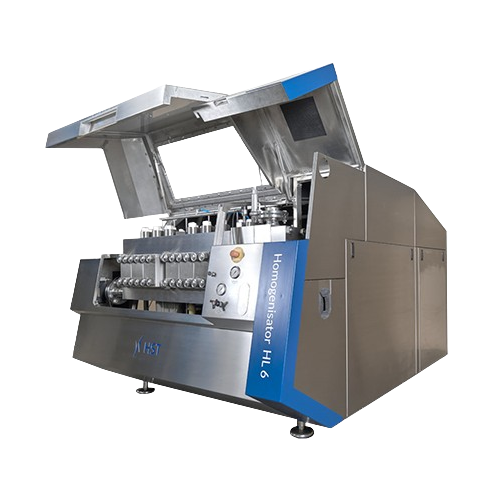
Industrial homogenizers for liquid processing
Achieve consistent product quality and energy efficiency in liquid processin...
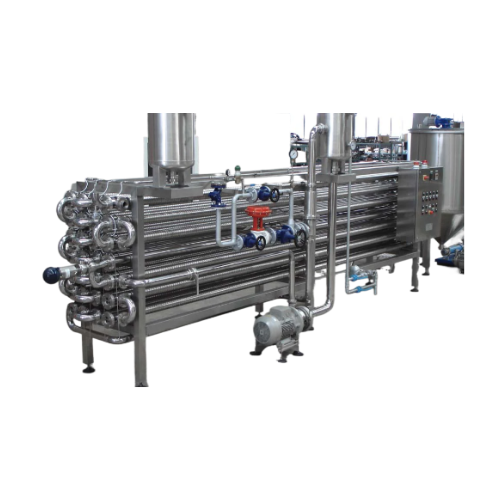
Tubular pasteurizers for fruit pulp and tomato concentrate
Enhance your fruit and tomato product preservation with effic...
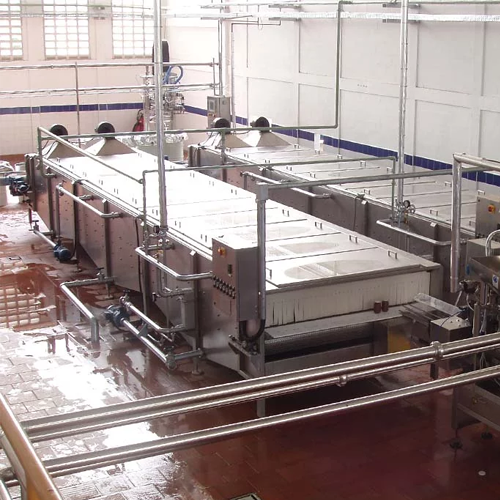
Tunnel pasteurizers for high and low viscosity fruit juices
Optimize your production with versatile tunnel pasteurizers,...
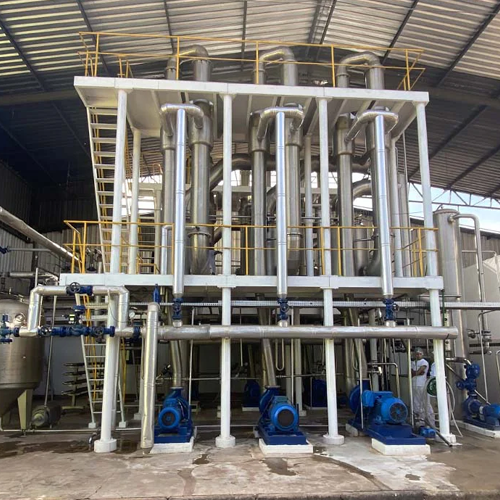
Forced circulation fruit juice concentrator
Optimize your fruit juice production with advanced forced circulation technolo...
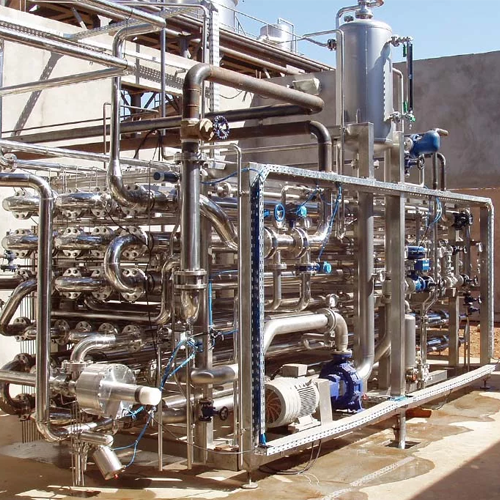
High pressure aseptic sterilizer for tomato paste
Ensure your tomato paste achieves optimal safety and quality with a hig...
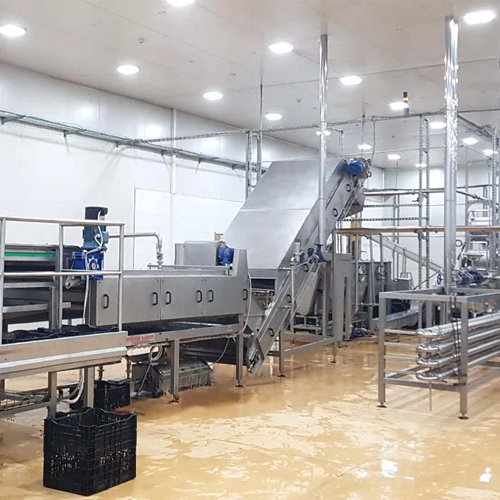
Multi-fruit extraction line for mango, guava, and passion fruit juice
Optimize your fruit processing with high-yield ex...
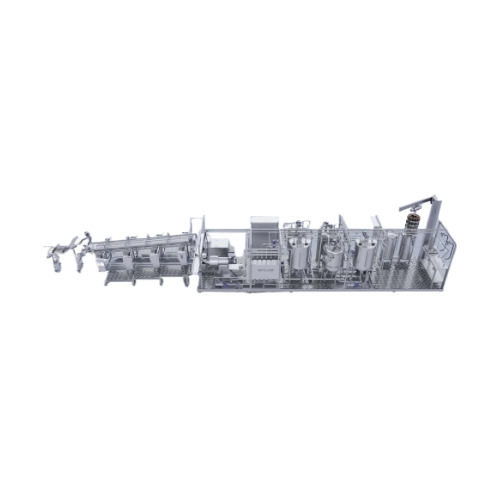
Small-scale fruit processing line for juices and sauces
Streamline your small-scale production with a versatile line that...
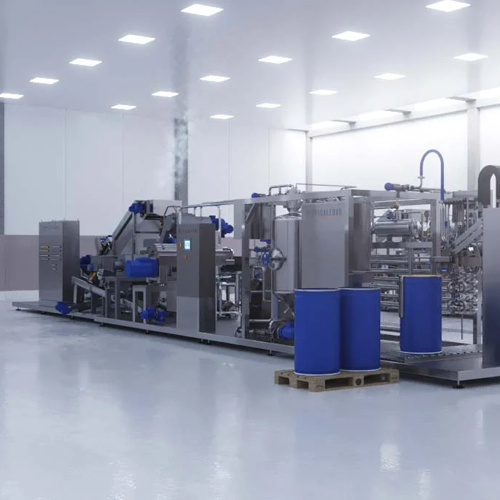
Multifruit processing line for wholemeal pulps and juices
Optimize your fruit processing capabilities with a skid-based ...
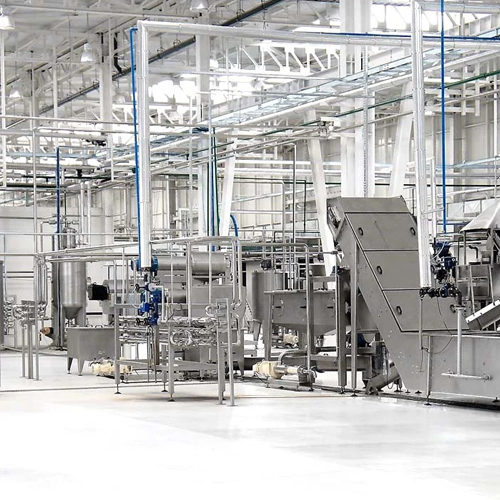
Multifruit processing line for tropical and temperate fruits
Optimize your fruit processing operations with a versatile ...
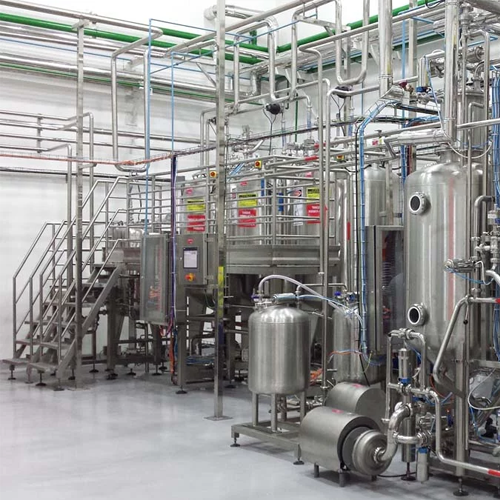
Nectar formulation line for fruit juices
Optimize your fruit-based product lines with a seamless process that integrates hi...
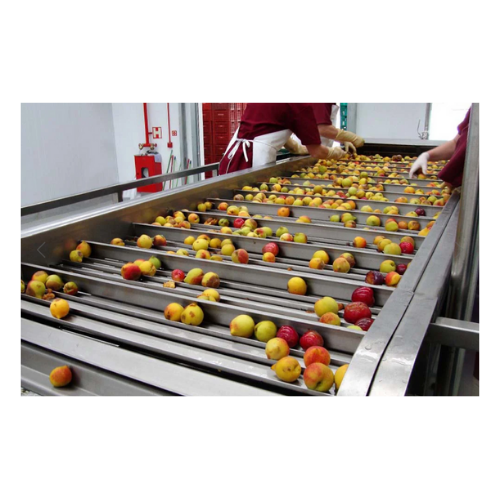
Peach, plum, and apricot juice processing line
Optimize your fruit processing capabilities with a multifunctional solution...
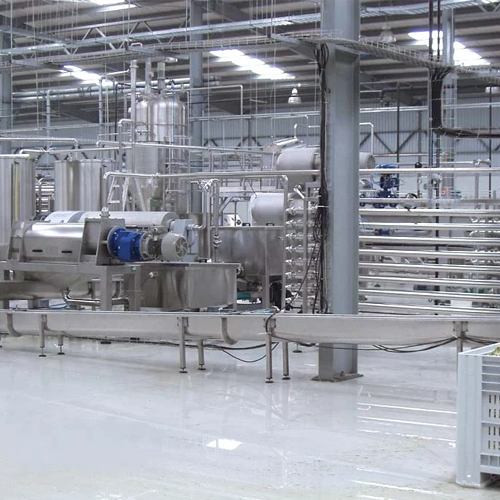
Pineapple juice extraction line
Streamline your pineapple processing with a complete solution designed to efficiently transf...
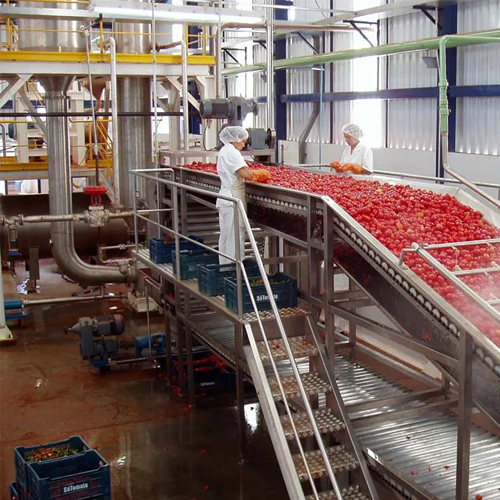
Tomato paste production line
Maximize tomato yield and flavor retention with this robust processing line designed to ensure ...
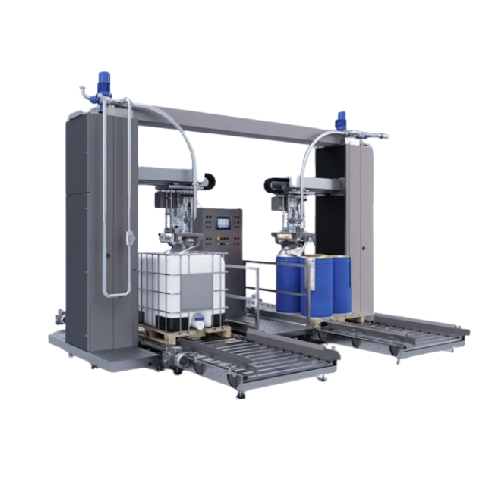
Aseptic filler for fruit juice and dairy products
Ensure sterile, high-speed filling of liquids and creams with precision...
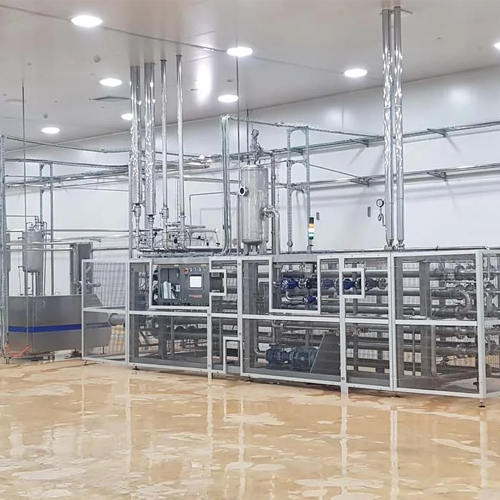
Aseptic sterilizers for fruit concentrates and pulp
Optimize your fruit processing by maintaining product quality and she...
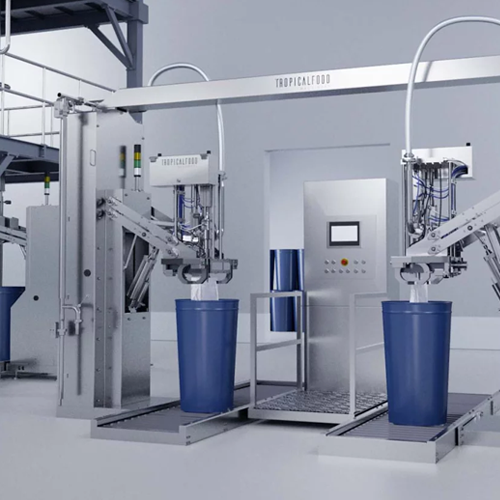
Aseptic filler for fruit juices and purees
Ensure product integrity and shelf stability with a versatile filler designed t...
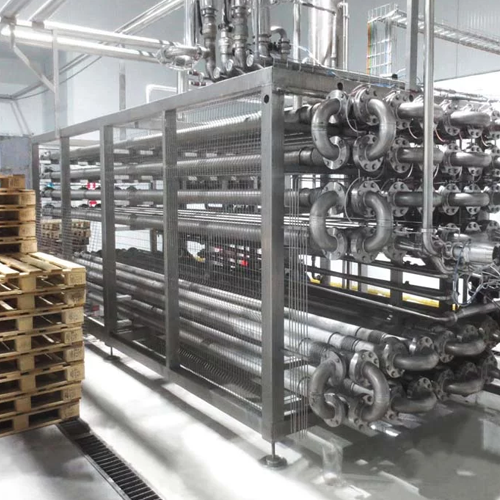
Banana purée production line
Maintain banana pulp quality by processing in a nitrogen atmosphere, ensuring fresh, oxidation-...
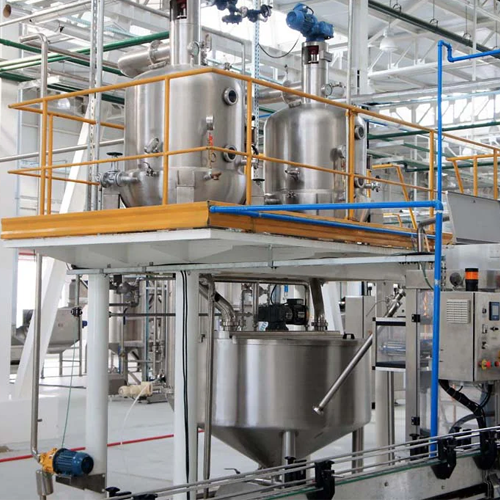
Batch evaporators for fruit juice and tomato concentration
Achieve high-quality fruit and tomato concentrates while pres...
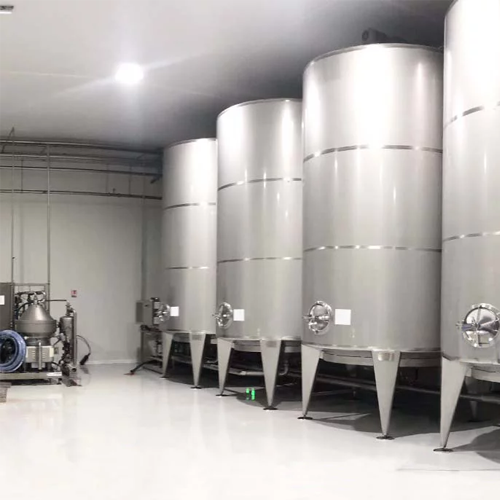
Aseptic storage tanks for food liquids
Ensure the sterility and quality of your liquid food products by utilizing advanced ...
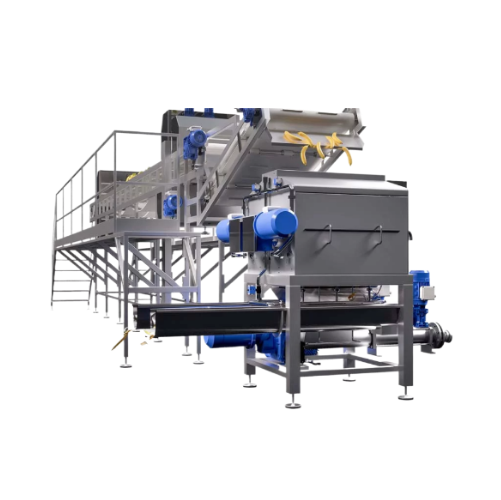
Automatic banana peeling solution
Struggling with banana oxidation during puree production? This solution ensures swift, hi...
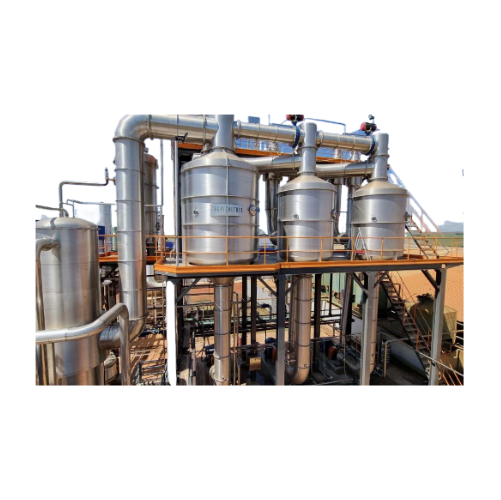
Continuous effect evaporators for tomato concentrate
Achieve high degrees of concentration for tomato paste and fruit jui...
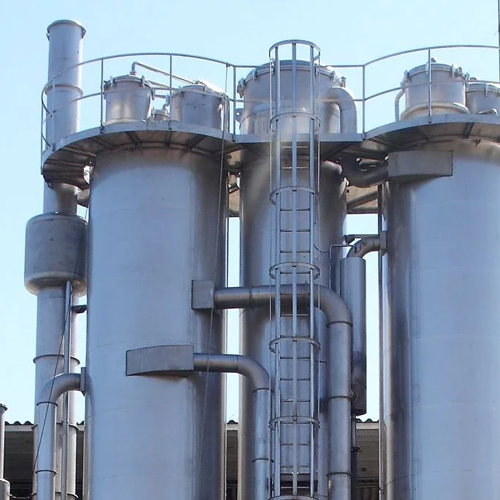
Falling film concentrators for low viscosity fruit juices
Achieve high concentration levels in fruit and dairy products ...
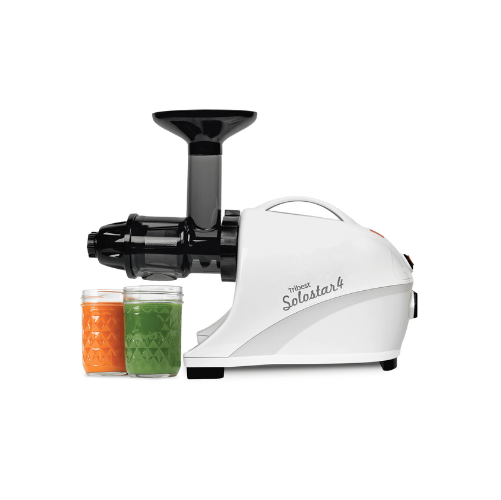
Horizontal slow masticating juicer for maximum juice yield
Optimize your juice extraction process with a slow masticatin...
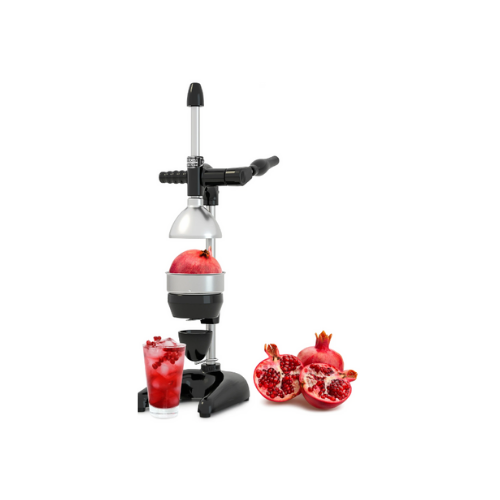
Manual juice press for pomegranate and citrus
Effortlessly extract maximum juice from pomegranates and a variety of citrus...
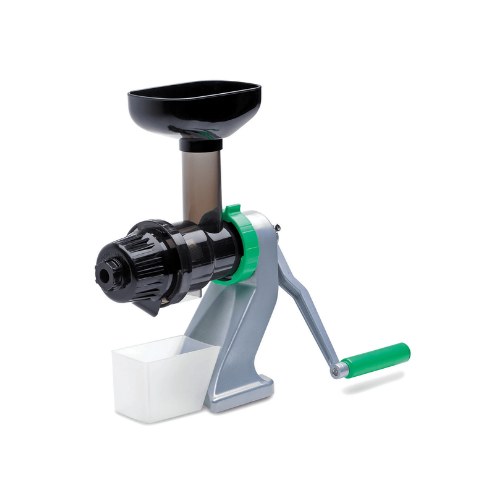
Manual juicer for wheatgrass
Achieve nutrient-rich wheatgrass and produce juice without electricity, enhancing the freshness...
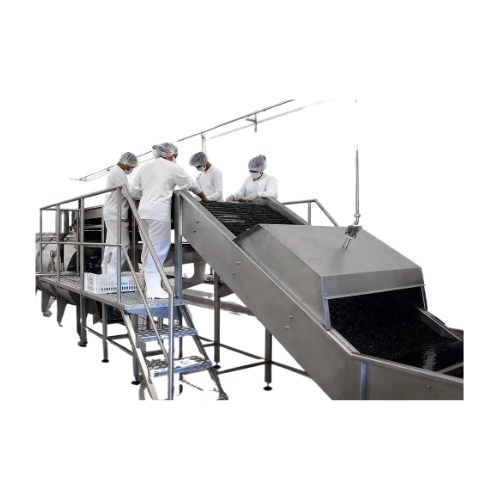
Acai berry processing line
Enhance your acai berry production efficiency with an automated line that transforms traditional ...
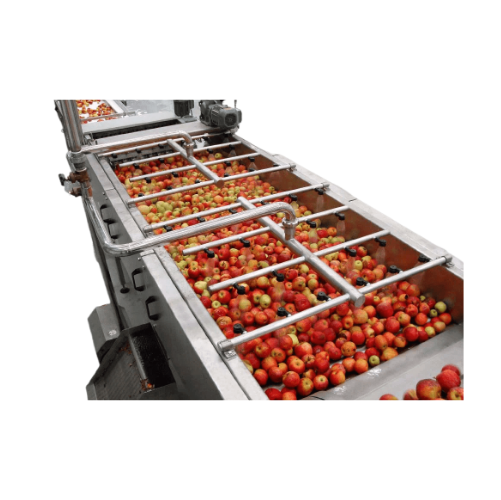
Apple, pear, and kiwi juice extraction line
Achieve high-yield juice production from apples, pears, and kiwis while retain...
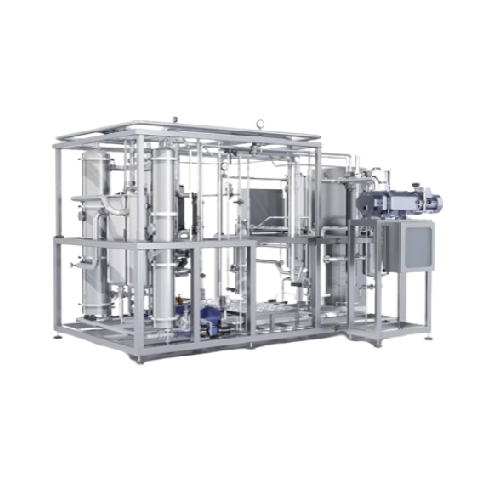
Aroma recovery system for natural juice extraction
Maximize aroma recovery in your juice production with a fully automate...
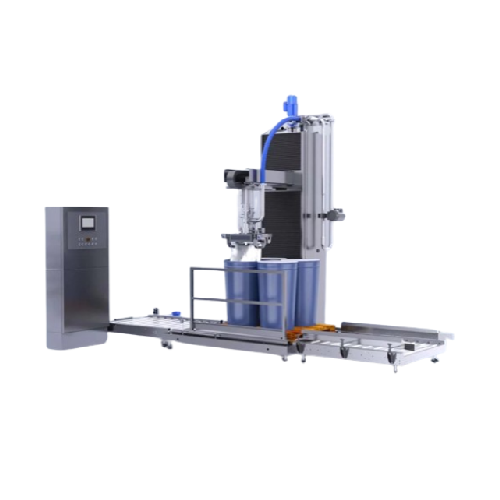
Aseptic filler for various liquid and semi-liquid food products
For manufacturers focused on quality, this aseptic filli...
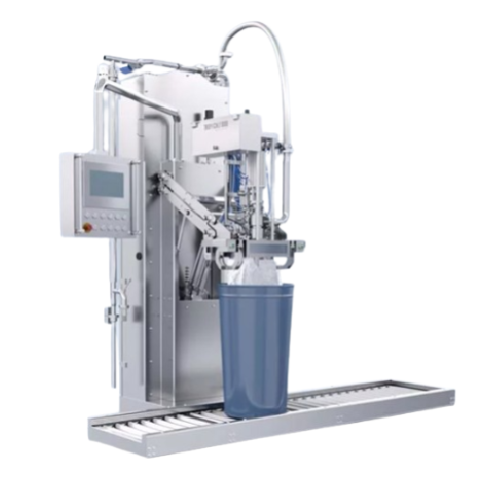
Aseptic filler for fruit juice and puree
Ensure optimal product safety and quality with this aseptic filler, designed to ha...
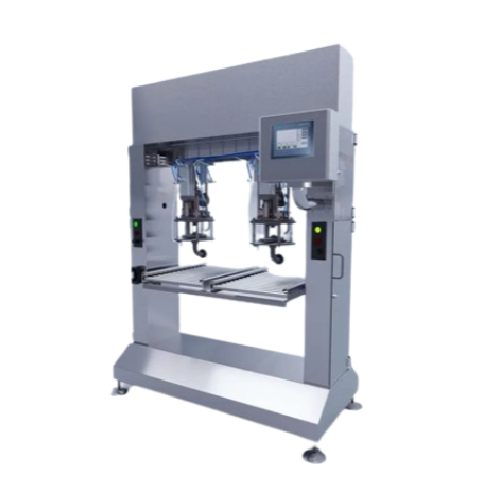
Aseptic filling solution for fruit juice and dairy products
Ensure product integrity and safety with this aseptic fillin...
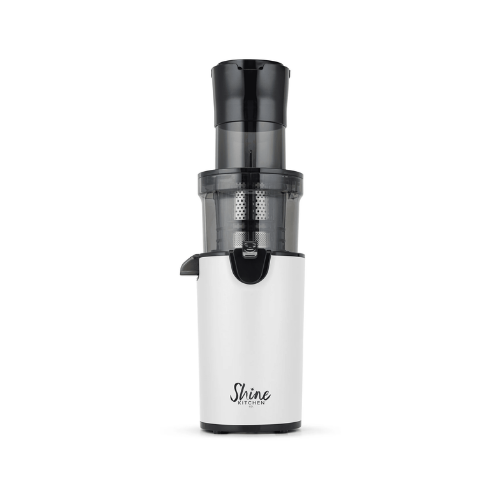
Cold press juicer with Xl feed chute
Streamline your juicing process with a juicer engineered for efficiency, thanks to its...
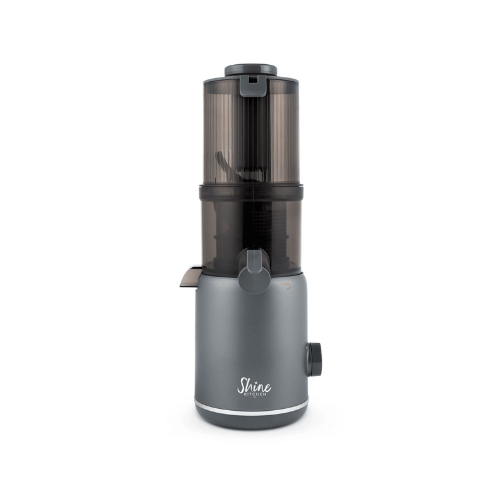
Compact cold press juicer for home use
Streamline your juicing process with a compact, continuous batch system designed for...
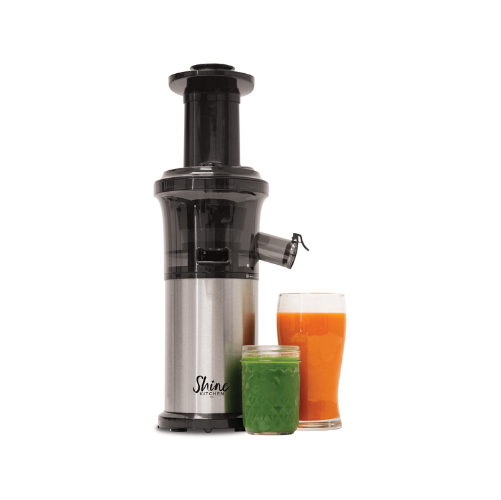
Cold press vertical slow juicer for fresh juices
Experience efficient juicing with a compact, slow-juicer system designed ...
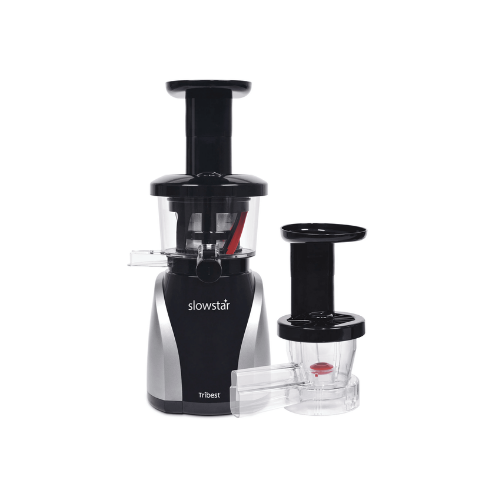
Vertical slow juicer for producing cold pressed juice
Achieve optimal juice quality and versatility with low-speed crushi...
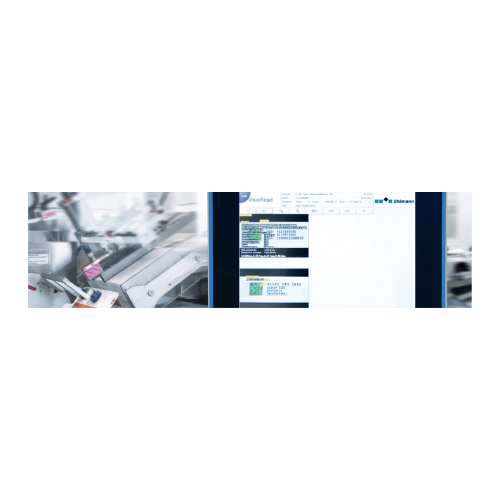
Cold press juicer for tough vegetables
Effortlessly handle tough produce with this twin gear, cold press juicer, designed f...
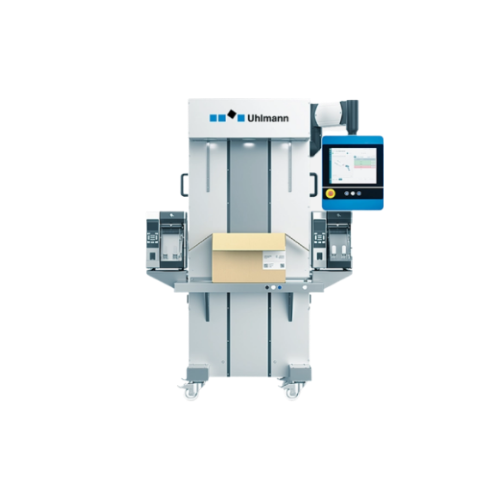
Jumbo twin gear slow masticating juicer for high-yield juice extraction
Achieve optimal nutrient retention and extended...
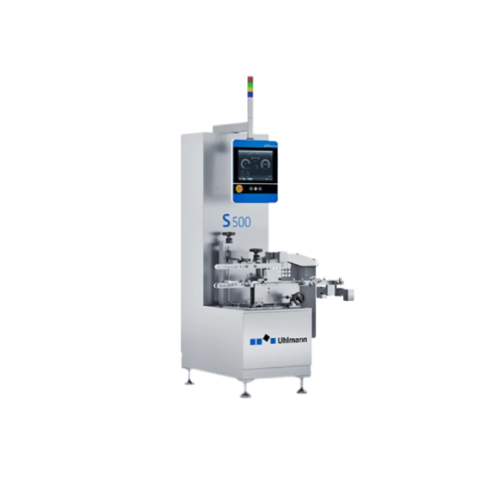
Slow masticating juicer for twin gear pressing
Effortlessly create nutrient-rich juices and culinary delights with precisi...
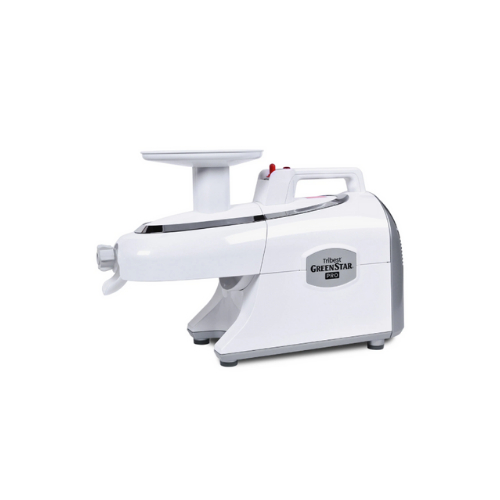
Commercial slow juicer for nutrient-rich juice
Achieve higher juice yields and nutrient retention by utilizing advanced tw...
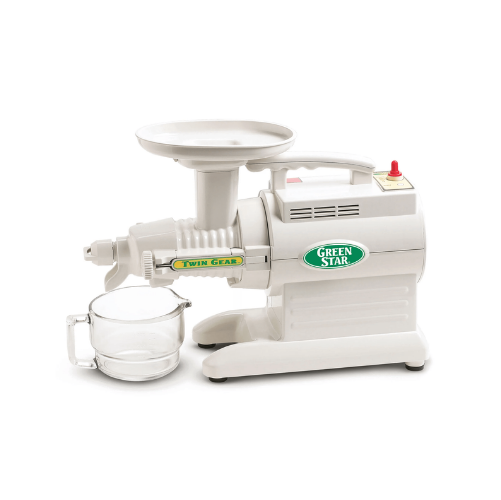
Twin gear slow masticating juicer for vegetables and fruits
Achieve higher mineral content in your juices with this slow...
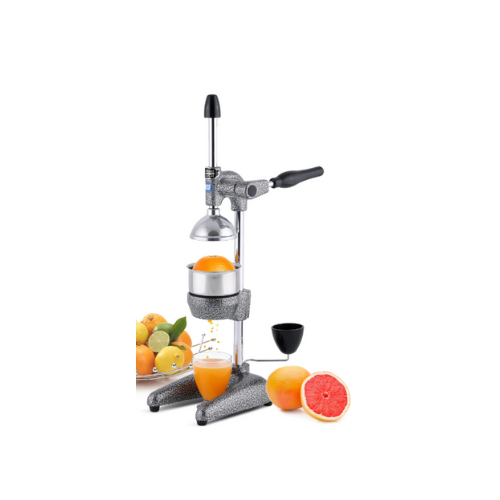
Manual citrus juice press
Effortlessly extract pure citrus and tomato juices with unmatched pressure, optimizing your yield ...
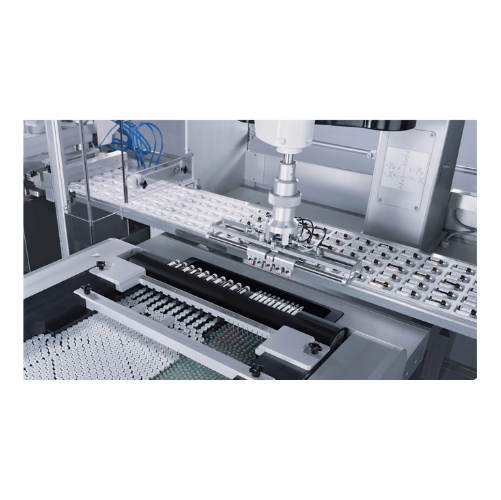
Citrus juicer for oranges, lemons, and limes
Effortlessly extract fresh citrus juices with a high-clearance design that pr...
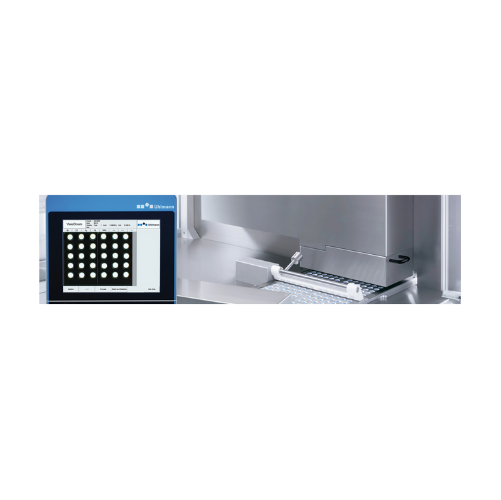
Glass personal blender for nutrient preservation
Experience enhanced flavors and nutrient retention with advanced vacuum b...
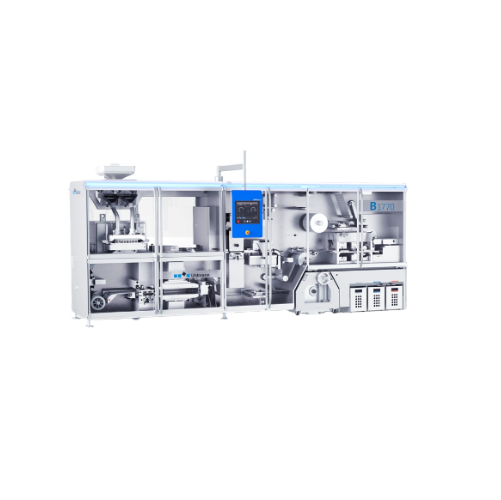
High-speed blender for commercial use
Designed for high-performance blending tasks, this solution integrates vacuum technol...
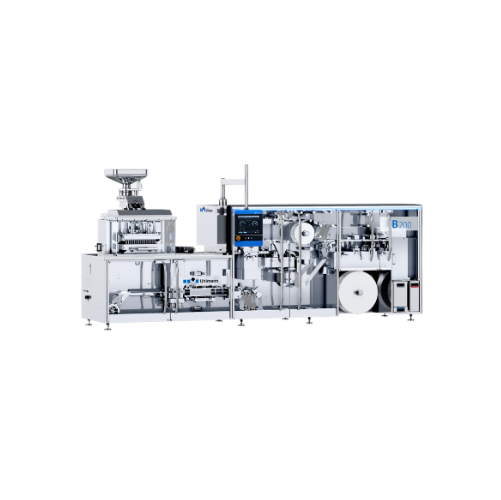
Single-serving blender for home use
Create smooth, nutrient-rich beverages and culinary delights effortlessly, whether you&...
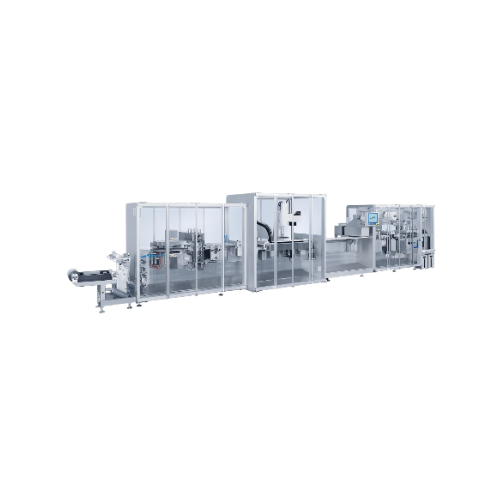
Automatic orange juicer for high-demand environments
Meet the needs of high-volume citrus juice production with this effi...
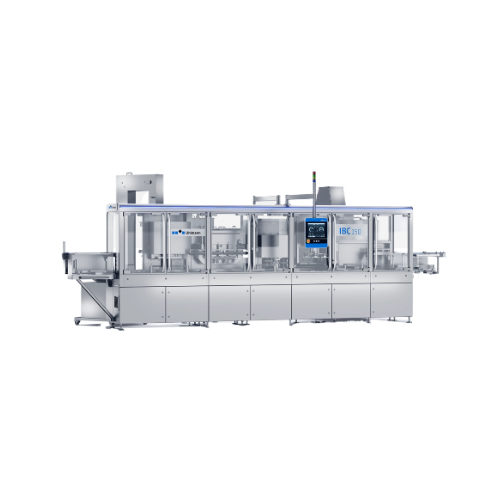
Automatic orange juicer for high-traffic areas
This high-speed citrus juicer offers continuous operation in demanding envi...
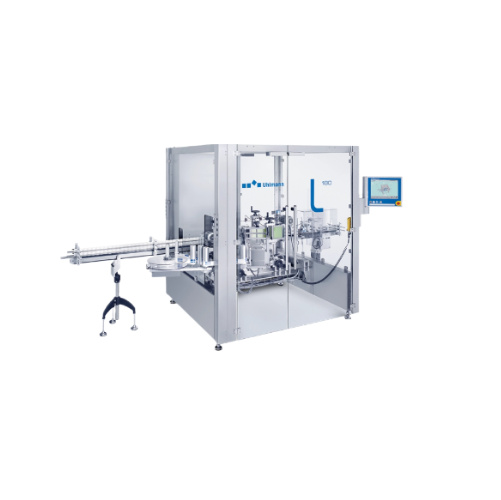
Automatic citrus juicer with storage tank
Optimize citrus juice production with a high-speed solution that seamlessly feed...
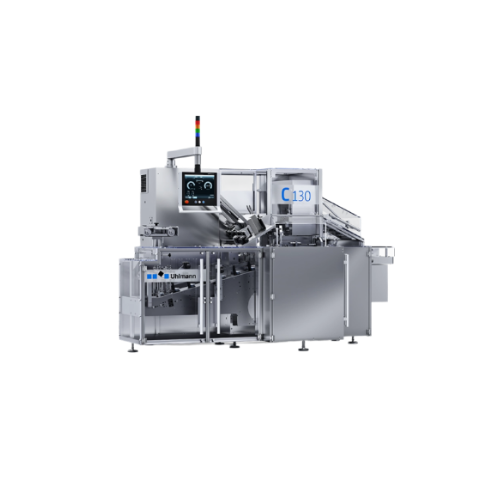
Automatic pomegranate press
Optimize your juice production with high-speed processing, delivering fresh, pulpless juice with...
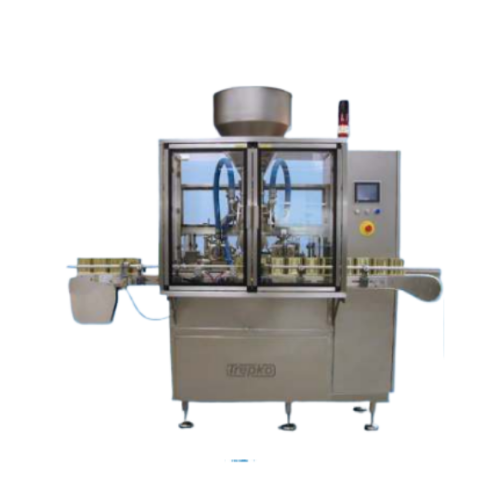
Pre-formed container filling system for multi-layer products
Efficiently handle a diverse range of products with this fl...
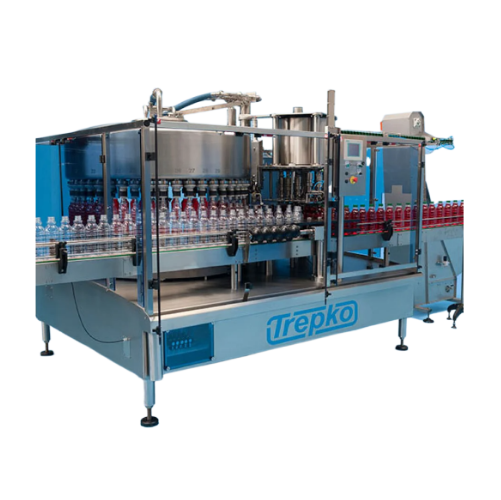
Bottle filling system for diverse specifications
Optimize your bottle-filling operations with a modular system that seamle...
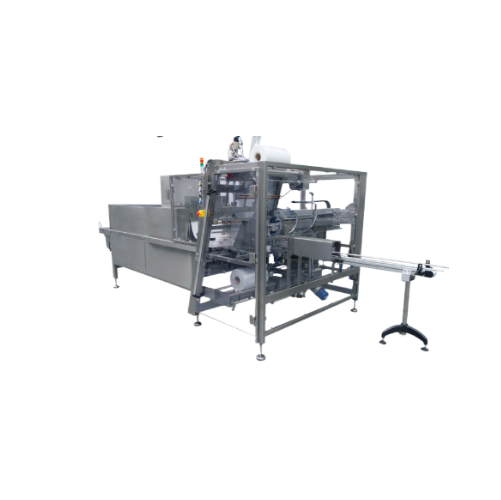
Industrial shrink wrapping solution
Optimize your packaging line with a robust shrink wrapping solution, efficiently accomm...
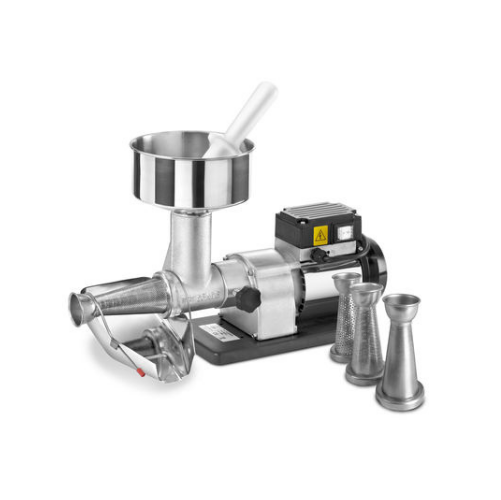
Tomato squeezer for efficient fruit and vegetable pressing
Streamline your fruit and vegetable processing with a versati...
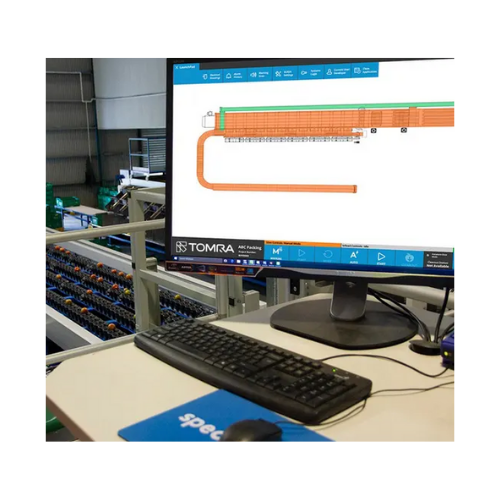
Line control and product tracking systems for post-harvesting
Optimize your production line with precision control and r...
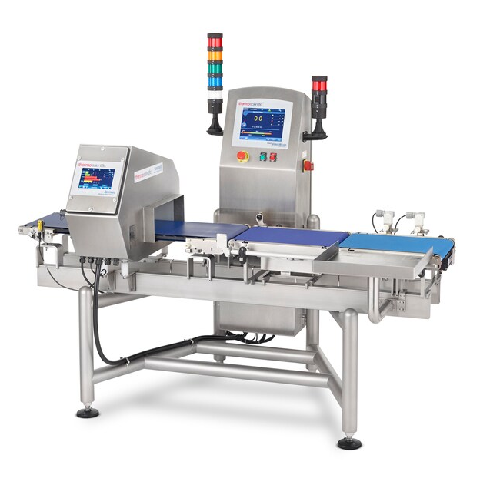
High sensitivity metal detectors for food products
Ensure food safety and product quality by effectively detecting and re...
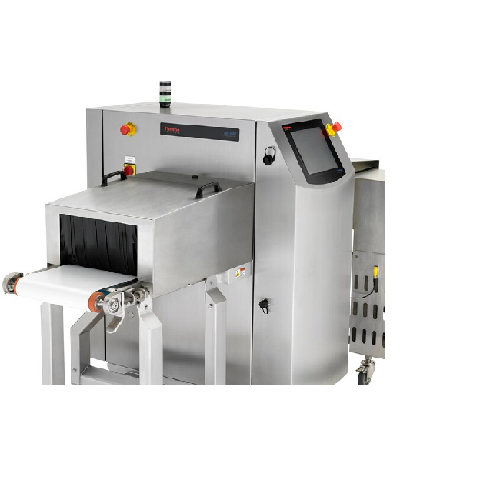
X-ray detection for food inspection
Ensure product integrity in high-speed packaging lines by detecting metallic and non-me...
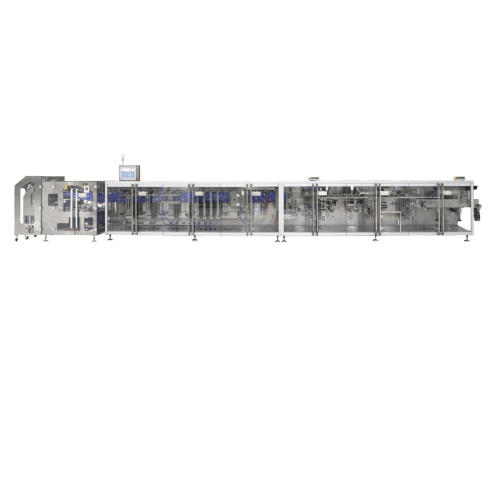
Horizontal form-fill-seal systems for pouch packaging
For production lines that demand efficient pouch creation, these hi...
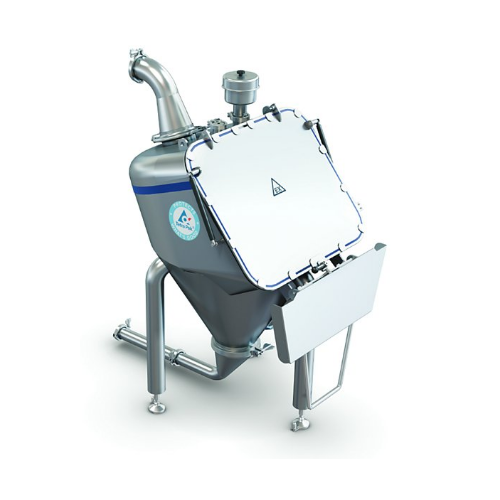
Bag tipping unit for Cip processes in powder handling
Ensure seamless powder handling and high hygiene standards in your ...
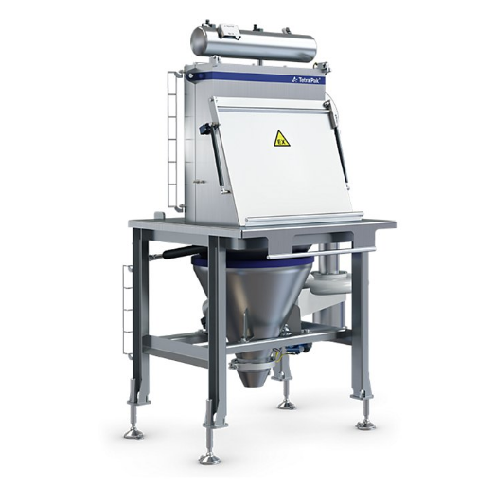
Manual bag tipping unit for powder handling
Ensure a contamination-free environment with a compact manual bag tipping unit...
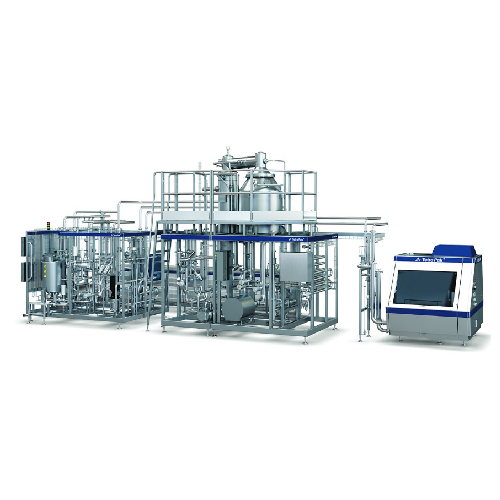
Direct Uht treatment for liquid foods
Optimize aseptic production with advanced UHT technology to preserve nutritional valu...
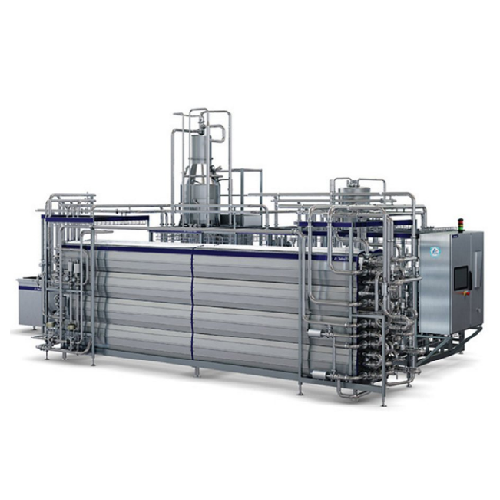
Indirect Uht treatment for dairy products
Ensure your beverages achieve extended shelf life with consistent quality using ...
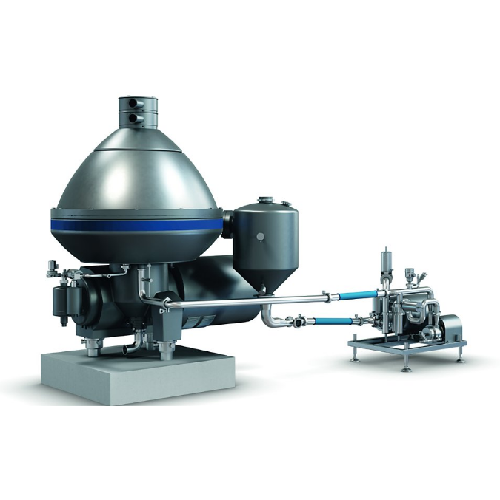
Efficient dairy product separator
Achieve precise fat separation and enhance product quality while reducing energy consumpt...
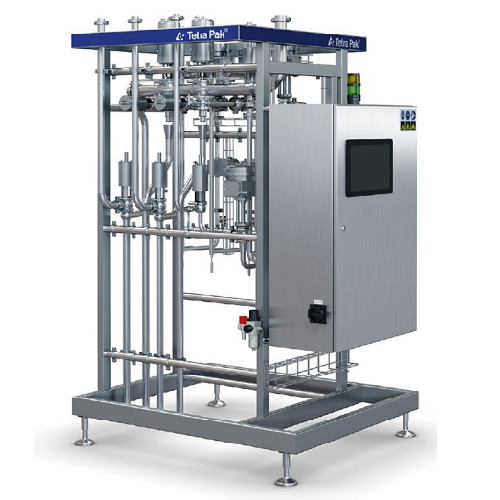
Automatic milk standardization unit
Achieve precise control over milk’s fat, protein, and solids content, reducing cr...
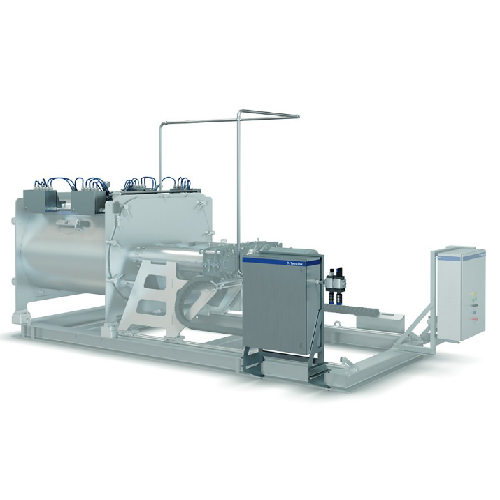
Air jet cleaning system for powder production
Eliminate water and chemical use while maximizing production efficiency with...
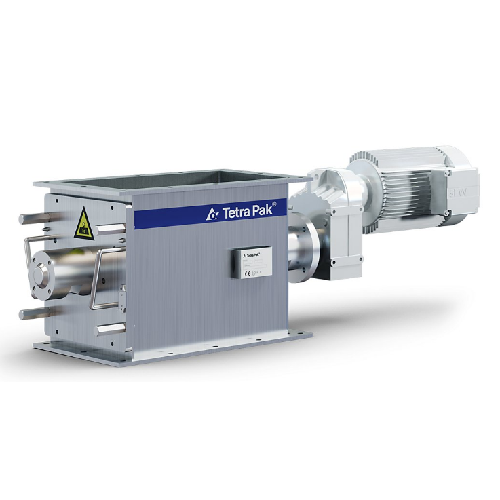
Lump breaker for dry powders and granulates
Optimize the consistency of your production line by efficiently breaking up lu...
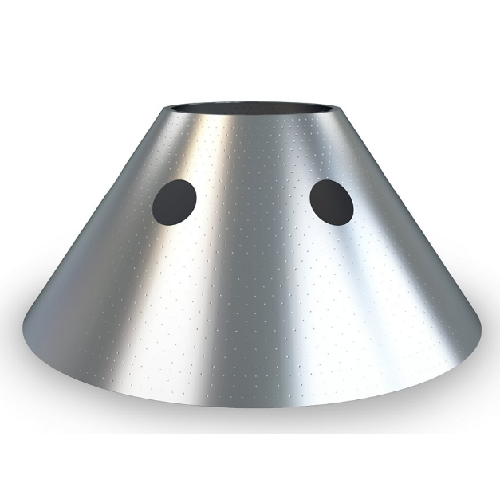
Polynode technology for enhanced dairy separation
Achieve higher separation efficiency and capacity with innovative disc ...
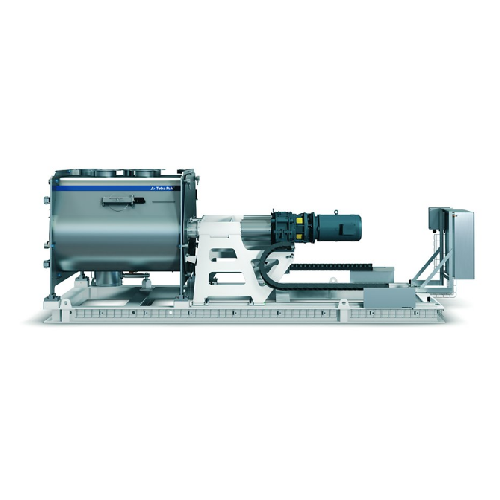
Industrial powder mixer for food production
Enhance your production line with a high-speed batch mixer designed for precis...
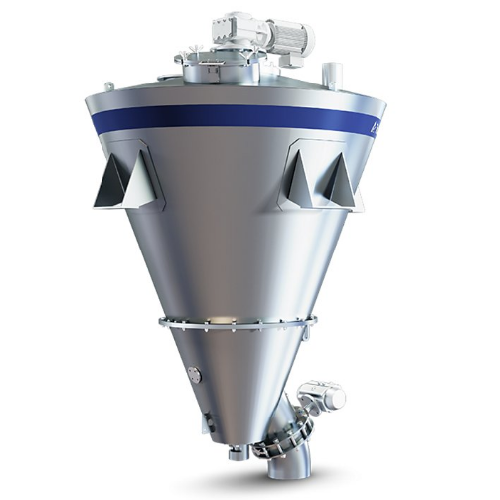
Conical homogenizer for powder and granulated products
Achieve seamless homogenization of diverse powders and granulated ...
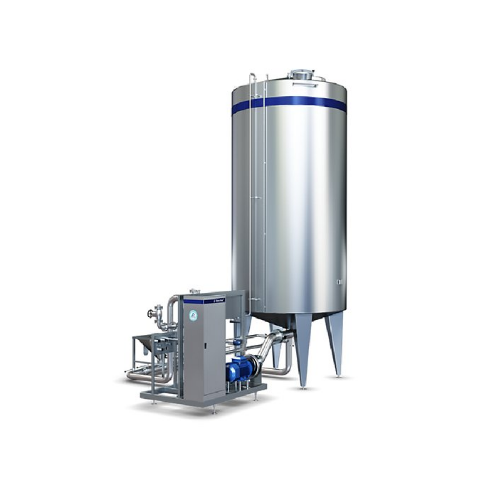
Batch dissolver for crystalline sugar and dextrose
Streamline your ingredient preparation with high-capacity batch dissol...
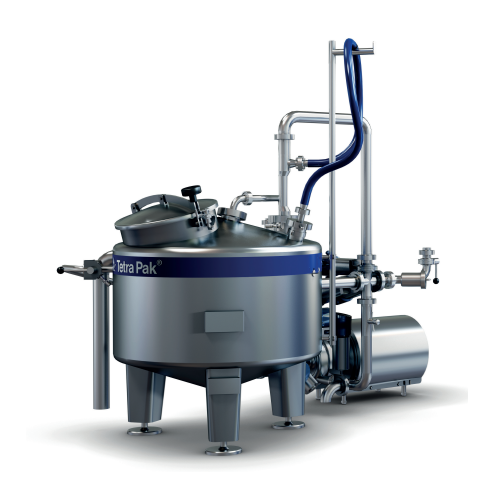
Ingredient dissolver for small batch processing
Optimize your mixing processes with a versatile dissolver designed for eff...
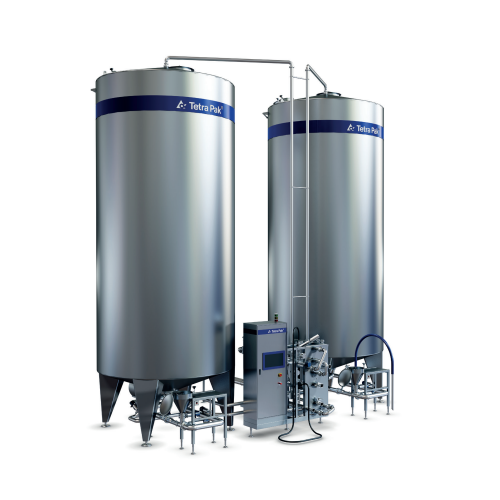
Beverage preparation system for large-scale production
Ideal for producers looking to scale up, this versatile system eff...
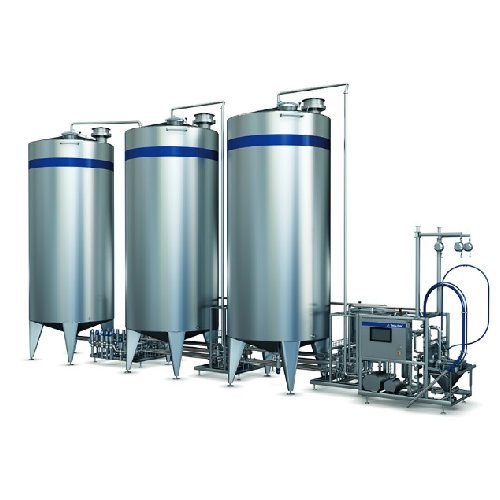
Syrup and beverage preparation system
Enhance your beverage production with a versatile solution that optimizes mixing, hyd...
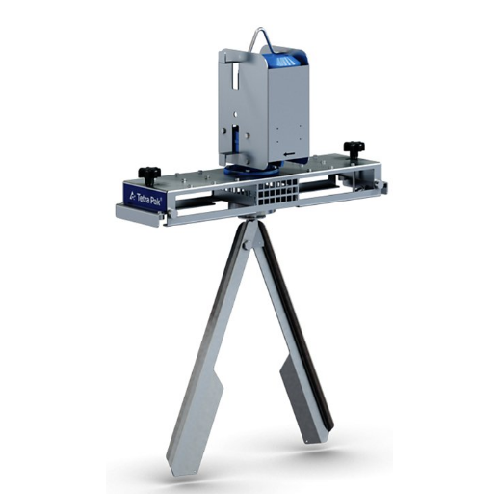
Agitator for Ibc containers
Achieve consistent and efficient mixing of various liquid products with this agitator, ensuring ...
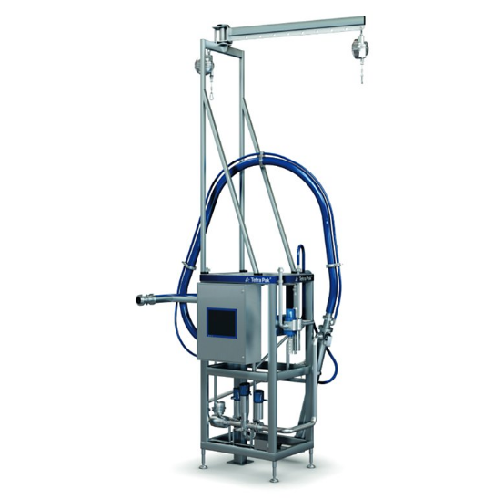
Drum unloader for liquid ingredients
Streamline the unloading of viscous liquid ingredients with advanced water injection t...
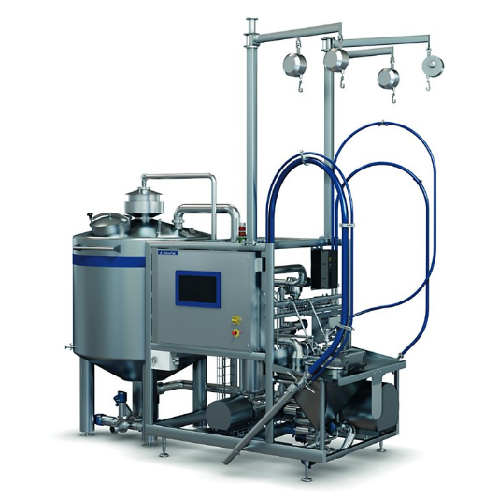
Batch mixer for soft drinks
Efficiently mix and dissolve complex beverage formulations with high-speed batch processing, ens...
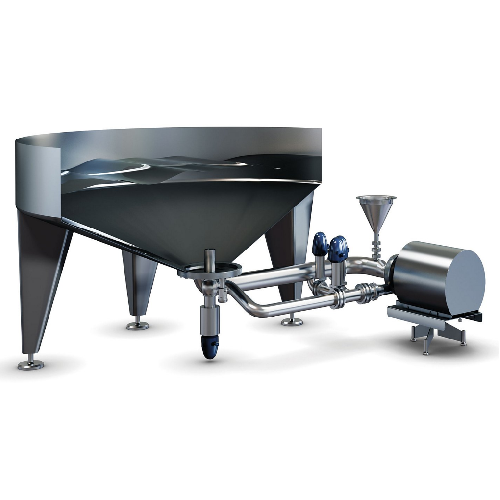
High-speed liquid mixing solution
Optimize your beverage mixing operations with a system that ensures even ingredient distr...
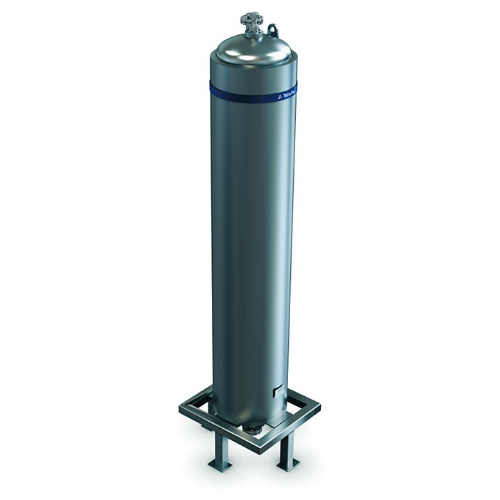
Coiled heat exchanger for high viscosity products
Efficiently handle high-pressure, viscous product heating and cooling w...
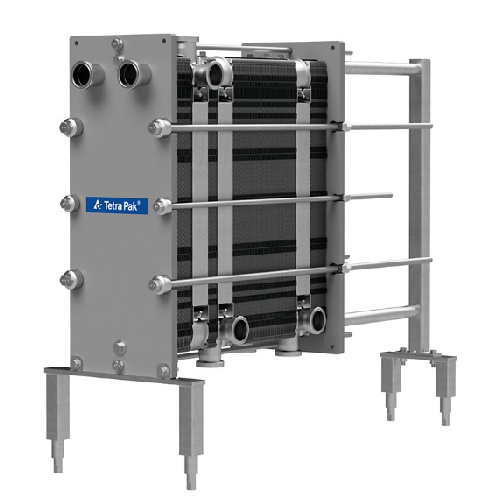
Plate heat exchanger for food products
Achieve precise temperature control in your processing line with this plate heat exc...
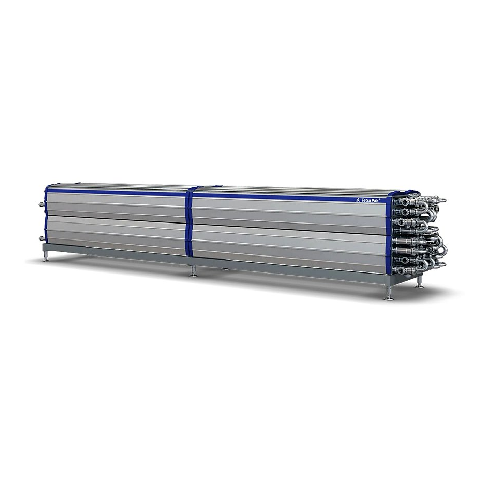
Tubular heat exchanger for food processing
Optimize energy consumption and ensure unparalleled food safety during heat tre...
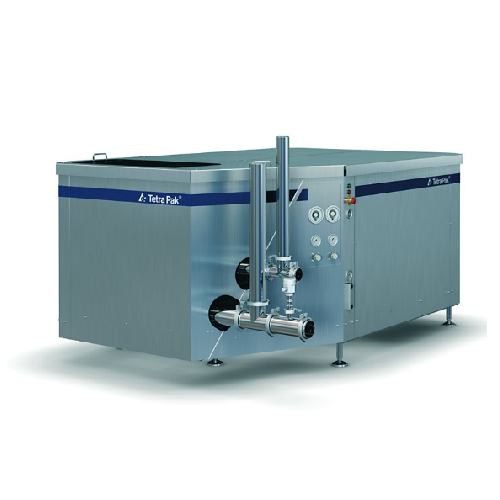
Industrial homogenizer for liquid food applications
Achieve unparalleled product consistency and quality with high-speed ...
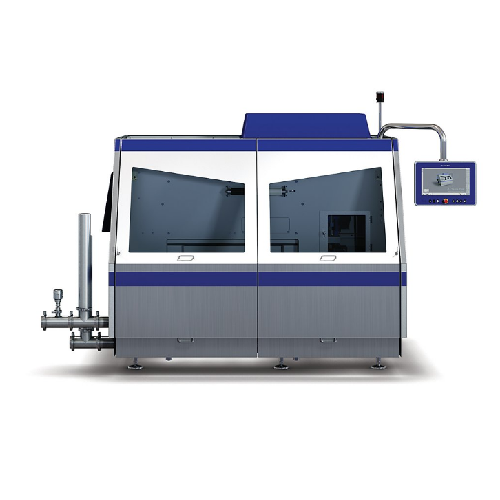
Homogenizer for high-capacity food processing
Achieve superior emulsification and suspension handling with this high-press...
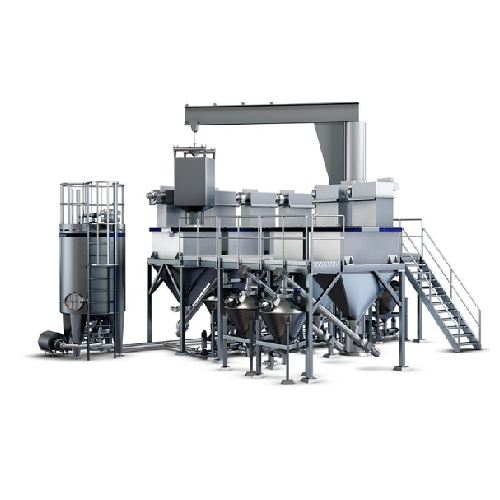
Autonomous ingredient dissolver for high-volume dry ingredient mixing
Efficiently mix multiple high volumes of dry ingr...
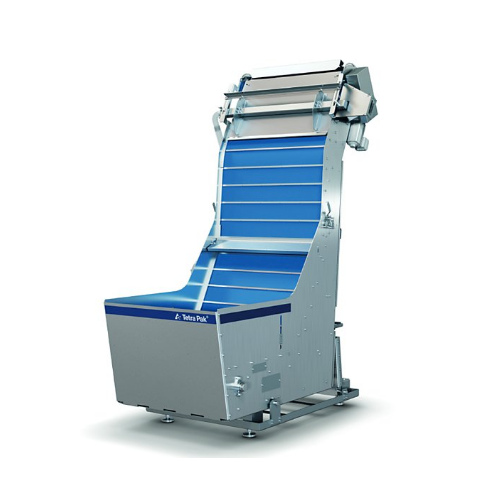
Lid unscrambler for unstackable lids in round containers
Streamline your packaging process with this lid unscrambler, eff...
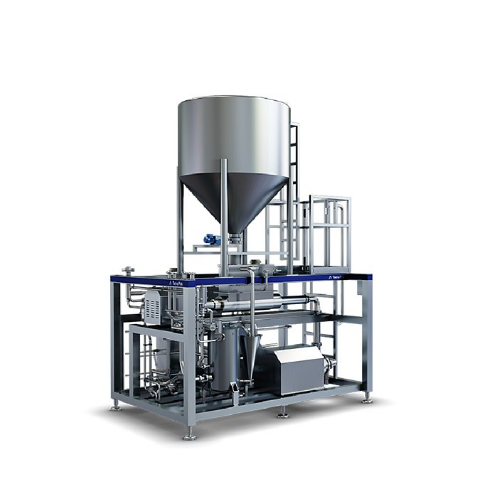
Industrial grinder for plant-based beverages production
Achieve optimal particle size for seamless integration with your ...
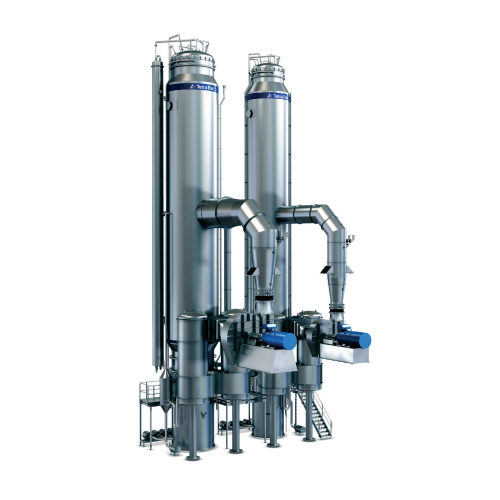
Continuous evaporator for dairy products
Enhance your production efficiency with a fully automatic evaporator designed to m...
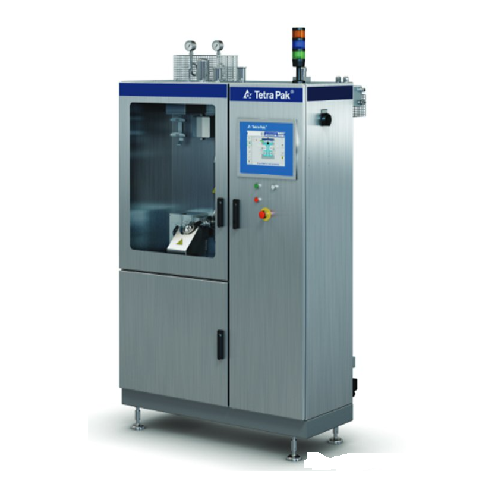
Aseptic dosing system for heat-sensitive ingredients
Enhance product quality and reduce ingredient waste by precisely inj...
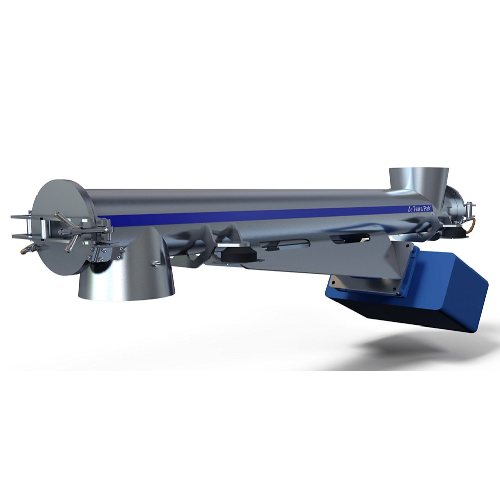
Vibrating conveyor for short-distance powder transport
Achieve precise and hygienic powder conveying and dosing with this...
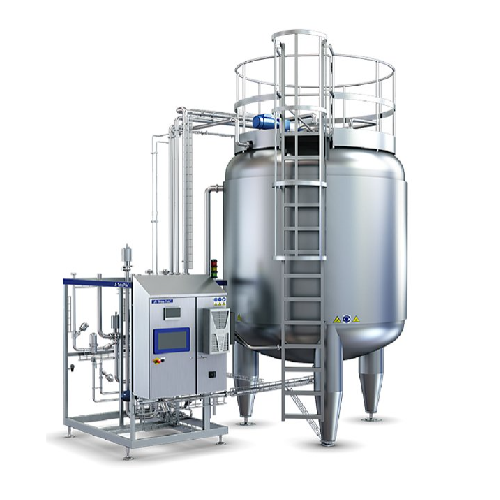
Aseptic tank with blending function for liquid food storage
Achieve seamless integration of aseptic buffering and in-lin...
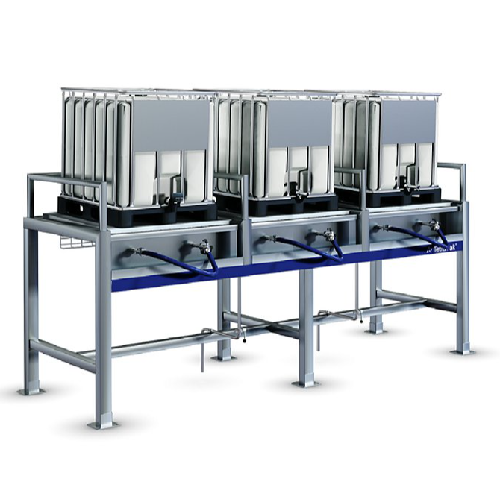
Ibc rack for storing and discharging intermediate bulk containers
Optimize liquid handling in your production line with...
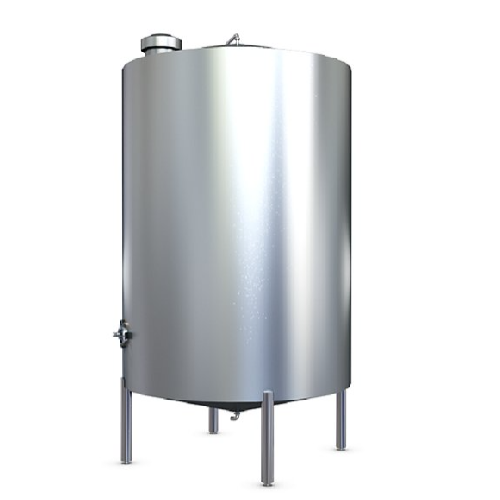
Liquid ingredient reception tank
Optimize your liquid processing with versatile tanks designed for efficient storage and han...
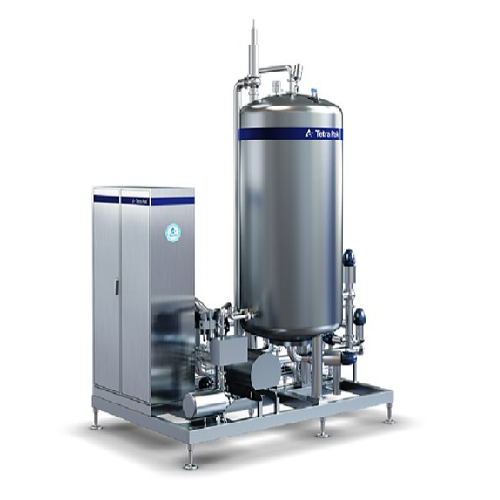
Continuous carbonator for beverage production
Optimize your beverage production with seamless continuous carbonation, ensu...
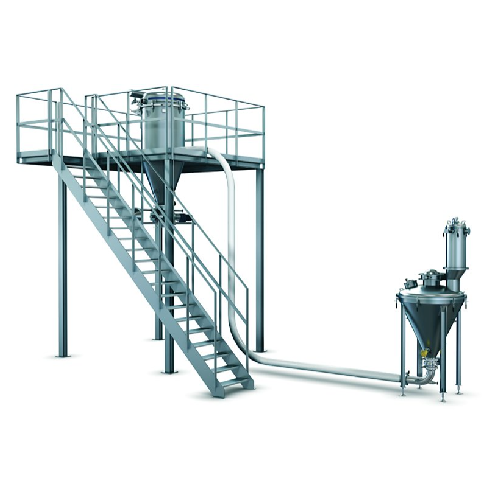
Pneumatic conveyor for fragile powders
Handle your delicate powders with care, ensuring minimal breakdown while achieving h...
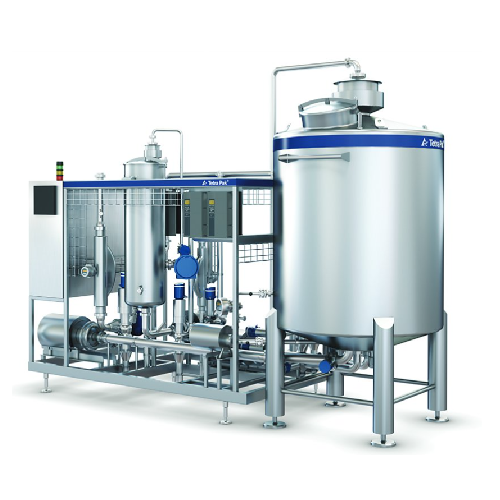
In-line blender for beverage production
Enhance beverage production with a versatile solution that offers precise blending,...
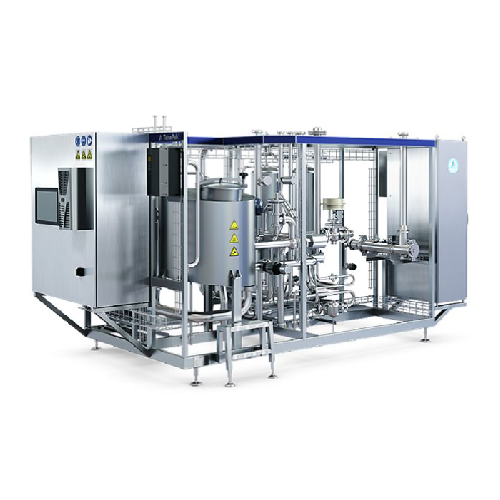
Water treatment system for aseptic blending in Jnsd production
Ensure a reliable aseptic blending process for your bever...
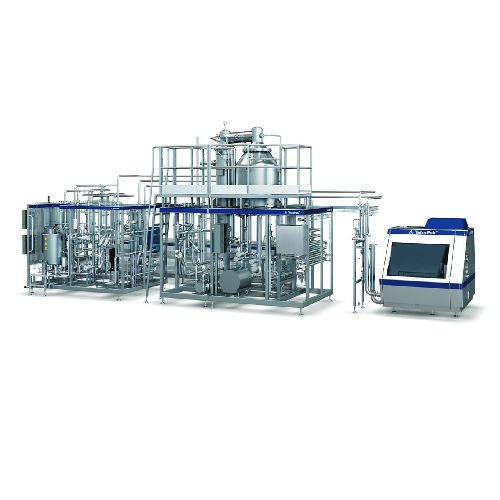
Ultra-high temperature processor for premium liquid foods
Achieve superior product quality and flexibility with advanced...
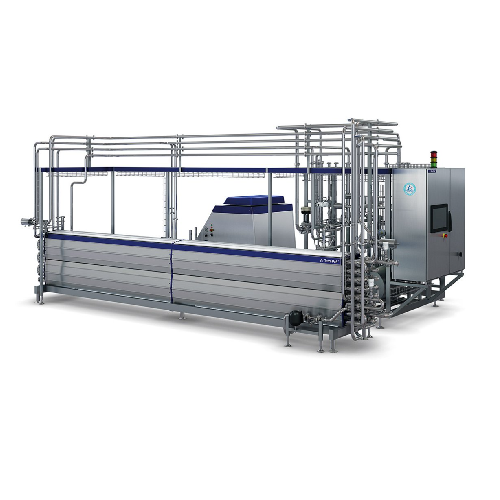
Uht processing unit for dairy products
Optimize your liquid food production with continuous, high-capacity UHT treatment th...
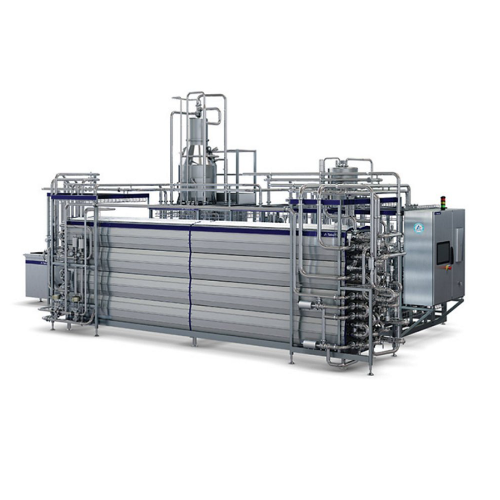
Indirect Uht processing for dairy products
Enhance your dairy and beverage operations with state-of-the-art ultra-high tem...
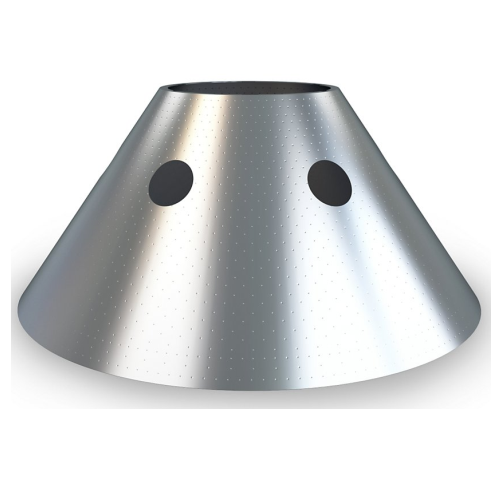
High capacity milk separator with polynode technology
Achieve unprecedented milk skimming efficiency and reduced environm...
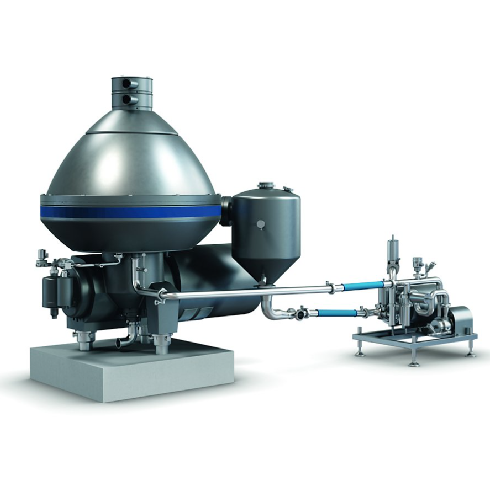
Energy-efficient dairy product separator
Achieve up to 40% energy savings in your dairy and beverage processing operations ...
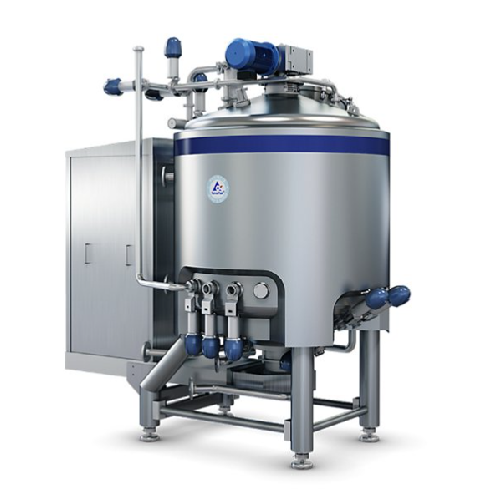
High shear mixer for emulsification and powder dissolving
Achieve seamless mixing and emulsification for high and low vi...
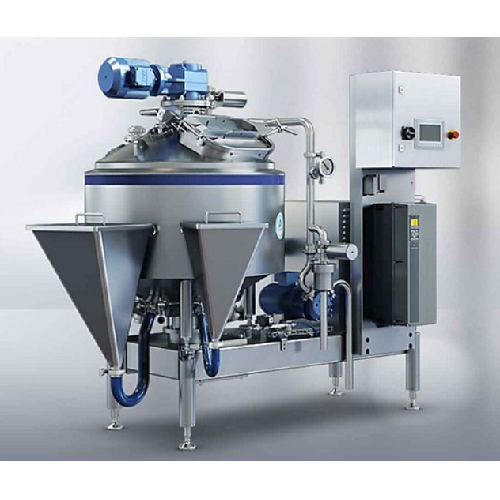
High shear mixer for smooth or particulate food products
Achieve consistent quality in diverse food products with precise...
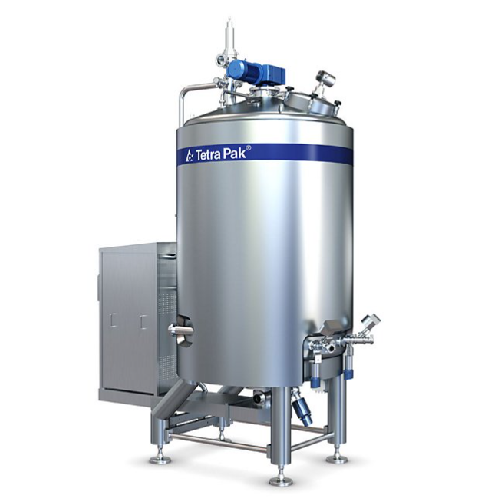
Industrial protein mixer for liquid food applications
Eliminate costly foam-related product losses in protein-enriched li...
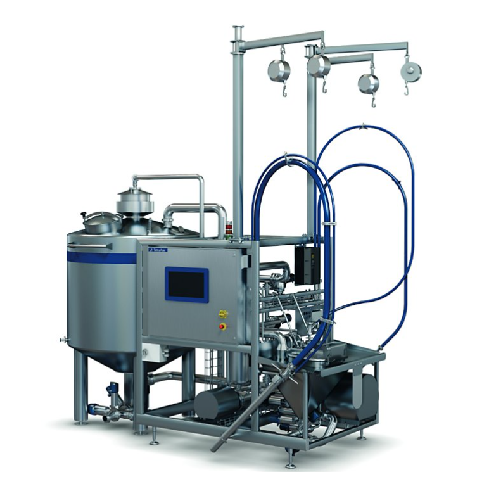
Batch mixer for soft drinks ingredients
Effectively manage diverse ingredient formats with a high-performance mixing system...
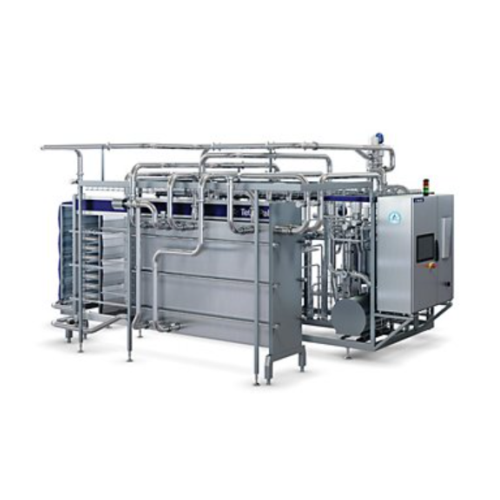
Effective pasteurization system for beverage industry
Maximize beverage safety with efficient heating and cooling process...
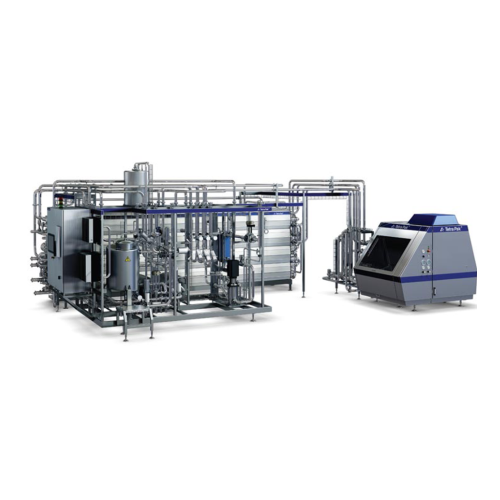
Pasteurizer for beverage processing
Achieve precise temperature control with continuous pasteurization, ensuring product sa...
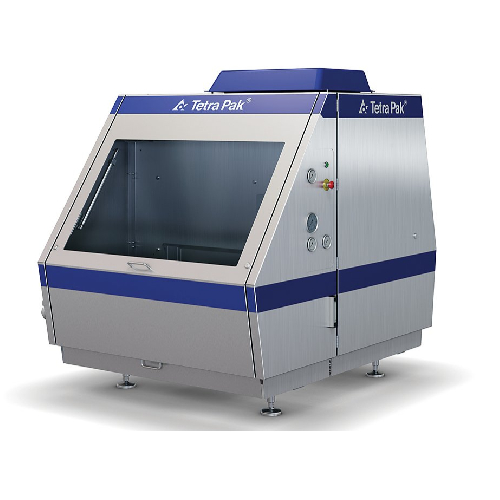
Mid-range capacity homogenizer for dairy and beverage
For operations demanding consistent product quality and high uptime...
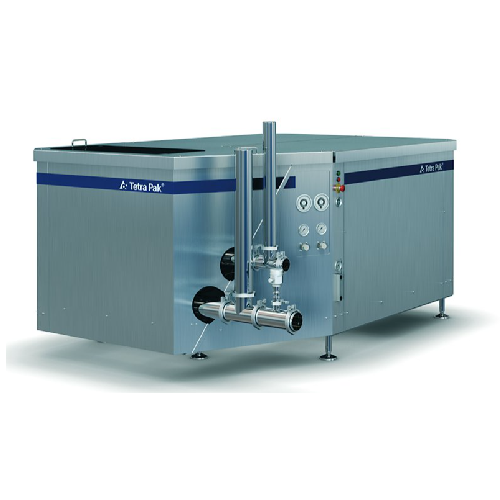
Industrial homogenizer for dairy and beverage applications
Enhance product quality and reduce operational costs with a h...
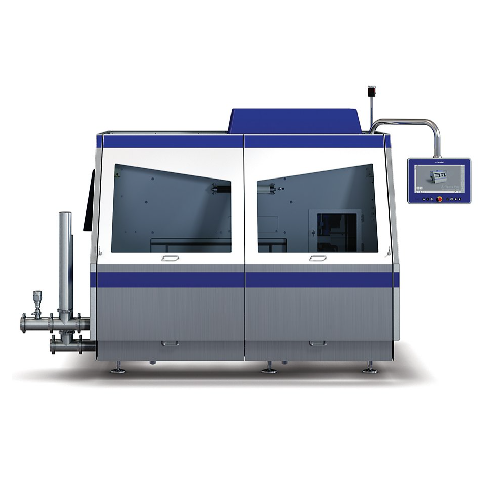
High-pressure homogenizer for dairy and beverage products
Achieve optimal product consistency and extend shelf life with...
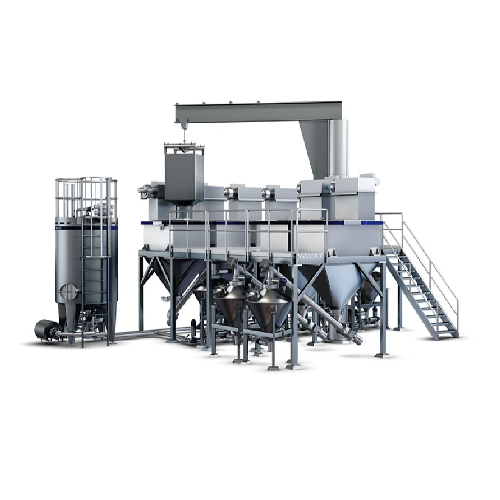
Autonomous ingredient dissolver for high volume dry ingredient mixing
Streamline your production by seamlessly mixing d...
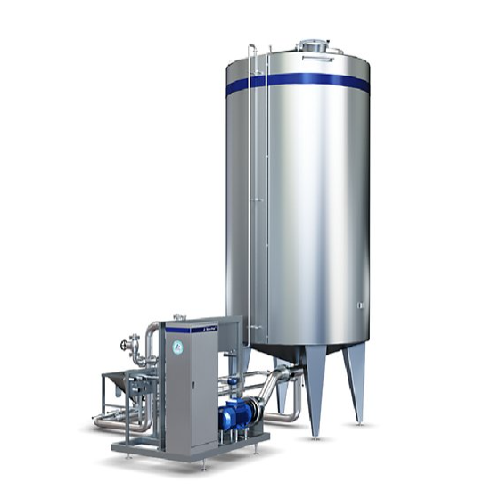
Batch dissolver for sugar or dextrose
Efficiently dissolve crystalline substances like sugar and dextrose with precision, e...
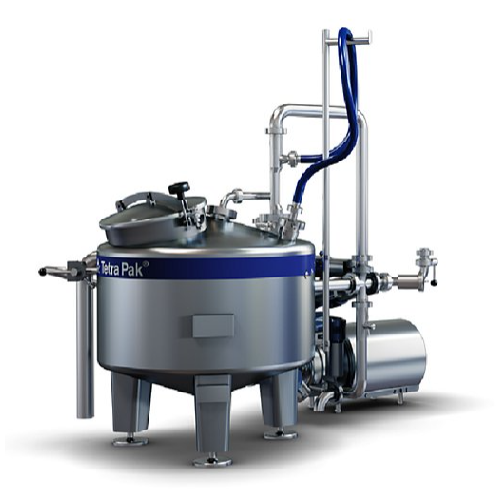
Ingredient dissolver for small batches
Efficiently dissolve water-soluble powders and concentrates up to 200 cP with precis...
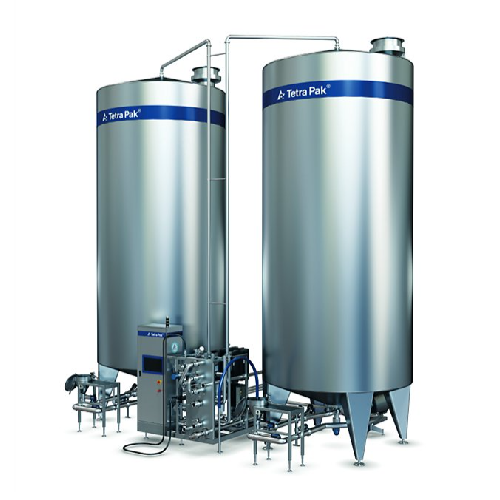
Final syrup and beverage preparation system
Optimize your beverage production with a modular system designed for flexibili...
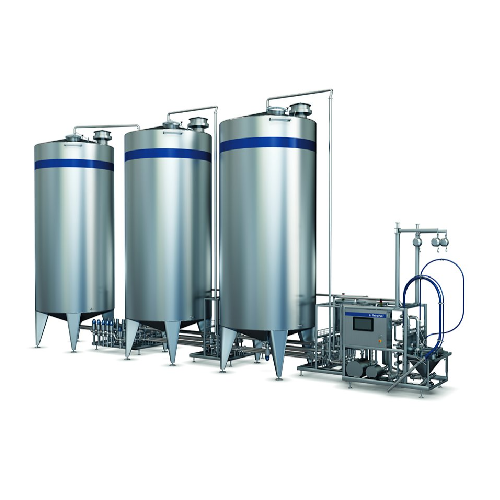
Preparation system for syrup and beverages
Streamline syrup and beverage preparation with a versatile system designed to r...
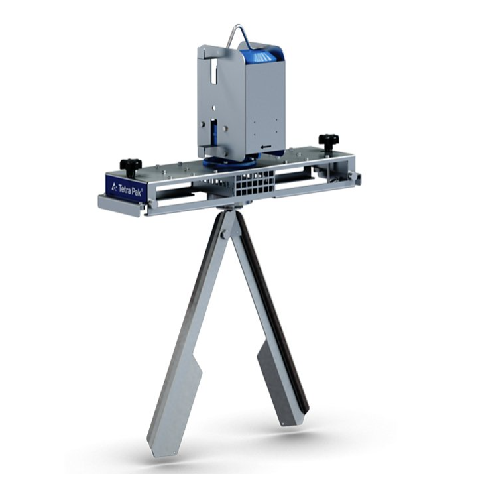
Agitator for bulk containers
Achieve consistent mixing results for low-to-medium viscosity liquids in bulk containers with o...
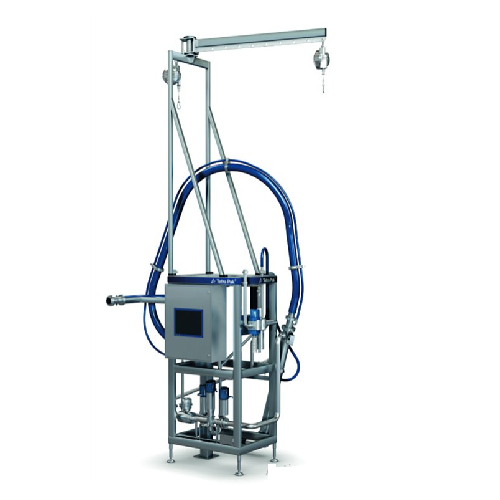
Drum unloader for liquid ingredients
Unlock efficient unloading of viscous and liquid ingredients without the hassle of lif...

Contherm scraped-surface heat exchanger for viscous food products
Optimize your heating and cooling processes for stick...
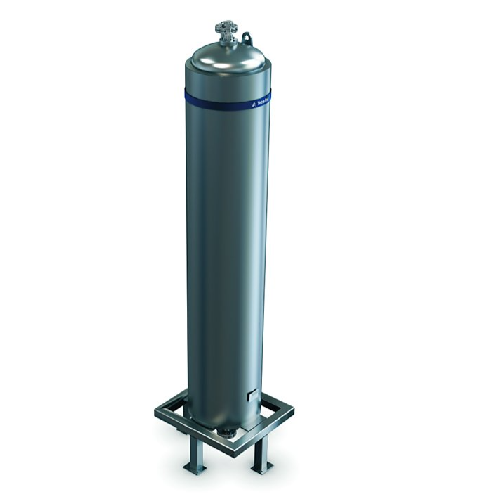
Coiled heat exchanger for viscous and particulate products
Optimize heat treatment of viscous and particulate foods with...
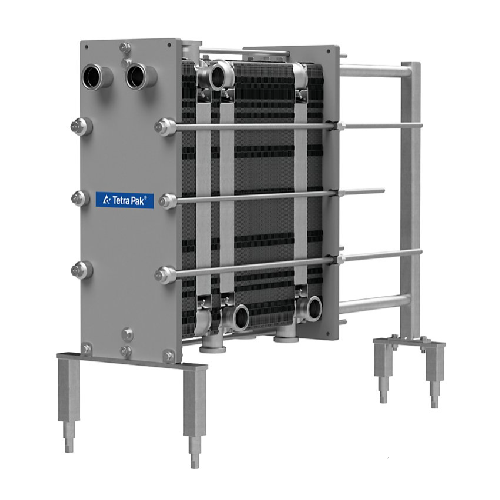
Industrial plate heat exchanger for food processing
Ensure consistent product quality with precise temperature control an...
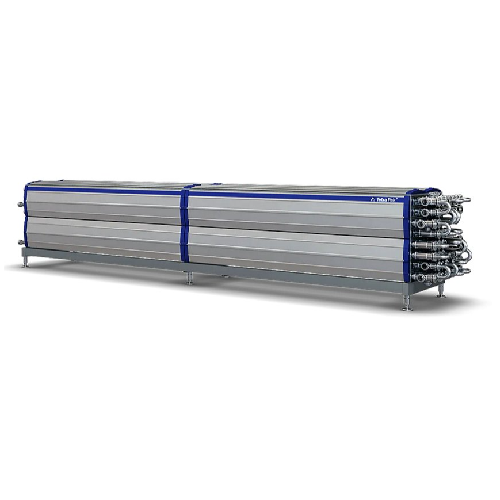
Tubular heat exchanger for food products
Achieve precise temperature control and energy efficiency with this innovative tub...
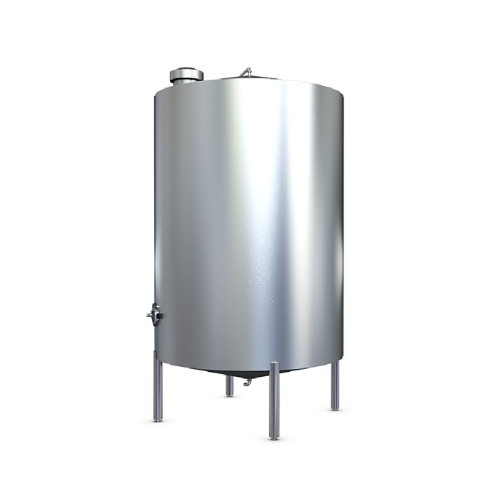
Storage tank for food liquid storage
Ensure seamless liquid product handling with precision-engineered storage tanks design...
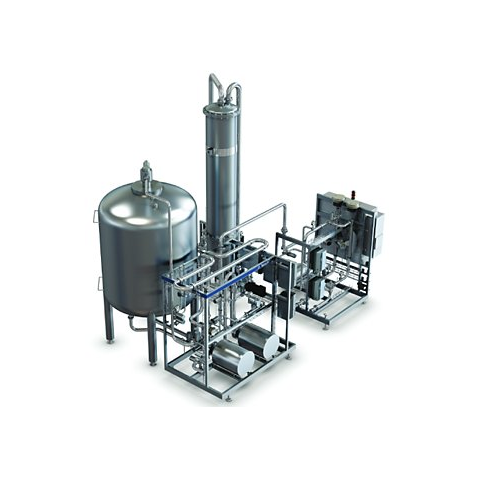
In-line blender for carbonated drinks
Optimize your beverage production with precise in-line blending and carbonation, redu...
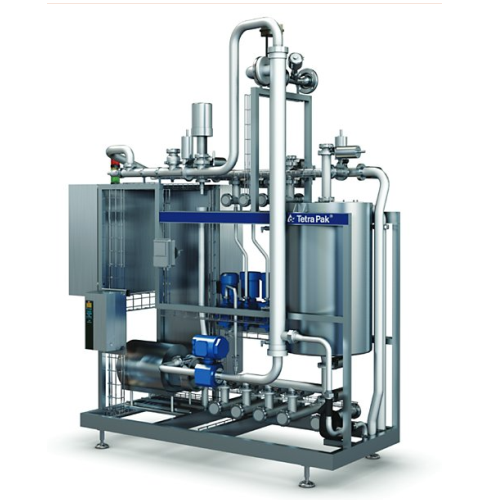
Cleaning-in-place system for food and beverage processing equipment
Effortlessly manage the cleaning of diverse process...
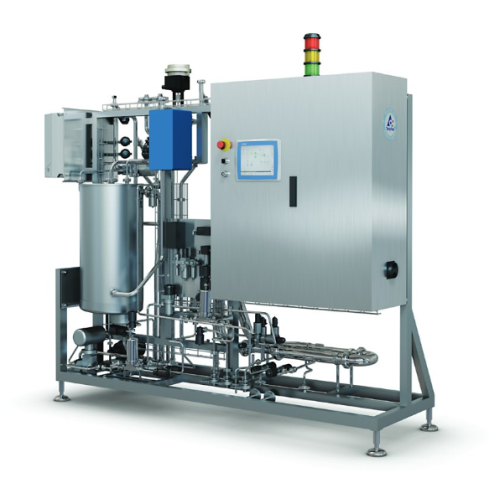
Aseptic dosing unit for in-line ingredient addition
Optimize your production with precise aseptic dosing, minimizing ingr...
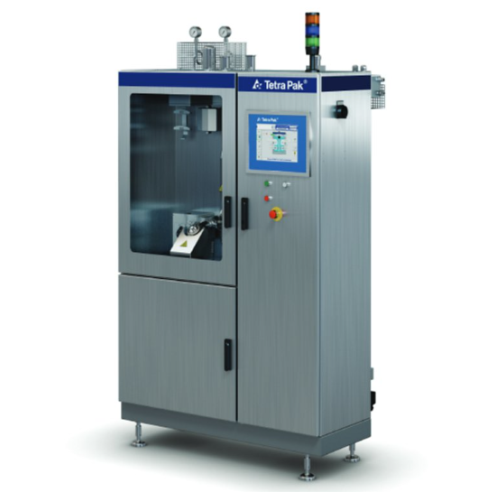
Aseptic dosing unit for sensitive ingredients
Ensure the stability of heat-sensitive ingredients with precise in-line dosi...
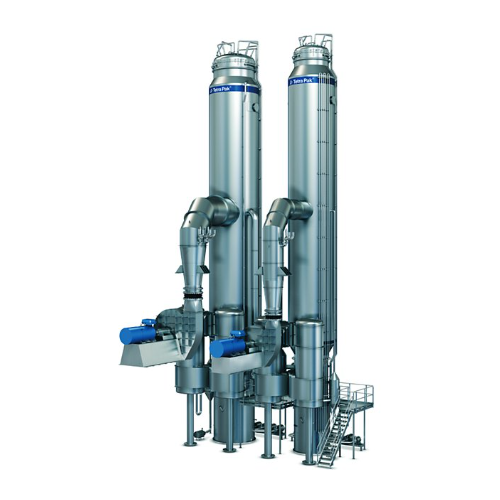
Low-energy evaporation system for dairy products
Enhance product quality and lower energy costs with a cutting-edge evapor...
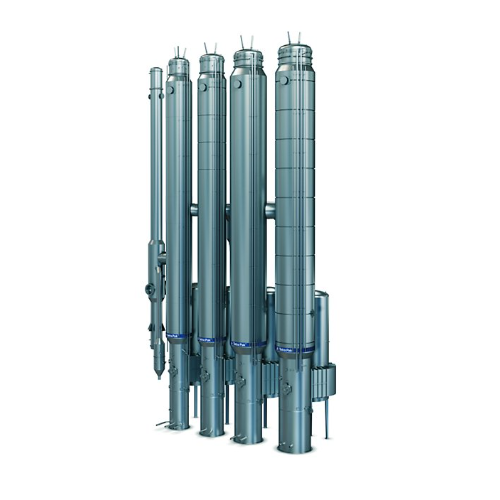
Evaporation system for dairy products
Optimize product quality with continuous evaporation, ensuring efficient moisture rem...
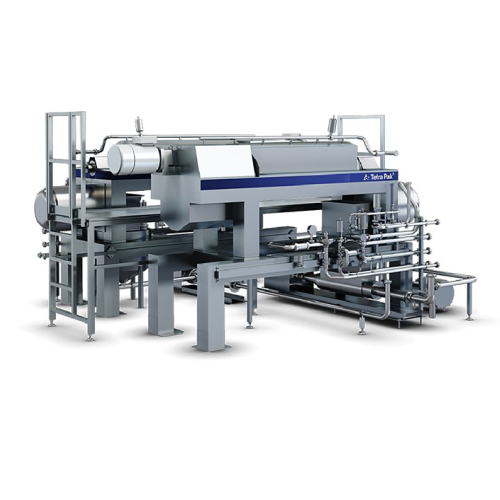
Plant-based beverage extraction system
Maximize yield and product quality in plant-based and dairy beverages with high-effi...
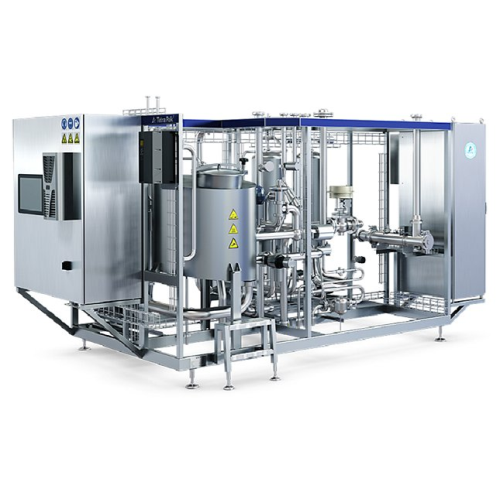
Water treatment unit for aseptic blending in Jnsd production
Ensure aseptic quality and consistent flavor in beverages b...
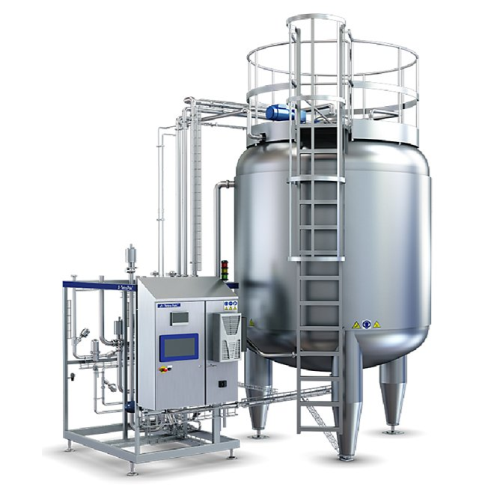
Aseptic tank for blending and buffering
Optimize your production line with a secure aseptic tank that ensures precise in-li...
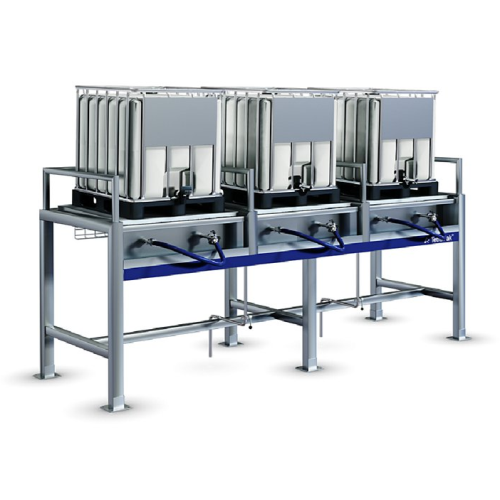
Ibc rack for storing and discharging ingredients
Optimize ingredient management with efficient storage and discharge of bu...
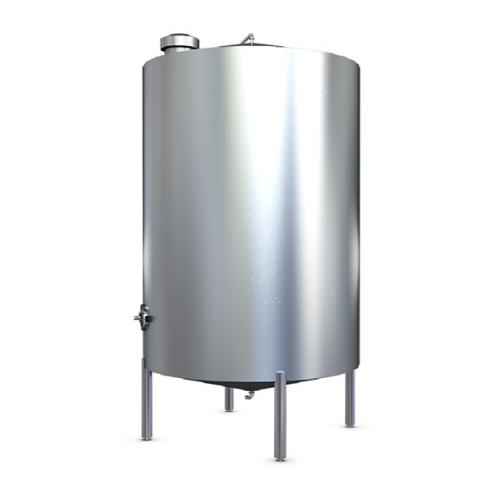
Ingredient reception tank for liquid storage and processing
Ensure efficient storage and processing of liquid ingredient...

Liquid sugar storage tank
Ensure seamless liquid sugar management in your production line with advanced storage solutions de...
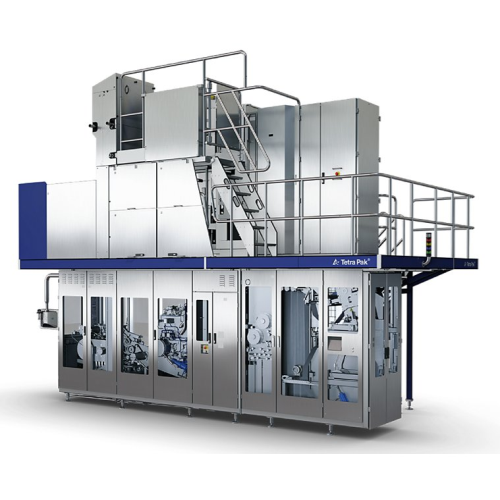
High-speed aseptic carton filling solution
Maximize production efficiency and meet growing demand with this high-output fi...
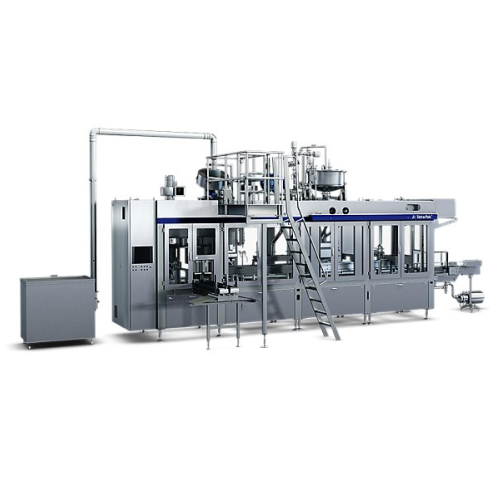
Filling system for gable top packages
Achieve precise, cost-effective filling with reduced energy consumption for chilled l...
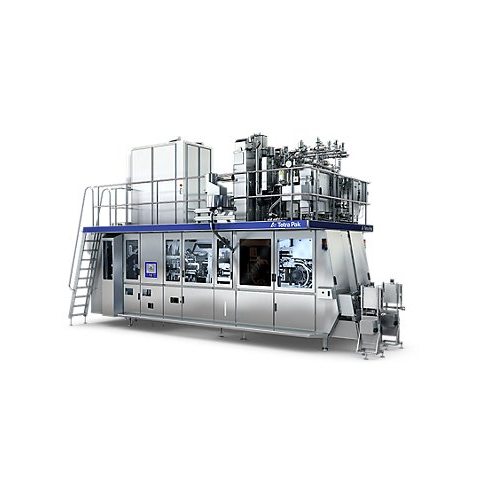
Filling solution for water packaging
Achieve efficient packaging for a variety of beverages with this high-speed filling so...
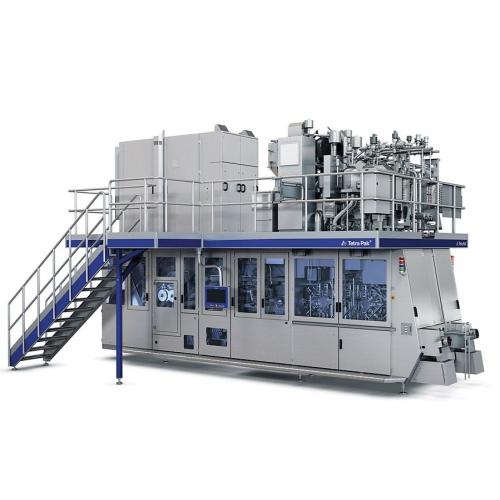
Dual-line filler for tetra top packages
Maximize your production flexibility with a high-speed, dual-line filling solution ...
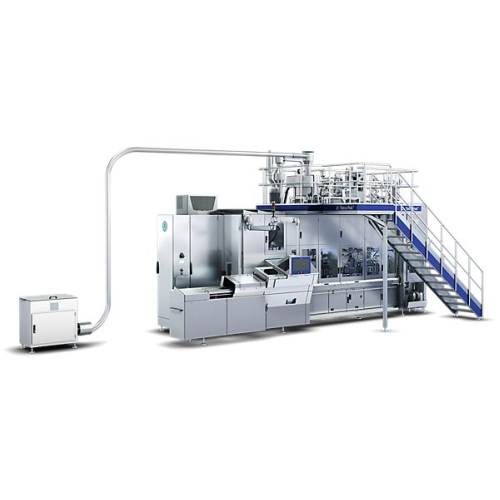
Filling machine for tetra rex® gable top cartons
Maximize efficiency and food safety in high-speed liquid filling with pre...
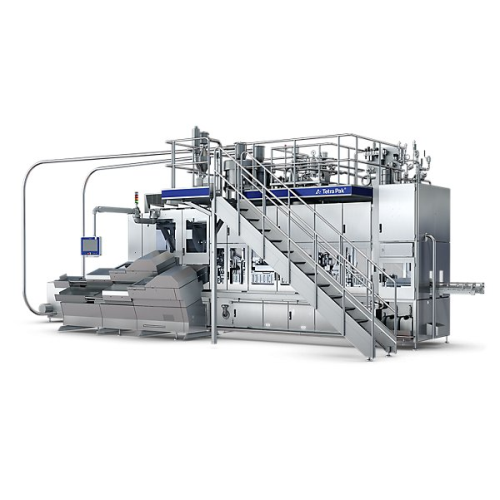
Filling system for gable top cartons chilled products
Achieve precise filling and reliable sealing for chilled beverages ...
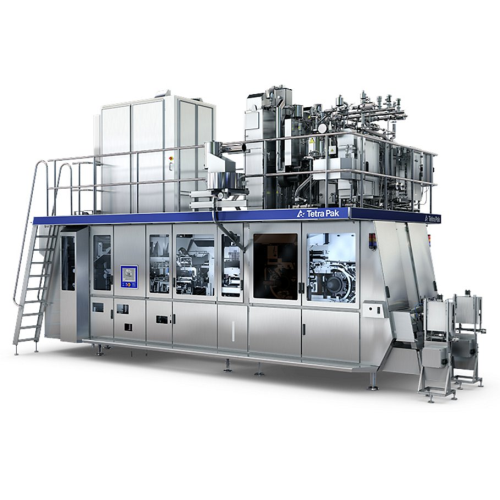
Dual filling solution for tetra top packages
Boost production flexibility by simultaneously filling different liquid produ...
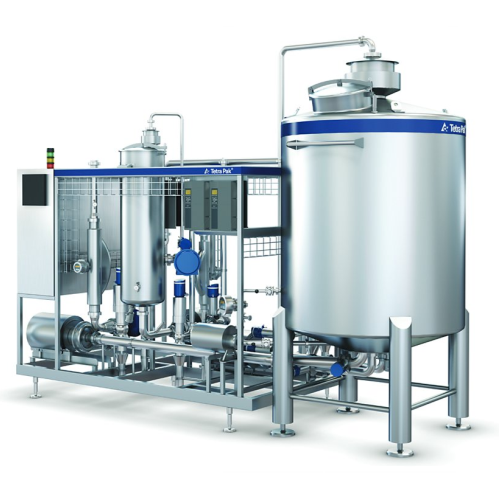
In-line blender for beverages
Optimize beverage production with a highly versatile blending system that ensures precision an...
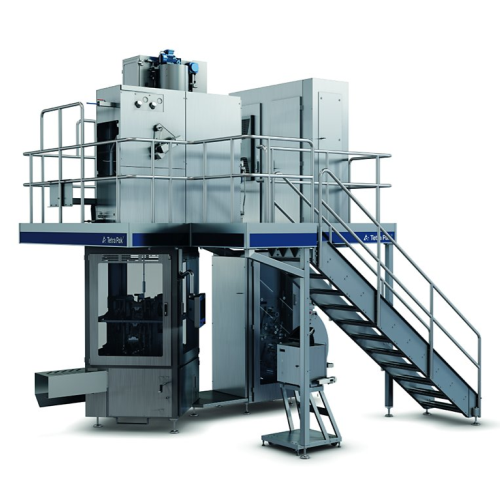
Aseptic filling solution for tetra classic packaging
Experience efficient aseptic packaging with high-speed operation, of...
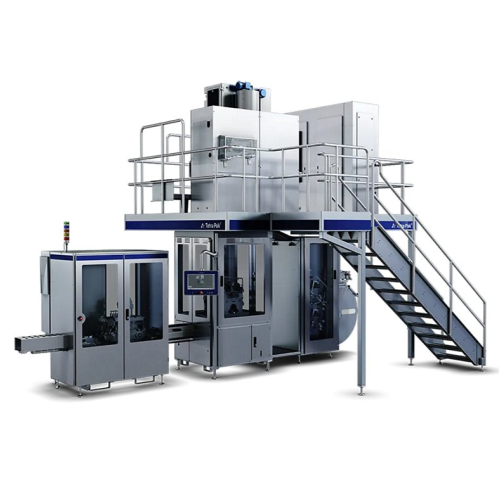
Filling system for tetra brik 100 slim packages
Optimize your chilled product packaging with a high-speed filling system d...
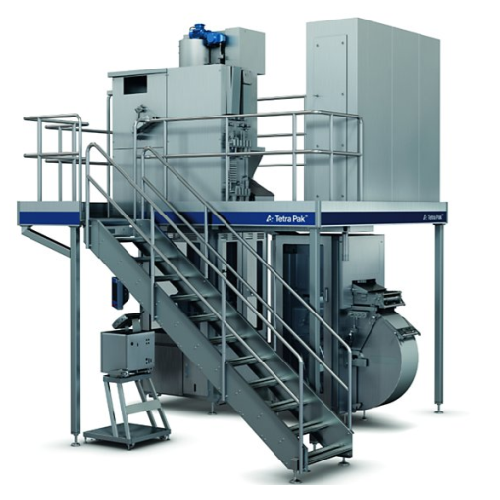
Aseptic carton filling system for tetra fino packaging
Elevate your production efficiency with a high-speed aseptic filli...
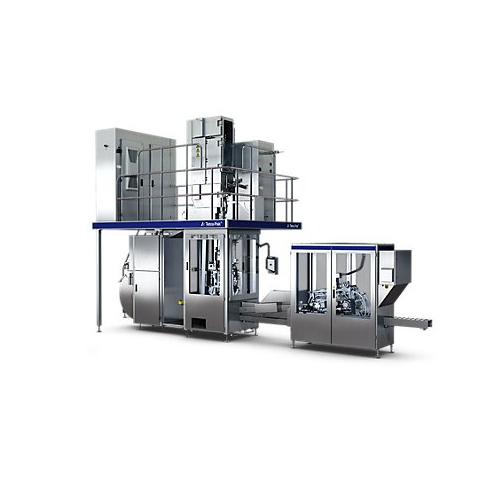
Filling system for tetra wedge aseptic packages
Optimize your production line with a reliable filling system designed to e...
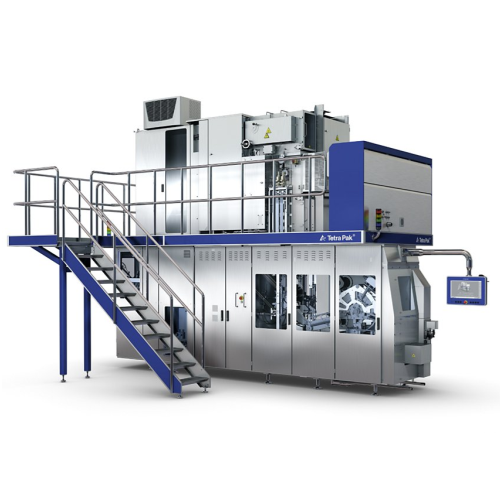
Compact aseptic filling solution for versatile production
Maximize production line efficiency with a compact filling sys...
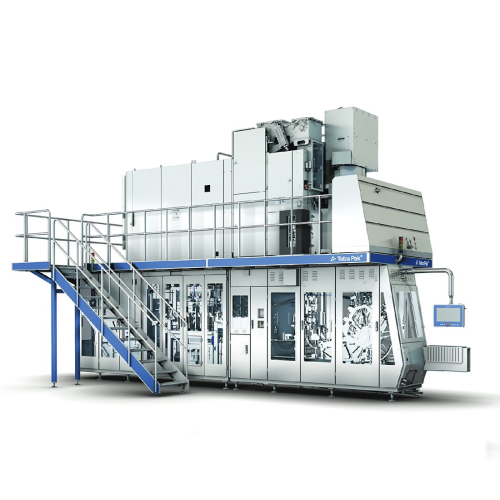
Versatile filling system for aseptic packaging
Achieve seamless integration in high-speed aseptic packaging with this flex...
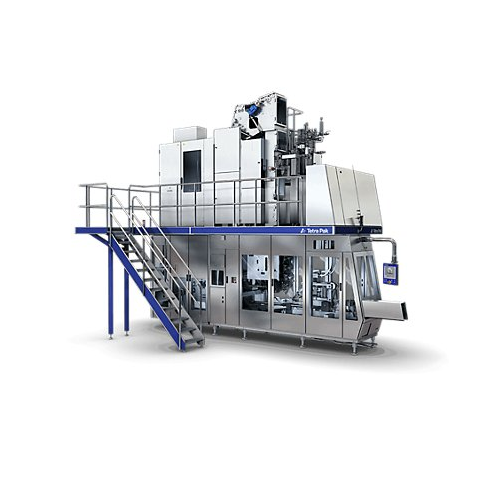
High-speed carton filler for aseptic packaging
Maximize production efficiency with this high-speed filling solution that e...
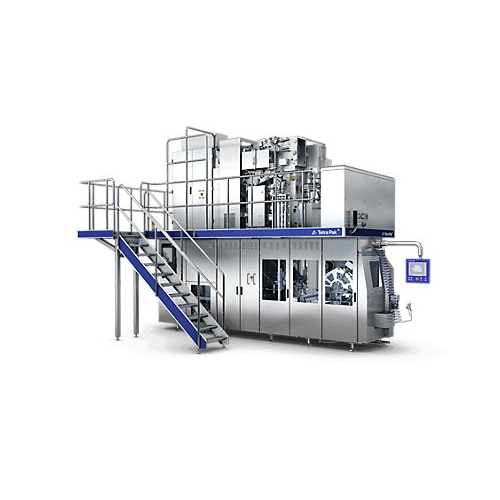
Carton filling system for tetra brik portion packs
Achieve high-capacity portion filling with innovative electron beam st...
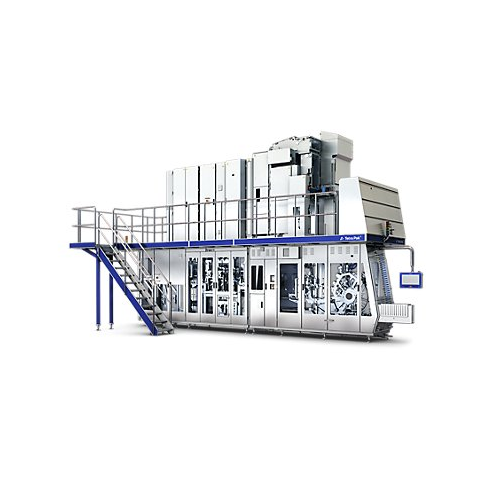
Filling solution for tetra brik® packages
Optimize your filling and packaging process with a system that seamlessly switch...
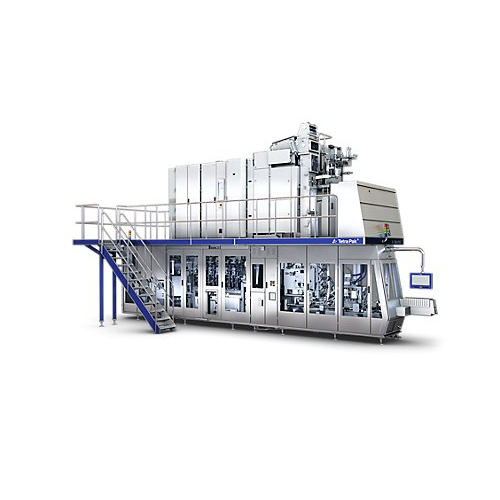
Aseptic filling solution for liquid food packaging
Optimize liquid food production with advanced aseptic filling, ensurin...
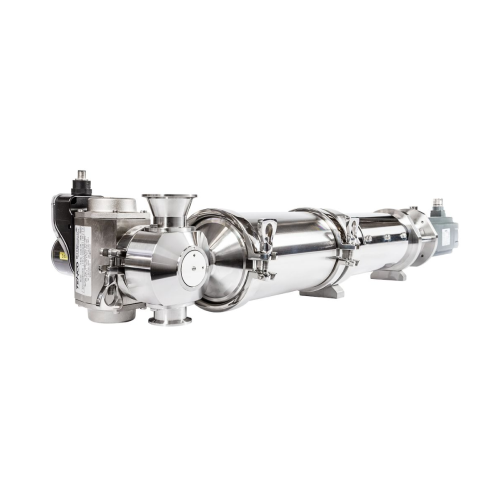
Volumetric piston fillers for liquid and dense products
Perfect for diverse packaging needs, these volumetric piston fill...
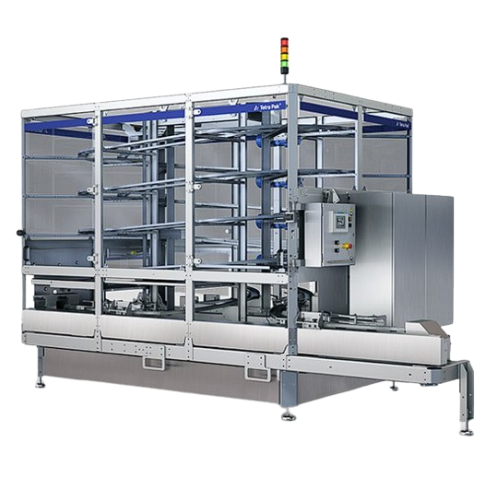
Vertical package accumulator for food and beverage production
Ensure seamless flow and precise order tracking of package...
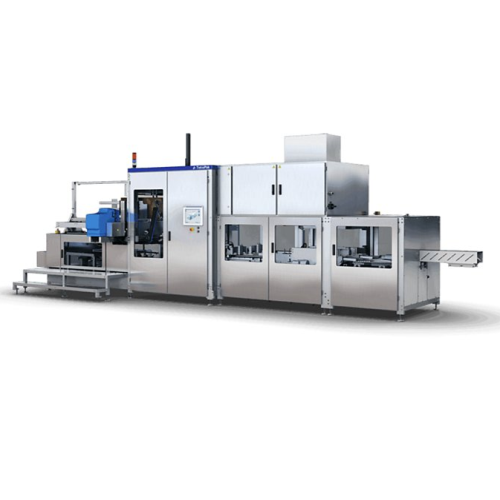
Cardboard packer for secondary packaging
Streamline your packaging process with a high-speed, automated cardboard packer th...
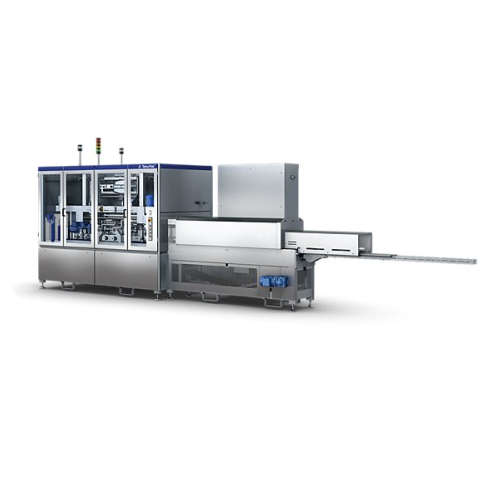
Shrink wrapping system for flex portion packages
Optimize your packaging line with a high-speed shrink wrapping system des...
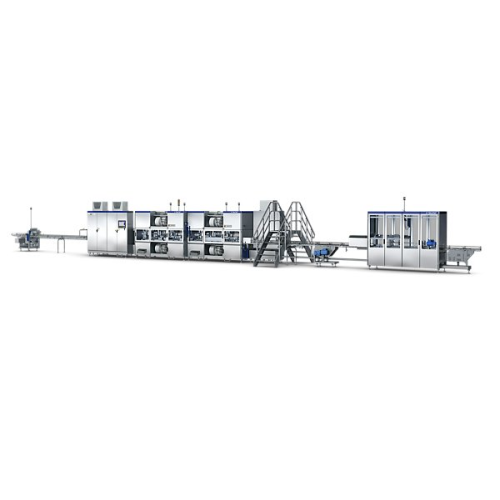
High-speed shrink wrapping system
Enhance your packaging efficiency with a high-speed shrink wrapping system that ensures s...
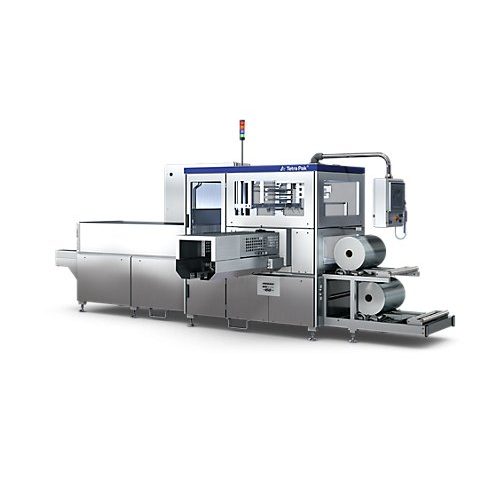
Industrial tray shrink wrapper
Optimize your packaging line with rapid, resource-efficient shrink wrapping, accommodating di...
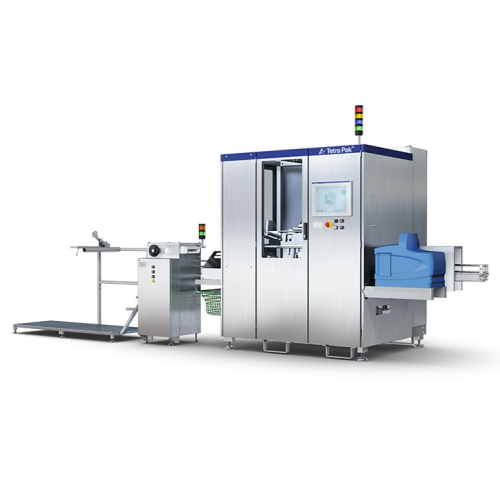
Straw applicator for tetra pak cartons
Ensure precise straw attachment and minimize production interruptions with a high-sp...
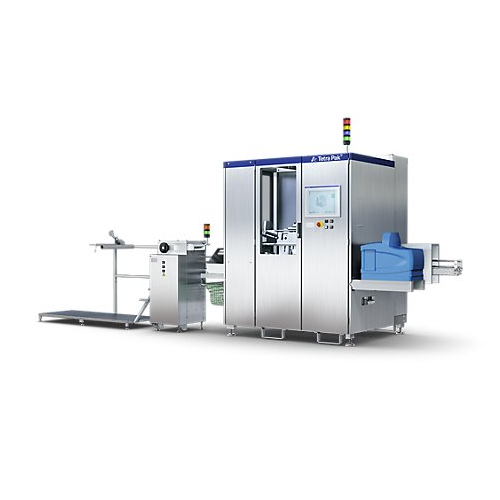
Straw applicator for tetra pak packages
Enhance your packaging efficiency with a high-speed solution that seamlessly attach...
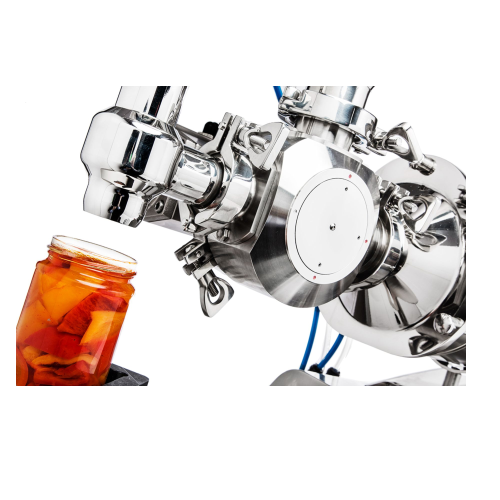
Automatic liquid filling solutions for various containers
Ensure precise liquid packaging for diverse container types, e...
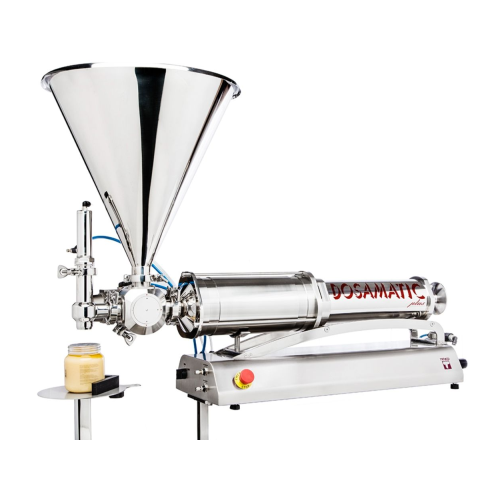
Volumetric piston fillers for dense liquid products
Ensure precise filling of liquids and dense products with versatile i...
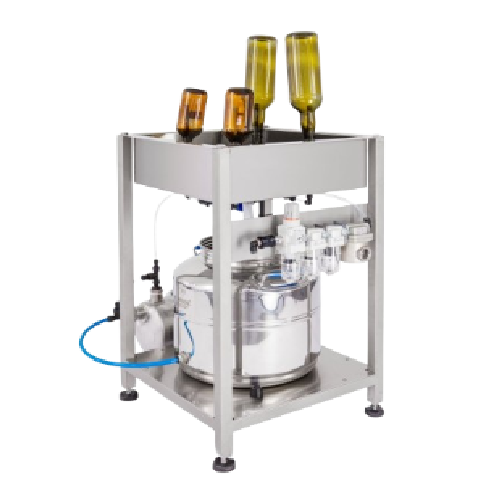
Bottle and jar rinsing system
Achieve optimal internal sanitization and cleanliness for bottles and jars with a versatile ri...

Manual dosing and capping for semi-dense products
Enhance your production line efficiency by seamlessly integrating manua...
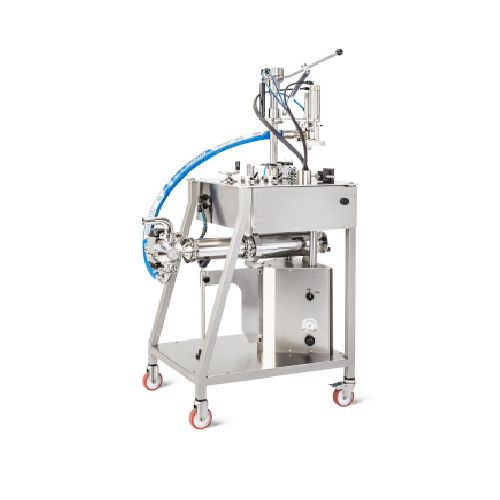
Manual monoblock for filling and capping jars
Optimize your jar filling and capping processes, even with high-temperature ...
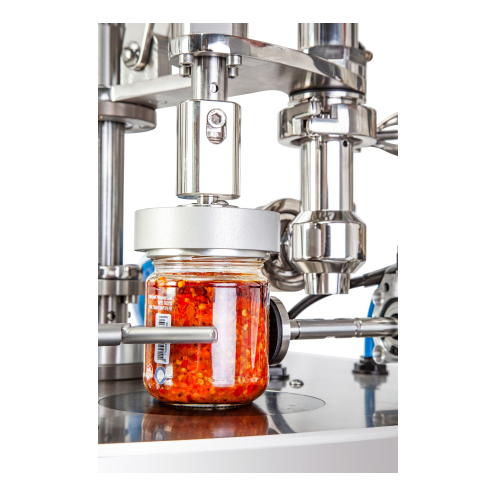
Manual system for filling and capping jars
Ideal for efficiently handling liquid and semi-dense products, this manual syst...
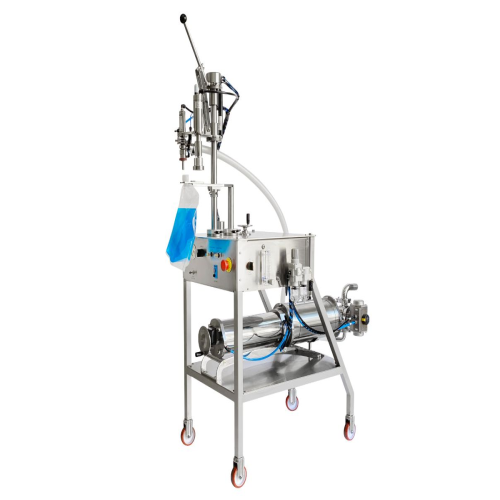
Manual filling and capping for spouted pouches
Optimize your production line with a versatile solution for filling and cap...
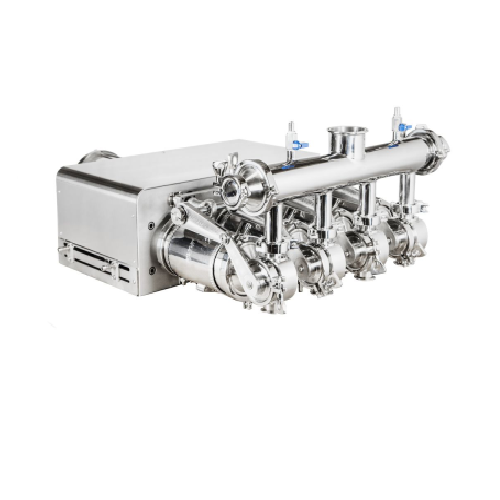
Pneumatic syringe dosing system
Streamline your liquid dosing process with precision and efficiency, ensuring each applicati...
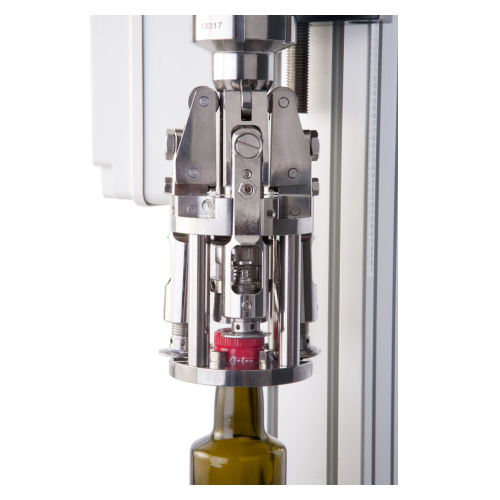
Semi-automatic capping solutions for small to medium production
Streamline your capping process with versatile, customiz...
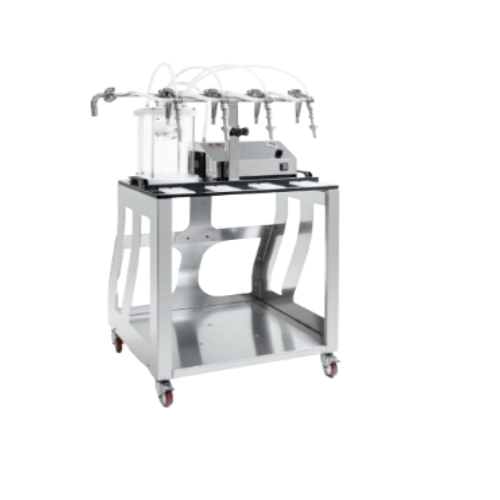
Vacuum bottling equipment for wineries and breweries
Optimize your bottling process with a vacuum solution that fills up ...
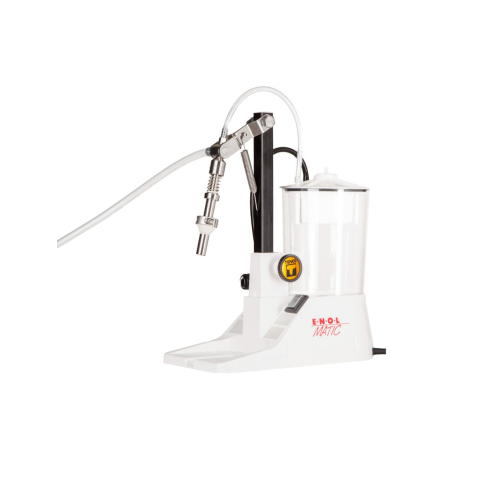
Vacuum filler for wine and oils
Optimize your beverage bottling process with a compact vacuum filler designed for precise le...
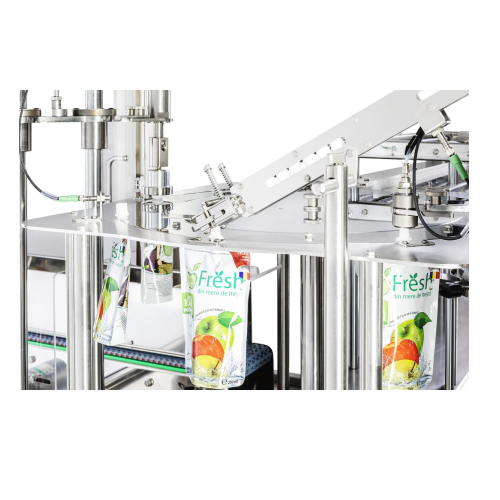
Automatic line for filling and capping spouted pouches
Streamline your production line with high-speed filling and cappin...

Bottle rinsing systems for diverse container sizes
Effortlessly prepare bottles and jars for filling with a rinsing solut...
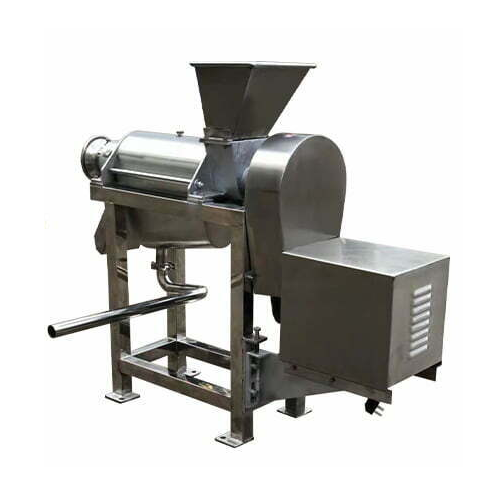
Spiral fruit juicer for apples and oranges
Enhance juice production efficiency by seamlessly integrating this spiral fruit...
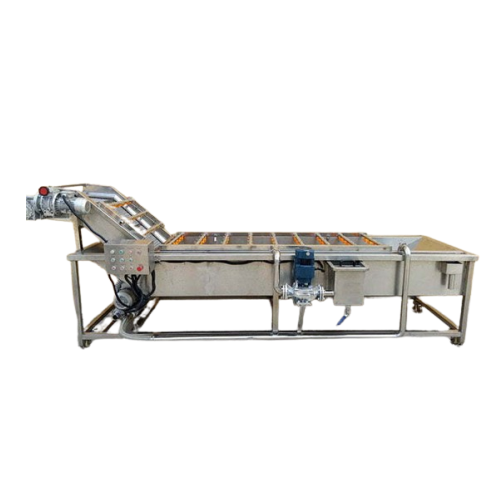
Industrial strawberry and blueberry washer
Ensure your soft fruits remain intact and impurity-free with this specialized w...
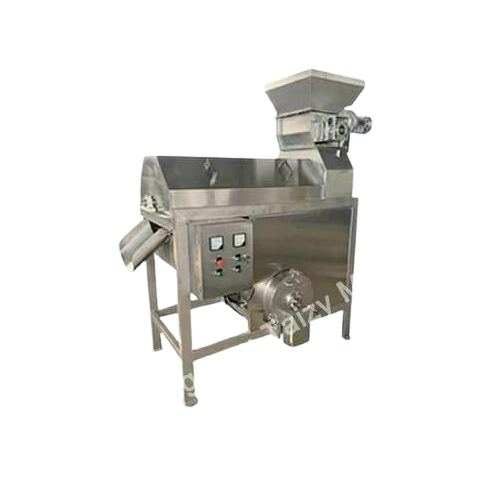
Industrial passion fruit juicer for efficient juice extraction
Achieve complete separation of passion fruit components w...
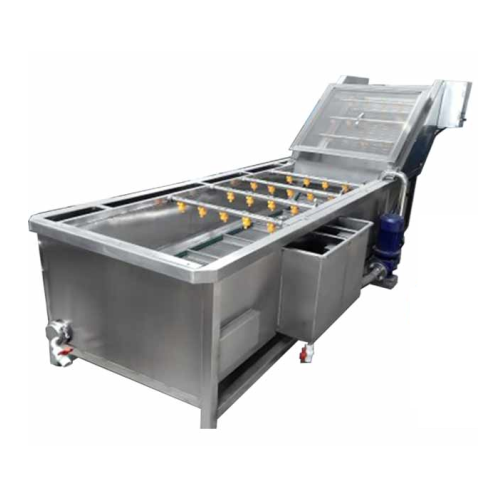
Mango juice production line
Streamline your mango juice production with a complete solution that efficiently transforms fres...
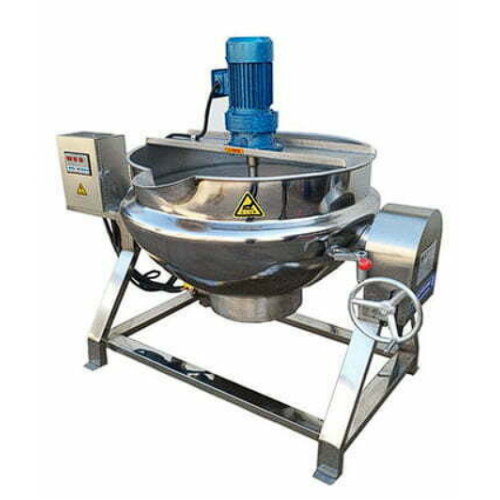
Jacketed kettle for porridge and sauce cooking
Efficiently heat and mix diverse liquid and slurry products with precise te...
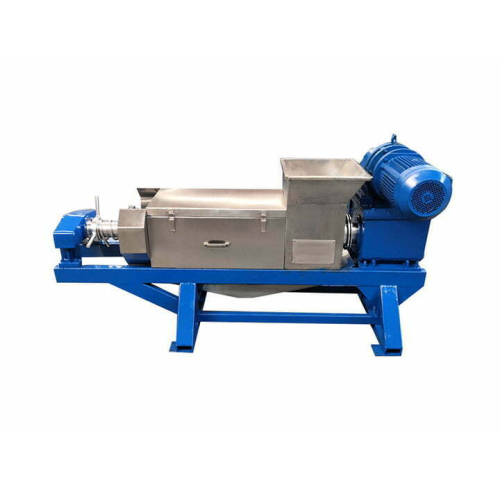
Industrial fruit juicer for high capacity processing
Optimize your extraction process with industrial-grade juicing that ...
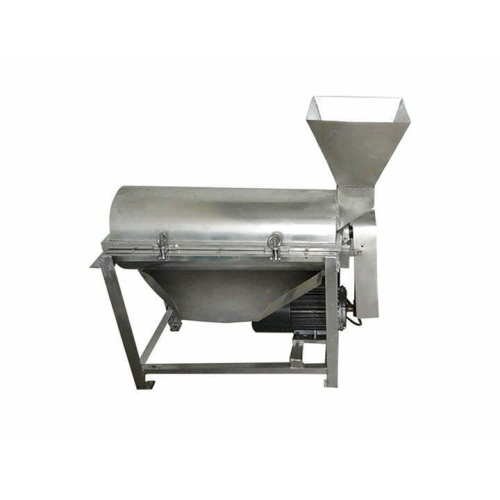
Fruit pulping system for juice production
Optimize your fruit and vegetable juice production with a pulping system that en...
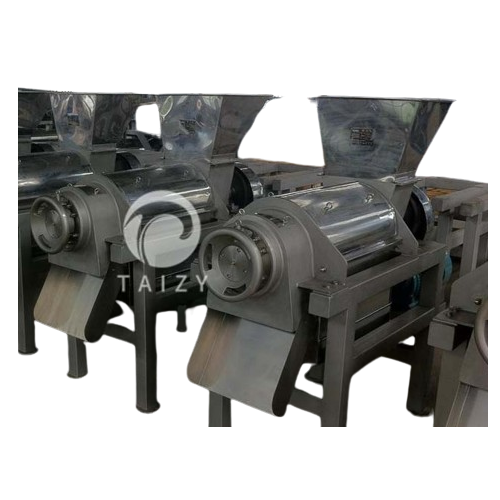
Industrial fruit and vegetable juicer
Optimize your juice production with a versatile spiral juicer designed to efficiently...
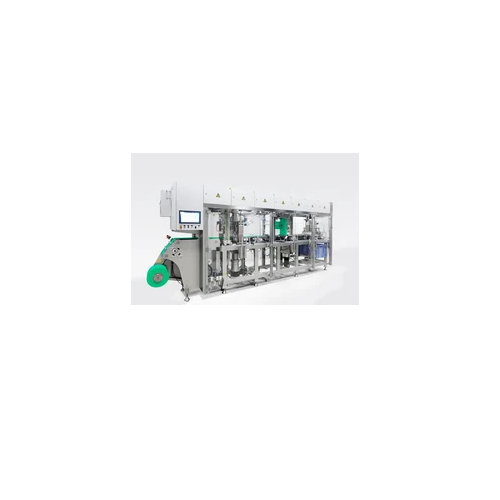
Paper forming technology for sustainable packaging
Elevate your product’s sustainability with advanced paper formin...
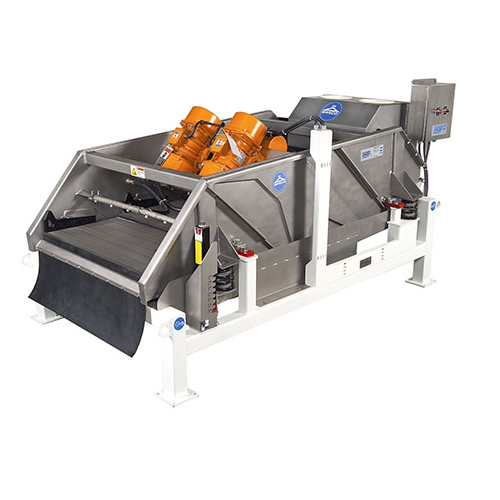
Multi-motion rectangular separator
Solve screen blinding effortlessly with an innovative system that combines elliptical an...
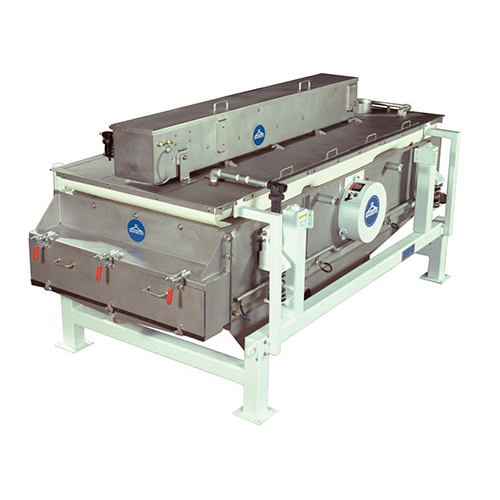
Round motion separator for dry and wet screening
Optimize your production line with an efficient solution for precise scre...
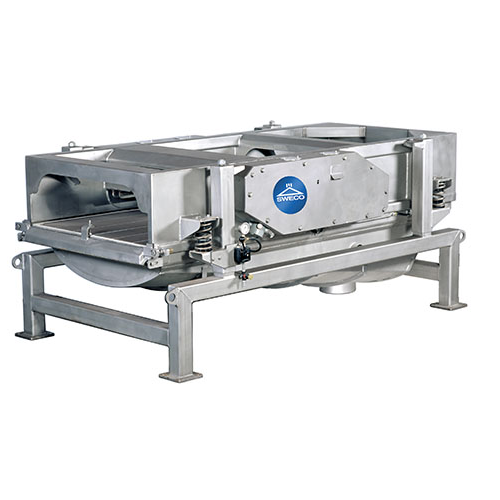
Universal motion rectangular separator for pulp and paper
Achieve precise motion adjustments with a versatile separator ...
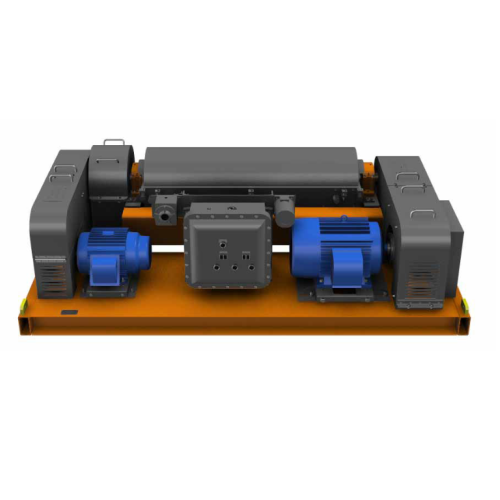
Industrial decanter centrifuge for solids separation
Optimize your production line with high-speed decanter centrifuges t...
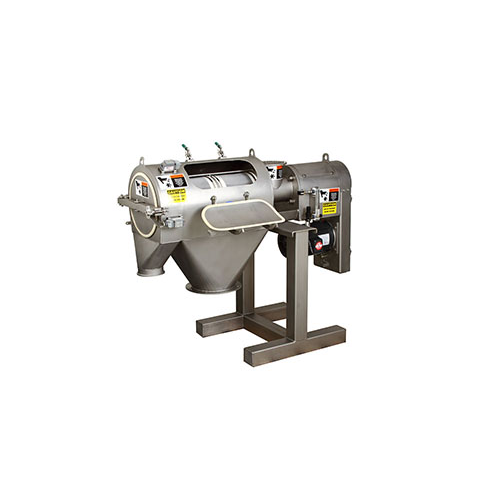
Centrifugal sifter for efficient particle separation
Enhance your material throughput by efficiently separating particles...
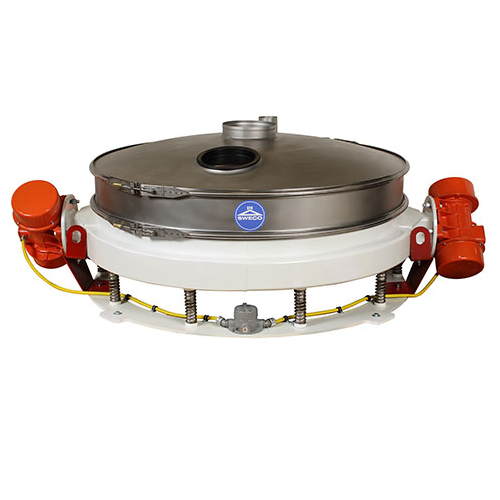
Low profile flow-thru separator for wet or dry scalping
Efficiently handle high-capacity separation with a compact design...
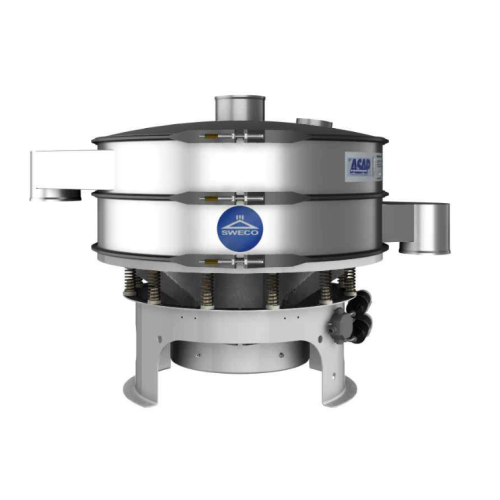
Vibratory separator for efficient solid-liquid separation
Maximize throughput and efficiency in your production line wit...

Sanitary separator for food processing applications
Ensure efficient separation and prevent contamination in food product...
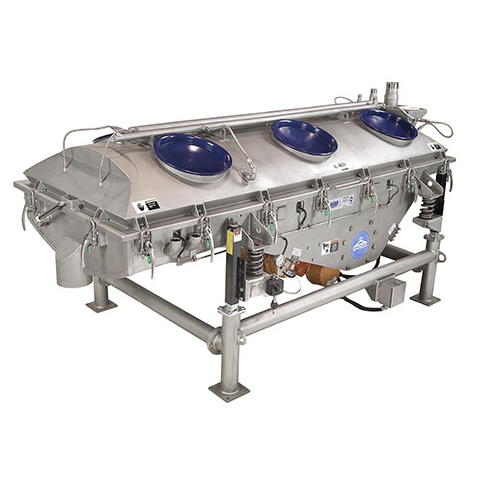
Dual-motion rectangular separator for pulp and paper industry
Optimize your production line with a versatile separation ...
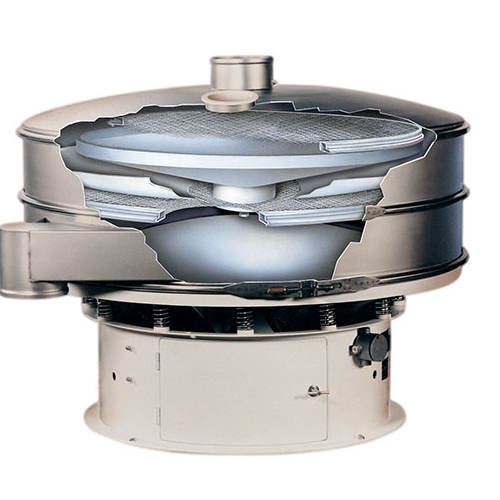
Round vibratory separation for high capacity screening
Maximize screening efficiency with dual screen vibratory technolog...
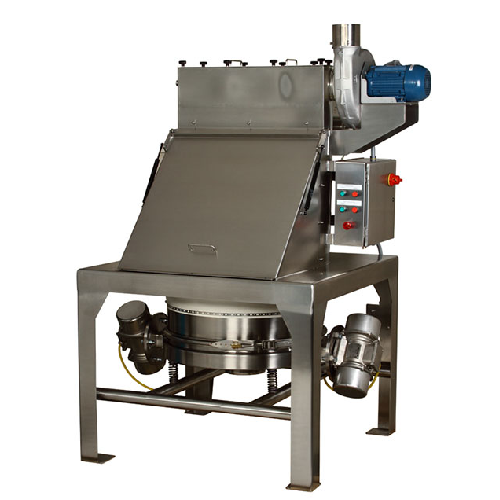
Round vibratory separation equipment - bag dump screener system
Enhance your material handling and safety by efficiently...
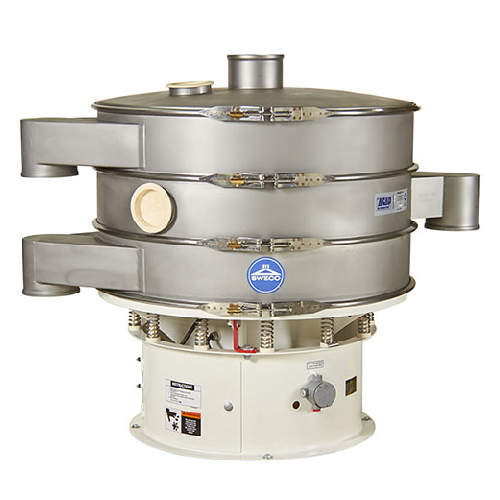
Round vibratory separation for various industrial applications
Ensure accurate material separation with a robust solutio...
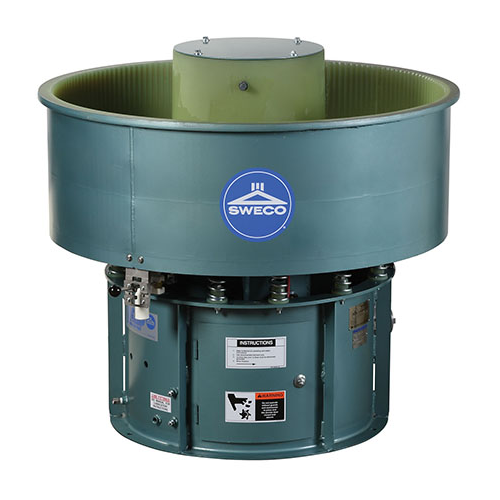
Vibratory finishing and deburring technology
Achieve precise surface finishing and deburring with advanced vibratory motio...
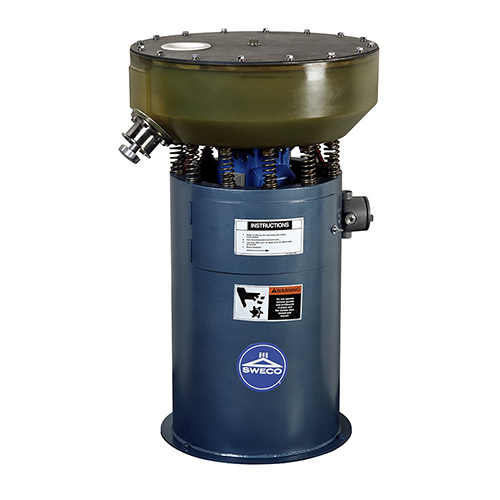
Sub-micron particle size reduction grinding mill
Achieve precise particle size reduction effortlessly with advanced vibrat...
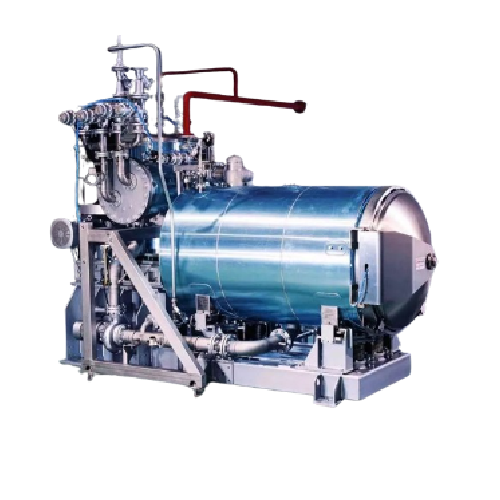
Cascading water sterilizer for optimized food preservation
Reduce sterilization times significantly while preserving foo...
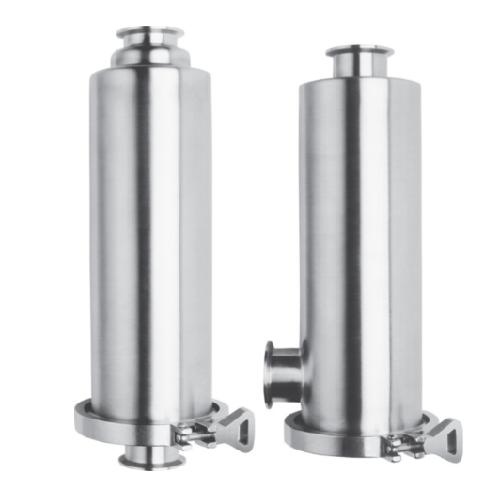
Industrial stainless steel filters and strainers
Optimize your liquid processing with precision filtration and straining, ...
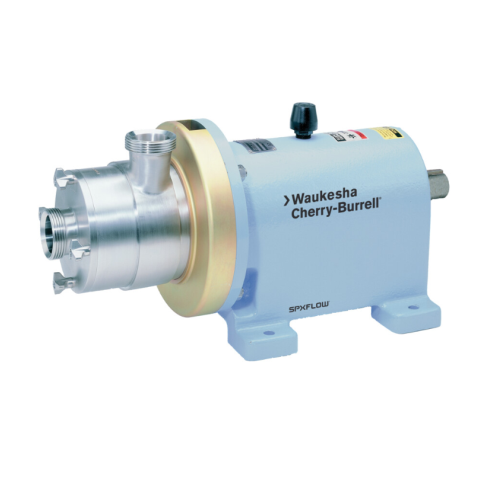
Shear pumps for continuous on-line dispersion
Effortlessly achieve consistent shearing and mixing with versatile shear pum...
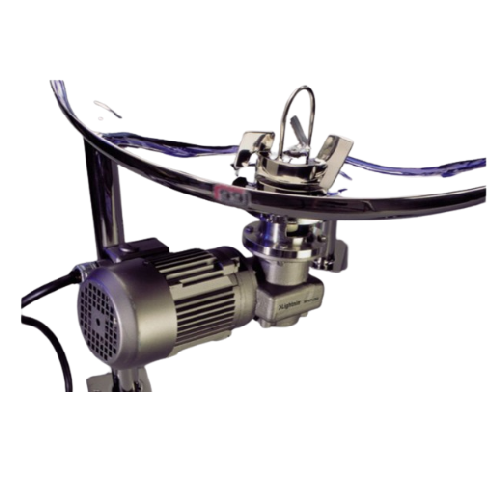
Sanitary mixer for food and pharmaceutical processing
Eliminate contamination risks while achieving high-speed, efficient...
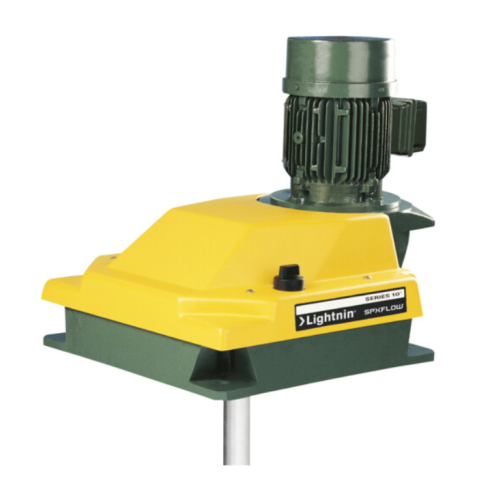
Medium torque top entering mixer for chemical processing
Achieve consistent mixing results with a versatile, high-torque ...
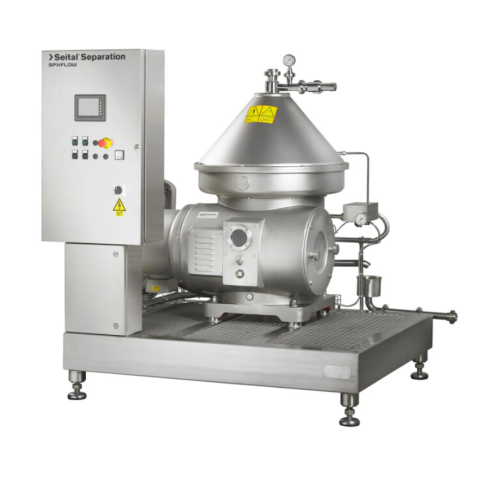
Self-cleaning clarifiers for liquid-solid separation
Optimize your production line with high-performance self-cleaning cl...
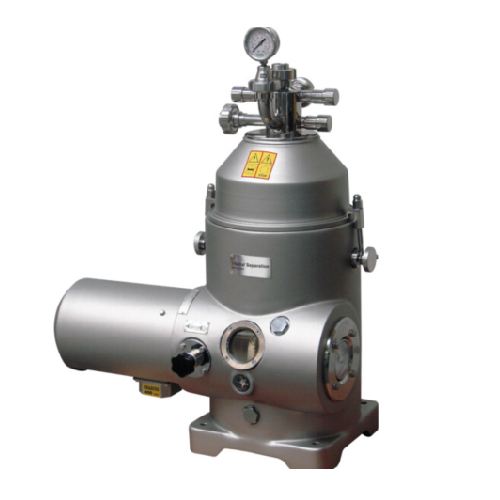
Solids retaining separator for liquid/liquid/solid separation
Achieve precise liquid-liquid-solid separation even with l...
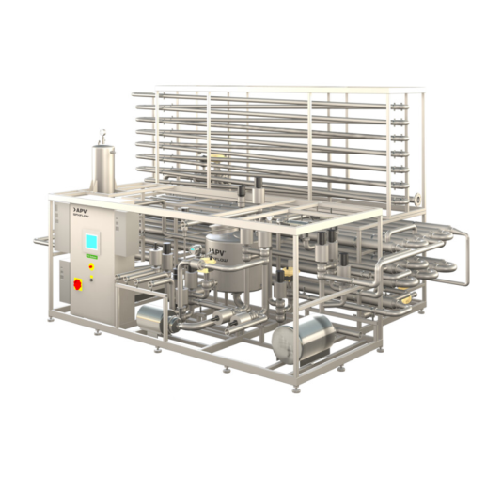
Tubular juice pasteurizer
Ensure optimal safety and quality of liquid products with precise temperature control and high hea...
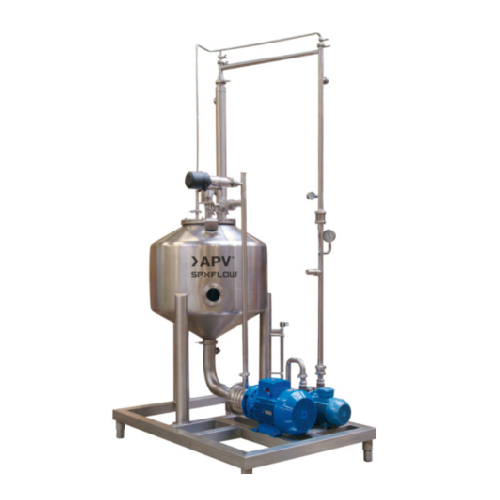
Deaerator for liquid food products
Enhance product quality by efficiently removing air and preserving vital aromas in liqui...
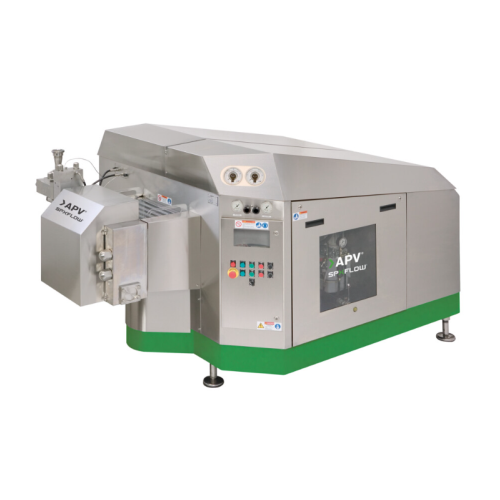
High pressure homogenization system for dairy and creams
Optimize your high-speed homogenization processes with precise c...
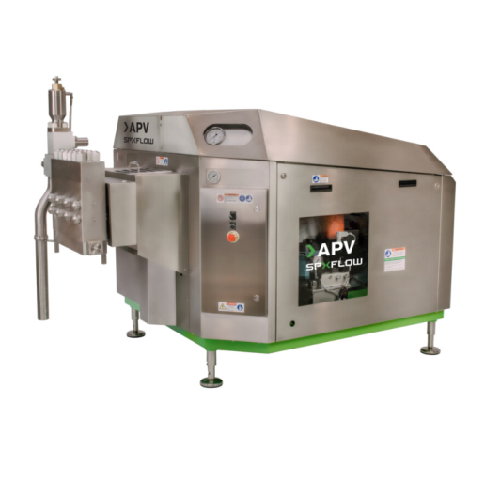
High pressure homogenizer for dairy and pharmaceutical industries
When uniform texture and stable emulsions are critica...
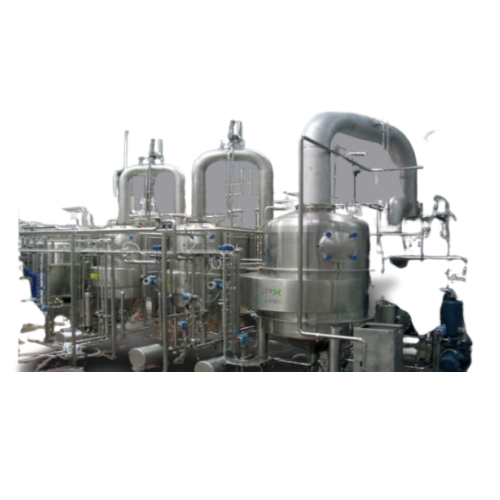
Rising/falling film plate evaporator for heat sensitive products
Efficiently concentrate heat-sensitive liquids with ris...
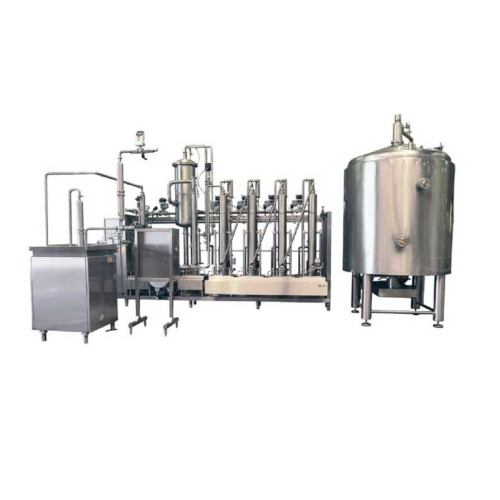
Scraped surface heat exchanger for high-viscosity products
Designed for handling high-viscosity products, this system en...
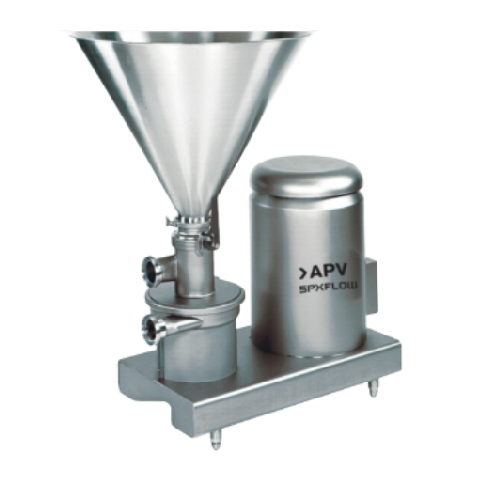
Batch powder mixer for circulatory dispersion
Optimize your batch production with a powder mixer designed for efficient di...
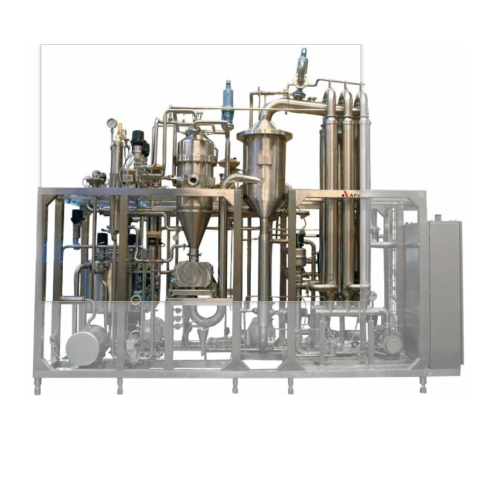
Instant infusion Uht for baby food or milk concentrate processing
Achieve exceptional product quality with ultra-short,...
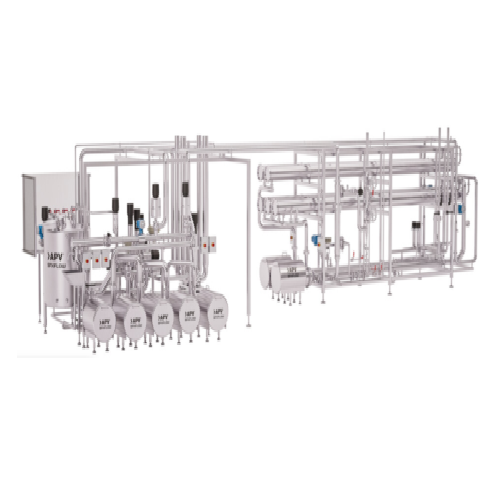
Nanofiltration system for dairy and plant-based applications
Enhance your production capacity with nanofiltration, ensur...
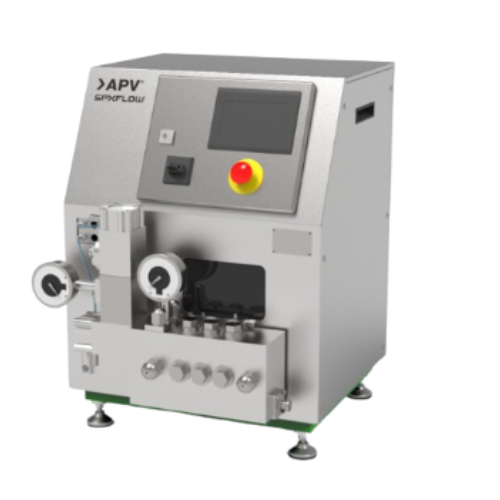
Pilot plant homogenizer for immiscible liquids
Streamline your R&D with precise homogenization, allowing you to test ...
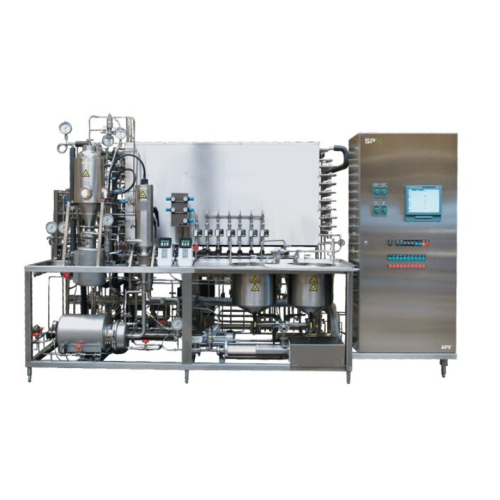
Multipurpose ultra high temperature (uht) pilot plants
Optimize liquid food production with a versatile pilot unit design...
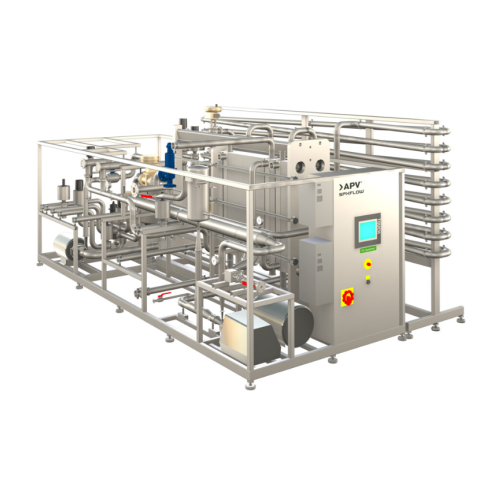
Plate juice pasteurizer system
Ensure optimal pasteurization with precise temperature control and high heat recovery, reduci...
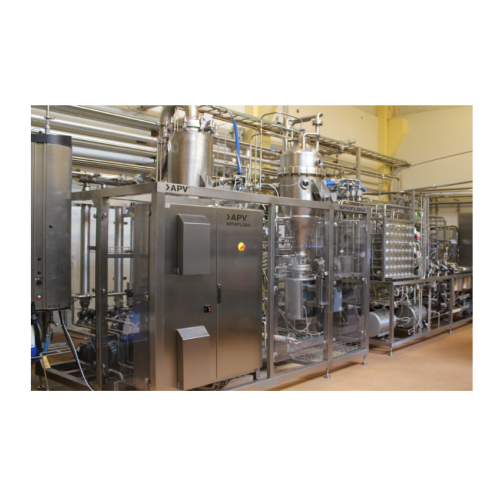
Combi ultra high temperature (uht) processing plant for dairy and beverages
Achieve precise heat treatment for diverse...
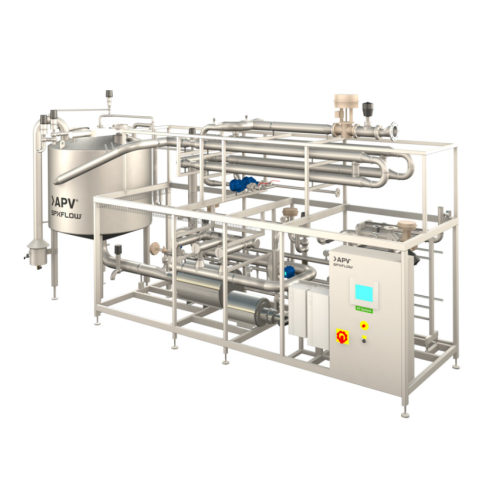
Continuous sugar dissolver for beverage processing
Achieve precise sugar syrup production with minimal raw material waste...
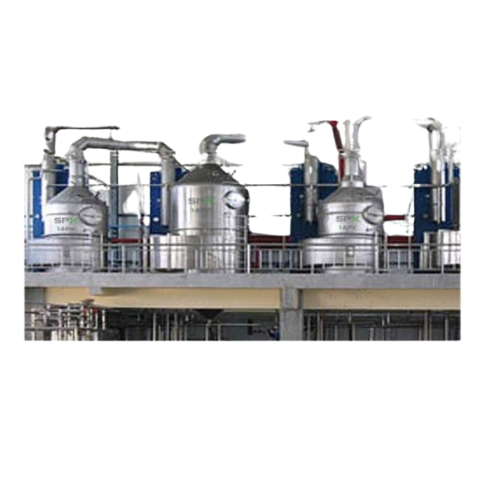
Falling film plate evaporators for fruit juice concentration
Achieve precise concentration of liquid products with minim...
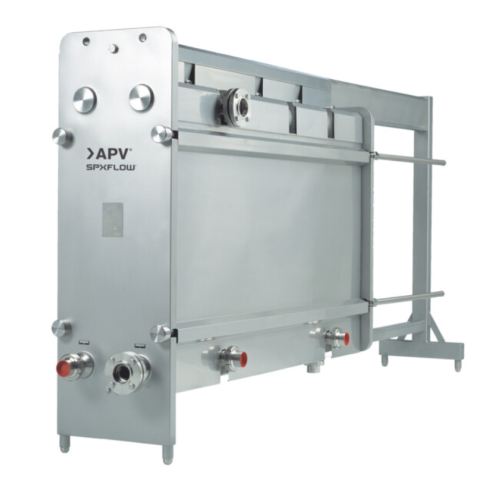
Sanitary gasketed plate heat exchangers for clean applications
Ensure product purity and maintain hygienic standards wit...
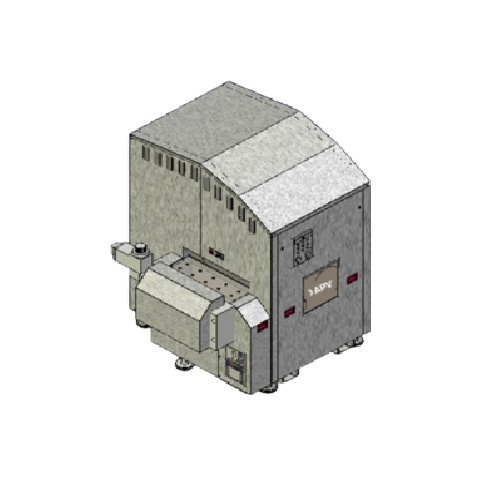
High pressure homogenizer for food and beverage processing
Optimize your production line with a versatile high-pressure ...
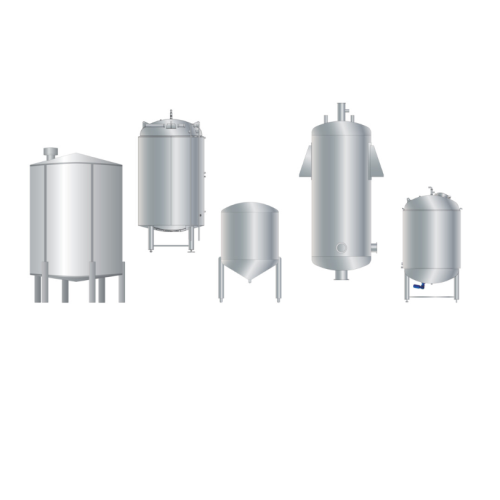
Hygienic tanks for various processing needs
Achieve optimal processing and storage with customizable hygienic tanks, desig...
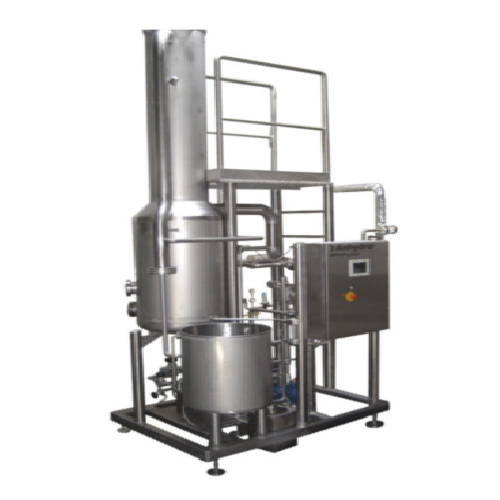
Small scale continuous evaporator
Ideal for lab and small-scale production, this evaporator offers precise control for redu...
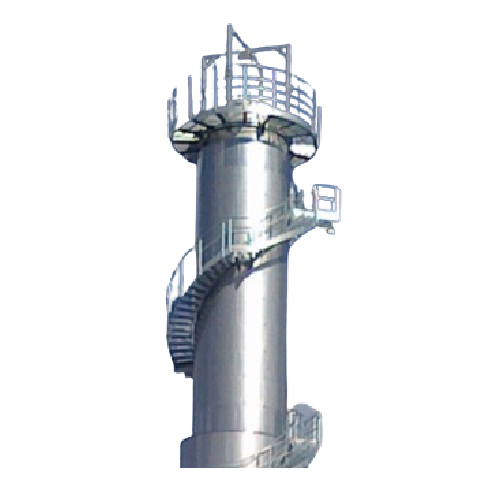
Mechanical vapor recompression evaporator for pre-concentration in food industry
Achieve efficient energy use by utili...
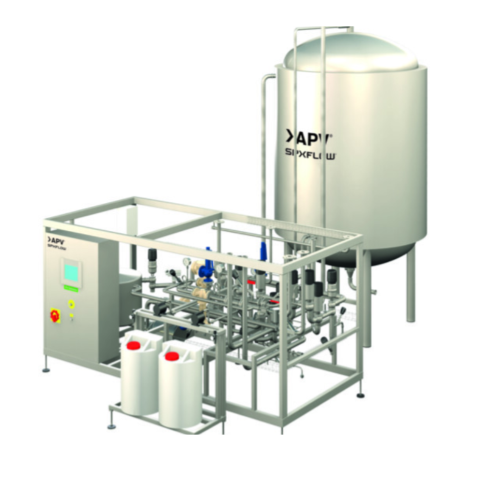
Aseptic storage tank for aseptic products
Ensure uninterrupted aseptic product storage with this advanced tank system, des...
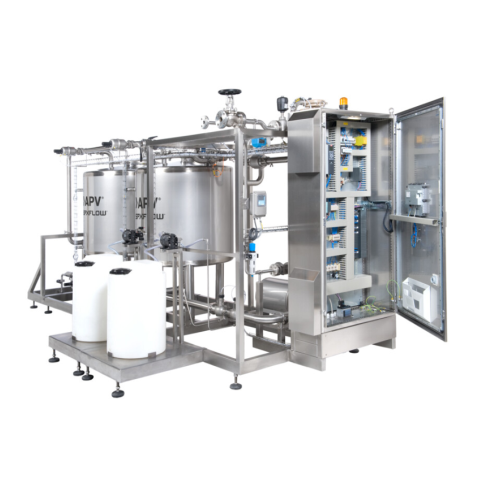
Clean in place (cip) system for industrial cleaning
Ensure optimal hygiene and production efficiency with a system that s...
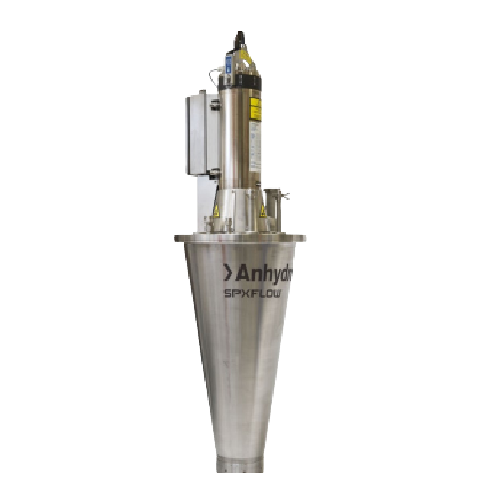
Centrifugal atomizer for precise spray drying
Achieve precise control over particle size and moisture content with centrif...
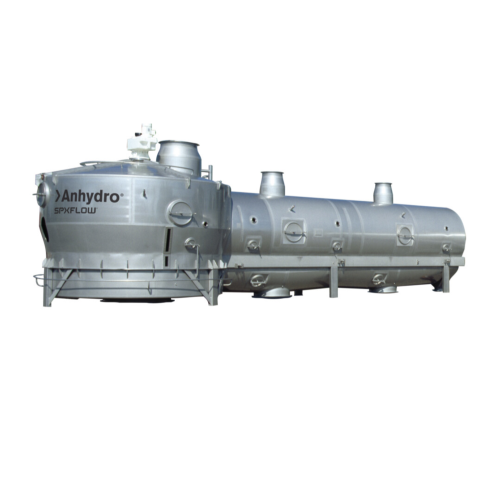
Industrial fluid bed dryers for powder processing
Enhance moisture control and uniformity in powder products with dynamic...
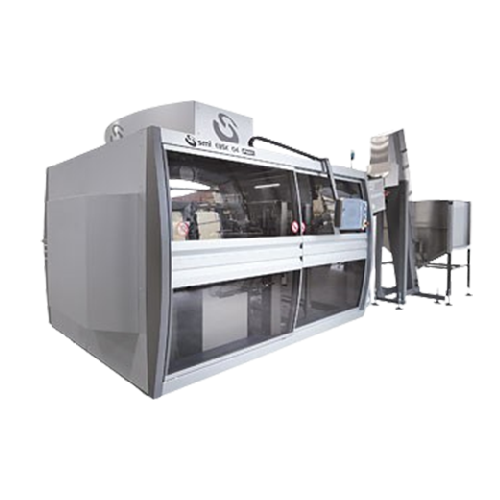
Rotary stretch-blow moulders for Pet bottles
Achieve efficient and high-speed production of diverse plastic containers wit...
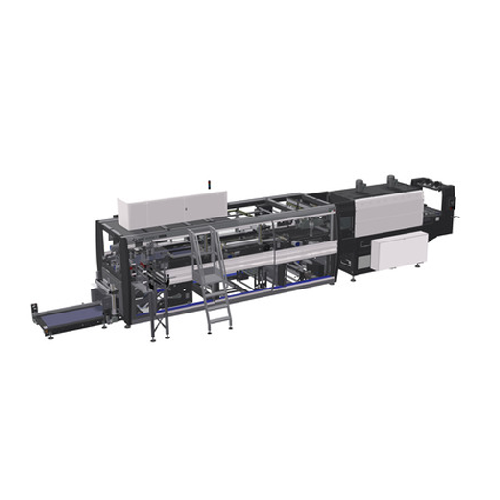
Film shrink wrappers with 90° infeed
Easily adapt to compact spaces while efficiently wrapping various container shapes, fr...
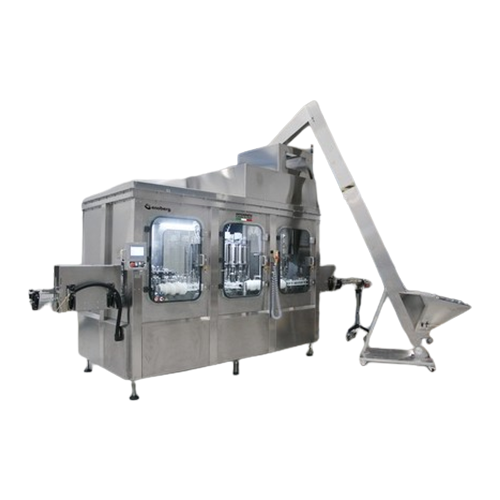
Hyper-clean electronic volumetric filler for Pet bottles
Enhance your liquid filling operations with precision and hygien...
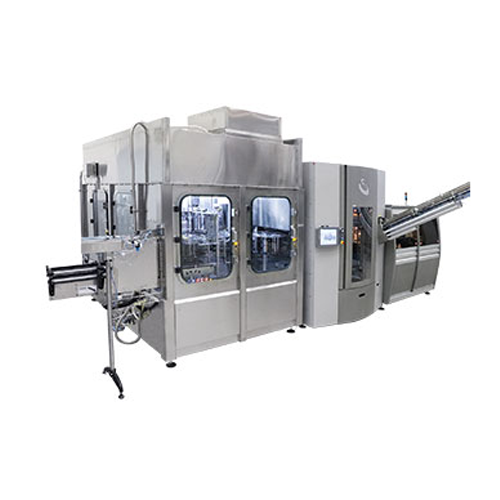
Integrated stretch-blow moulding, filling, and capping system for still liquids
Streamline your bottling process with ...
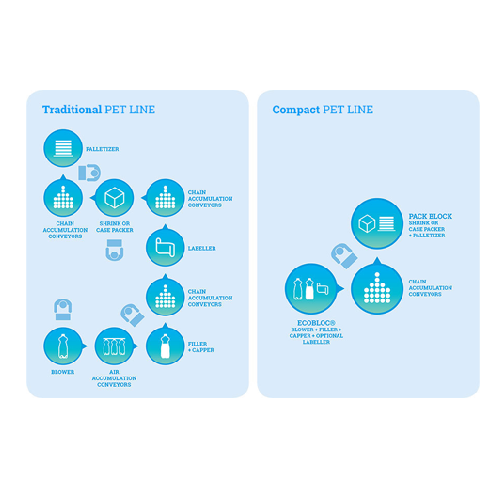
Compact bottling line for water
Revolutionize your bottling process with a compact solution that integrates multiple operati...
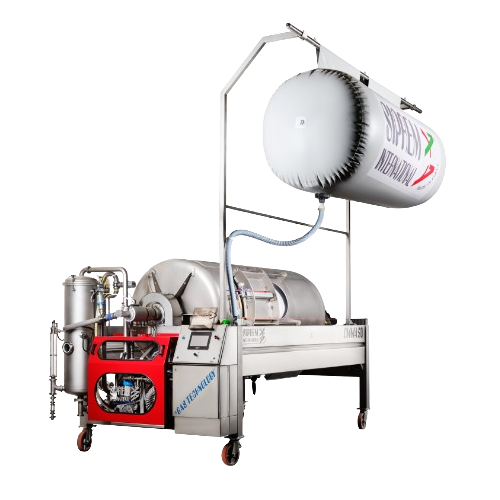
Vacuum juice extraction for various soft-pulp fruits
Achieve superior fruit juice quality by maintaining the integrity of...
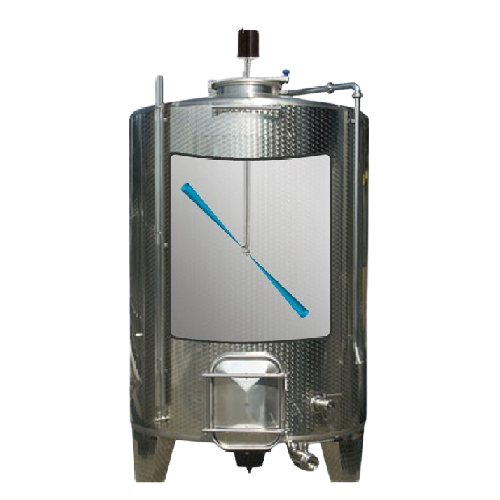
Tank washers for barrel and vat cleaning
Effortlessly maintain hygiene and efficiency in your production line with tank was...
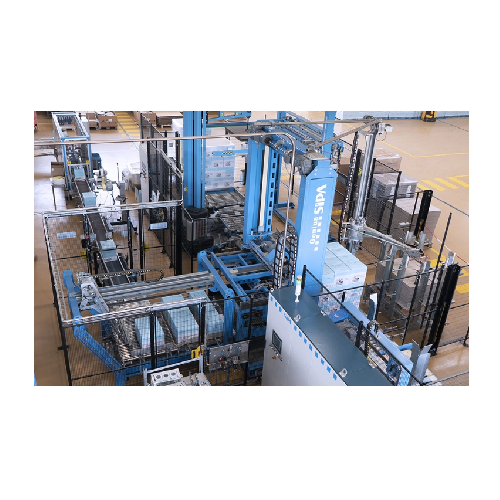
Steady and moving pallet palletizers
Optimize your packaging line with advanced palletizing solutions designed to handle di...
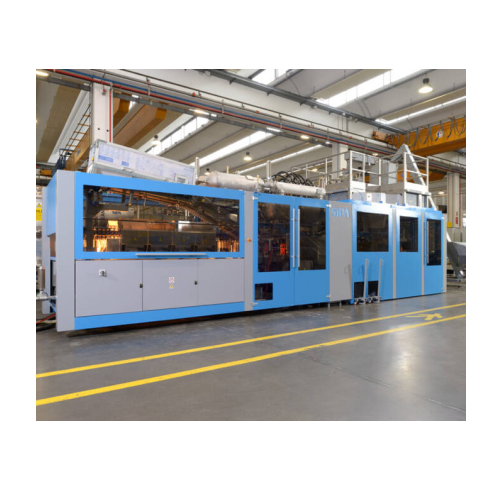
Integrated linear blowing and filling system for Pet containers
Streamline your PET container production with integrated...
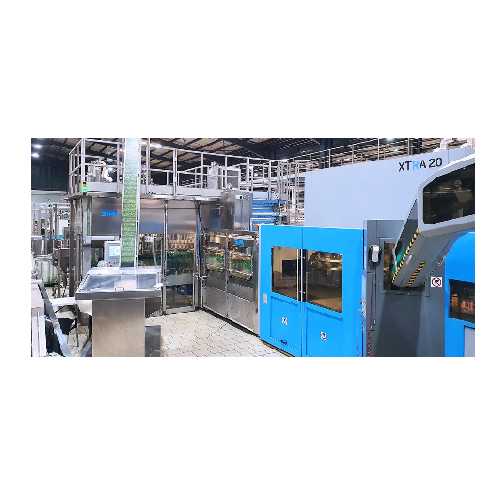
Integrated rotary blowing and filling system for Pet bottles
Optimize your beverage production with an integrated rotary...
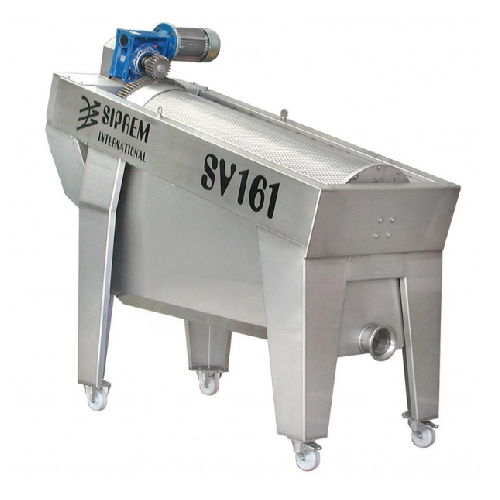
De-juicing unit for wine must processing
Optimize your winemaking process by effectively separating seeds and skins from wi...
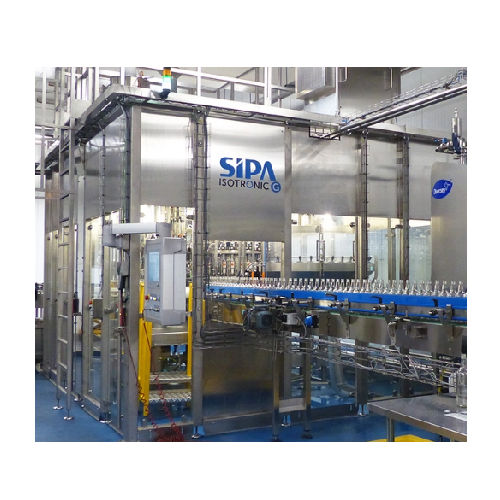
Isobaric filler for glass and Pet bottles
Achieve precise liquid filling with enhanced operational flexibility and hygiene...
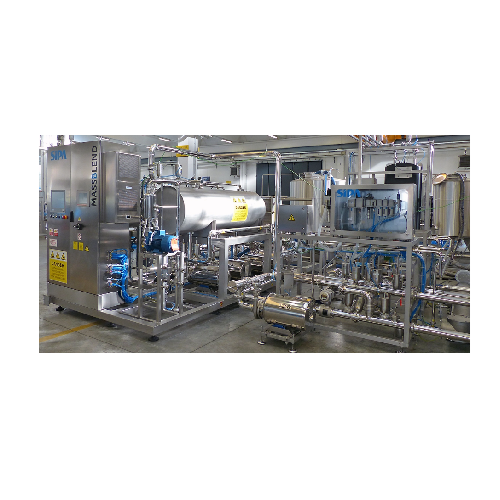
Beverage carbonation and mixing unit
Streamline your beverage production with a unit that ensures precise carbonation and m...
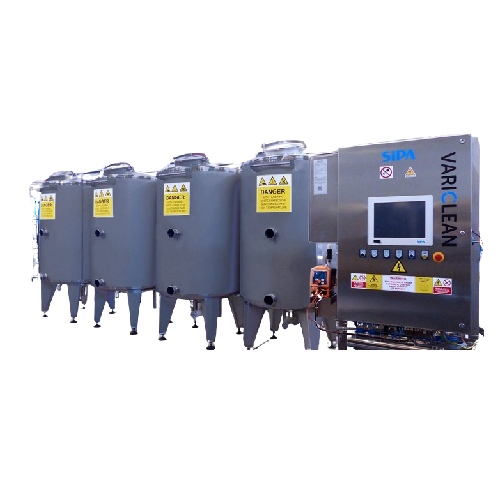
Cip sanitizing unit for food and beverage production
Ensure meticulous hygiene with a compact unit designed for seamless ...
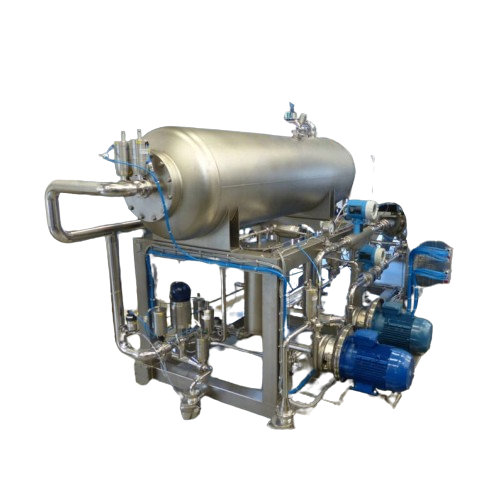
Degassing and mixing unit for beverage production
Ensure precise beverage formulation and maintain high quality standards...
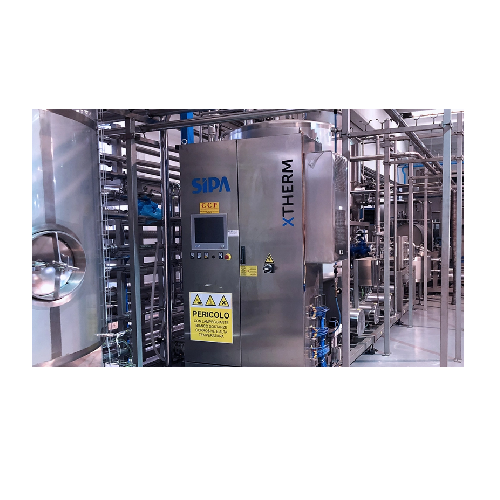
Continuous pasteurization unit for beverages
Optimize beverage shelf life and safety with this versatile pasteurization un...
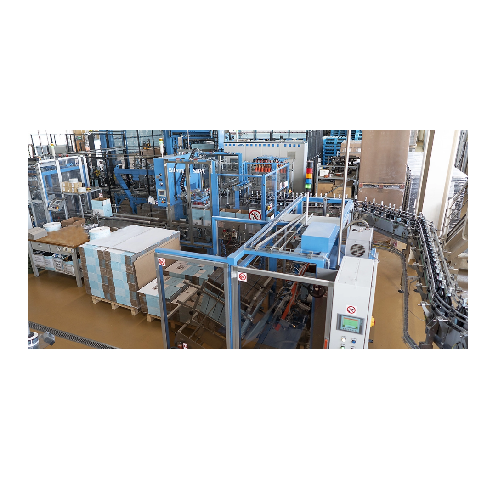
Cartoning solutions for beverage and food industries
Optimize your packaging line with a versatile range of cartoning sys...
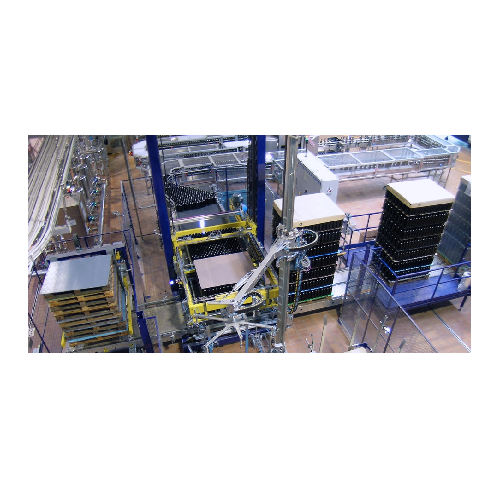
Pallet depalletizers for industrial packaging
Efficiently handle layered packaging systems with versatile depalletizers de...
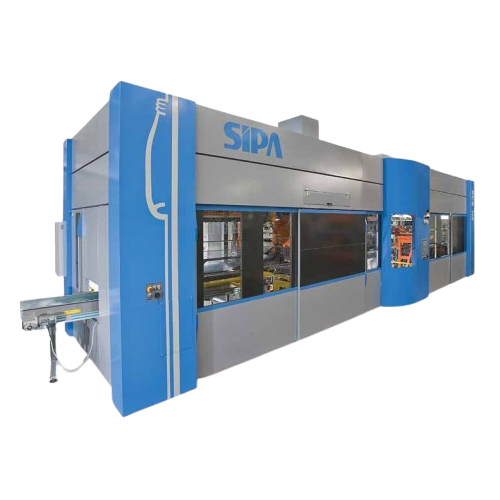
Single-stage plastic container production system
Eliminate multiple steps and minimize production costs with an integrated...
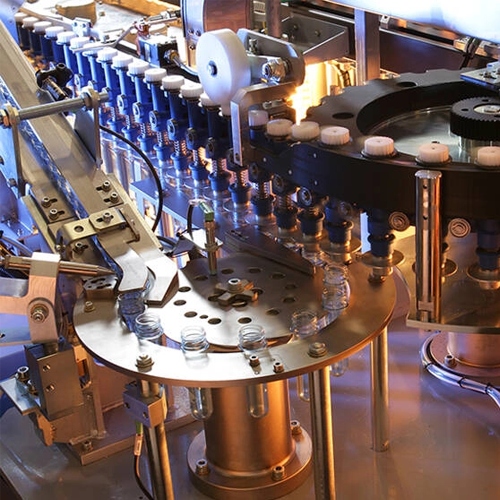
Linear blowing systems for Pet bottle production
Ideal for producers seeking versatile container solutions, this system en...
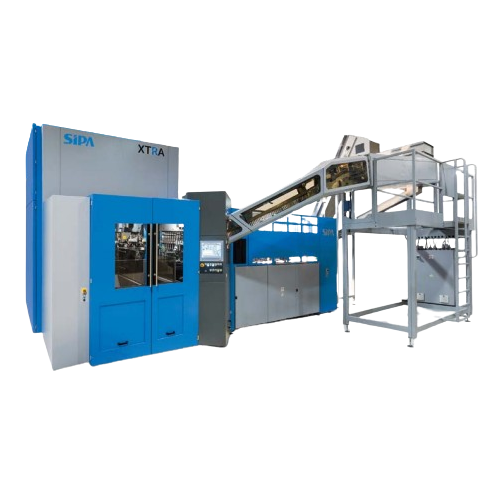
Rotary blower for Pet bottle production
Optimize PET bottle production with cutting-edge efficiency, reducing energy consum...
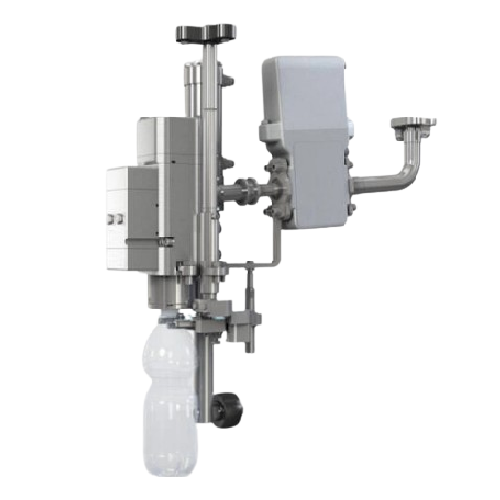
Volumetric filler for Pet bottle beverages
Experience seamless integration into your bottling line with this advanced volu...
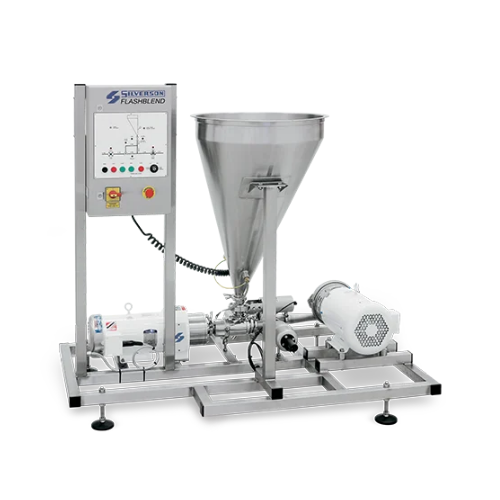
Powder/liquid mixing system for homogeneous dispersions
Struggling to integrate challenging powders into liquid formulati...

Instant milk cooling systems for dairy farms
Optimize your dairy operations by instantly cooling milk with systems designe...
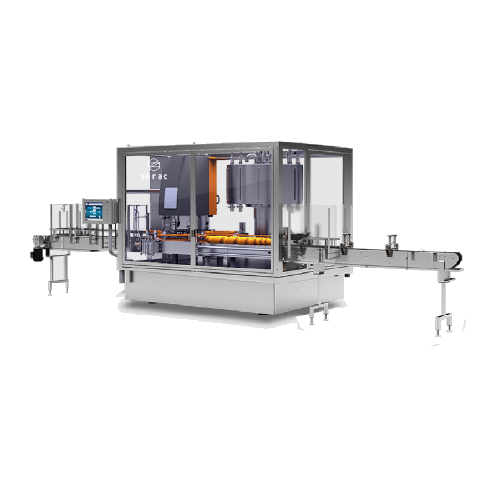
Versatile rotary filler-capper for liquid products
Optimize your liquid product production with a versatile solution that...
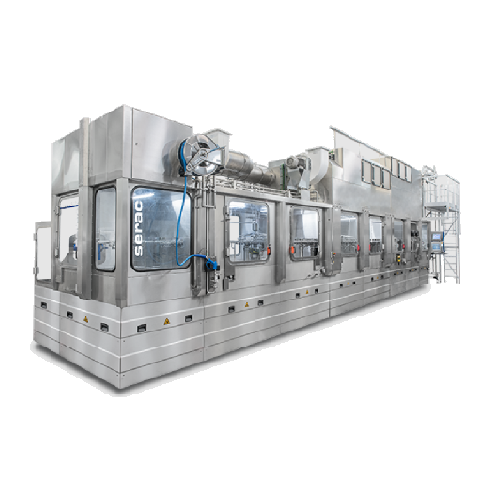
Aseptic filling technology for dairy products
Ensure product integrity and extend shelf life with a high-speed aseptic fil...
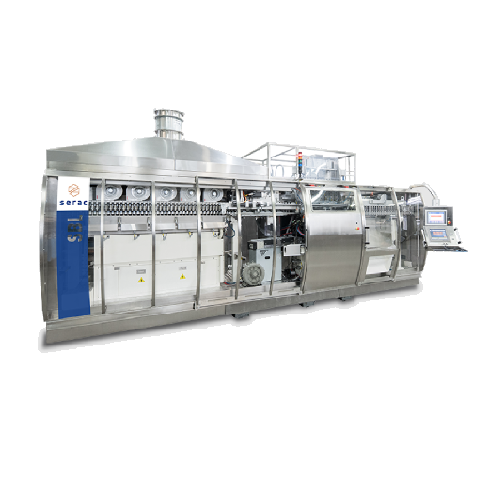
Pet bottle production for small and medium outputs
Optimize your production line by manufacturing PET bottles in-house, r...
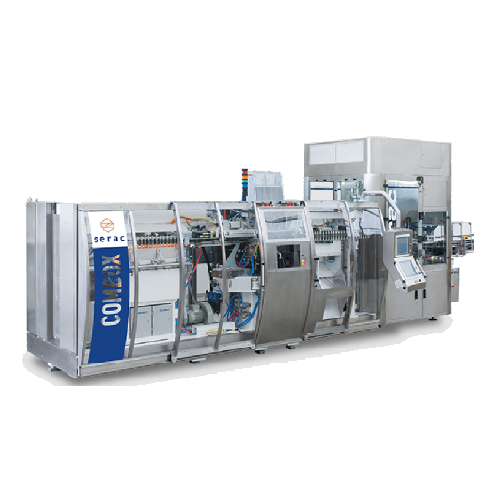
Blow-fill-cap solution for low/medium batch production
Streamline your production line with a compact blow-fill-cap syste...
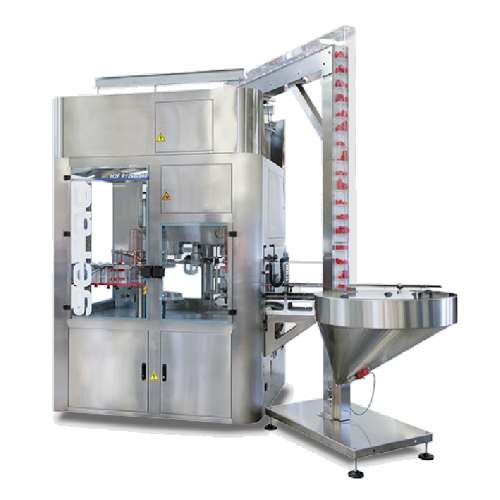
High hygienic filler for chilled beverages
Enhance cold beverage production with a modular, hygienic filler offering chemi...
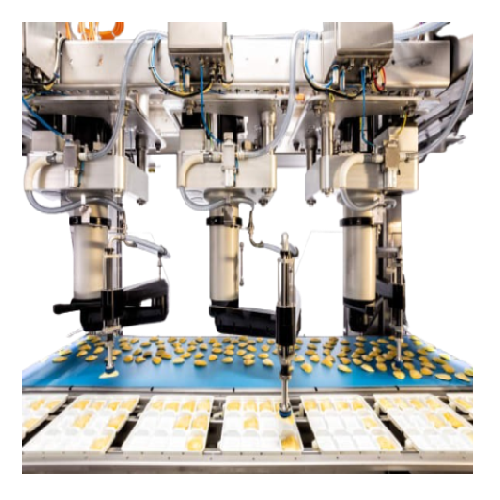
Pick & place vision system for packaging quality control
Ensure flawless product packaging with a vision system that enha...
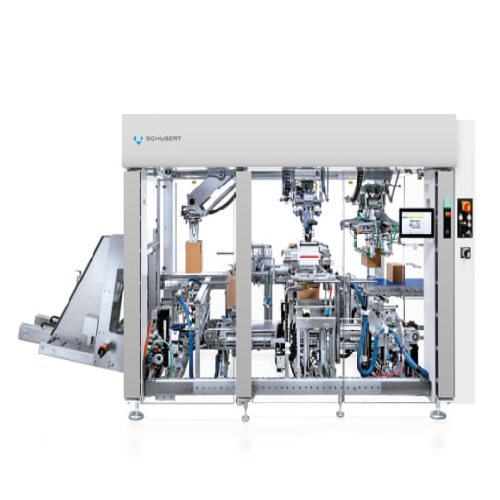
Ultra-compact case packer for consumer goods
Maximize efficiency on your production floor with a compact case packer desig...
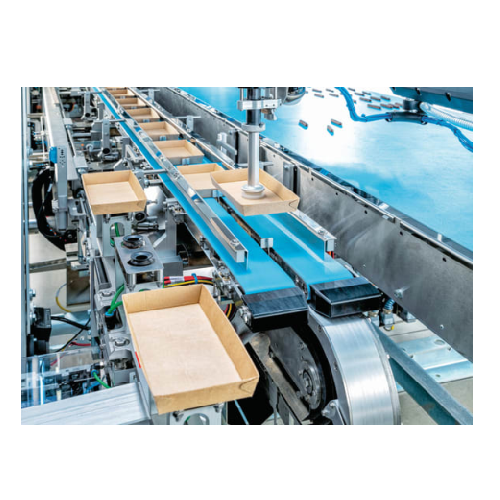
Flow wrapper with quick format change
Streamline your packaging operations with a machine that offers rapid format changeov...
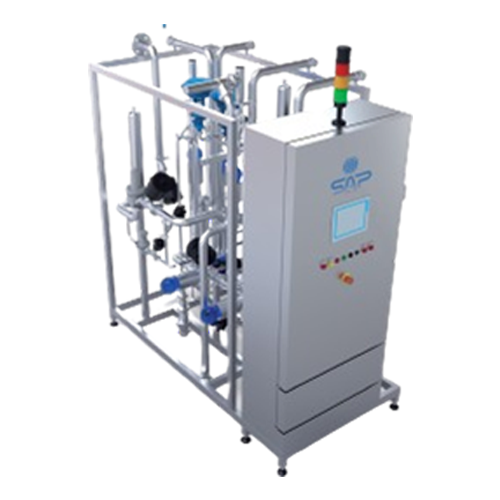
Aseptic tank for liquid food storage
Store and maintain the sterility of low and high acid liquid foods while ensuring prod...
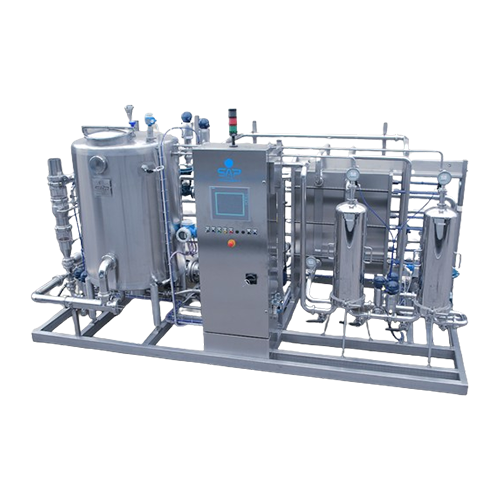
Continuous sugar dissolver for high brix solutions
Optimize your beverage production with a system that dissolves sugar u...
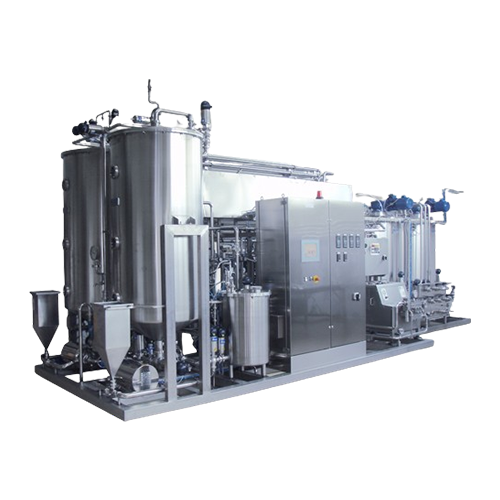
Pasteurization solution for food liquids
Extend the shelf-life of your liquid products while maintaining their quality with...
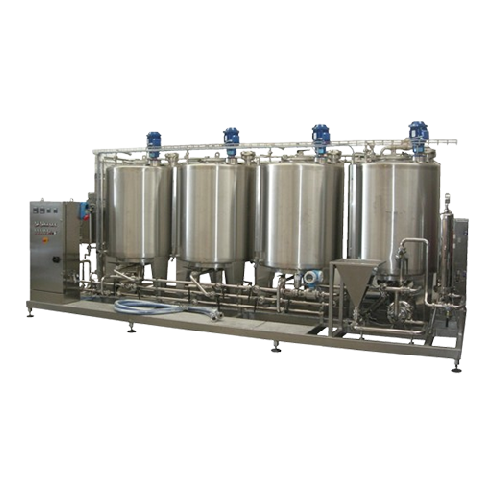
Custom syrup preparation systems
Optimize your beverage production with precision-engineered syrup preparation systems desig...
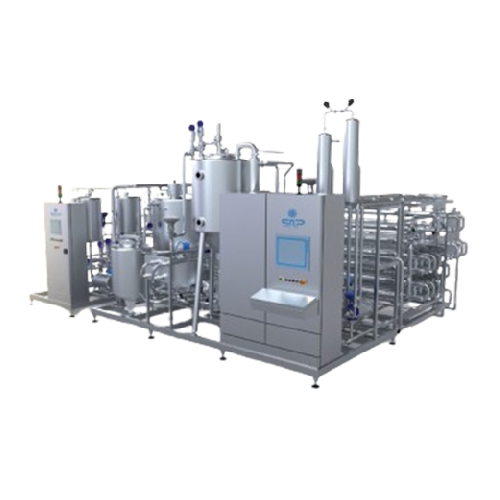
Uht sterilization solution for liquid food products
Enhance your liquid food processing with reliable UHT sterilization, ...
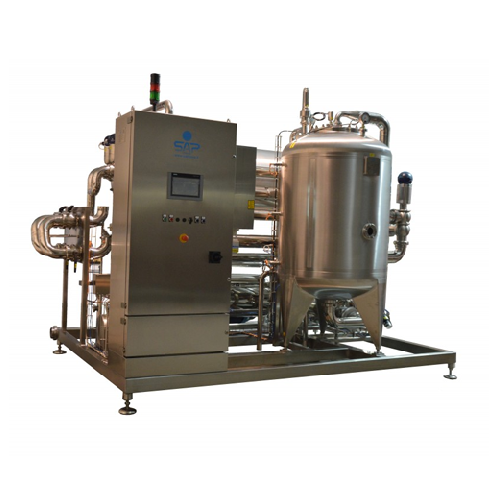
Industrial solutions for beverage mixing and carbonation
Optimize your beverage production with precise mixing and carbon...
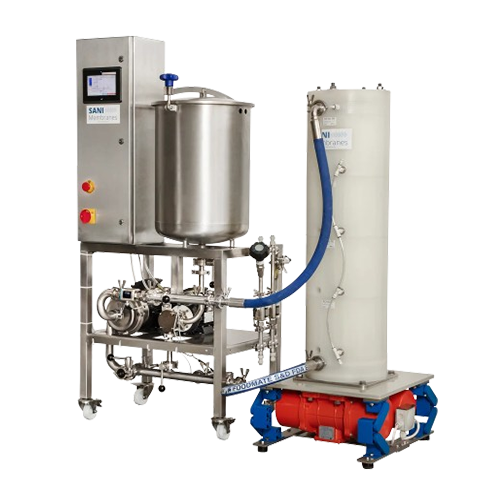
Feed system for pilot-scale microfiltration and ultrafiltration applications
Optimize your small-scale production with...
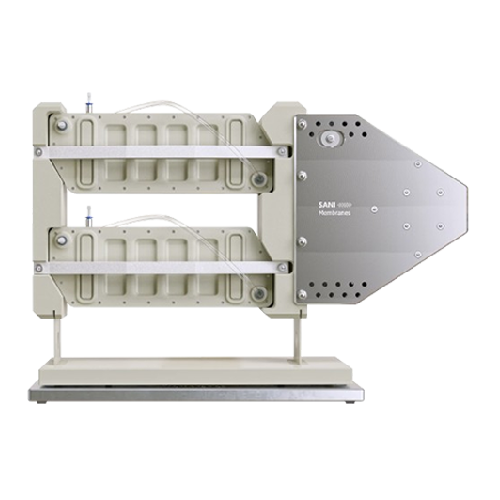
Benchtop membrane filtration for process development
Eliminate fouling and achieve precise separation with a benchtop fil...
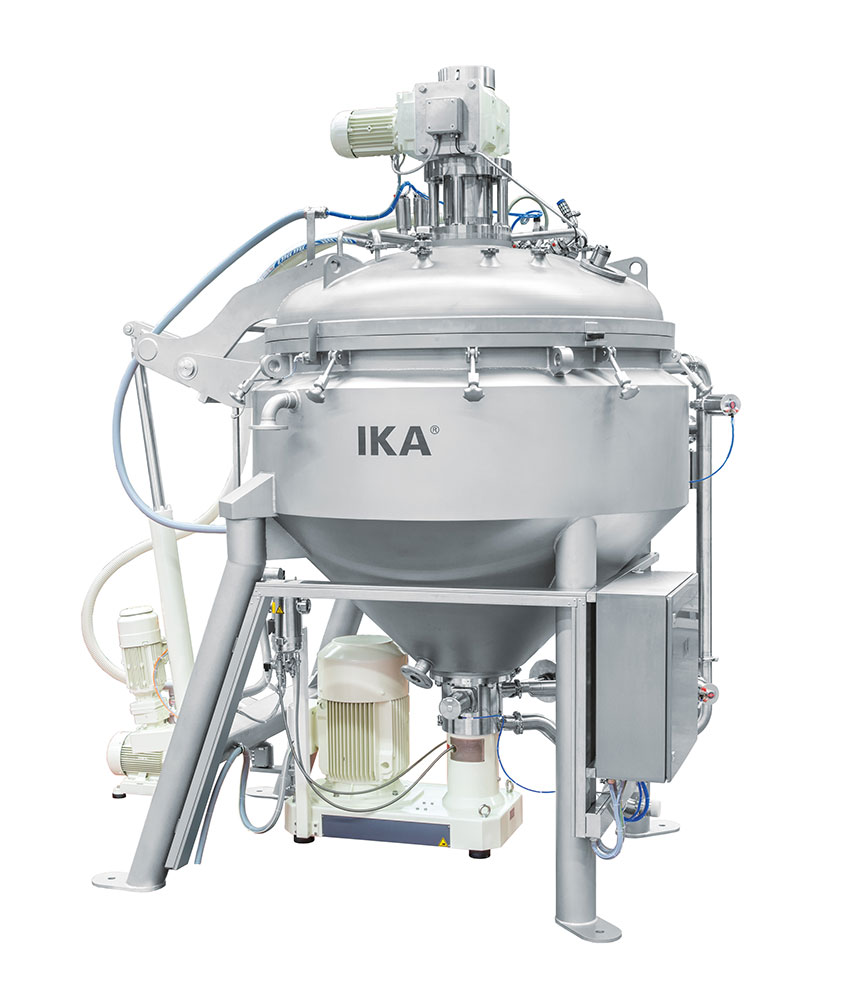
Homogenization and emulsifying system for fine foods
Texture and consistency are critical to foods with delicate composit...
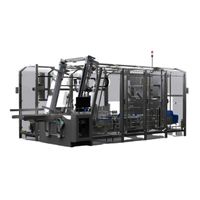
Side Load Case Packer For Packaged Food
Accuracy is a primary concern for case-packing pre-packaged foods such as milk or p...
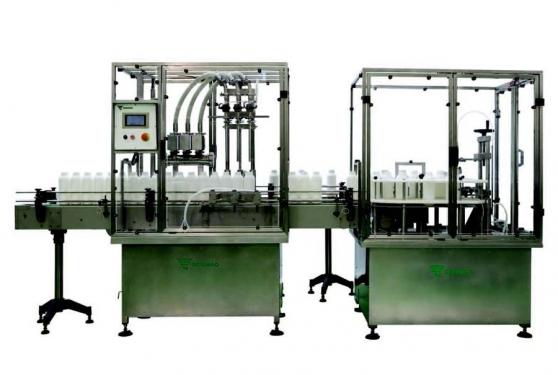
Linear automatic bottling machine for liquids
Autonomous filling systems are a very widely utilized solution for the consi...
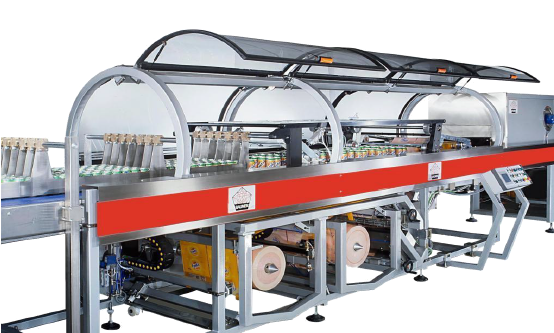
Shrink wrapping machine for PET bottles
During a shrink-wrapping process, a change of reel can slow down the production cyc...
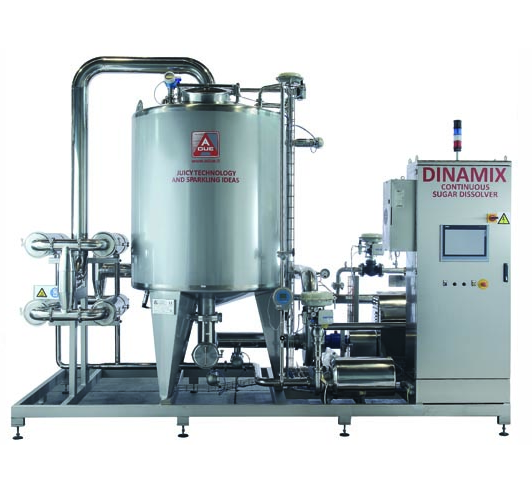
Sugar dissolving system for beverages
In the beverage industry, production of sweet drinks requires the addition of sugar s...
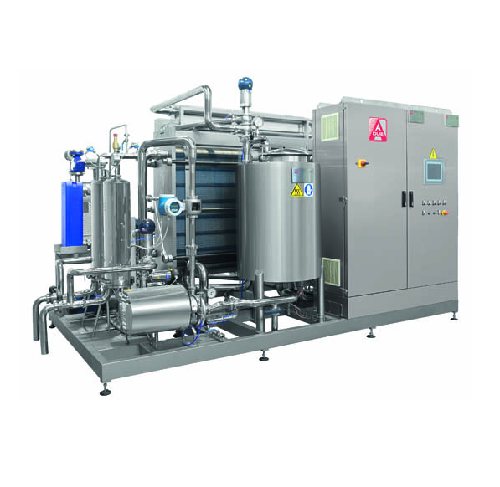
Pasteurizer machine for sensitive beverages
When you want to expand your beverage production line, following a new global ...
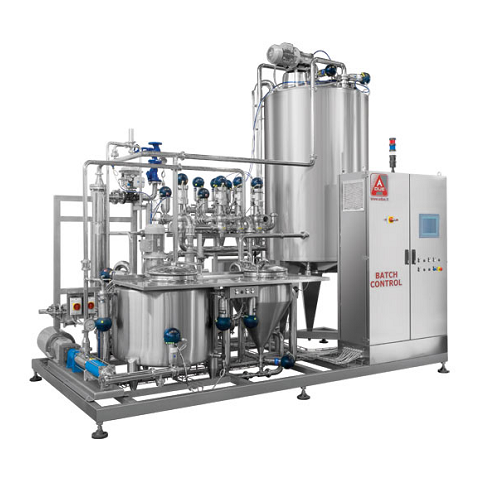
Mixing tanks for beverages
Juice production lines require multiple ingredients to be typically mixed with water. The incorpo...
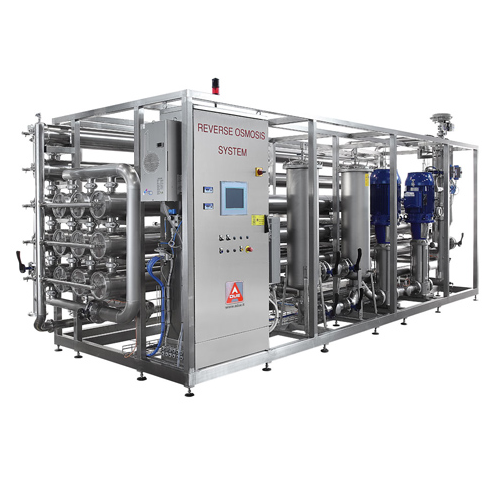
Water treatment for beverage preparation
Water is one of the main ingredients in producing juices and other beverages. If i...
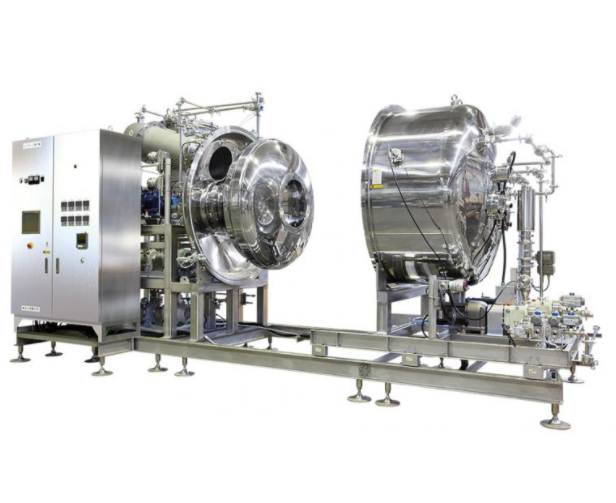
Evaporator for heat sensitive products
The removal of solvents when making products in industries like food, cosmetics, pha...
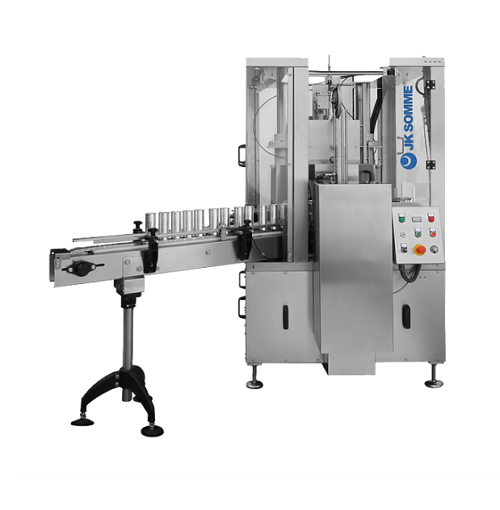
Medium scale round can seamer
Automatic seaming of cans of craft bear can be quite the hassle with the movement from the cen...
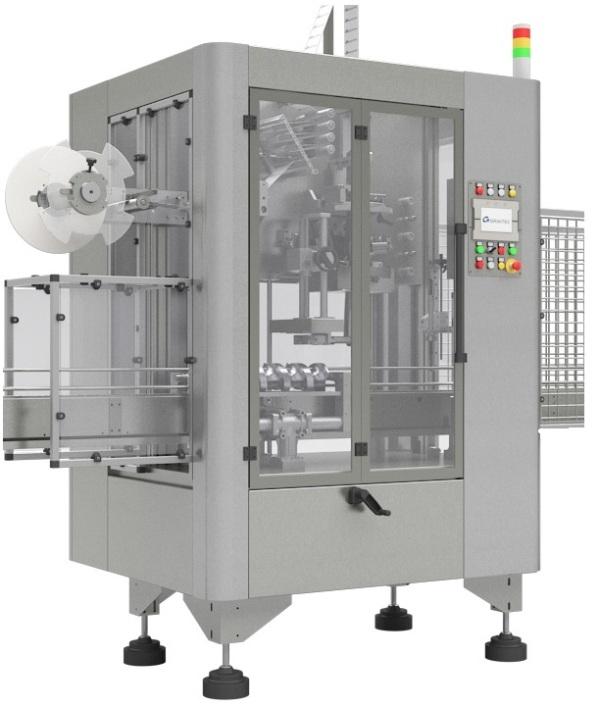
Shrink sleeve labeling machine
Shrink sleeves are new type of full-colour labels that give the opportunity to create a 360-d...
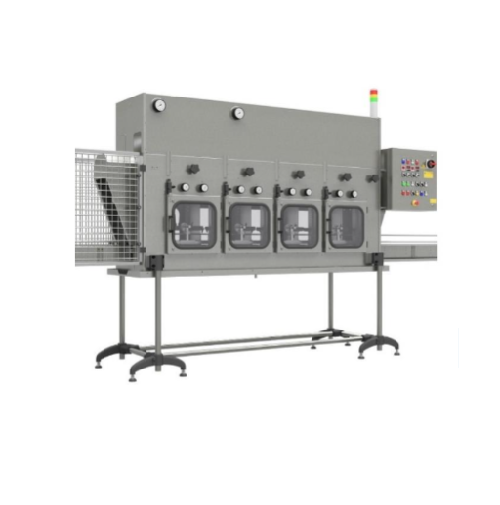
Steam tunnel for shrink sleeve labels
When it comes to the option of applying sleeves or film on a container without wrinkl...
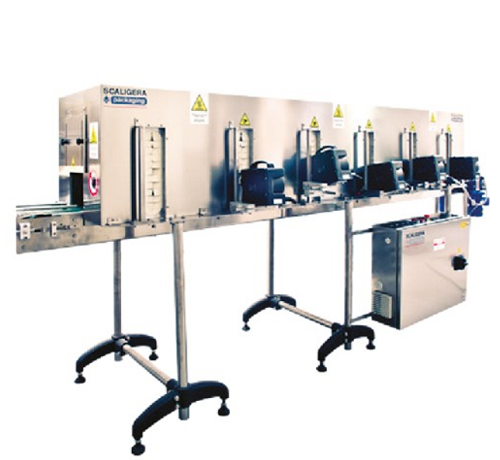
Hot air tunnel for shrink sleeve labels
Sleeves are very popular in food, beverage, Chemical and pharmaceutical industry be...
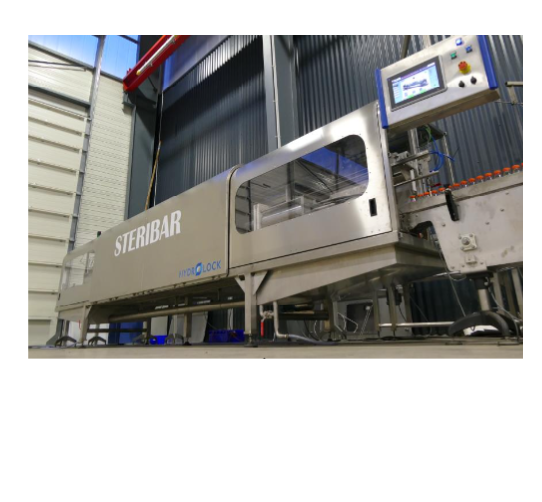
High pressure processing machine for juice
High-pressure processing (HPP) is one of the technologies in the manufacturing ...
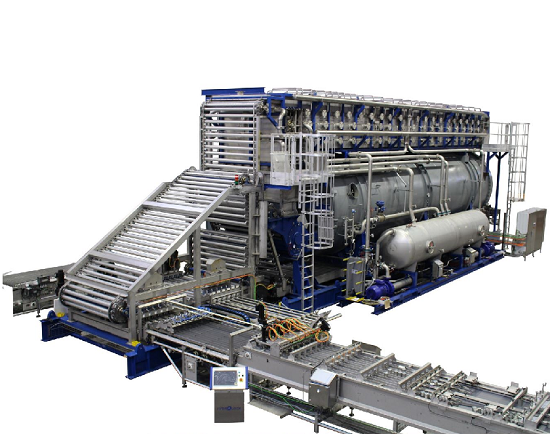
Continuous sterilizer for tin cans and jars
A concern in the coffee industry is maintaining the freshness, taste, and qual...
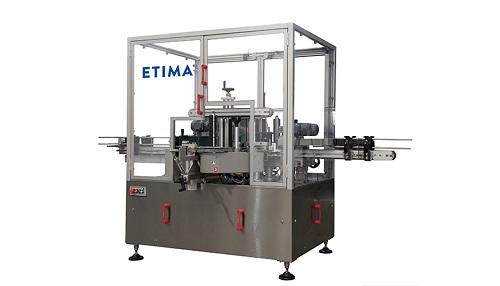
Self-adhesive linear labeling machine for bottles
It is vital to have precise and long-lasting labels on bottles to avoid...
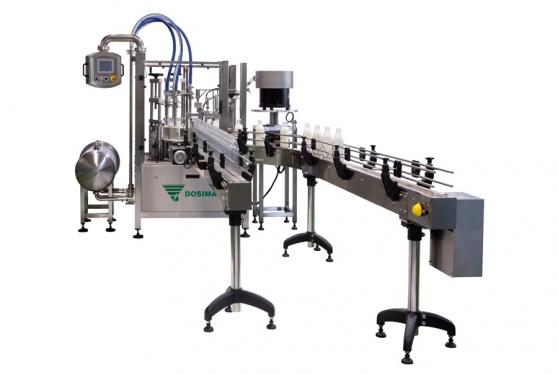
Automatic bottling machine for beverage
One of the biggest challenges when bottling beverage drinks is that many of the bot...
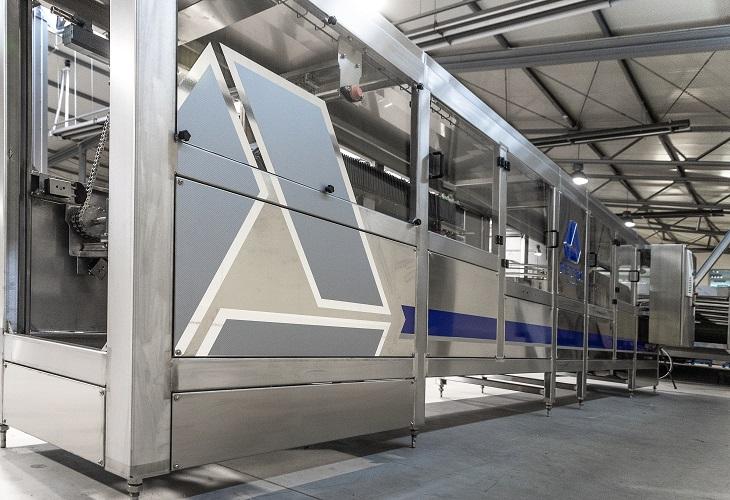
Industrial bottle sterilizer
Sterilization is an important process in the beverage industry to kill microorganisms. It is im...
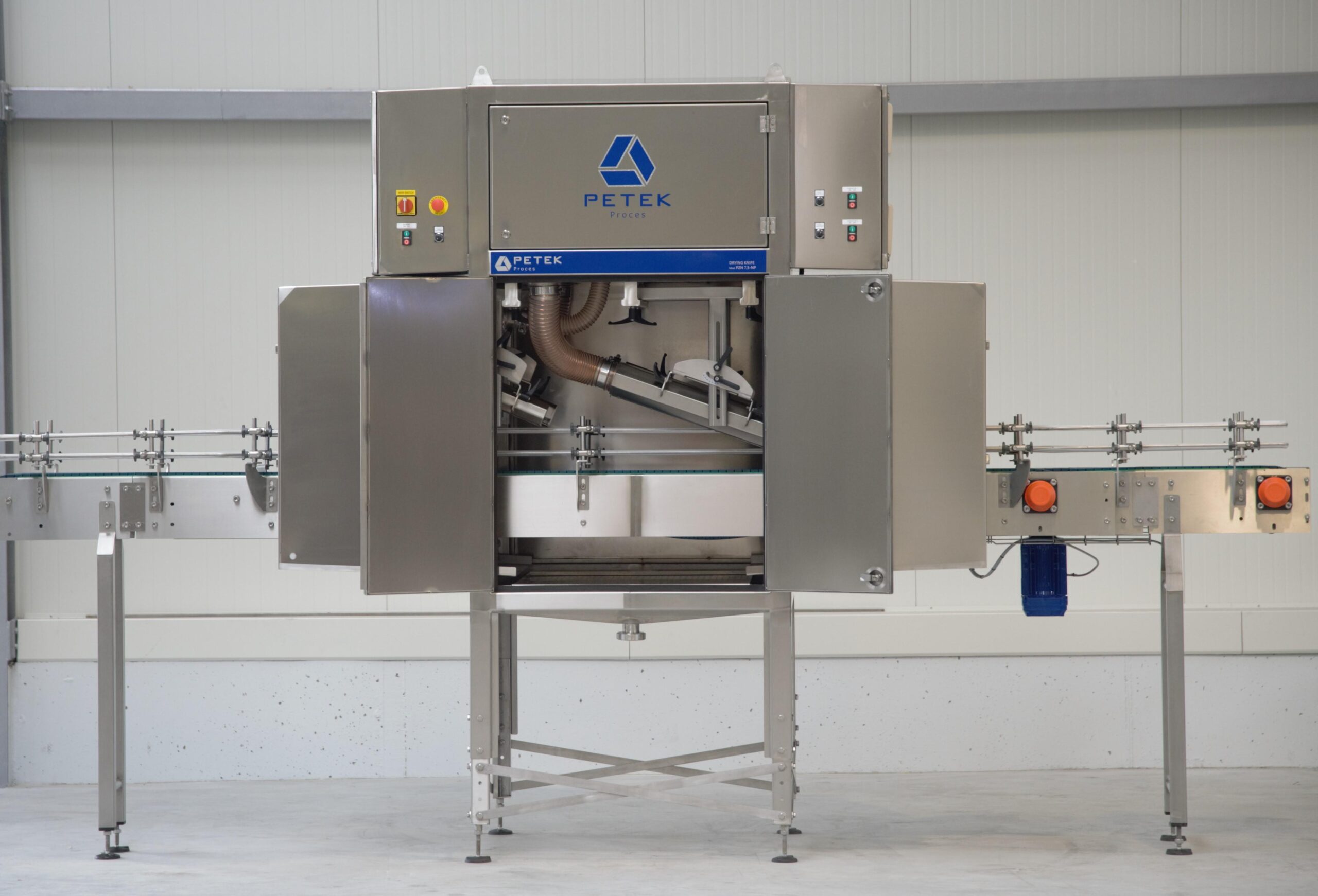
Air knife system for bottling lines
Wet containers are unacceptable and can be problematic in the food and beverage industr...
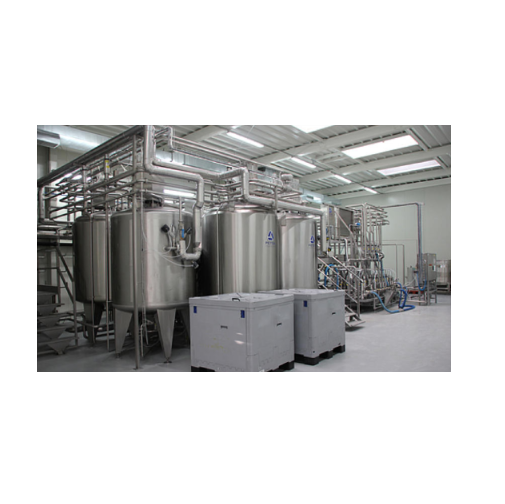
Inline syrup room
The beverage industry requires high-quality syrup. Soft drinks, fruit juices, still drinks, ice tea, flat o...
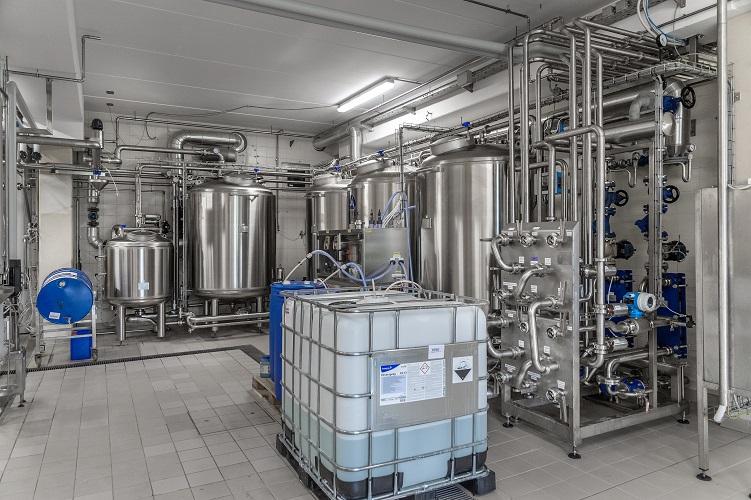
CIP system for beverage
Clean-in-place operations are a mandatory part of food and beverage processing which cannot fail. How...
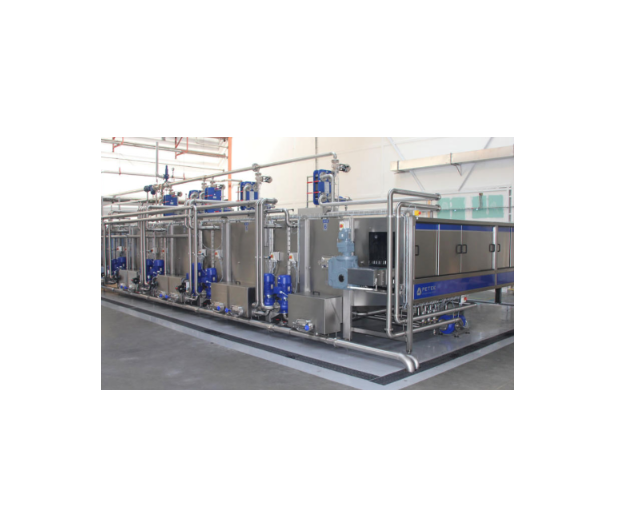
Tunnel pasteurizer for beverage
In the beverage industry, beverages need to be pasteurized in order to destroy pathogens, an...
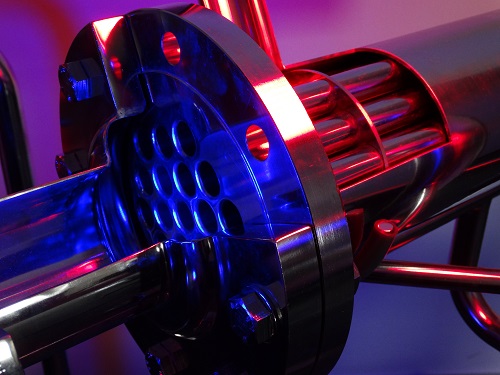
Shell and tube heat exchanger
Heating, cooling and tempering are important processes in the production of many products acro...
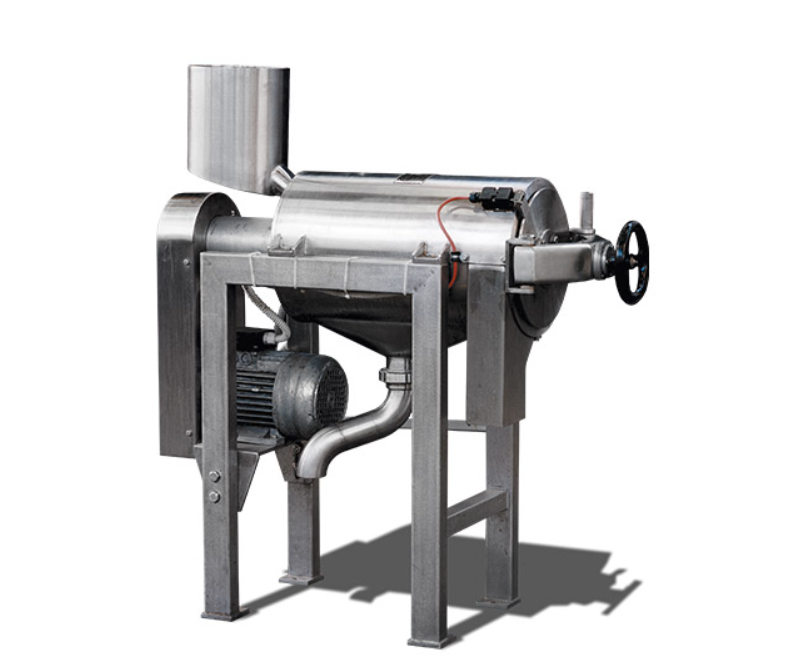
Fruit pulping machine
When making fruit pulp, a pulping machine helps you remove seeds, stems, and skins from your fruit. How...
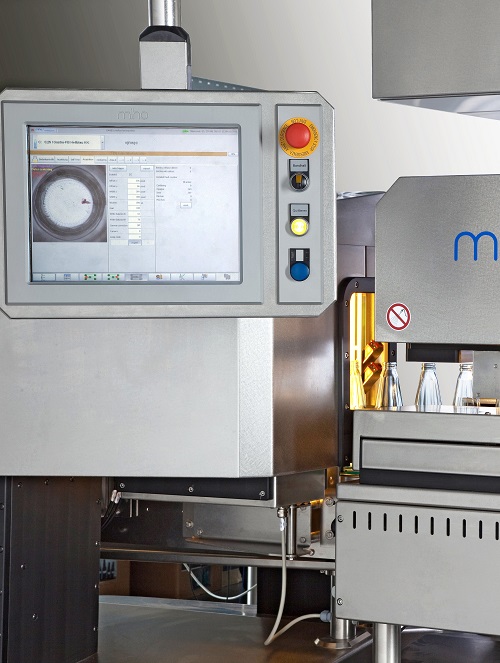
High-end empty bottle inspection system
If you are looking for a system with empty bottle inspection; base, residual liquid...
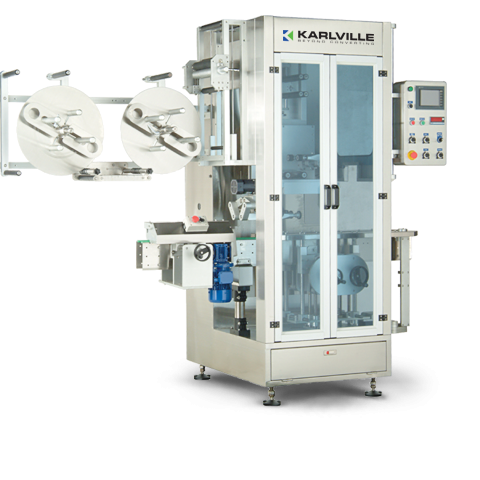
Shrink sleeve applicator - 400 per minute
Flexible medium to high speed application of shrink sleeveing to containers is u...
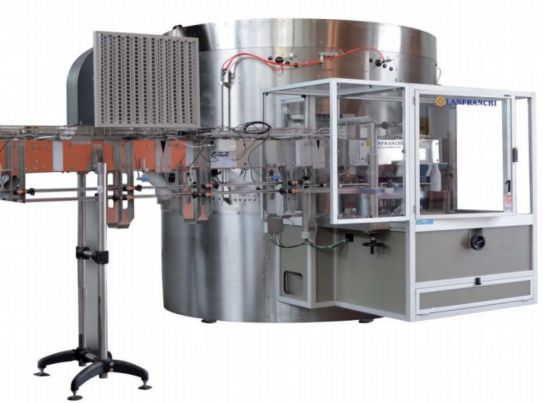
High-speed unscrambler for large bottles
Large volume plastic bottling plants need high-speed unscramblers suitable for lar...
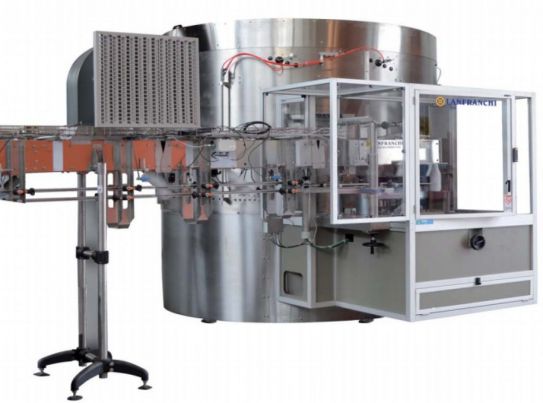
High-speed unscrambler for small bottles
Large-scale production of smaller volume bottled product needs a gentle, accurate ...
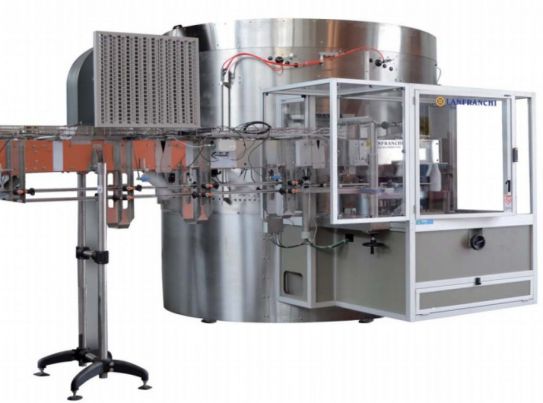
Low-speed unscrambler
Smaller plastic bottling lines need a lower cost, lower volume unscrambling machine that maintains gent...
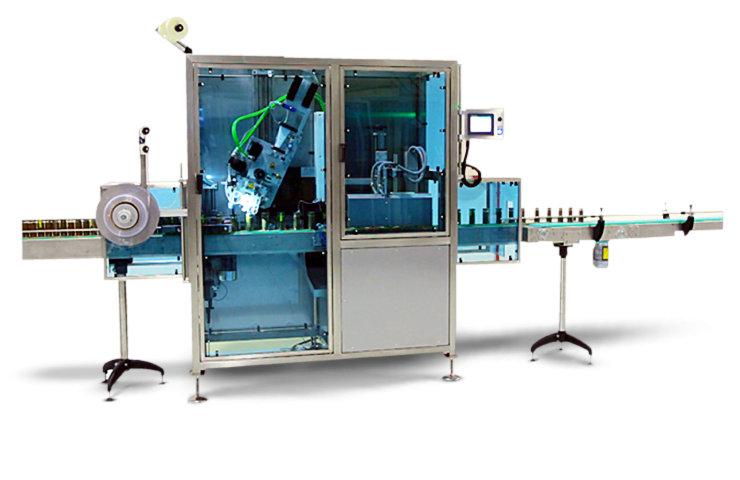
Compact shrink sleeve applicator
Adding tamper prevention to product packaging can be expensive and difficult to set up. Thi...
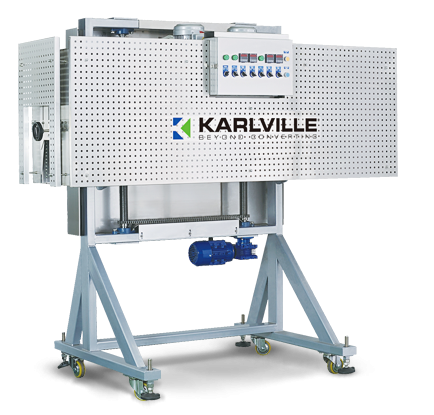
Electric shrink tunnel solution
Adapting shrink sleeve heating tunnels for different applications can be a lengthy and expen...
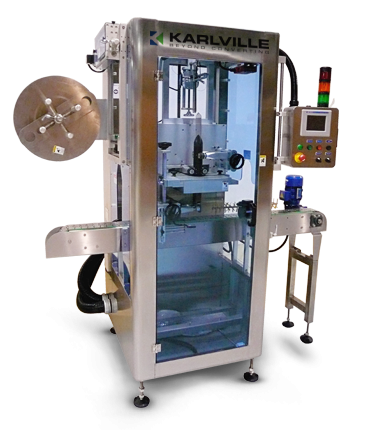
Low speed can sleeve applicator
Flexible automatic low speed application of shrink sleeving to cans is used in various indus...
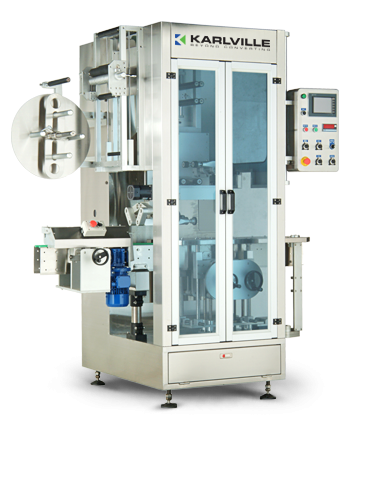
Low speed shrink sleeve applicator
A variety of industries require flexible addition of shrink sleeves to containers on the...
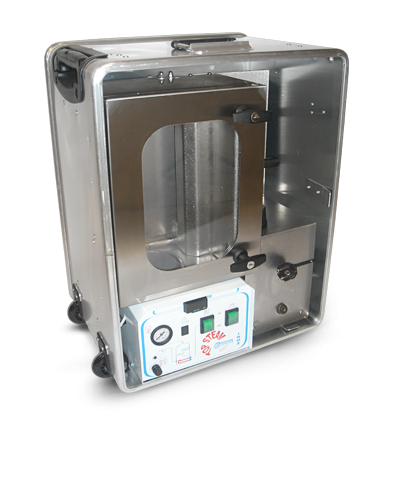
Laboratory size auto-steam shrink system
When managing sleeving projects, fast prototyping and testing can gain massive com...
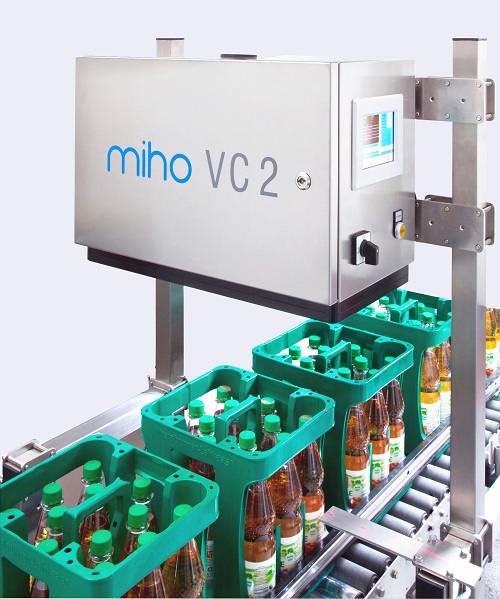
Full crate inspection system
State of the art crate inspection system that uses a laser camera system to see if the bottles ...
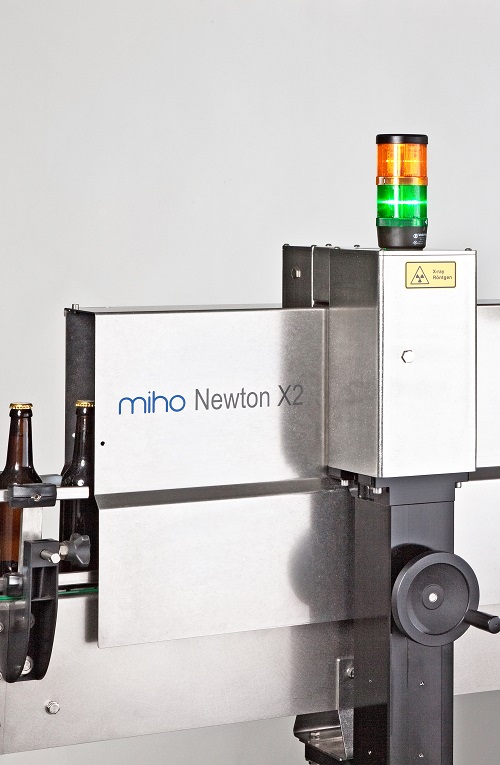
High-precision X-ray fill level controller
High-speed, high precision X-ray system to inspect containers that are difficul...
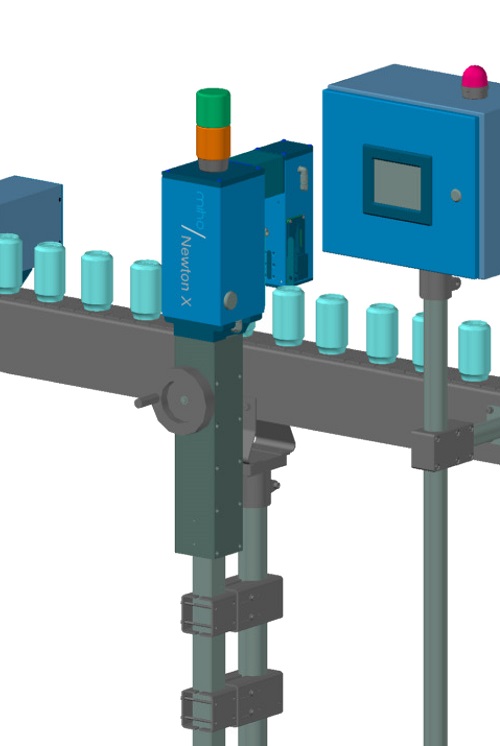
X-ray fill level controller
For containers that are difficult to see through, such as cans or cartons lined with aluminium, ...
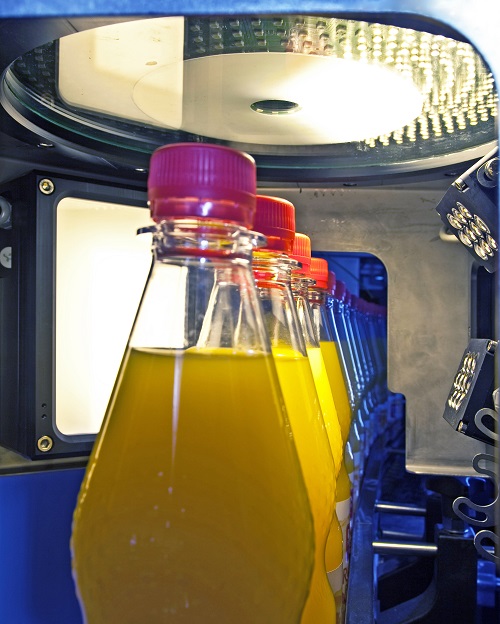
Optical fill level controller
Accurate fill level inspection for transparent, opaque and foaming liquids, that makes sure th...
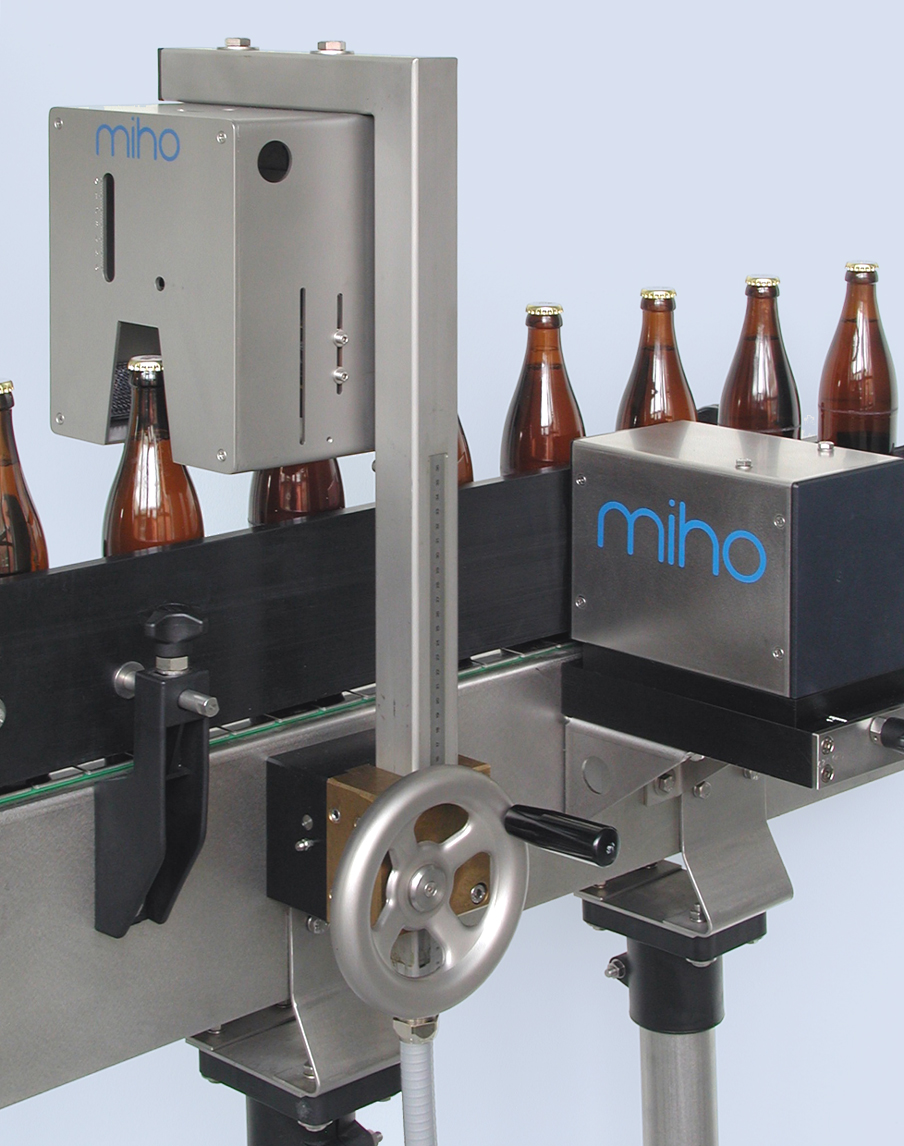
High-frequency fill level controller
In terms of high-frequency technology, the fill level detection is considered a standa...
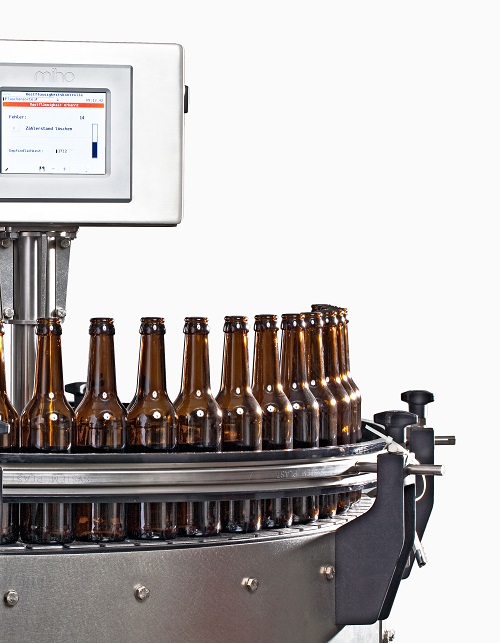
Advanced residual liquid inspection system
Advanced and easy to use inspection system that eliminates the risk of residual...
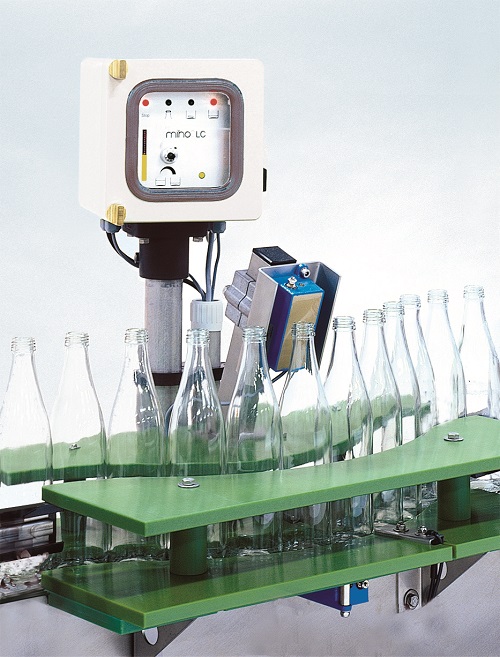
Residual liquid inspection system
Inspection system that eliminates the risk of residual liquid, water or left over drink i...
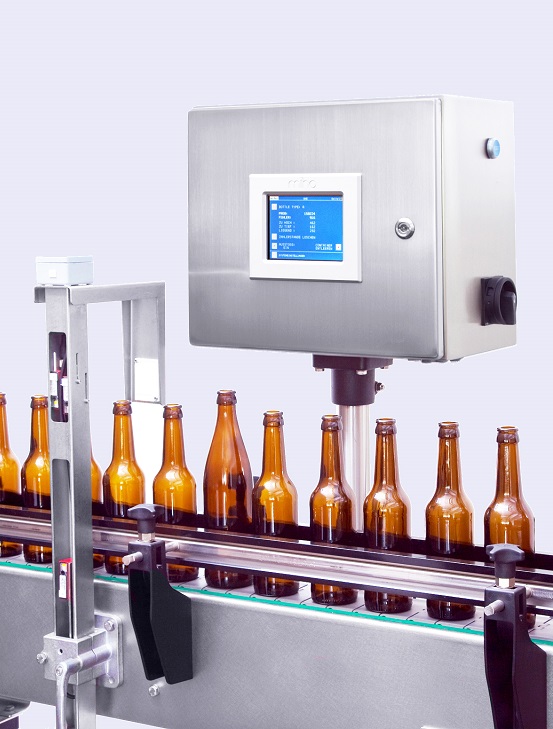
Empty bottle height sorting system
An empty bottle sorting system that uses the light barrier technology. It detects bottle...

